Kyushu 10-Day Solo Travel Guide|Explore Fukuoka, Nagasaki & Kumamoto Efficiently
Discover a streamlined 10-day solo itinerary across Kyushu's top cities: Fukuoka, Nagasaki, and Kumamoto. Overcome planning challenges with practical travel insights to maximize your experience and capture key highlights effortlessly.
点击这里查看本文章简体中文版本。
點擊這裡查看本文章正體中文版本。
This post was translated with AI assistance — let me know if anything sounds off!
Table of Contents
[Travelogue] 2023 Kyushu 10-Day Solo Trip
Kyushu 10-Day Independent Trip: A Quick Tour of Fukuoka, Nagasaki, and Kumamoto
[2024 Update] Second Visit to Kyushu
- Second Visit to Kyushu in June 2024 (9 Days + 2 Days in Korea) Entering Japan Hakata from Busan, Korea via the New Camellia Cruise, Touring Yufuin, Oita, Fukuoka, Shimonoseki, Itoshima, Sasebo
Preface
At the end of August, I officially left Pinkoi after nearly three years. I had been considering leaving for a while. Earlier this year, I decided to take a break and travel to clear my mind, then reassess the situation. So, I went with friends on the trip “[Travelogue] 2023 Kyoto-Osaka-Kobe & 🇯🇵 First Landing” and with colleagues on “[Travelogue] 2023 Tokyo & 🇯🇵 Second Landing”. However, after returning, I felt an even stronger desire to truly break free. Since my tasks were wrapping up, I gathered my courage, stepped out of my comfort zone, and sought my next challenge!
「 [Travelogue] 9/11 One-Day Flash Trip to Nagoya 」was purely accidental. As mentioned in the text, it felt more like a march than a relaxing trip.
Taking advantage of a rare free moment to explore Japan again, the original plan was to go with a friend who is also unemployed on the route 🇰🇷 Busan ➡️ 🇯🇵 Fukuoka ➡️ 🇯🇵 Kumamoto; traveling from Korea to Kumamoto and back. Between Busan and Fukuoka, we could take the Shin Camellia, sleep for 12 hours, and arrive in Fukuoka—essentially combining commuting and accommodation.
My friend started working in September and couldn’t find a new travel companion for a while; I didn’t want to travel far alone, so I gave up the 🇰🇷 Busan ➡️ 🇯🇵 Fukuoka segment and changed to 🇯🇵 Fukuoka ➡️ 🇯🇵 Kumamoto, traveling from Fukuoka to Kumamoto and back.
Starting from October, my schedule is quite scattered, and I also plan to begin looking for a new job in October. So, I set the departure date at the end of September (9/17–9/26).
Summary / Retro
Write the summary and review first. I really liked a quote I saw in a travel group: “Independent travel is constantly paying tuition (spending time or money) to learn. The more experience you have, the fewer pitfalls you encounter.”
👍
Coca-Cola, peach water, FamilyMart’s fruit juice drinks, Qiuyamei plum wine, all delicious!
Japanese professional baseball is worth watching! When buying tickets, remember to buy an entire row with empty seats or seats near the aisle. Cheap seats are fine.
JR Pass is not always cost-effective, but it really saves money in Kyushu! At least over 1,000 TWD saved.
Traveling alone also brought many interesting experiences; for example, helping a Japanese family get souvenirs in Mihara City, a kind foreign sister offering to take photos, a Taiwanese family we met on the boat, a TSMC elder brother who walked Aso with me, helping a stranger family take photos in Kumamoto and then meeting them again at the airport to take more photos, and so on.
Kumamon, the Kumamoto mascot, can be found all over Kyushu (not just Kumamoto).
The entire Kyushu region is very spacious and not crowded. Famous restaurants and attractions rarely require waiting in line, making it very comfortable.
Japanese has slightly improved; can understand numbers (though still need to confirm pronunciation with Google Translate), can understand whether to use a plastic bag; knows phrases for checkout, this one, that’s all, cash, credit card, and tax-free imperative sentences (XXX お願いします).
Travelogue completed!
👎
This time I stayed at a bad hotel:
When booking hotels in Japan, always check the reviews. It’s best to read the low-rated reviews to see if you can accept the issues. Then, use street view to check if the location is convenient to walk around.This time, we spent too many days in Kumamoto; 2 days would be enough. The other days can be spent in Oita. Also, Fukuoka is actually much closer to Kumamoto than to Nagasaki.
In the past, we always found accommodations first and then looked for attractions. Since Kyushu is vast, we should first choose the places we want to visit and then arrange accommodations. This way, we can visit more attractions.The options, prices, and quality of accommodation in Fukuoka are much better than in Kumamoto.
This time I missed the Yufuin festival (I went to Nagasaki that day):
Later, you can check if there is a festival on the date you visit. Everyone recommends the festival; you must go.JR Pass can be used on Shinkansen, but the “Nozomi” and “Mizuho” trains are not allowed; you must pay an extra fare if you take them.
Solo traveling + language barriers can be quite lonely; more often, it’s about quietly enjoying solitude.
Solo travel accommodation is relatively more expensive.
This time, I still rushed through the sights. I should slow down to enjoy the moment and find good food; especially in Japan, famous restaurants are often closed after meal times.
The sun in Kyushu is still strong this season, so make sure to apply sunscreen.
Northern Nagasaki is more popular for Dutch influences and Chinatown, while Southern Nagasaki is known for its distinctive night views.
KKday Promotion
Japan JR PASS|Kyushu Area Rail Pass|North Kyushu & South Kyushu & All Kyushu|E-ticket
Japan Nagasaki | Kyushu Huis Ten Bosch Ticket Huis Ten Bosch
Japan eSIM Card|Daily High-Speed, Total, Unlimited Data Plans
Japan Fukuoka teamLab Forest Fukuoka Ticket — SBI Securities|Check Now
Preparation Work
Walk
Initially, I considered flying into Fukuoka and out of Fukuoka, with a one- or two-day round trip to Kumamoto (which later proved to be the right choice XD, as Kumamoto doesn’t have many attractions and doesn’t require many days). I found a China Airlines flight flying into Fukuoka and out of Kumamoto that was $1,000 cheaper, so I decided on that flight.
Because there was plenty of time, I chose the most luxurious schedule, departing at noon and returning at noon, totaling 10 days including flight time.
Outbound: 9/17 CI 116 16:40 TPE -> 20:00 FUK
Return: 9/26 CI 2195 ( New flight on 9/26 ) 12:30 KMJ -> 13:34 TPE
Price: $10,048
Because Kyushu is vast, I bought the JR Pass Northern Kyushu Rail Pass (5 days), thinking that no matter how much I travel, it would be worth it.
Accommodation (9 nights)
I didn’t think much or research when planning; I just figured I hadn’t been to Fukuoka or Kumamoto, so I split the trip roughly half and half: 5 days in Fukuoka, 4 days in Kumamoto.
Fukuoka 5 Nights — Benikea Calton Hotel Fukuoka Tenjin ( Benikea Calton Hotel Fukuoka Tenjin )
Price: $7,583, $1,516/night
Transportation: From Hakata Station, take the Nanakuma Subway Line to Watanabe-dori Station or take a bus and walk 5 minutes to the destination.
Kumamoto 4 Nights — Green Rich Hotel — Suizenji ( Green Rich Hotel Suizenji )
JR Kumamoto -> Hotel
Hotel -> Kumamoto Airport
Finding accommodation in Kumamoto is very difficult (not sure if it’s because TSMC business trips have booked most places), with limited options, higher prices than Fukuoka, and older facilities; in the end, this was the only relatively affordable hotel found.
Price: $8,157, $2,039/night
Transportation: After exiting JR Kumamoto Station, transfer to the Hōhi Main Line, then take the tram to Shimin Taiikukan-mae Station. Returning to the airport is also very convenient, with direct airport buses available right outside to Kumamoto Airport.
Once the hotel is booked, you can fill out the online Entry Reservation Application.
Joy
The original plan was as follows:
9/17 21:00 Arrive in Fukuoka
22:00 Check in at the hotel, then probably stroll around the nearby outdoor food stalls9/18 Nagasaki (Shinchi Chinatown / Dutch Slope / Glover Garden / Oura Church / Gunkanjima Digital Museum / Meganebashi) not all will be visited + Atomic Bomb Museum + Peace Park + evening at Inasayama Observatory for night view
9/19 Yanagawa and Dazaifu One-Day Tour + LaLaport Fukuoka (optional)
9/20 Mojiko, Kokura Castle One-Day Tour + Yatai Food Stalls
9/21 Shopping in Hakata (Fukuoka Tower, Shrine, Canal City, Tenjin Underground Shopping Mall…)
9/22 Hakata Shopping + Travel to Kumamoto + Suizenji Jojuen Garden
9/23 Kumamoto City, Kumamoto Castle, Meeting Kumamon the Mascot
9/24 Aso Volcano One-Day Tour
9/25 Shimabara Castle, Shimabara Three Shiba Inu (very far, consider)
9/26 10:00 Kumamoto Airport 12:30 Departure for return flight
Go!
This time was also very impulsive: bought plane tickets and booked a hotel on 9/10, planned the itinerary on 9/15, and departed on 9/17!
Day 1 Departure
The 4:40 PM flight allows plenty of time to wake up and leave at a relaxed pace.
After arriving at Taoyuan Airport MRT A1 Taipei Main Station, choose the same pre-check-in option to complete check-in and baggage drop-off at Taipei Main Station. At the airport, you can proceed directly to the departure gate without queuing at the counters ( For pre-check-in information, please refer to the official website ).
This time, I also placed an AirTag in my checked luggage to track its location. It prevents losing the luggage and is very convenient while waiting at the carousel.
Around 13:00, arrived at the airport and wandered around after clearing immigration.
I casually ate an expensive but ordinary spicy chicken dish, then checked the luggage area; my luggage was also checked through to the airport.
After eating, it was only about 14:30, so I casually bought a Japanese book to cram at the last minute.
Encountered another plane on the wrong runway, causing the entire airport to reset; the plane circled around before takeoff, resulting in nearly a 30-minute delay; sat on an old plane with a very small screen.
China Airlines partners with Wu Tong Hao to create the cutest dessert in the sky, featuring Dinotaeng, the adorable short-tailed kangaroo. The osmanthus oolong tea is also quite tasty.
Due to a flight delay, I left the airport around 9:00 PM.
After leaving the airport, you will see a sign indicating the direction to go and which bus stop to wait at. Besides Hakata, you can also reach other destinations. For reference, check this article or the official website. If you are heading to a distant place, be sure to check the bus schedule in advance.
Originally planned to take Line 2 direct to Hakata Station, but it seemed the last train on Line 2 was still an hour away (I forgot), so I switched to Line 1 to Fukuoka Airport Domestic Terminal (Fukuoka Airport Subway Station), then took the subway to Hakata and transferred to the Nanakuma Line to Watanabe-dori Station.
Hello Fukuoka!
The left side of the second photo is the hotel where we will be staying.
Hotel mini review: Overall, it feels a bit old, with dim lighting, average soundproofing, and the air conditioning makes some noise. However, it is still clean and tidy. I do regret not spending a bit more to stay at the nearby APA chain hotel.
Originally planned to visit the street stalls on the first night, but was too tired and ended up grabbing a quick meal at a convenience store to rest early for tomorrow’s itinerary.
Day 2 Nagasaki
View of Fukuoka city from outside the bed early in the morning.
Hakata Station
Taking the subway to Hakata is too indirect. It’s faster to walk to Watanabe-dori and take a bus to Hakata.
After arriving in Hakata, first go to the manned counter to exchange your JR Pass (show your passport) and reserve a seat for the trip to Nagasaki. There are many foreigners exchanging JR Passes, and the wait was nearly an hour. It is recommended to go early or exchange it in advance.
The JR Kyushu Pass still requires manual exchange at the counter. Please line up early to exchange it. If Hakata Station is too crowded, you can consider exchanging at nearby stations for a faster process!
I bought a five-day pass, which starts from the day of exchange. You use the pass (with the date and amount) to enter and exit stations. The reserved seat ticket only shows your seat location and cannot be used to enter or exit stations. Keep the pass safe, as you’ll need it for all five days. If lost, it’s gone!
The trip from Hakata to Nagasaki has two segments. You first arrive at Takeo Onsen, then transfer to another train to Nagasaki. The transfer is on the same platform, and the train schedules are well coordinated. Basically, you just get off and walk across to the other side to board the next train.
While waiting for the train, I noticed that trains in Kyushu all have unique characteristics!!
The seat is spacious and comfortable, with a window view to enjoy the scenery.
Estimated driving time: about 1 hour 50 minutes
A Small Episode: Successfully Completing a National Diplomacy ✅
Sitting next to me was a family: a dad and mom with two kids going out to play. Halfway through the ride, one child suddenly vomited. Seeing that the dad had no tissues and was using a newspaper to clean up, I handed him some tissues and wet wipes.
When I was about to get off, my dad gave me a souvenir from Sanyuan City (shrimp rice crackers).
Nagasaki Station
After leaving Nagasaki Station, the weather was great! I was worried it might rain today.
After exiting, take the tram towards Nagasaki.
Nagasaki (South)
The first stop is to head south to Nagasaki Shinchi Chinatown for a visit.
It might be a unique attraction for foreigners, but it’s quite normal for Chinese visitors. Inside, they sell Nagasaki-style gua bao, nagasara udon, qiangbang noodles, xiaolongbao, and more. However, I wasn’t very hungry at the time, so I just walked around and left.
Walking all the way to Glover Garden, we also passed by the Confucius Shrine XD
After passing through the Dutch Slope (which is just a slope), take the escalator up to Glover Garden Entrance 2. The entire terrain is a large hillside facing the sea.
A quick stroll through Glover Garden reveals architectural styles and interior decorations very similar to Tamsui Fort San Domingo, as both were built by the Dutch.
Don’t forget to redeem your free photo; from here, you can also view the cruise ships at Nagasaki Port.
On the way down the mountain, we passed by Ōura Catholic Church. We didn’t go inside, just took a photo and left.
I bought a Nagasaki-style gua bao to try, but I still think Taiwan’s version tastes better!
On the way back north to the Nagasaki Atomic Bomb Museum, we stopped at Meganebashi Bridge to take photos. The reflection in the water from the front view is really beautiful. It’s worth a shot if you have time.
Nagasaki (North)
Visiting the Atomic Bomb Museum evokes a deep sense of immersion and reflection. The venue features many scenes (from the time of the explosion or immersive settings), installation art, historical materials, and interviews; allowing visitors to fully immerse themselves in the historical atmosphere and reflect on the horrors and cruelty of future wars.
After leaving the museum, walk straight ahead to reach the atomic bomb explosion site, Peace Park.
Colorful paper cranes are hung everywhere on the streets (including the Atomic Bomb Museum) as symbols of prayers for peace.
Mount Inasa Night View
After leaving Peace Park, stop by Komeda for a short break to prepare for the evening visit to Mount Inasa night view, one of the world’s top three night views.
Check the bus schedule; it’s better to get off a stop earlier at the bus stop near the base of Mount Inasayama cable car (Fuchu Shrine Station), then stroll to the station to wait for the bus.
The bus was delayed, which was frustrating. This small stop had no electronic display, and Google Maps showed the bus had left, but I didn’t see it. After waiting over 5 minutes, I thought maybe there were no buses today, so I quickly checked for other nearby stops with buses to Yuanshen Shrine. Then I walked another 10 minutes to a different stop and took another bus to get there.
Funny thing is, halfway there I saw the delayed train arrive… but it was already too late Orz
After getting off, directly opposite is Fuchi Shrine. Walk straight up and pass through the kindergarten to reach the Nagasaki Cable Car (Fuchi Shrine Station). Since we didn’t plan to stay late, we bought a round-trip ticket (cheaper). However, if you stay too late, the cable car will stop running, and you’ll have to take the bus back.
A bit Wulai -> Yun Hsien Resort Fu.
After getting off the cable car, there is another scenic cable car you can take, but I didn’t try it and walked straight towards the observation deck.
Forgot to take a photo of the observation deck. It is a 360-degree tower offering panoramic views of Nagasaki city, the port, and the mountains, and there is no admission fee. You can watch the sunset over the port in the west and then enjoy the city night view in the east.
The observation deck is spacious, so you don’t have to worry about crowds.
After sunset, you can see the entire Nagasaki city and station night view, which is very beautiful.
One last look at Nagasaki Station’s night view, then buying Nagasaki Castella as a souvenir (later found out it’s also sold in Hakata, with a shelf life of about 12 days, so it would have been better to buy it later…), and getting ready to return to Hakata.
Encountered a delay again, this time with JR (signal failure); the train was delayed almost an hour before arriving at Hakata (already exhausted). The driver drove fast, making the ride feel very shaky.
Bought some late-night snacks and went back to the hotel to rest.
Day 2 Yanagawa and Dazaifu Day Trip + LalaPort Fukuoka
In the morning, go to the Fukuoka (Tenjin) Tourist Center to buy a one-day pass ( Available at Fukuoka Tenjin, Yakuin, or online ). You can calculate to see if it’s cheaper.
KKday 【Kyushu Tickets】Dazaifu Yanagawa Tour Package (Pick up at Taoyuan Airport)
Additionally, two coupon books will be given, one from Dazaifu includes a voucher for a free plum branch cake.
The order is flexible, but the boat tour has a time limit and ends after 2 PM; so just follow the schedule: Fukuoka -> Yanagawa -> Dazaifu -> Fukuoka.
After buying the ticket, go to the manned window and show your ticket to the station staff. You can then enter the station and board the train directly (no seat reservation needed) to Yanagawa.
Drive time: About 1 hour 10 minutes
Yanagawa Boat Tour
After exiting, you will see staff wearing white vests (if not, you can ask at the nearby service center). They will give you a map, return route, timetable, and directly guide you to the shuttle bus to the ferry terminal.
Exiting also requires manual ticket inspection, and the station staff will tear the ticket from Fukuoka to Yanagawa Station.
Originally, I thought I could walk based on the distance, but as soon as I exited the station, staff were there to guide me attentively, so I decided to take the bus.
Waiting at the boarding area for the next boat, I happened to find a Taiwanese family traveling ahead of me. I joined them, and we chatted along the way (since I was traveling alone and don’t speak Japanese XD, I barely talked to anyone in Kyushu).
The water is very clean. This season, the greenery is less vibrant, so it’s not as beautiful, but there are fewer people.
The boatman will introduce the passing sights along the way and sing songs (most Taiwanese people have heard them, many are old classics).
When crossing the bridge, the boatman asks everyone to lower their heads to avoid hitting anything, which is quite interesting; there is little shade along the way, so it can be a bit sunny.
There is an ice shop along the way that sells fruit ice, perfect for cooling down; the boatman also gives each person an ice pack to help stay cool (very thoughtful).
Chatting along the way with the dad from the Taiwanese family we grouped with earlier, I ended up getting a business card.
After getting off the ship, I couldn’t find a seat on the free shuttle bus and mistakenly queued for another shuttle (not the West Rail ticket shuttle), so I was refused boarding; it’s better to study the pickup points on the map (Chuanliu Wharf (Okinobata)) or just ask directly for faster help.
I later took the bus back to Nishitetsu Yanagawa Station.
Dazaifu
To go from Yanagawa to Dazaifu, you need to transfer at Nishitetsu Futsukaichi Station to a train bound for Dazaifu (you must change to a different platform).
Travel time: about 1 hour
Take the Traveler train to Dazaifu, passing through Gojo (2.5 stops, sigh QQ); it’s somewhat like the route from Beitou to Xinbeitou, with only one train running back and forth.
There is a carriage section displaying Dazaifu artifacts and offering postcard writing. You can check it out.
Dazaifu Station is also very beautiful, and the Lawson outside has a strong Japanese vibe.
On the right side after exiting is the world’s only pentagon-shaped (Japanese certified) Ichiran Ramen bowl.
After finishing ramen, try a plum branch cake. It’s not really related to plums, more like a red bean grilled mochi. It tastes best when freshly made, with a crispy outer layer. Delicious!
I forgot to use the refund voucher that came with the West Rail pass and ended up buying one myself for 150 yen; since the validity is only one day, I can’t take it back to Taiwan.
Continuing from Omotesando towards Dazaifu, you will pass one of Japan’s most beautiful Starbucks. The space is quite large but also crowded, so I left without stopping.
The bridge leading to the shrine should be great for photos at night with few people around. If there are too many people, the shots will be random and messy.
After the visit, return to Dazaifu Station and head back to Fukuoka Lalaport.
Fukuoka Lalaport
Take the train from Dazaifu Station back to Futsukaichi, then transfer to a train heading towards Hakata. Get off at Ōhashi (Fukuoka), exit the station, and turn left to the boarding area to find the direct Lalaport shuttle. Just one stop away is Fukuoka Lalaport.
Total travel time: about 50 minutes
Right upon arrival, you see the huge Gundam of Fukuoka outside.
Lalaport is very large, great for shopping, and family-friendly; upstairs there is a big playground where kids play and some people lie down to rest.
Upstairs, there is a Jump Shop selling merchandise related to Weekly Shonen Jump, including Haikyuu, One Piece, Hunter x Hunter, Jujutsu Kaisen, Chainsaw Man, and more. I bought some Jujutsu Kaisen items.
Tax refund is available for purchases over 5,000 yen, but it seems the refund goes to their app or something similar, which is a bit complicated. Also, food items are not included.
Went to the food court to eat Miyazaki beef bowl. On the way out, bought some late-night snacks to take back (curry bread, Jusui-an daifuku).
The Gundam glowing at night is still quite impressive.
For the return direct bus, do not board at the original drop-off point. Follow the signs inside the venue and board directly at the bus stop within the venue.
Returned to the hotel to rest, using my own tablet (the TV is too old and not smart); the curry bread is crispy and delicious, with meat filling inside. The daifuku is also good, but I prefer Benzaiten.
Day 3 Mojiko, Kokura Castle, Hakata Canal City, Nakasu Yatai
Early in the morning, head to Hakata Station, take the JR train to Mojiko, then return to Kokura Castle.
Hakata to Kokura Transportation
A Minor Incident
Without checking Google Map carefully, I took the Shinkansen Nozomi 20, which is not covered by the JR Pass. When exiting, the gate wouldn’t open, and after staff assistance, I had to pay an extra 2,160 yen to exit. But it was really fast—this train reached Mojiko in just 15 minutes.
Mojiko Port
Arrived at Mojiko safely (was worried about getting fined).
Exit and walk forward to reach Mojiko, which is completely empty on weekdays; just in time to see the Blue Wing Mojiko Bridge lowering.
After putting it down, you can walk back to the observation tower behind, overlooking the entire Mojiko.
Just stepped out and took a walk around Mojiko.
For lunch, we had the famous curry yaki from Mojiko.
Kokura Castle
Moji is very close to Kokura, but Kokura is a small station. Outside the station is quite barren, and I even took a big detour looking for the Kokura entrance. Actually, the entrance is right on the mall side outside Kokura.
Kokura Castle is quite small, but there are many exhibits inside. However, the view from the main keep is rather ordinary (facing the front, you just see the mall).
After the visit, I returned to the station to take the train back to Hakata. I took the JR as planned, but since it was a small station with only local trains, it took over an hour to get back slowly.
Hakata Canal City
Since it was still early to return to Hakata, we went to Hakata Canal City and strolled around the city.
Without checking specifically, I originally thought it was some kind of “castle” or “moat,” but it turned out to be a department store XD. There really is a “moat” with a water dance show.
There are many places to explore here, including a Jump Shop.
It was still early, so I wandered out to eat at Hakata Gion Iron Pot Fried Dumplings.
The skin is crispy and the inside is juicy, very delicious; because of the language barrier, the auntie at the shop cutely used gestures, miming a big belly to indicate 2 portions (1 portion has only 8 pieces, 2 portions with 16 pieces are filling). At the time, I didn’t realize this, so I only ordered one portion plus Hakata’s famous mentaiko.
Nakasu Yatai
After eating, before it got dark, I took a stroll along Nakasu Yatai.
It was still early, so I went to shop at Tenjin’s department store (Parco) first and planned to return to see the night view after dark.
Upstairs has Animate and you can get Gojo Satoru on your first gacha pull.
The night view of Nakasu yatai gives a lively, bustling atmosphere.
Flashy and eye-catching Japanese-style advertising signs.
Nakasu Yatai is the roadside food stalls on this side, bustling with people; they offer ramen, oden, and grilled dishes. Nothing particularly caught my interest, so I didn’t go in to eat.
Return to the hotel to drink, have a late-night snack, and rest.
Day 4 Sumiyoshi Shrine, Kushida Shrine, Tenjin Underground Shopping Mall, Fukuoka Tower, Fukuoka SoftBank Hawks Baseball Game
One-day walking tour in Fukuoka: after leaving the hotel, first walk to the nearby Sumiyoshi Shrine.
Sumiyoshi Shrine
It’s small, so I probably wouldn’t go out of my way unless it’s nearby.
Passing through Hakata Canal City again to head to Kushida Shrine.
I saw a food truck parked in the morning on the street. It was so small and cute.
Kushida Shrine
Kushida Shrine is relatively large, and I also drew a fortune slip. For job hunting, it said “sudden success,” which gave me new hope for work.
There is a display of the Hakata Gion Festival portable shrine, which is very large and spectacular.
Continue strolling in Fukuoka, and at noon, head to ハカタミヤチク (Japan’s No.1 Miyazaki Beef Specialty Store Hakata Miyachiku) to taste Miyazaki beef.
This Miyazaki beef steak with beer costs around NT$650, tasty and affordable! The Miyazaki beef is juicy and has no off-flavors.
Tianshen Underground Street
After lunch, we wandered around Tenjin area and Tenjin Underground Shopping Mall, buying souvenirs like chick-shaped cookies and cakes. We also went to a supermarket to try the popular Muscat seedless grapes.
Wandering around Tenjin, I spotted a wild Kumamon director.
First, return to the hotel to drop off the souvenirs you bought and rest for a while, then head to Fukuoka Tower and watch the baseball game.
Fukuoka Tower
Take a bus from the city center to Fukuoka Tower.
Fukuoka Tower features a full mirror design, which looks stunning from the outside. I think it’s even more beautiful than the Tokyo Skytree!
(Thanks to the passerby lady for taking the photo)
However, since the tower is located on the outer edge of the city by the sea, the view from the top is average; the night view is uncertain.
After leaving Fukuoka Tower, slowly walk to the previous stop, which is Fukuoka PayPay Baseball Stadium, where you can feel the scent of the sea.
Fukuoka SoftBank Hawks Baseball Game
There are many people (about 70% full), but tickets are still available on-site.
Ticket Buying Anecdote
When buying tickets, I encountered an older man at the counter. I saw a foreigner nervous and trembling because of the language barrier; I got nervous too XD. In a moment of brain fog, I chose a reserved seat in the last row of the front stand, right in the middle (with people seated on both sides). It was super awkward entering and exiting since I had to say すみません (excuse me) all the way through. The seat was also very small, squeezed among Japanese people. I didn’t speak a word of Japanese, which made it even more awkward… I sat properly and seriously watched the entire game.
The ticket price is nearly 1,500 TWD. I think I’ll just buy the cheapest lousy seat and watch comfortably by myself.
I have to say the dome’s visual effects (being very close to the field) and the large screen animations are excellent.
The cheering tradition of the Fukuoka SoftBank Hawks involves inflating balloons by hand pumps during the top of the 7th inning and then releasing them. As for the trash… no one worries about it at first, but eventually someone cleans it up.
The home team won 4:2, more exciting than the CPBL. Pitchers consistently threw around 145 km/h. Every inning had offense and defense, with few quick three-up three-down innings. Yet, the pace of the game was fast and felt very smooth.
However, when it comes to cheerleading, Taiwan still has a richer scene than Japan.
Home team wins will have fireworks inside the Big Dome, very cool!!
Bought a SoftBank Hawks towel as a souvenir to mark the visit, also resolving the embarrassment of last time when the Hanshin Tigers Koshien Stadium tickets were sold out and I couldn’t get in.
There were many people leaving, but no one stood too close and everyone walked slowly. I followed the crowd all the way to the nearest subway station, Chinatown Station, because the bus line seemed very long.
Resting at the hotel and trying the musk seedless grapes bought in the afternoon. They are very sweet, maybe a bit too sweet.
Day 5 Kumamoto (Kumamoto Castle, Tsuruya Department Store)
Checked out early in the morning and walked around the Yakuen area near the hotel.
Nothing special found, just had McDonald’s (a McMuffin with egg and iced Americano for only $107), then came back to get the luggage and prepare to take the JR train to Kumamoto.
Finally, said goodbye to this hotel. The lobby has Fukuoka SoftBank Hawks dolls, and outside there is a 🇹🇼 flag, which is quite impressive because next door is a Friendship Convenience Store run by Chinese people, with many Chinese customers.
Fukuoka Hakata -> Kumamoto
Booking a seat at the station’s electronic kiosk. Since it’s a bit far and I’m carrying luggage, I decided to reserve a seat.
According to the manual for seat selection, in short:
Choose language first, choose language first, choose language first (otherwise, you cannot change it after inserting the card; you must exit and start over)
Insert JR Pass card
Select departure and arrival stations (search by English station names)
Select Schedule and Seat
Completed
There are station staff on site to ask if you have any questions. Originally, there was a train departing in 15 minutes with no seats available, so I could only buy a ticket for another train departing 45 minutes later.
Luckily, I didn’t buy that train. It takes about 10 minutes to walk from Hakata Station to the Shinkansen platform heading to Kagoshima (via Kumamoto). The route is a bit roundabout and far, so it’s too tight on time.
Used it up just before the last day of the JR Pass expiration.
I was initially worried that my 27-inch suitcase (about 69 x 50 x 29 cm) might not fit on the overhead luggage rack, requiring me to buy a special large luggage seat, which is mandatory if the three dimensions exceed 160 cm.
A 27-inch suitcase is too tight to place by the feet and may block the neighbor. Testing shows it fits stably on the luggage rack, but you still have to lift it up. Choosing a window seat risks blocking aisle passengers when placing or retrieving luggage. Fortunately, a kind Japanese gentleman offered his seat so I could handle my luggage.
Upon arriving in Kumamoto, I immediately saw the giant Kumamon. First, I took the JR and subway to the hotel to drop off my luggage (Shiritsu Taiikukan-mae Station).
Kumamoto is full of Kumamon everywhere….
2024–11–16 Update: ⚠️⚠️
Kumamoto Prefecture Public Transportation: Kyushu Sanko Bus, Sanko Bus, Kumamoto Bus, Kumamoto City Bus, and Kumamoto Electric Railway no longer accept Suica, PASMO, ICOCA, or other transit cards for fare payment. Currently, only cash is accepted. Credit card payment may be introduced in the future. Please take note. ⚠️⚠️⚠️
⚠️⚠️⚠️⚠️
Kumamoto Castle
After checking into the hotel, take the tram to Kumamoto Castle (get off at Tsuromachi-suji Station).
You can first visit Sakura-no-Baba Josaien (forgot to take photos) to stroll and recharge. You can also buy Kumamoto Castle tickets here. There are few people around, unlike at the Kumamoto Castle entrance where groups can cause crowding.
Tickets available: Kumamoto Castle 800, Kumamoto Castle + the building behind it (Historical and Cultural Experience Yuyuza) 850, Kumamoto Castle + the building behind it (Historical and Cultural Experience Yuyuza) + Kumamoto Museum 1,100.
I bought the Kumamoto Castle + Yuyuza ticket, thinking it was only 50 yen more. After walking around, I found it just okay. It includes additional exhibitions inside Kumamoto Castle and earthquake-related artifacts, which are good for photo opportunities and experiences.
Kumamoto Castle’s main keep was fully restored and reopened in 2023, while other buildings are still under repair (cranes can be seen).
The new plan is to create a skywalk, following the route all the way to Kumamoto Castle.
After reaching the castle tower, you can see the skywalk stretching along the path.
Aerial view of the plaza in front of Kumamoto Castle and the historic site under ongoing repairs in the back.
Earthquake aftermath scenario model.
Next to the square, the souvenir shop has a Kumamoto Castle model, completing my collection of the three famous castles!
Return the same way to the ticket area and visit Yuyuza; inside there is a model of Kumamoto Castle and a Lego version of Kumamoto Castle, which is very cool.
Due to bad weather, we did not detour to the museum or Kato Shrine.
Walk back to Tōrimachi-suji Station, where you’ll find Kamitori Shopping Street and Kumamoto’s local Tsuruya Department Store. The east wing’s first floor of the department store houses the recently renovated Kumamon Square (Kumamon Chief’s Office).
While wandering around the shopping street, I happened to come across a Kumamon x Traffic Safety public event and received a Kumamon tote bag.
This area is not very fun to explore and quite boring; only the Tsutaya Bookstore and the MUJI building are worth visiting. As soon as you get off at Kumamoto Station, you can feel there are many elderly people and few young people. The local Tsuruya Department Store mostly caters to the elderly, selling mainly women’s clothing and household items, with fewer products for young people.
Went to the Kumamon merchandise store at Tsuruya Department Store to buy some Kumamon items (more styles than Kumamoto Plaza), then went to the department store’s underground shopping area to buy alcohol and food (dinner + late-night snacks) to eat back at the hotel.
香露 is a local Kumamoto sake recommended by the shop. It is sweet and smooth to drink, but I feel it lacks a strong rice flavor.
It is worth mentioning the hotel. In the past, I didn’t pay much attention to reviews; I just looked for ones with around 3 stars or higher. This hotel’s soundproofing was poor, and the entire floor was occupied by elementary school graduation trips. For two consecutive days, the doors kept slamming loudly morning and night, which was very disturbing.
After checking the detailed reviews on Google/Agoda, I felt a strong sense of resonance.
Poor soundproofing seems to be a common issue in old hotels, which I can tolerate (I bring earplugs); however, the hotel’s WiFi, as previous reviews mentioned, is just a sham.
The WiFi signal covers the entire area, but even with full signal strength inside the room, the speed is very slow and web pages won’t load. You have to stay close to the door for the internet speed to be normal, which is almost like having no internet at the hotel.
The price is also not attractive. It’s better to stay in Fukuoka; for the same price, you can directly book APA in Fukuoka.
After this experience, I realized that even Japanese hotels require checking reviews…
Really, aside from convenient transportation to the airport, there are no advantages. There are no convenience stores nearby (you have to walk more than 10 minutes to find one).
Day 6 Suizenji Jojuen Garden, Kumamon Square Performance, Hanabata Plaza, Sakuramachi Shopping Center
In the morning, I went out and walked straight to Suizenji Jojuen Garden across the street.
Suizenji Jojuen Garden (Izumi Shrine)
It has a vibe similar to Banqiao Lin Family Garden. The place is very clean, the water is clear, and there is a small Mount Fuji, a Suijin Shrine, fat koi fish, and cats.
Kumamon Square Performance
After walking, take the tram to Suidomachi and head to Kumamon Square (visited yesterday).
Inside, there are Kumamon-themed items for photos, and outside, a monitor shows the inside situation.
Because it was still early before the 11 o’clock performance, we first went to the neighboring Tsuruya Department Store to find something to eat.
You can check the performance schedule on the Kumamoto Square official website (times may vary, but there are usually three shows on Saturdays).
Passing by the first floor of Tsuruya Department Store, I also spotted a department head sadly playing the piano as a part-time job.
Went to B1 to try the locally famous Fengle Mantou, a thick-filled wheel cake. It comes with two fillings: white bean and red bean. Those who love sweets will really enjoy it. Paired with coffee, it makes a perfect breakfast.
Return to Kumamon Square around 11 o’clock to wait for the performance. There is no need to draw lots now; just enter before the show starts. After the time passes, you can only watch from outside on the monitor. If you have children, you can sit inside.
Before the performance, the rules will be explained, such as: no hitting Kumamon, no raising cameras above the head when taking photos (it blocks those behind), according to Japanese law faces must be pixelated, and everyone is welcome to upload to SNS.
The performance lasts about 30 minutes. The host, a young lady, will speak on behalf of Kumamon (entirely in Japanese). The program roughly includes greeting everyone, sharing fun facts about Kumamoto, dancing (to the catchy song above), and saying hi to people from different countries. (This event has the most Taiwanese attendees XD).
Kumamon is very cute, with big and entertaining movements.
The merchandise sold inside the square is limited and relatively expensive, so I didn’t buy anything here.
After watching the show and nearing noon, we walked down the shopping street to eat at Katsuretsu-tei Shinsaigai Main Store. Stepping outside the shopping street, the atmosphere instantly shifted from child-friendly to adult-only, with a whole row of free guide shops (the same on the other side at Kumamoto Ginza Street).
Extra thick Juice pork cutlet rice, with a special side of their pickled vegetables (shared, self-served, remember to use the red chopsticks). Everything else is like eating Japanese pork cutlet in Taiwan, with a grinding stick and sesame seeds to make your sauce; rice, tea, soup, and cabbage are all free to refill. Ate two bowls of white rice in one go, very satisfying.
Flower Field Plaza
After eating and drinking enough, continue walking down the shopping street towards Hanabatake Plaza.
It happened to be Saturday when there was an event at the square, Food Summit 2003, with food stalls all around. A stage was set up in the middle for a breakdancing performance.
Bought a glass of sparkling wine and grilled sausage, sat down to watch the show. The sausage wasn’t flavorful and not as good as in Taiwan.
Halfway through eating, I accidentally hit someone in the audience, which was a bit scary but very immersive; later, it got too hot, so after finishing, I left and went to the Sakura Town Shopping Center behind to browse the department store.
Hanabatake Plaza seems to have events every weekend. You can check ahead before visiting. Next week is the Taiwan Festival!
Sakuramachi Shopping Center
There is a Kumamon waving on the rooftop, and the second floor also sells Kumamon merchandise (I think it’s the most complete collection).
There will also be Kumamon performances here; please refer to the announcement for the schedule.
You can climb the stairs from outside all the way to the rooftop to find the waving Kumamon mascot. This building also houses the Kumamoto Bus Center on the ground floor, where you can buy tickets on the second floor to travel to other cities.
There is a large garden on the rooftop and a pool where kids can play with water.
You can also take the escalator from inside. From the third floor’s Shusyuuen (this Shusyuuen is completely empty), you can find the escalator leading upstairs.
I personally think Sakuramachi Shopping Center is newer and more enjoyable to shop at than Tsuruya Department Store.
Next to the Sakura Town Shopping Center is the Kumamoto Prefecture Product Hall. Besides Kumamoto’s local specialties, it also offers some Kumamon merchandise (e.g., Kumamon incense burner XD).
On the way back, I walked through the upper and lower shopping streets again.
Went to Muji to buy clothes and miscellaneous items, and restocked toiletries at Matsumoto Kiyoshi (for some reason, my Visa card never works at Matsumoto Kiyoshi; it failed in Tokyo before, and again in Kumamoto this time, so I had to use cash in yen).
Arrived at the hotel near evening. Had a quick dinner from Lawson on the way and went to bed early to prepare for tomorrow’s trip to Mount Aso!
Day 7 Aso Volcano, Kusasenri, Aso Shrine, Kumamoto Station AMU PLAZA KUMAMOTO
Early in the morning, I went to the bus stop to take the bus to Aso Station; while waiting, I encountered Kumamon again.
I will first pass through Aso Airport (the day after tomorrow, Orz).
A unique experience along the way is when entering the Aso volcano area. The vehicle introduces the Aso volcano and plays local mountain songs, inviting you to imagine strolling through the Aso volcanic grasslands.
Arriving at Aso Station, there is a One Piece Usopp statue outside the station where you can take photos (I forgot).
You can buy the Aso Volcano One-Day Pass here from the vending machine (it’s about a few hundred yen cheaper) and get the timetable. The one-day pass is only valid for boarding and alighting at the three stations listed on the timetable, and you must take a boarding ticket when boarding; it seems you cannot use it at other stations.
I will take bus route 8, departing uphill at 10:45.
Drive time up the mountain: about 40 minutes.
There weren’t many people, and as the time approached, we lined up briefly and boarded. Everyone seemed to get on; however, likely due to mountain road safety, there were no standing spots. Also, those prone to motion sickness should take medication.
Aso also offers a helicopter tour, allowing you to see the volcano from the air. Interested people can look into it.
Aso Volcano
Kami-komezuka
On the way up the mountain, you will first pass through Kusasenri before reaching the mountain summit station. From the summit station, transfer to another bus for about 10 minutes to reach the mountain crater.
I happened to meet a TSMC colleague next door who was also traveling alone (on a business trip XD), and it was both of our first times in Aso, so we teamed up to explore together.
At the mountain terminal, we had to change buses again. We were too lazy to wait in line, so we chose to walk up the mountain instead (about 15–20 minutes).
Walk to the mountain square, and you will come out at the fourth crater of Aso Nakadake.
Having a travel companion means taking photos is no longer a problem!
The mountain is very cool and not hot at all, filled with a sulfur smell. If you have the condition shown in Image 3, consider your physical health.
Just a quick glance, I didn’t reach the Aso Nakadake volcanic crater. I came up to take a look and then went back down the mountain.
A Little Anecdote
We were having such a great conversation along the way that we didn’t pay attention to the bus direction. When the bus was about to leave, we quickly got on, only to be taken back up again. So, we had to walk the route once more XD
After arriving at the mountain terminal, clearly look for bus route number 8, bus route number 8, bus route number 8, heading downhill to Aso Station; get off at Kusasenri.
Kusasenri
Eat the famous Oka Gyudon. There are many people, but also many seats. The food is served quickly, almost no waiting time.
After eating, go outside to stroll around Kusasenri (it has a vibe similar to Qingtian Gang). There is a horseback riding experience available.
After eating, take the same No. 8 bus to Aso Station, then descend the mountain via the same route.
Aso Shrine
When I arrived at Aso Station, the JR train to Aso Shrine (Miyaji Station) was leaving in three minutes. If I missed it, I would have to wait another hour. I ran into the station and then faced the issue that Aso is a small station without electronic payment. I hurriedly bought a ticket from the vending machine and boarded the train.
Aso Station has only one platform, so you can board without hesitation. Later, I found out that if you really don’t have time to buy a ticket, you can board first and pay when you get off.
From Miyaji Station, it takes about 20 more minutes on foot to reach Aso Shrine (just walk straight, but it’s a bit far).
Encountered a wild Kumamon on the road again.
The shrine is small and can be visited quickly; part of the shrine is also under maintenance.
Outside, there is a small Omotesando shopping street nearby where you can buy some food and take a short break.
Thanks, big brother, for treating me to fried beef potato pancakes.
After finishing the tour, we started walking back slowly. We originally planned to take the 15:47 JR train back to Kumamoto, but when we reached Miyaji Station, we found out that the train was all reserved seating, no free seats were sold, and it was fully booked, so we couldn’t board.
Attach the timetable or check the schedule in advance; otherwise, like us, you’ll have to wait an hour for the next local JR train to Kumamoto at 16:35.
There was still plenty of time, so we walked back together and browsed Matsumoto Kiyoshi on the way. (Actually, it’s quite far, about a 10-minute walk).
One last look at the peaceful Aso.
The local train slowly headed back to Kumamoto, taking about 1 hour and 45 minutes to arrive.
The route includes a zigzag section where the vehicle will reverse. Don’t worry, you are on the right ride!
Kumamoto Station AMU PLAZA KUMAMOTO
Back at Kumamoto Station, saying goodbye to my big brother, hoping to meet again someday.
Shopping at the newly opened AMU PLAZA KUMAMOTO department store near Kumamoto Station (larger and more diverse than Sakuramachi Shopping Center), as well as the nearby Higo Market (selling food).
Still found many Kumamon XD.
Had a casual dinner of Miyazaki chicken (ordinary) at the food court. After walking through the entire building, bought some late-night snacks and strawberry wine from Kumamoto (tasted good, planning to bring it back to Taiwan). Returned to the hotel.
There is a unique store called “BIWAN 美灣” that sells Taiwanese food (I saw Guai Guai snacks XD). I checked and found it is opened by Taiwan Ayuan Soap.
While researching, I found a cool website — https://kumataiwanlife.com/ which contains the latest news, events, and trivia about Kumamoto in Chinese (for example: Kumamoto’s “band-aid” is called “LIBATAPE”)… and more.
I just found out today that the hotel’s vending machine sells canned draft cola, which I couldn’t find at the three major convenience stores.
It is a product launched by Suntory and Pepsi, not available in Taiwan. Made using a draft beer method for cola, it has strong carbonation and isn’t overly sweet like syrup-based sodas. I usually throw away regular cola because it gets too cloying, but I can finish draft cola!
After a satisfying meal, went to bed early; ready to迎接 the last day in Kumamoto (excluding the return flight day).
Day 9 Wandering Around Kumamoto, Shopping
By the third day in Kumamoto, it actually gets quite boring. I’ve already visited all the attractions, so I can only try to find some places to explore and buy souvenirs or cosmetics.
Originally planned to go to Shimabara City, but the trip was too long (2 hours 45 minutes one way). Plus, the JR Pass had already expired, so buying a long-distance ticket would cost extra, so gave up; Oita and Yufuin were also too far, gave up; Minamiaso Village, too lazy to go, saved for next time; so just wandered around the city and shopped, walking slowly.
Kumamoto Inari Shrine
Early in the morning, I arrived at Tōrimachi-suji again and first visited Kumamoto Inari Shrine, which I missed on the first day.
Kato Shrine
Walk all the way to Kato Shrine (it’s quite far, about a 20-minute walk, with uphill paths).
You can see the slope turning up ahead leading to Kato Shrine. You can also see the area under repair behind the main keep from the first day, along with many scattered castle walls that need to be restored one by one.
Small, and half of it is still under maintenance.
There was a small Kumamoto earthquake donation box, so I skipped visiting Kato Shrine and donated to the box instead.
You can see Kumamoto Castle from the back here.
Return the same way and head to Kumamoto City Hall (14th floor has a free observation deck). The walk to Kato Shrine is quite far, so you can take a bus.
I originally planned to visit Kumamoto Art Museum, the Craft Museum, and so on, but they are all closed on Mondays!
Kumamoto City Hall
The 14th floor of Kumamoto City Hall offers a bird’s-eye view of the entire city of Kumamoto and Kumamoto Castle.
After leaving the City Hall, walk toward the Sakuramachi Shopping Center. You will pass a pedestrian bridge, which is a great spot for photos, especially of the Kumamoto tram.
This intersection is Kumamoto Ginza Street. A few days ago, I mentioned that this area also has many free information centers.
Sakuramachi Shopping Center
Went shopping at Sakura Town Shopping Center, then had Miyazaki beef again paired with beer from Kumamoto; before leaving, bought a Kumamon daifuku to bring back to Taiwan as a souvenir (so cute).
Don Quixote
Walk from the lower arcade to the upper arcade, then back to Tsumachi-suji. Along the way, stop by Don Quijote for shopping (the tax-free counter for this store is on the second floor at checkout).
After shopping, I thought I’d go back to the hotel to rest and drop off my things.
A Little Episode
I met some cute elderly people from Kumamoto on the streetcar. They pointed at the Nissin instant noodles in a duty-free clear bag and said, “So good, right~”. I replied, “Good! Good@” Then I took out a Kumamon daifuku I just bought and said to the grandma, “Kawaii~”. She gave a thumbs-up and said, “Kawaii, arigato.” I then said, “私は台湾人です” (I am Taiwanese). The grandma seemed to greet me back (my Japanese is too poor to understand, but I caught something about energy). I responded politely and said goodbye to the elderly couple when I got off.
After returning to the hotel and opening the curtains for the first time, the Suizenji river basin is right outside; the view is actually nice, and you can hear insects chirping at night.
After a short break, there weren’t many places to go in the afternoon, so I just randomly picked spots on the map to wander around.
Luffy Statue
First, walk to the front of Kumamoto Prefectural Office and find the Luffy statue.
Kenjun Shrine
Then take the bus plus walk to Jiànjūn Shrine; a small shrine, almost no one was there as it was about to close.
There is no direct bus here; you need to walk a short distance (about 15 minutes). After leaving the shrine, continue walking towards “Kumamoto Zoo” (about 20–30 minutes) to find the Chopper statue.
Chopper Statue
Saw a Sergeant manhole cover on the street (seems like it was from a previous event).
Find the Chopper statue at the zoo entrance.
Kumamoto Zoo seemed quite boring from previous checks, so I didn’t plan to go in; by evening, it was already closed.
A Little Episode
At the zoo entrance, I met a Taiwanese family who wanted to take photos, so I helped them. The next day at the airport, I met them again and took another photo with the airplane. The younger brother called me the “photo brother” XD.
Looking at the map, I walked further to Ezu Lake Park in the Suizenji River basin, which was along the way; I found it was just a riverside park where locals exercise, so I took the bus straight back to the hotel (which was also the bus’s starting point).
Izen Ramen
Went to an izakaya near Shin-Suizenji Station for dinner.
Having a meal with a former colleague from Digital Technology, who later appeared on the Line News cover at Books.com and is also known as the Books.com Goddess, Irene Yu.
Being able to have a meal with familiar people in a different place was so touching. After all, I had been isolated for several days (not understanding Japanese and barely speaking). In the end, I even received a souvenir from Beppu 😭.
Ate too fast, only remember the chicken wings were delicious. Also tried horse meat skewers (Kumamoto is famous for horse sashimi, but I didn’t dare to try). The owner’s wife was very kind, but the menu was all in Japanese, and the characters were hard to recognize with translation apps, so I could only guess XD
After dinner, I walked back to the hotel (about 15 minutes). Finally, I strolled through the streets of Kumamoto, stopping at Lawson and FamilyMart to buy ice cream and amazake (I originally thought it was sake, but amazake is not alcohol; it’s a nourishing summer drink).
Also picked up breakfast for tomorrow morning (melon bread + juice). The family mart’s fruit juice with pulp (melon, strawberry, etc.) is really delicious. I almost always buy it when I see it. It has sweet fruit pulp inside and tastes great.
Day 10 Return Trip
I have been wandering alone in Japan for 10 days and am starting to feel homesick, missing Taiwan’s food and friends.
The only advantage of this hotel is that there is an airport shuttle right across the street.
Also faced with an actual delay, Google Maps showed the bus had already passed; fortunately, thanks to the lesson from Nagasaki and the electronic signboard, I patiently waited. After about a 10-minute delay, the bus finally arrived.
The driver will help place the luggage in the bus’s undercarriage luggage area. Just remember to take it when you get off.
Encountered a wild Kumamon fence on the road XD Kumamoto really has Kumamon everywhere!
Arrived at the airport early around 9 o’clock (since there was nowhere else to go, coming later would just mean staying at the hotel longer before heading out).
Aso Kumamoto Airport (KMJ) is very new and small, with limited flights; today there are only three international flights, and the international section has just three counters, all used in rotation.
Check-in and baggage drop open around 10:20. Previously, I flew EVA Air (allowed two carry-ons), but this time with China Airlines, only one carry-on is allowed. I quickly compressed my items into one bag on site.
The ground staff said not to leave immediately after checking in the luggage. Wait on-site for about 5 to 10 minutes. If there is any issue with the luggage, they will call your number to handle it (the airport is small and has no electronic display board, so you just have to wait).
After clearing security, head towards the international departures area; I originally planned to arrive early to explore the airport, but there wasn’t much to see there.
I was probably really tired at that time. Later, I found out there is actually an observation deck to watch planes. After checking in your luggage, you can take a walk there without rushing to go through immigration.
Note that all the food on the 3rd floor is located after the security check and before departure. You can turn left to the dining area, but you must go through security again when returning. Once you have completed departure, there are no food vendors left, only duty-free shops.
Almost no one was present all the way to the exit inspection, and you had the security check all to yourself.
Since I wasn’t very hungry, I didn’t go to eat anywhere and went straight to the international departure lounge.
The waiting lounge and duty-free shops are small but new, and both have USB charging outlets; you can see the observation deck mentioned earlier (those people on the 2nd floor are there).
I didn’t buy anything special, just used up the Suica balance on my Apple Watch and bought two bottles of peach water to bring back to Taiwan.
12:30 Depart on time, Bye Kyushu, Bye Kumamoto.
The return flight was newer, and they had the Super Mario Brothers movie. I finished watching just as we arrived in Taiwan. The seats weren’t fully occupied, so I had an entire row to myself—super comfortable!
When getting off the plane, I noticed the person in front of me was wearing a helmet. Did they ride a scooter to catch the flight? 🤣
Arrived at Taoyuan Airport, heading home!
When picking up the luggage, it might have been checked in too early; waited a bit before coming. Took the chance to test the Airtag tracking feature, and it alerted when the luggage was nearby!
Back in Taiwan, I saw Kumamon on the street again XD (It seems to be a new card campaign by E.SUN Bank).
Additional Notes on Riding Buses and Trams in Japan
Numbered ticket (with a number) = When boarding, there is a small machine at the door where you can take a ticket (similar to taking a numbered queue ticket).
Some routes may not have numbered tickets and use a flat fare.
If you use electronic payment (Suica), you don’t need to take a numbered ticket, but be careful that your balance does not go negative (different from Taiwan).
Buses and trams do not give change, but you can first use the coin changer machine on the vehicle (located near the driver’s payment area).
Mostly back boarding, front exiting.
Japanese buses wait for passengers, only leaving after everyone is seated or has gotten off; so just stand up when the bus arrives at your stop, no need to push forward before then (different from Taiwan).
Get off the bus and check the ticket number in your hand along with the corresponding fare to pay:
No worries taking buses in Japan! Complete guide to bus riding rules
This concludes the entire record and experience of my 10-day solo trip in Kyushu. The summary/retro is written above. Thank you for reading.
KKday Promotion
Japan JR PASS | Kyushu Area Rail Pass | North Kyushu & South Kyushu & All Kyushu | E-Ticket
Japan Nagasaki | Kyushu Huis Ten Bosch Ticket Huis Ten Bosch
Japan eSIM Card|Daily High-Speed, Total Data, Unlimited Data Plans
[2024 Update] Second Visit to Kyushu
- Second Visit to Kyushu in June 2024 (9 Days + 2 Days in Korea) Entering Japan Hakata from Busan, Korea by New Camellia Cruise, Touring Yufuin, Oita, Fukuoka, Shimonoseki, Itoshima, Sasebo
If you have any questions or feedback, feel free to contact me.
More Travelogues
- Tokyo Area Travel Guide|Kawagoe Little Edo & Atami Fireworks Festival 5-Day Itinerary
- Busan Travel Guide|8-Day Itinerary with VISIT BUSAN PASS for Seamless Exploration
- San’in & Kansai 7-Day Solo Trip|Explore Izumo, Matsue, Tottori, Himeji, Osaka, Kobe
- Bangkok Travel Guide|5-Day Independent Trip Highlights in Thailand
- Kyushu 9-Day Independent Trip|Busan to Hakata Cruise Entry and Scenic Tours
- Sanyo Region Travel Guide|6-Day Hiroshima & Okayama Itinerary for Freedom Seekers
- Kyushu 10-Day Solo Travel Guide|Explore Fukuoka, Nagasaki & Kumamoto Efficiently
- Nagoya One-Day Quick Trip|Peach Aviation Flight Experience and Travel Tips
- Tokyo 5-Day Travel Guide|Top Tips for Food, Stay & Transport
- Kyoto Osaka Kobe 8-Day Itinerary|Free Travel Guide with Food, Stay & Transit Tips
This post was originally published on Medium (View original post), and automatically converted and synced by ZMediumToMarkdown.
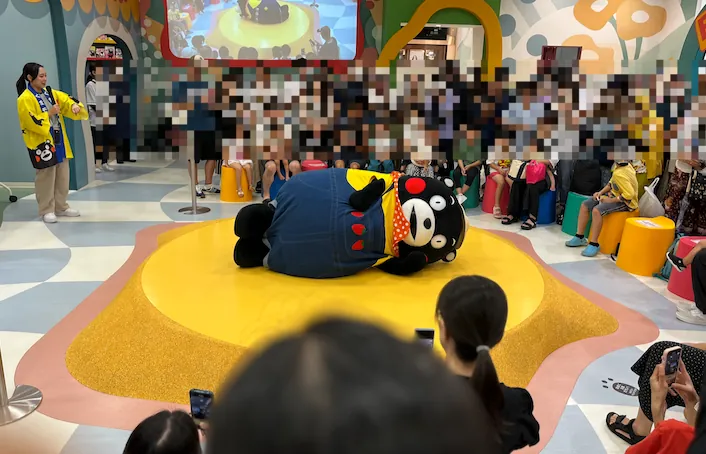

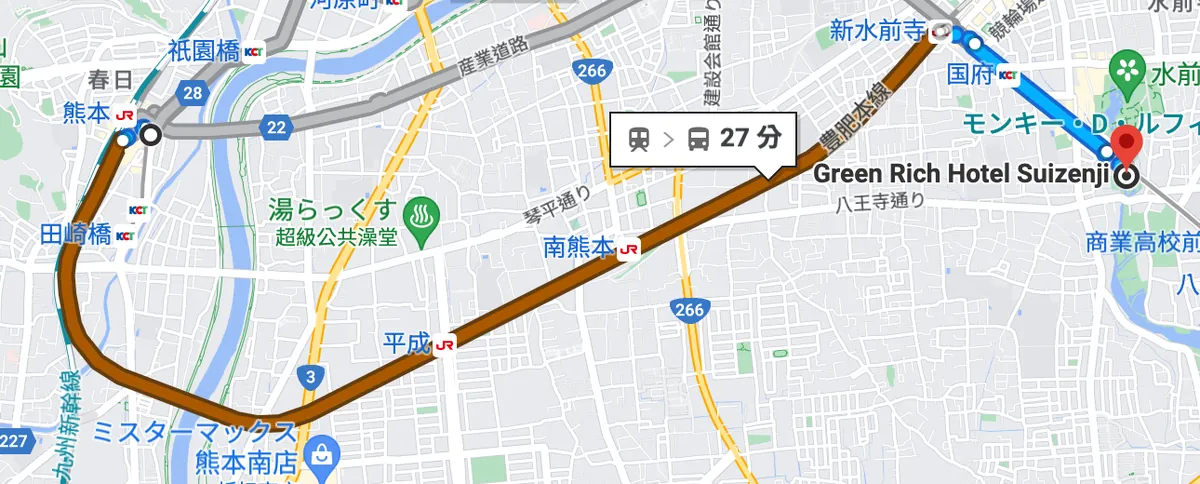
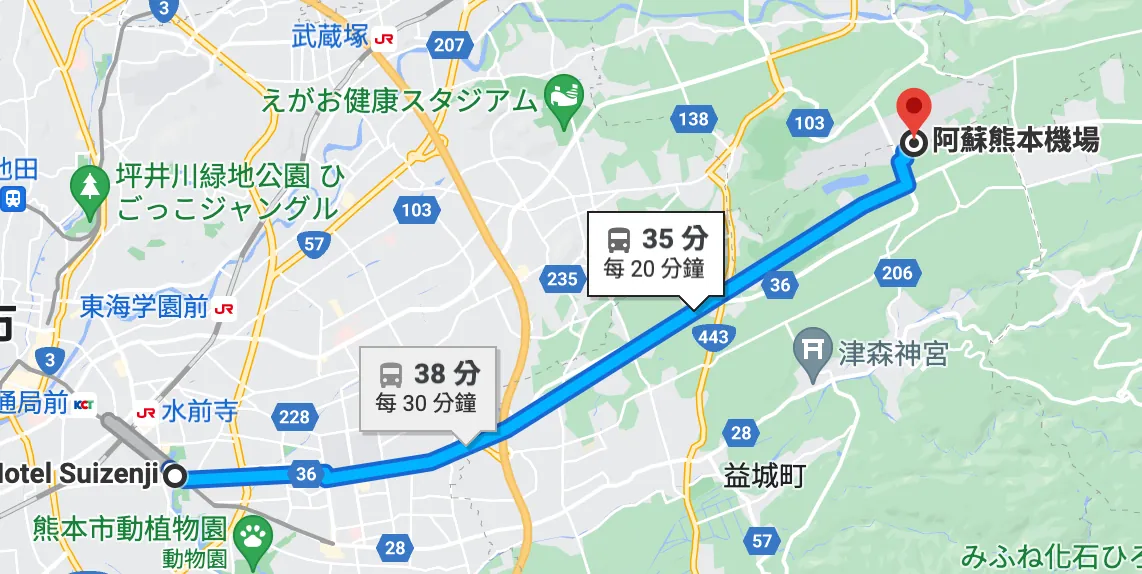
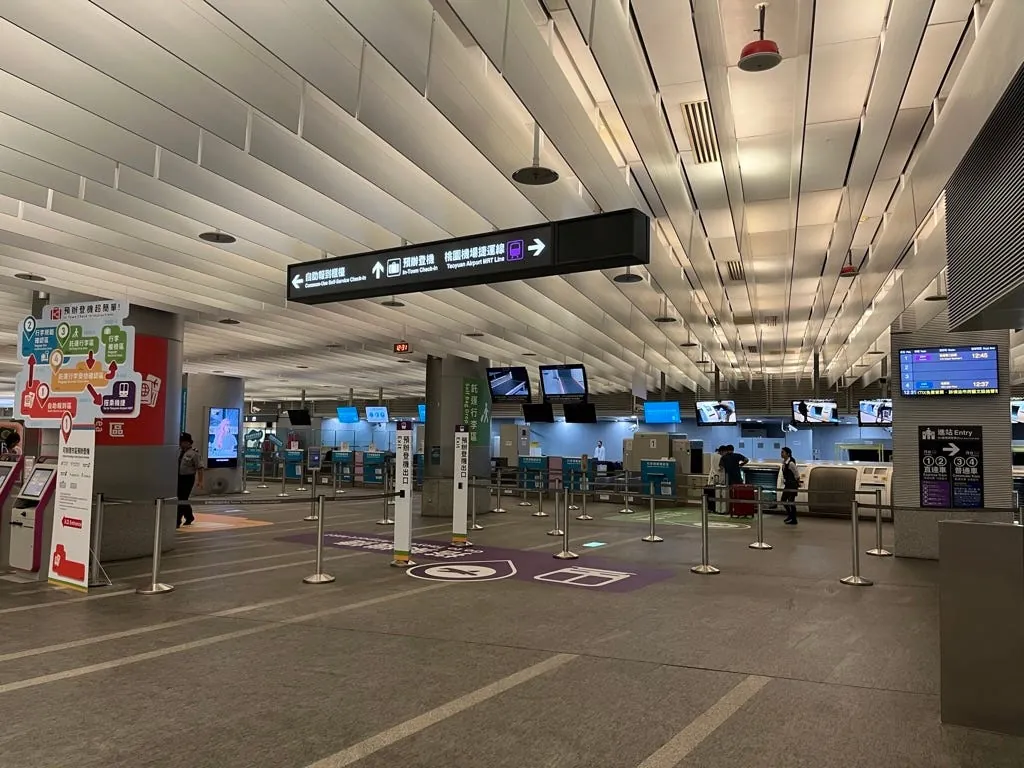
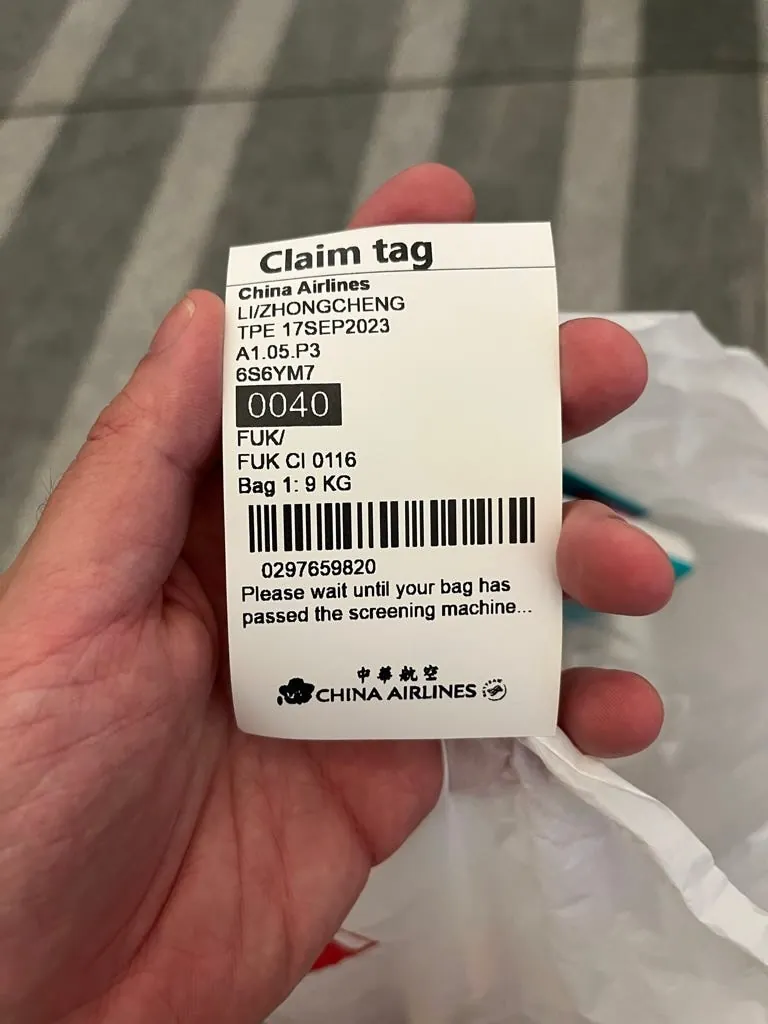

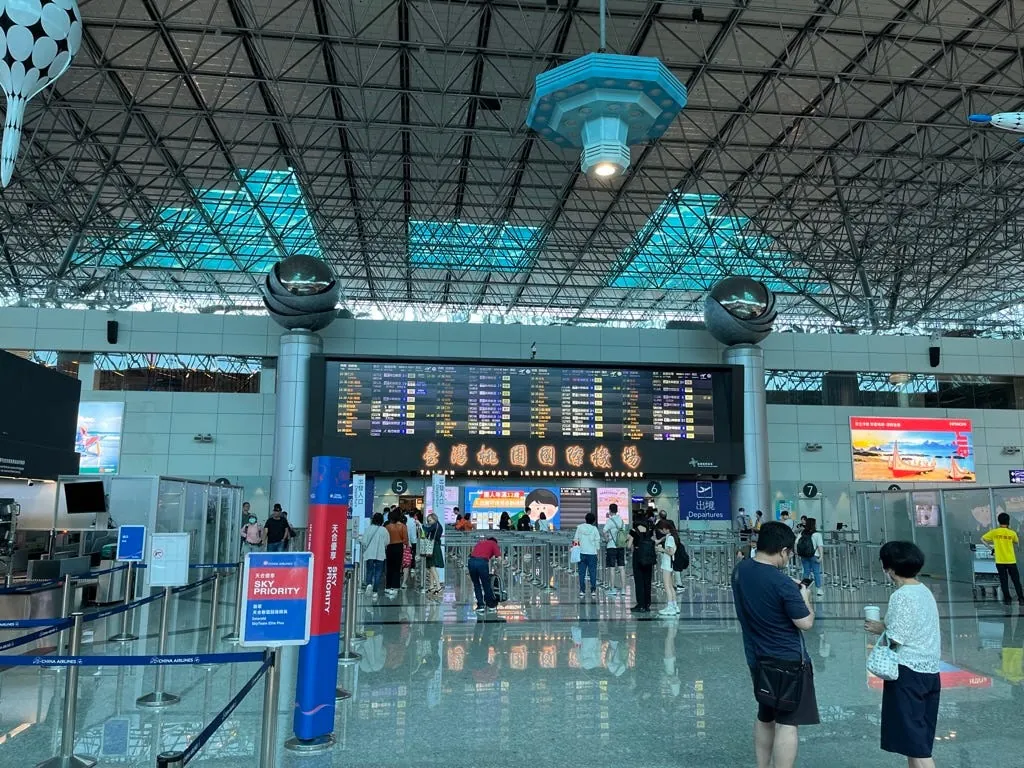
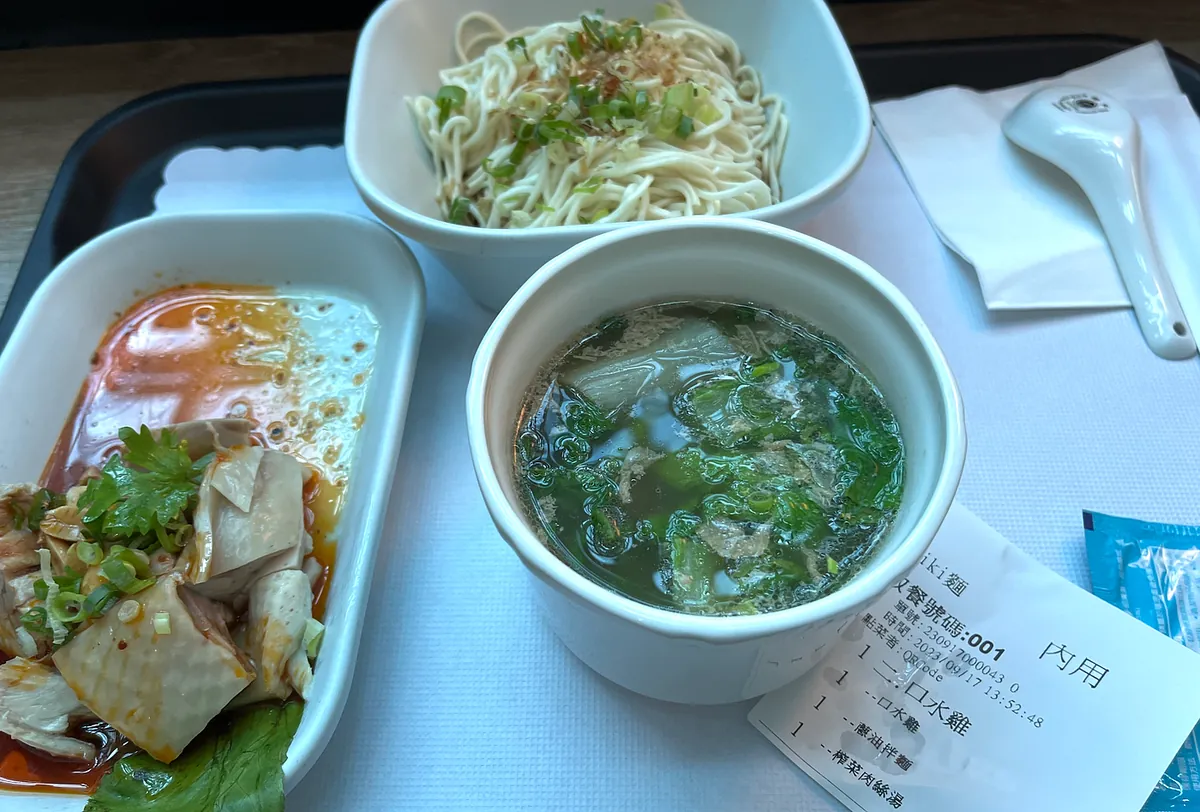
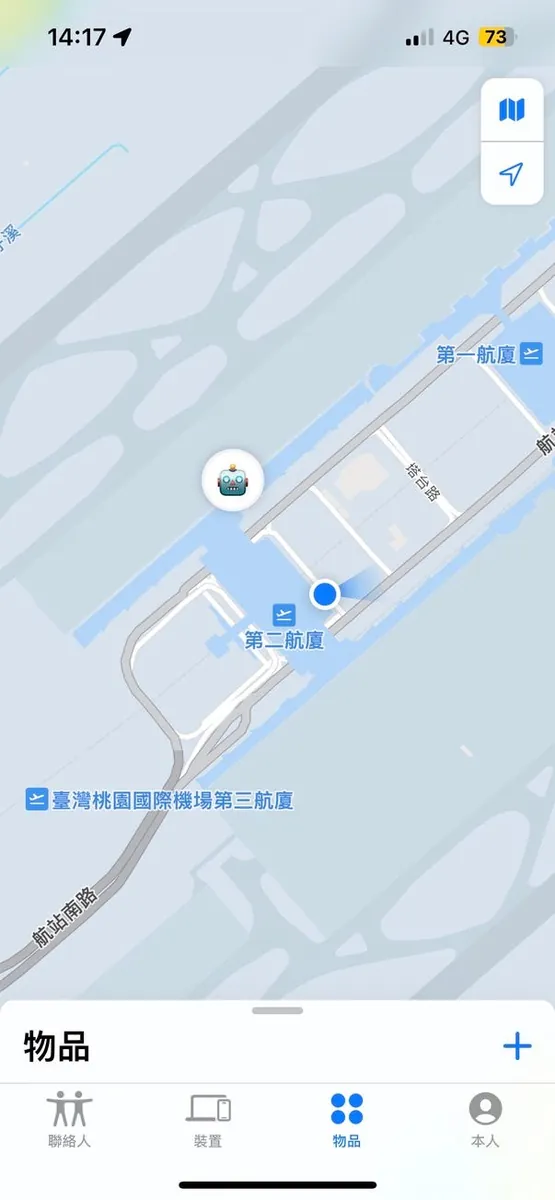
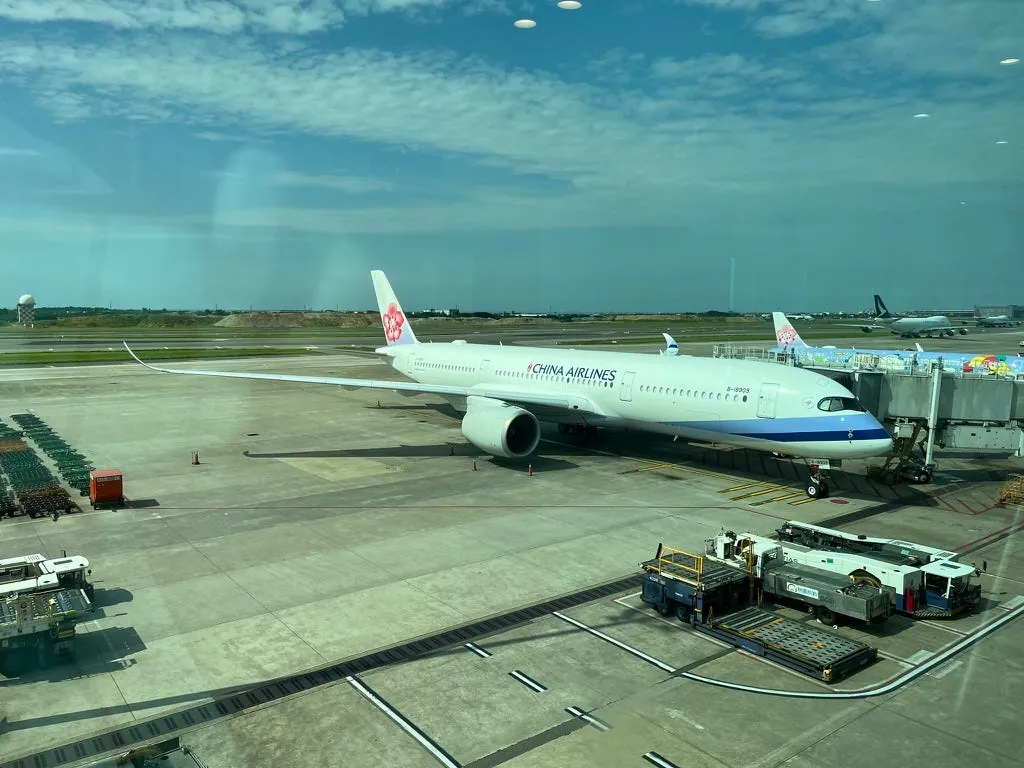
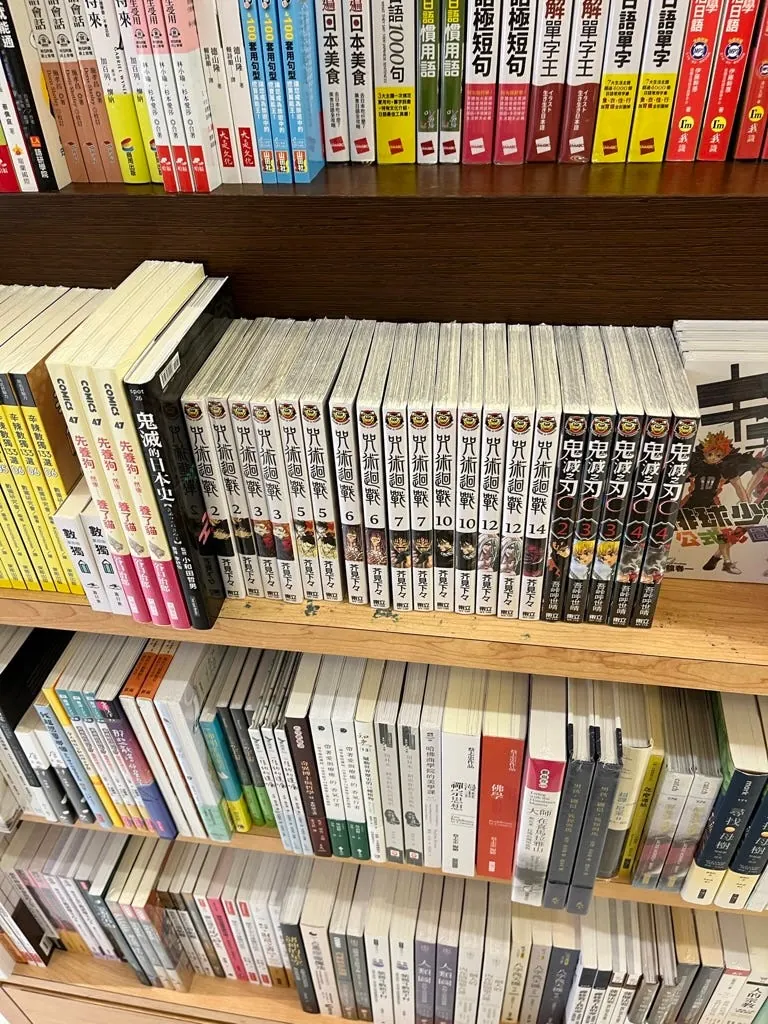
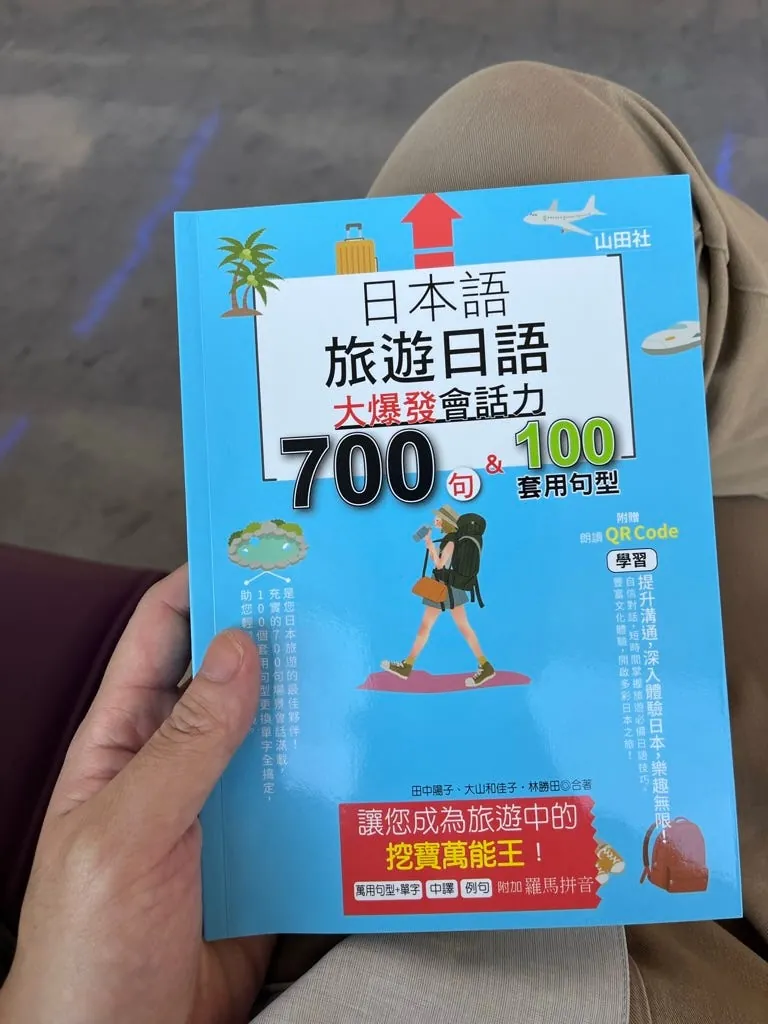
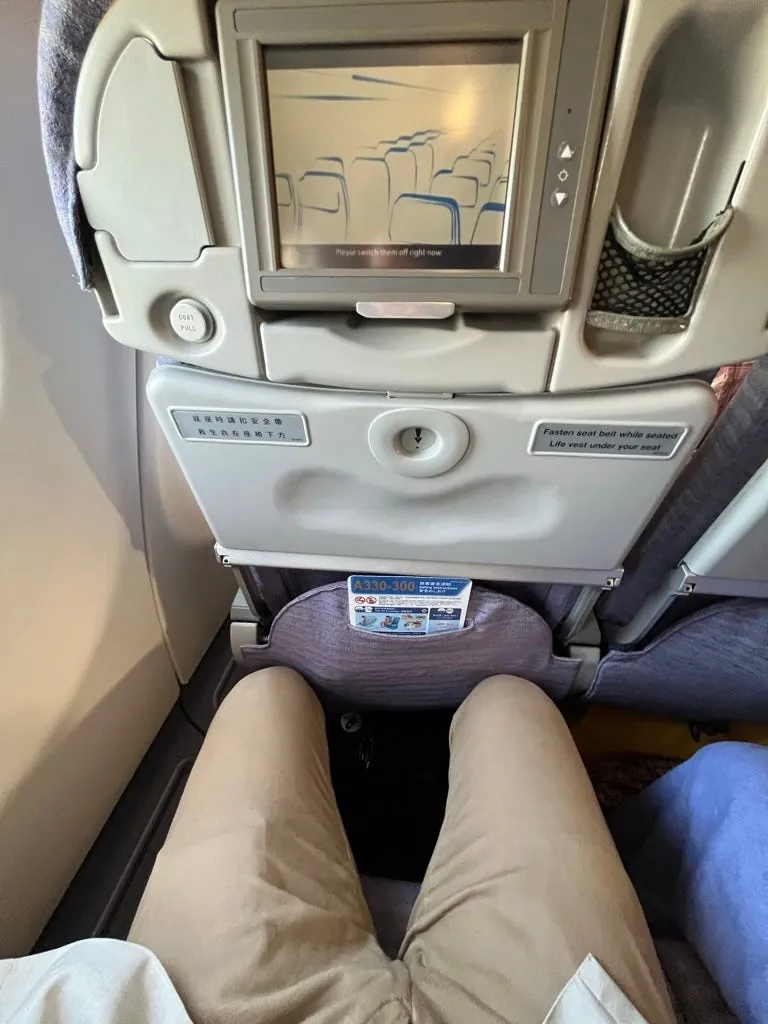

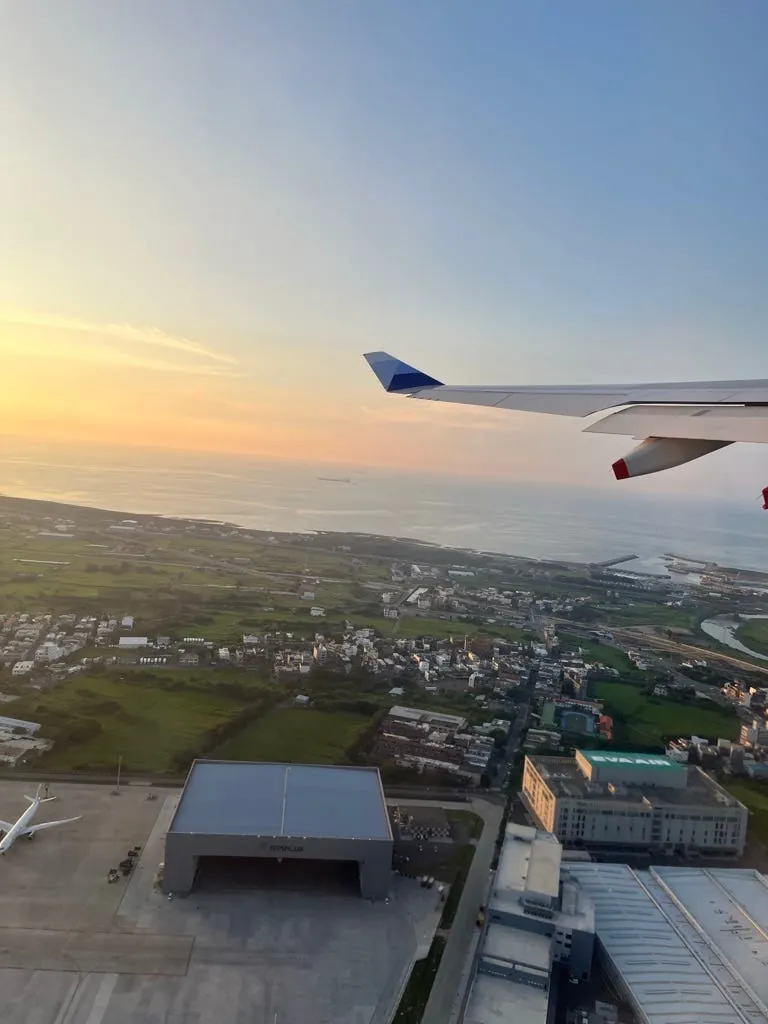
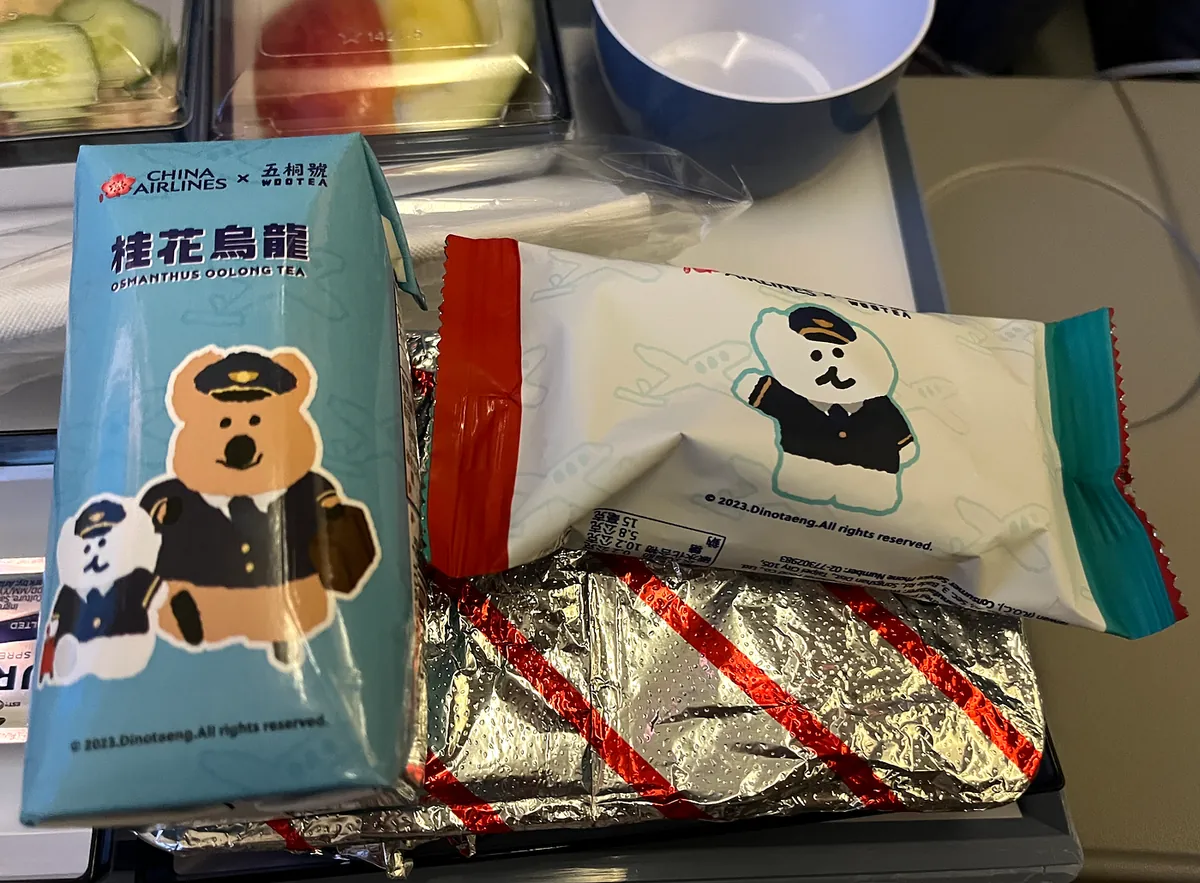
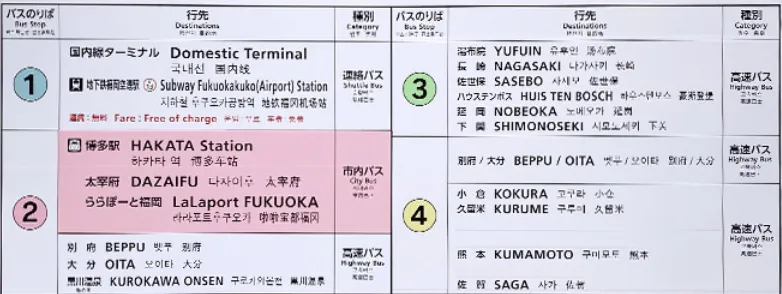
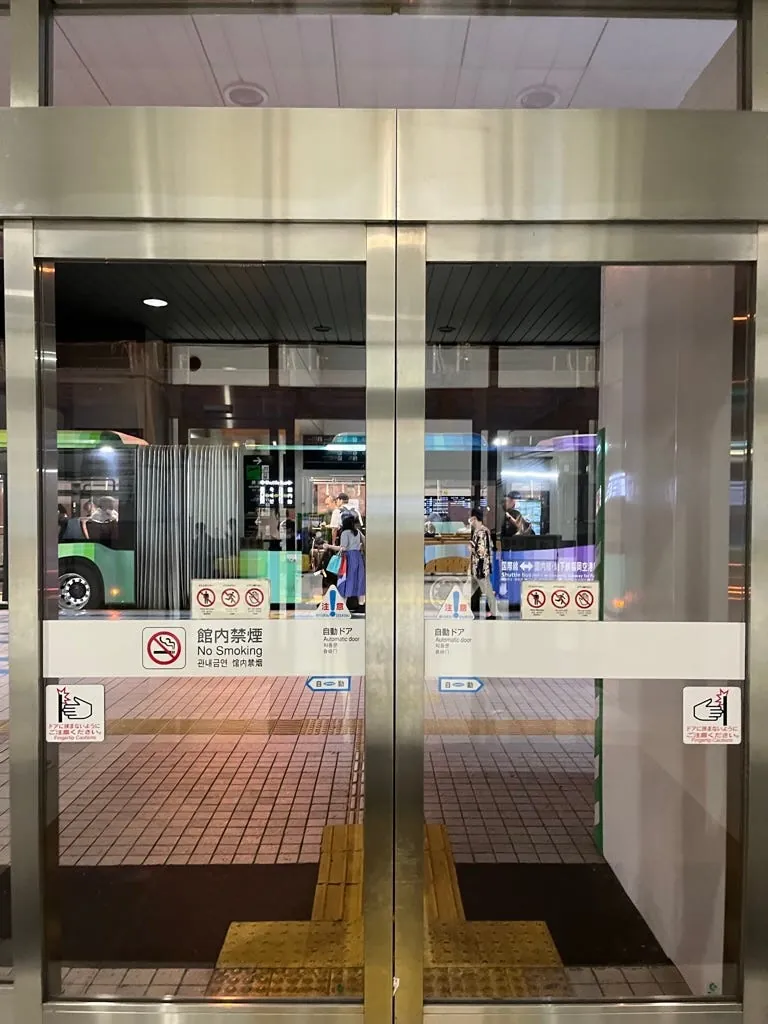
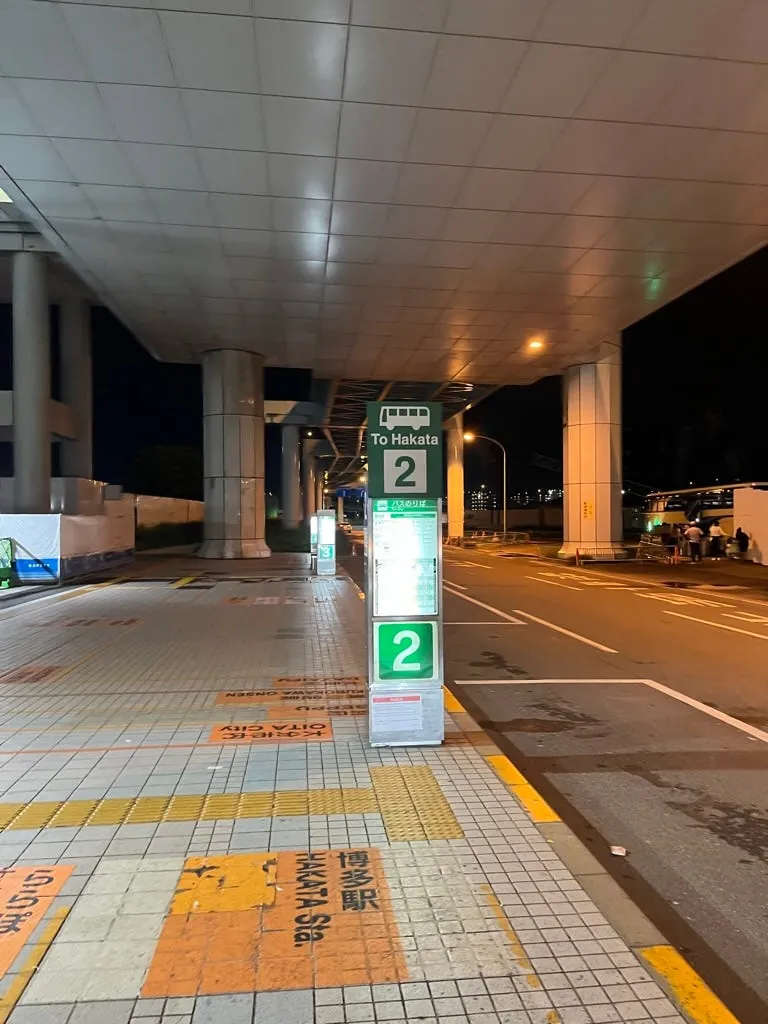
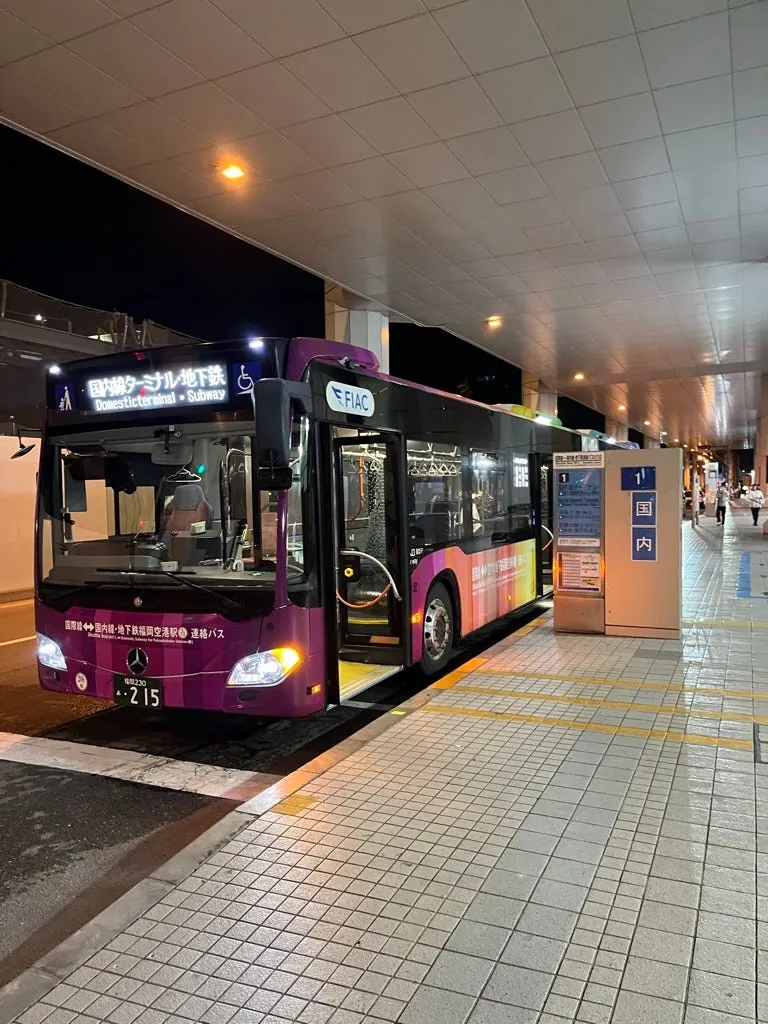


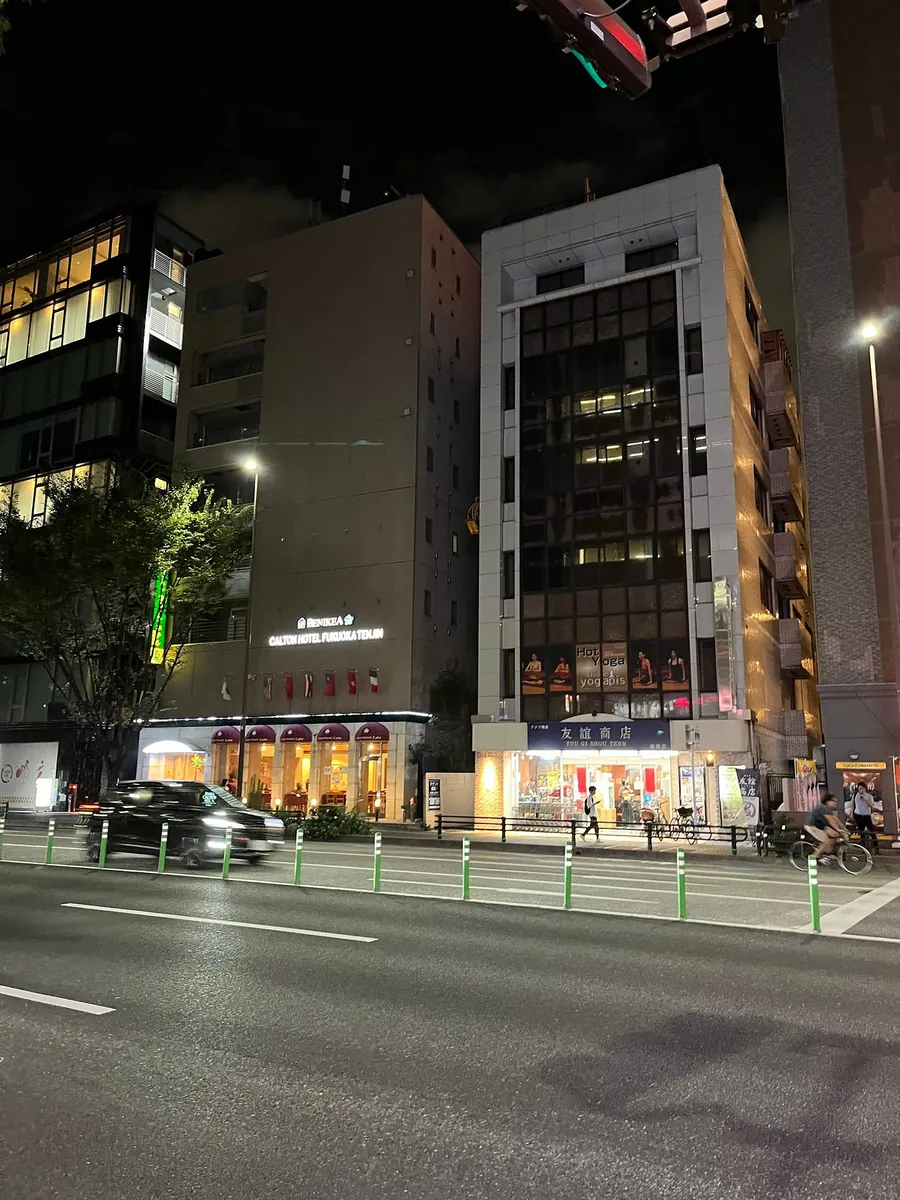
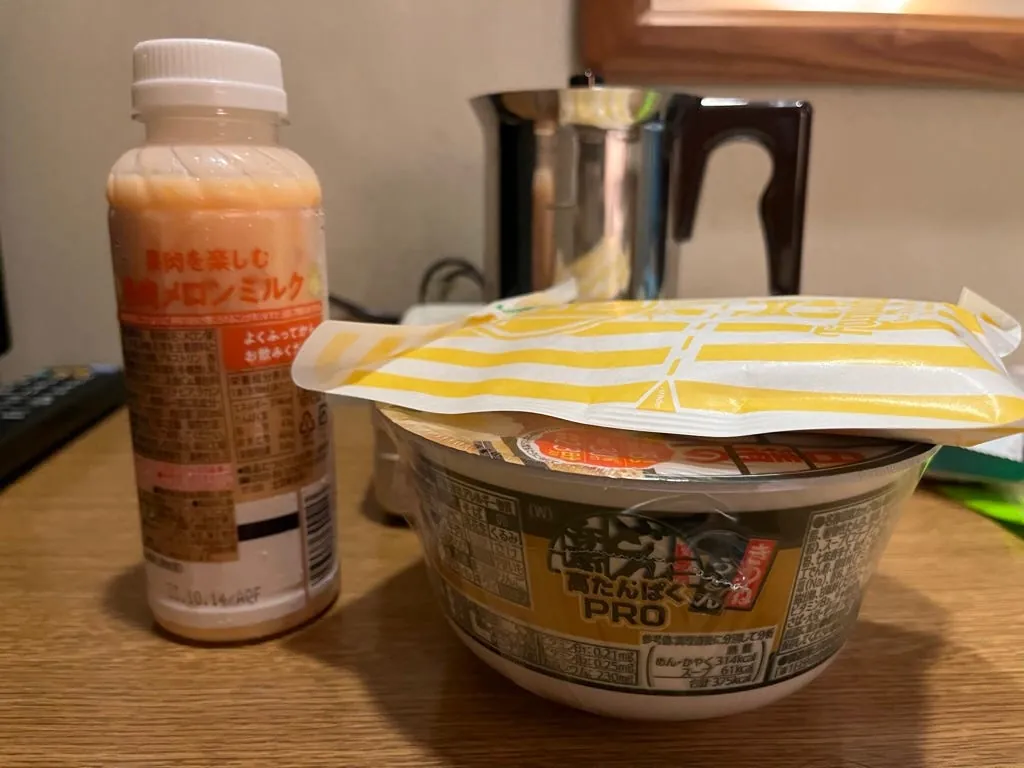
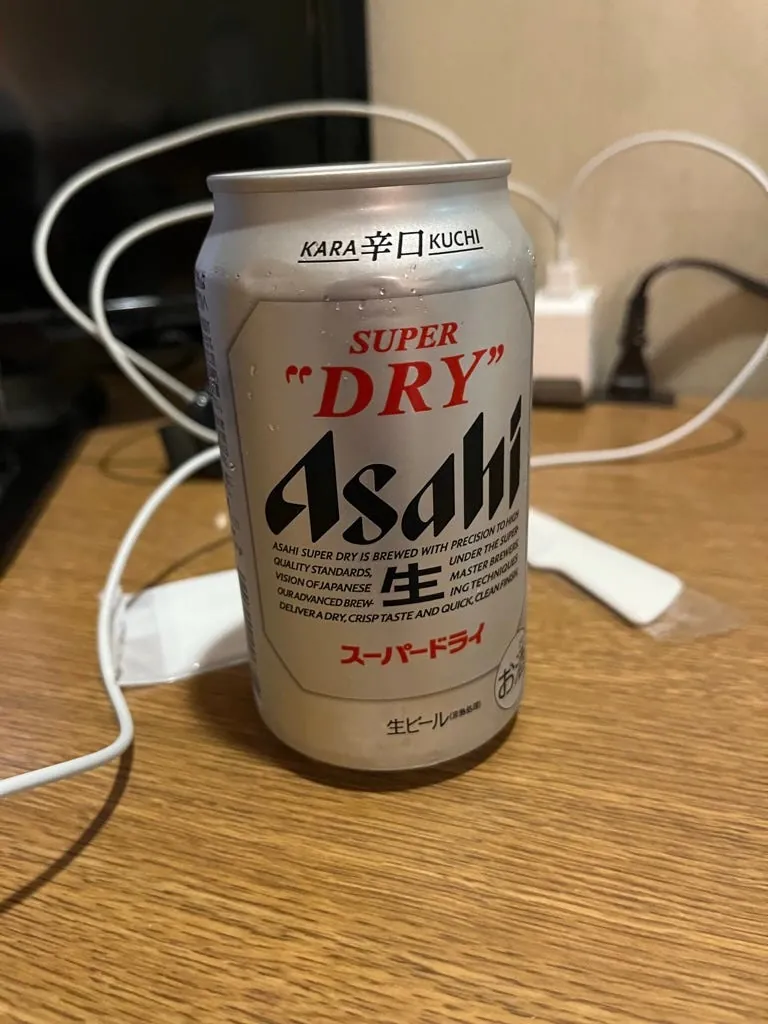
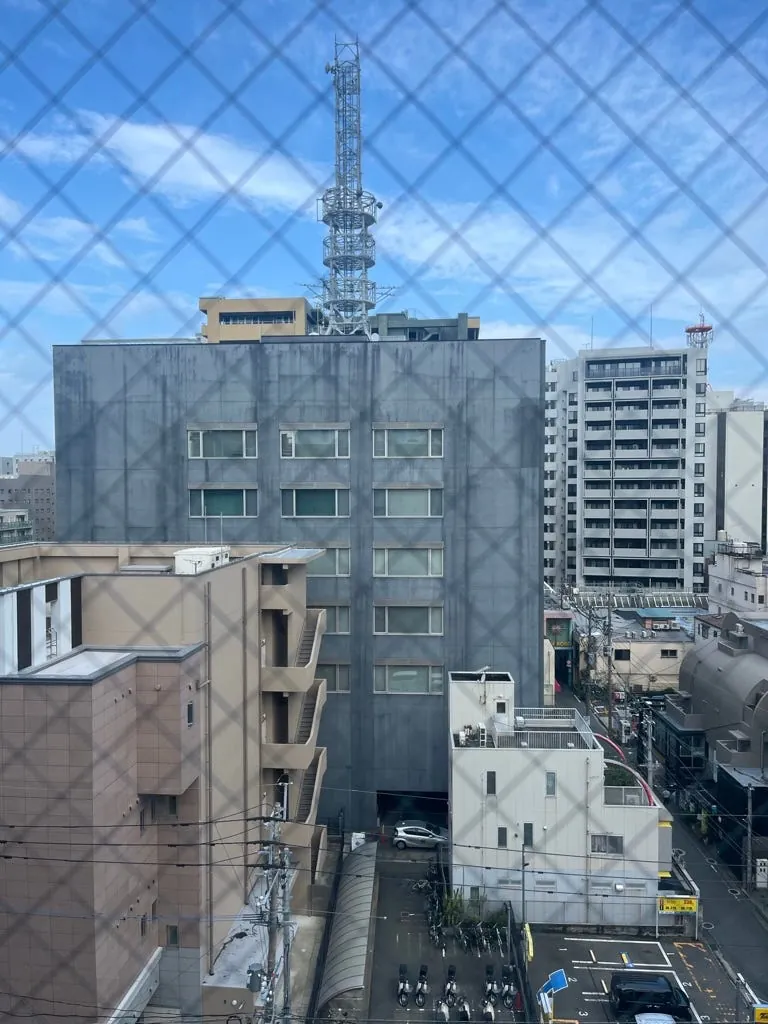
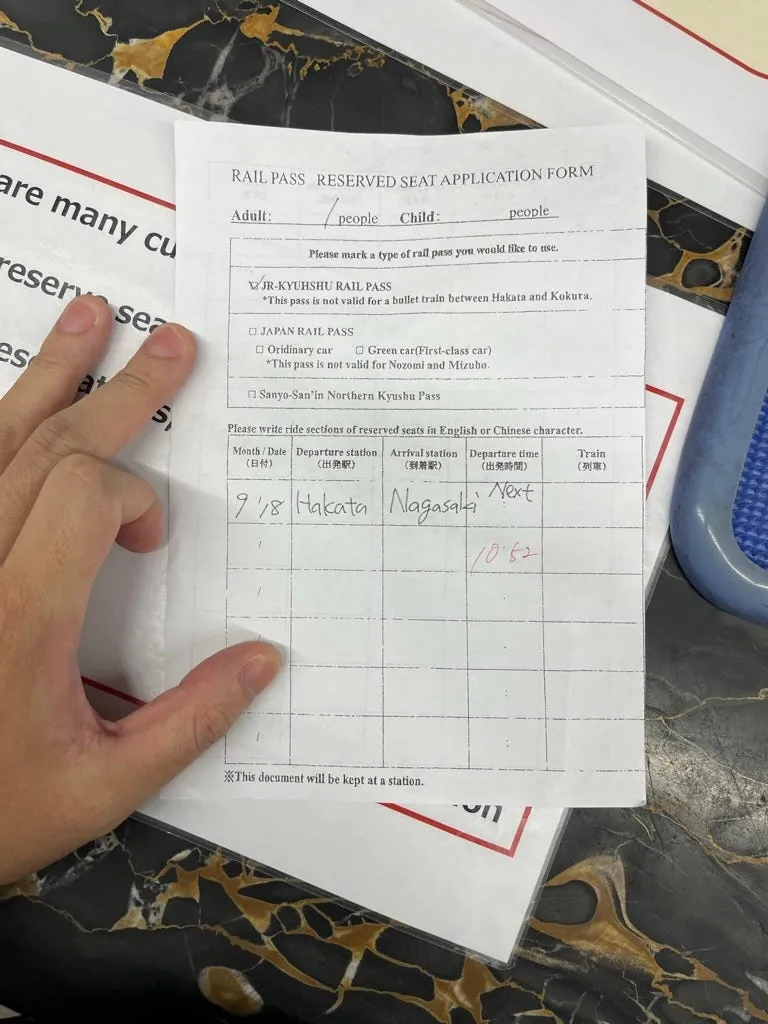
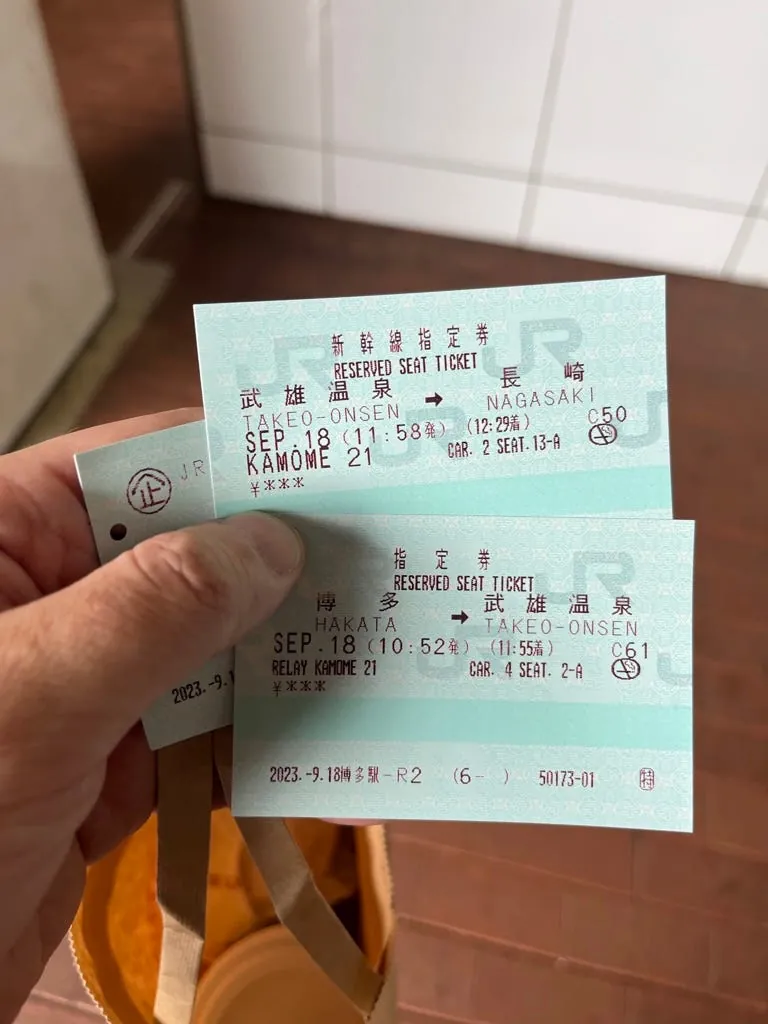
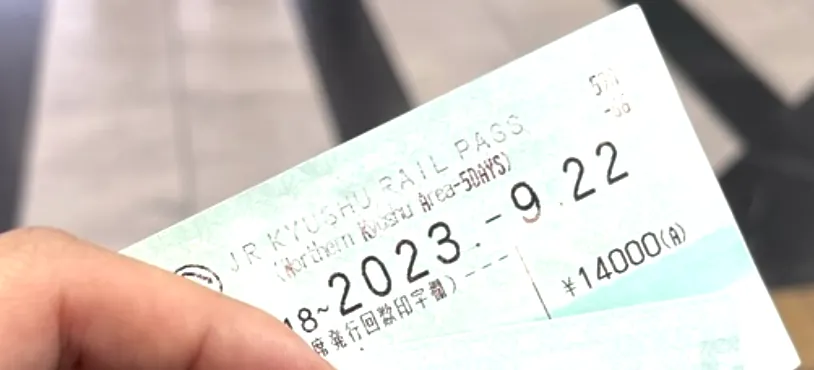
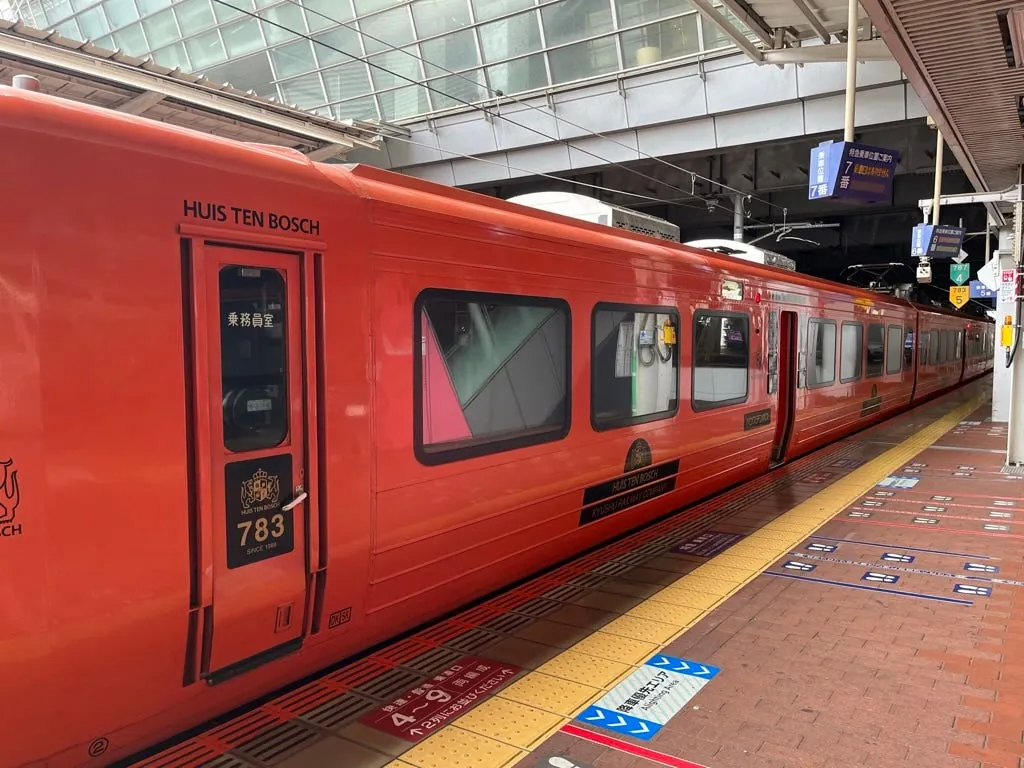
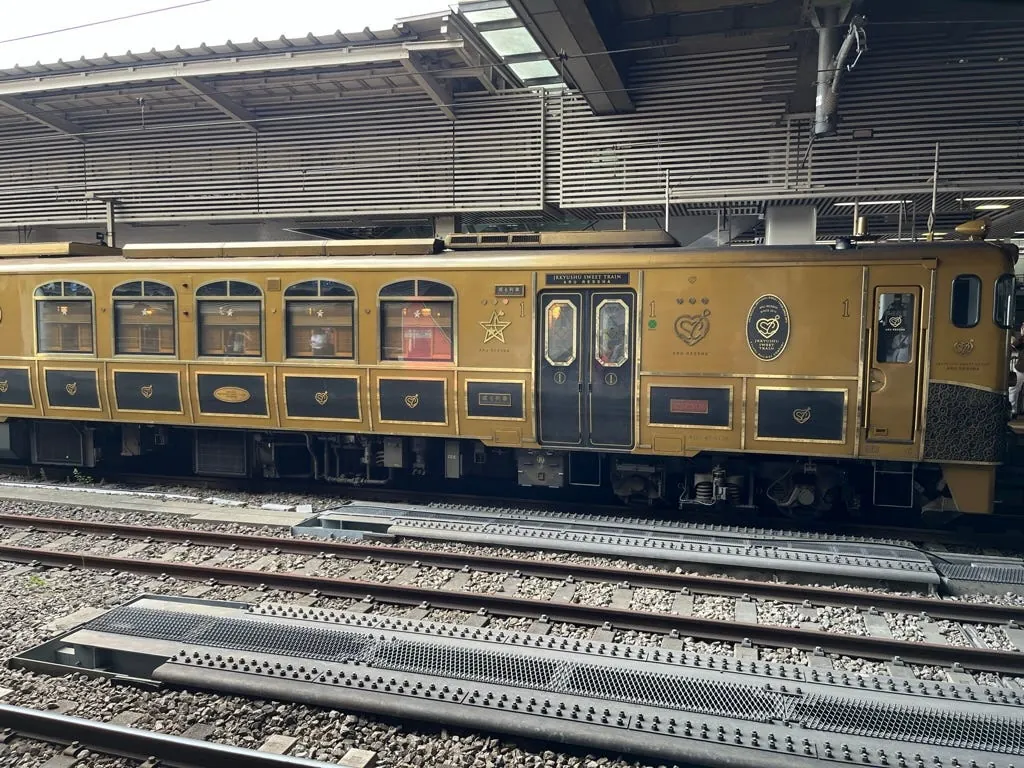
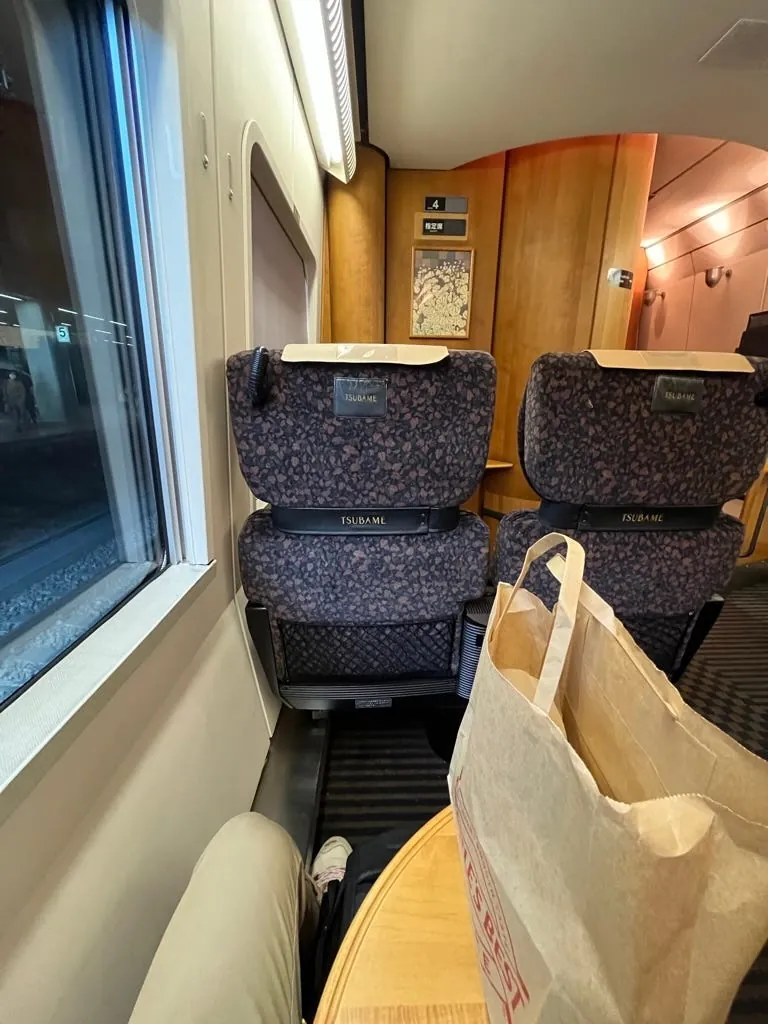
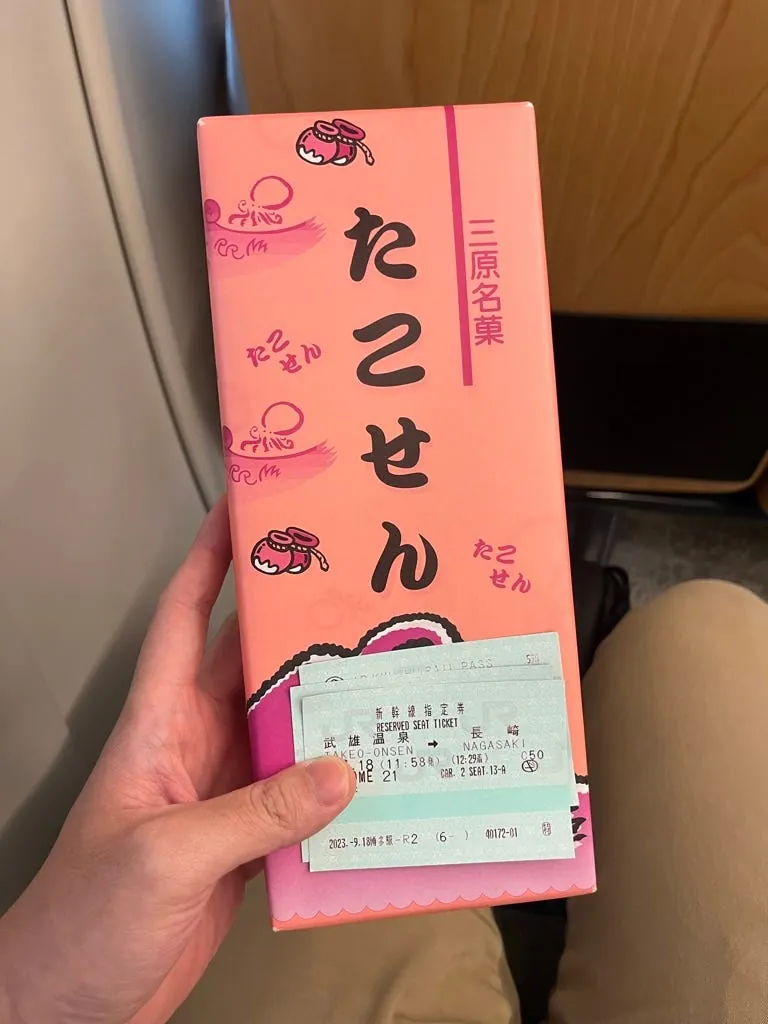
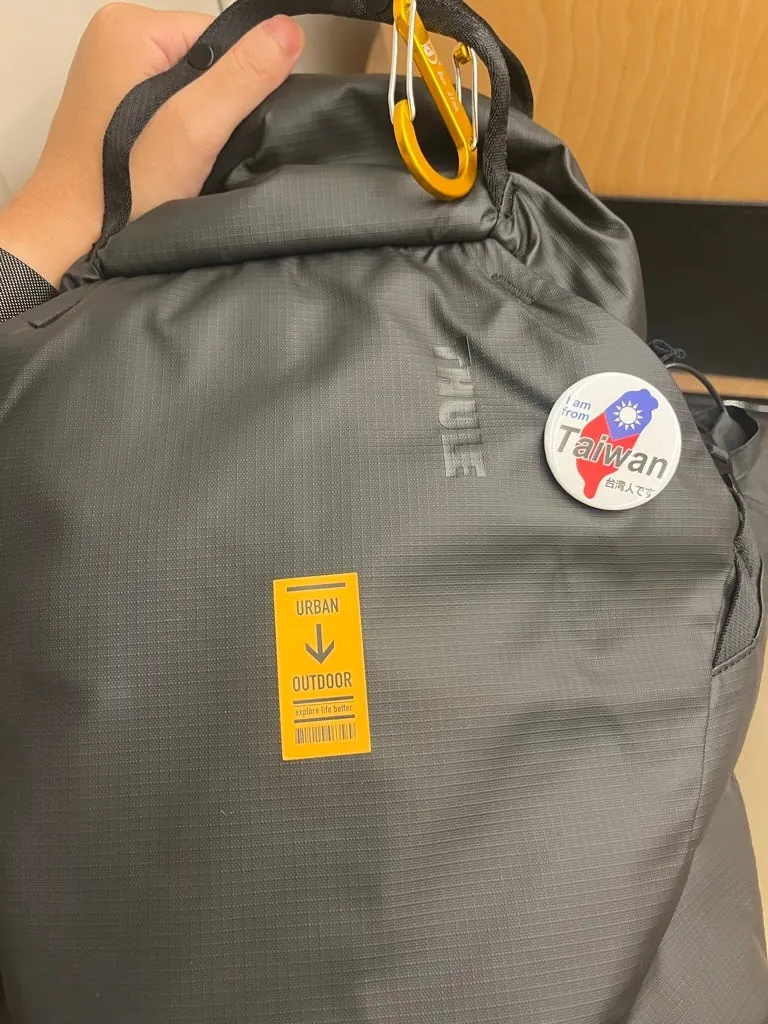
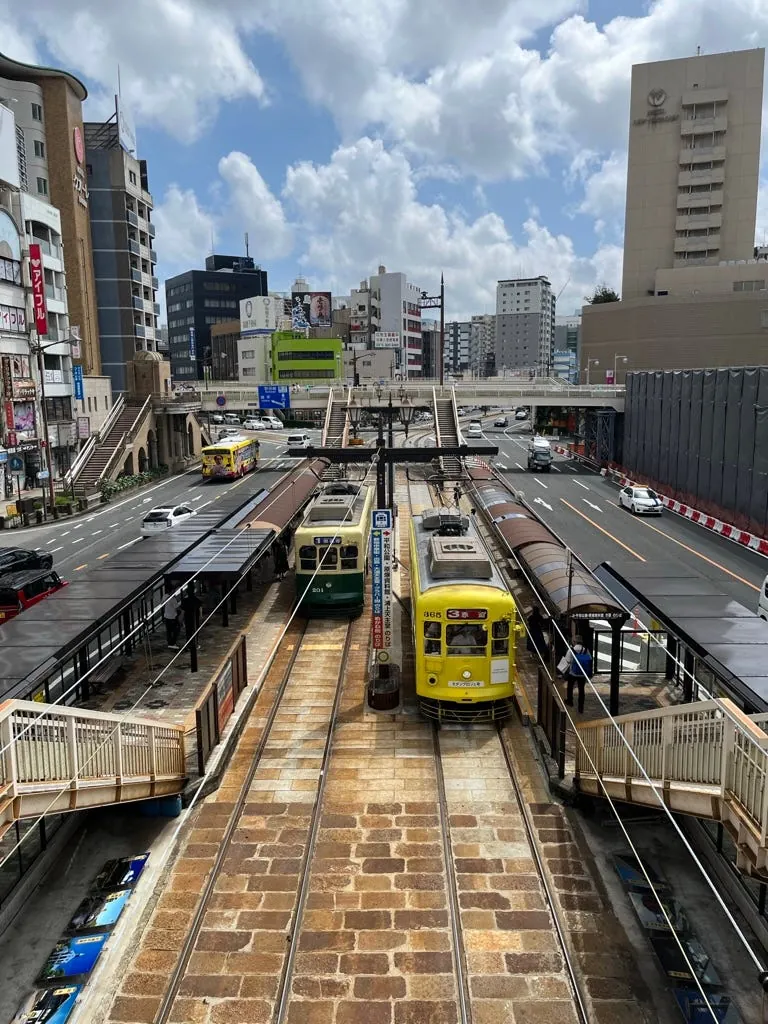

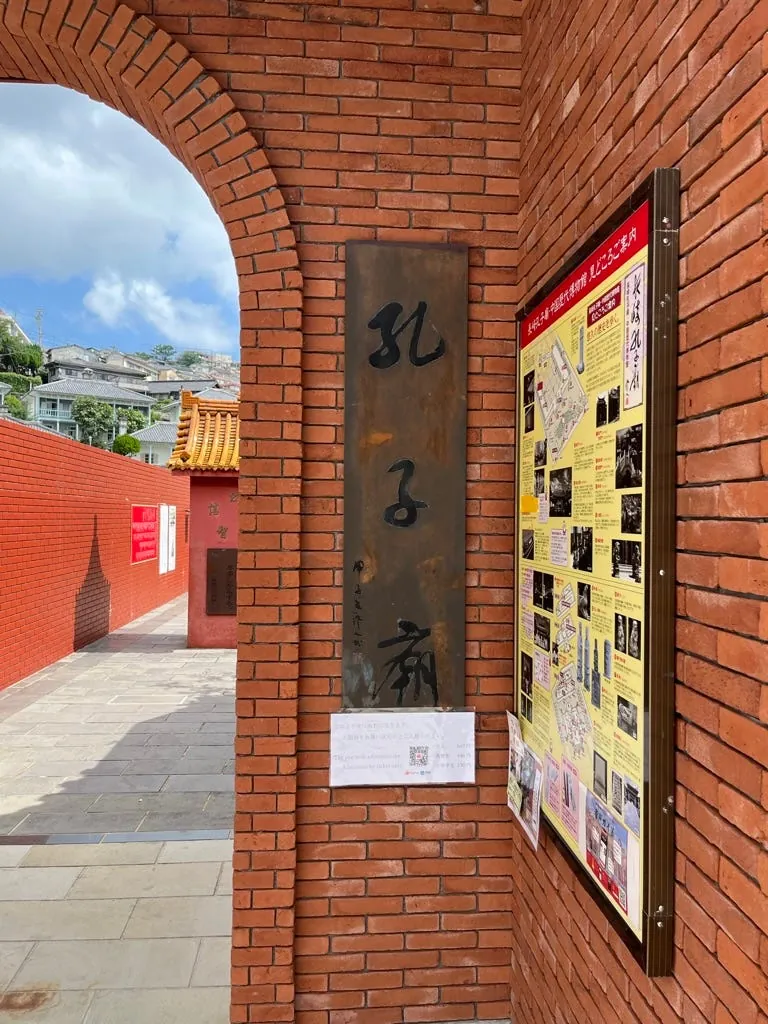
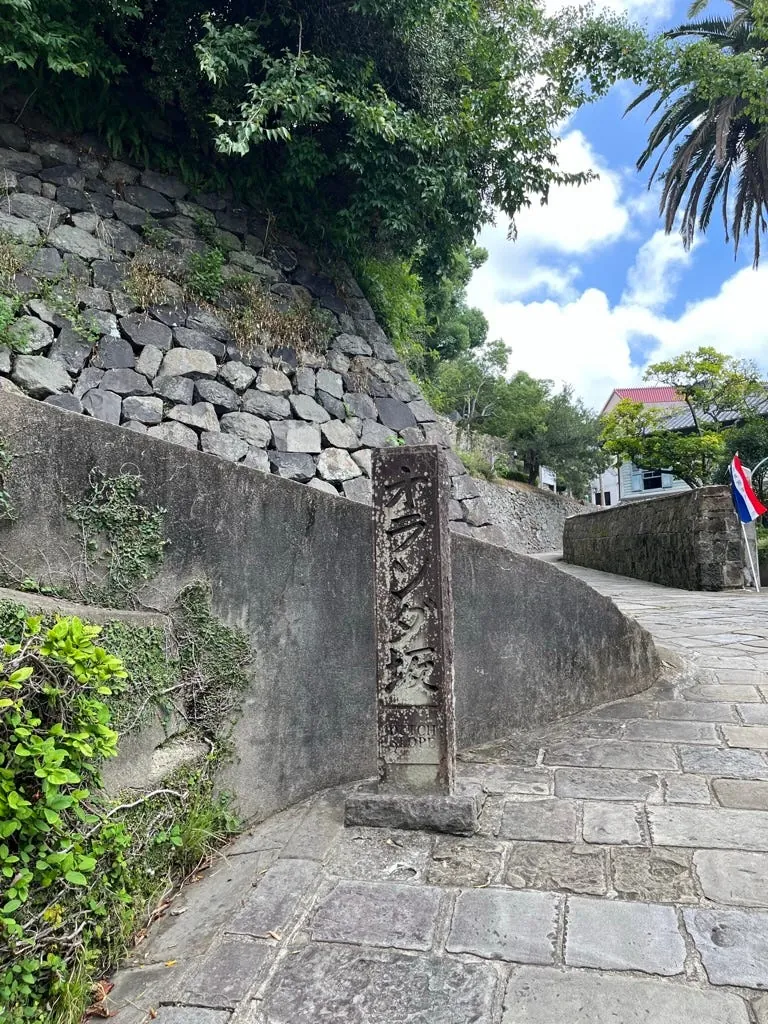

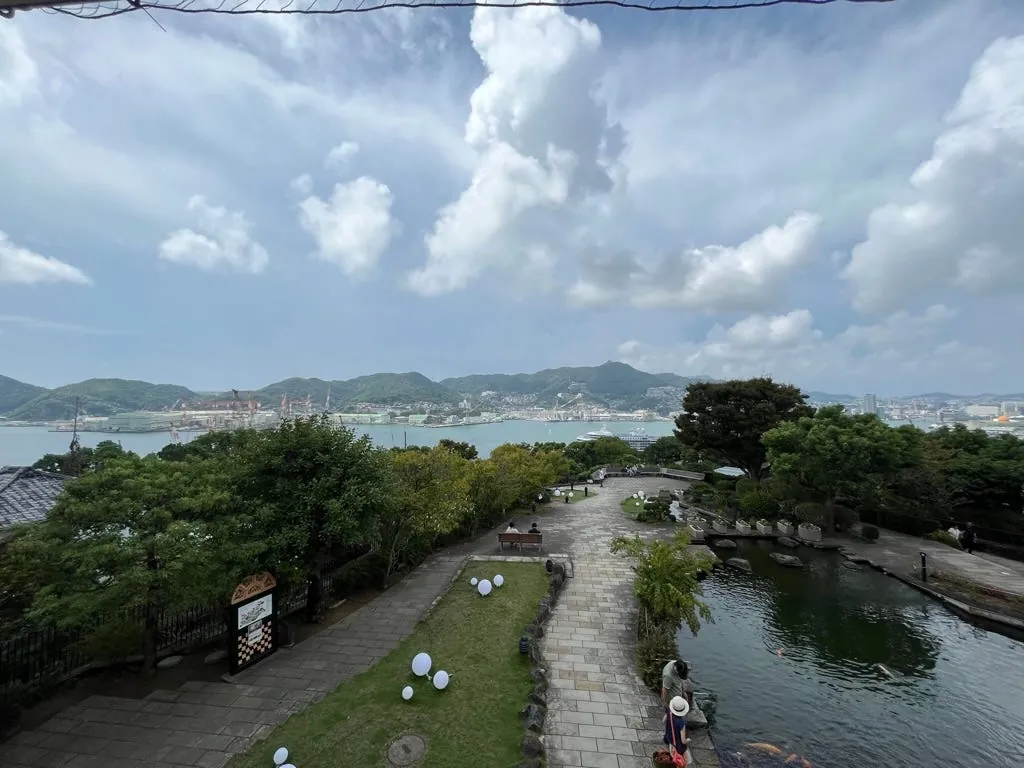
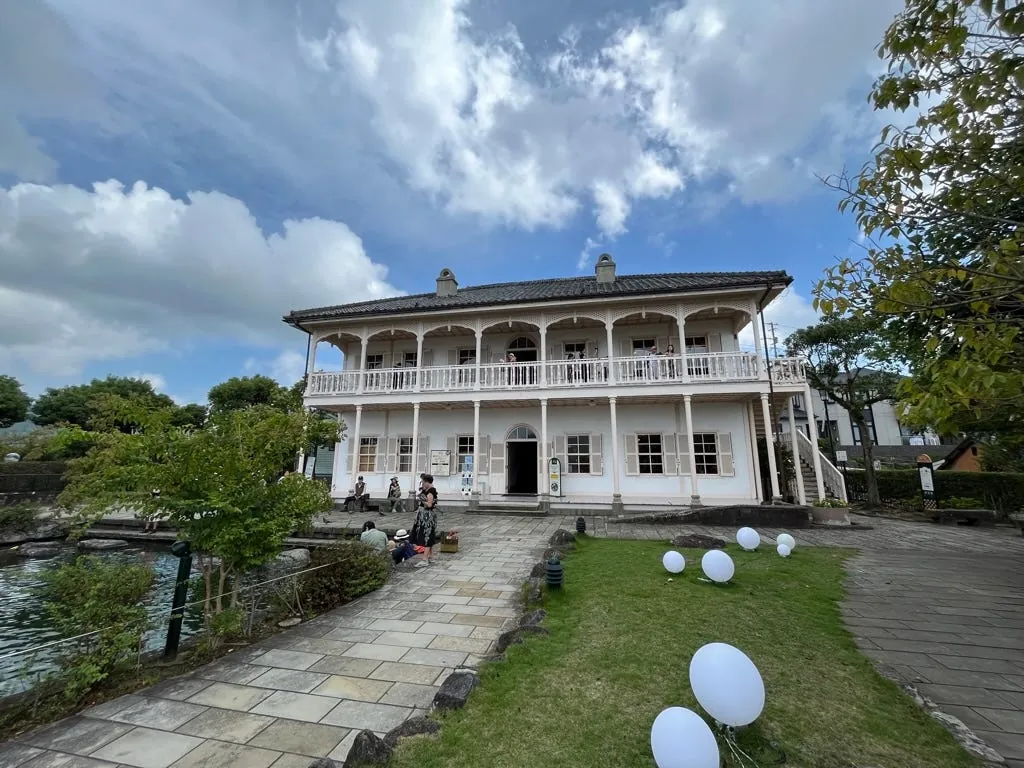
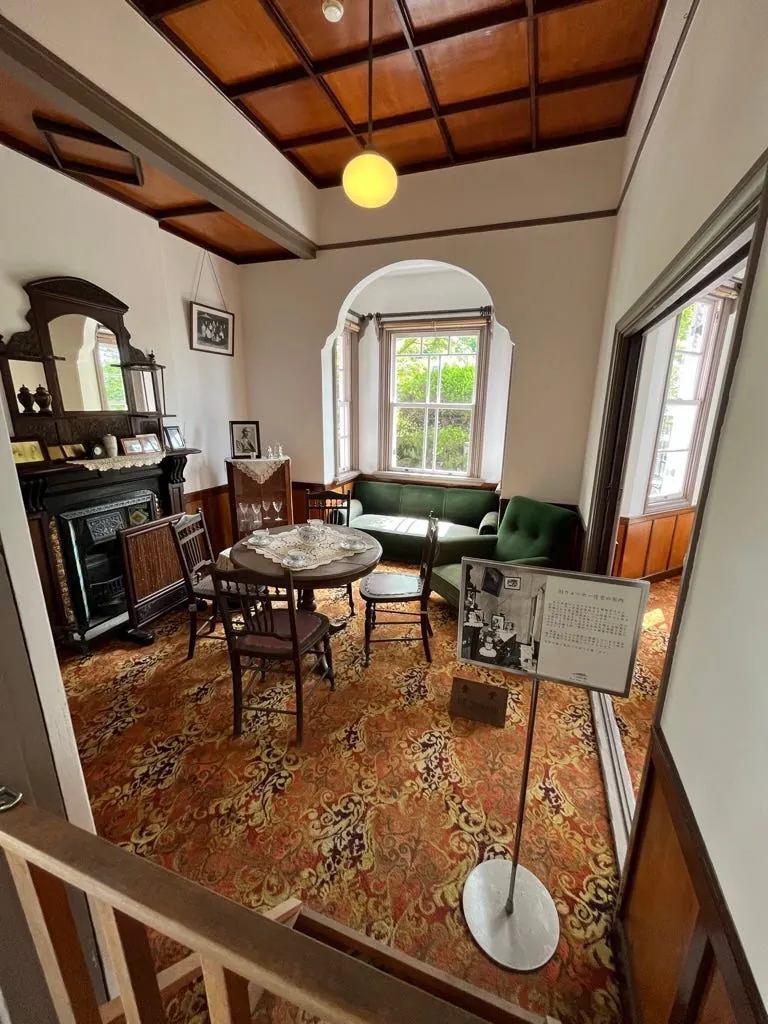

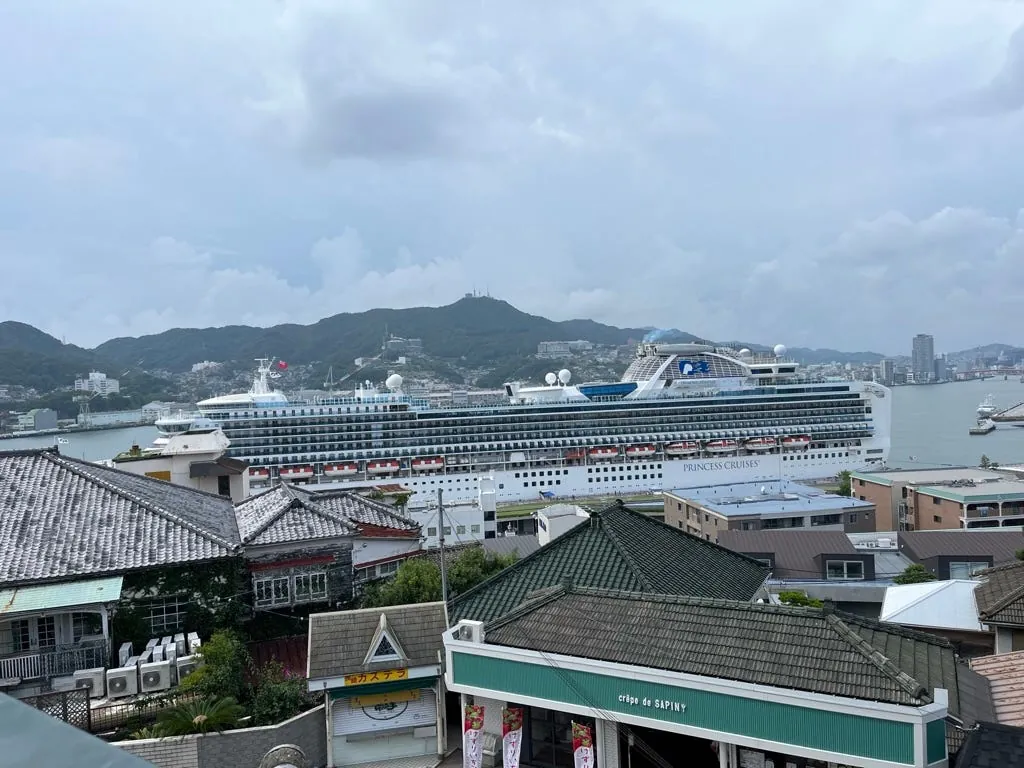
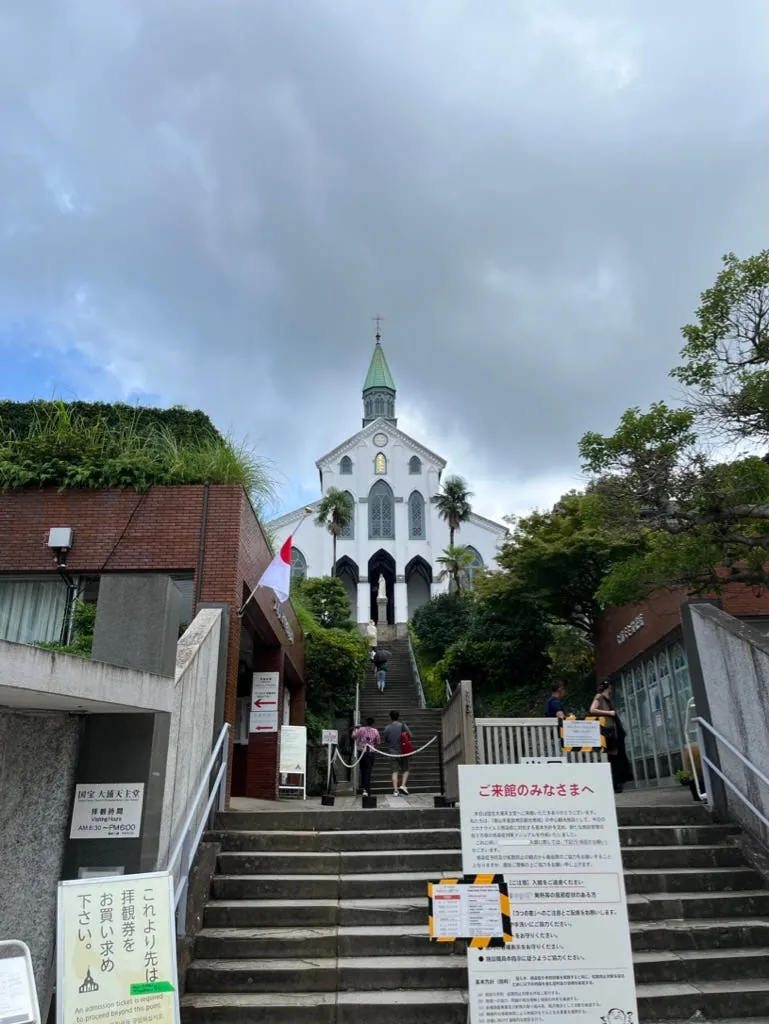
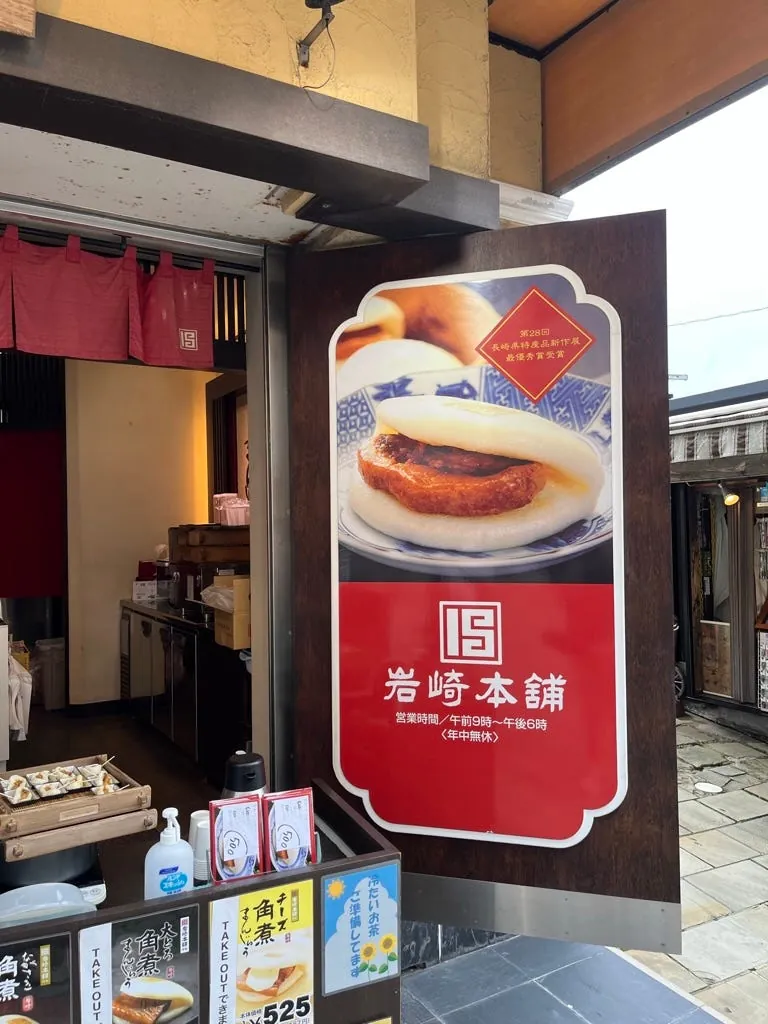
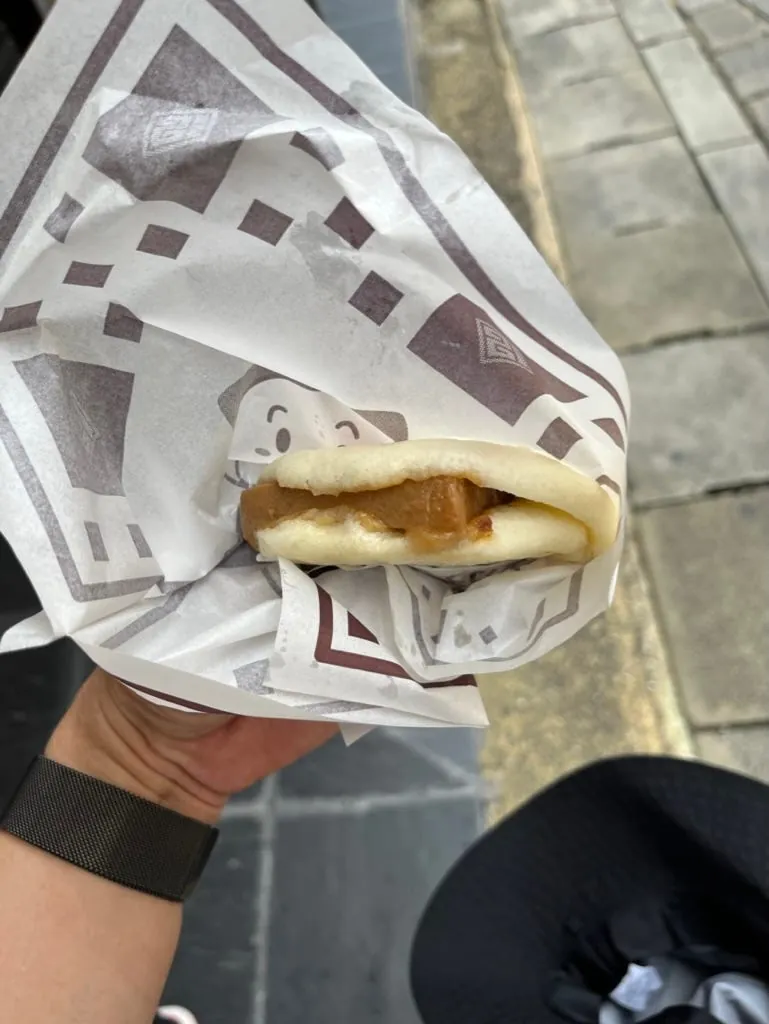
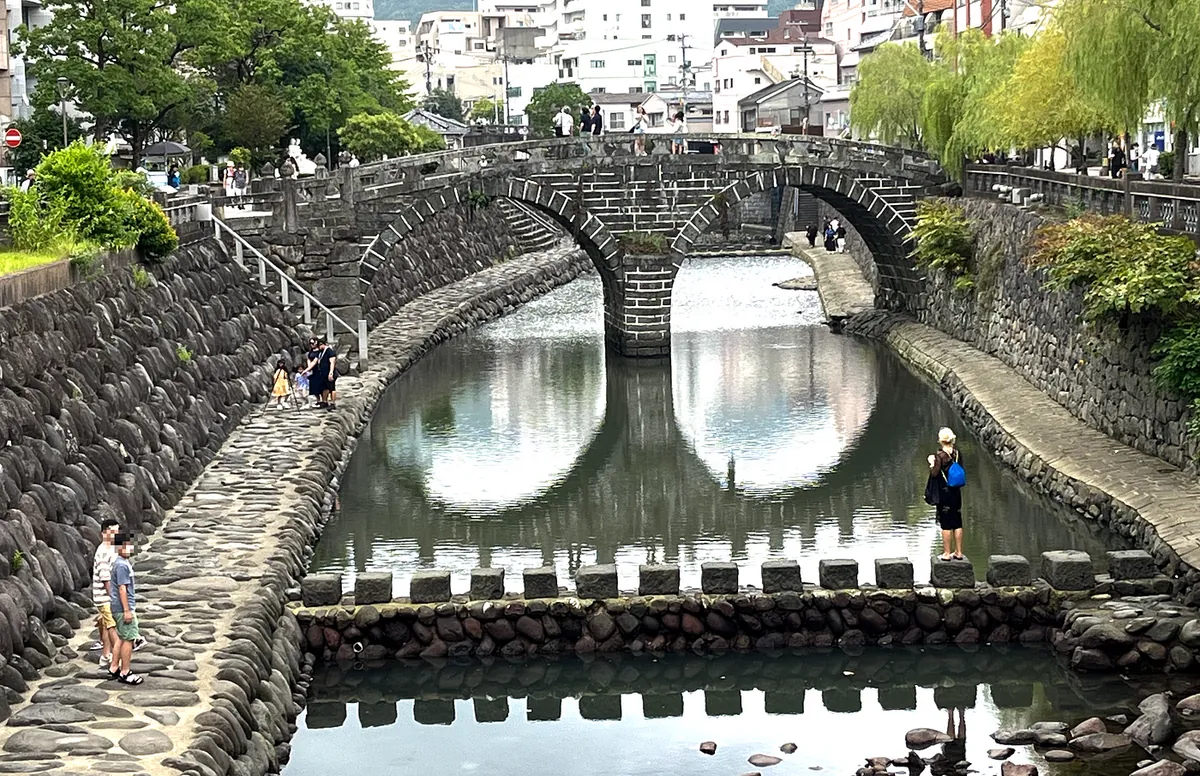
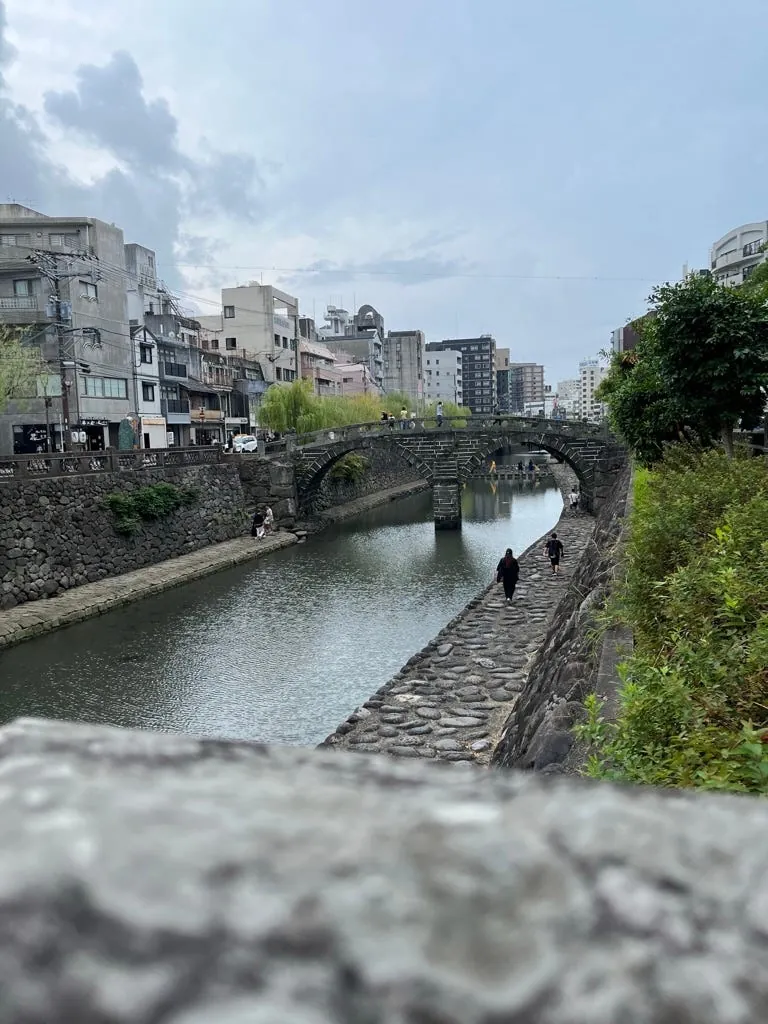
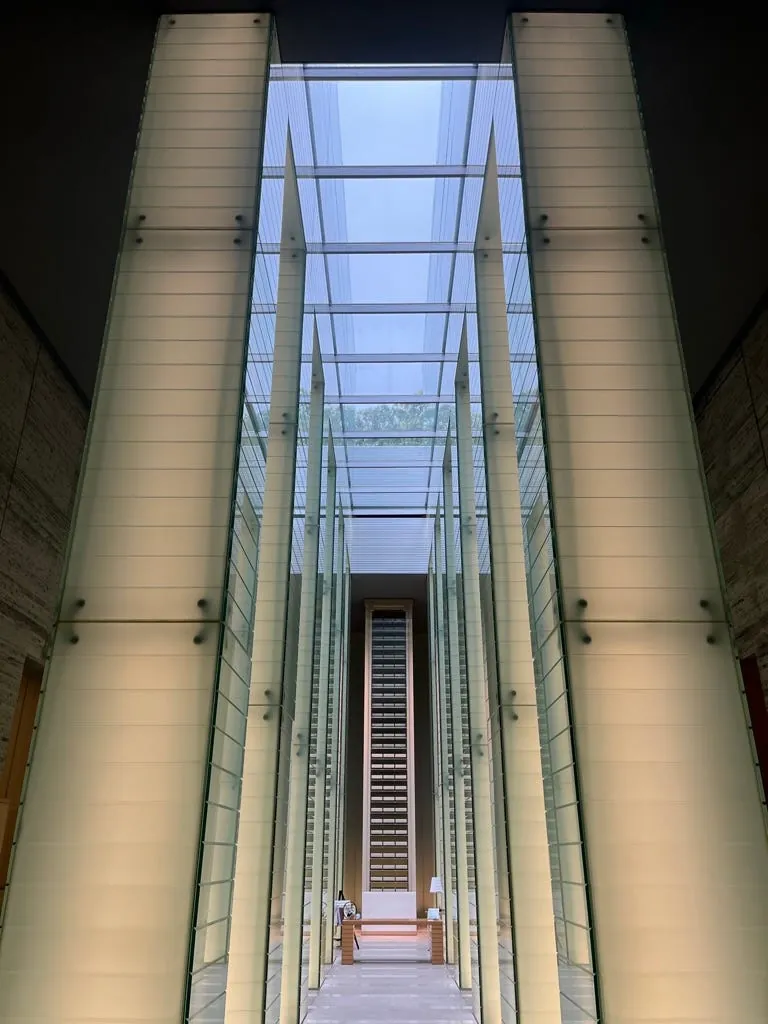
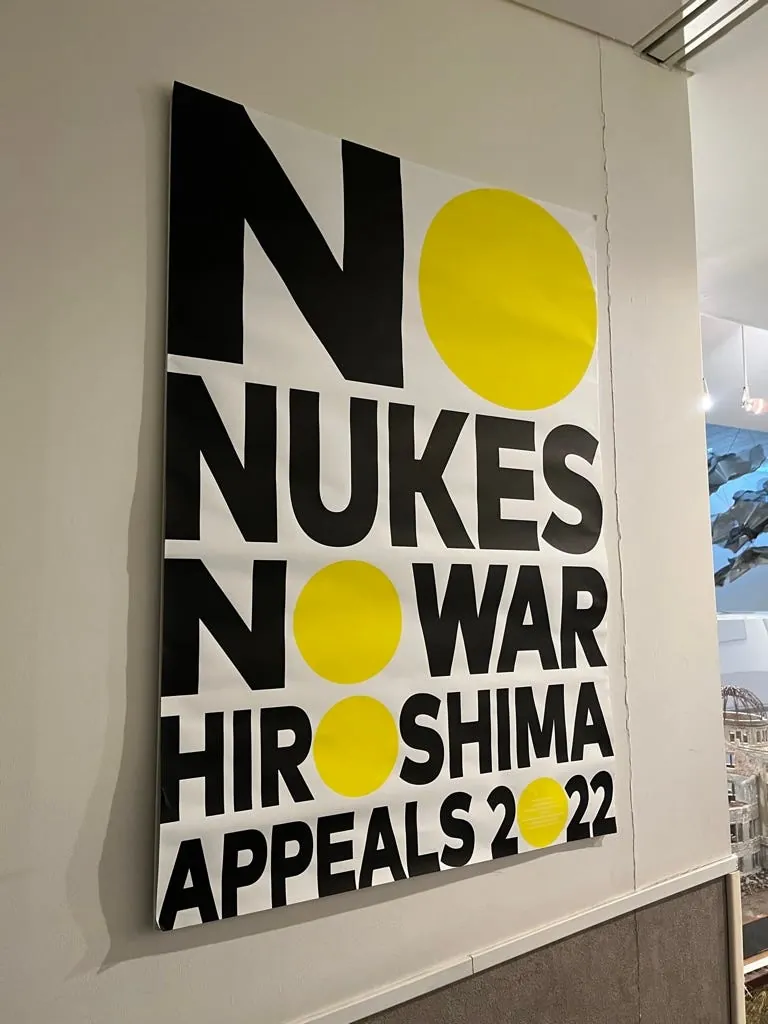
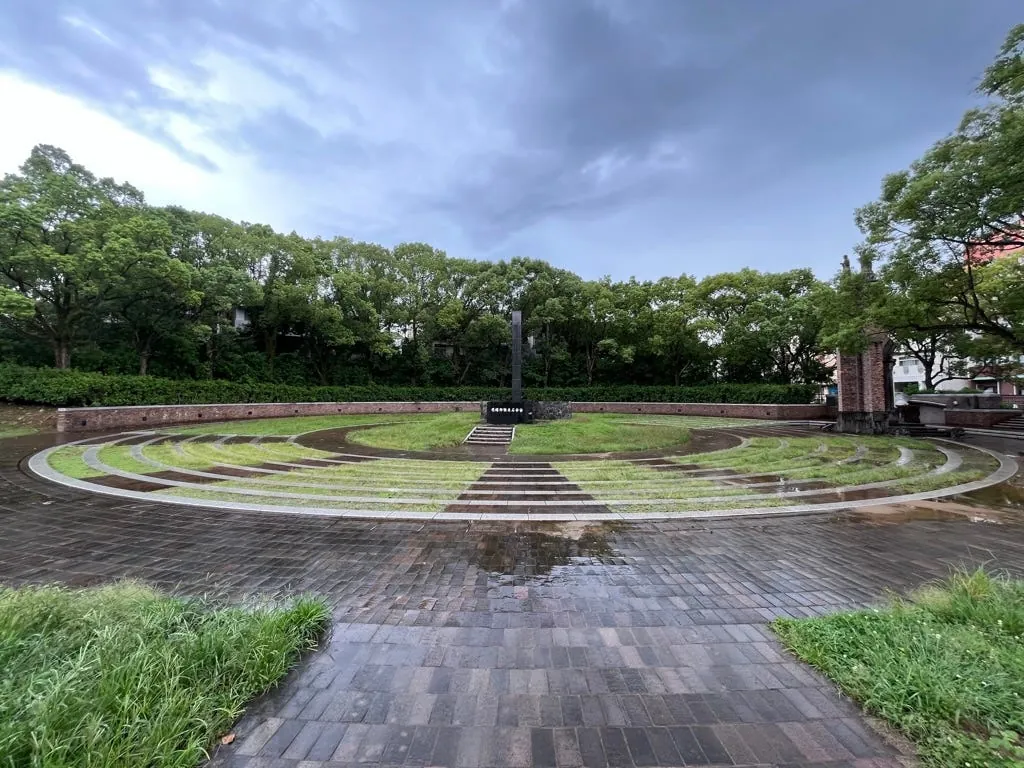
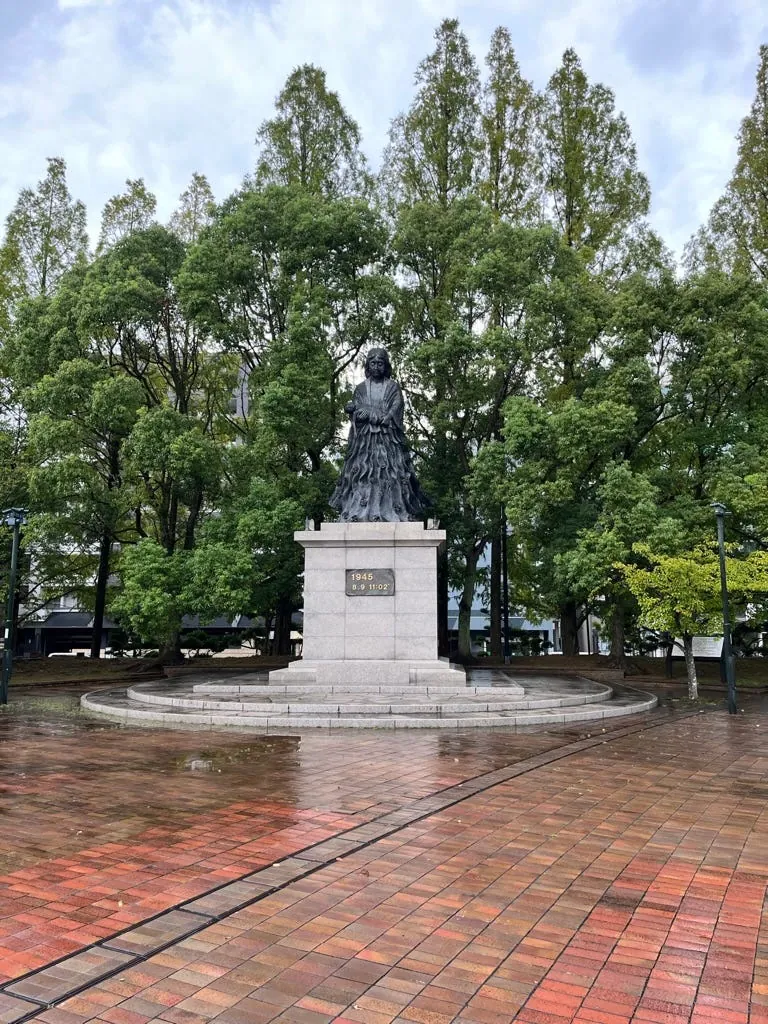
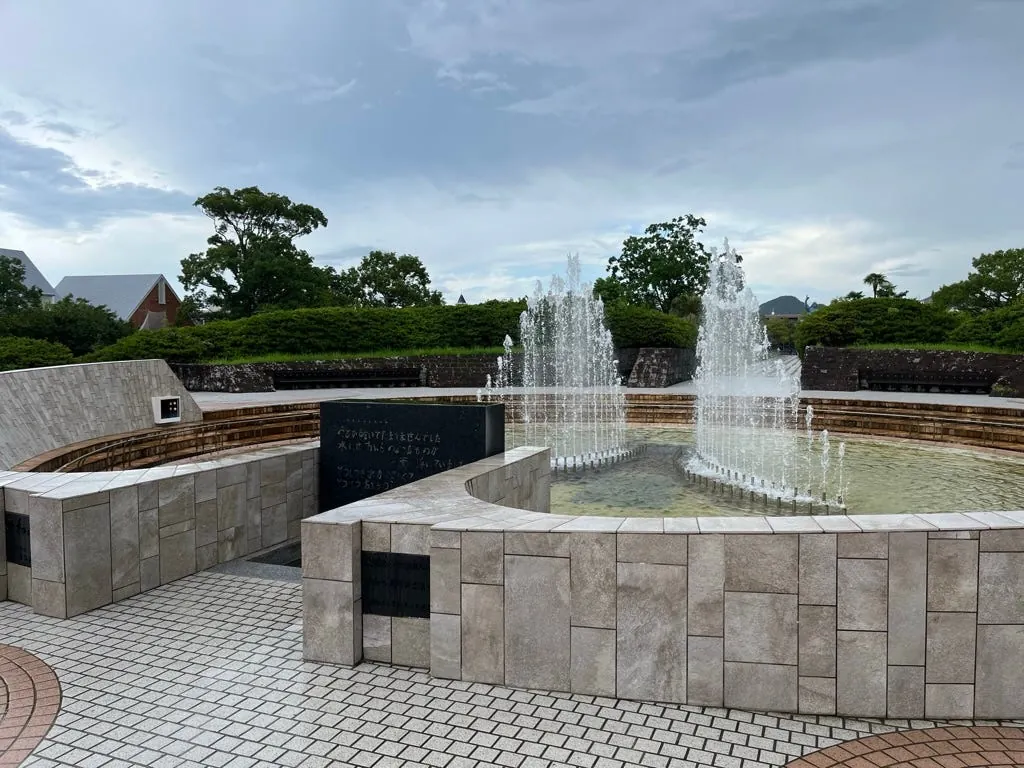
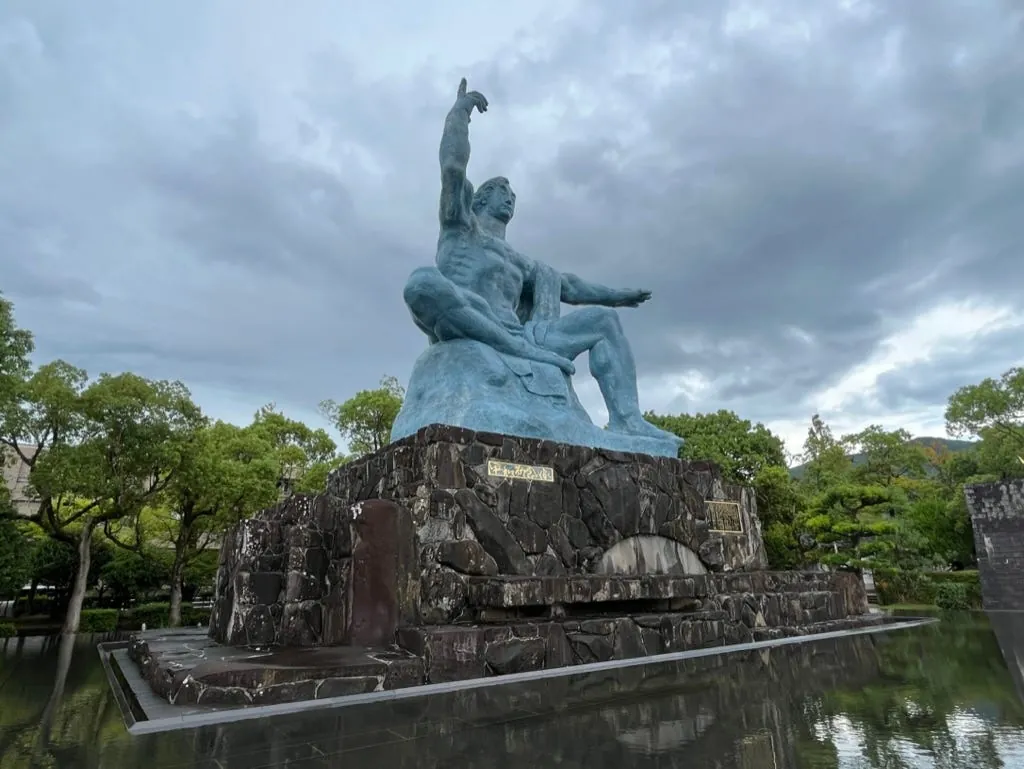
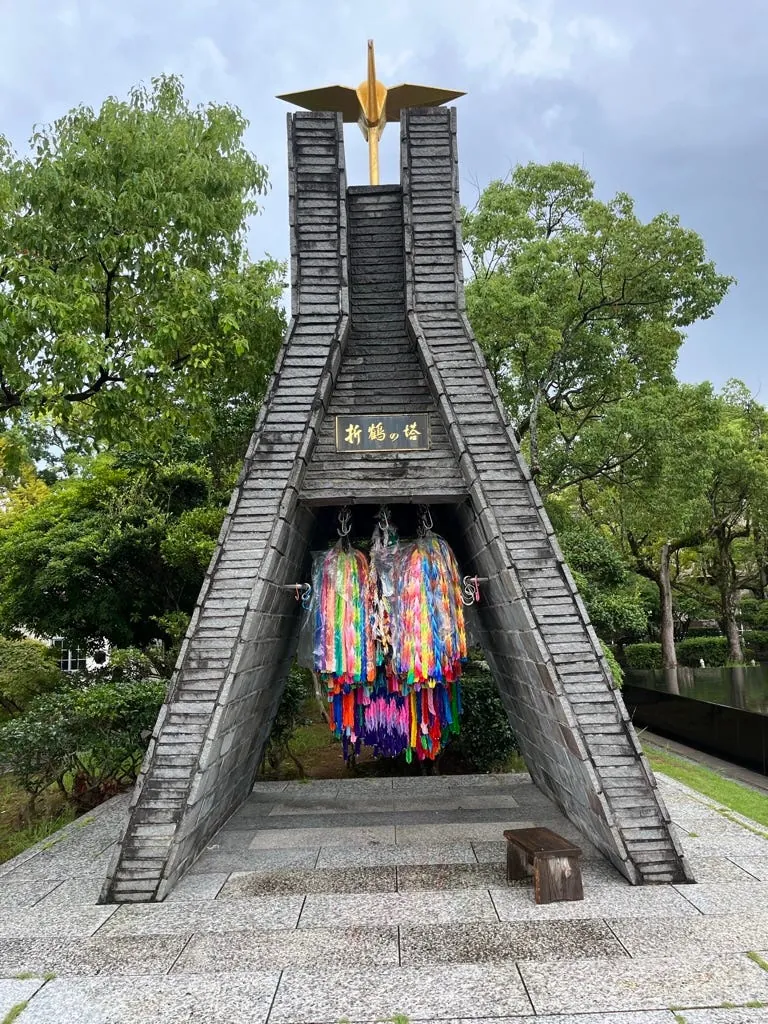
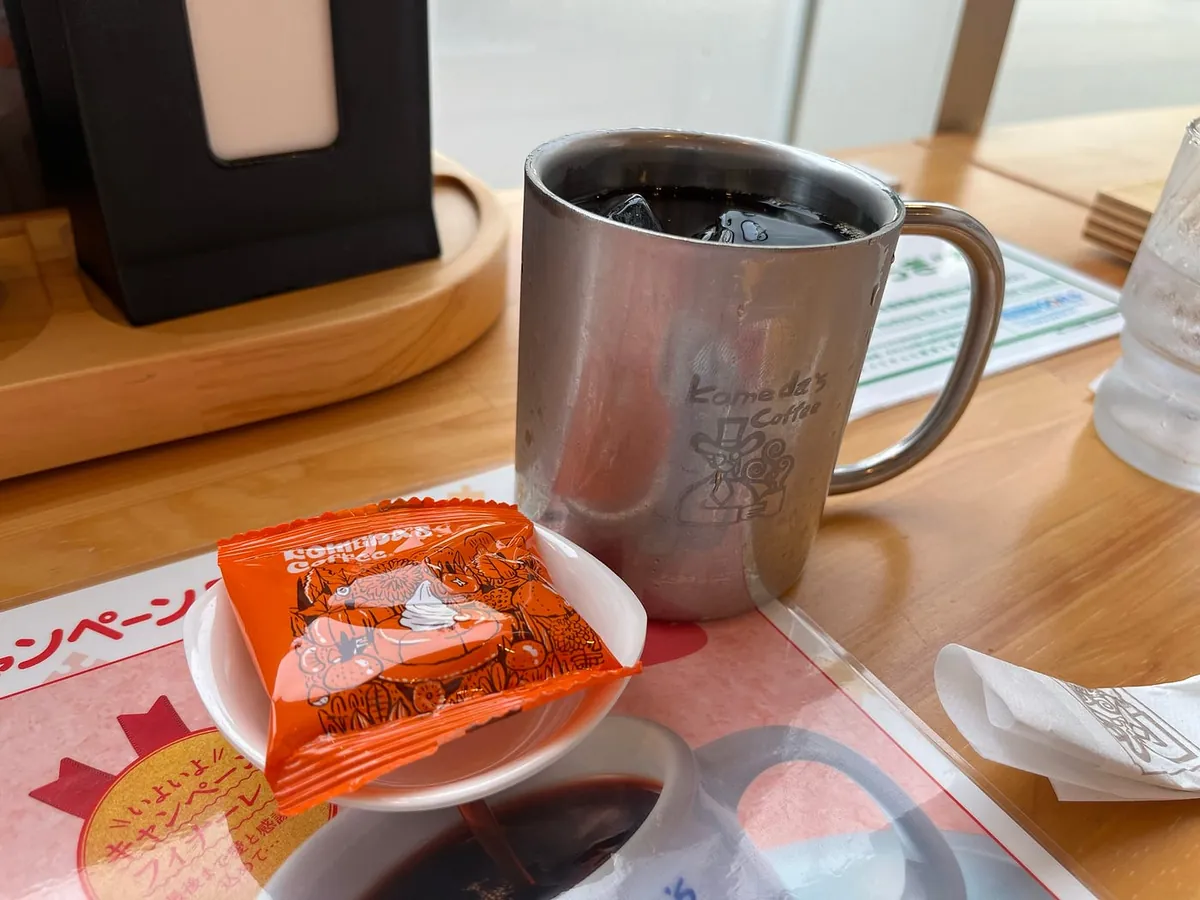
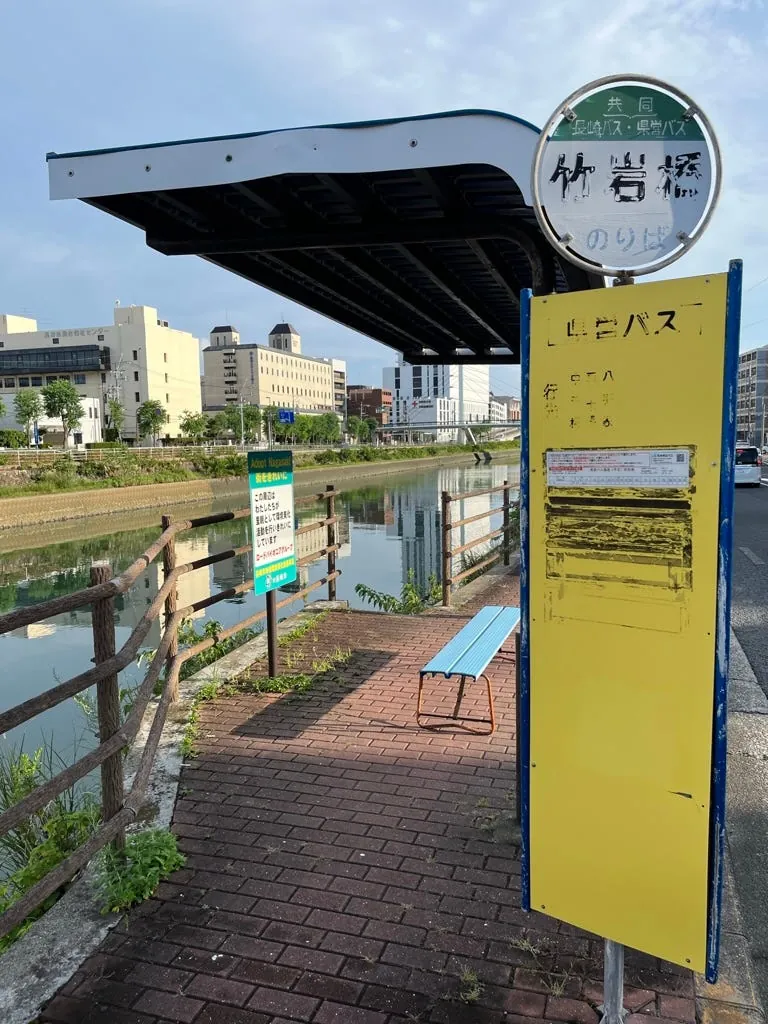
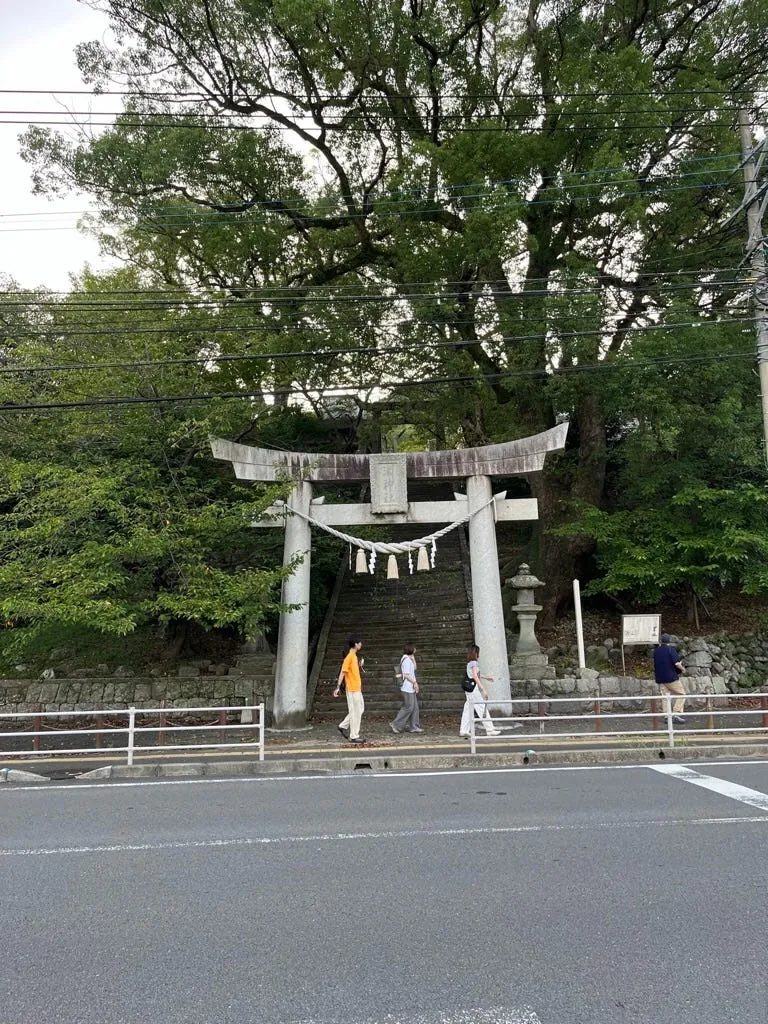
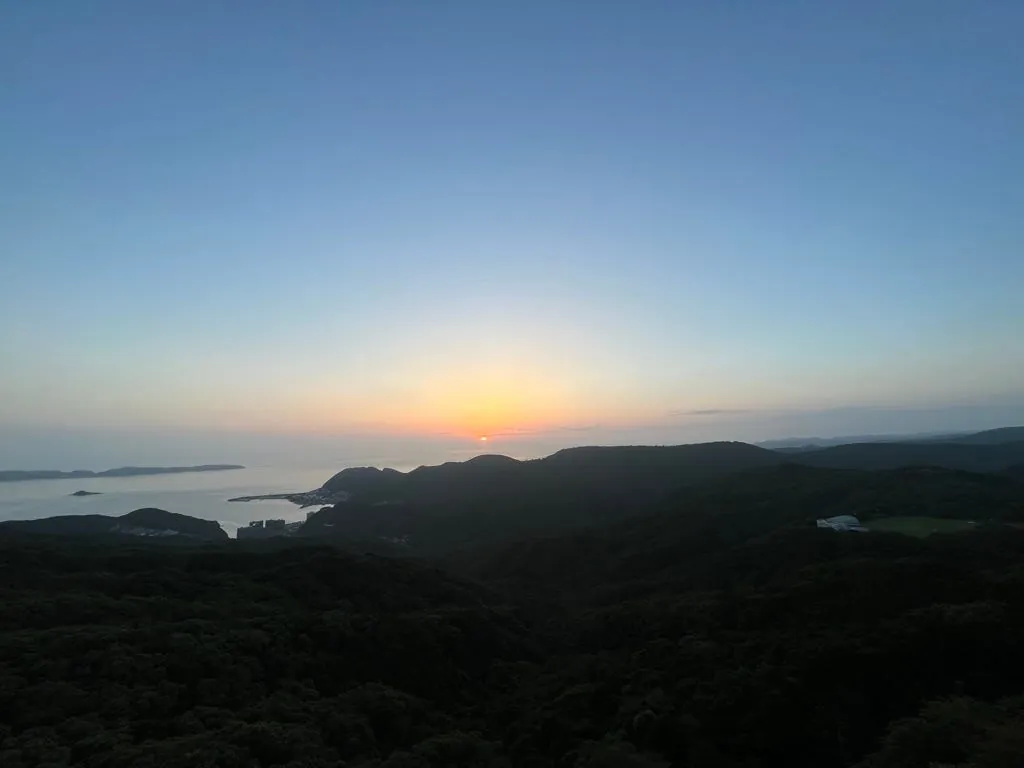
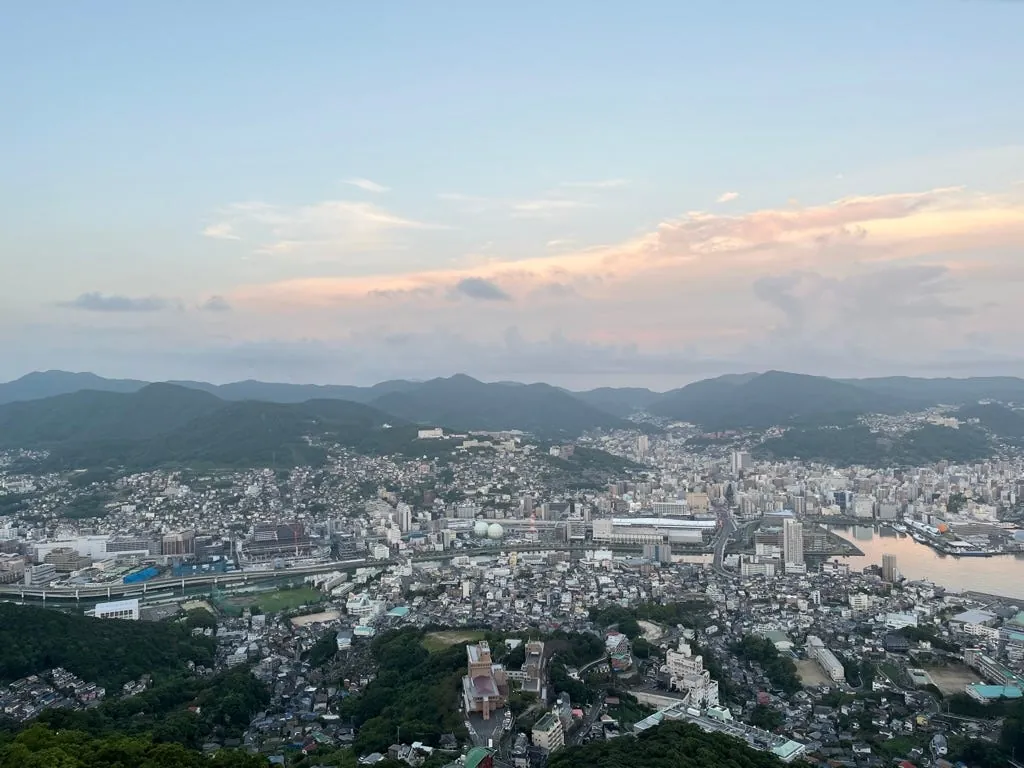
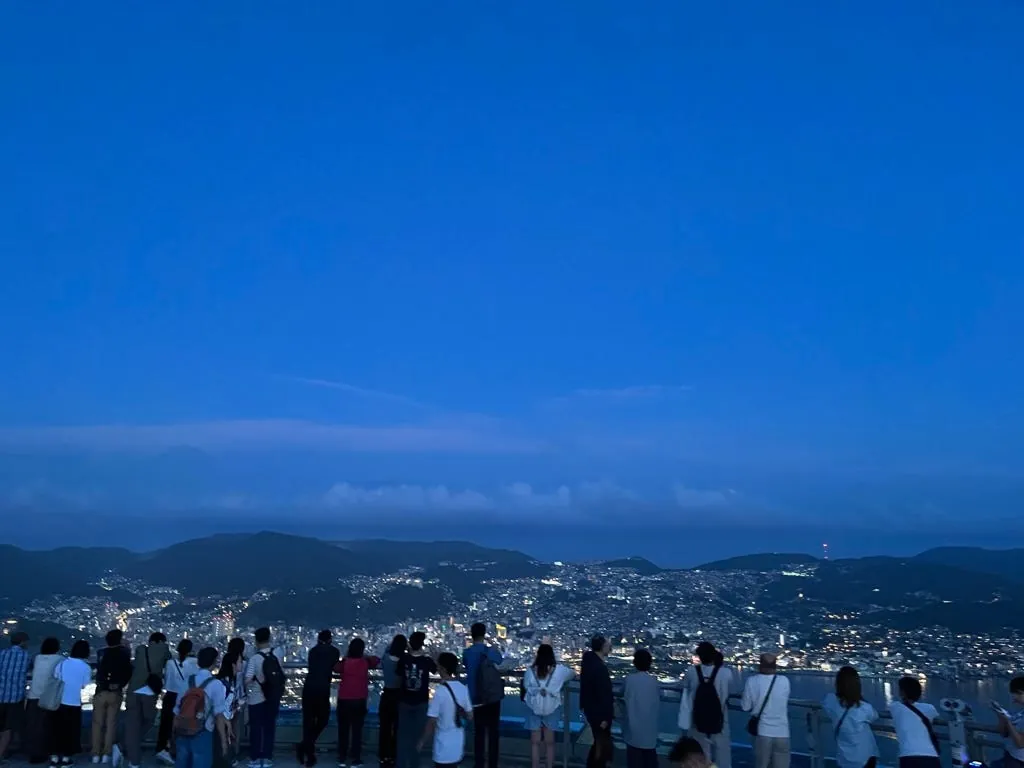
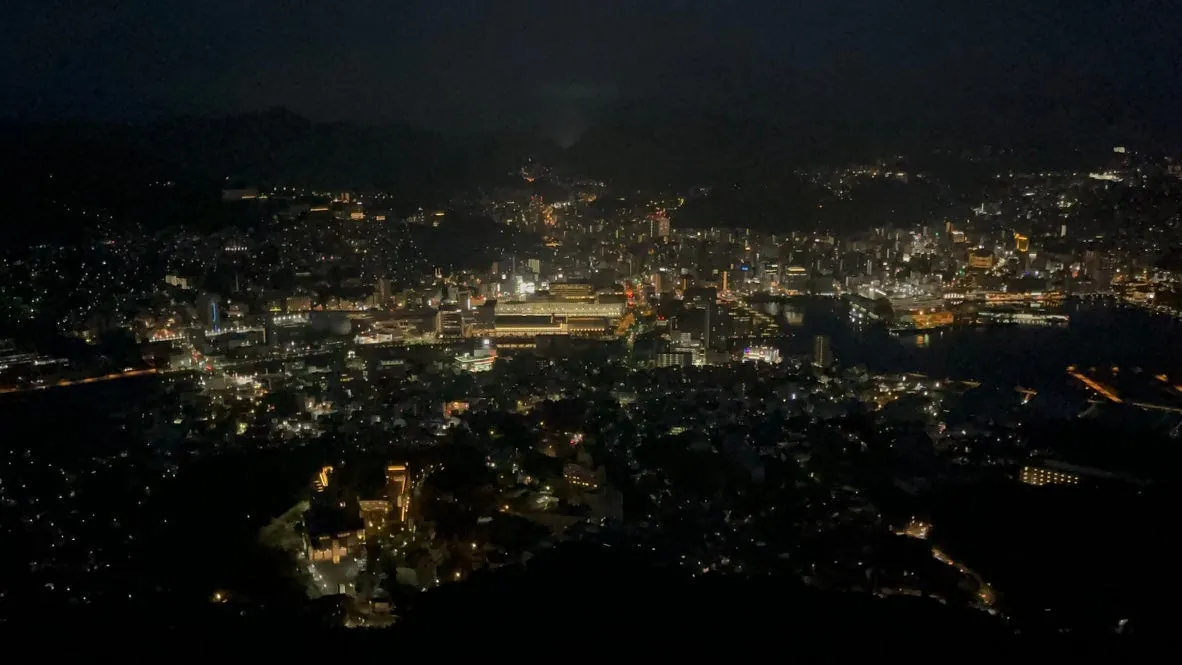
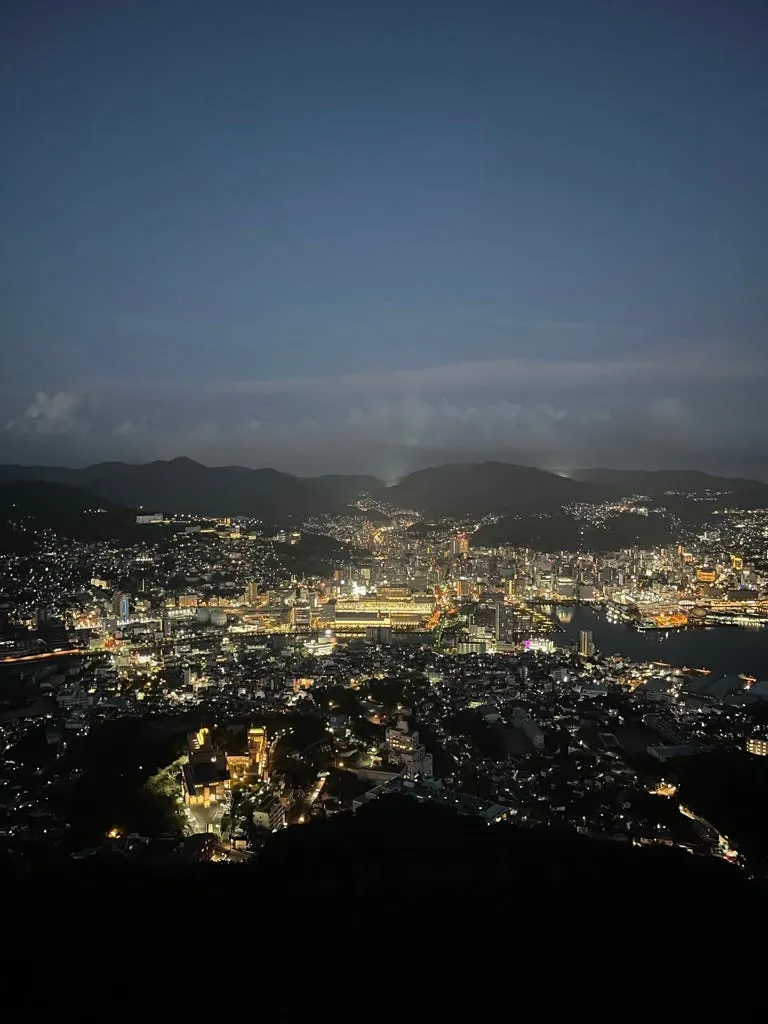

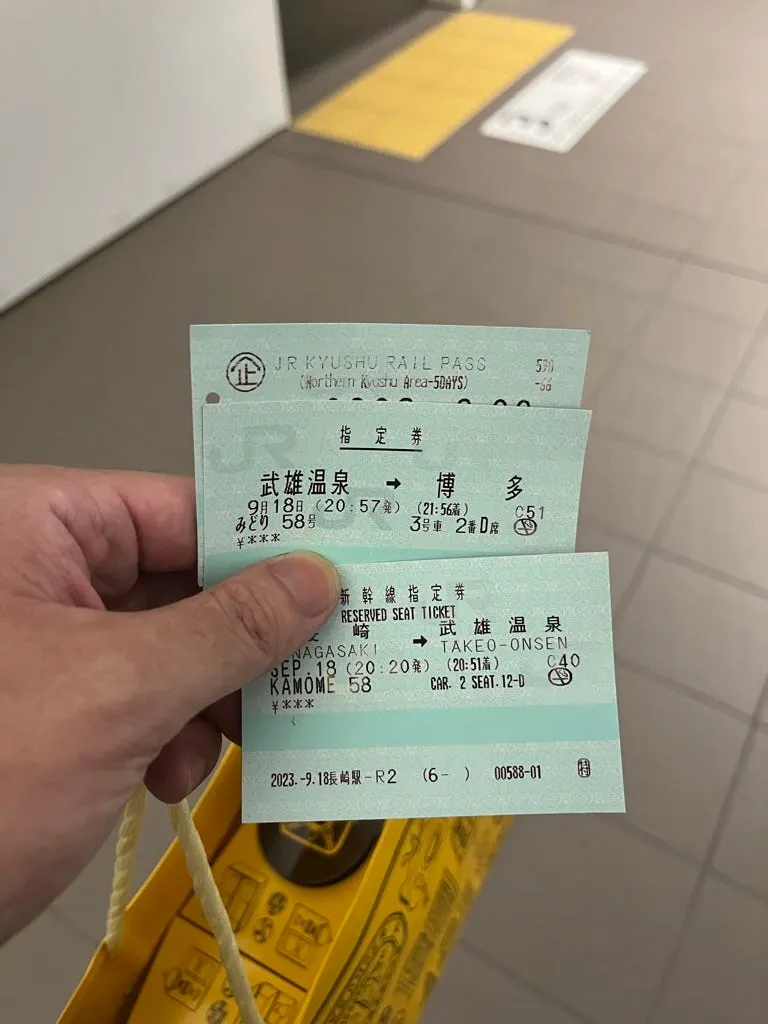
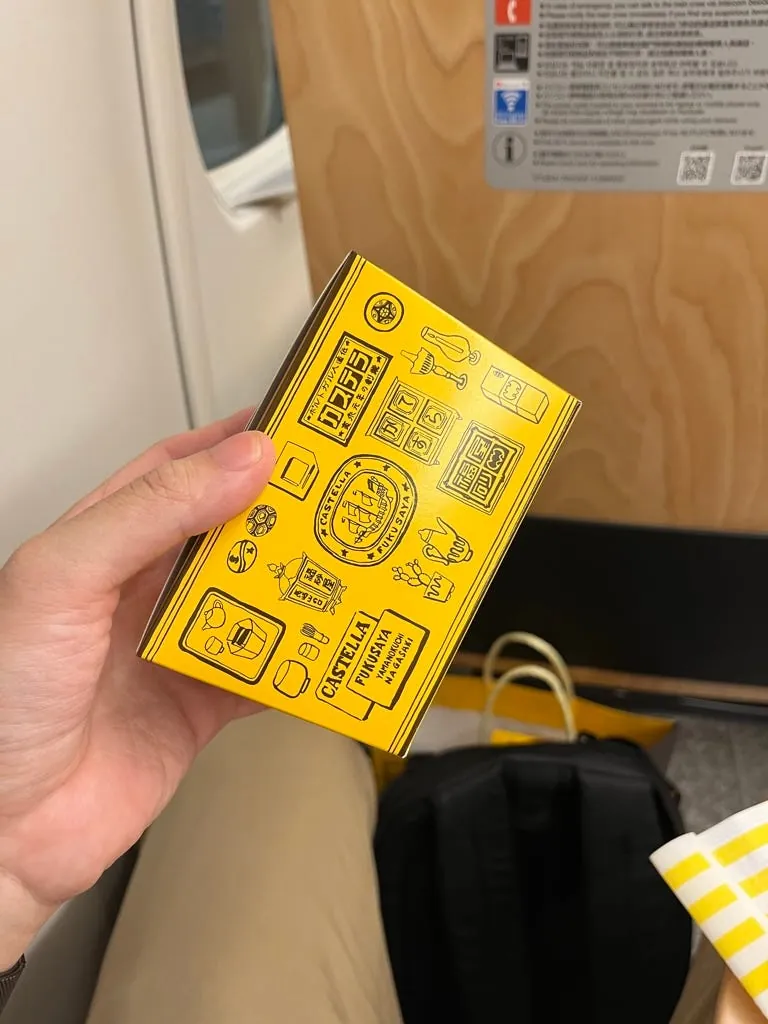

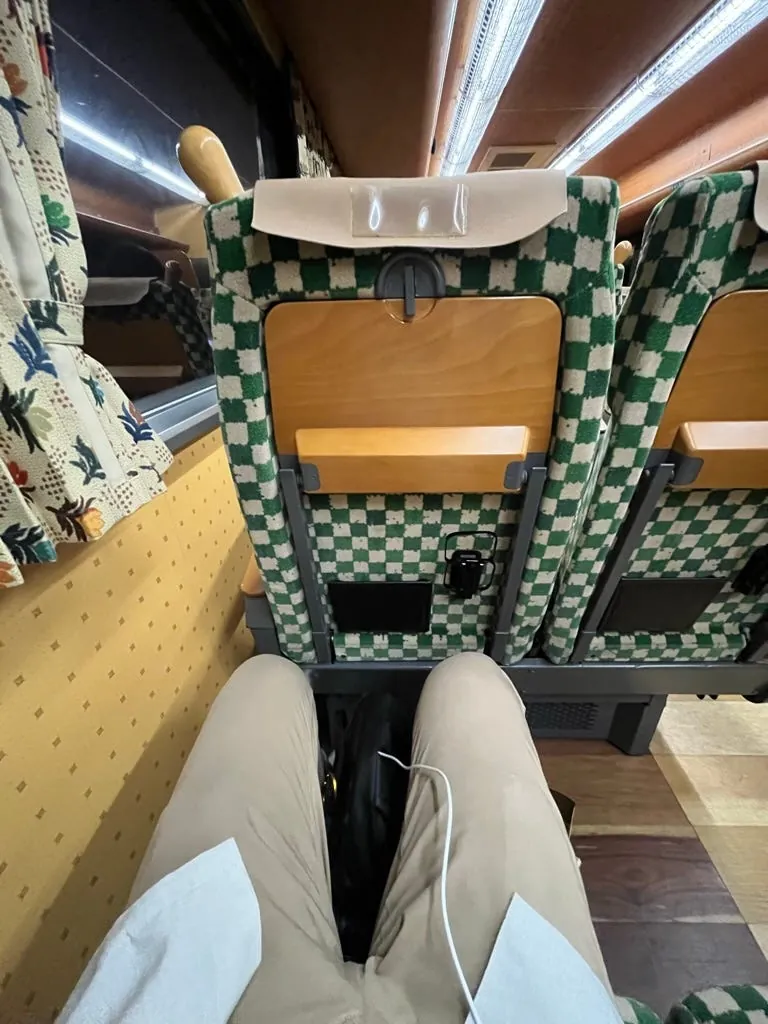
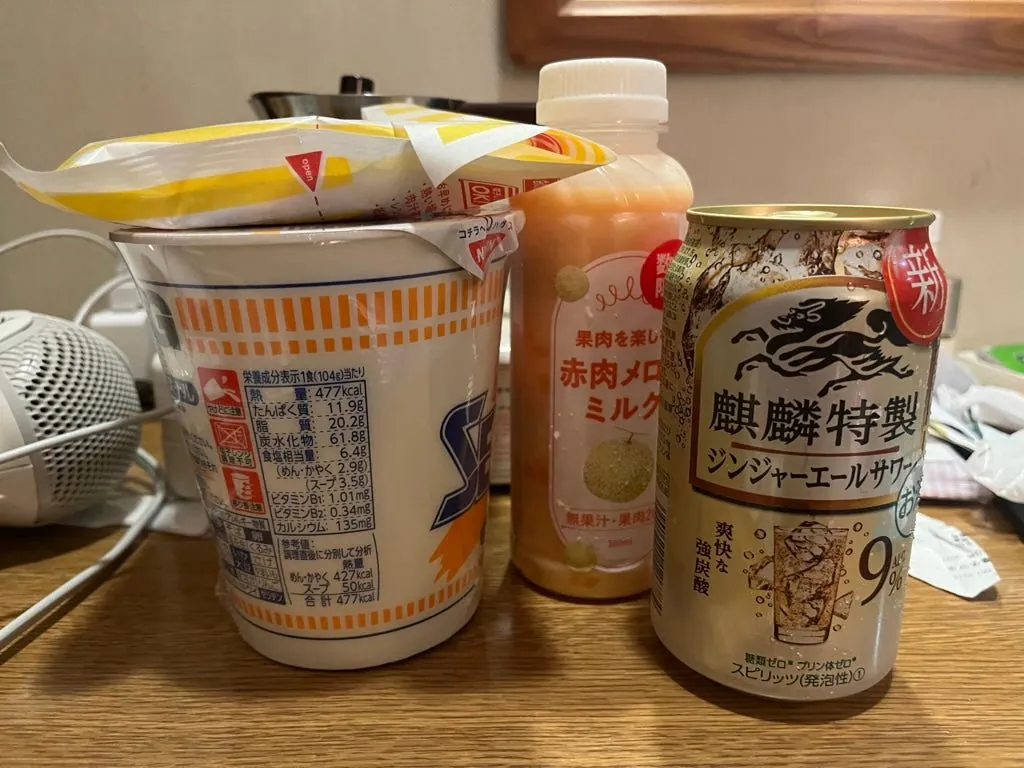
{:target="_blank"}](/assets/d78e0b15a08a/1*yw5Tfu5ogeG8m15tt0KEyA.webp)
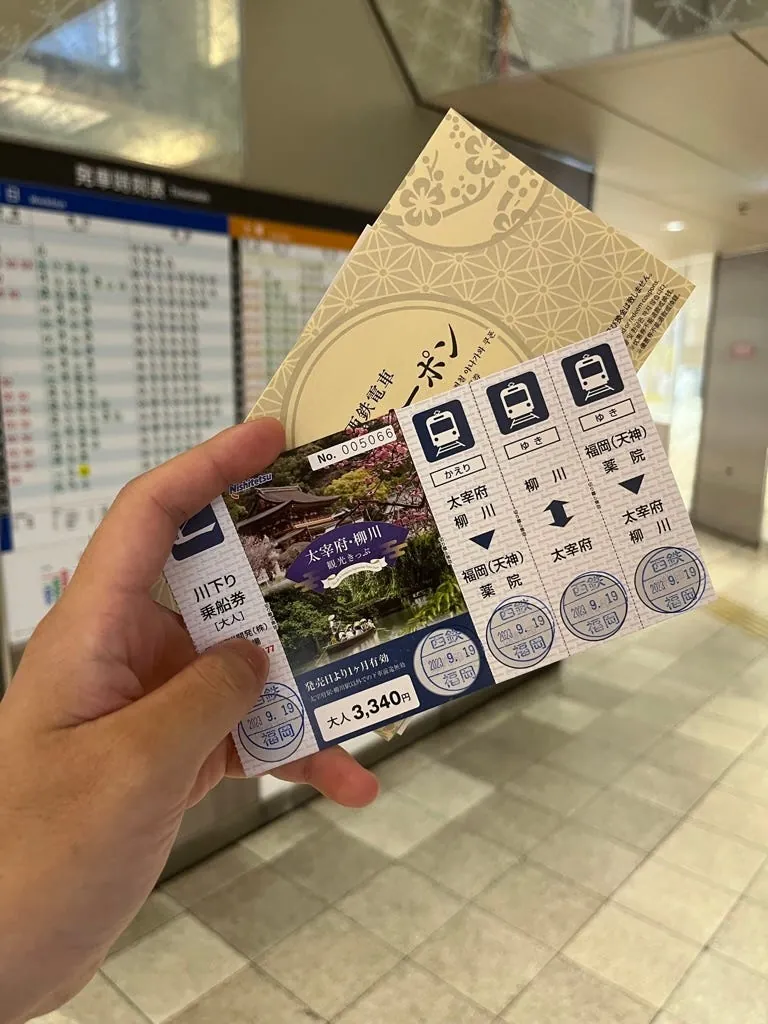
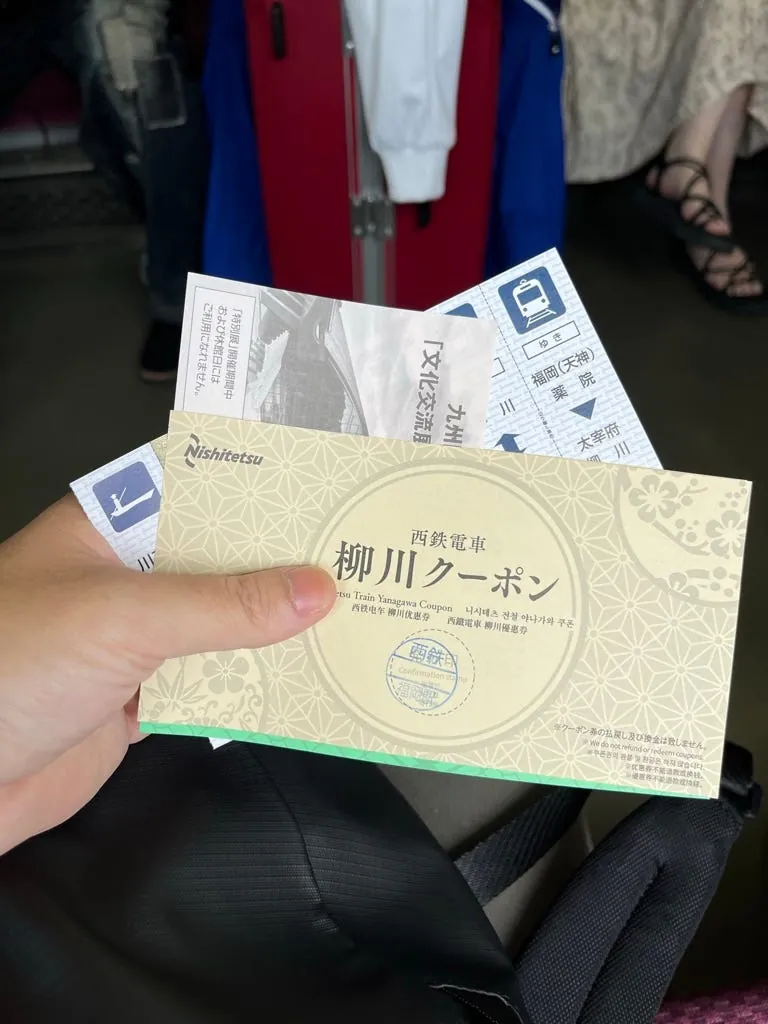
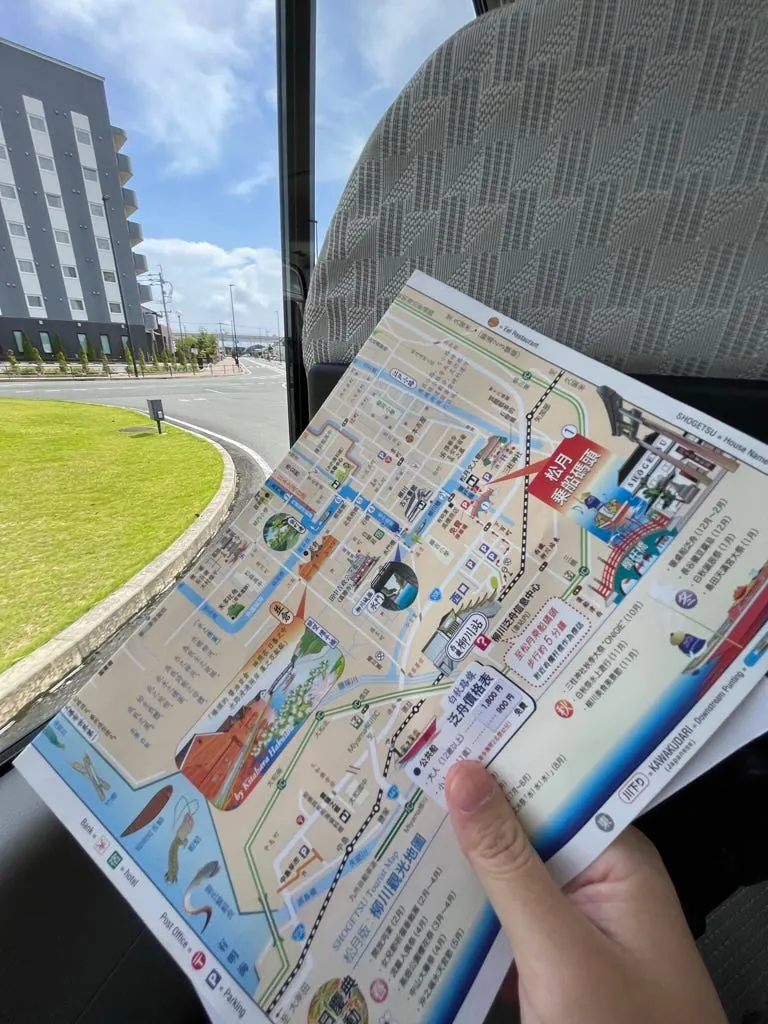
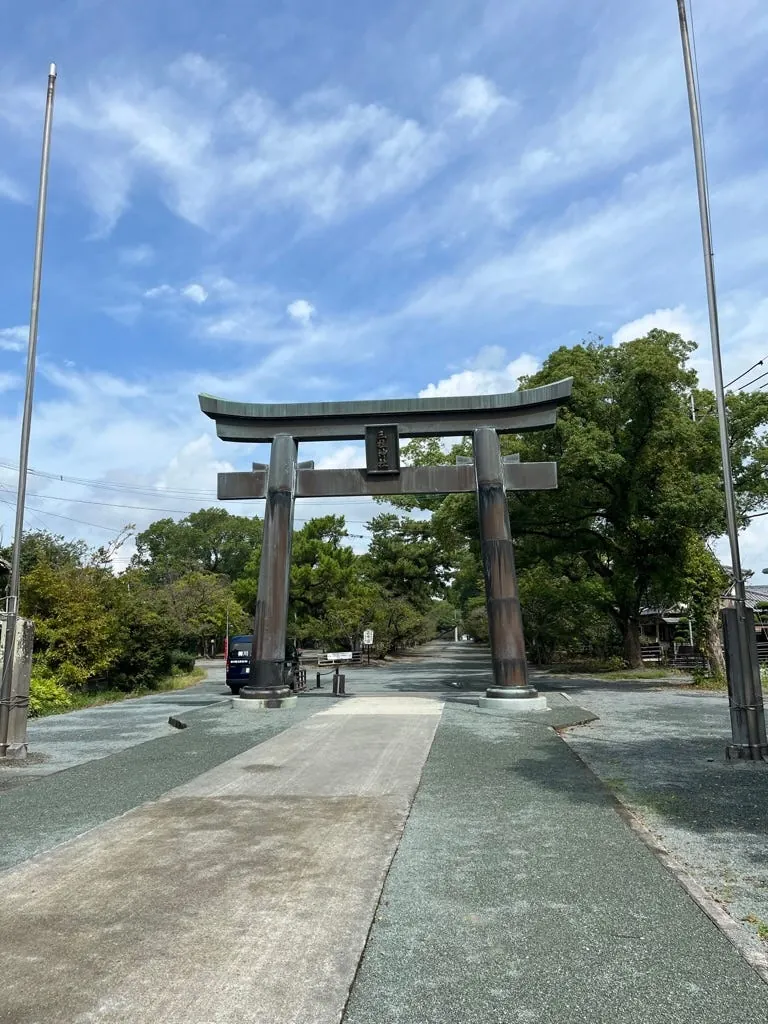
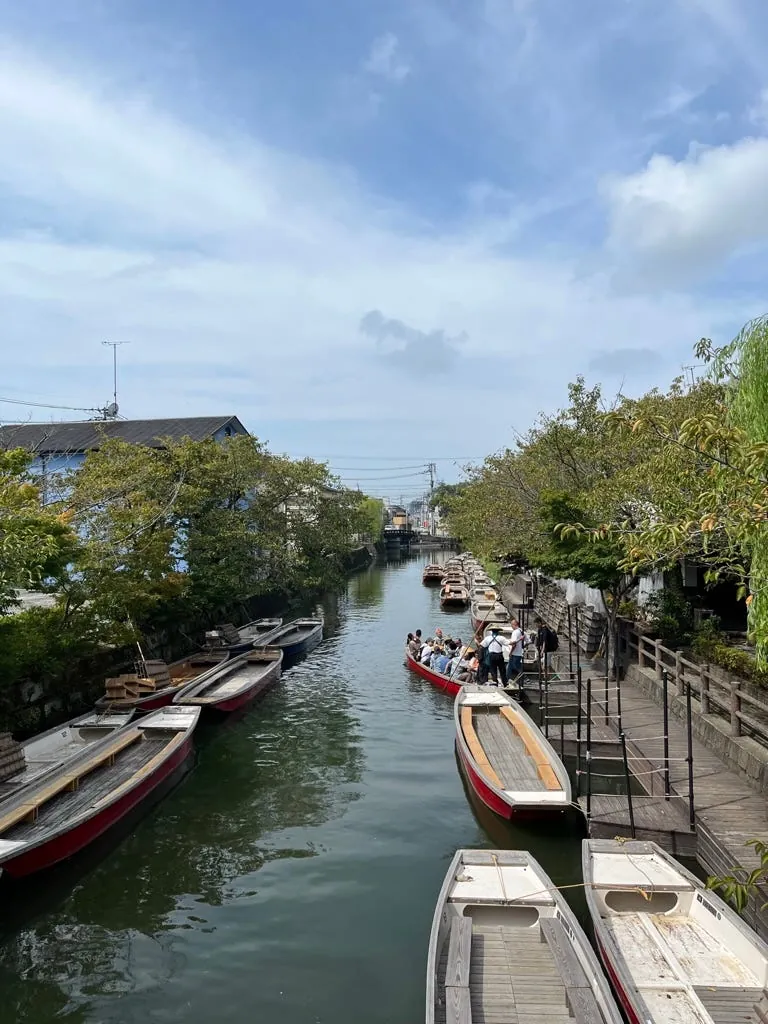
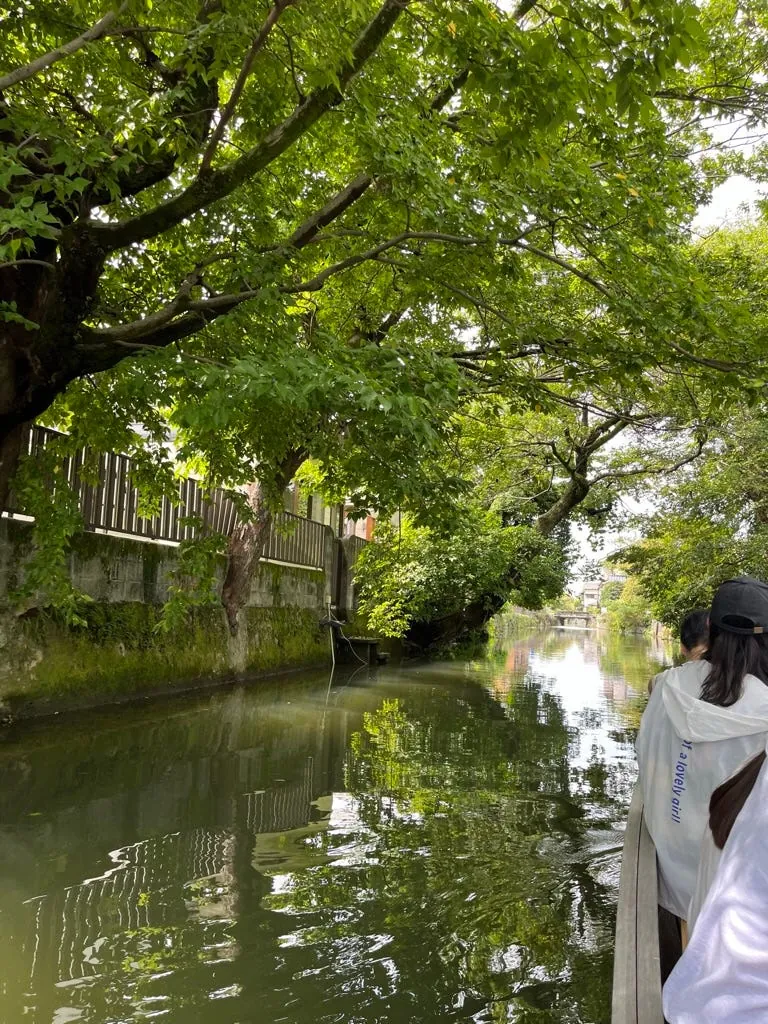
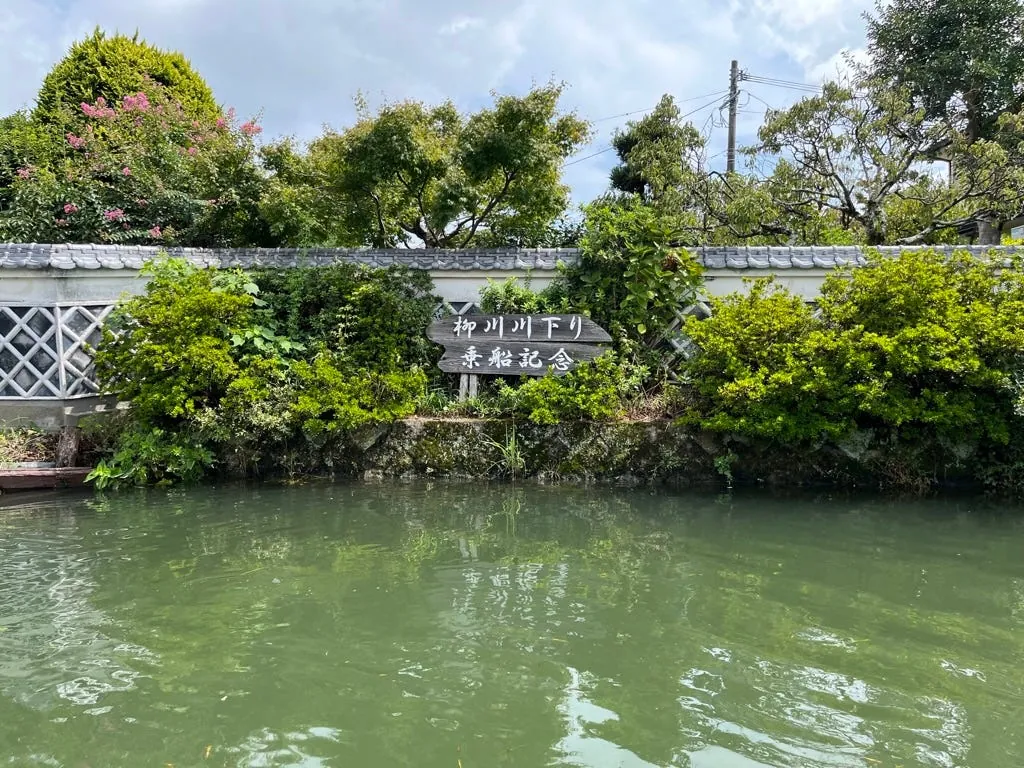
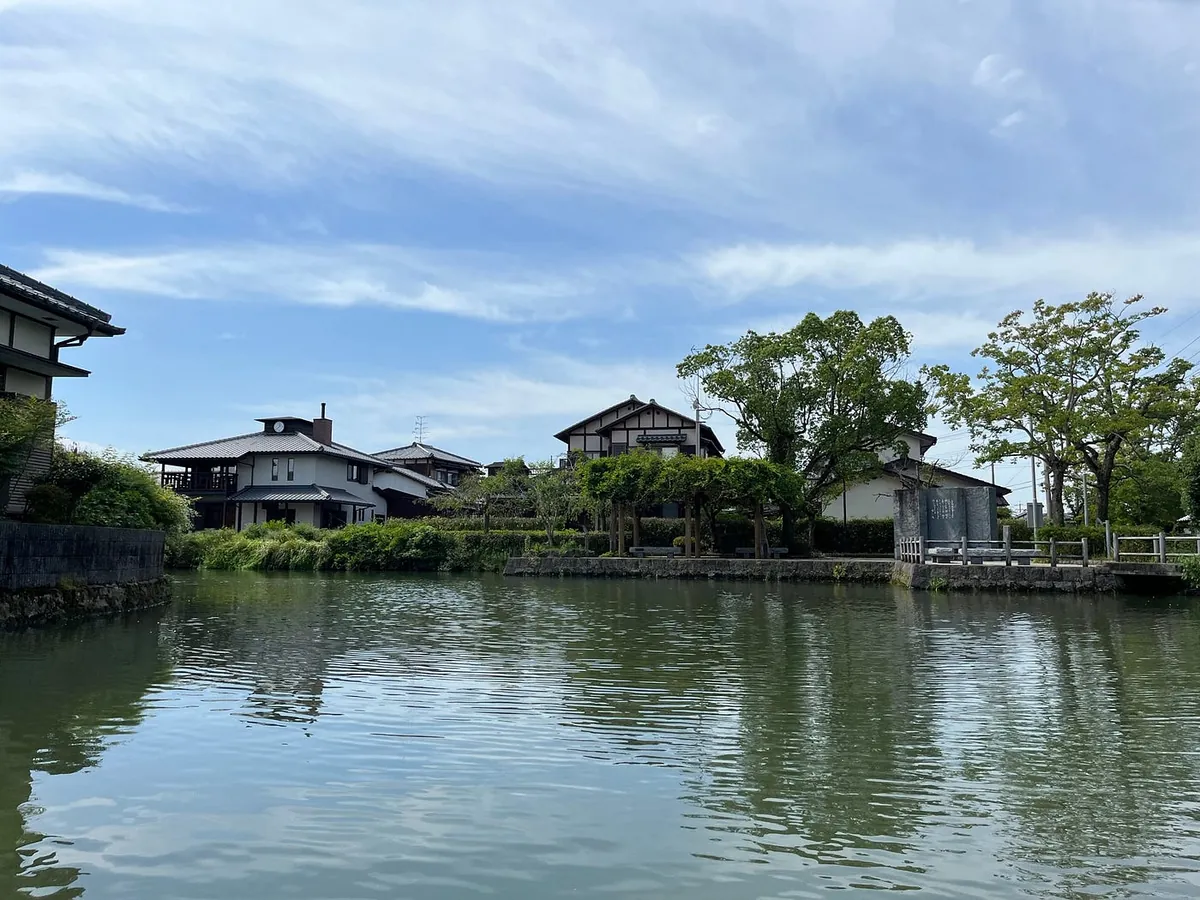
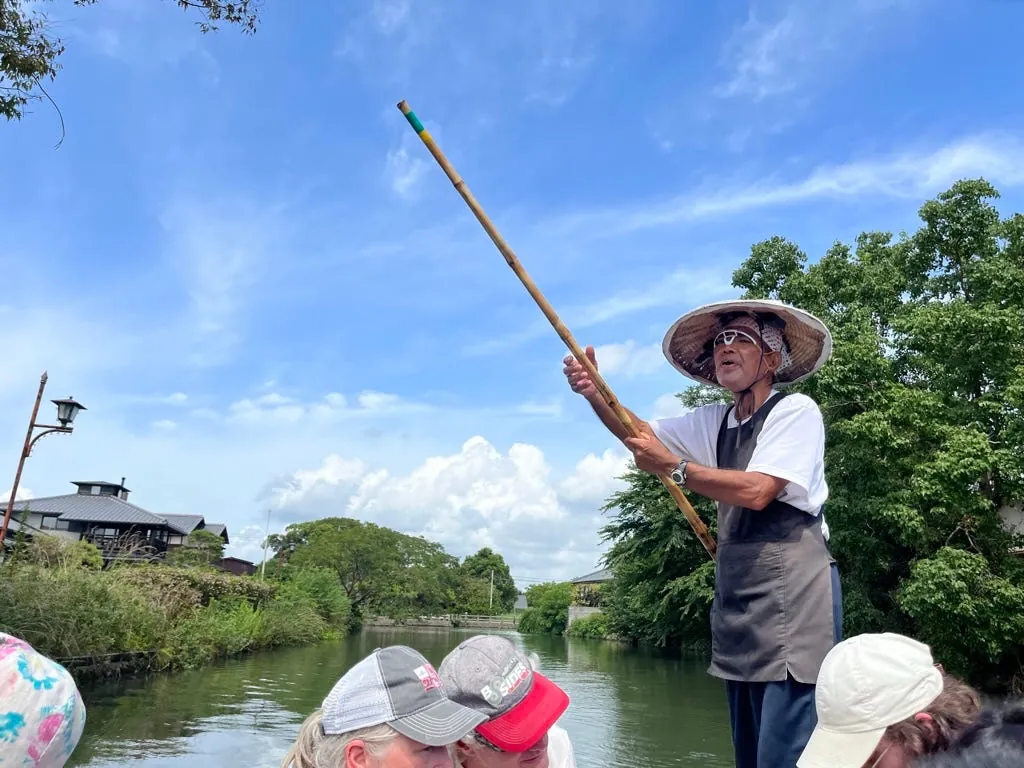
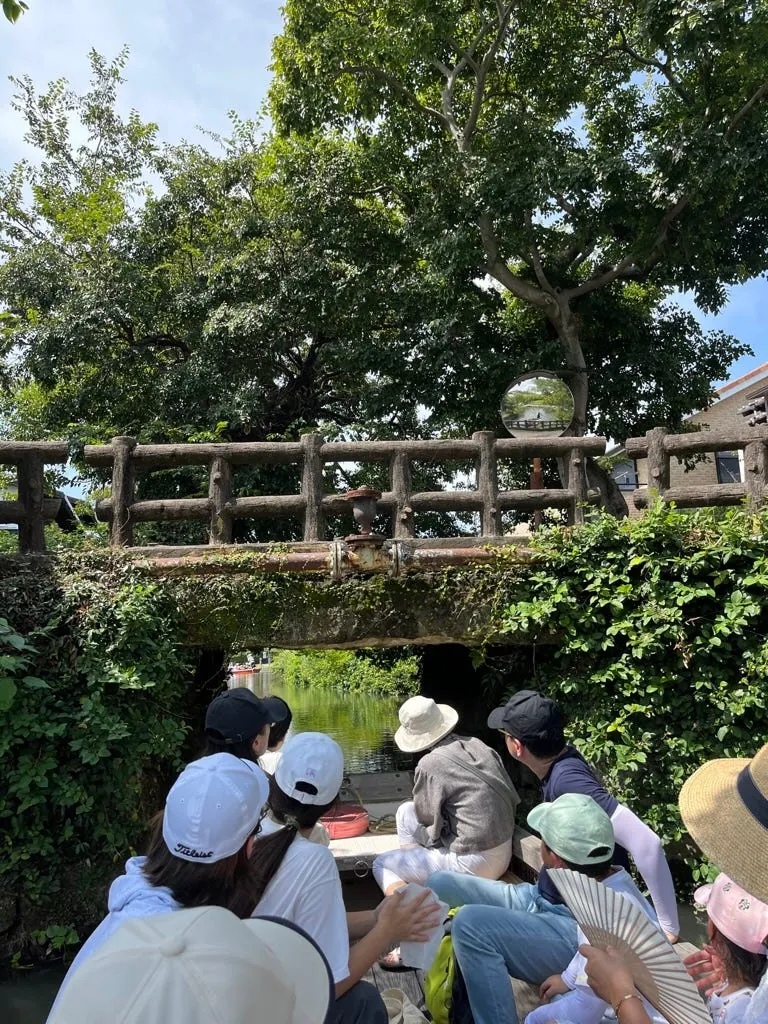
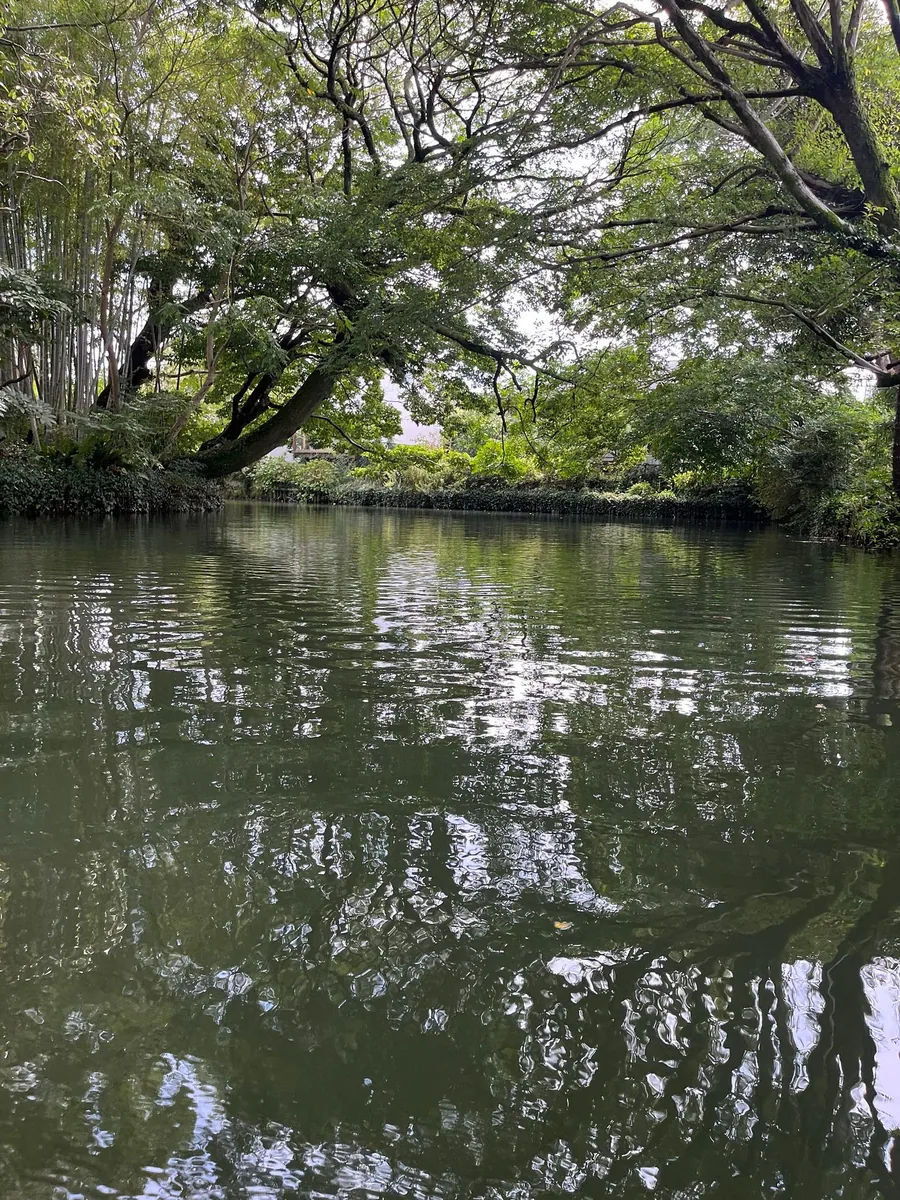
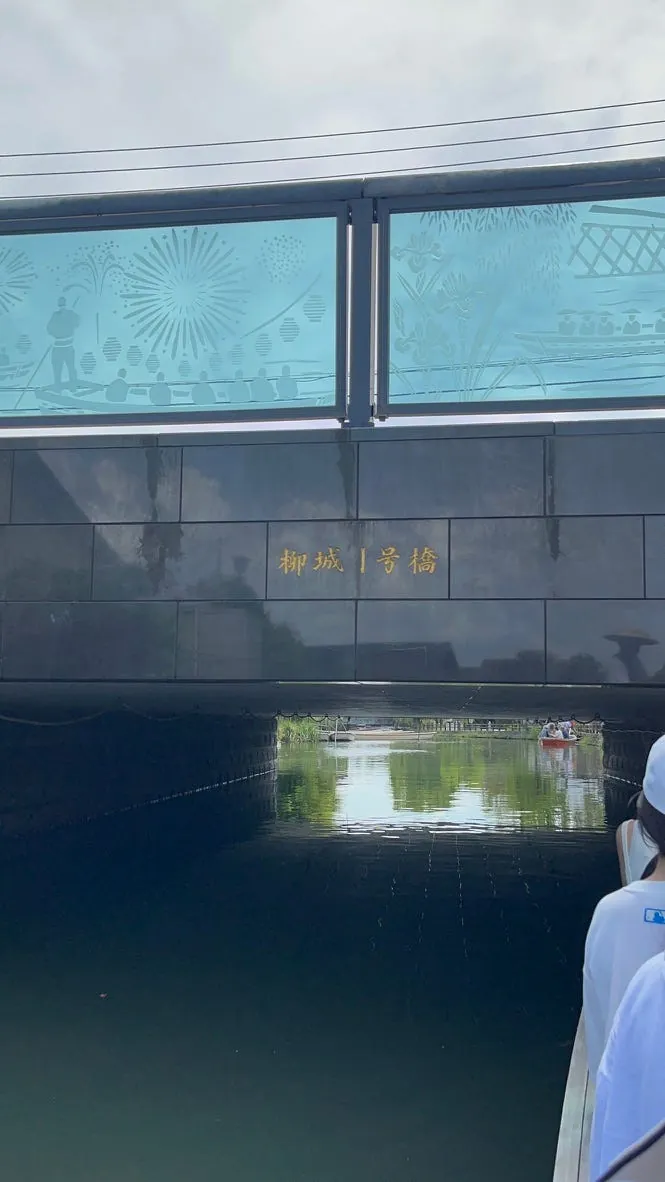
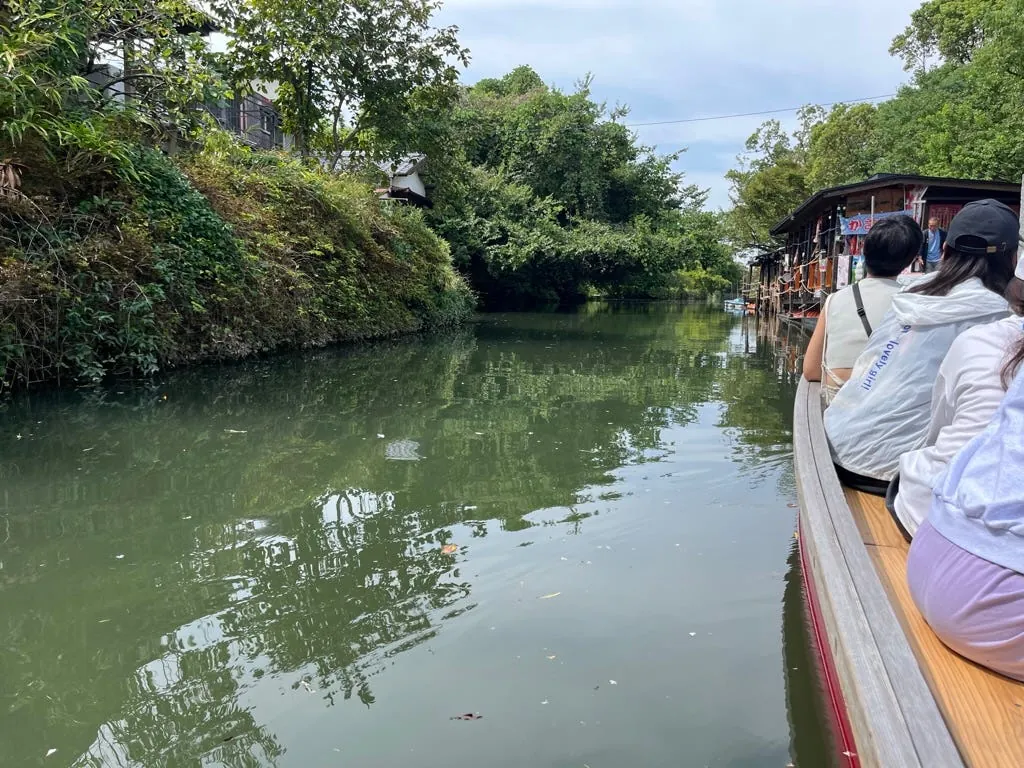
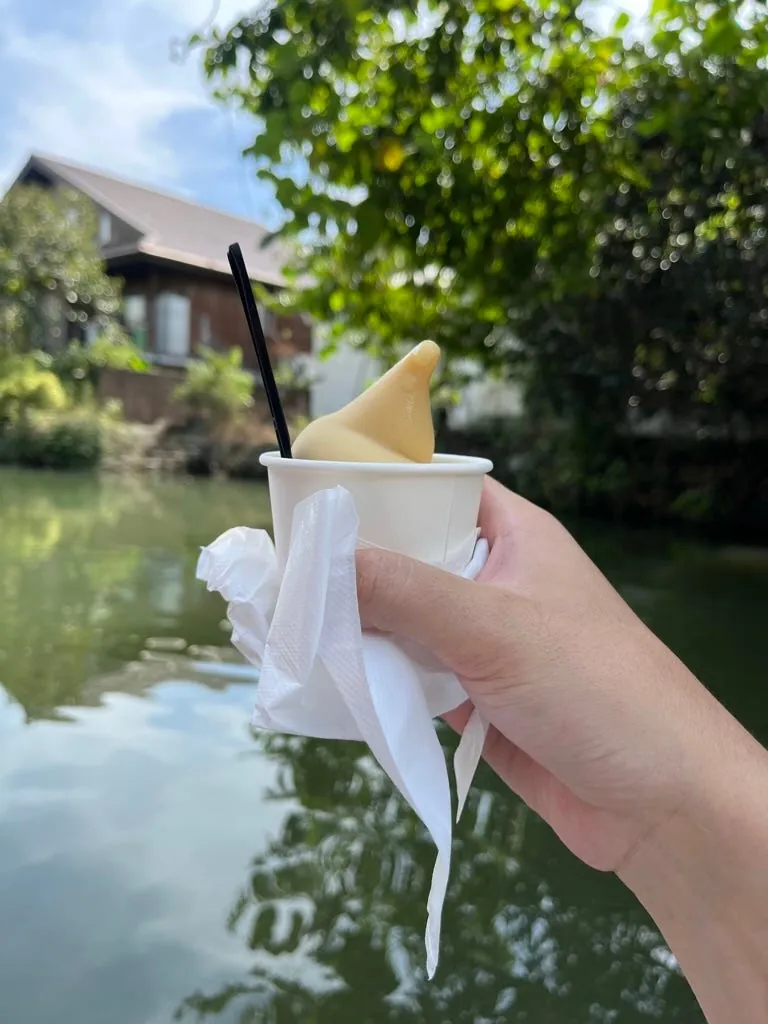
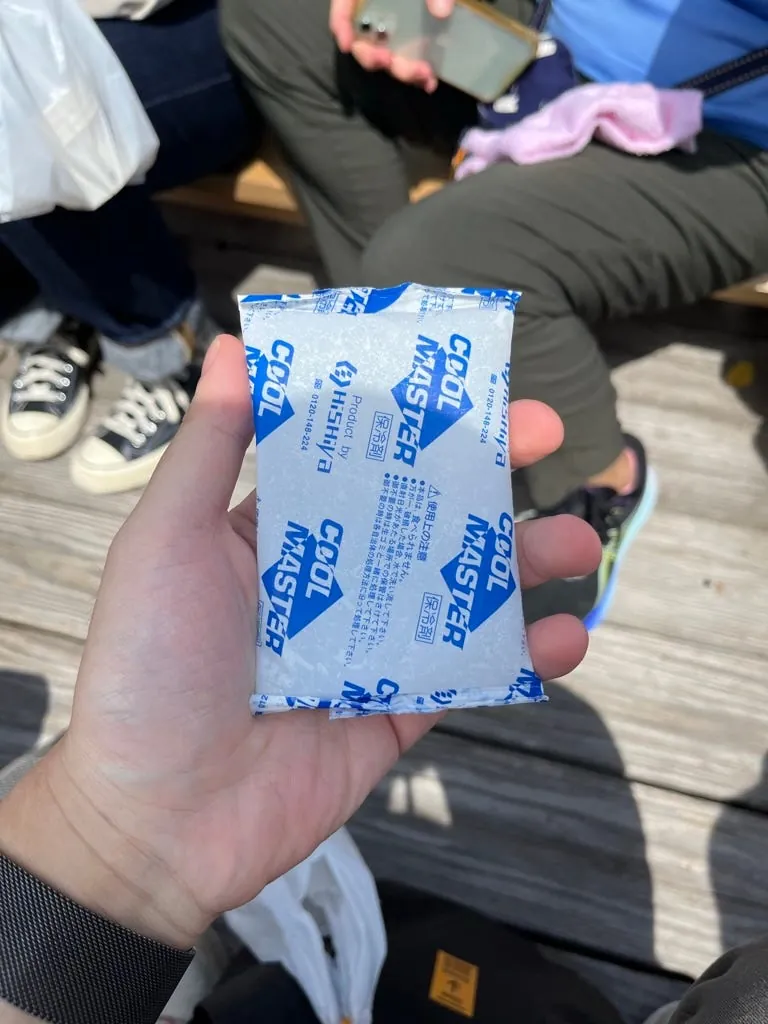
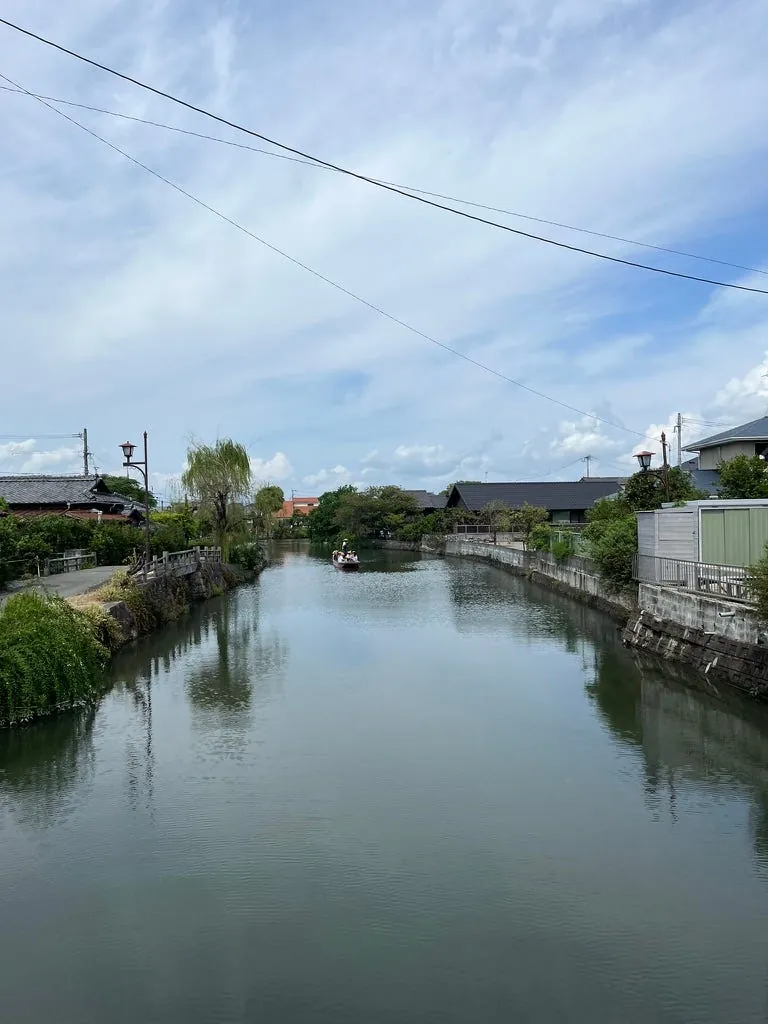
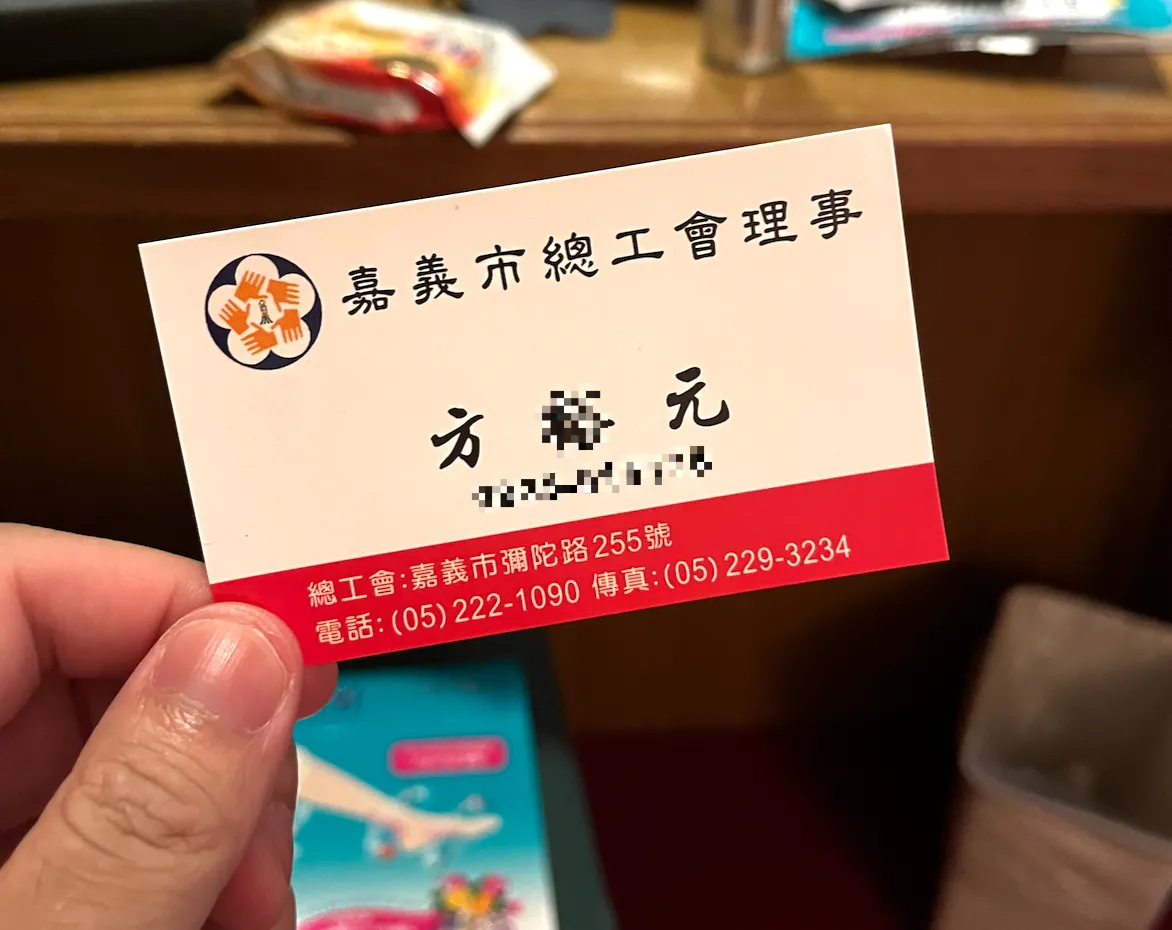
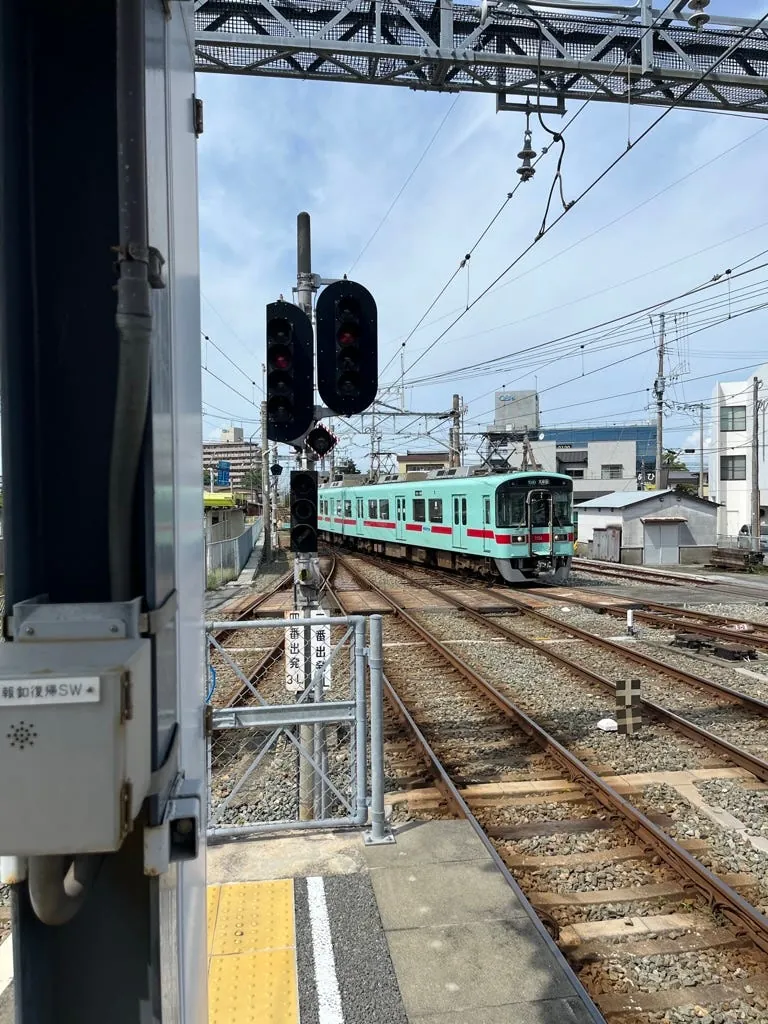
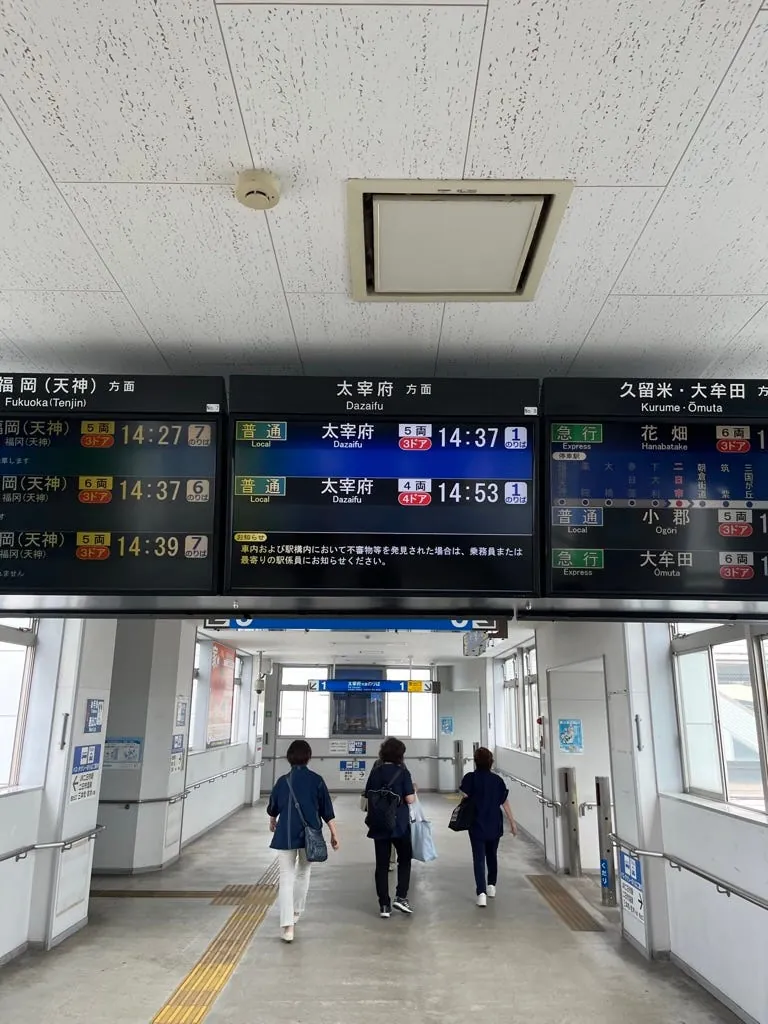
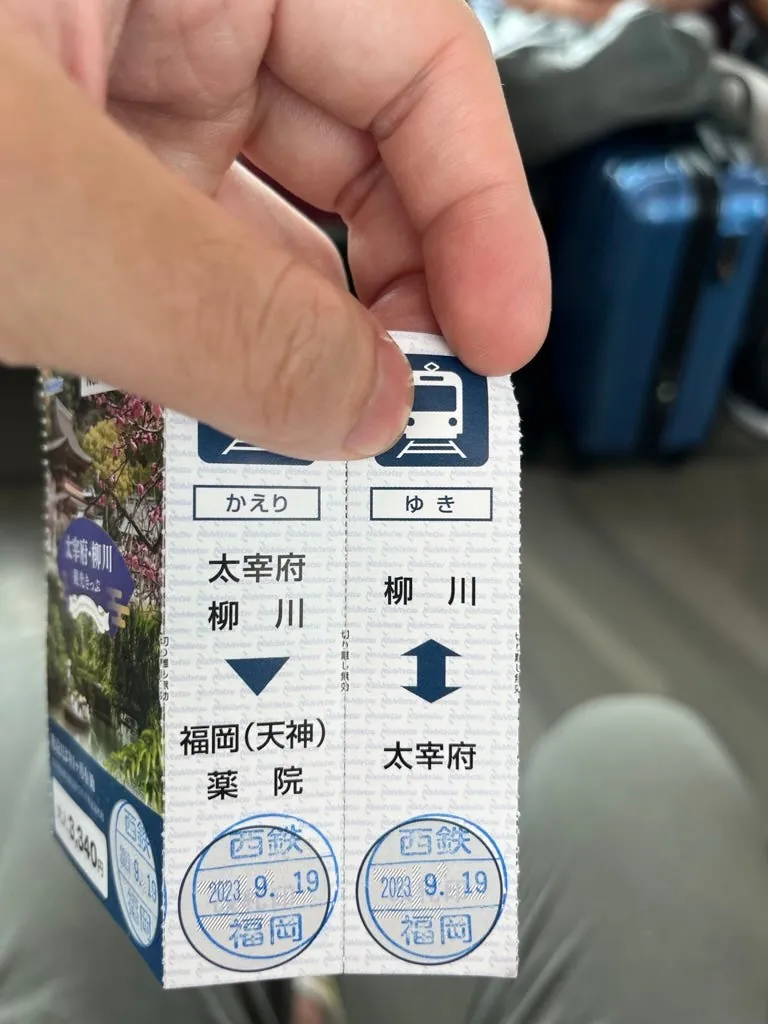
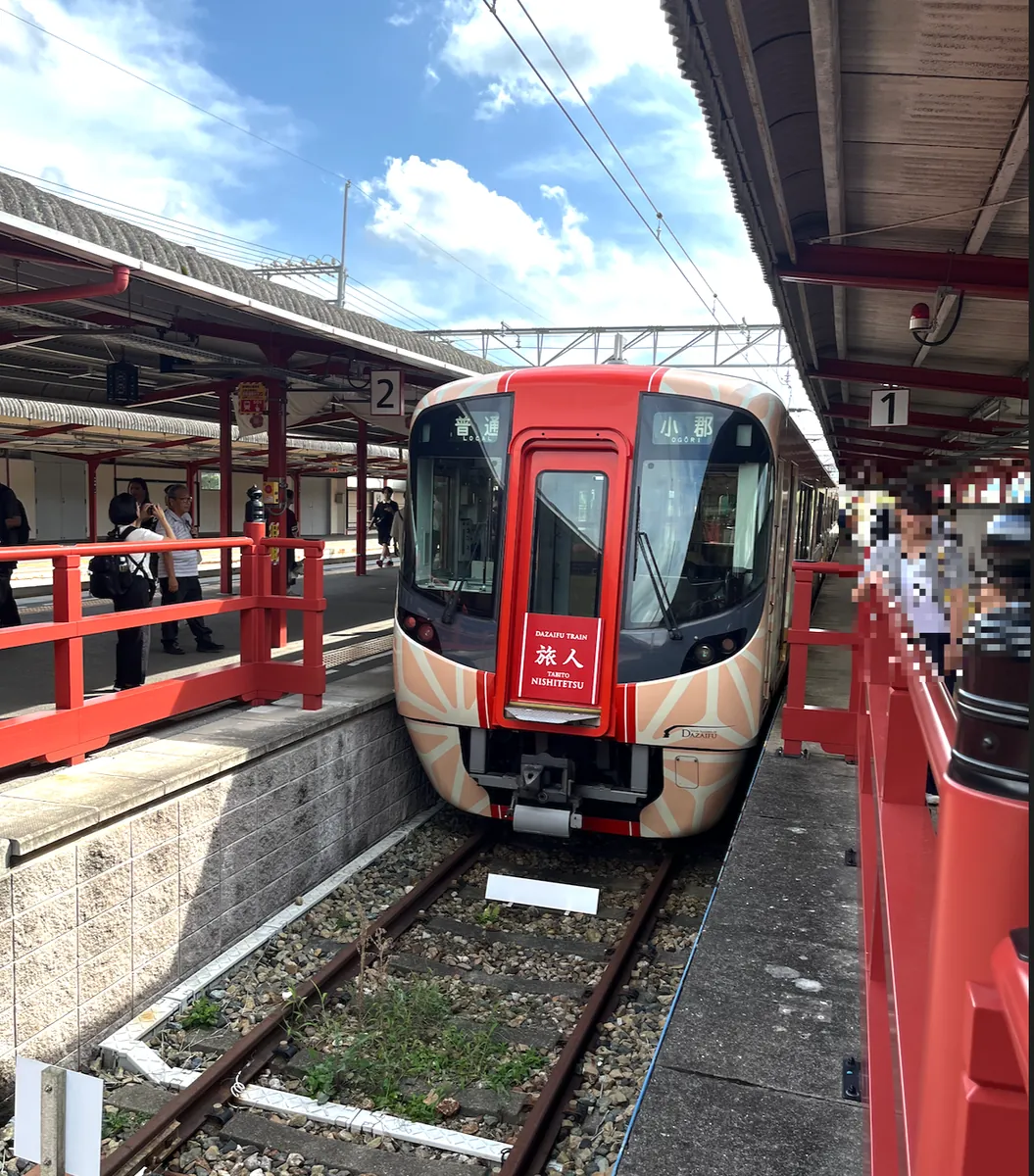
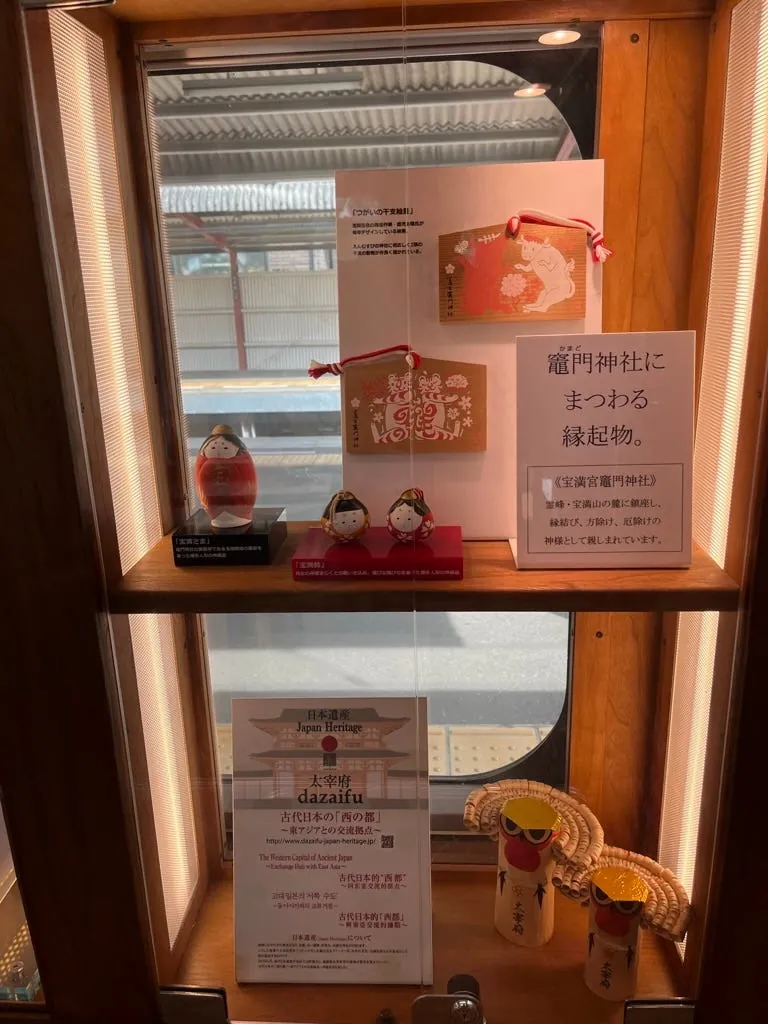
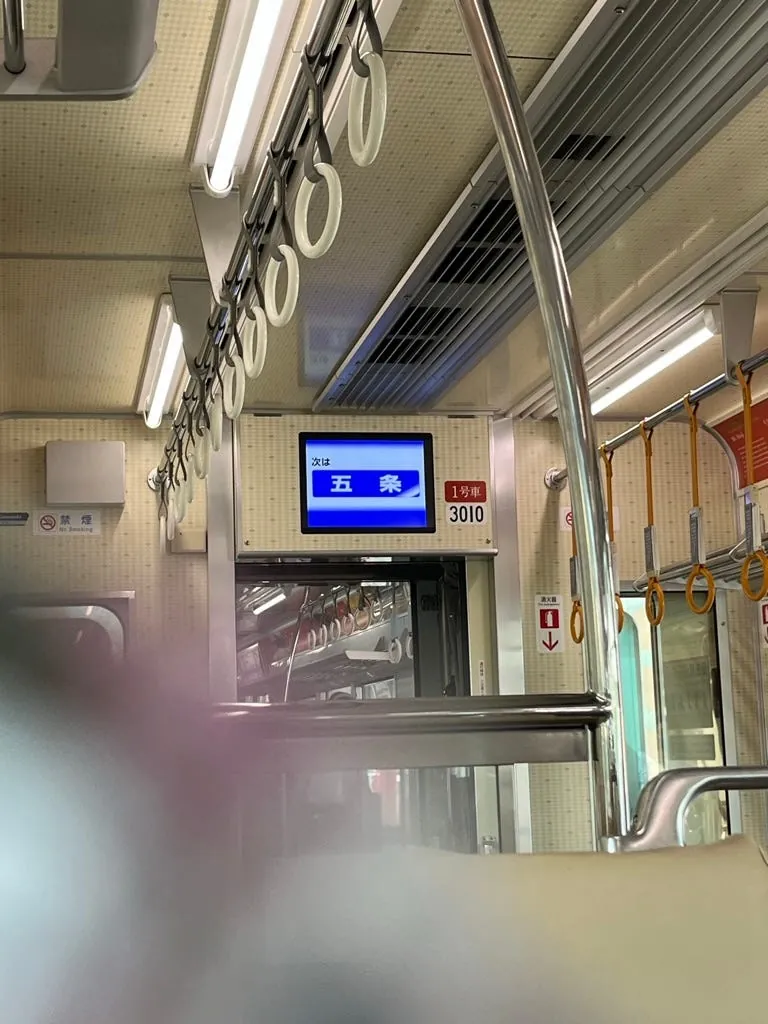
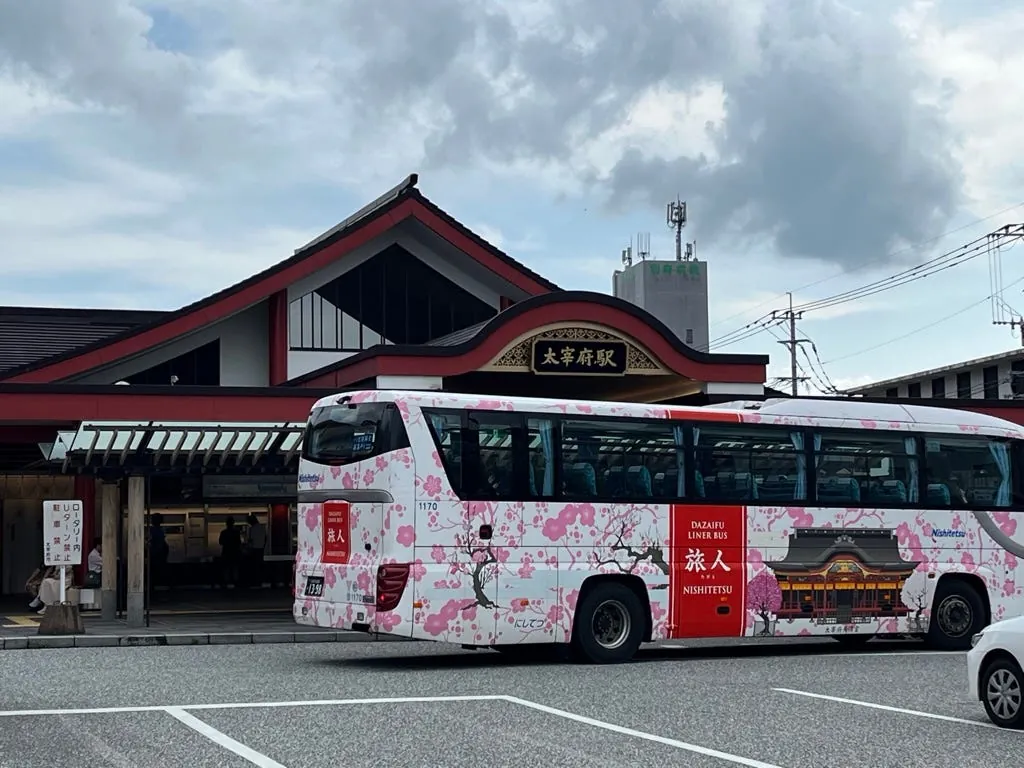
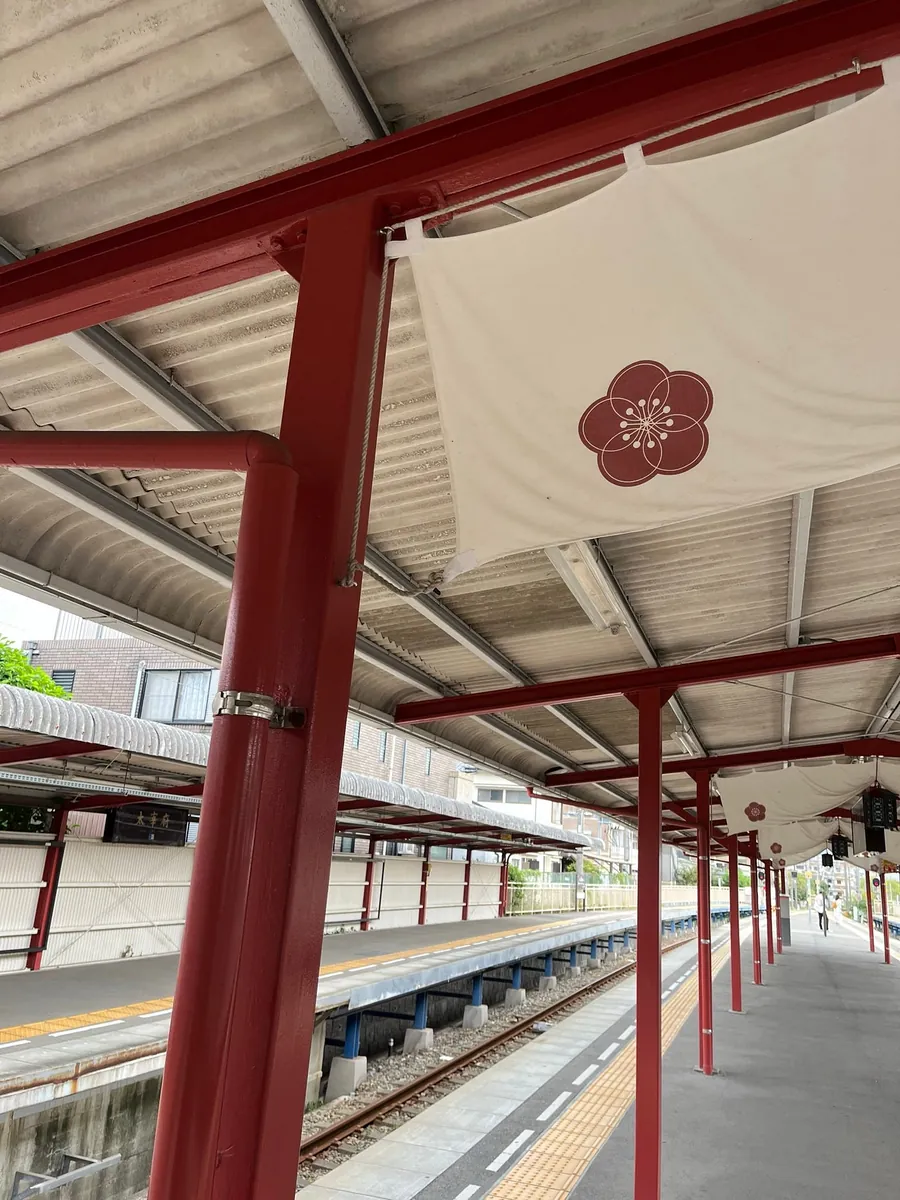
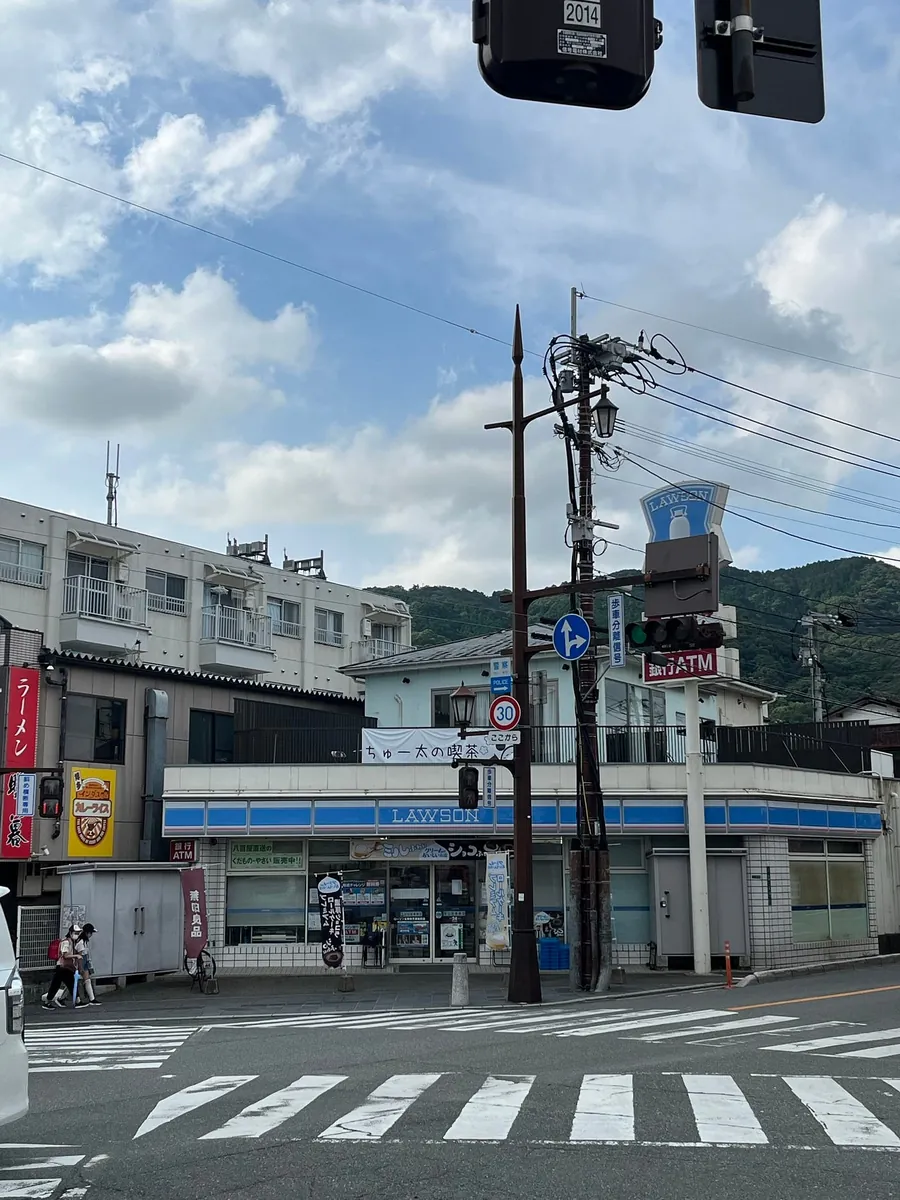
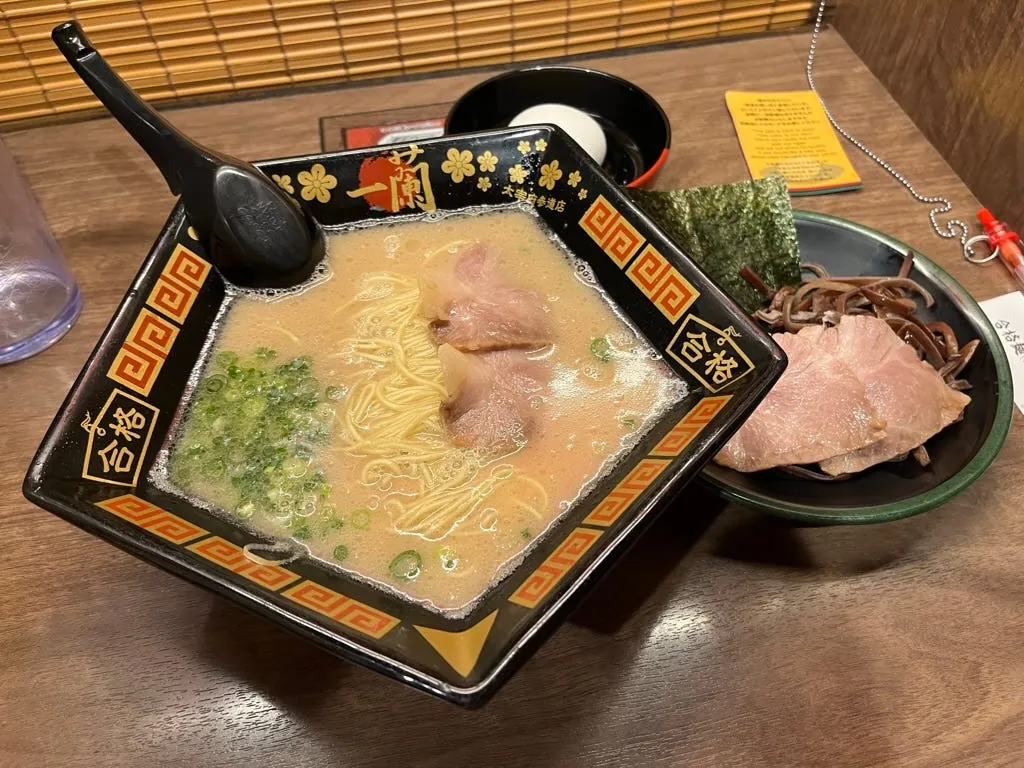
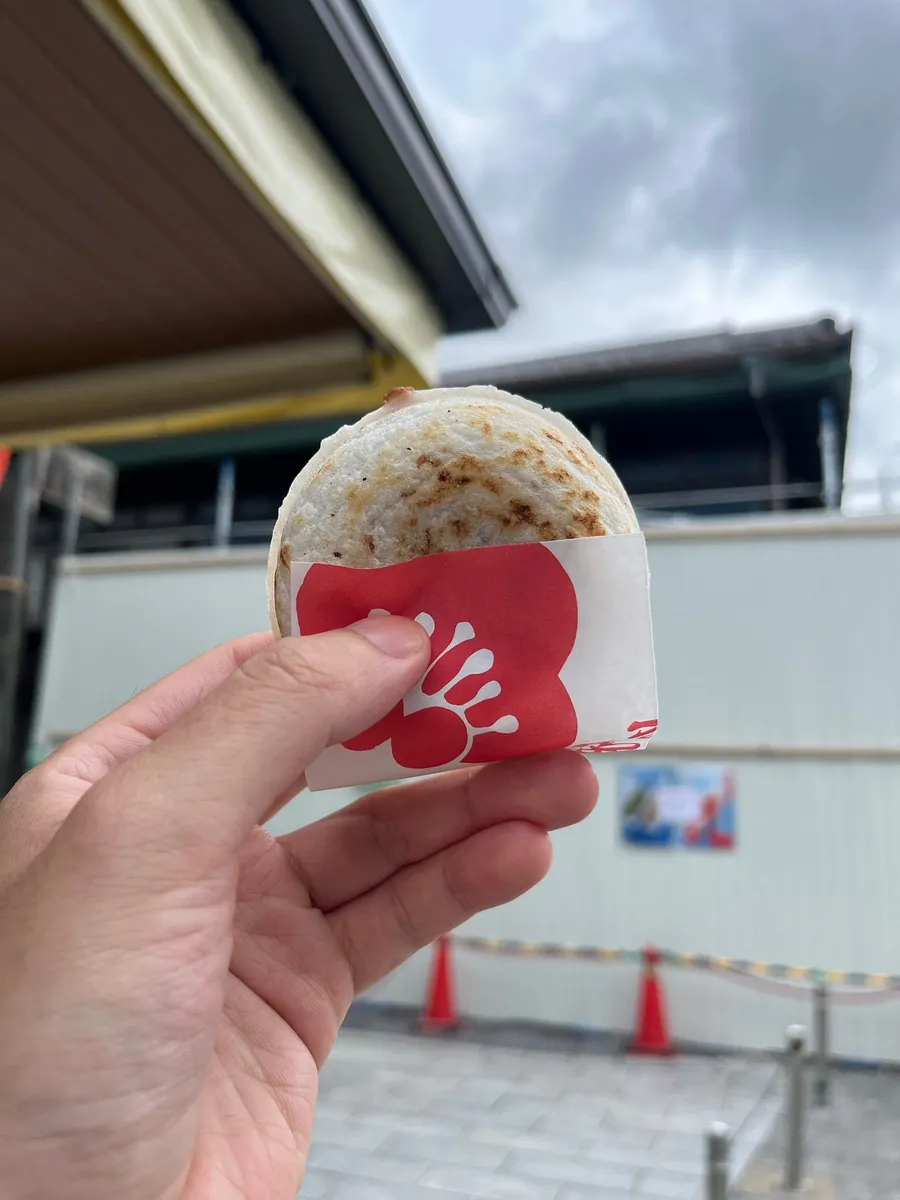
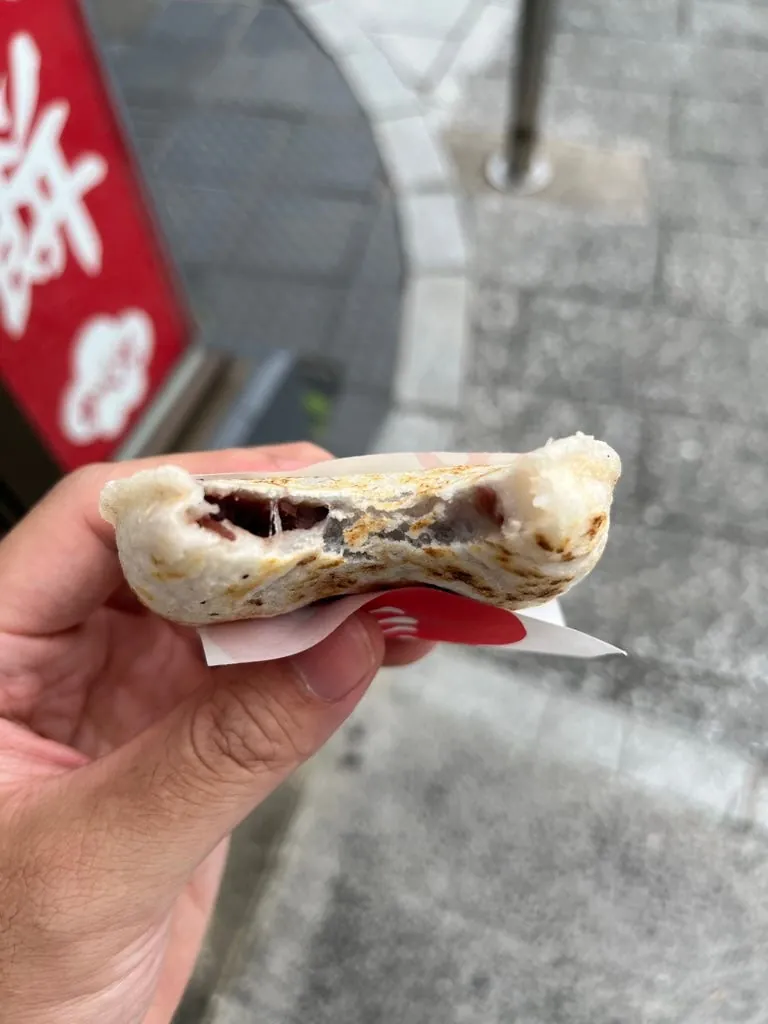
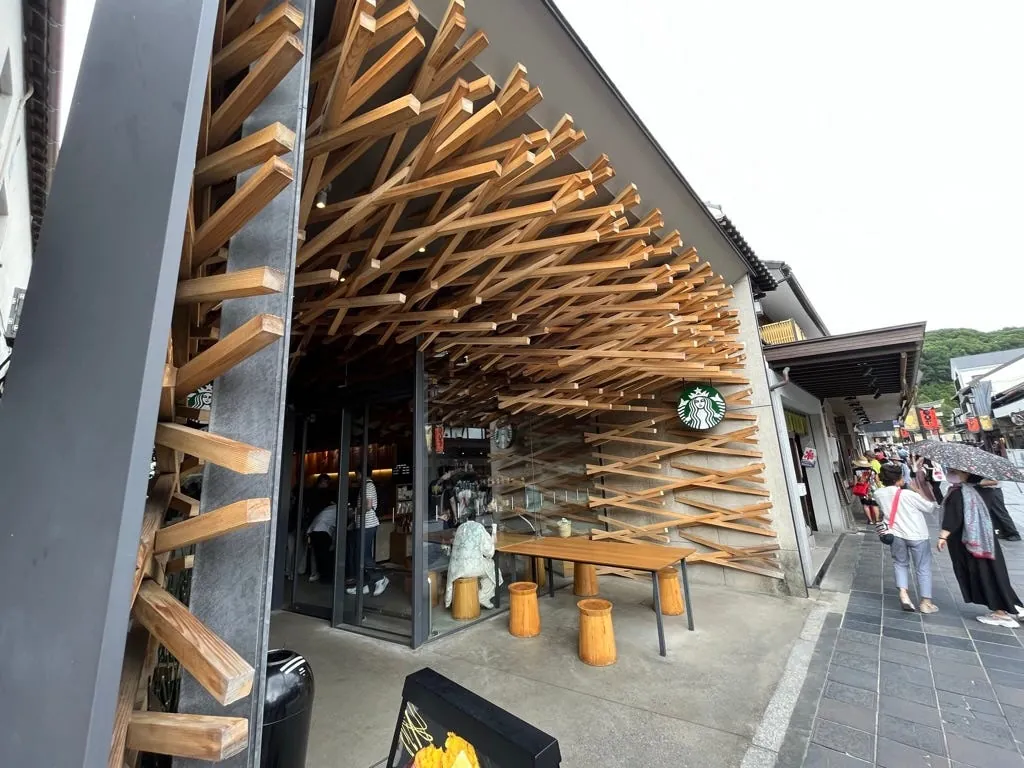
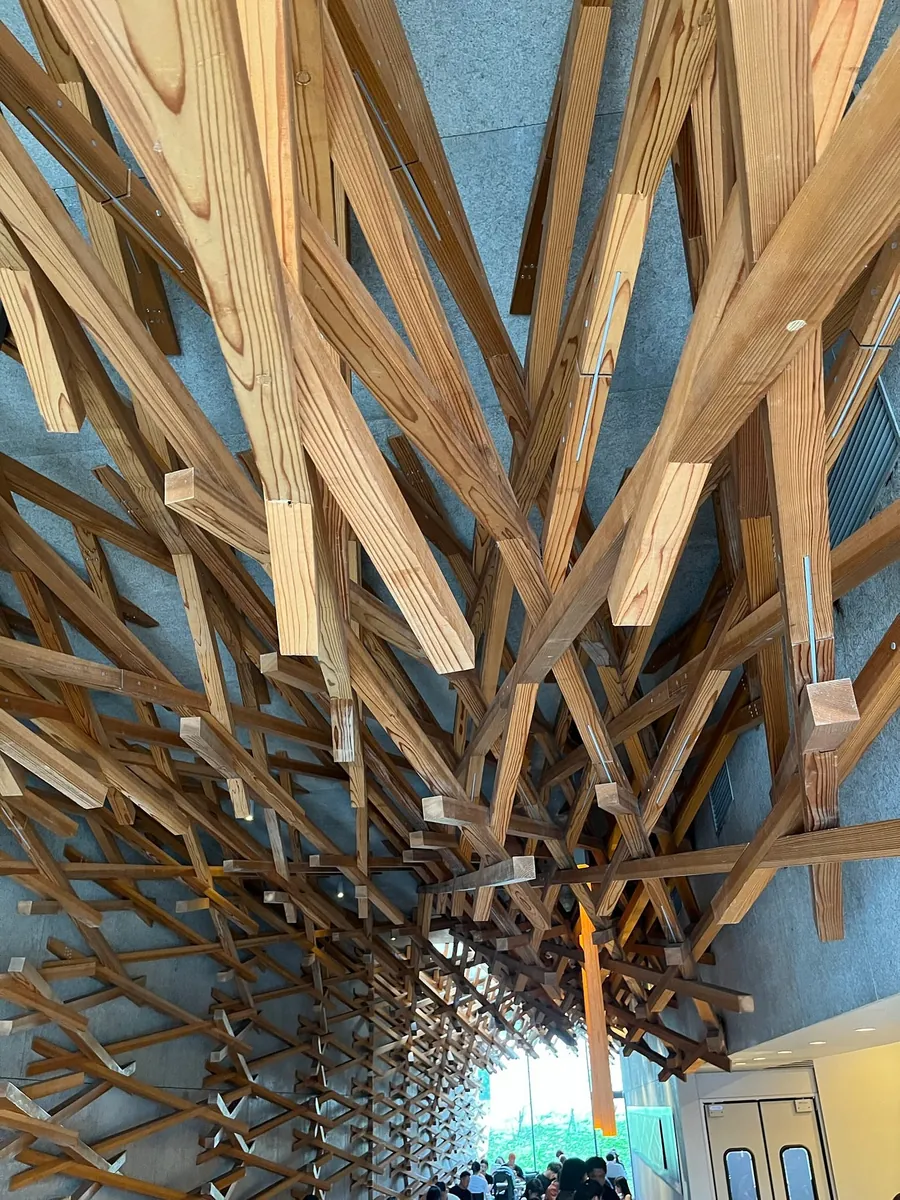
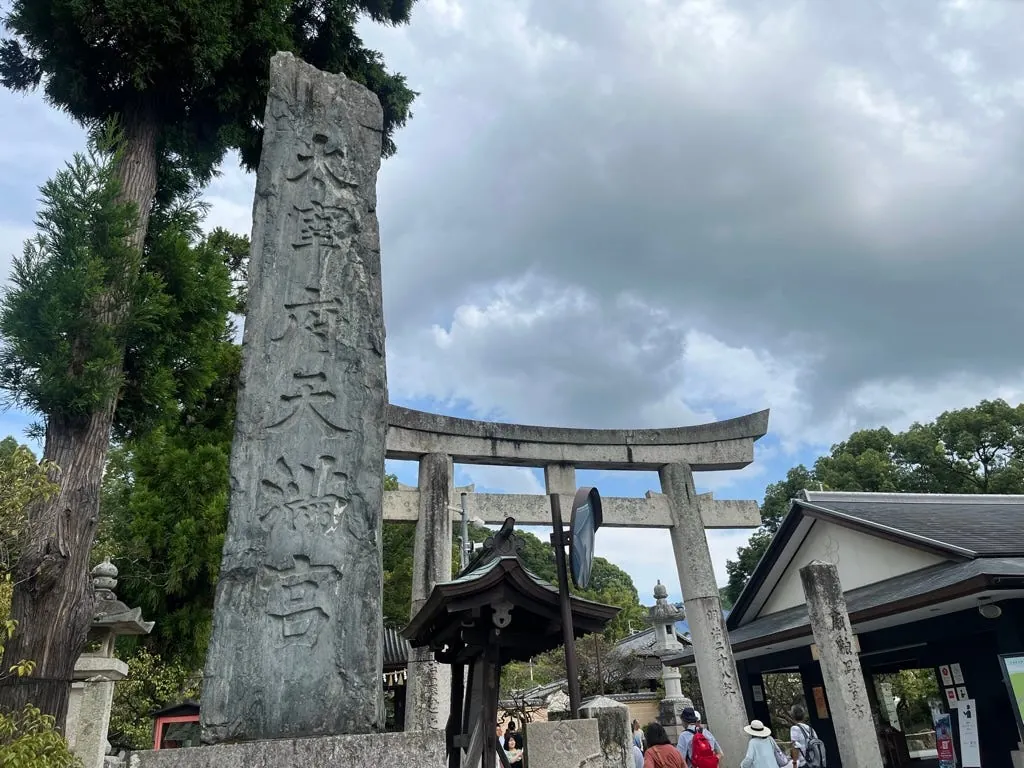
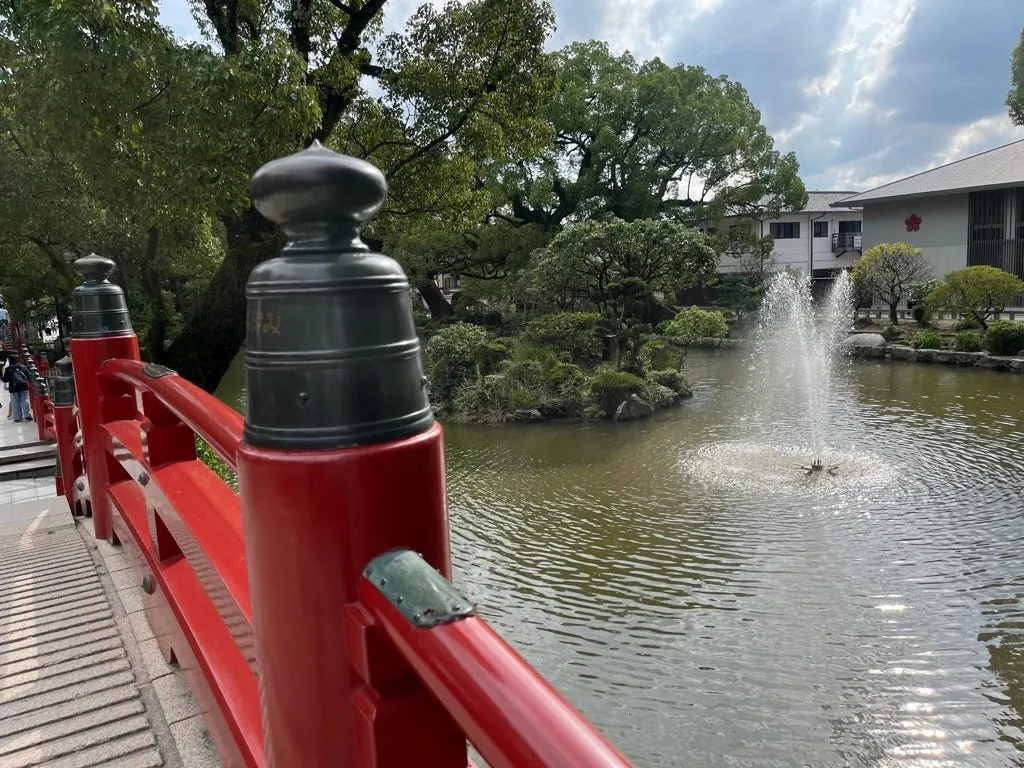
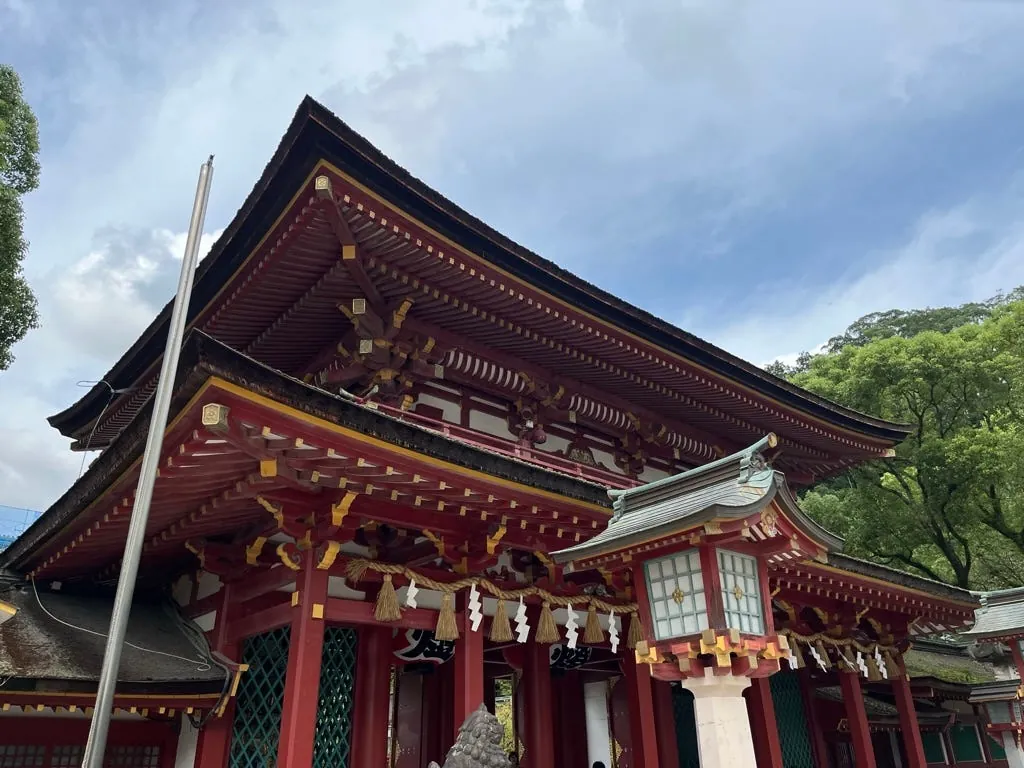
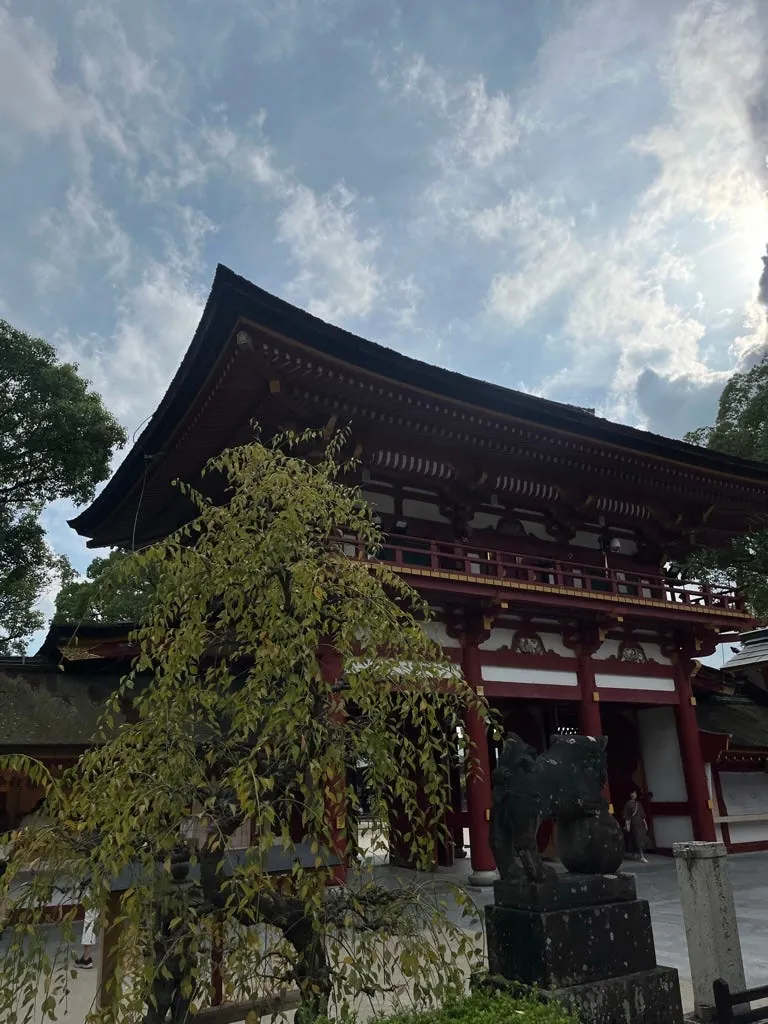
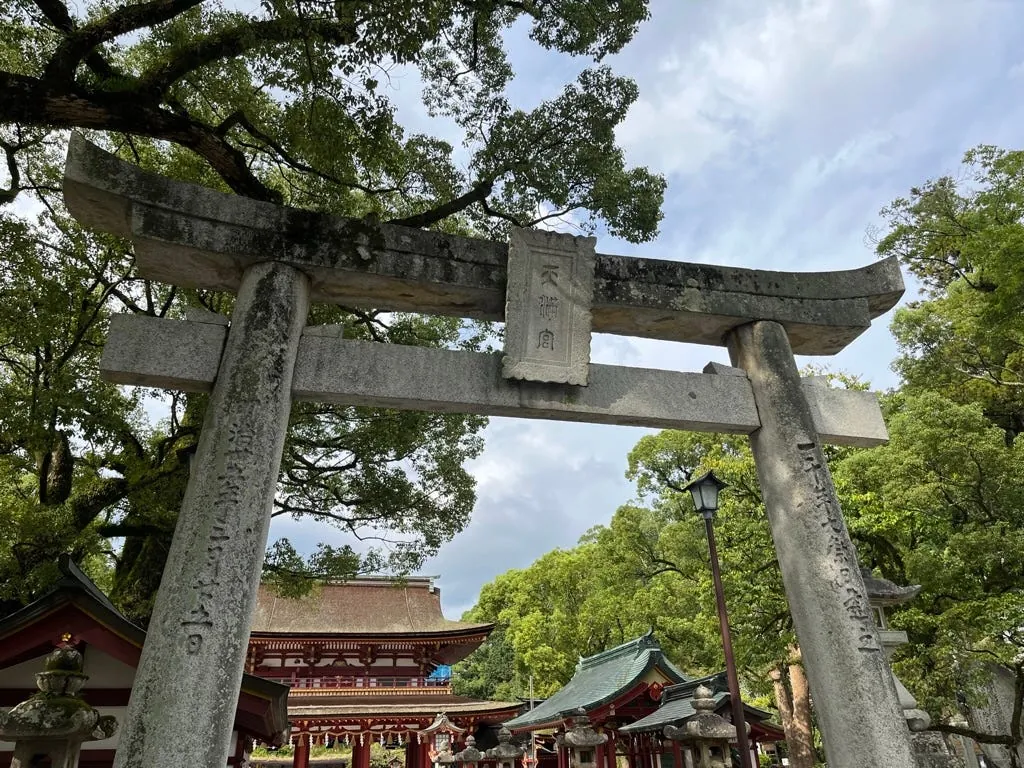
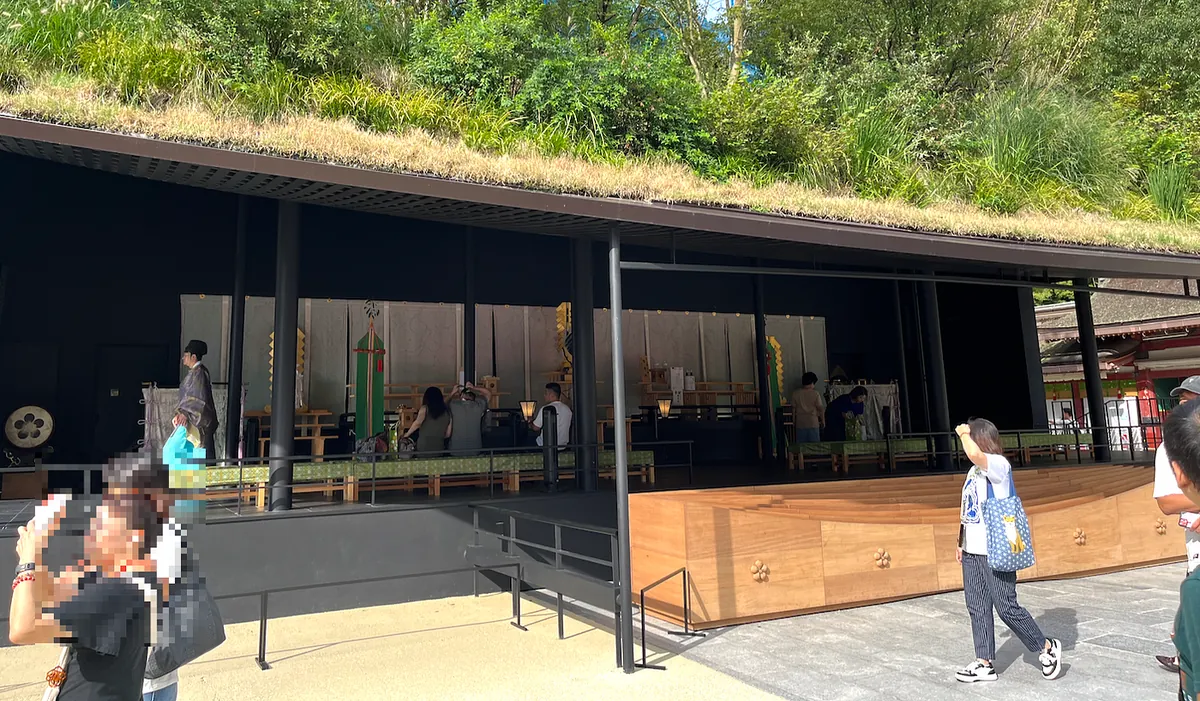

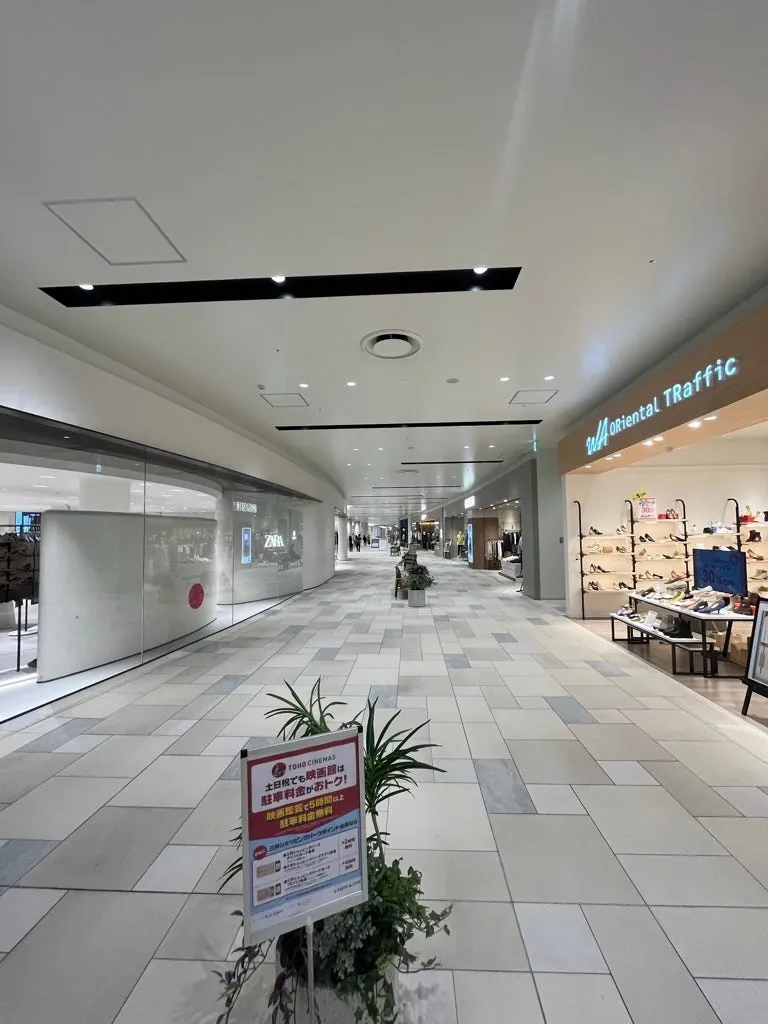
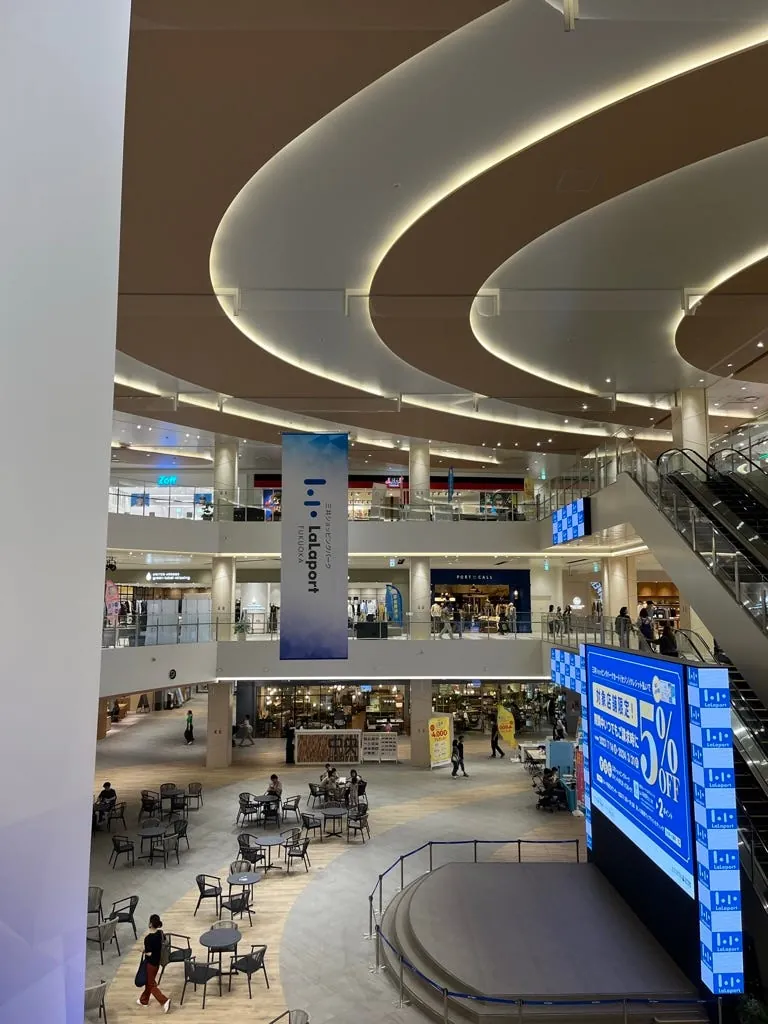
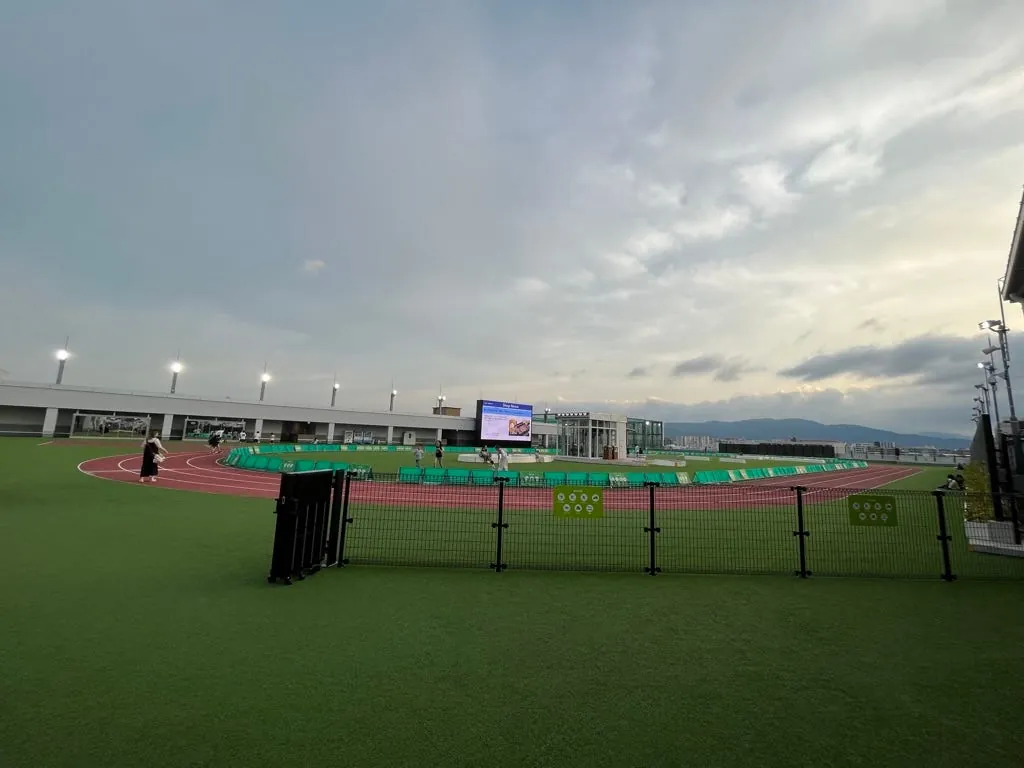
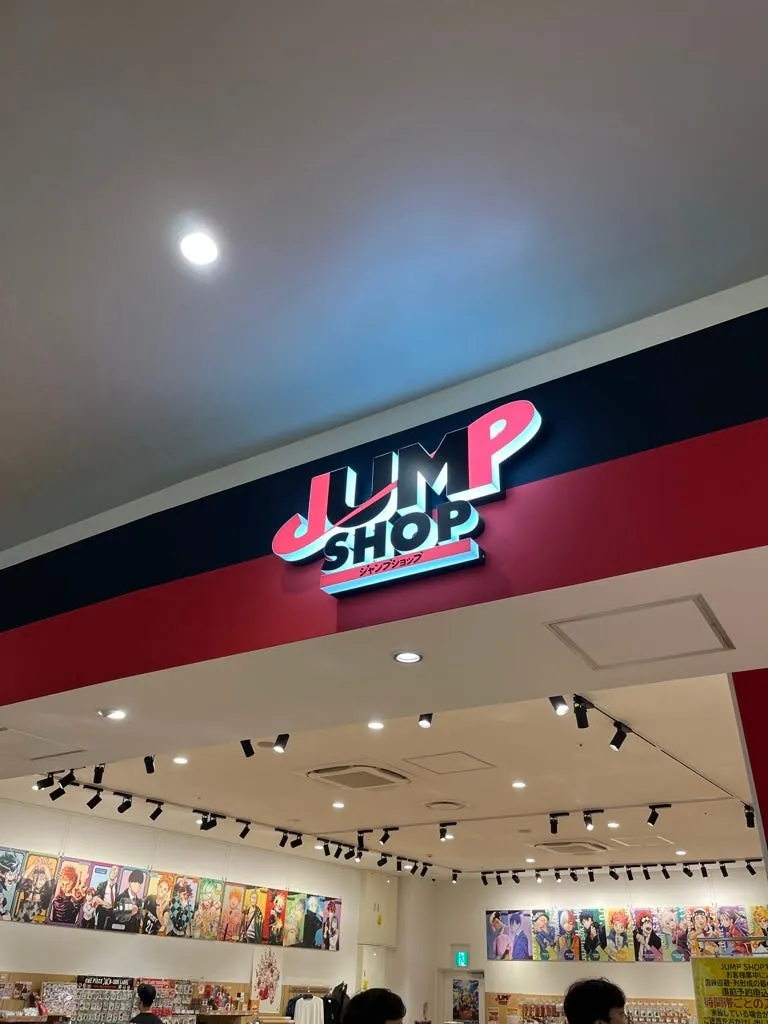
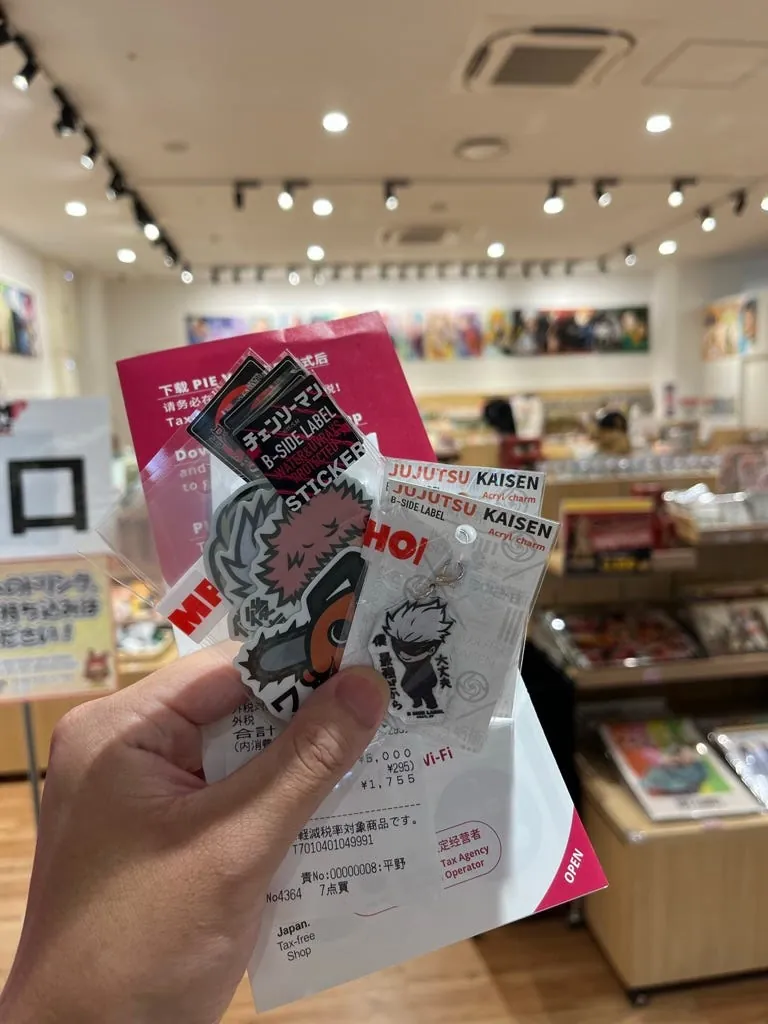
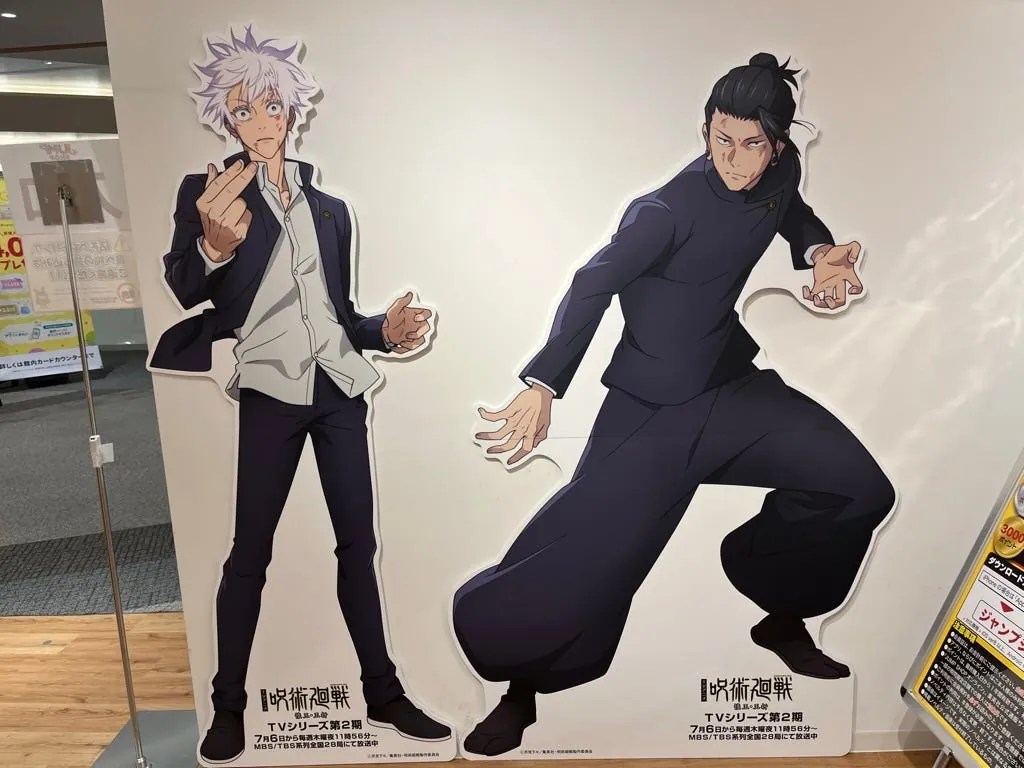
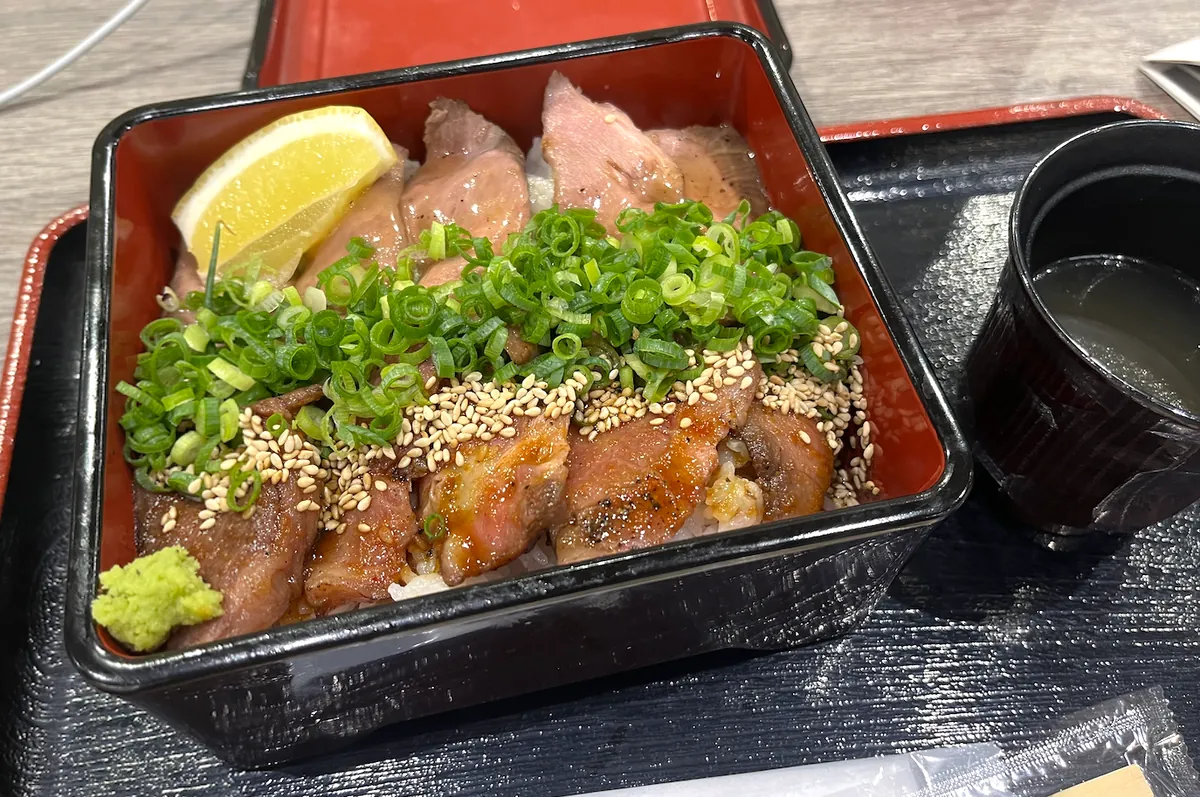
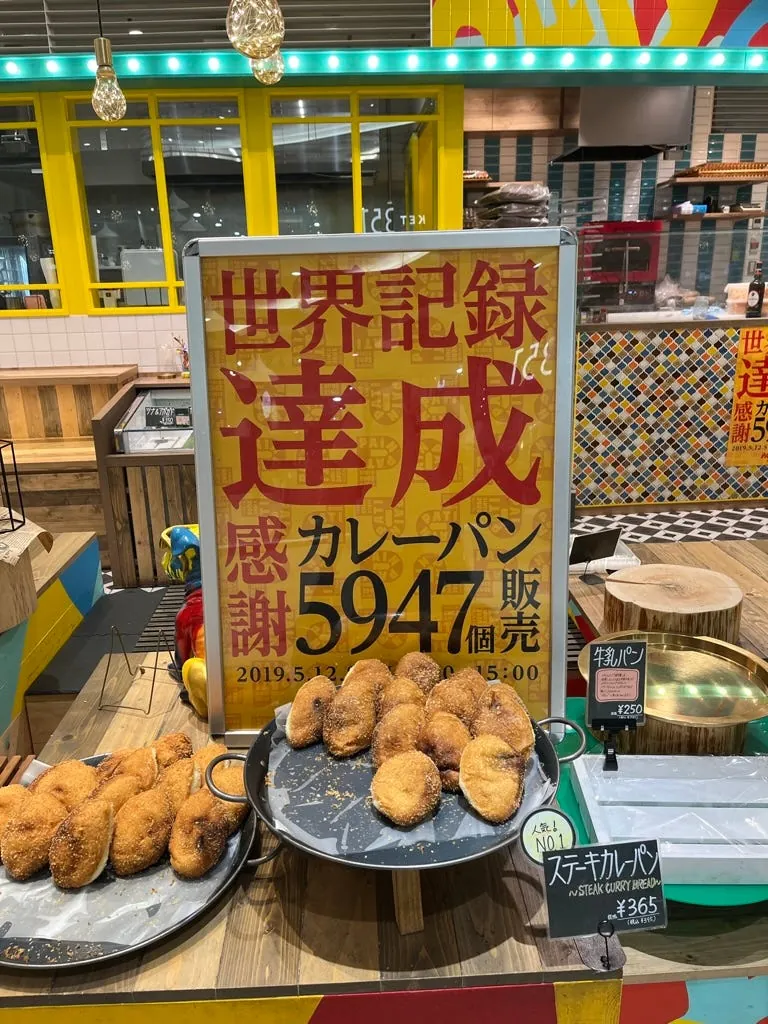
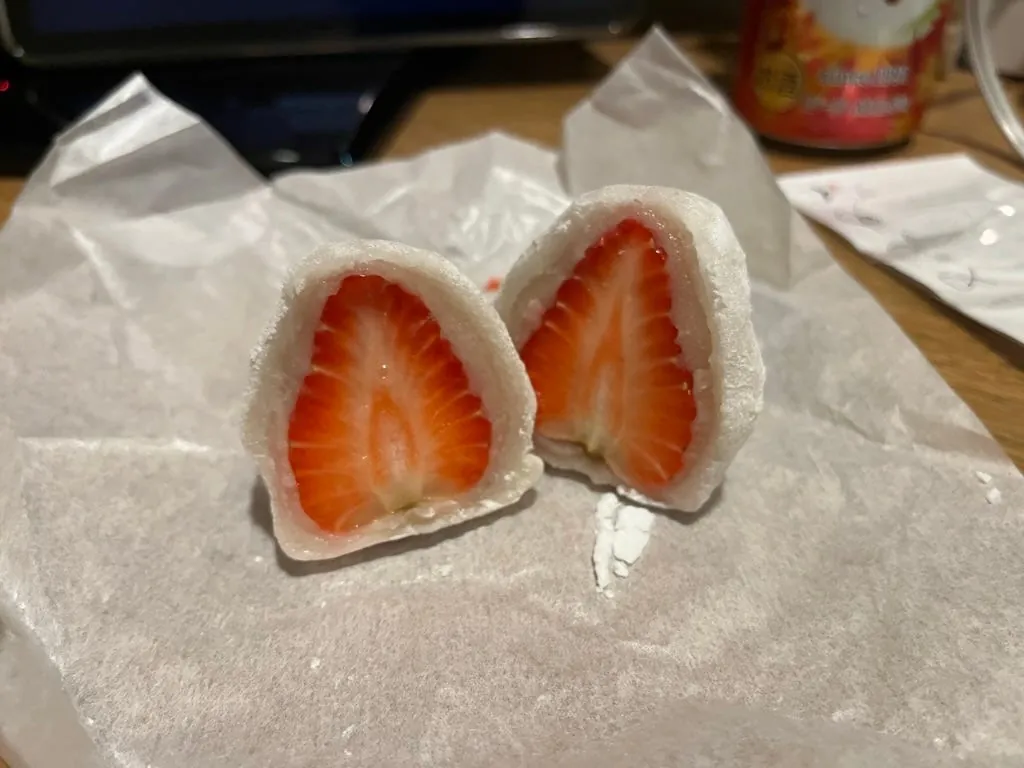
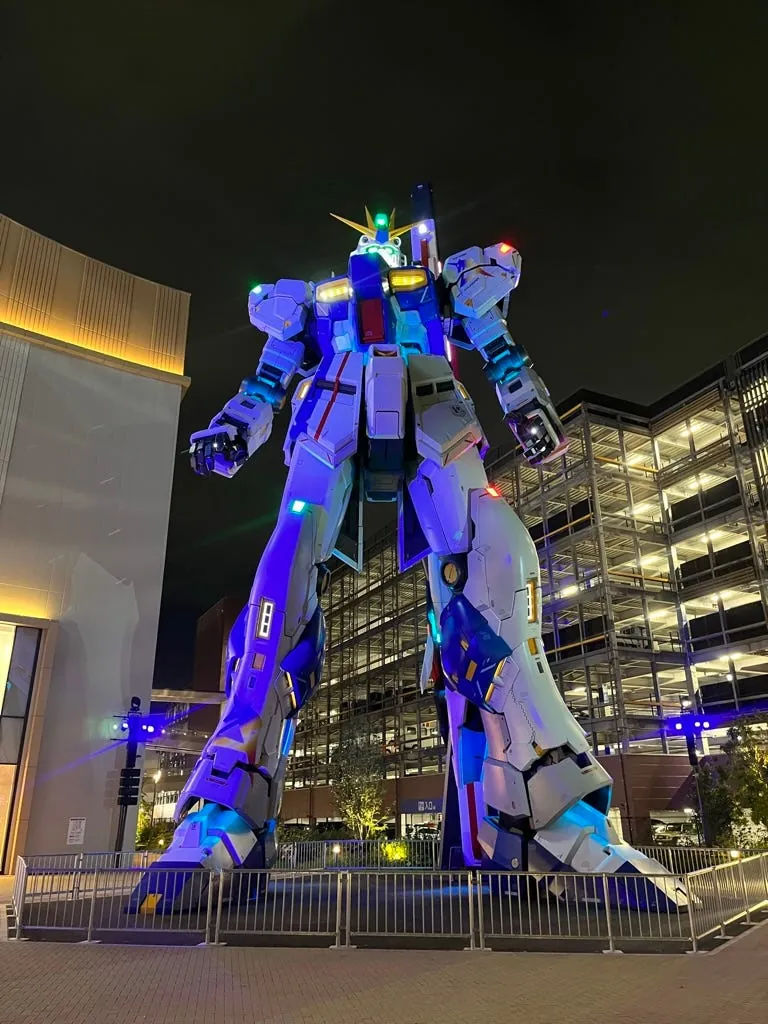
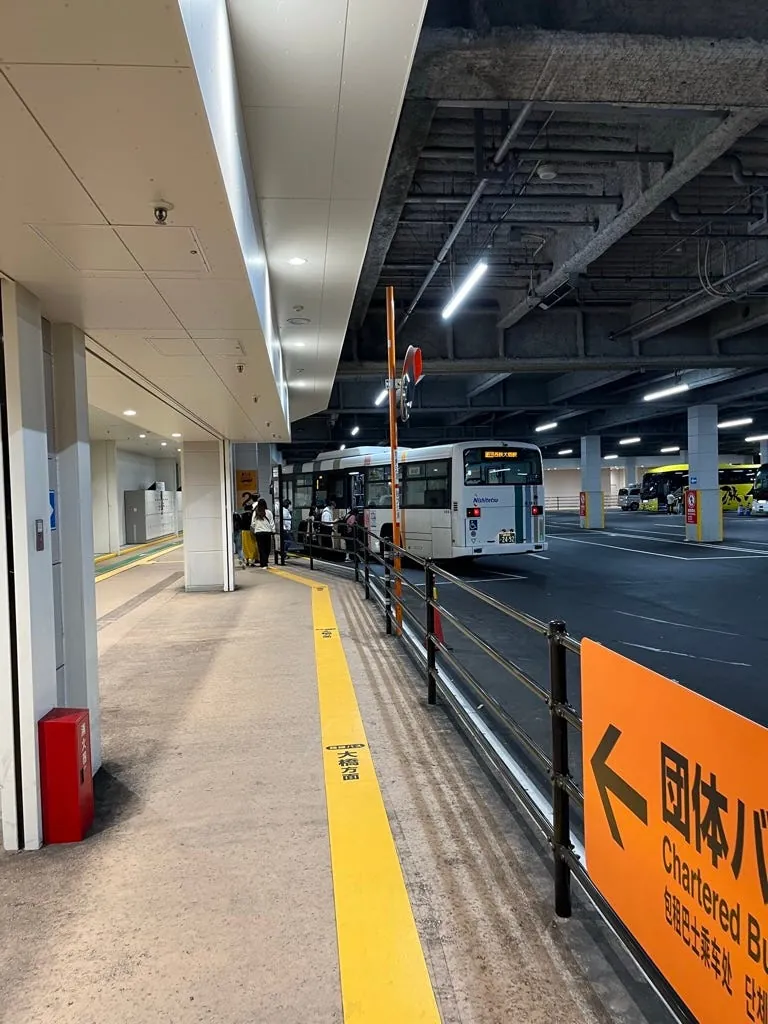
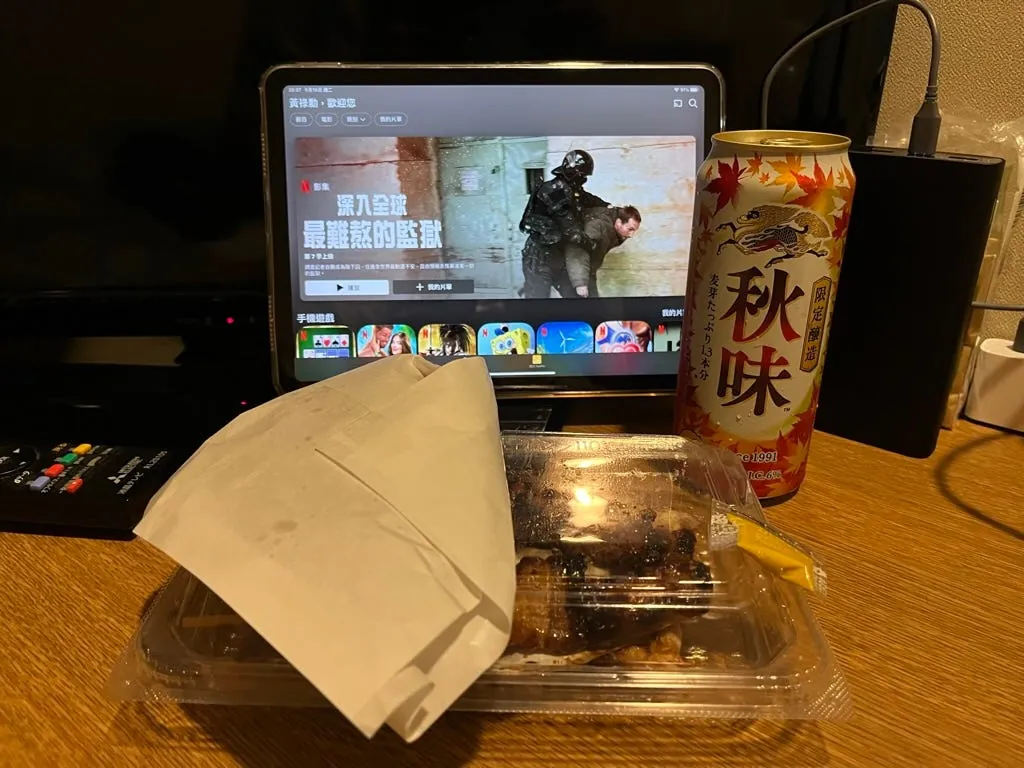
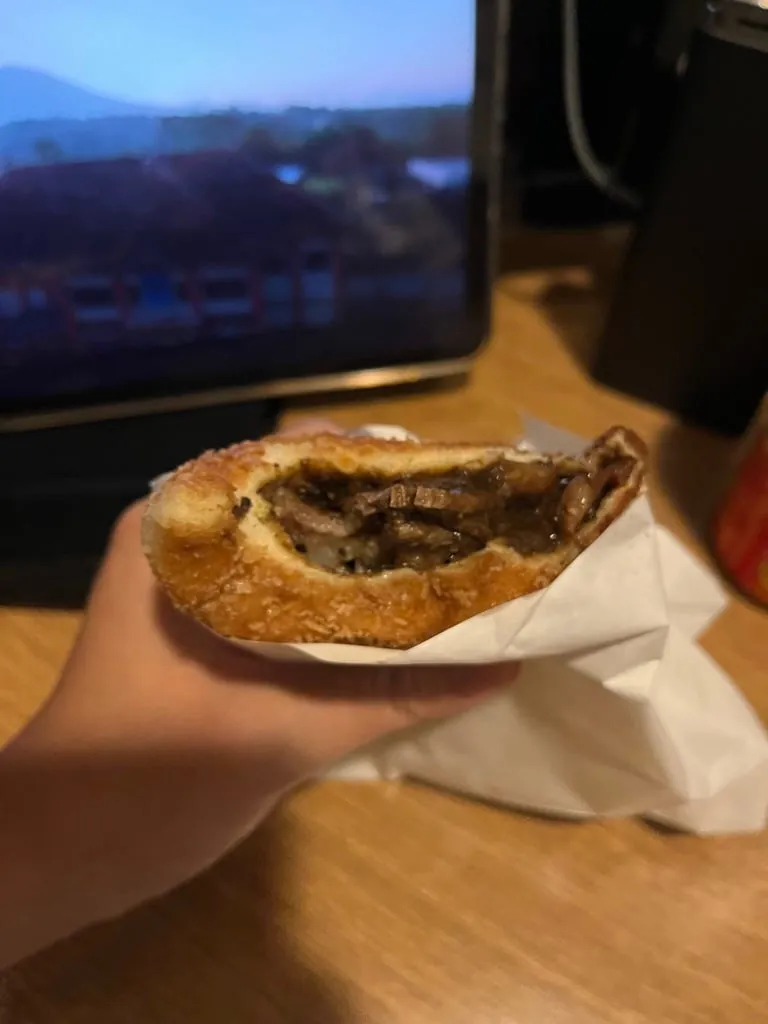

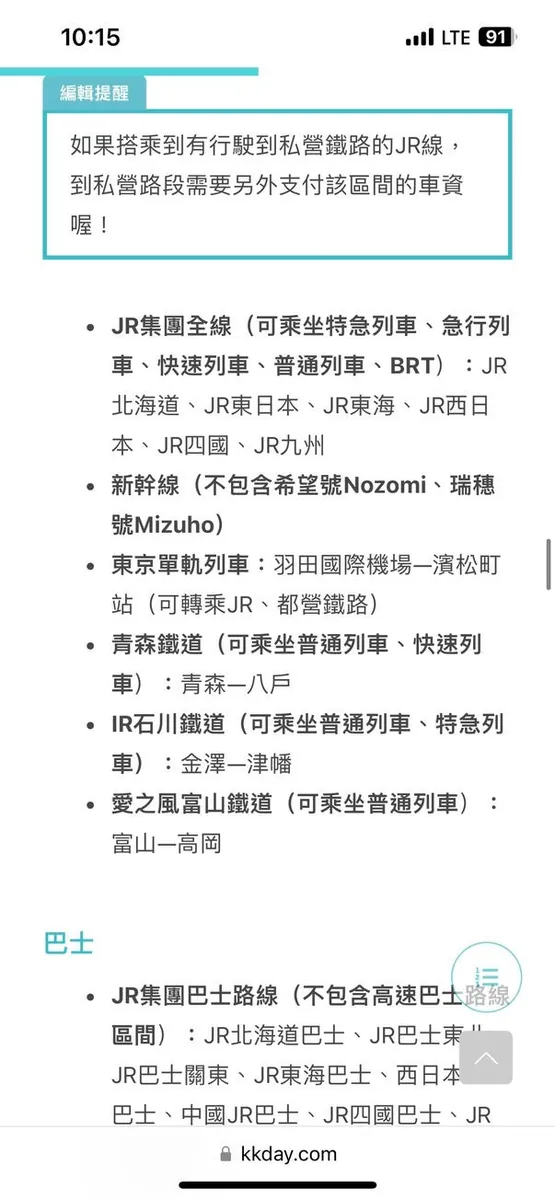
{:target="_blank"}](/assets/d78e0b15a08a/1*6OcPE4rlWM7NvVKr5BxHsg.webp)
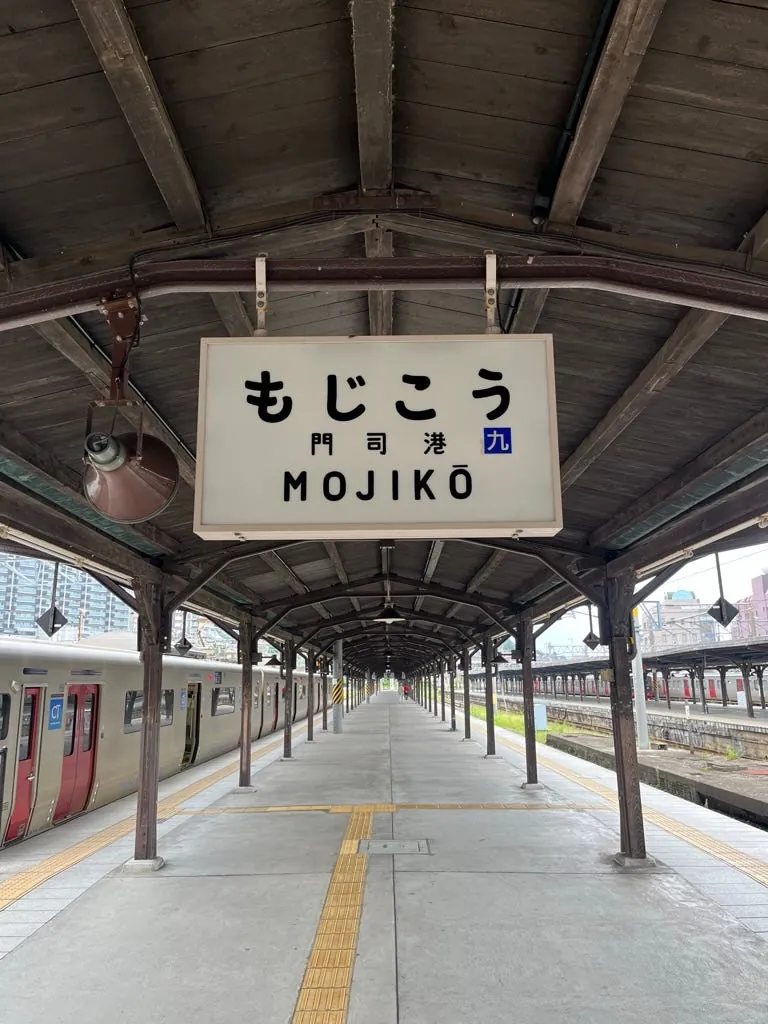
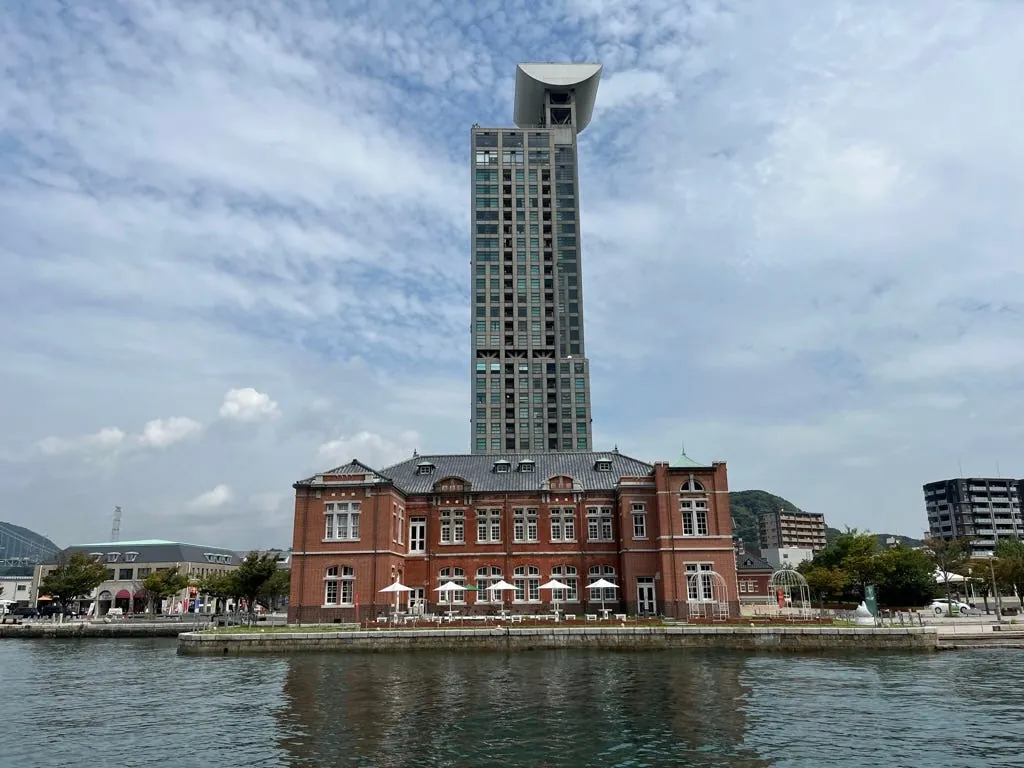
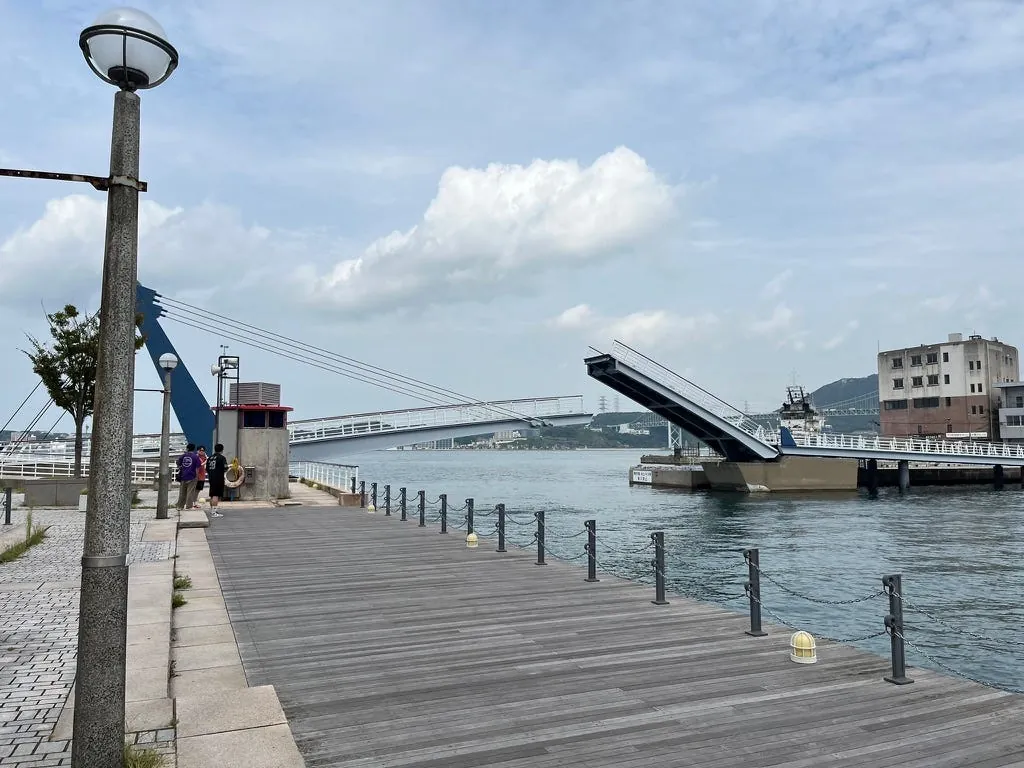
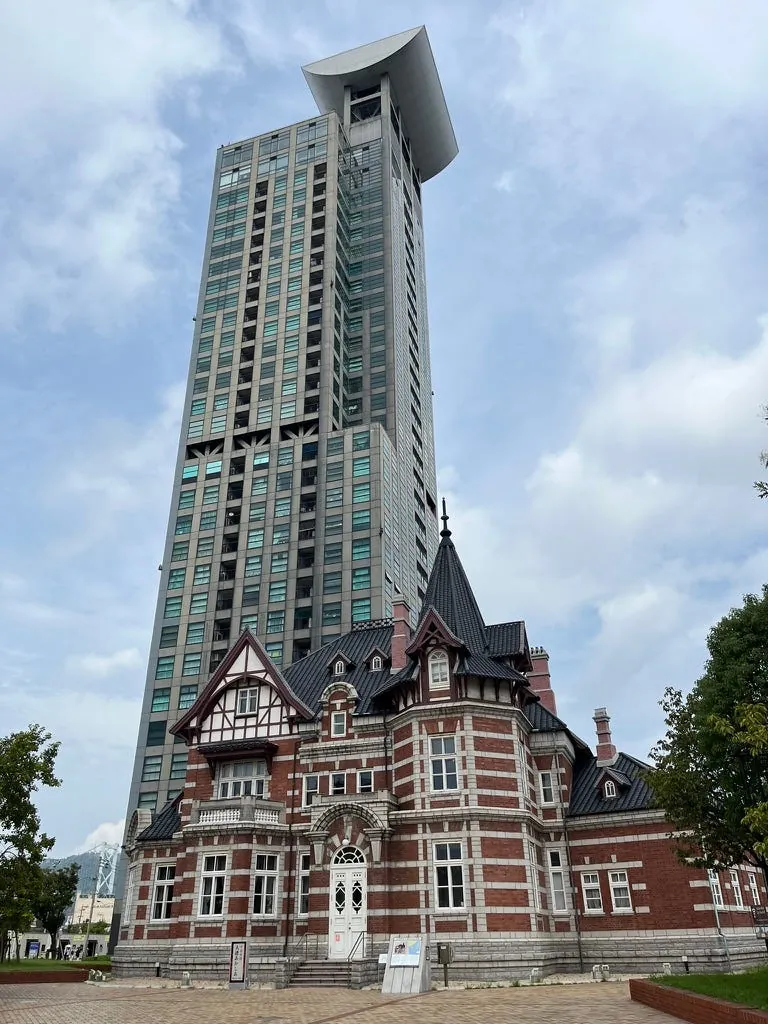
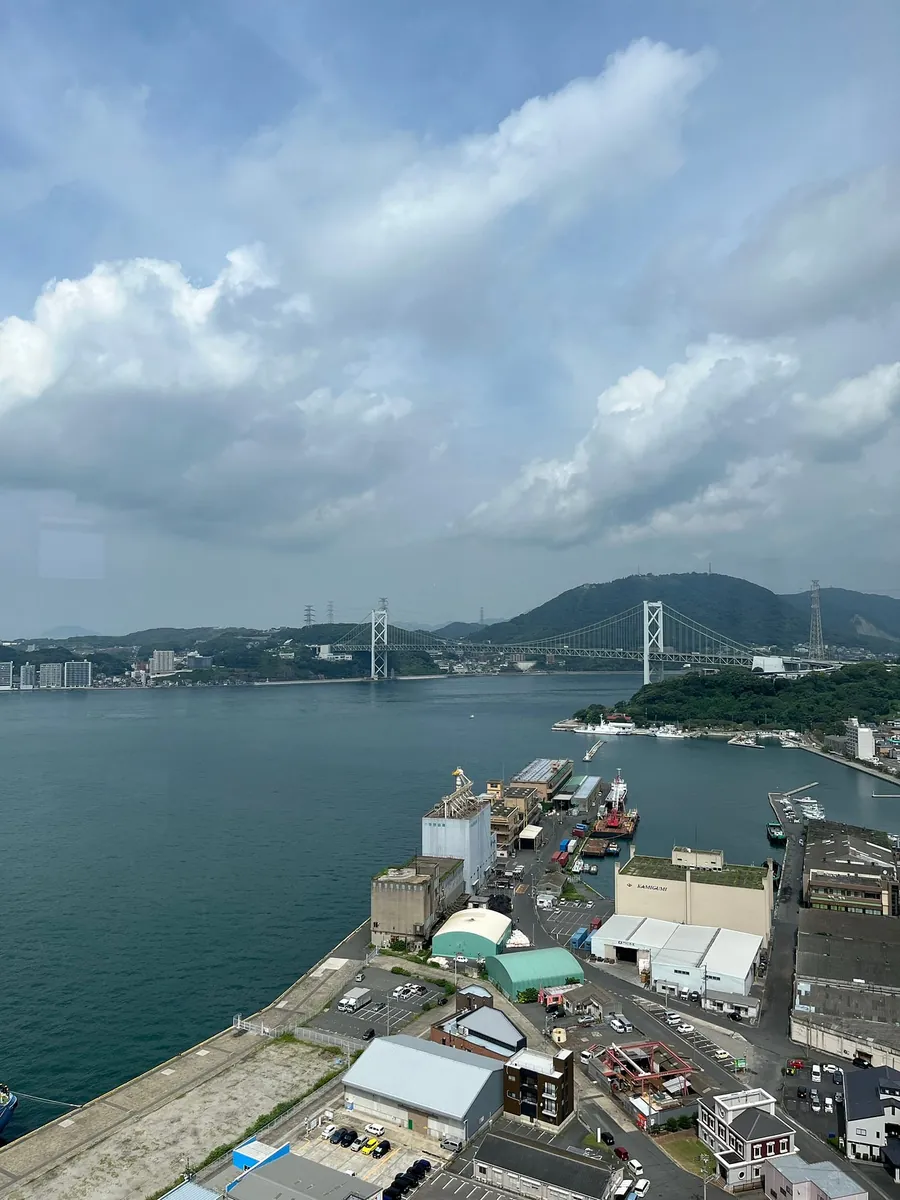
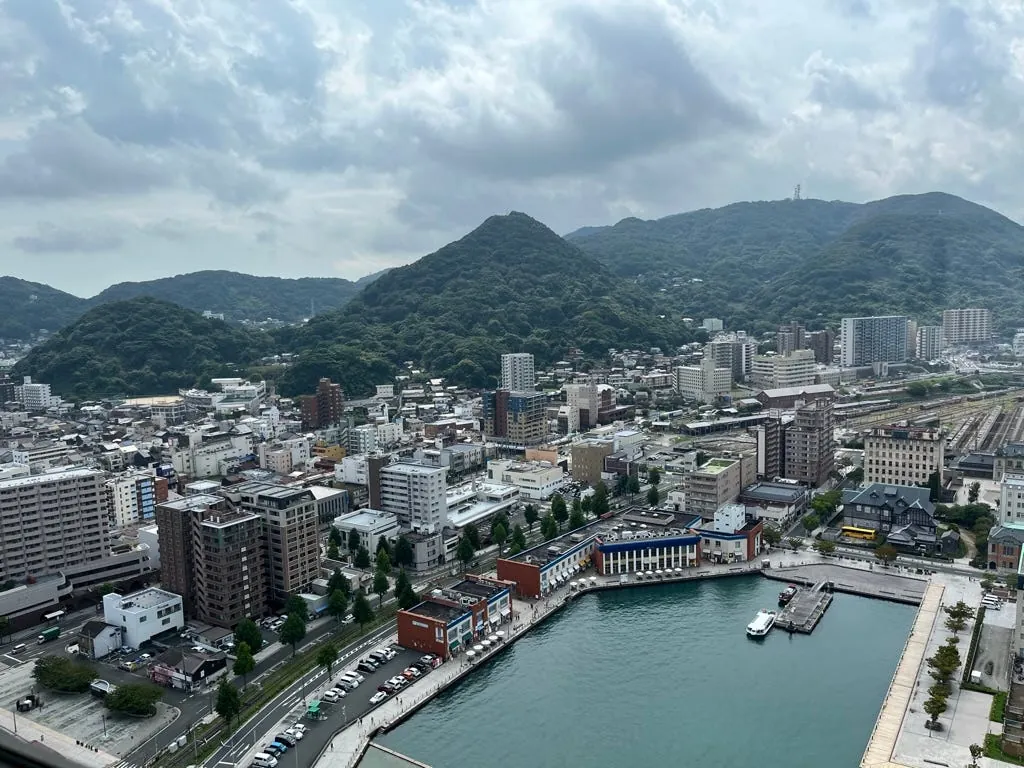
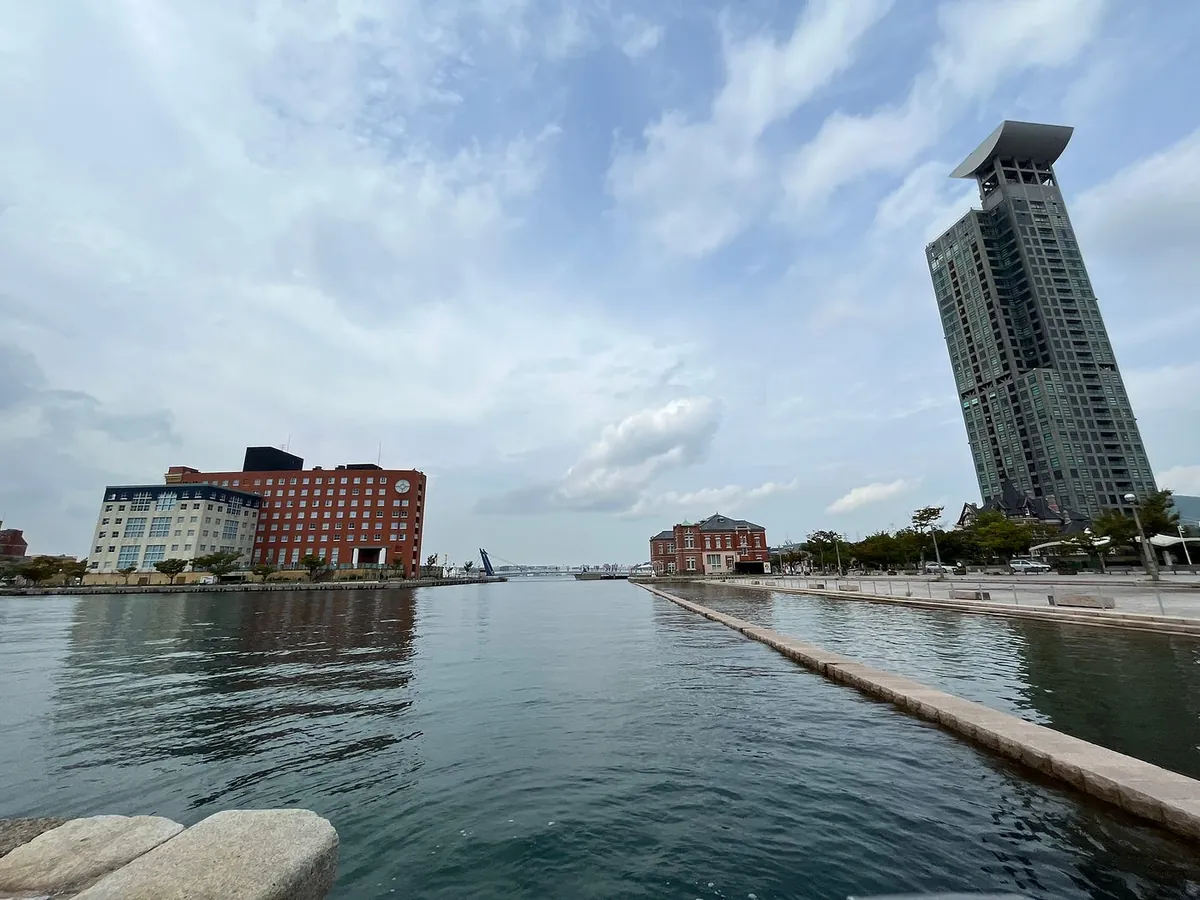
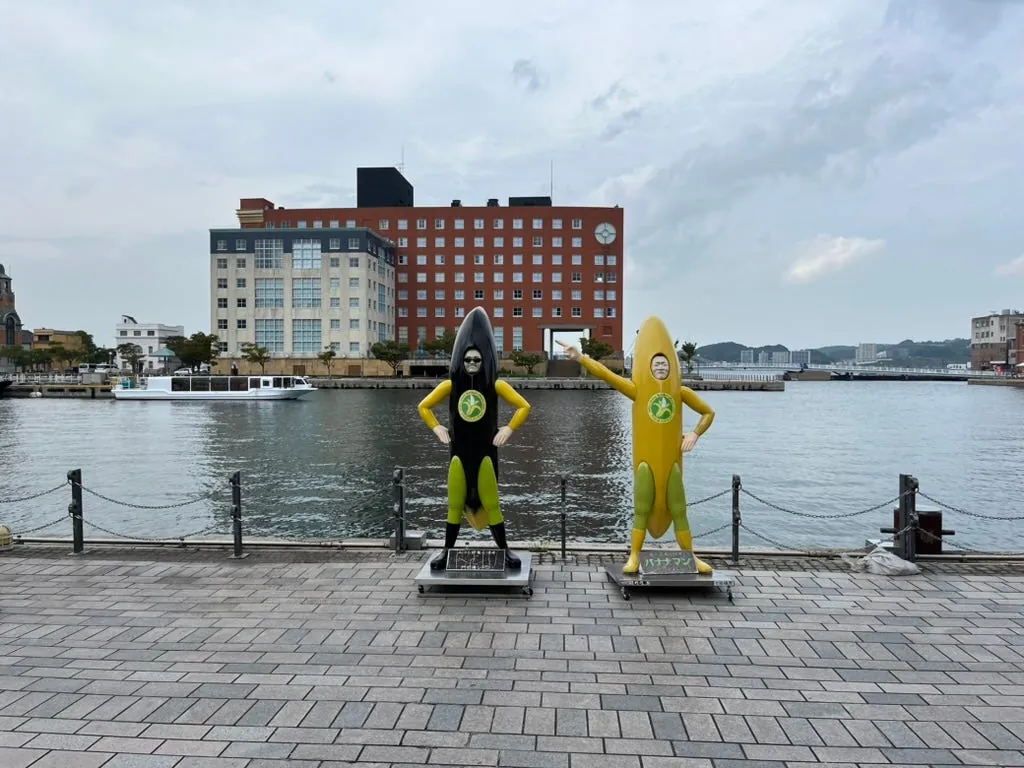
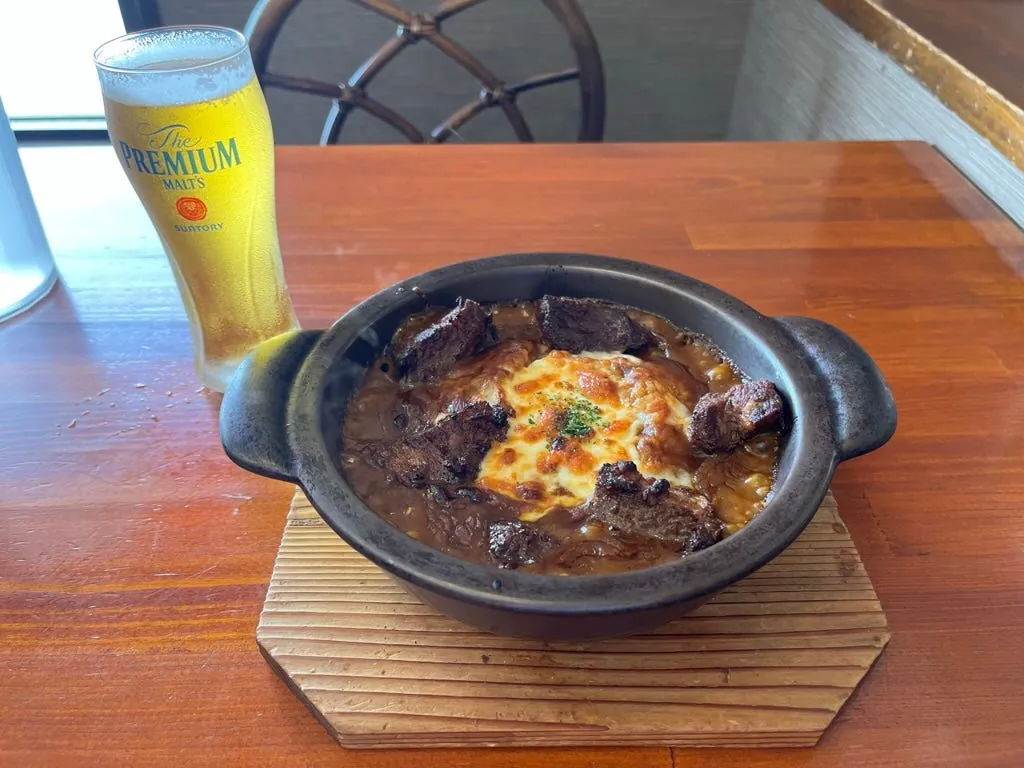
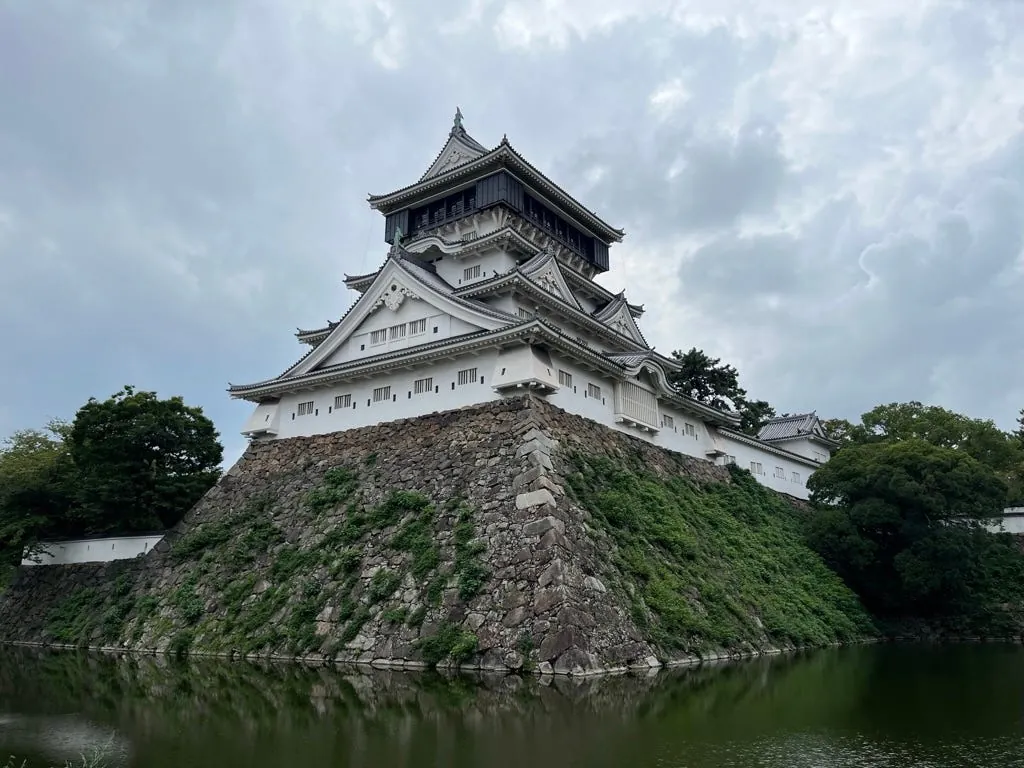
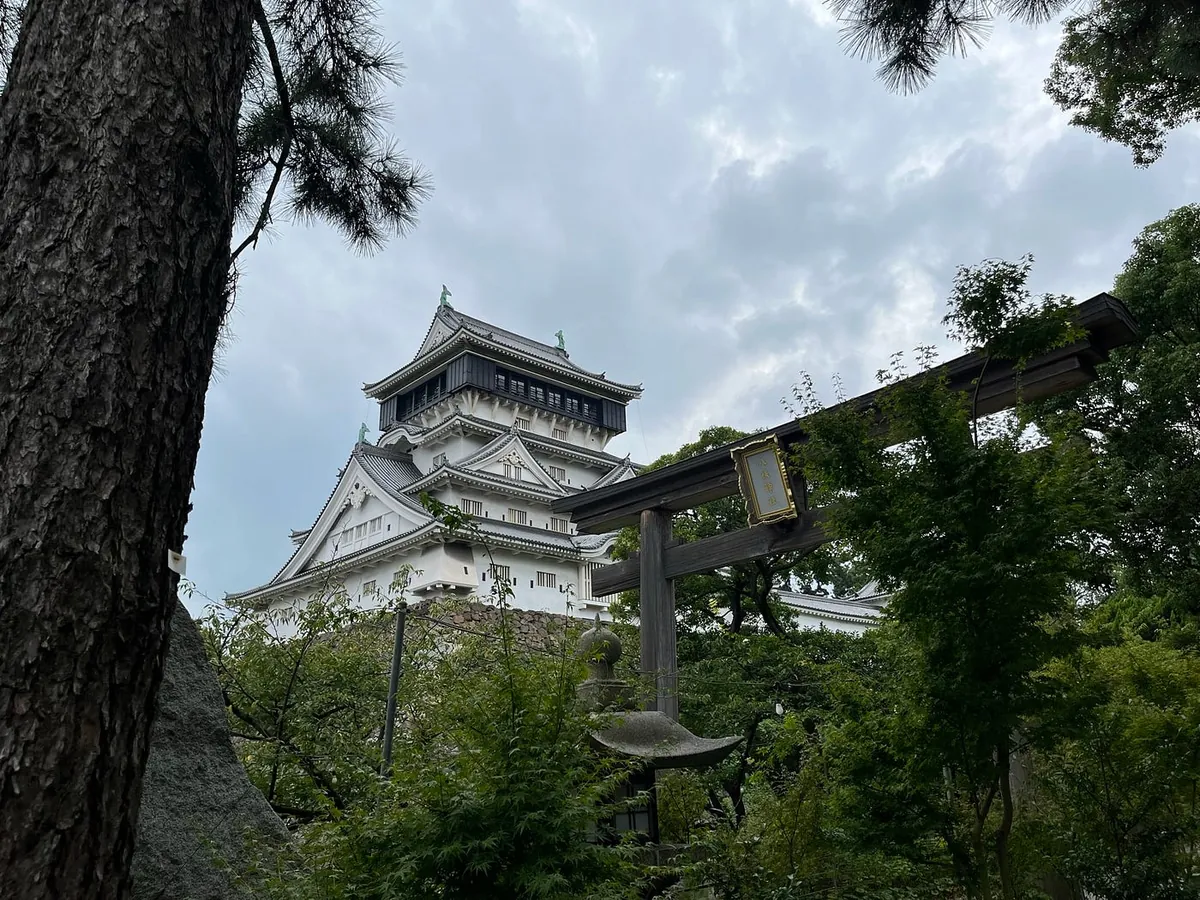
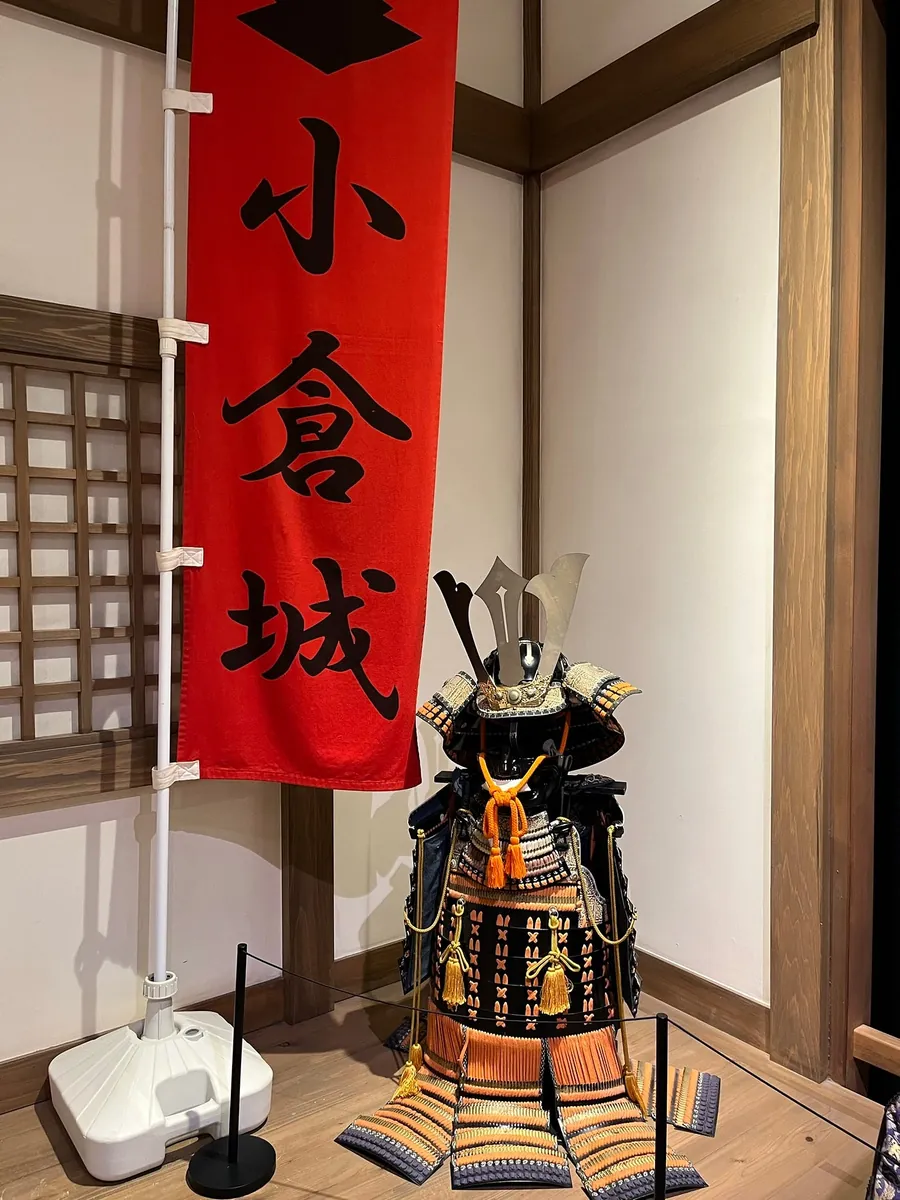
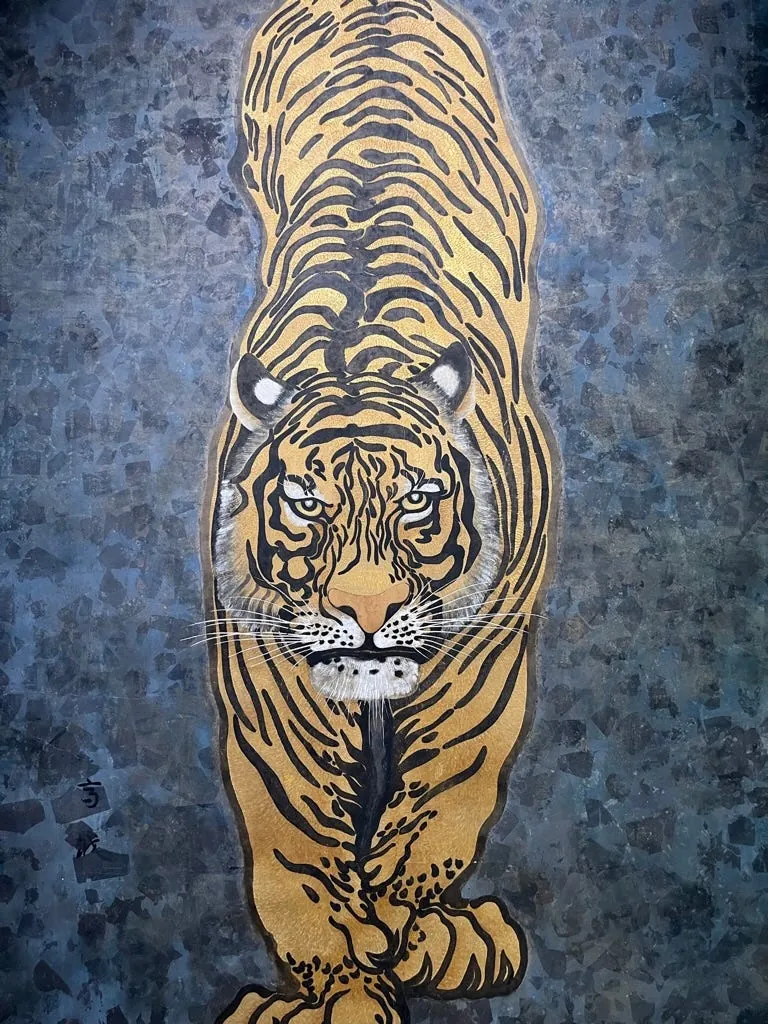

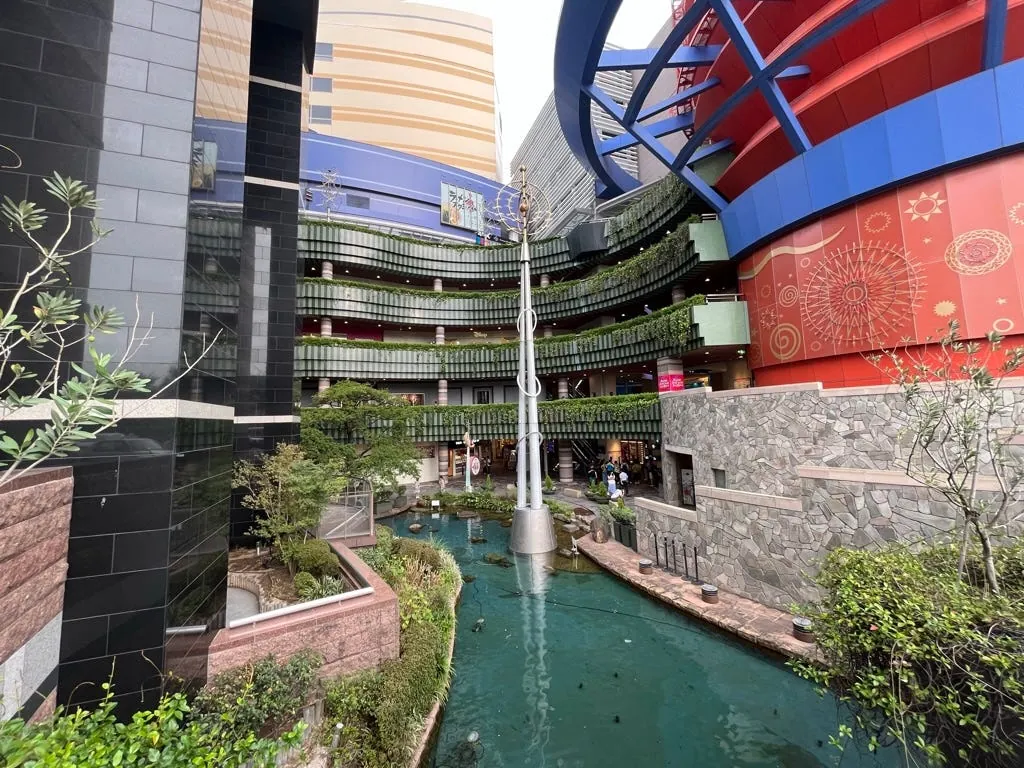
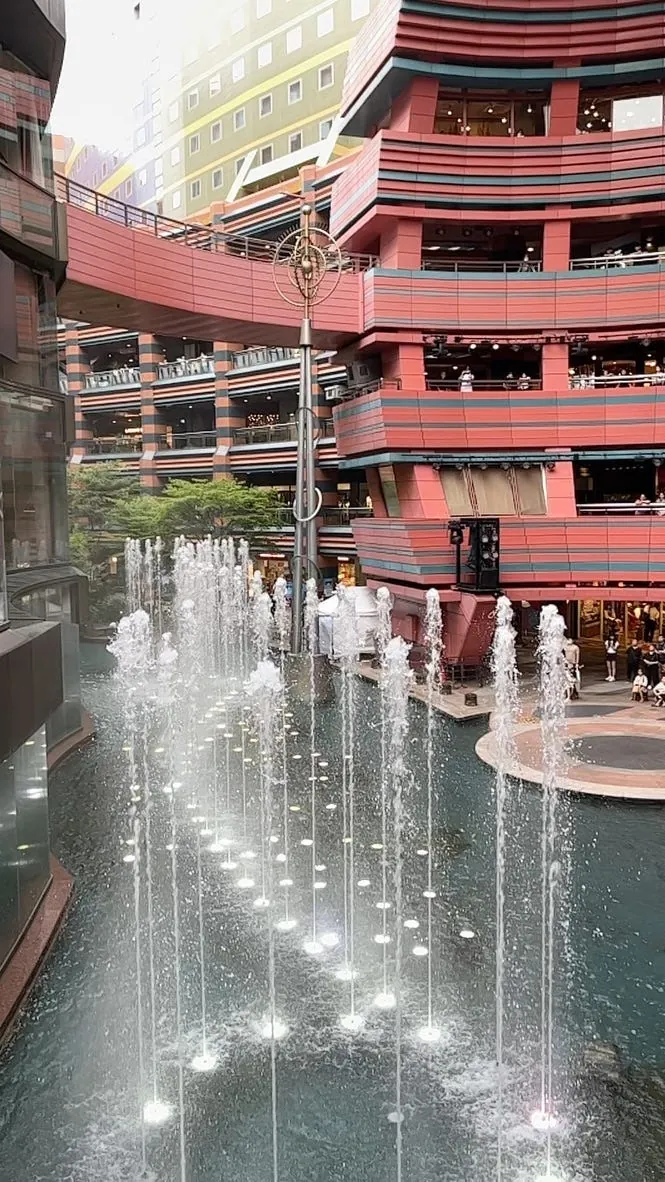
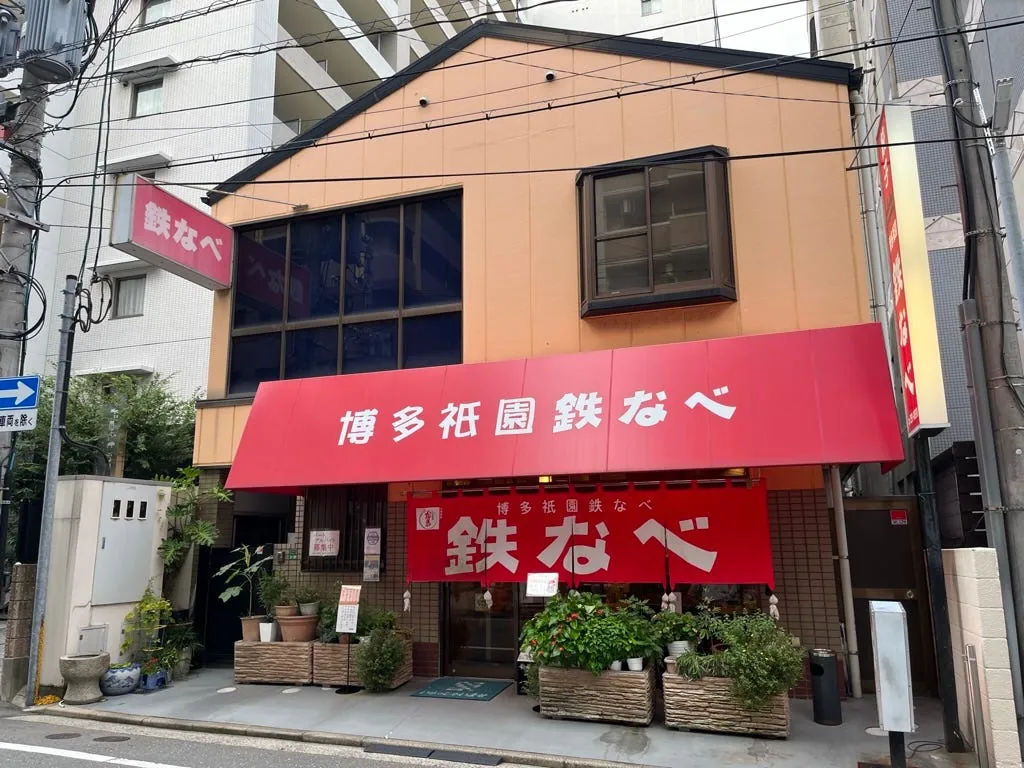
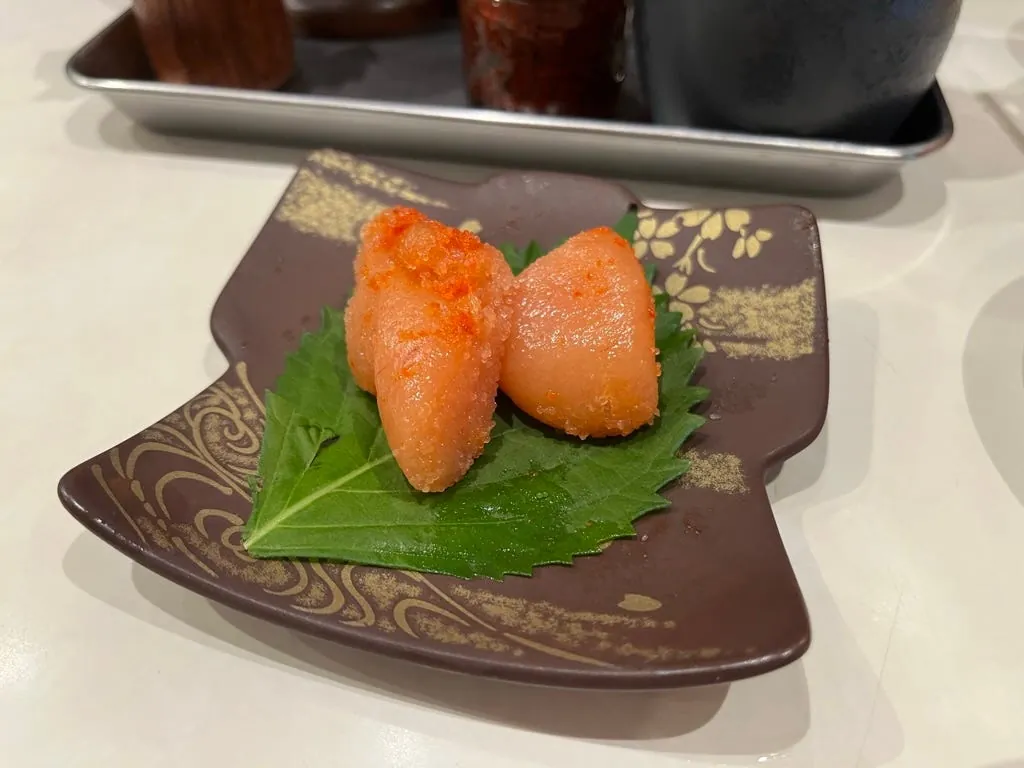
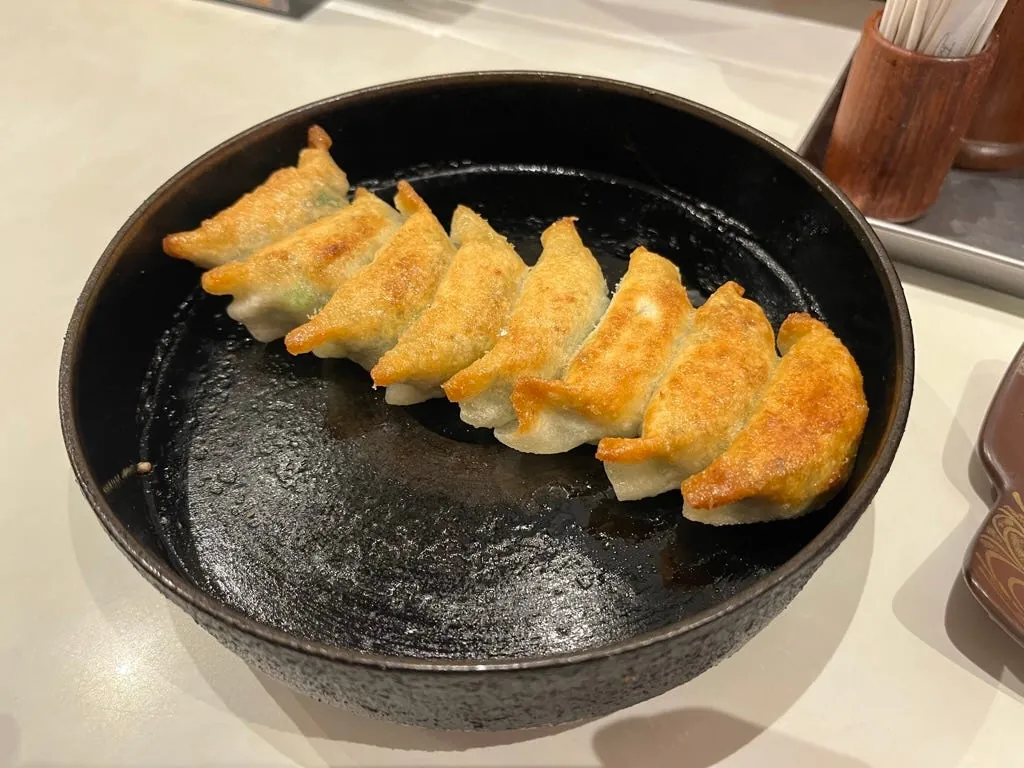
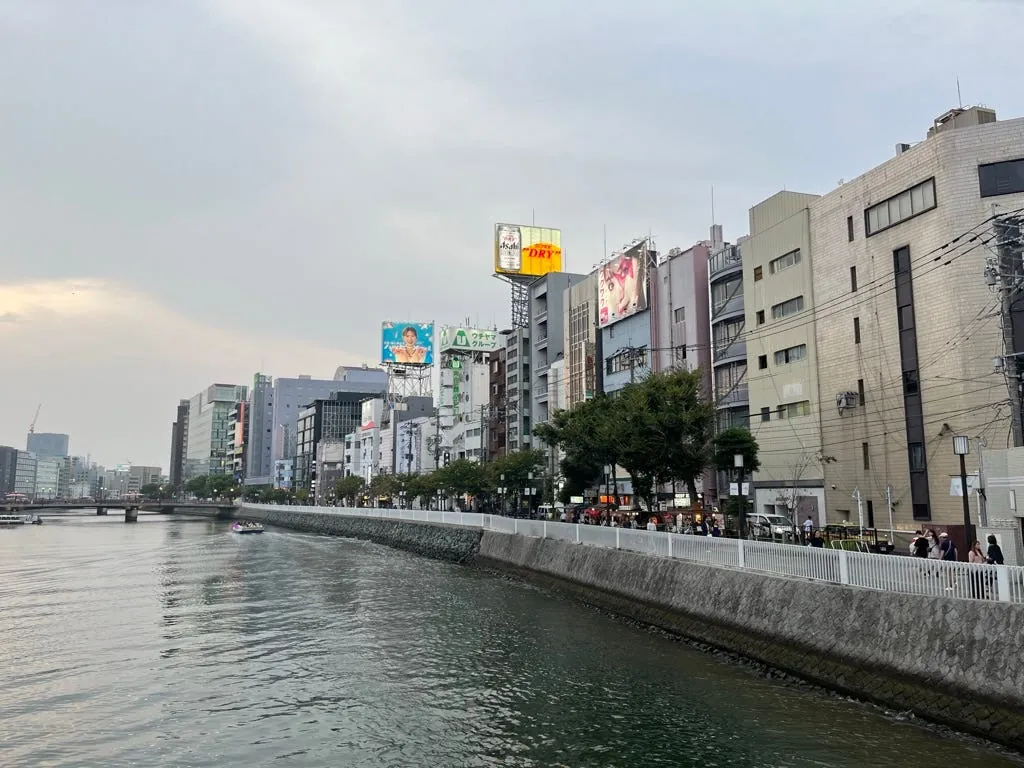
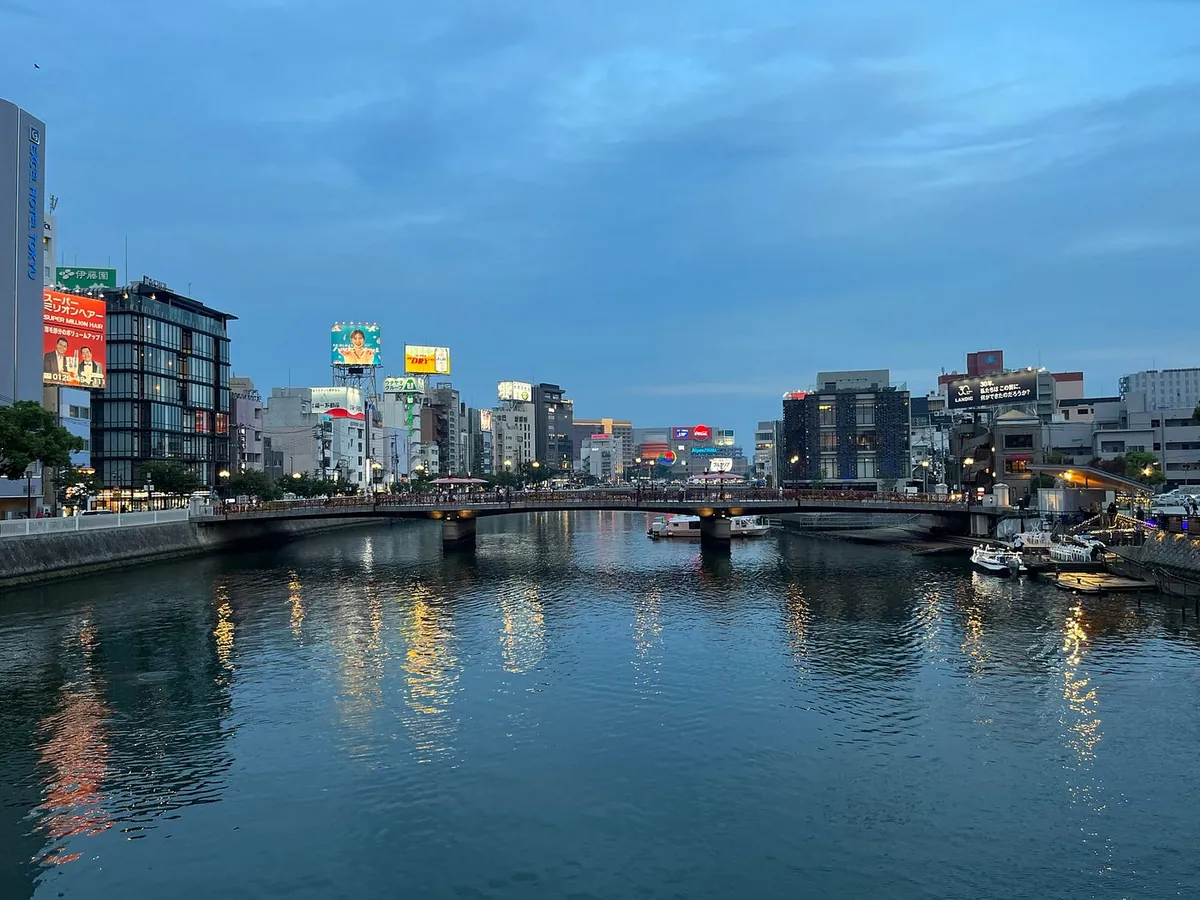
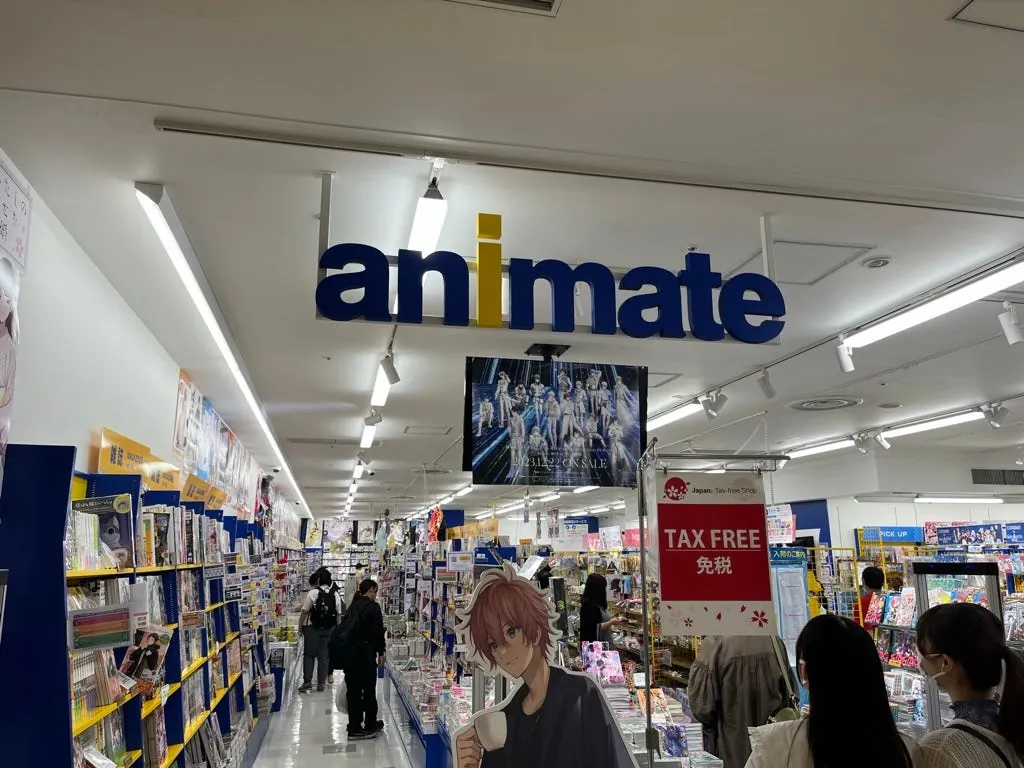
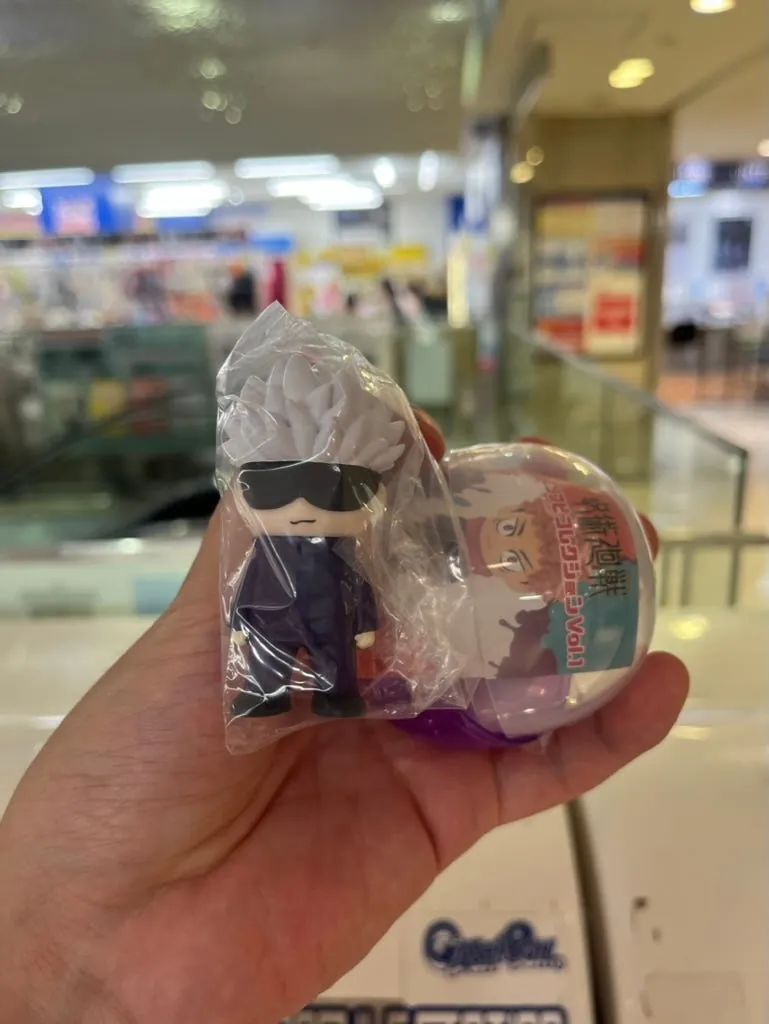
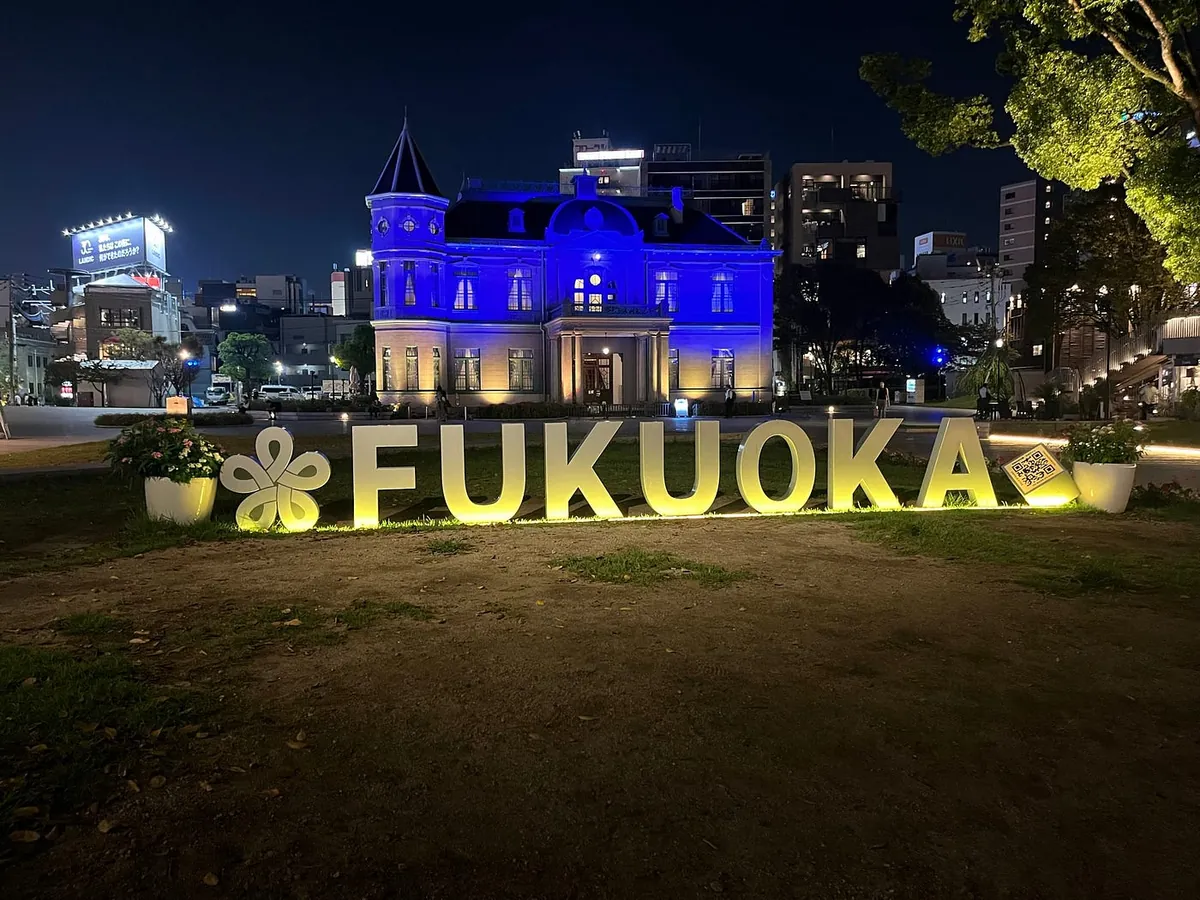

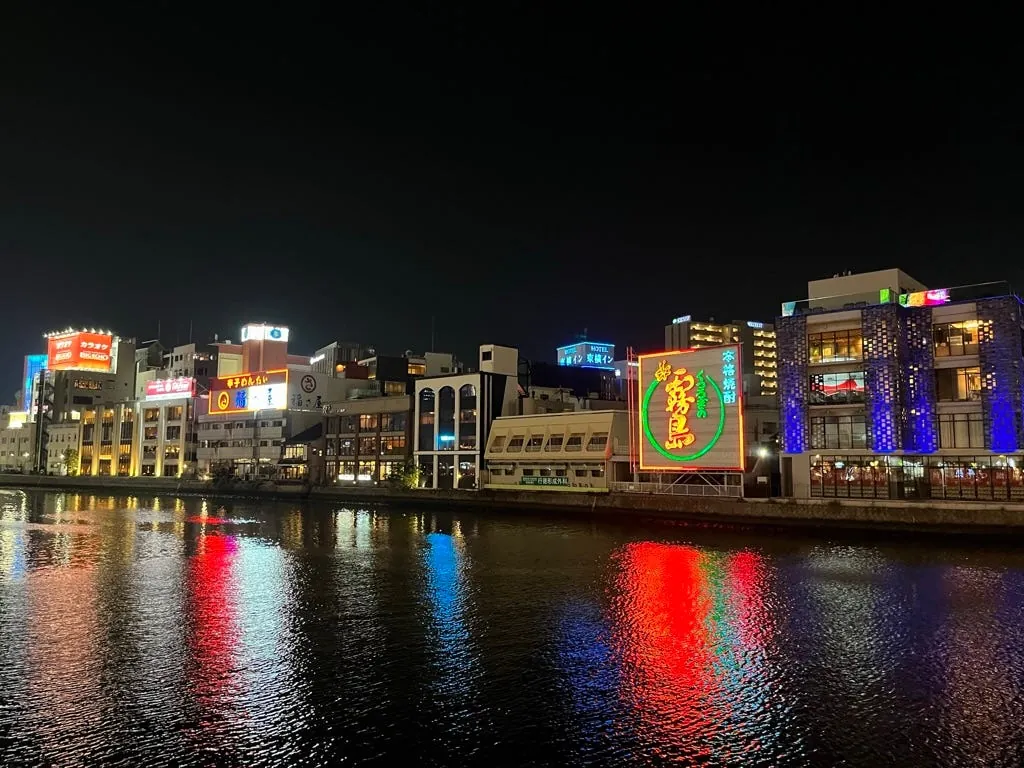
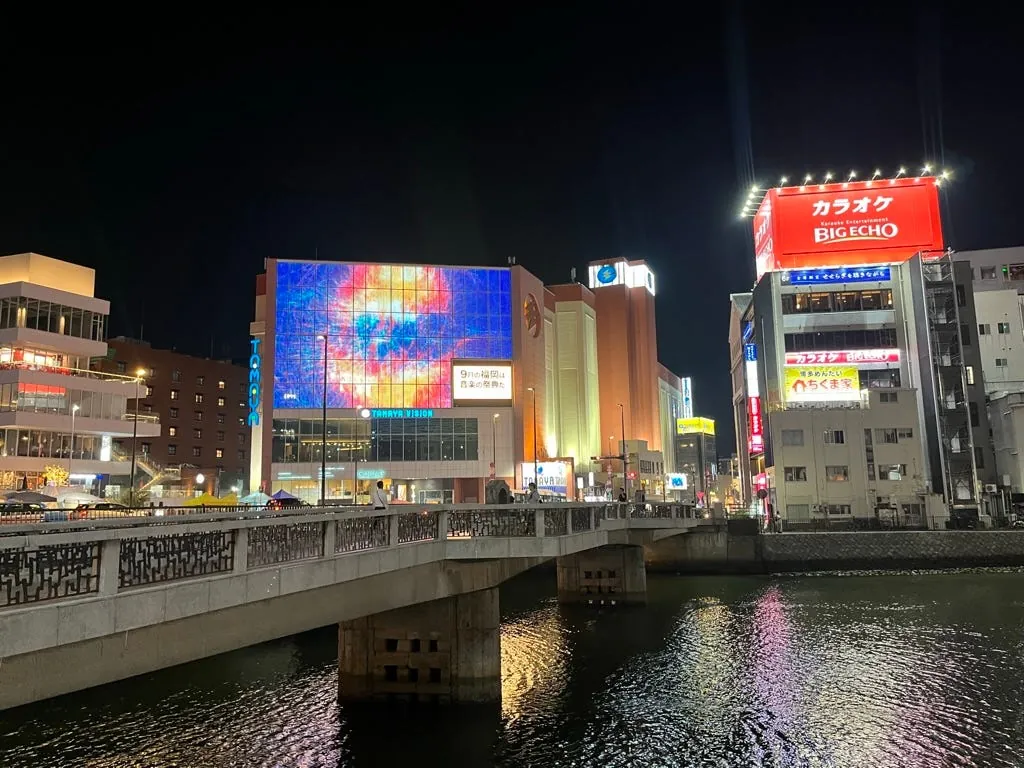
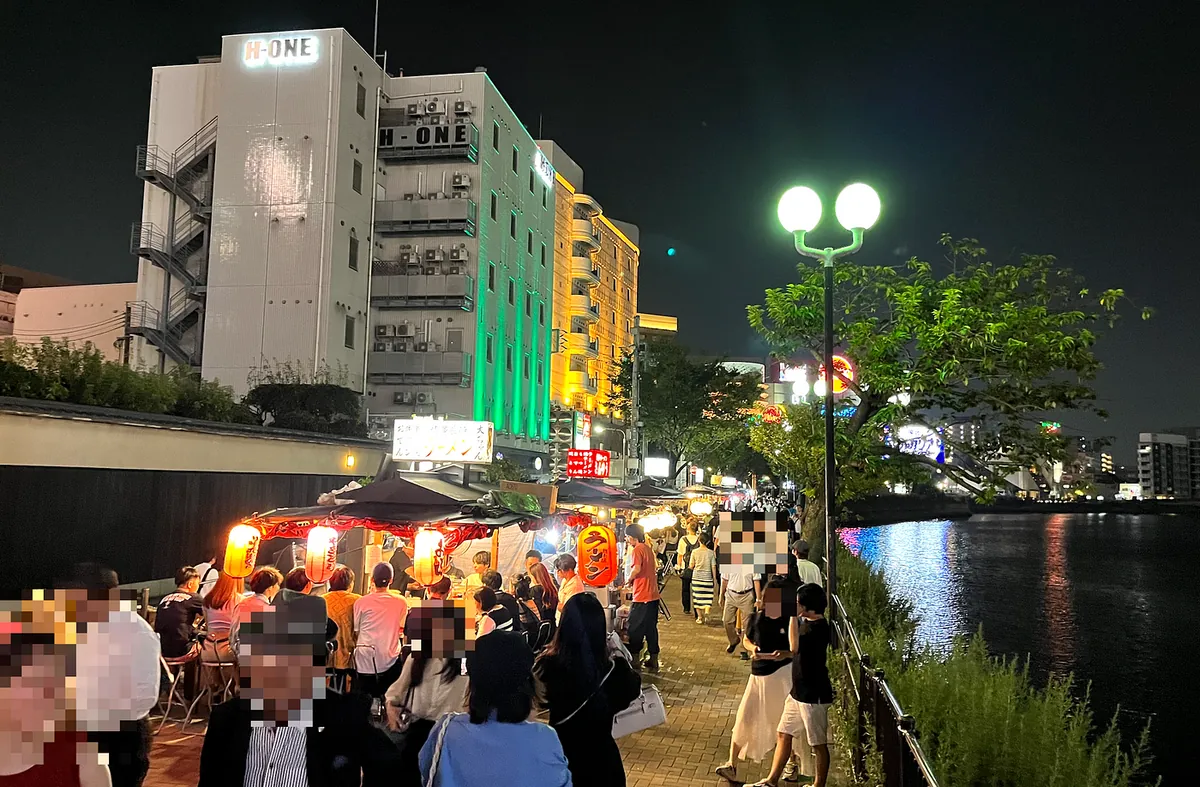
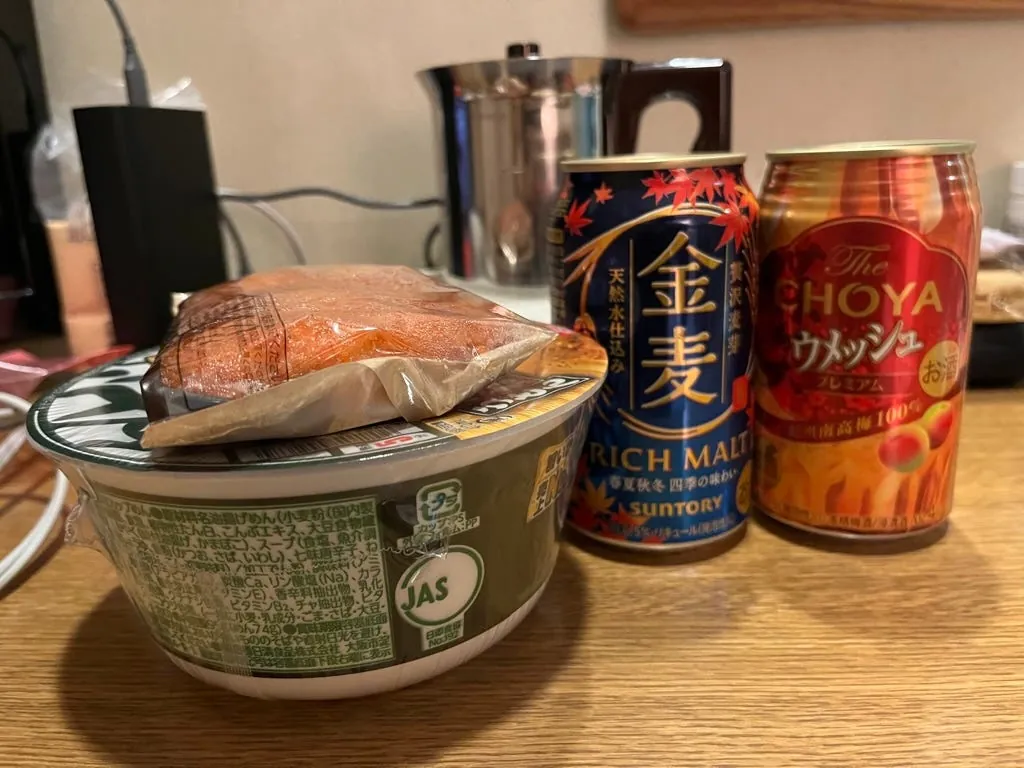
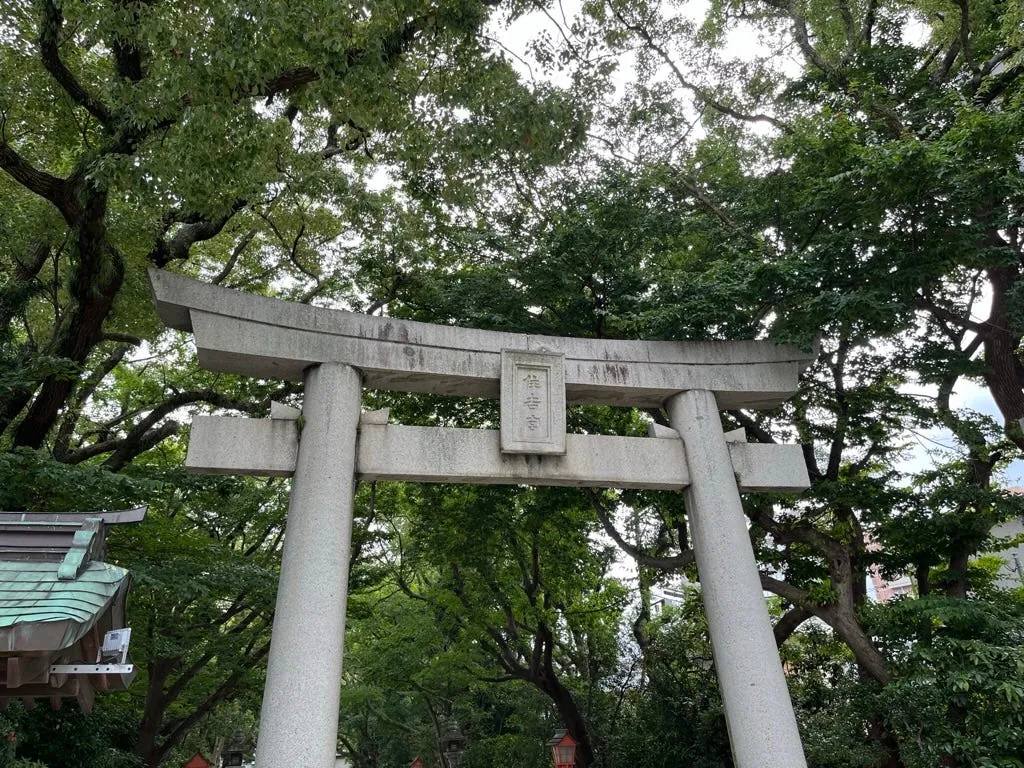
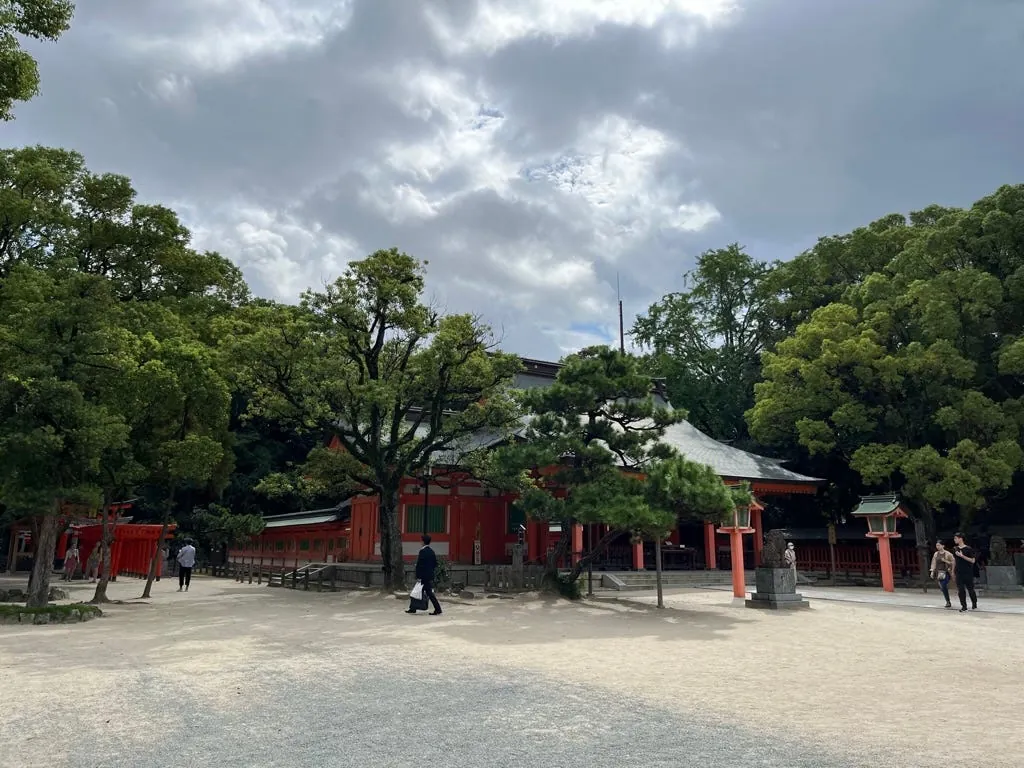
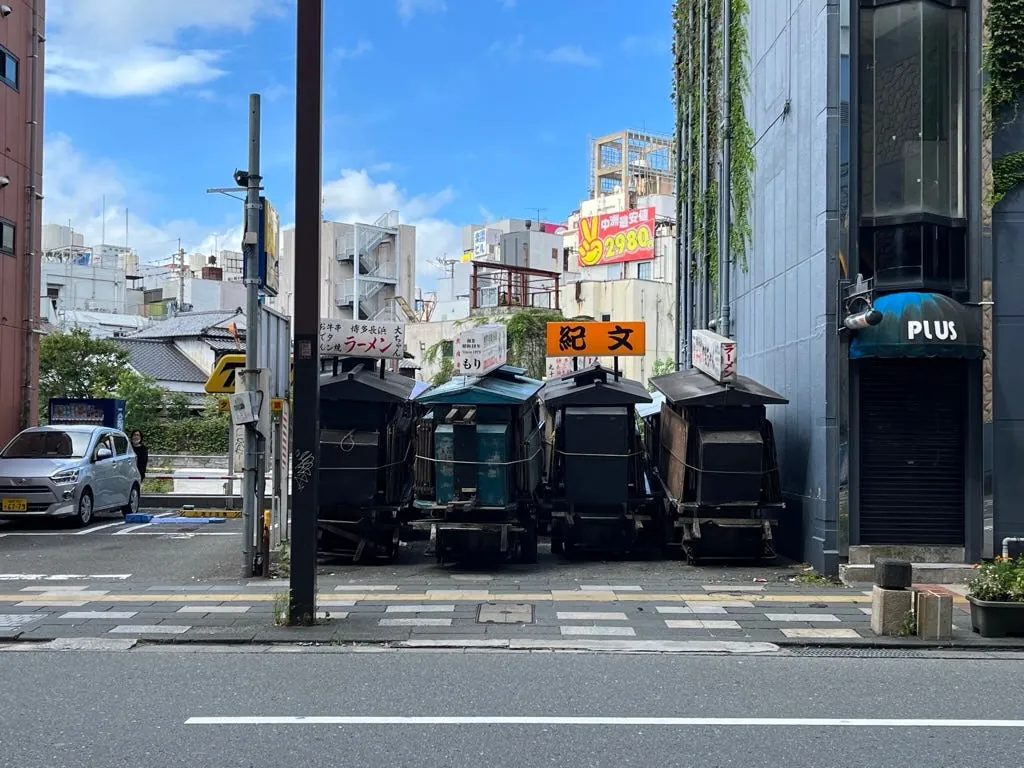
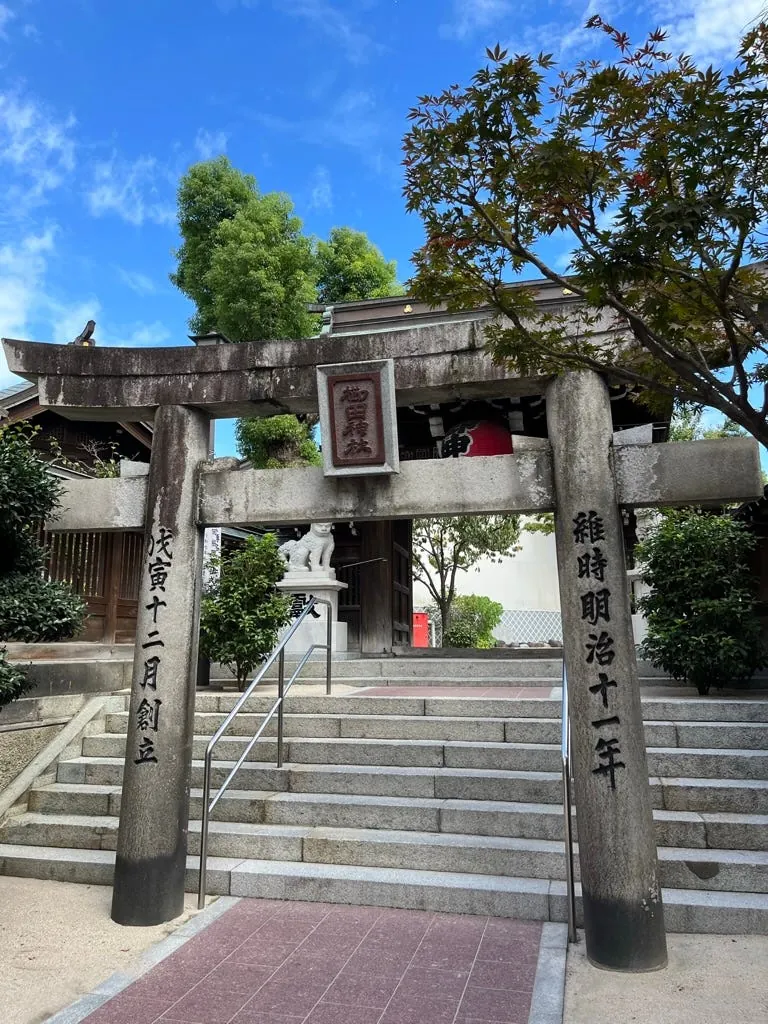
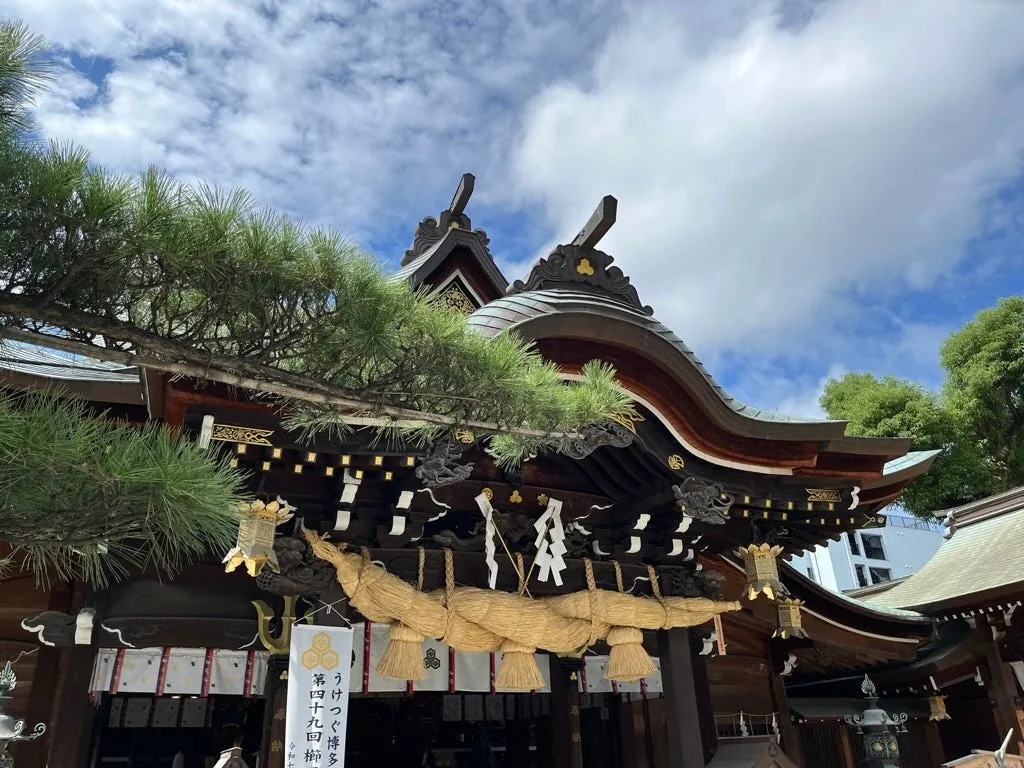
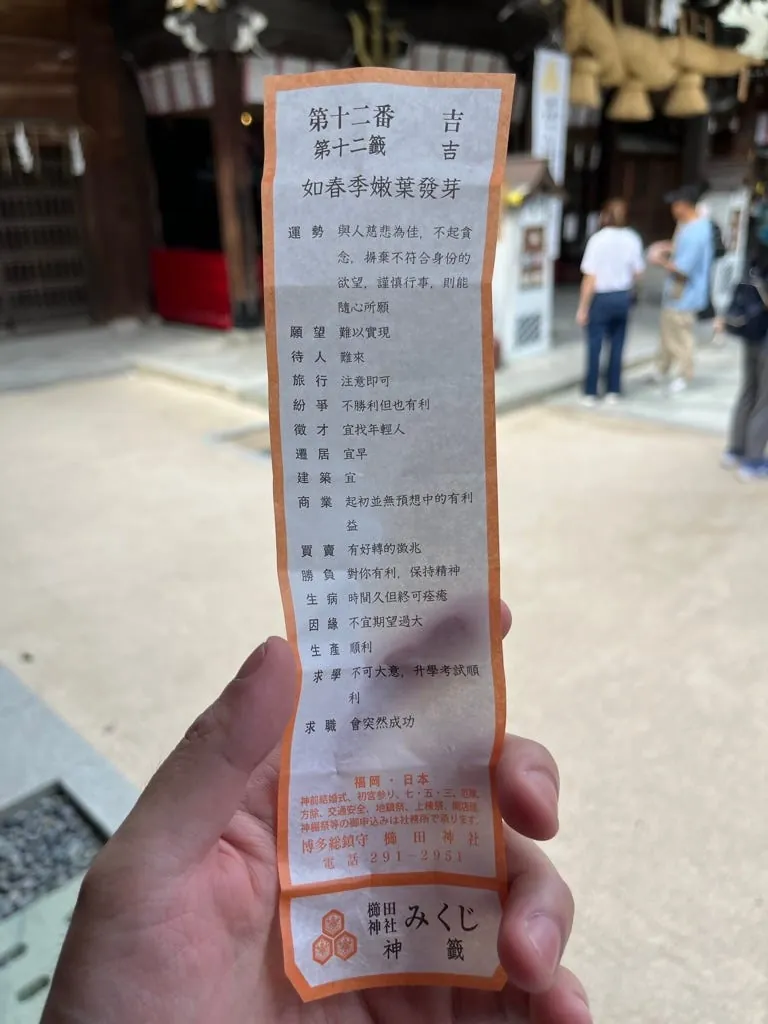
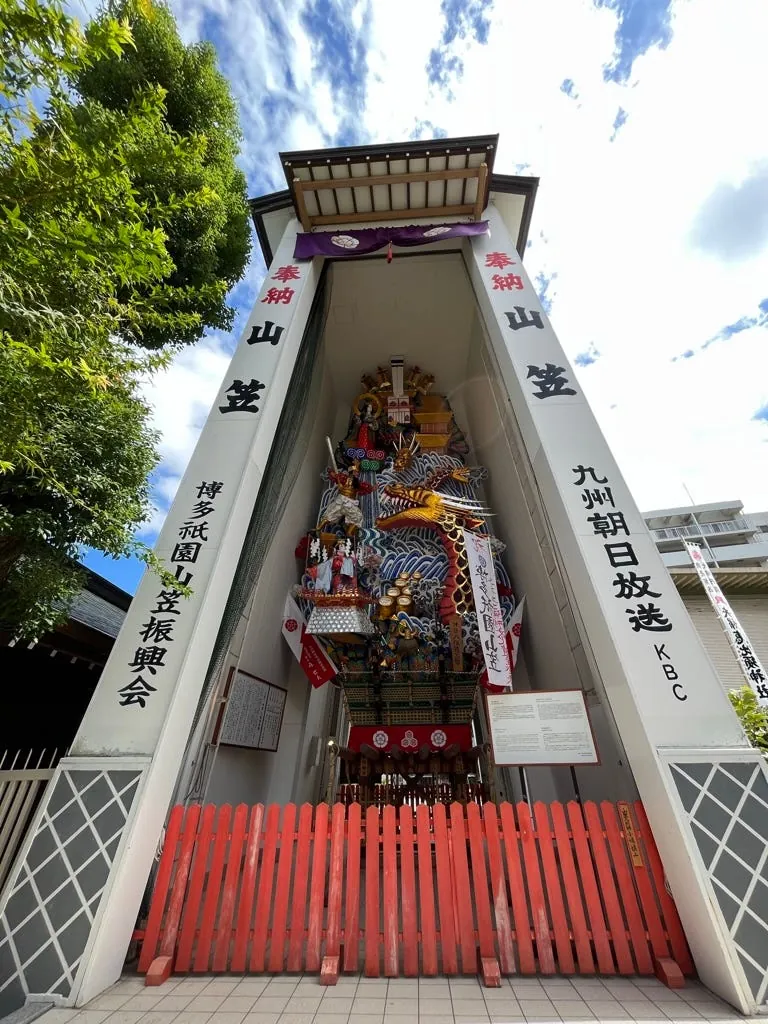
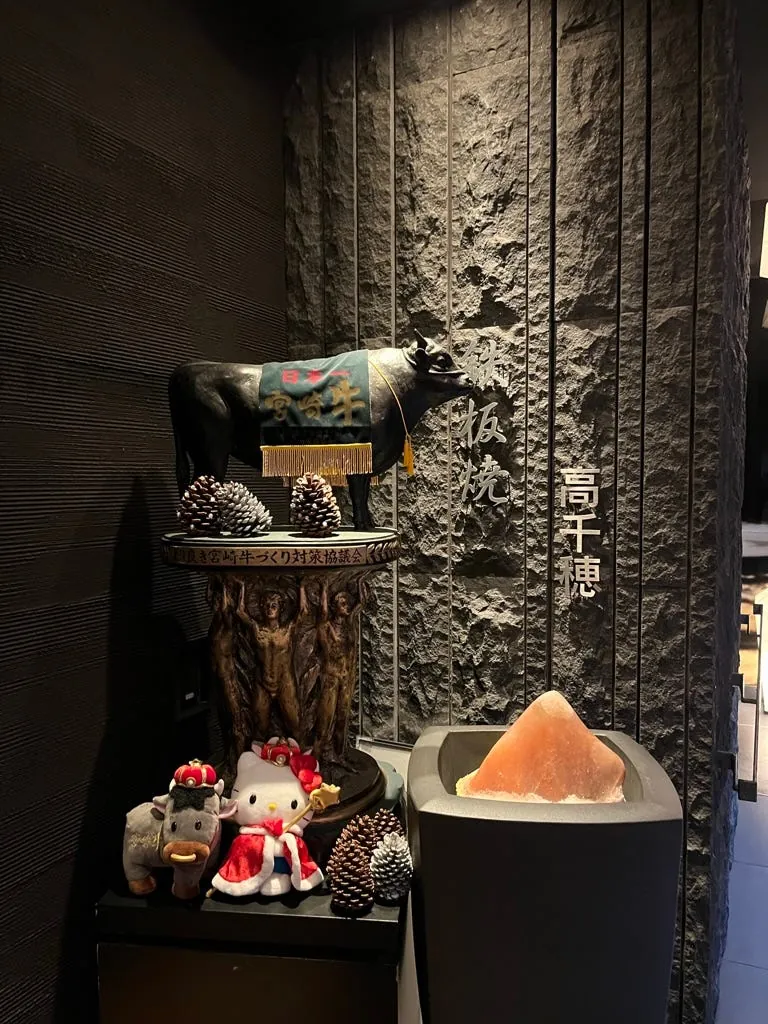
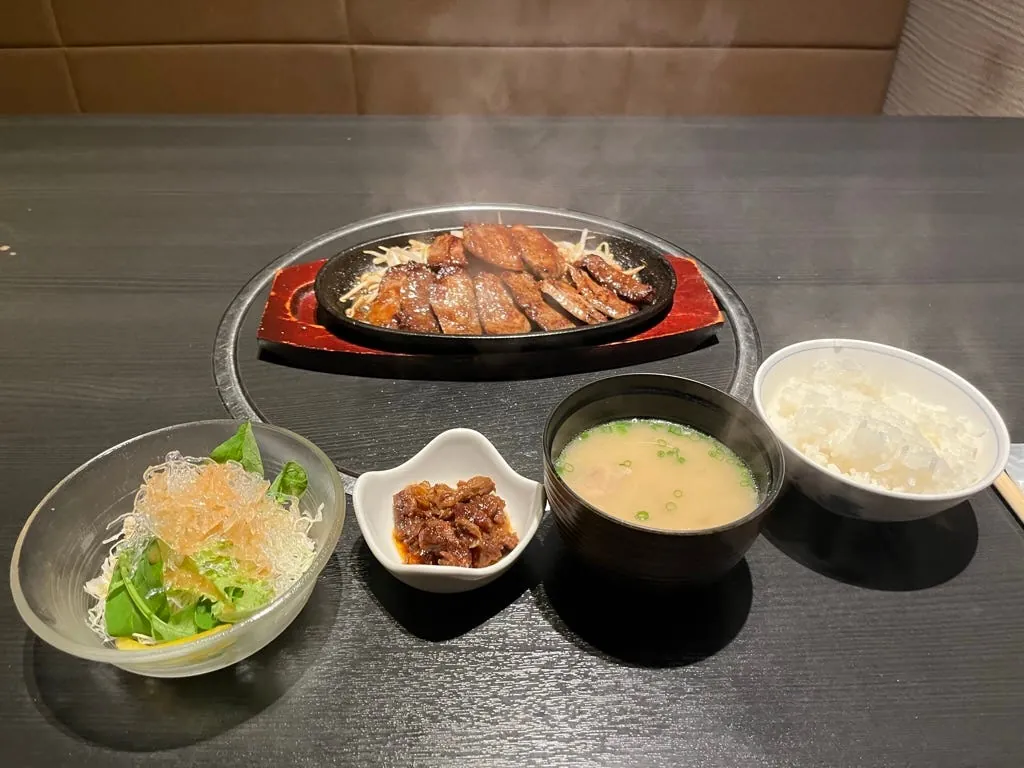
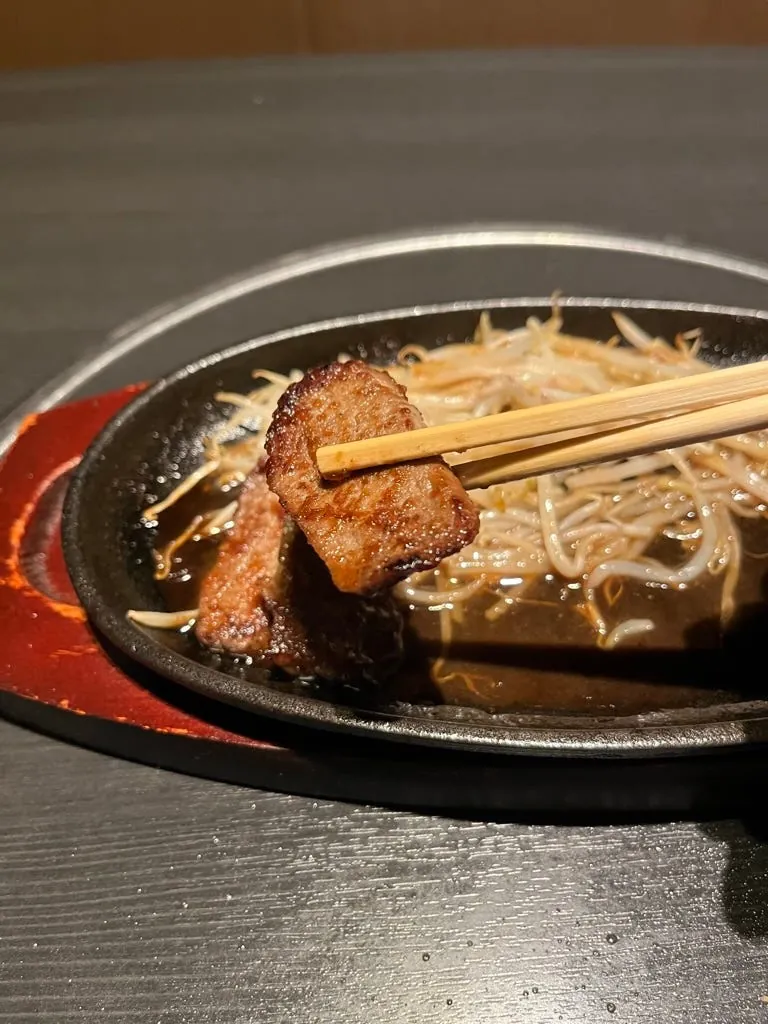
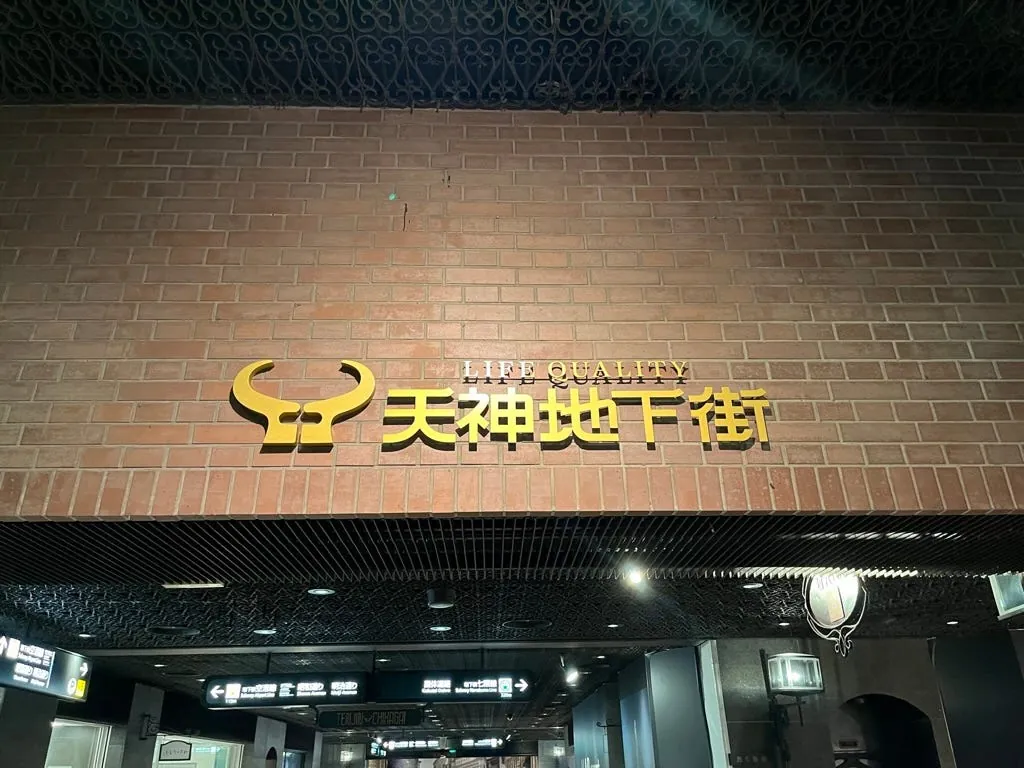
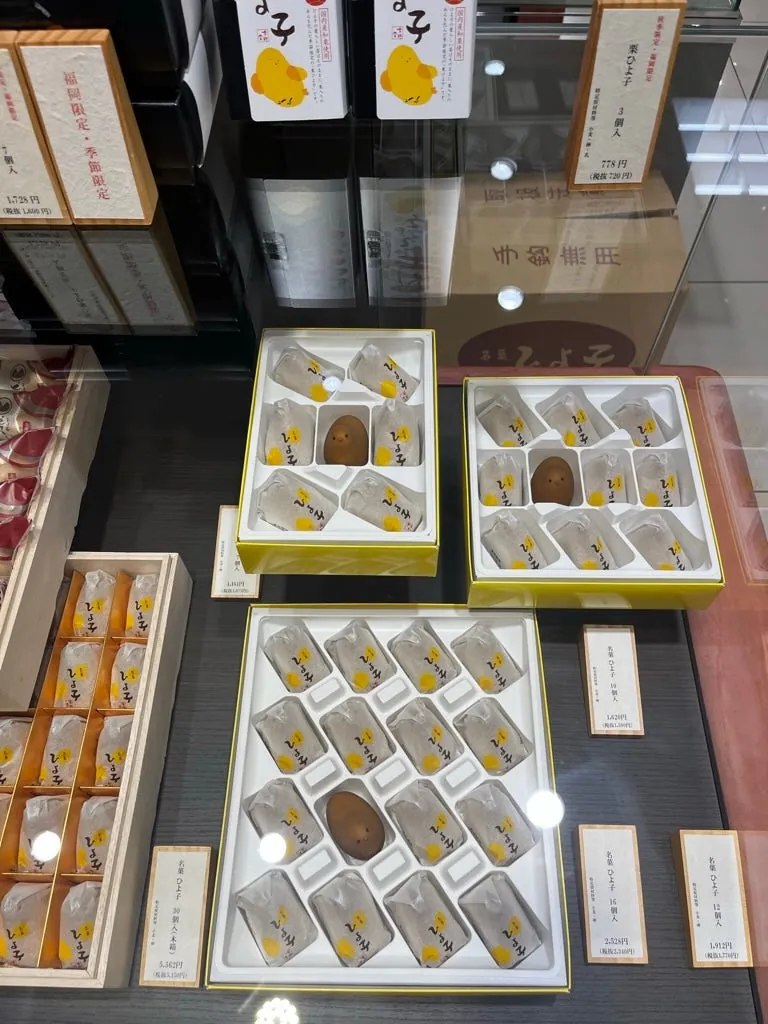
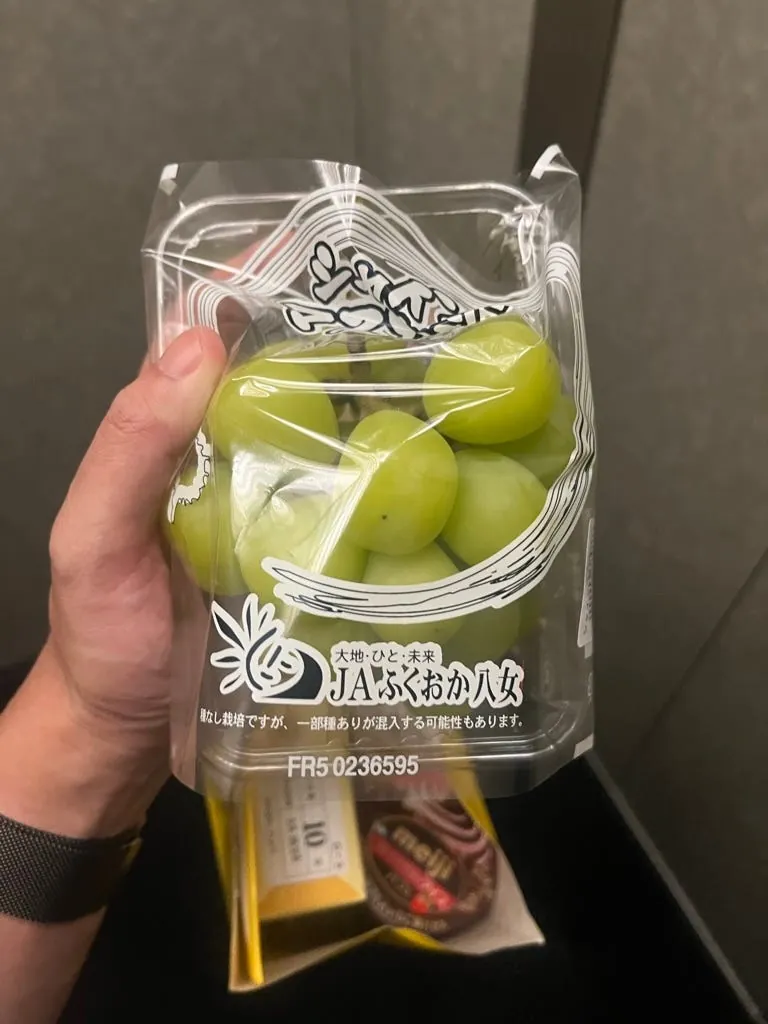
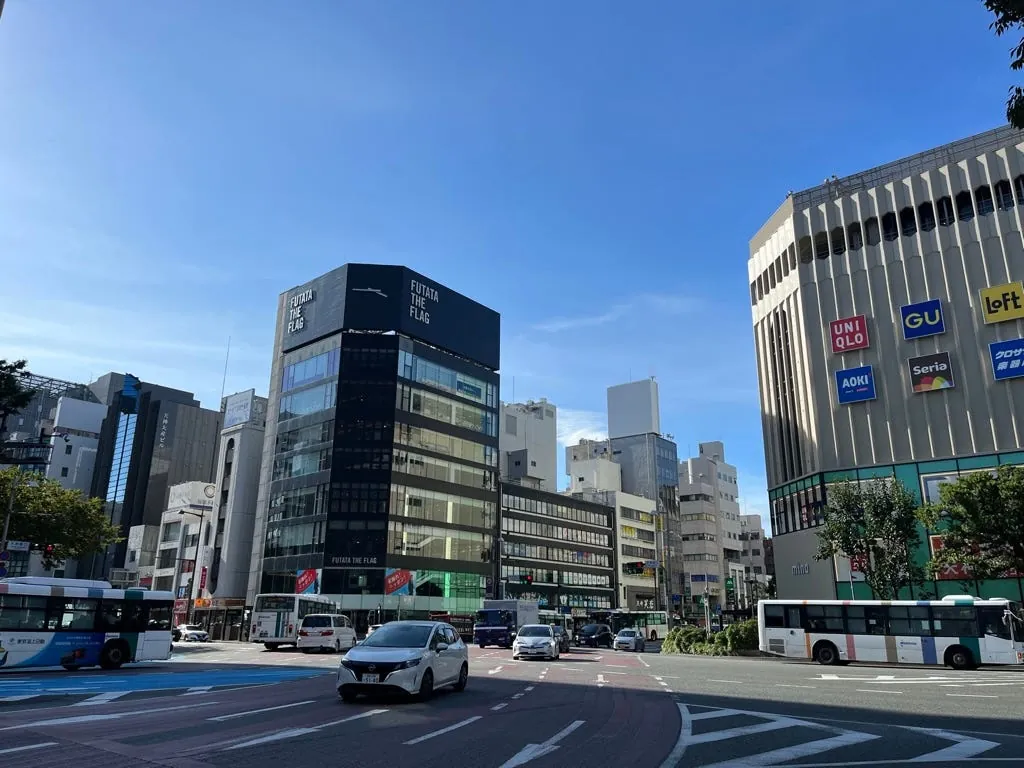
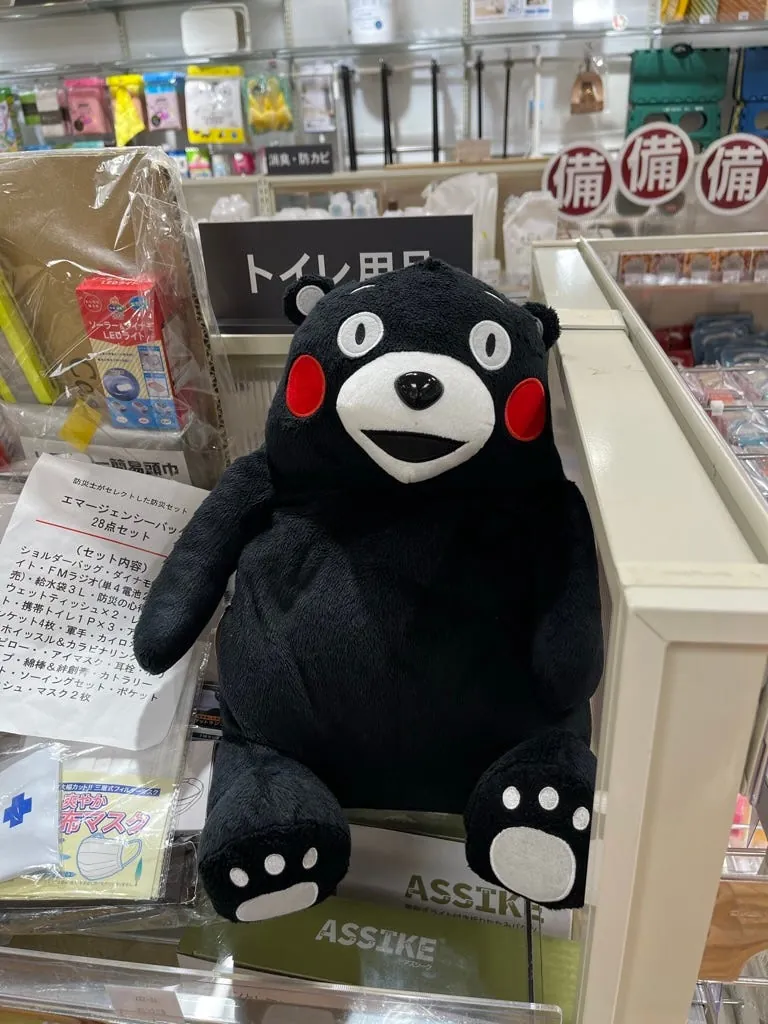
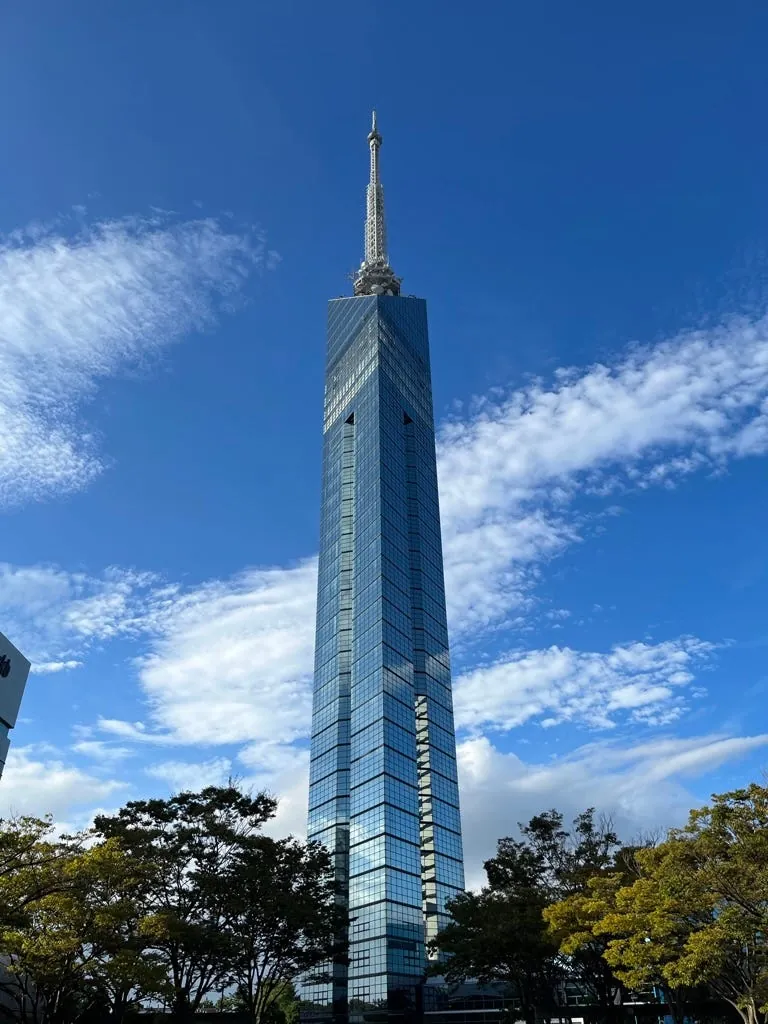

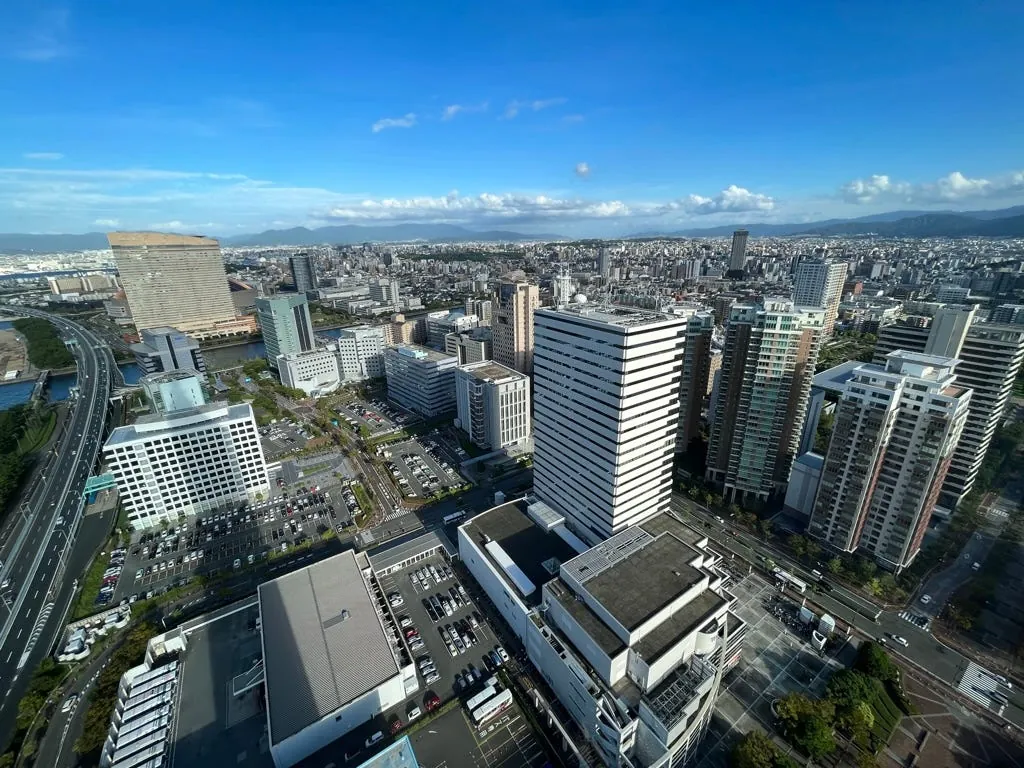
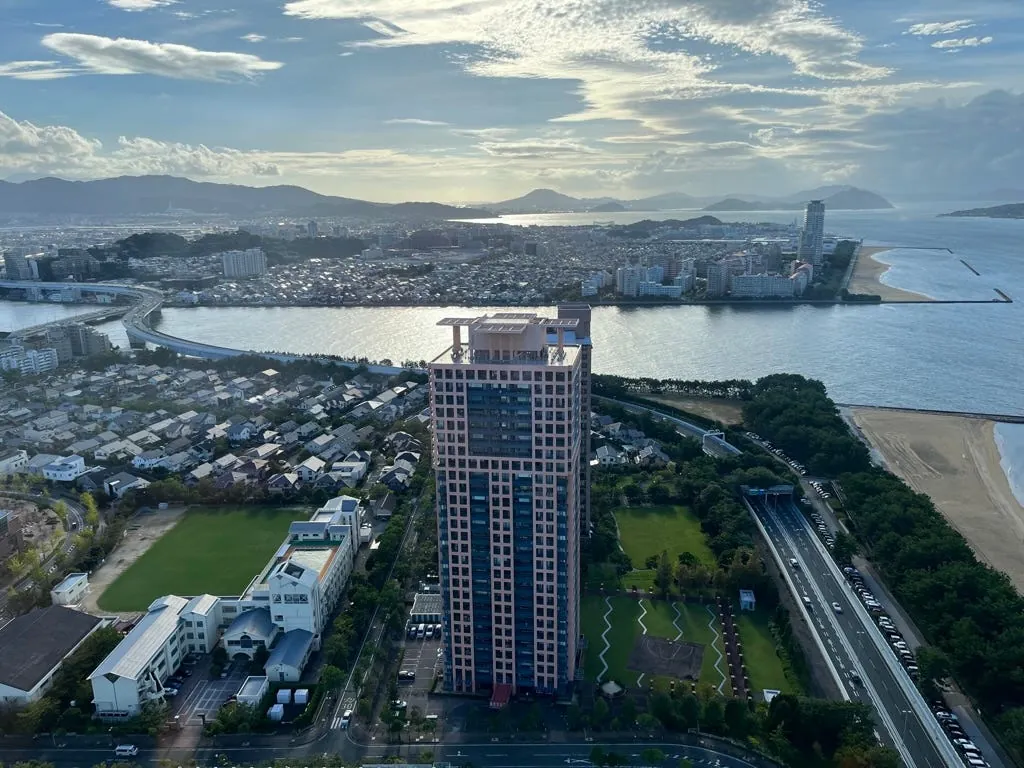
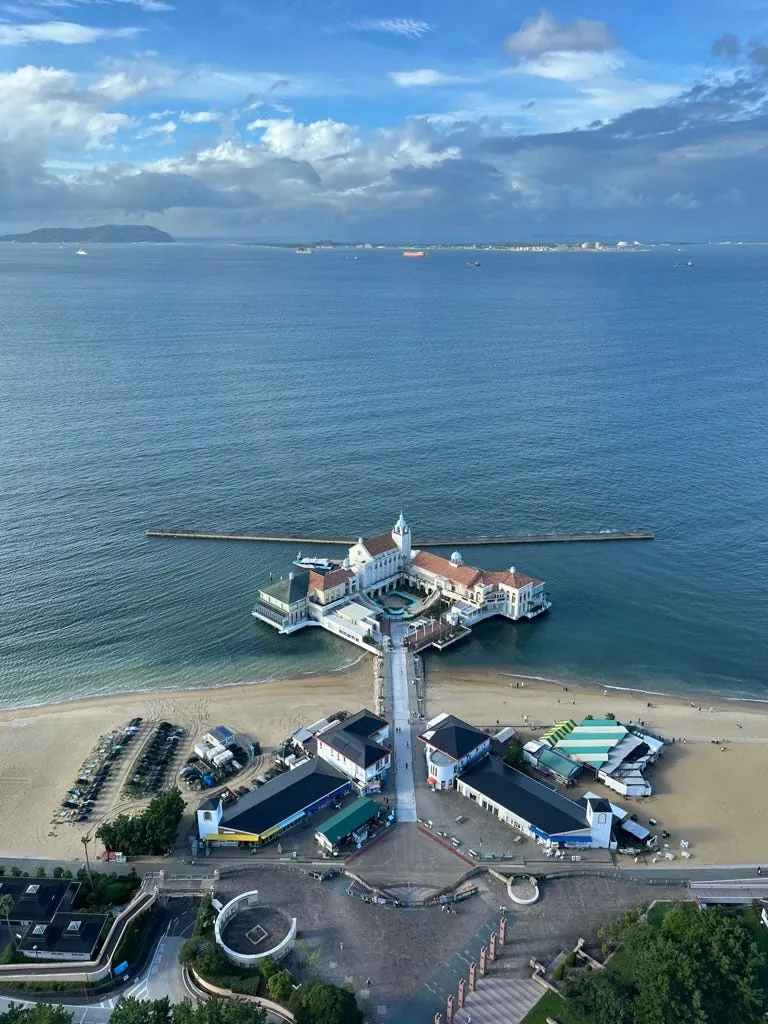
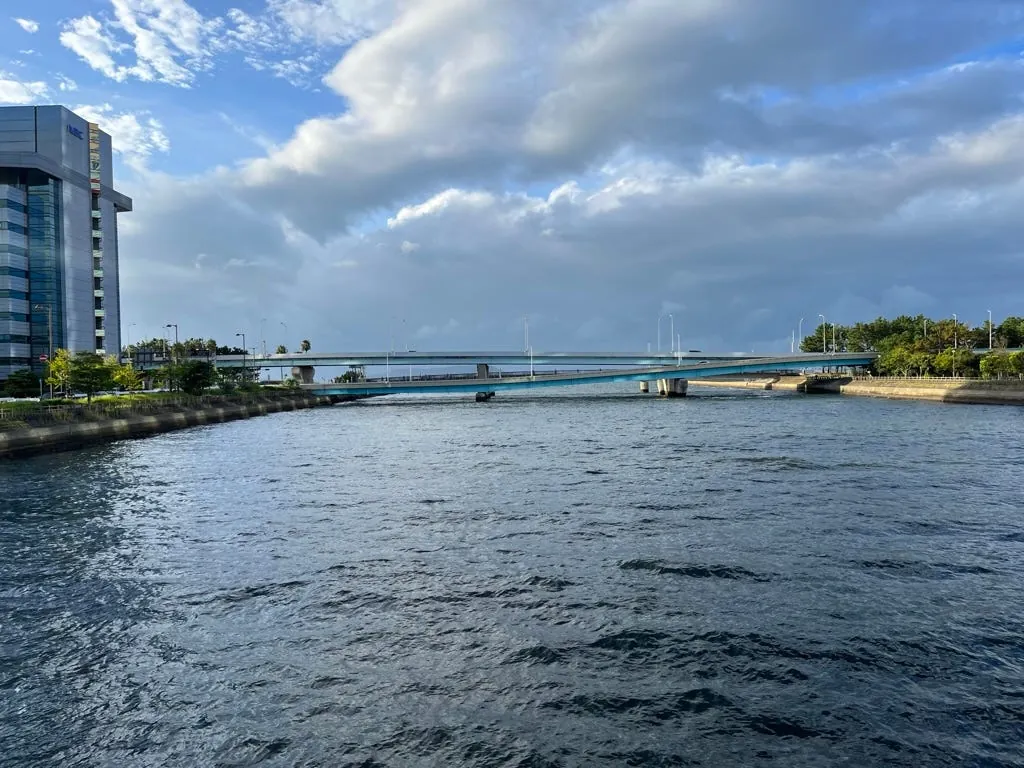
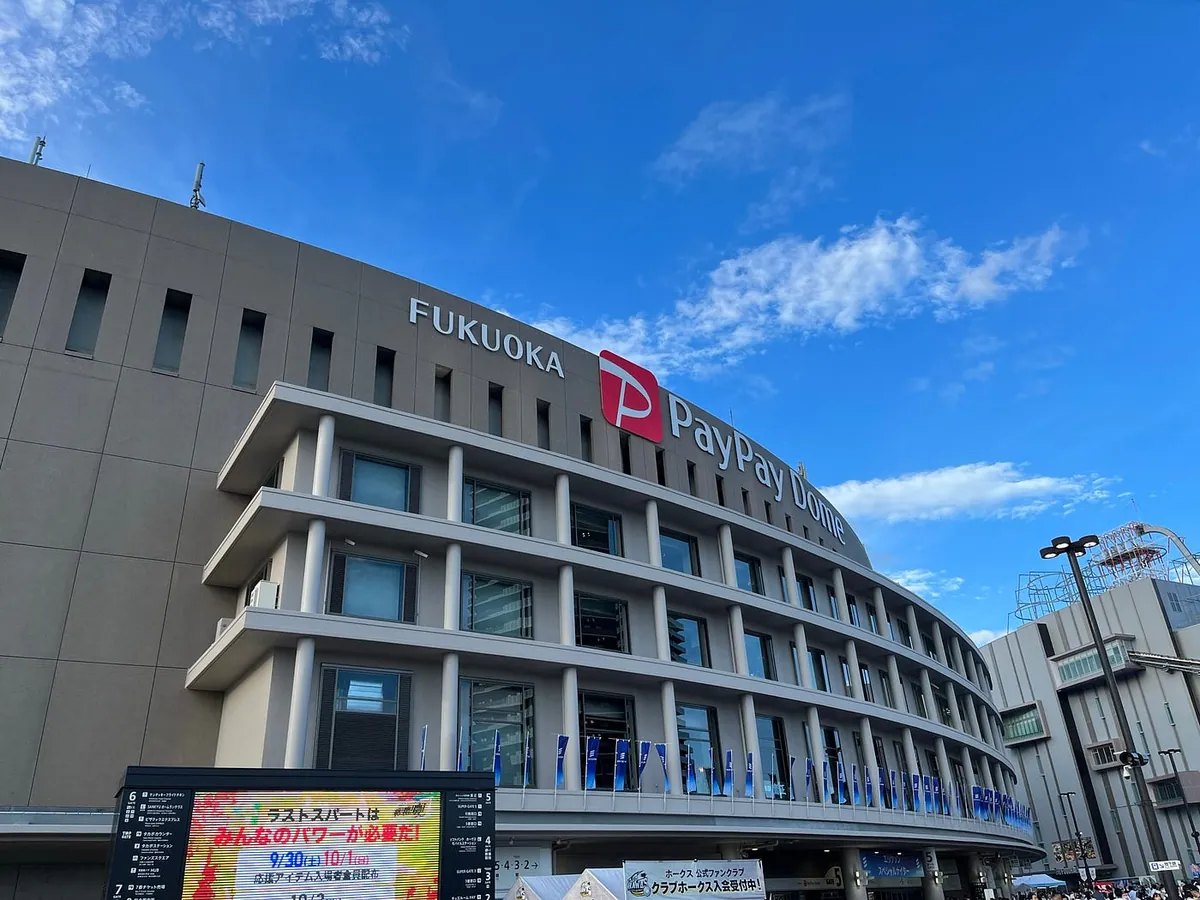
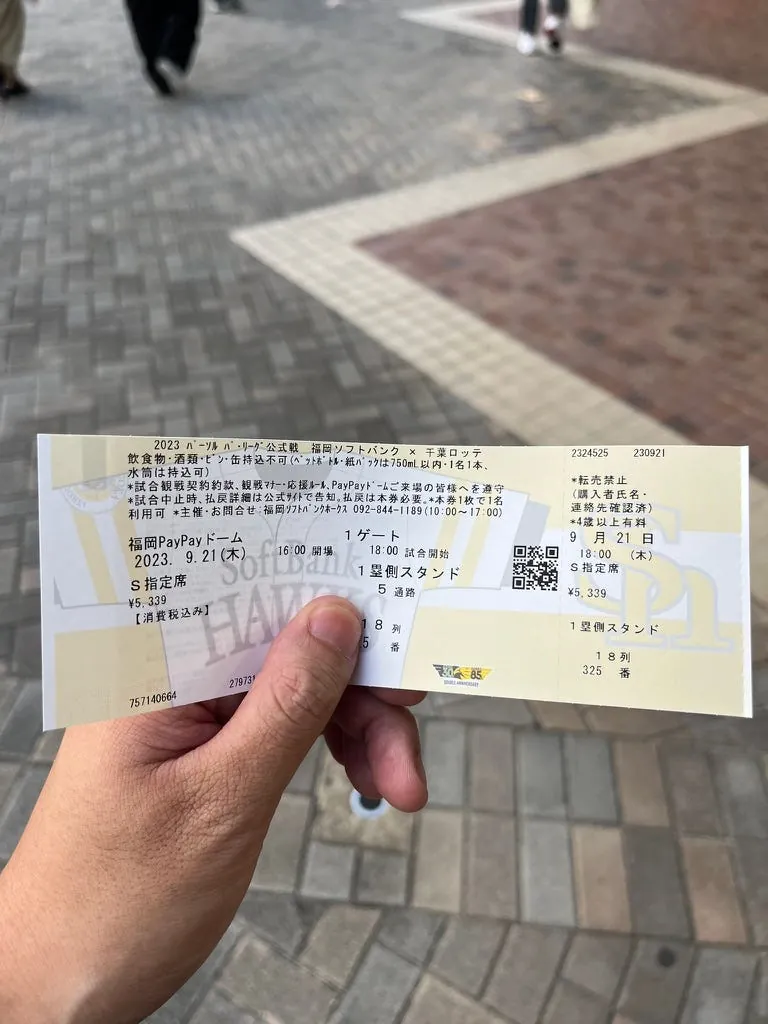
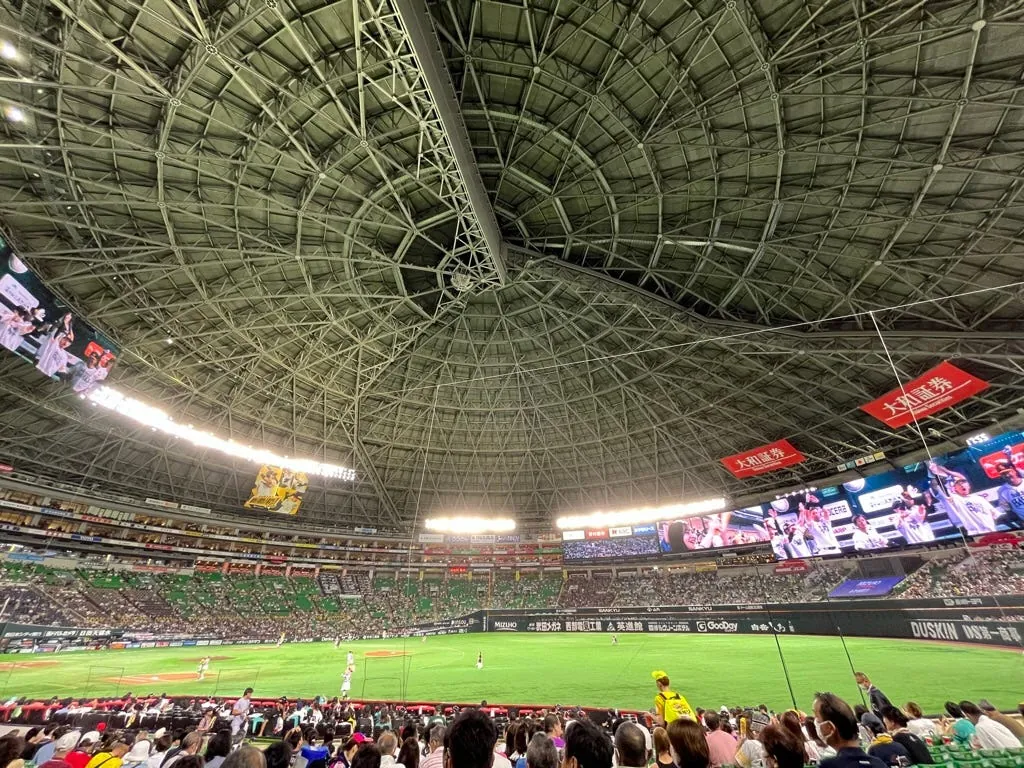
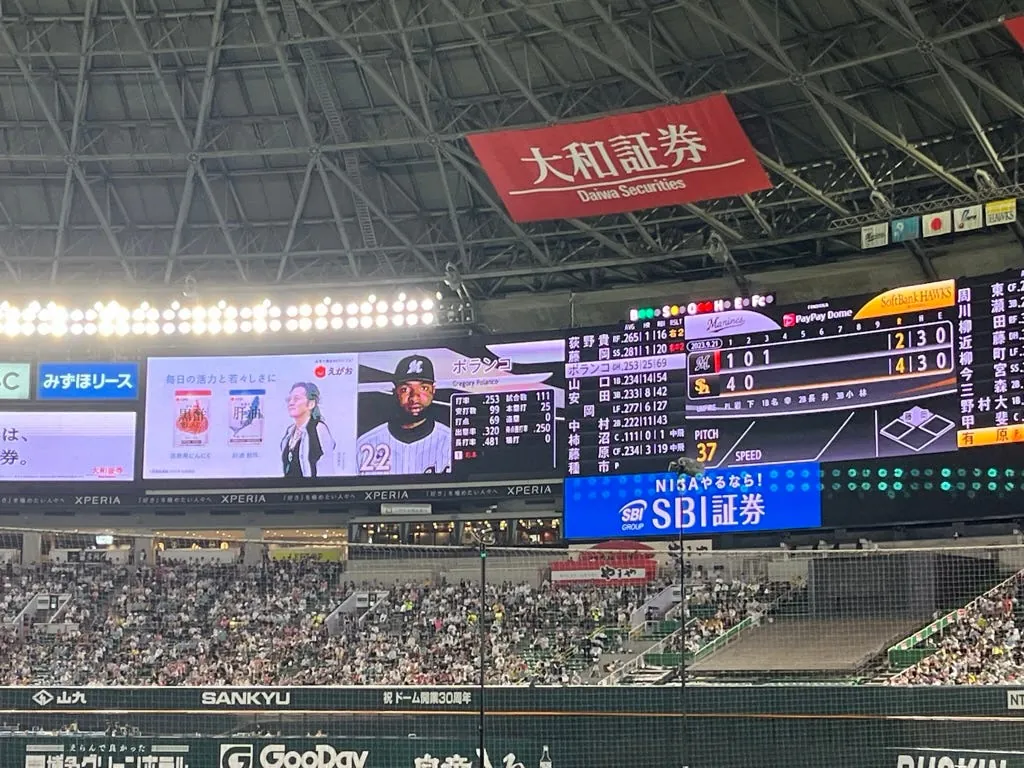
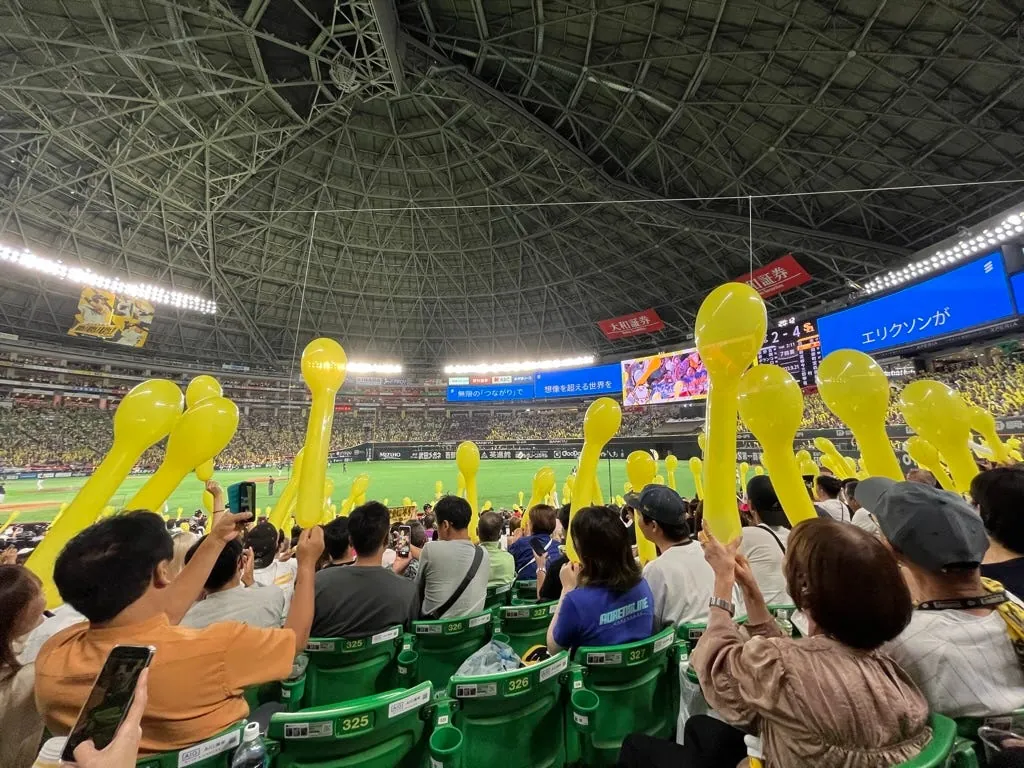
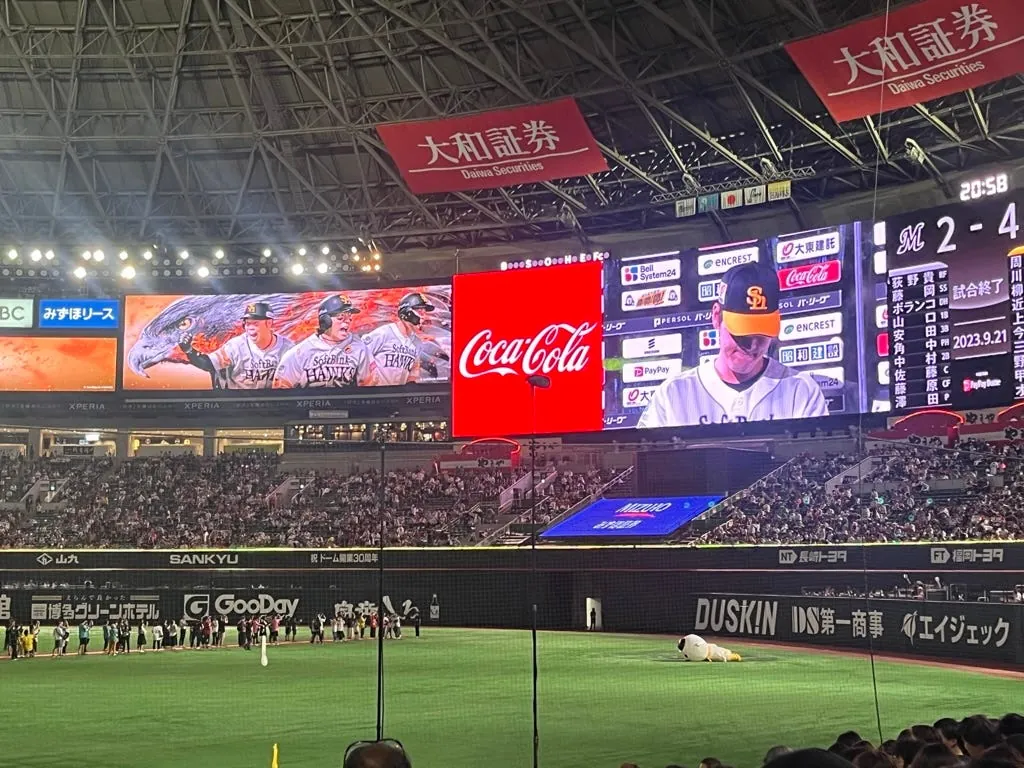
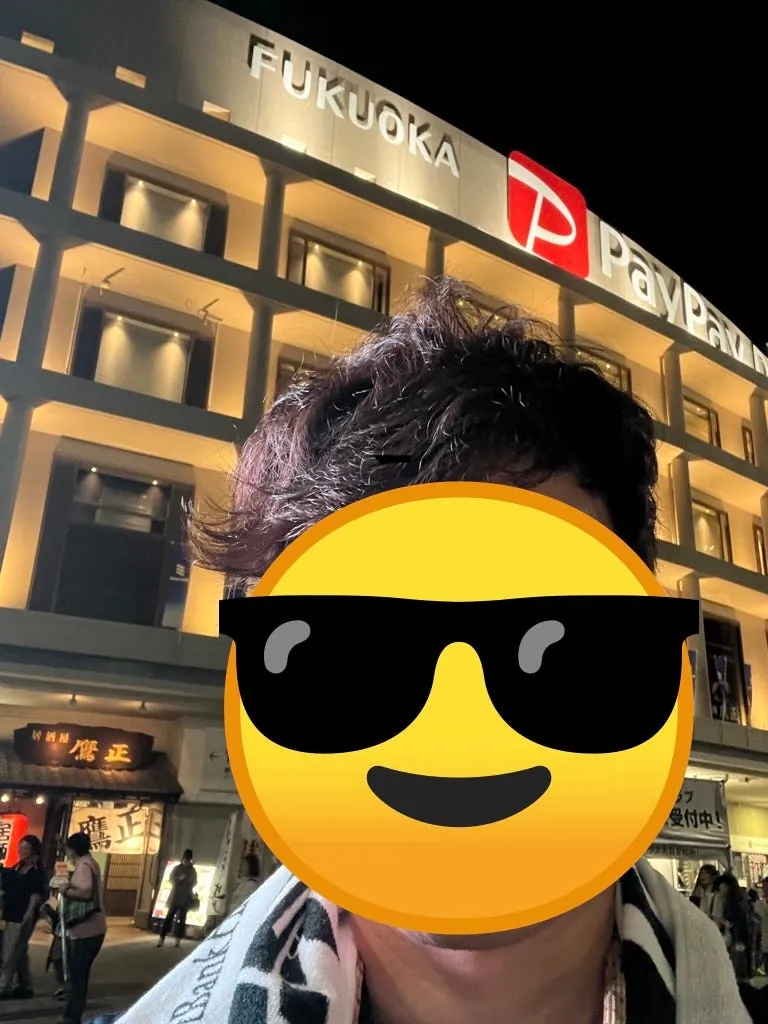
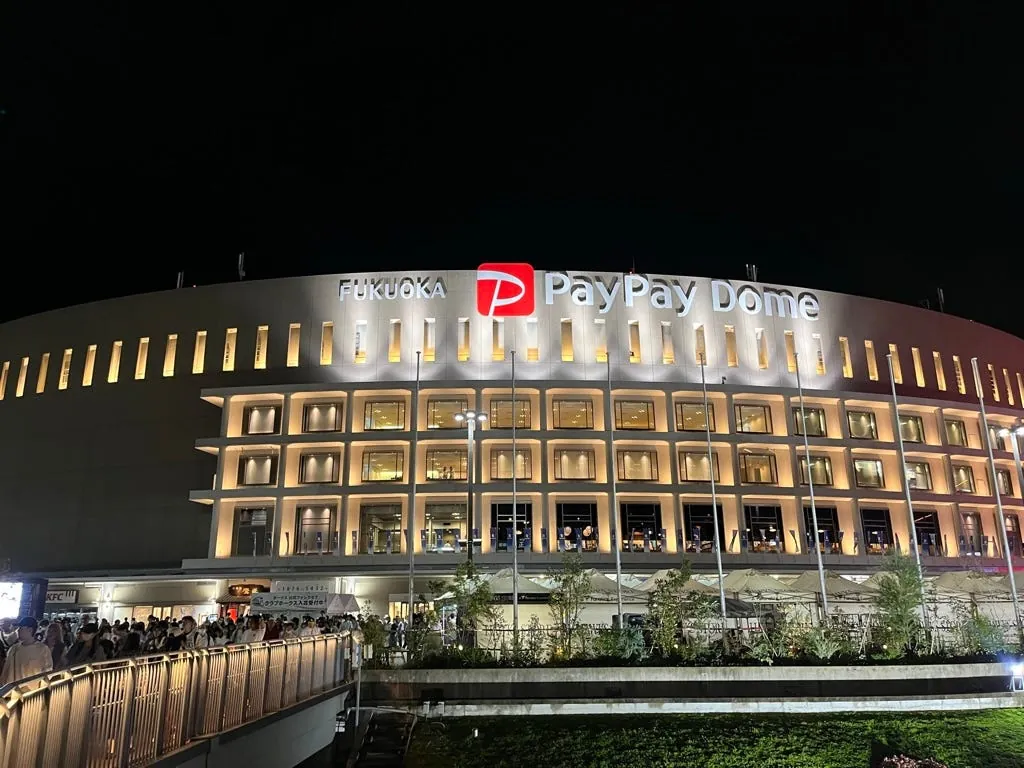
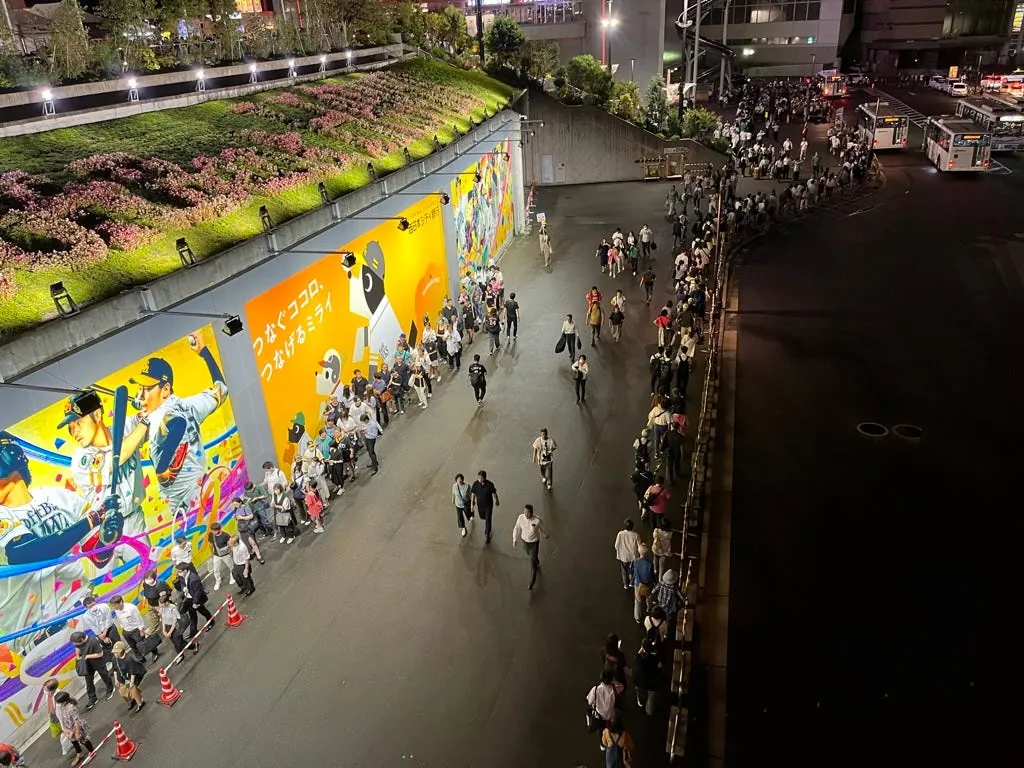

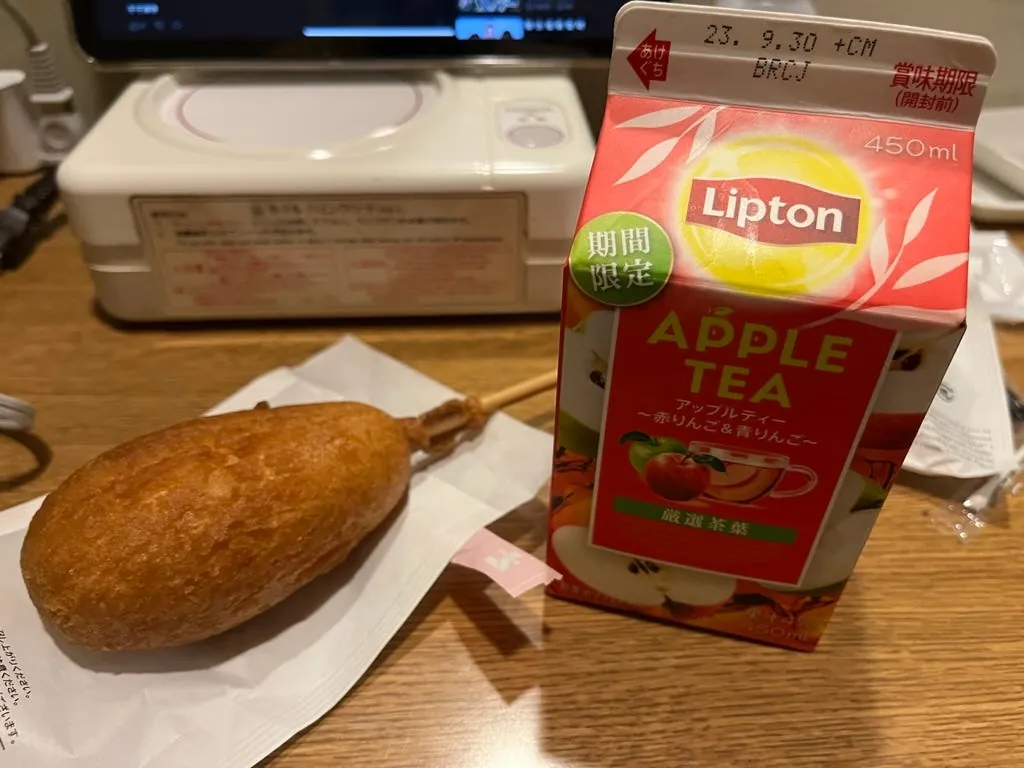
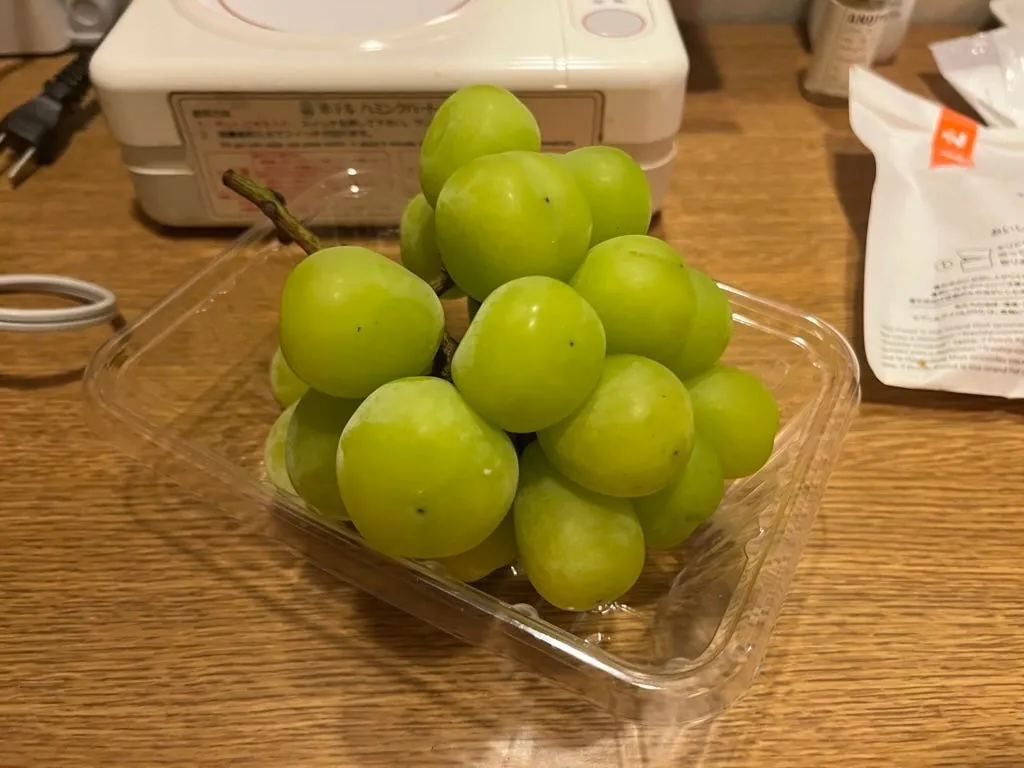
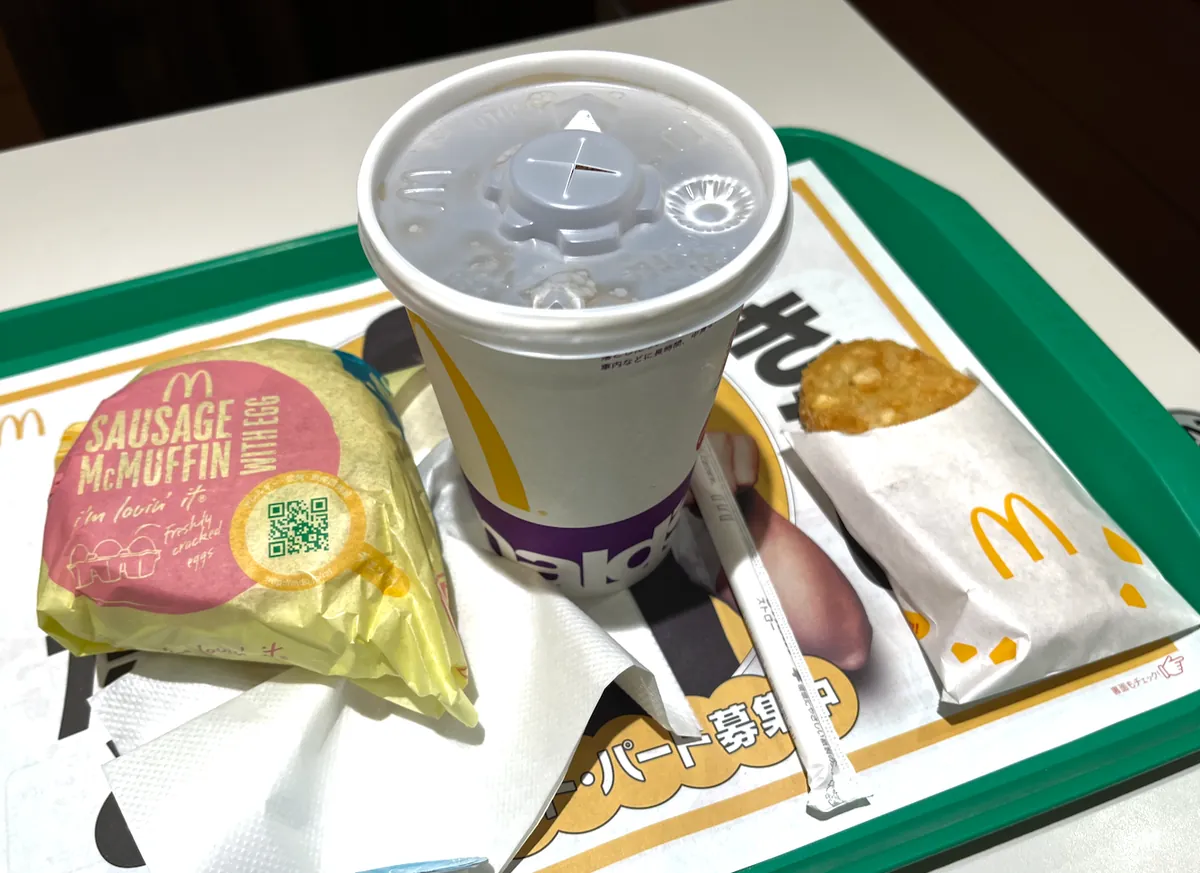
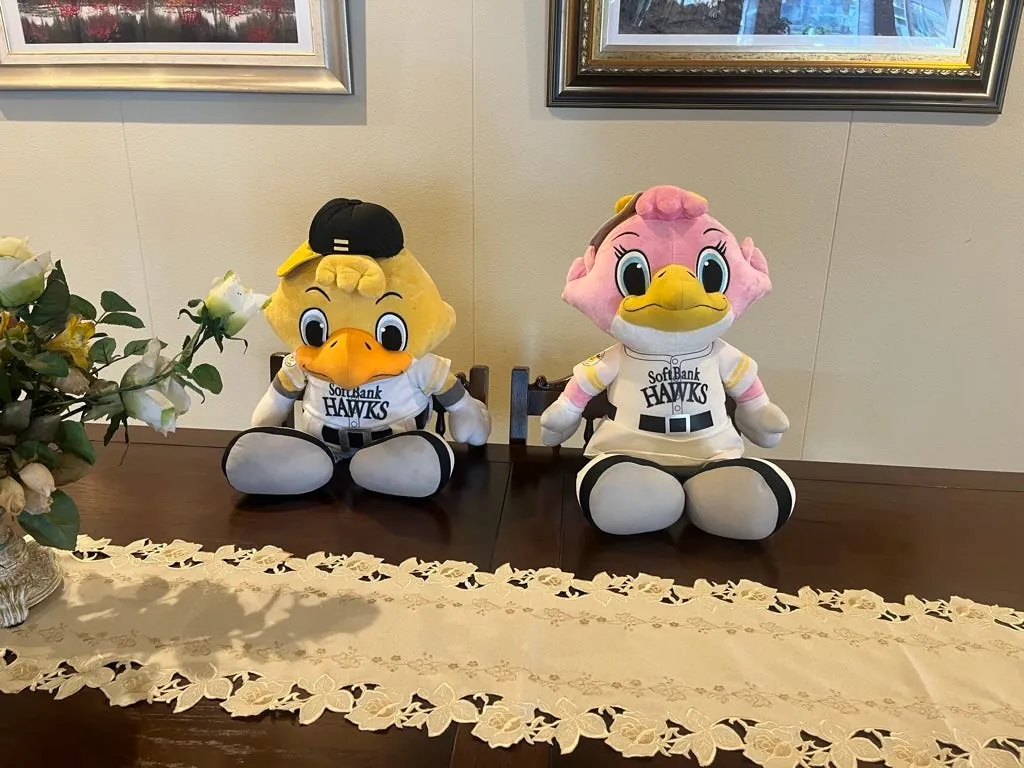
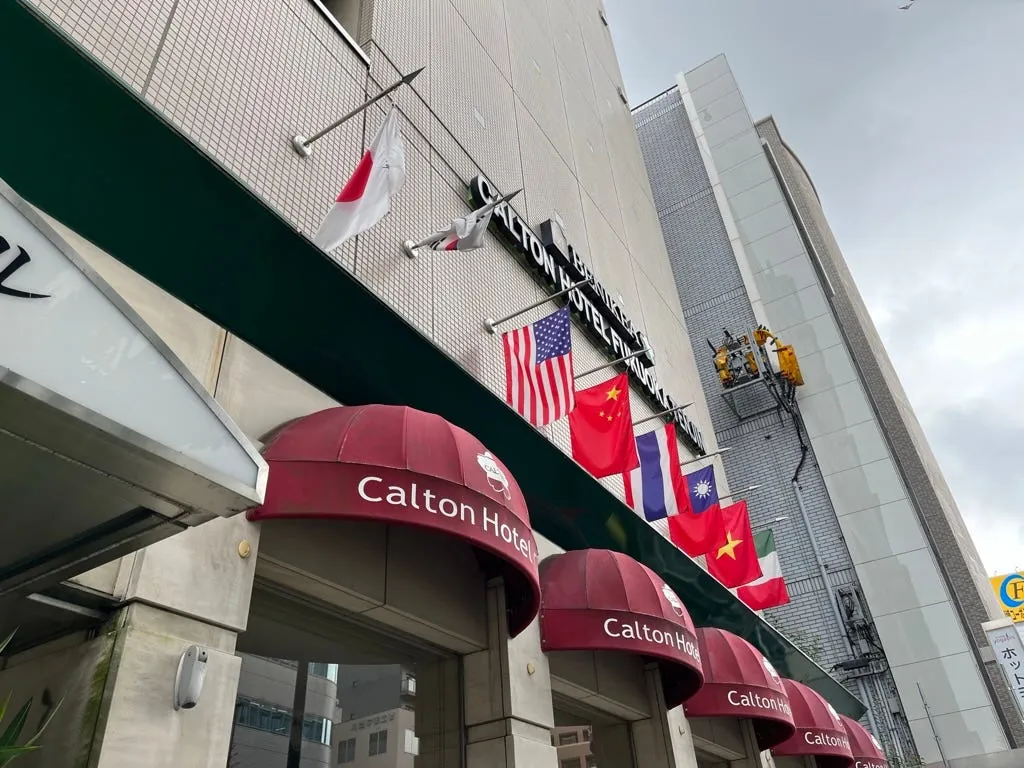
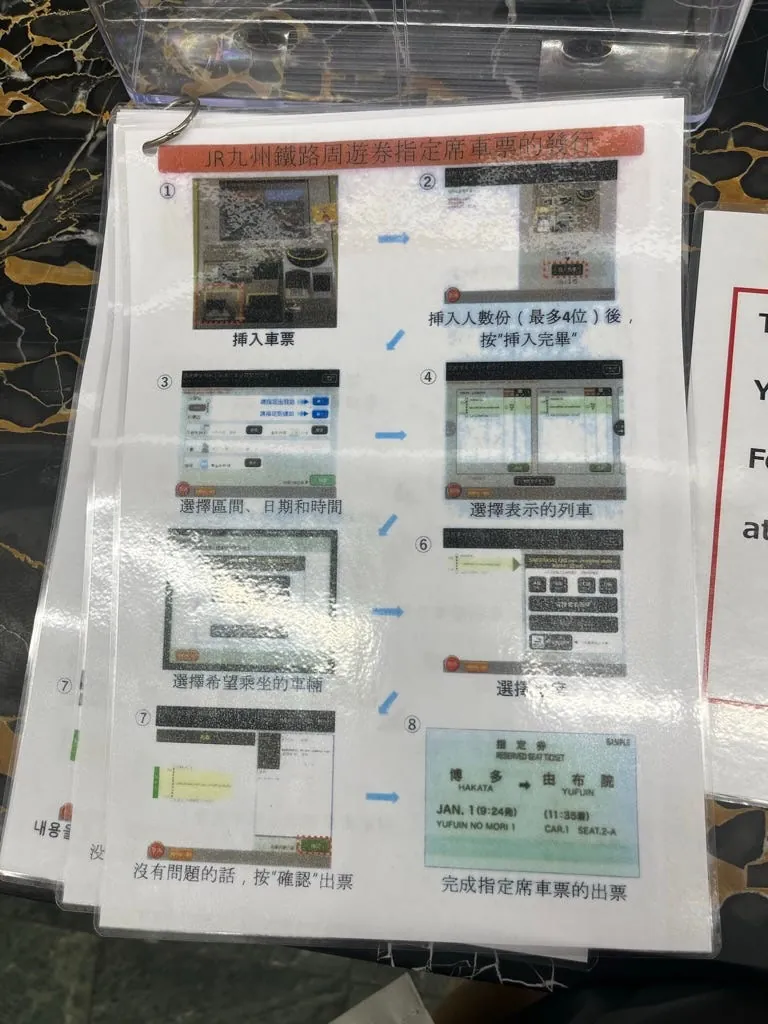
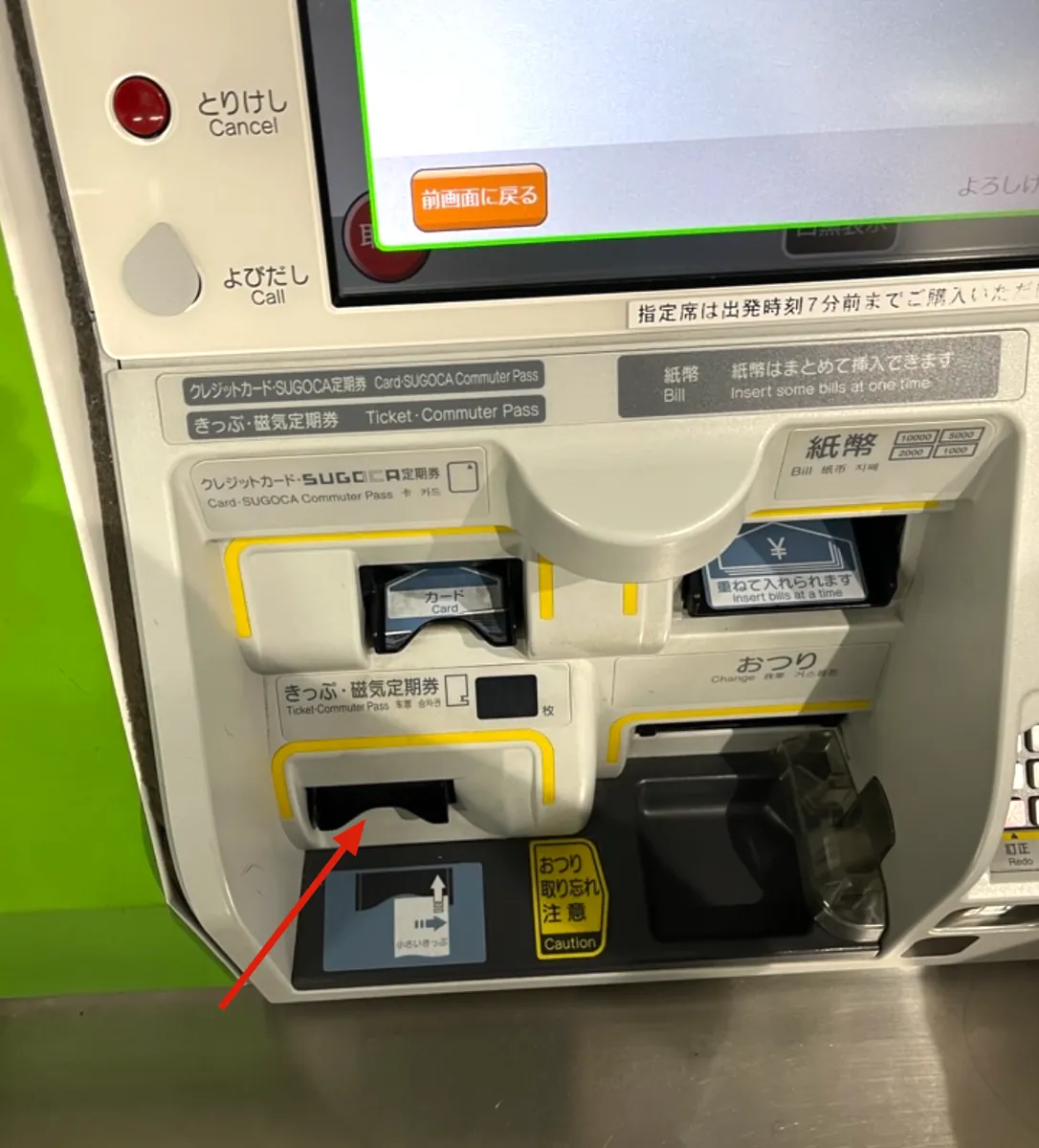
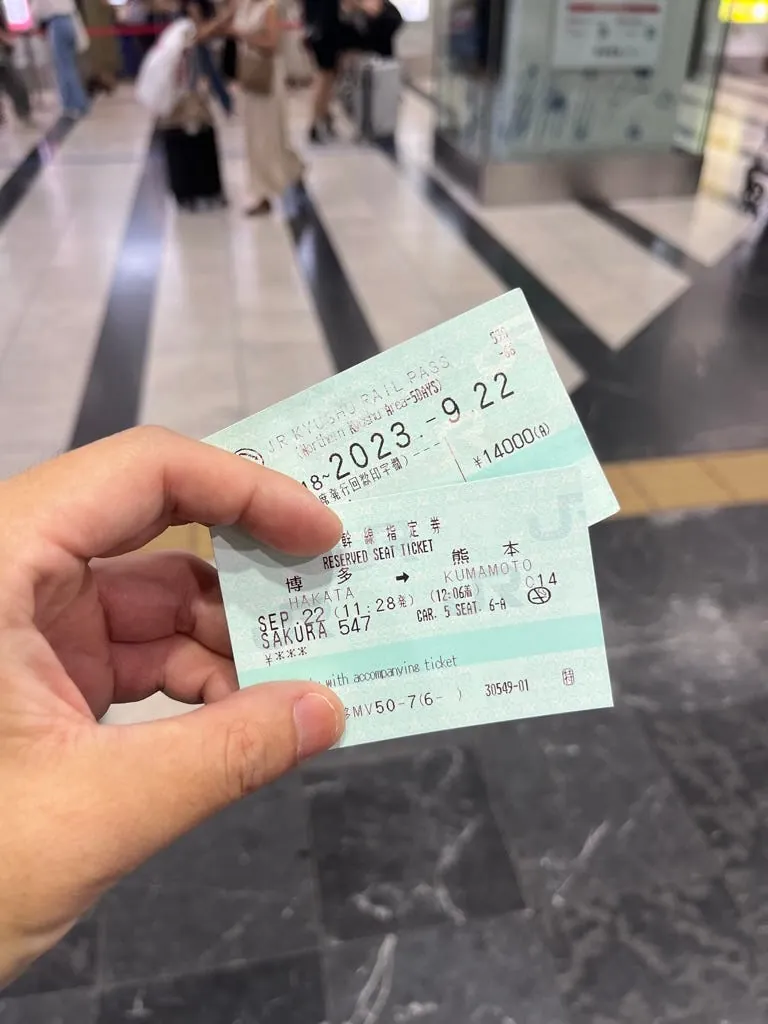
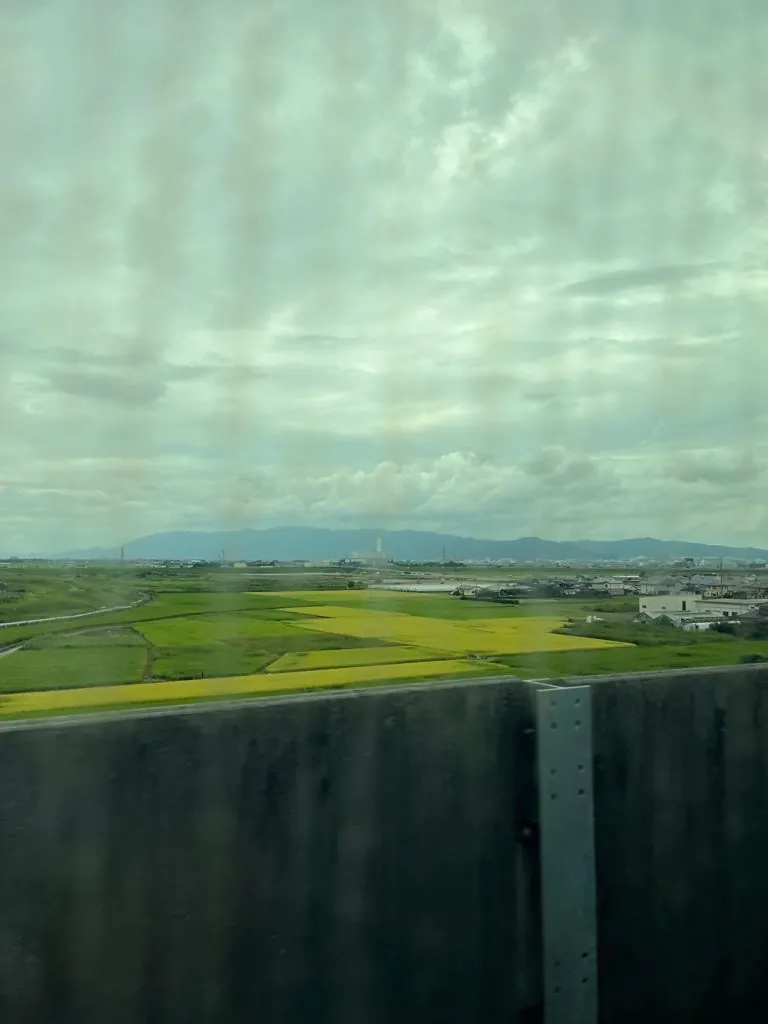
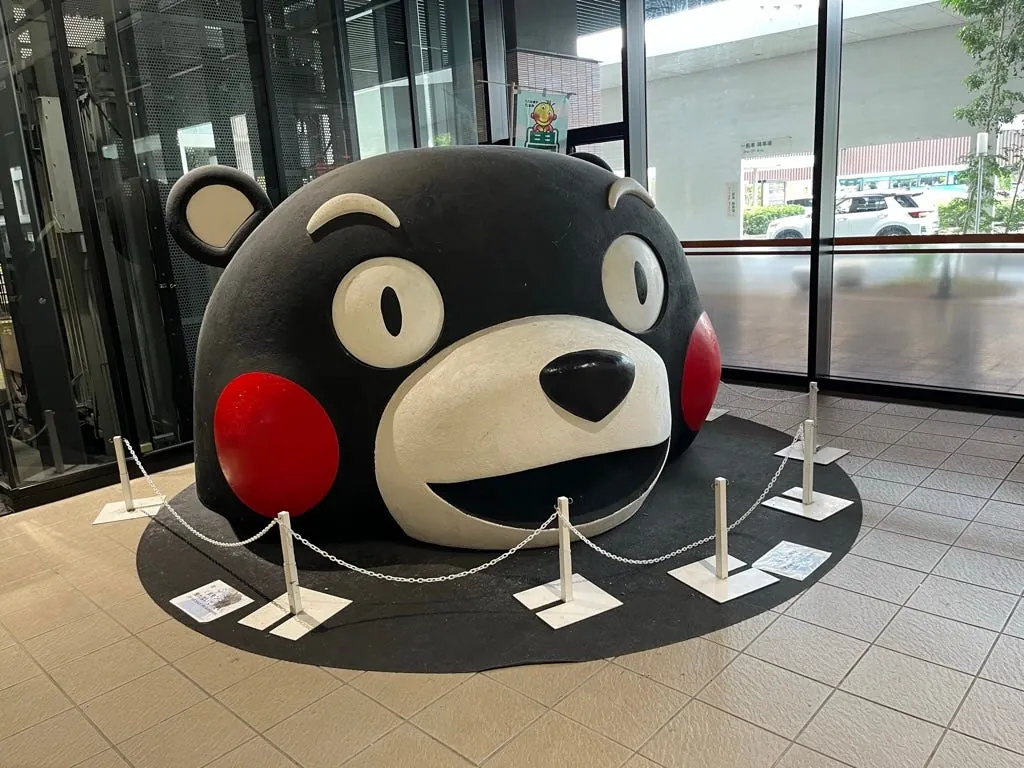
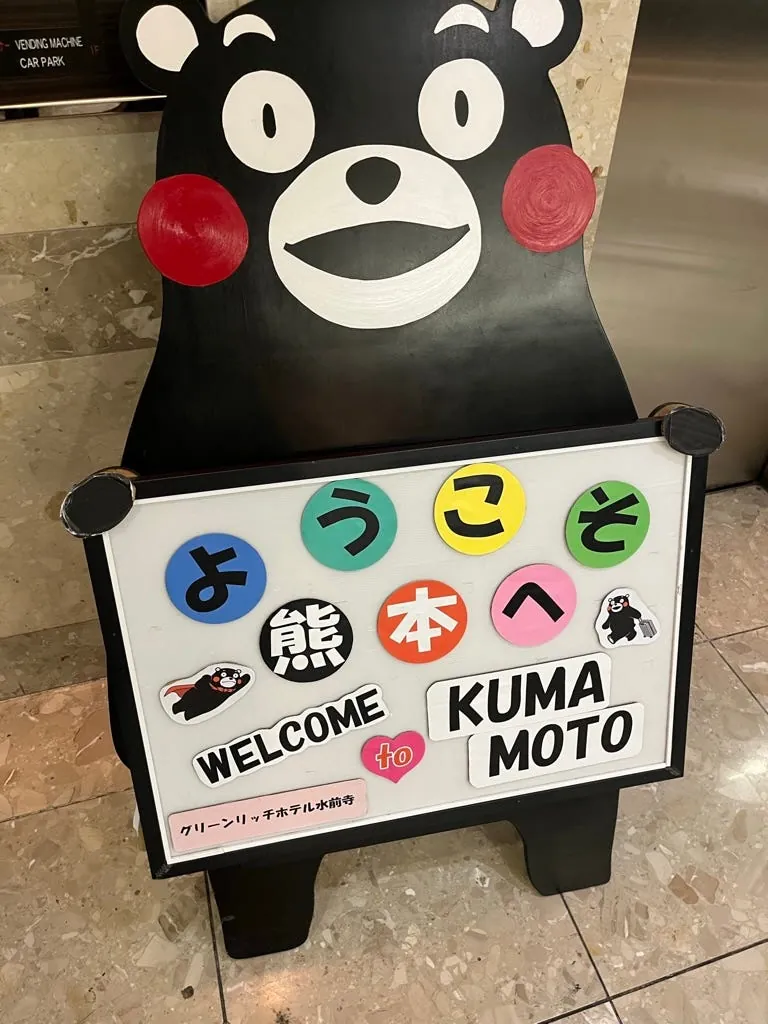
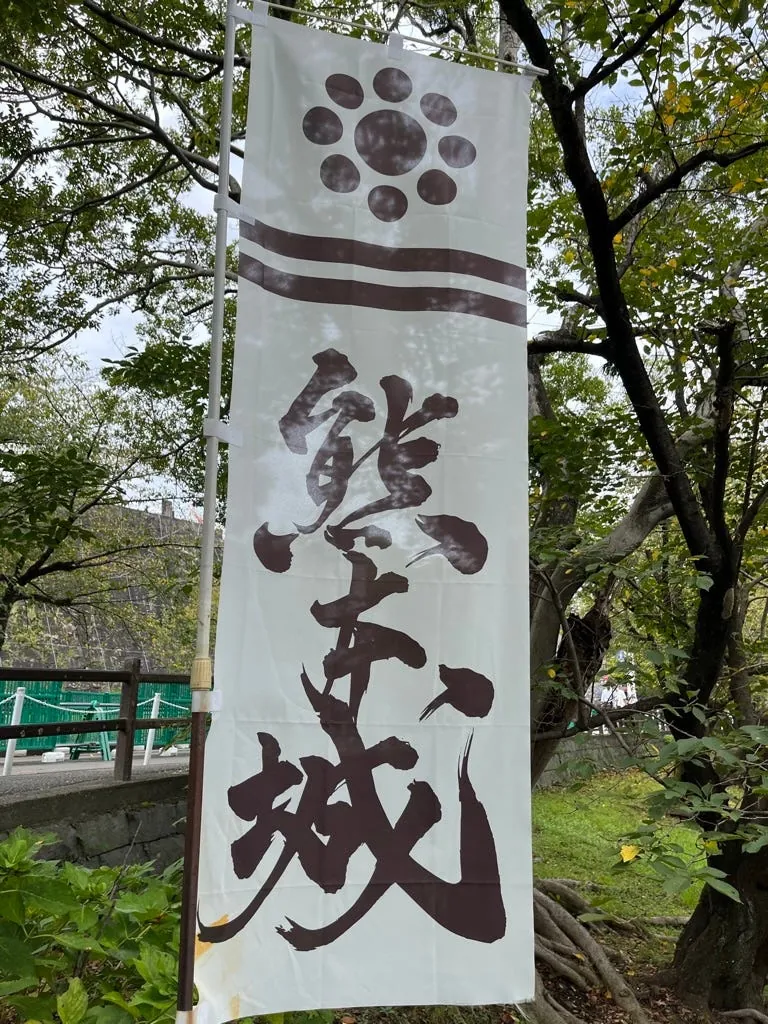
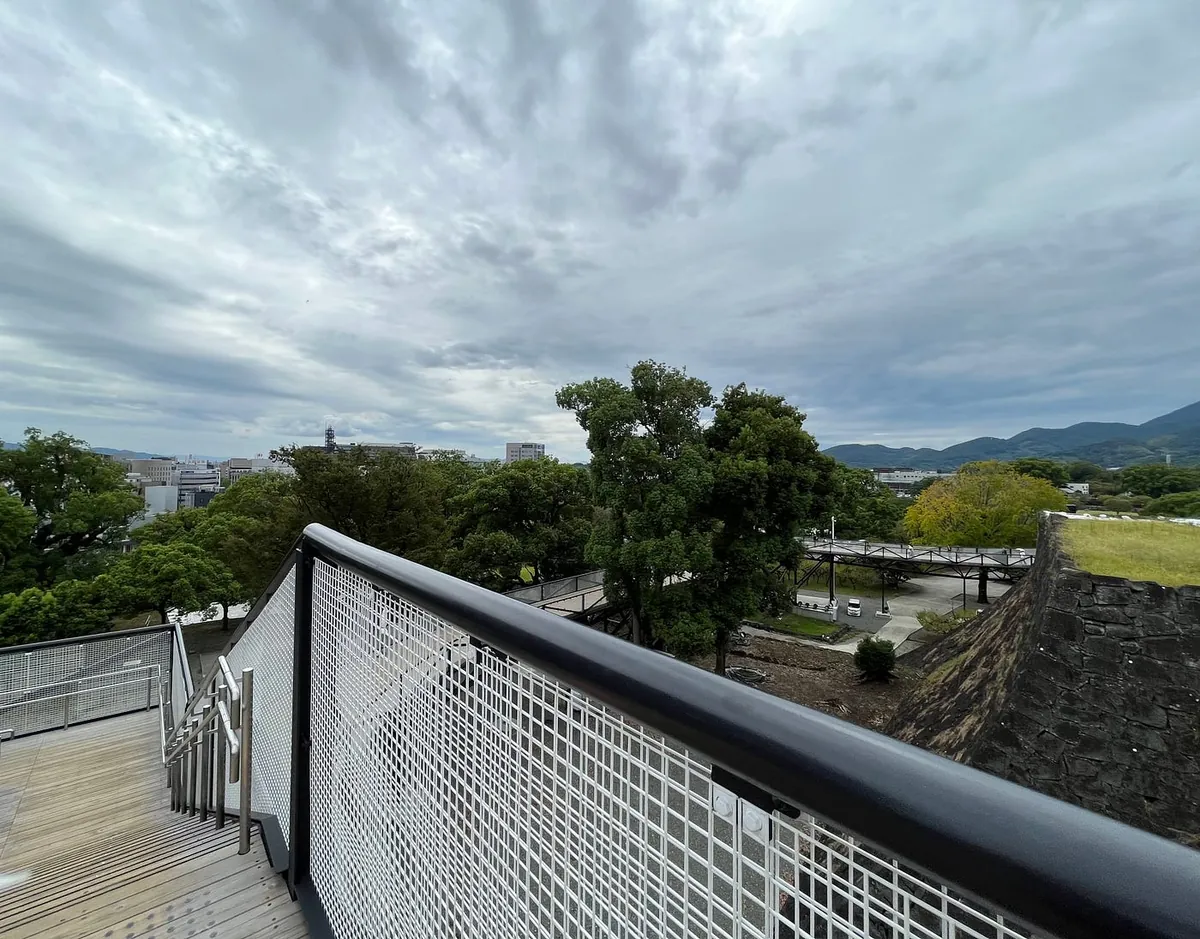
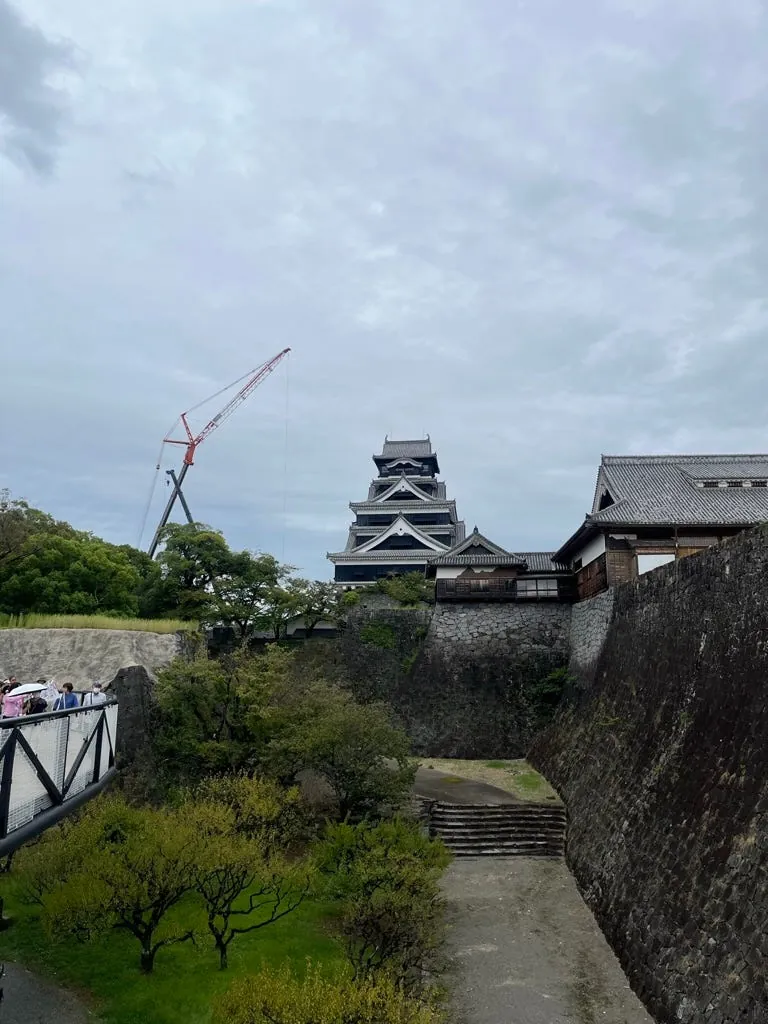
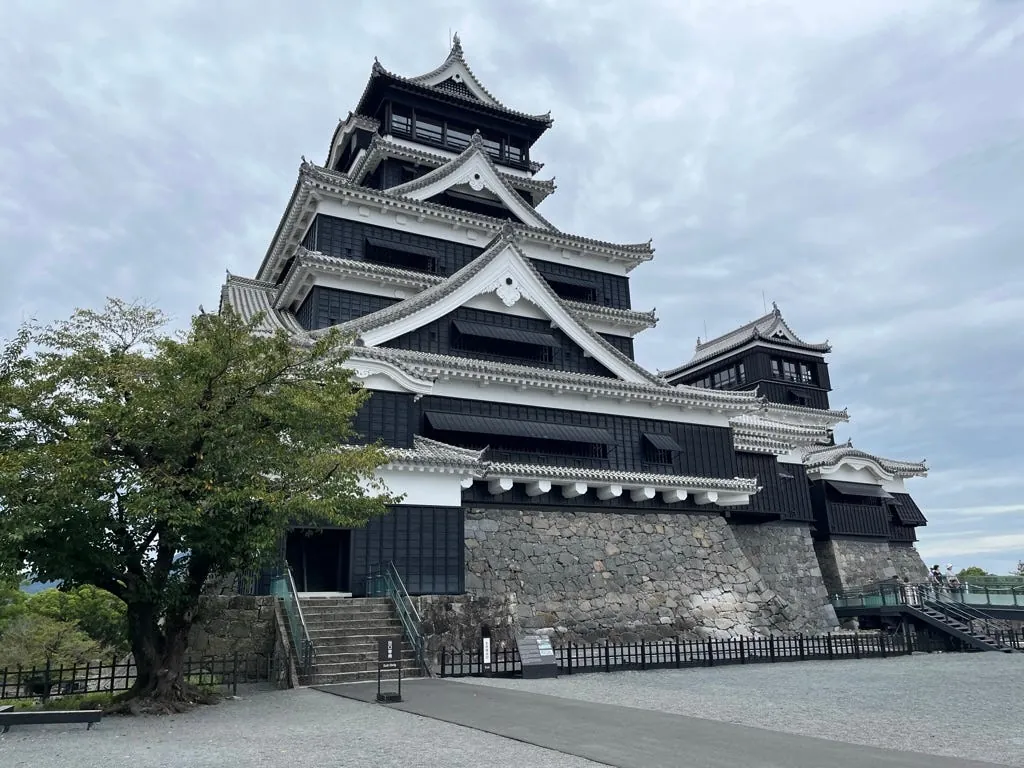
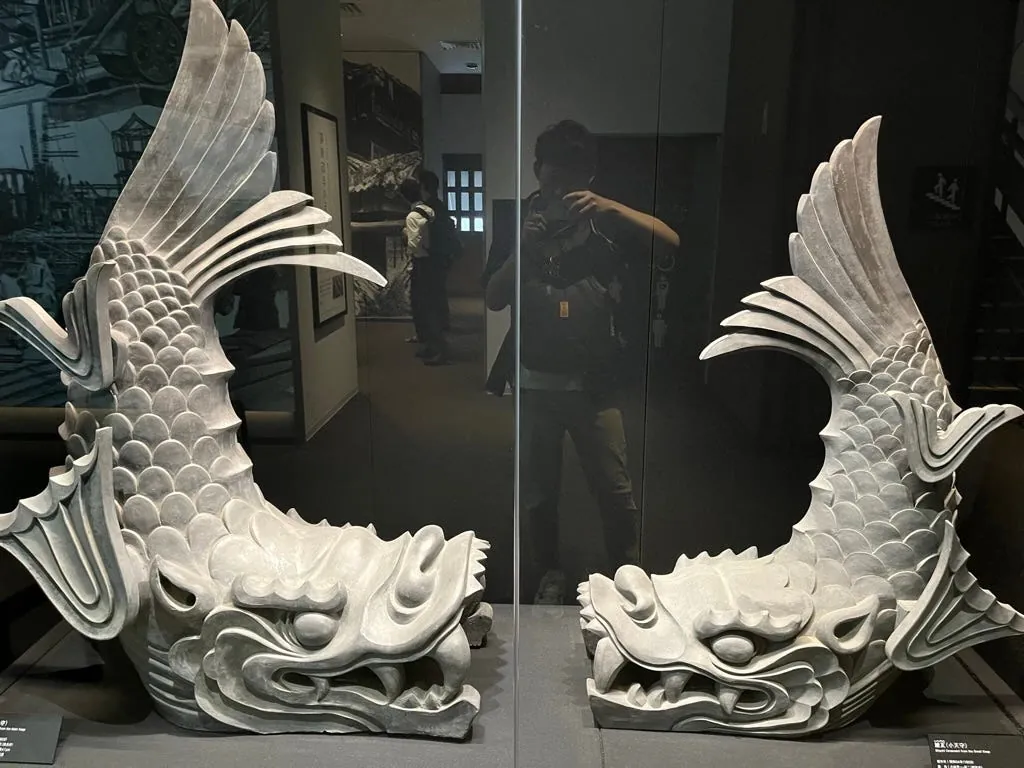
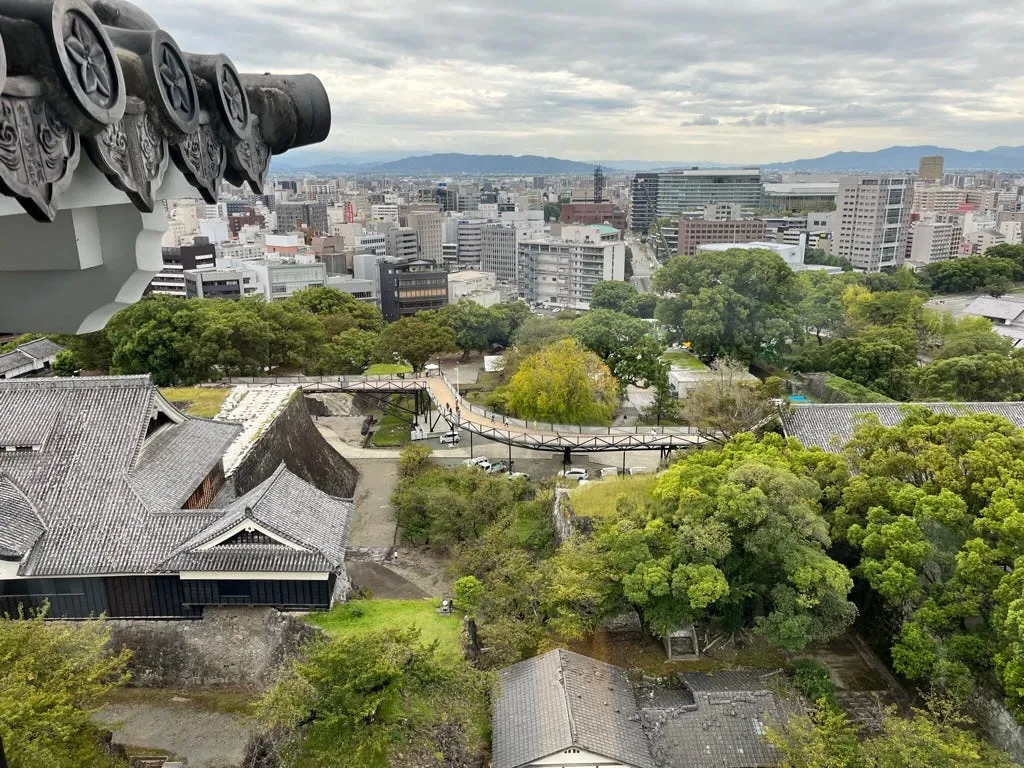
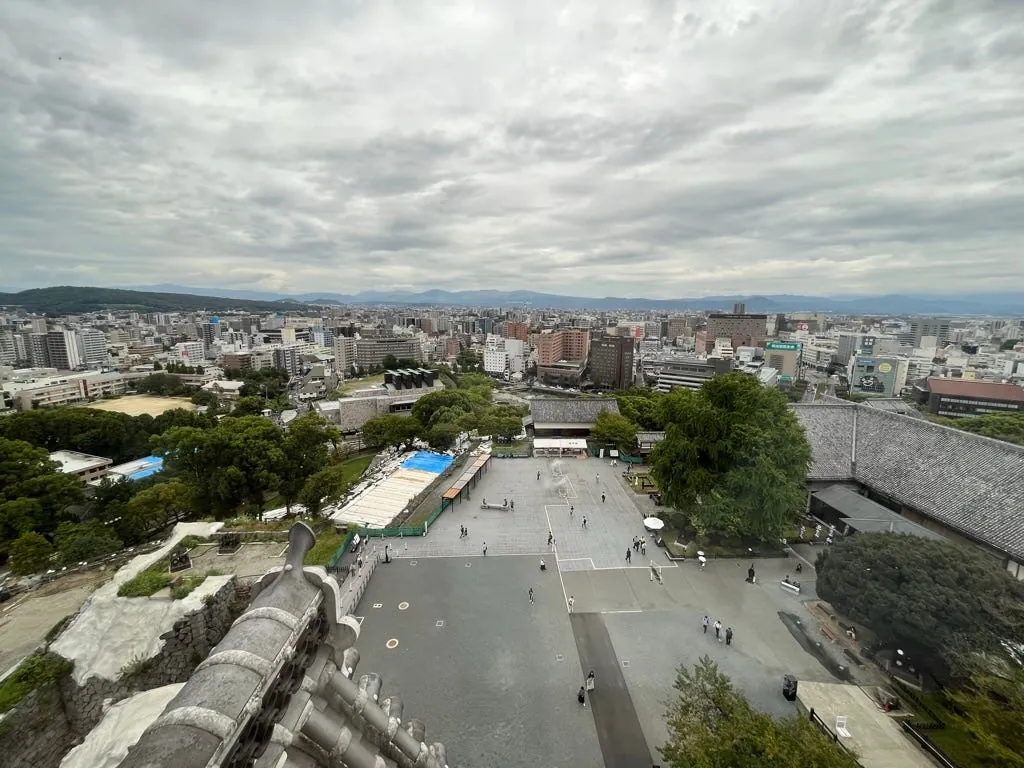
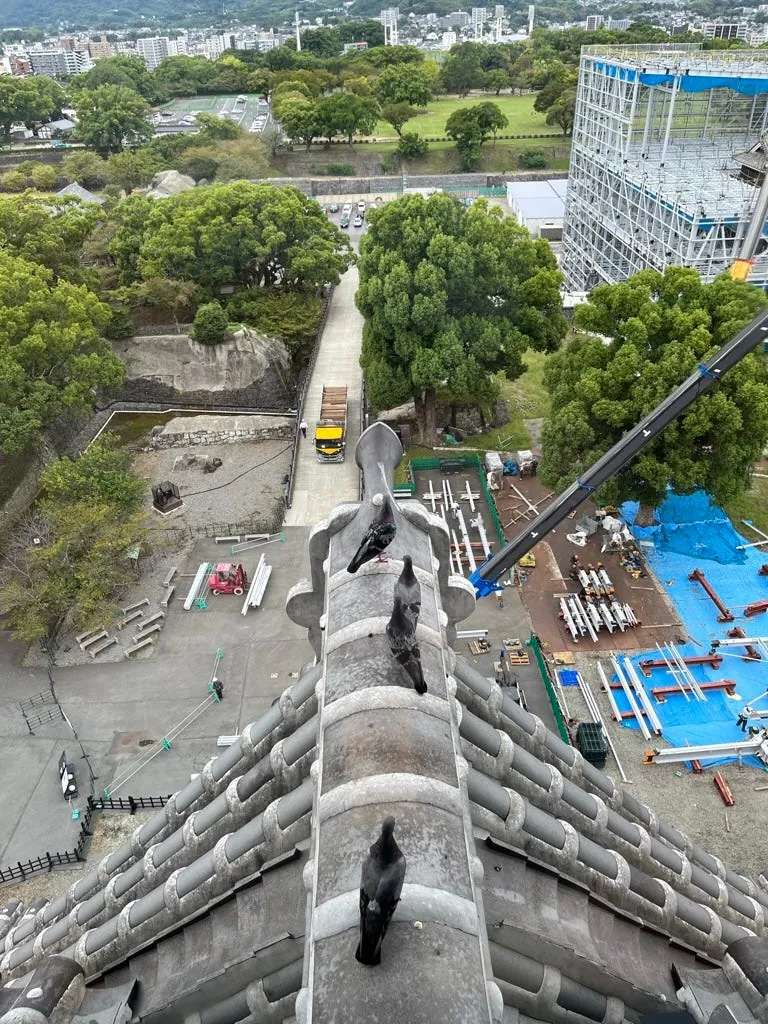
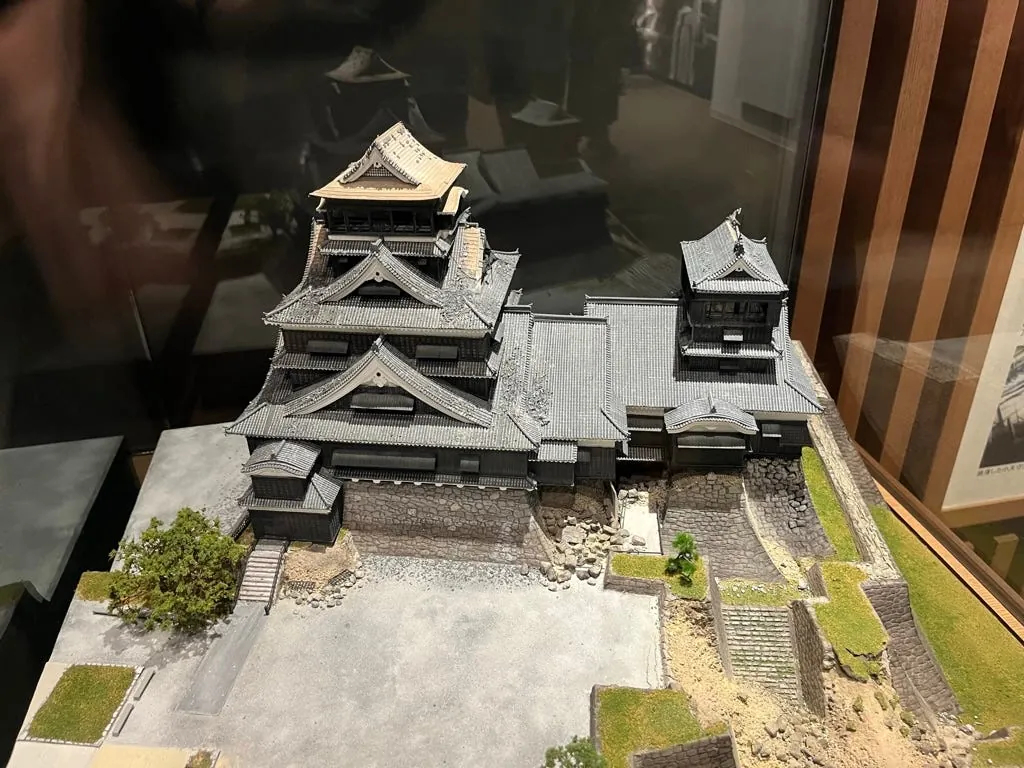
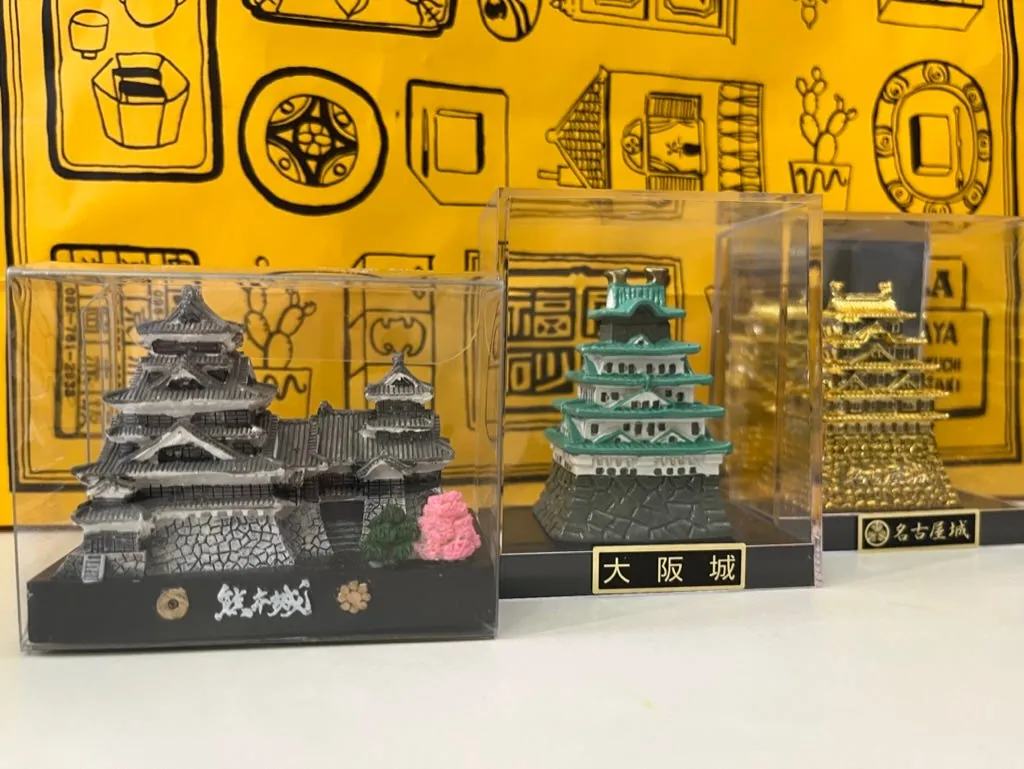
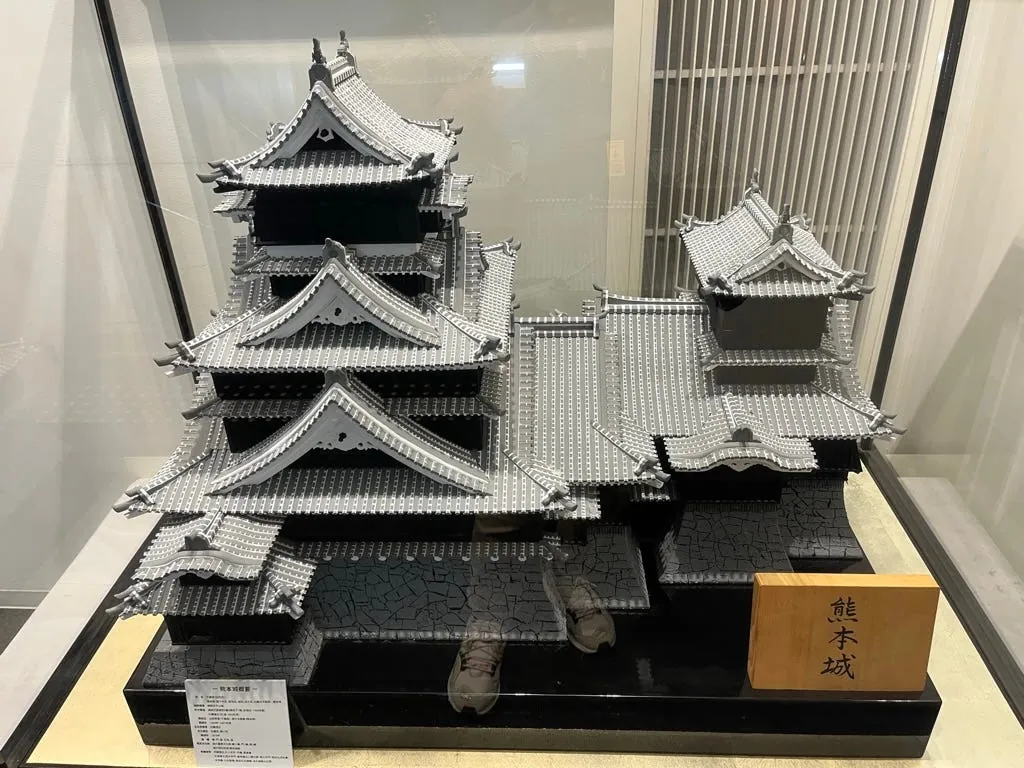

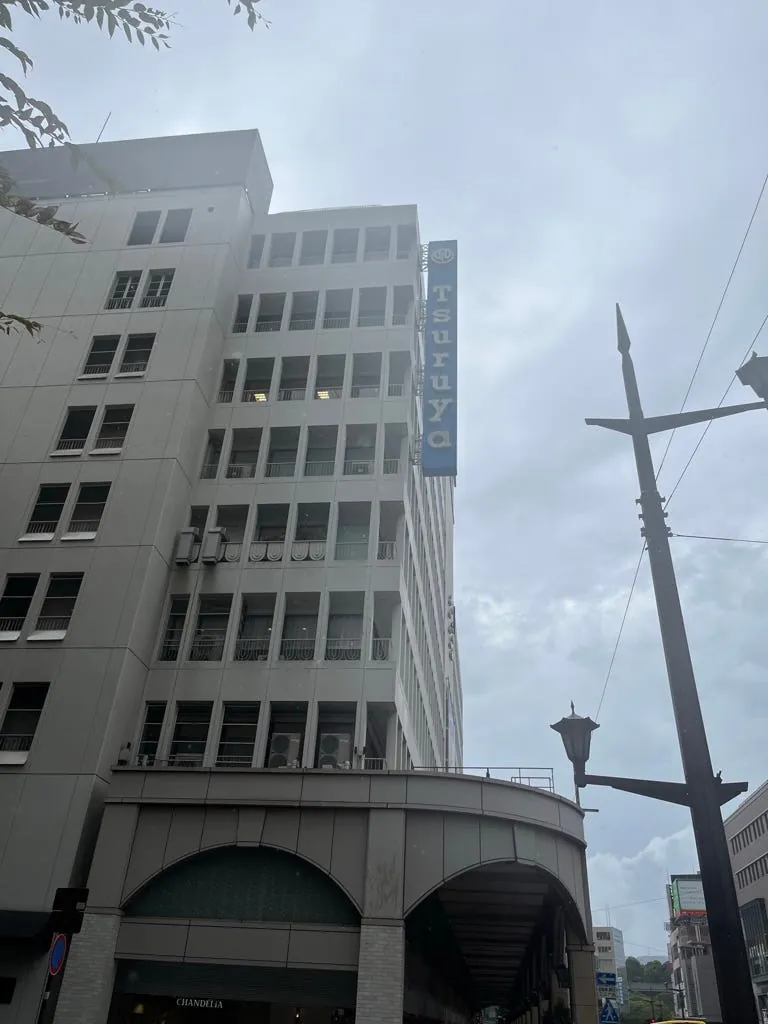
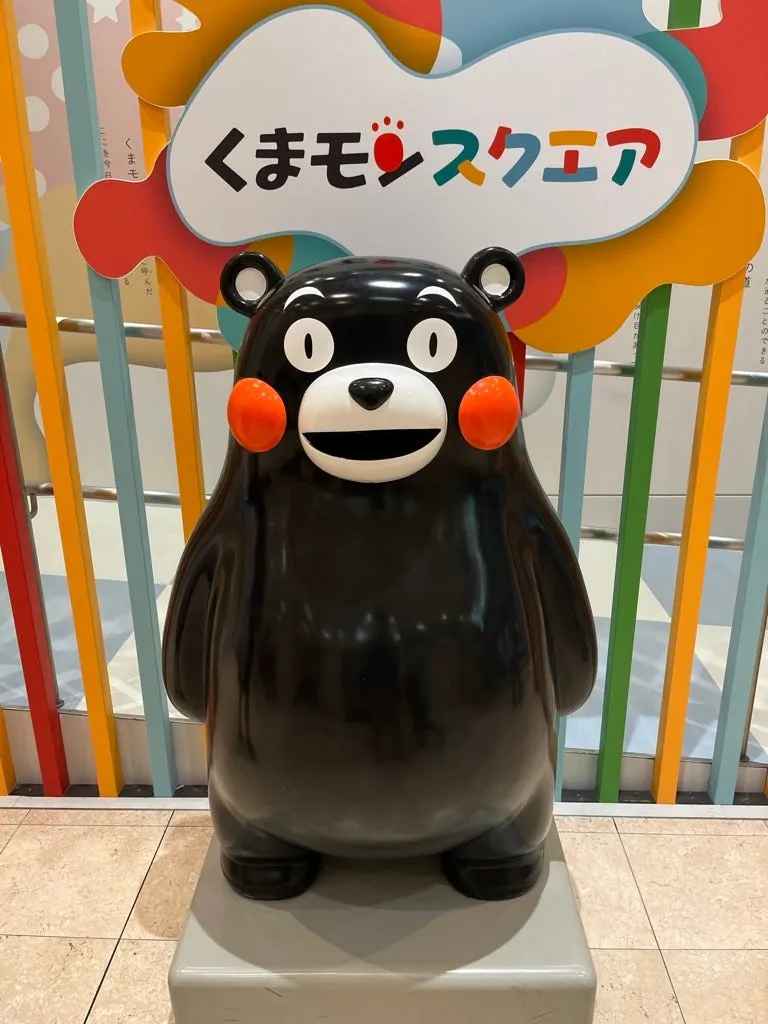
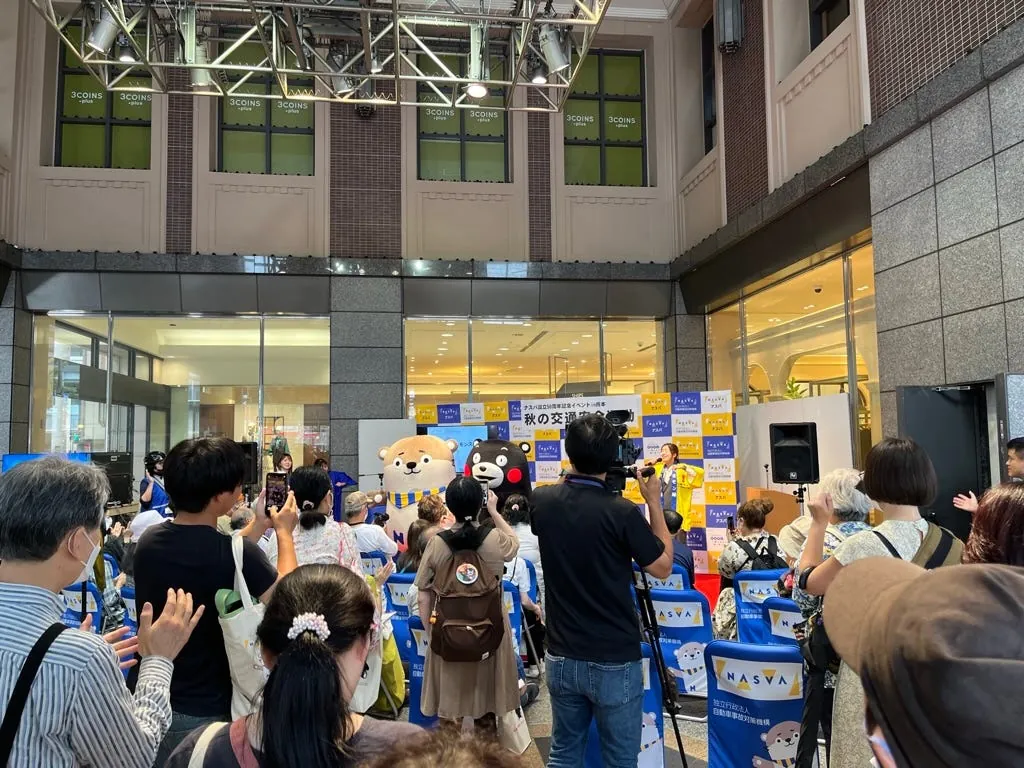
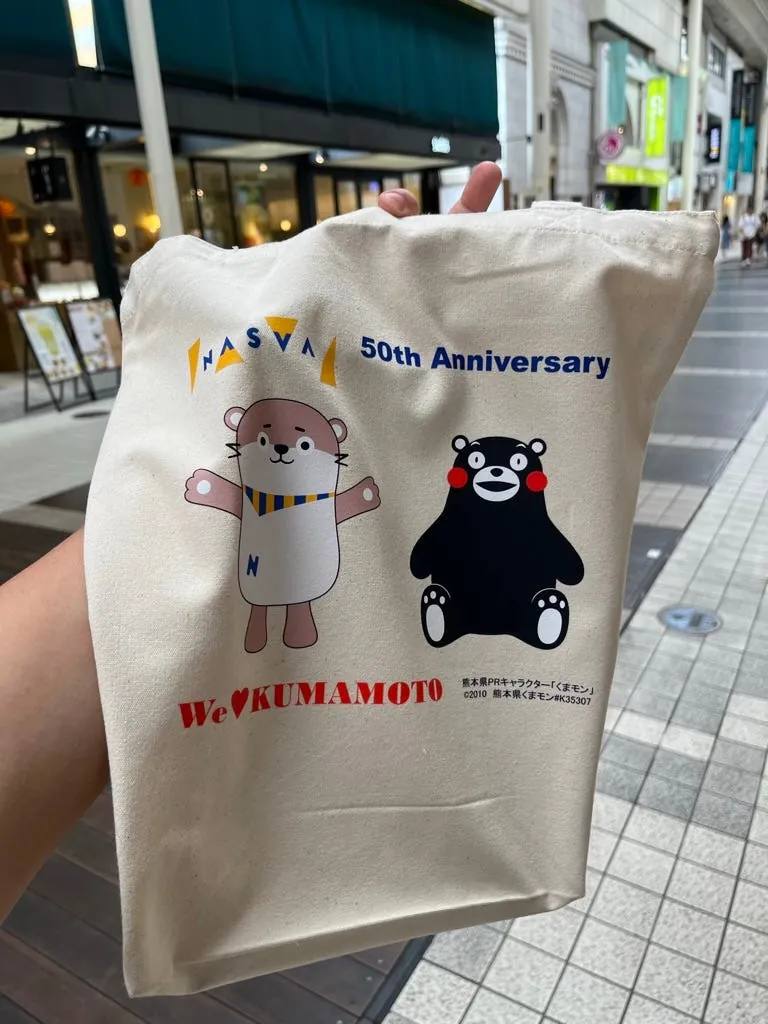
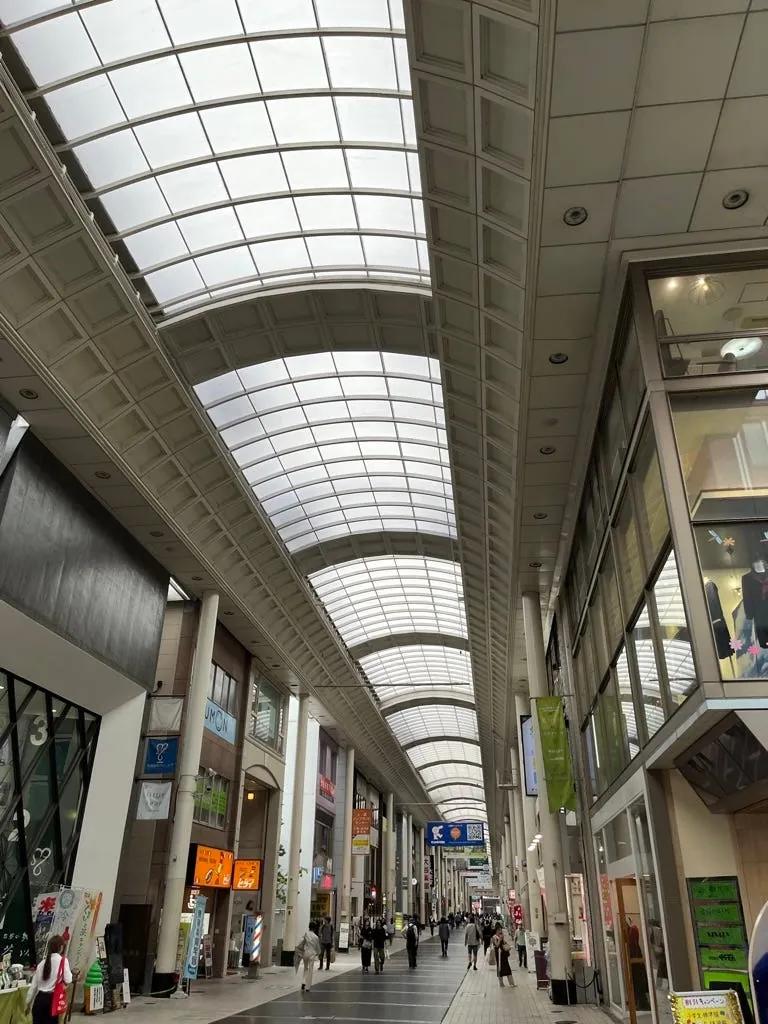
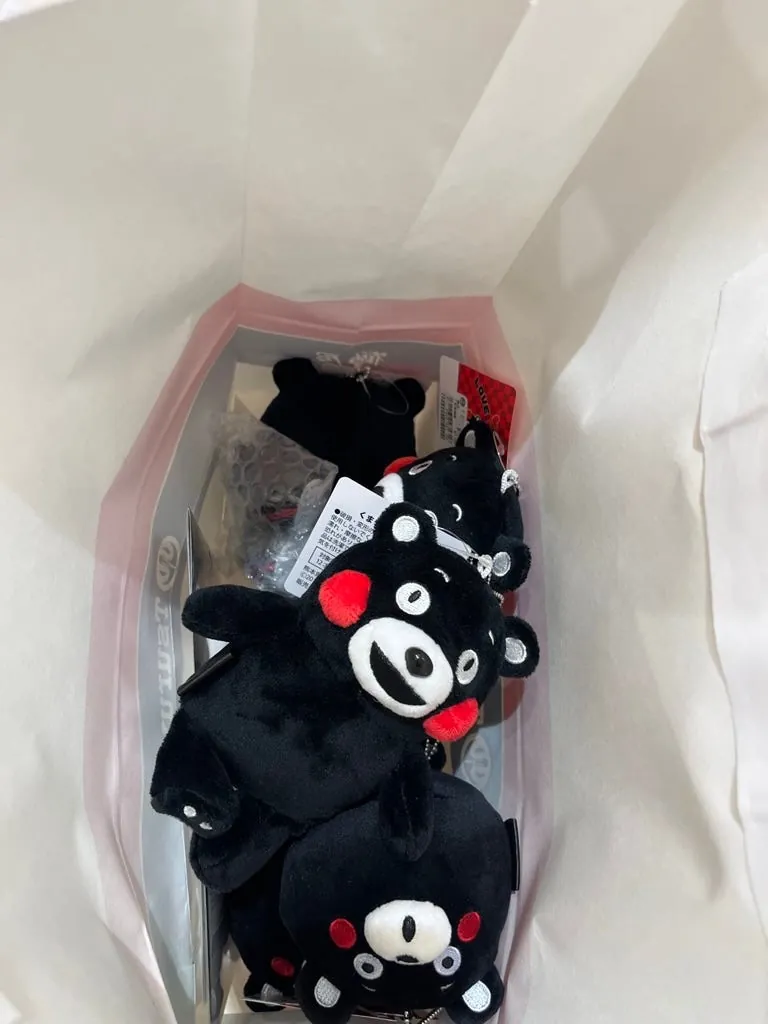
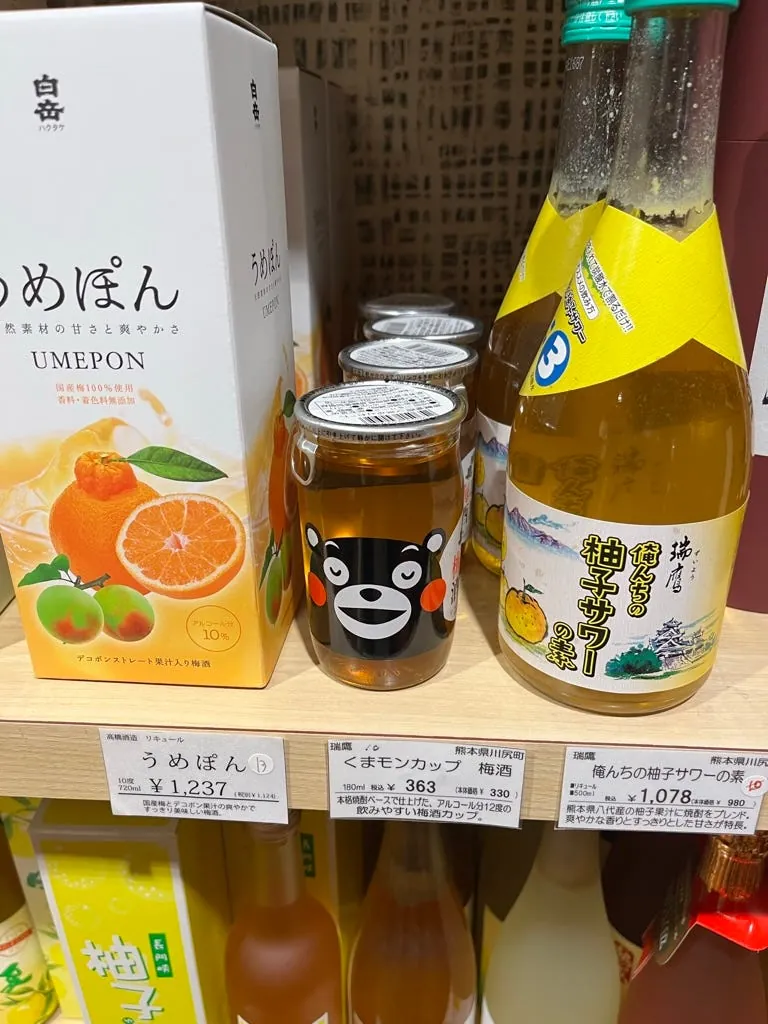
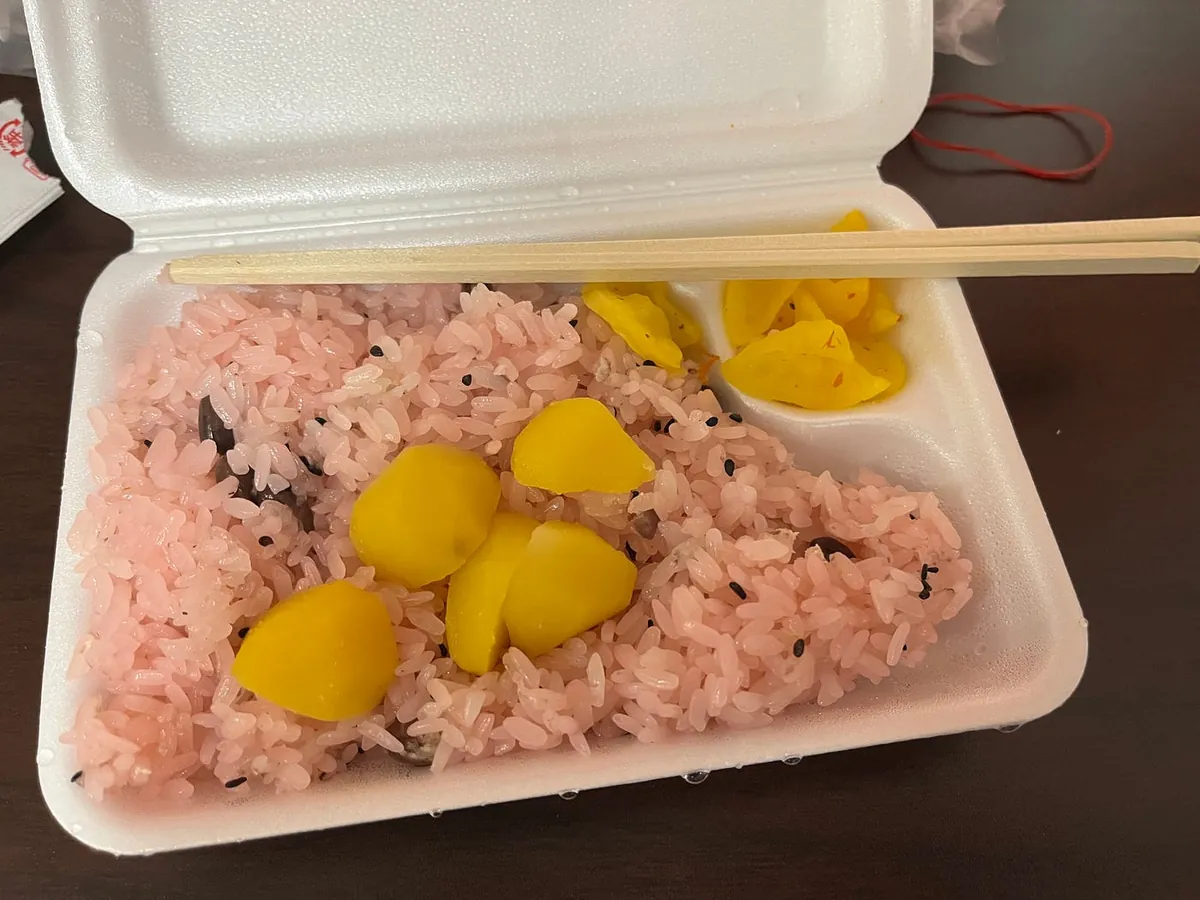
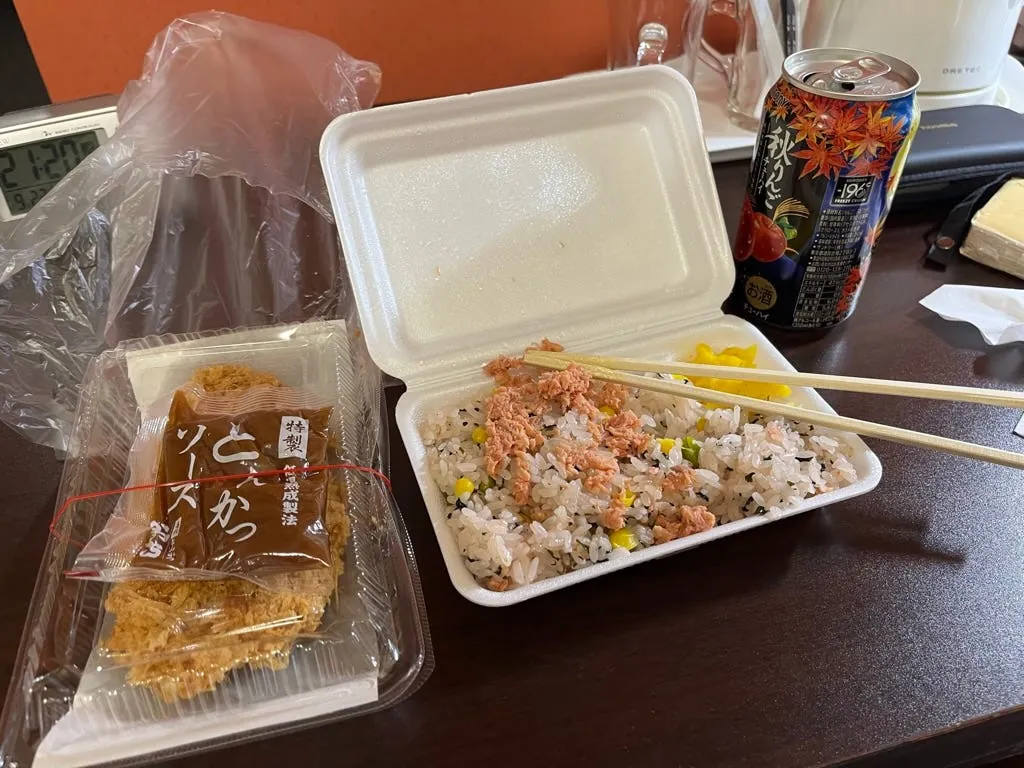
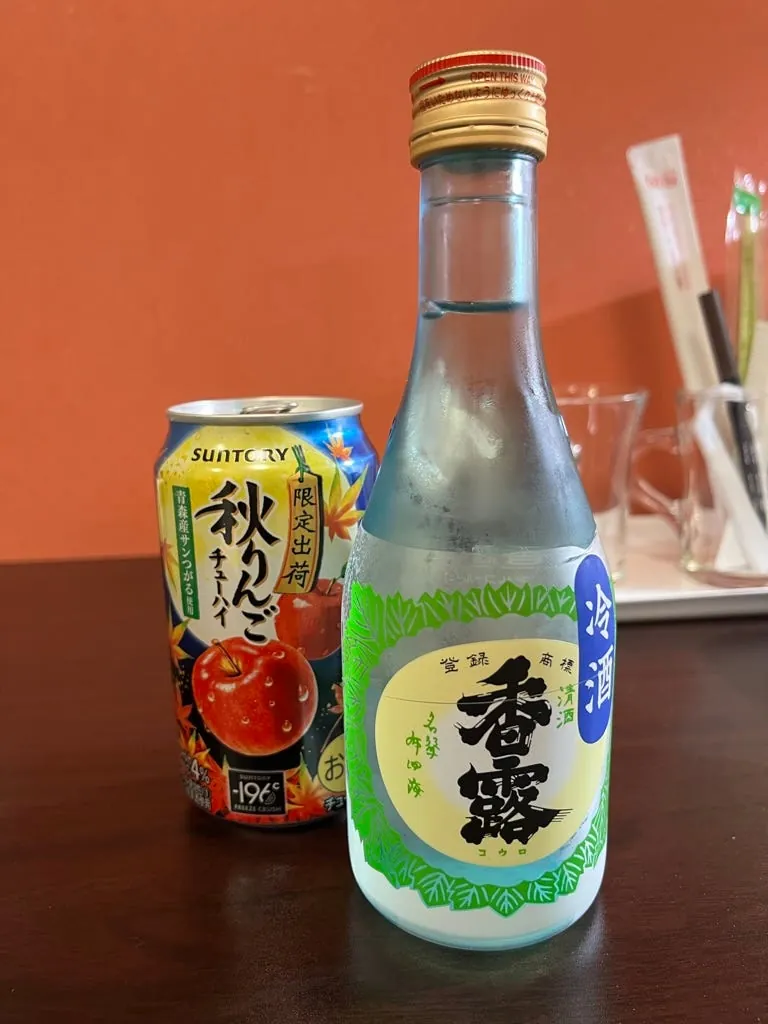

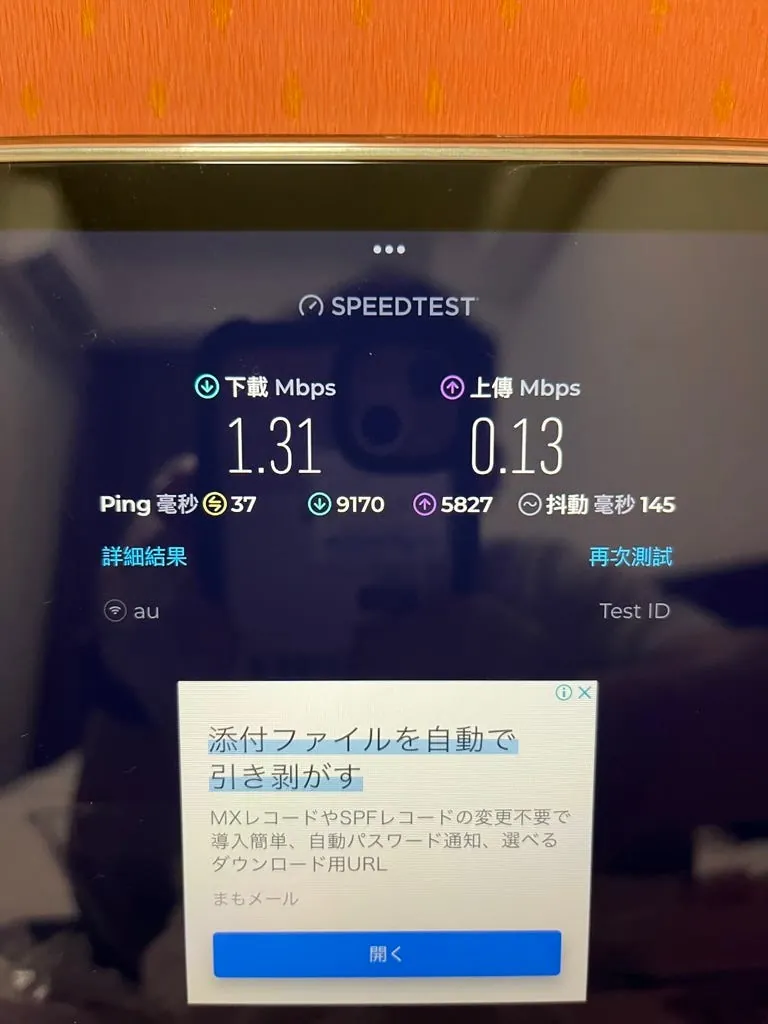
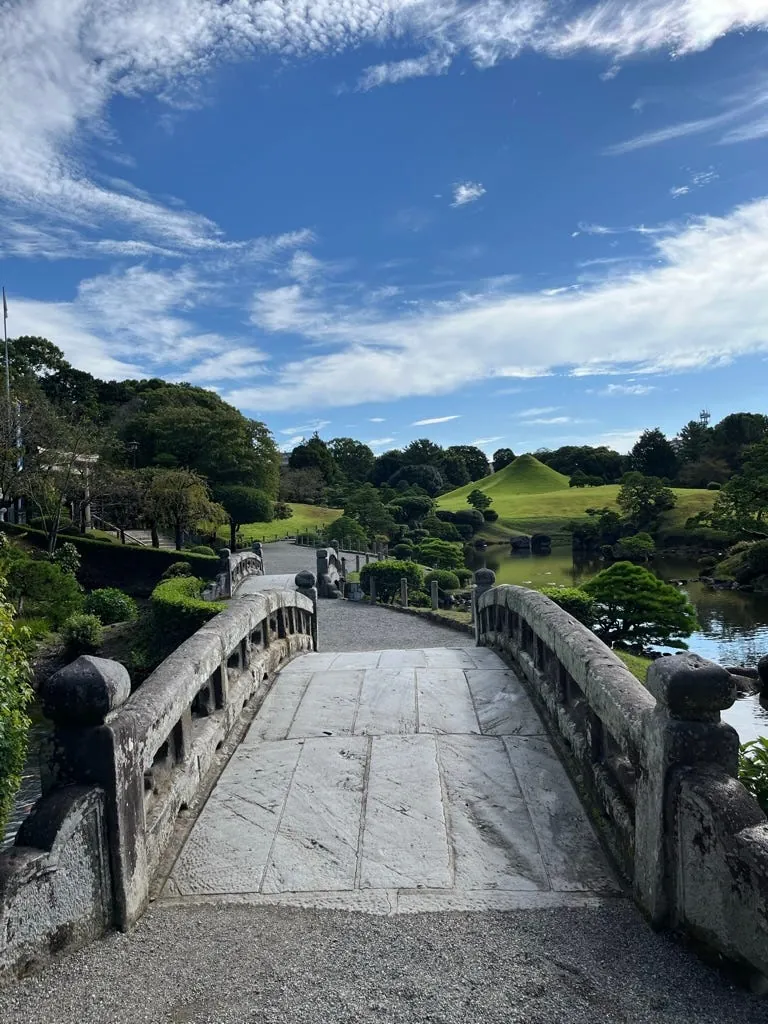
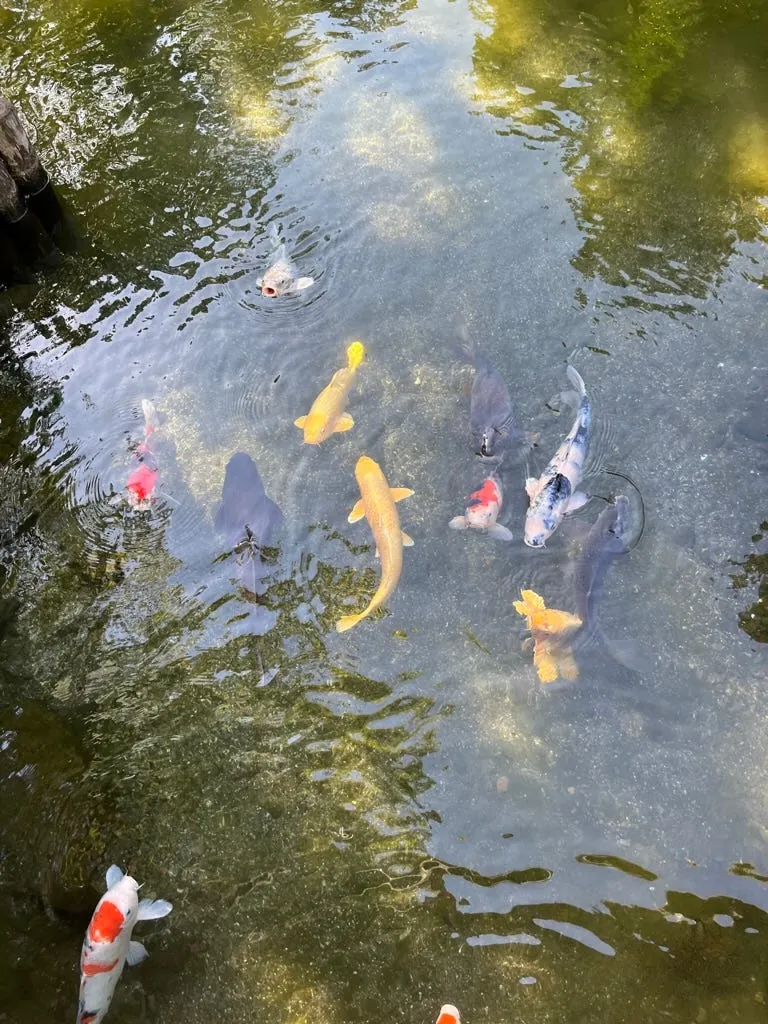
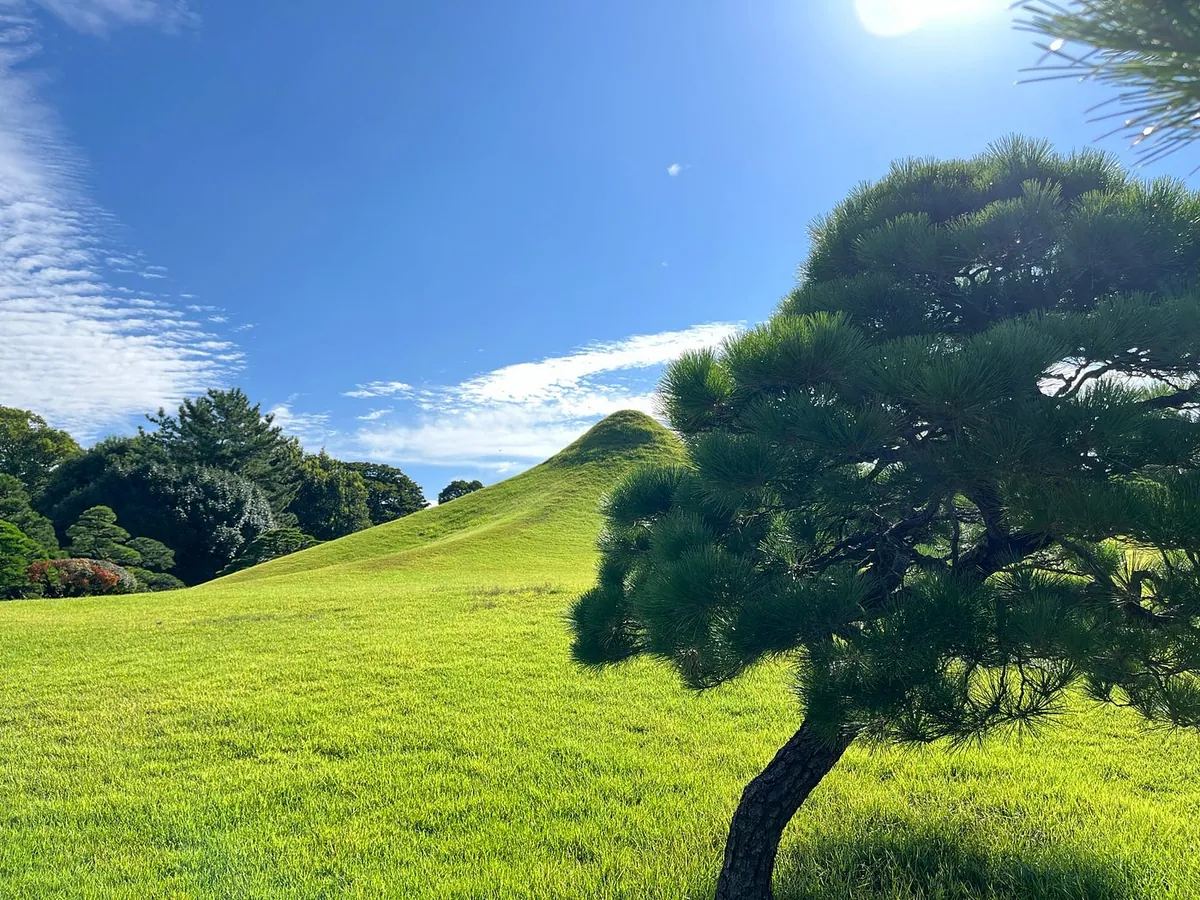
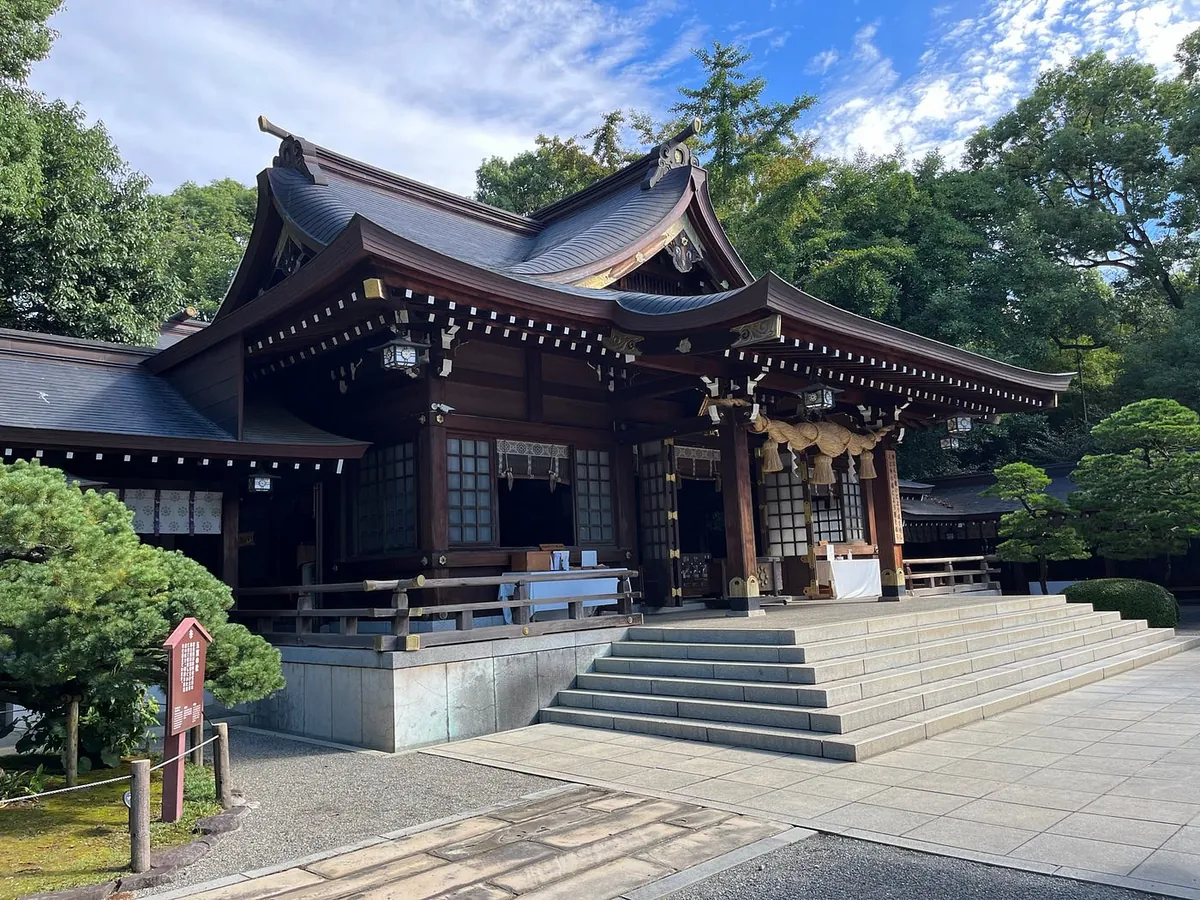
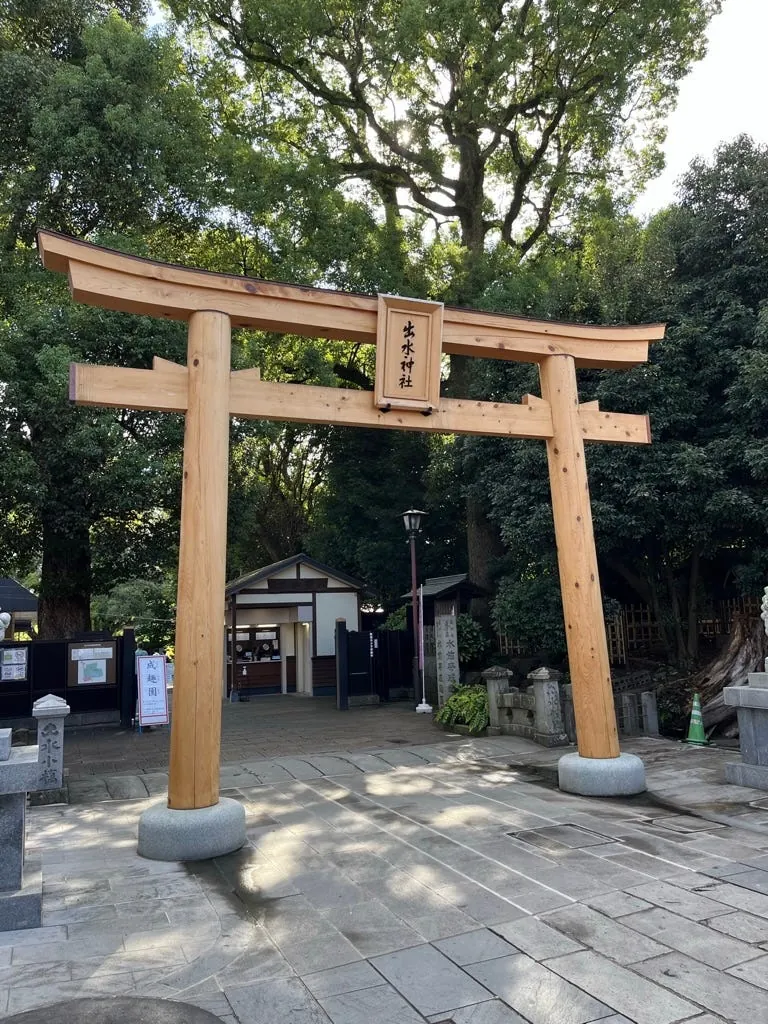
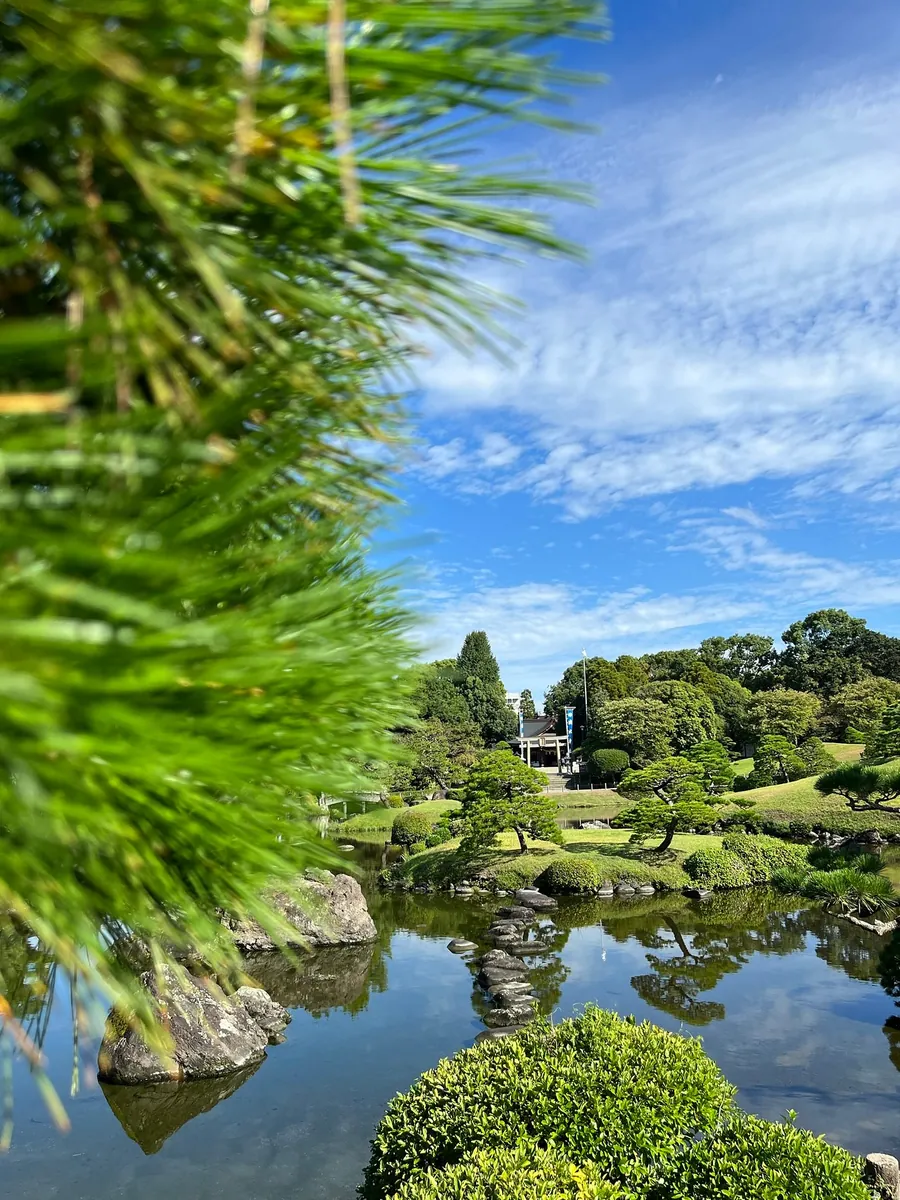
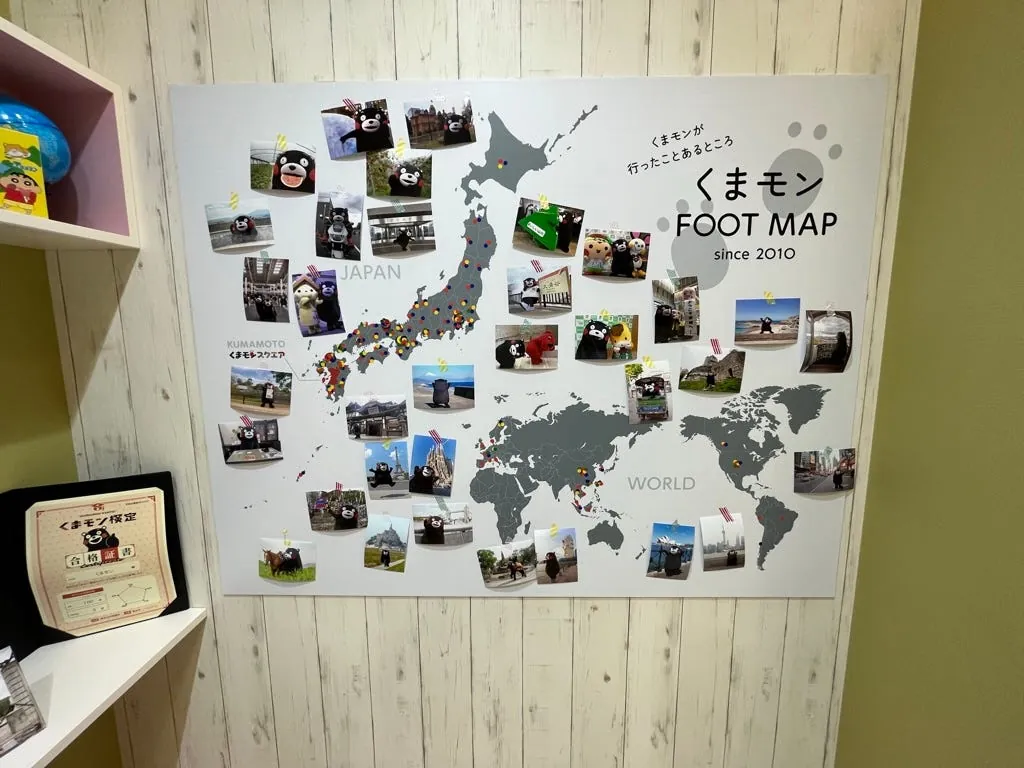
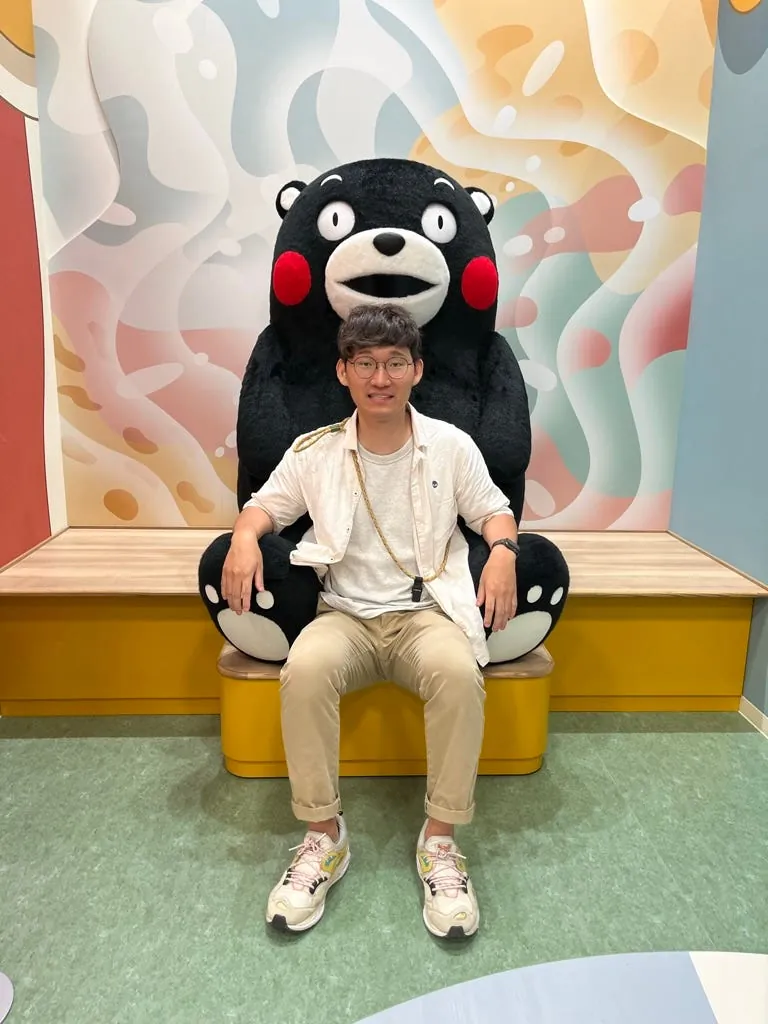
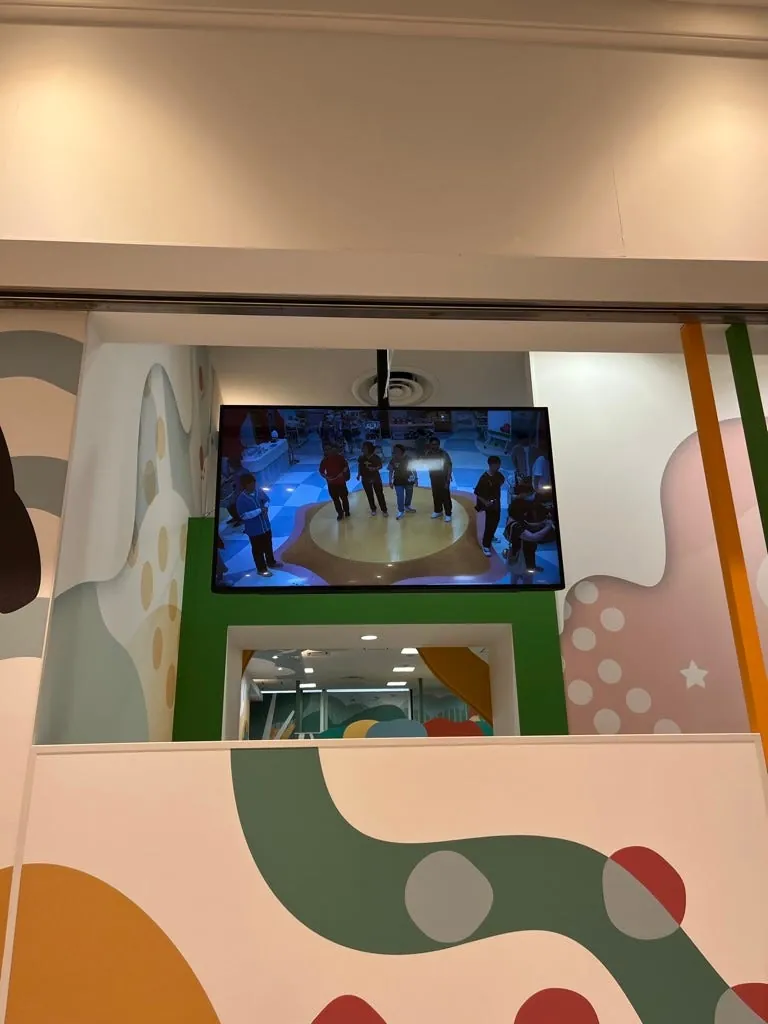

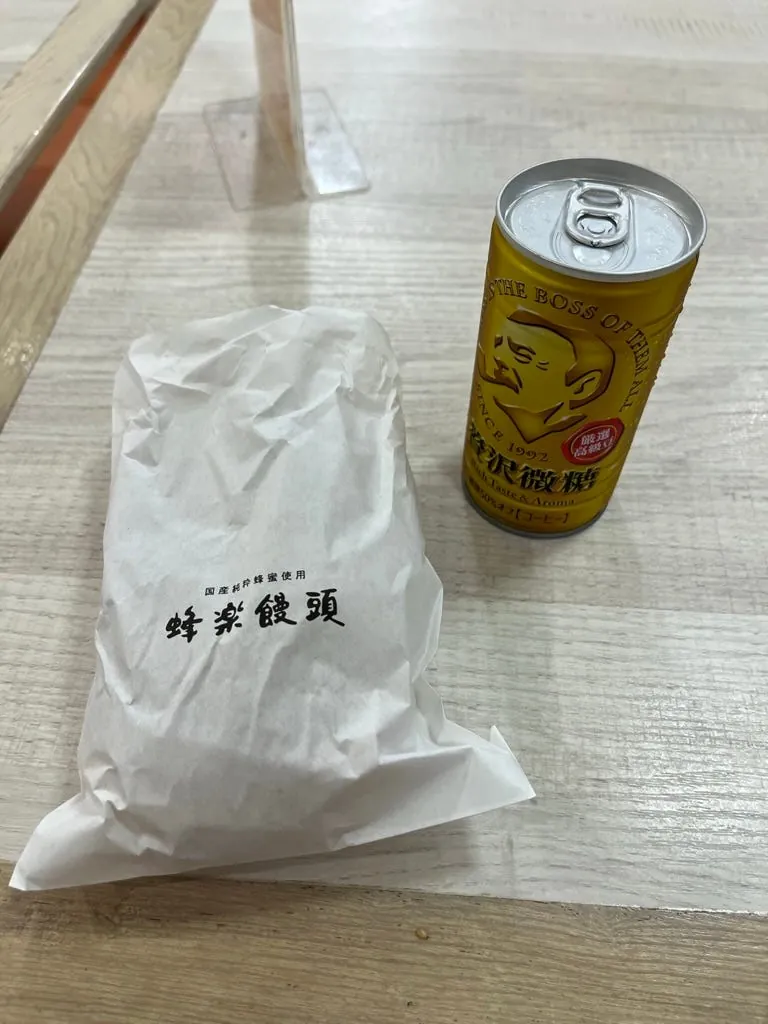
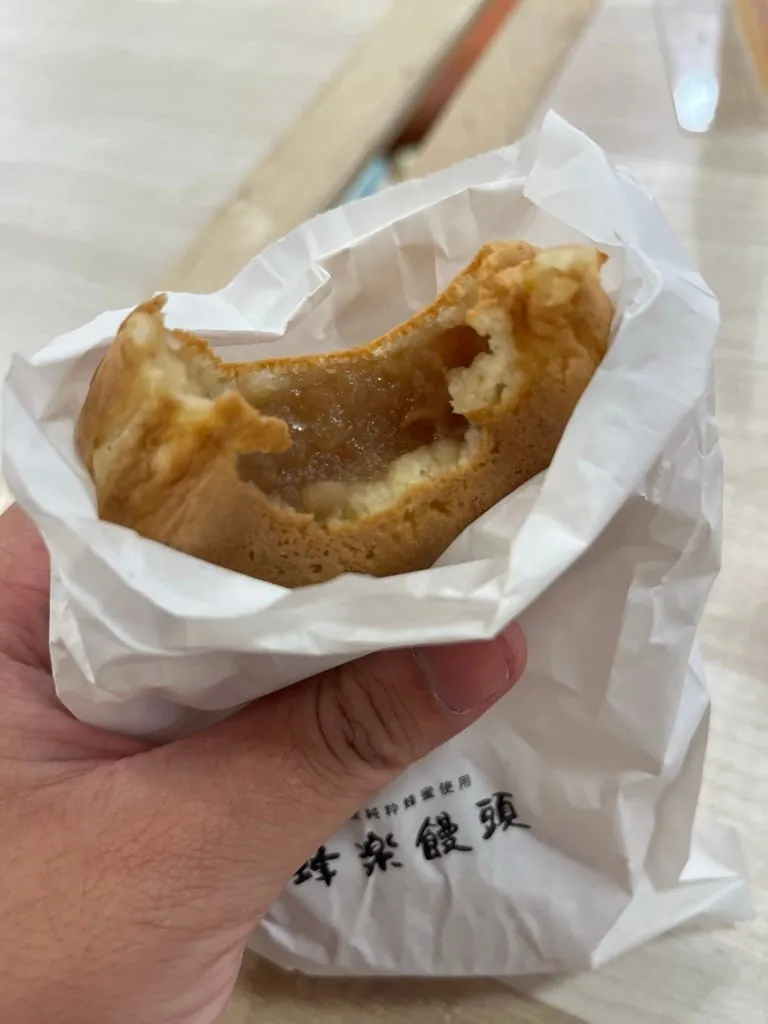
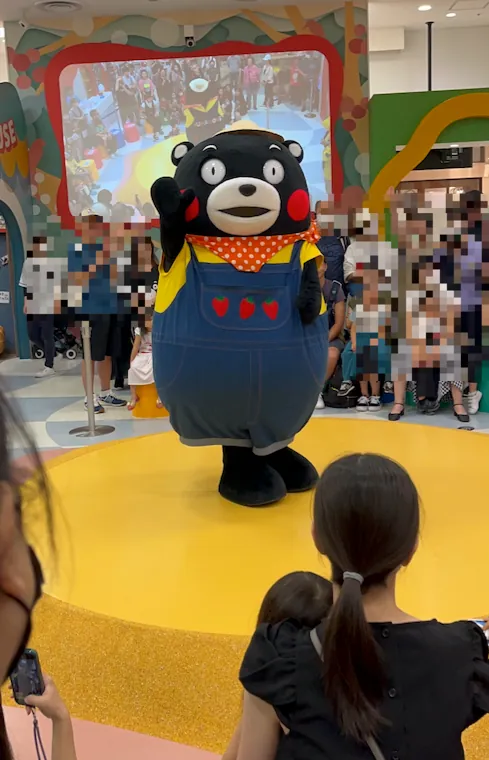
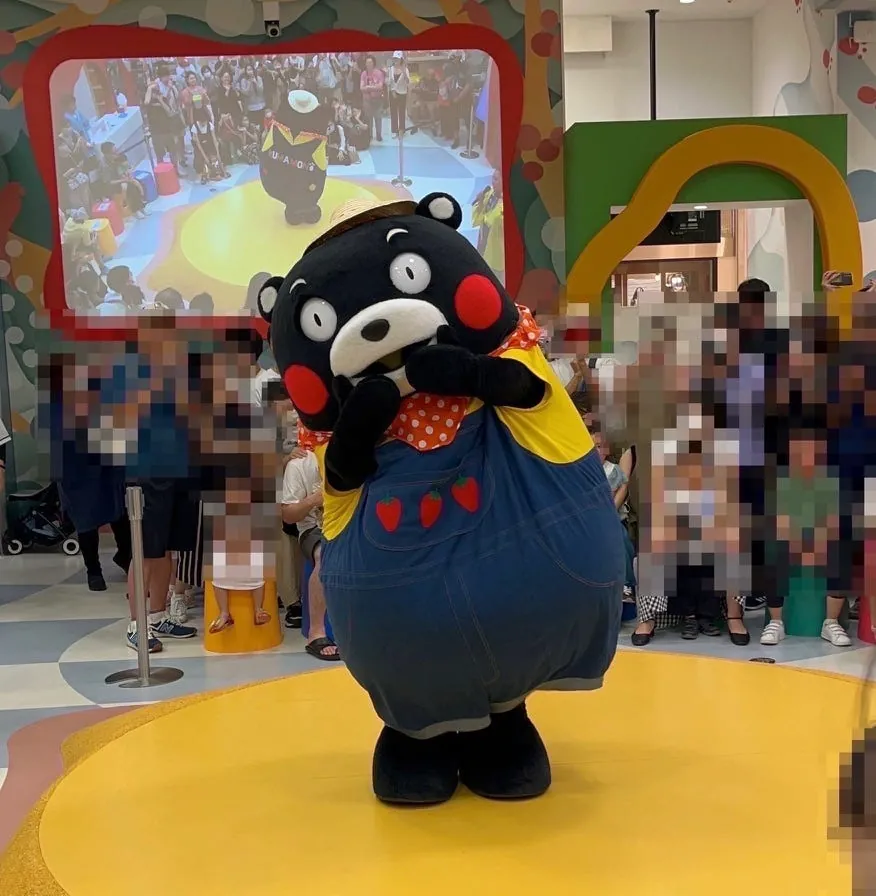
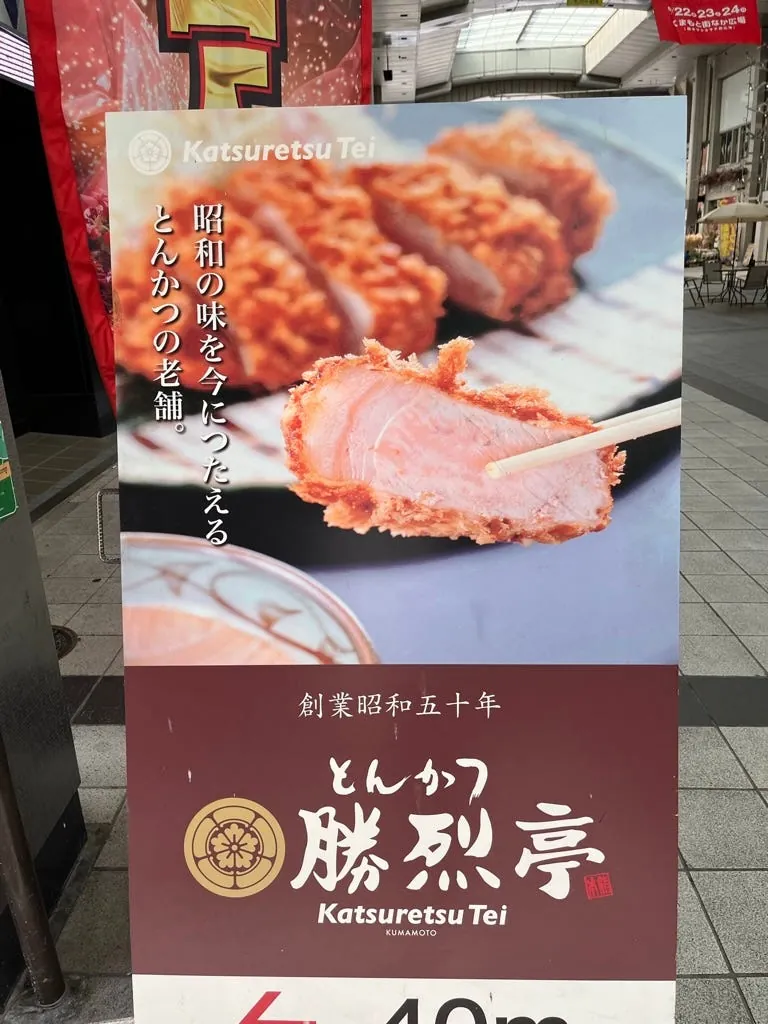
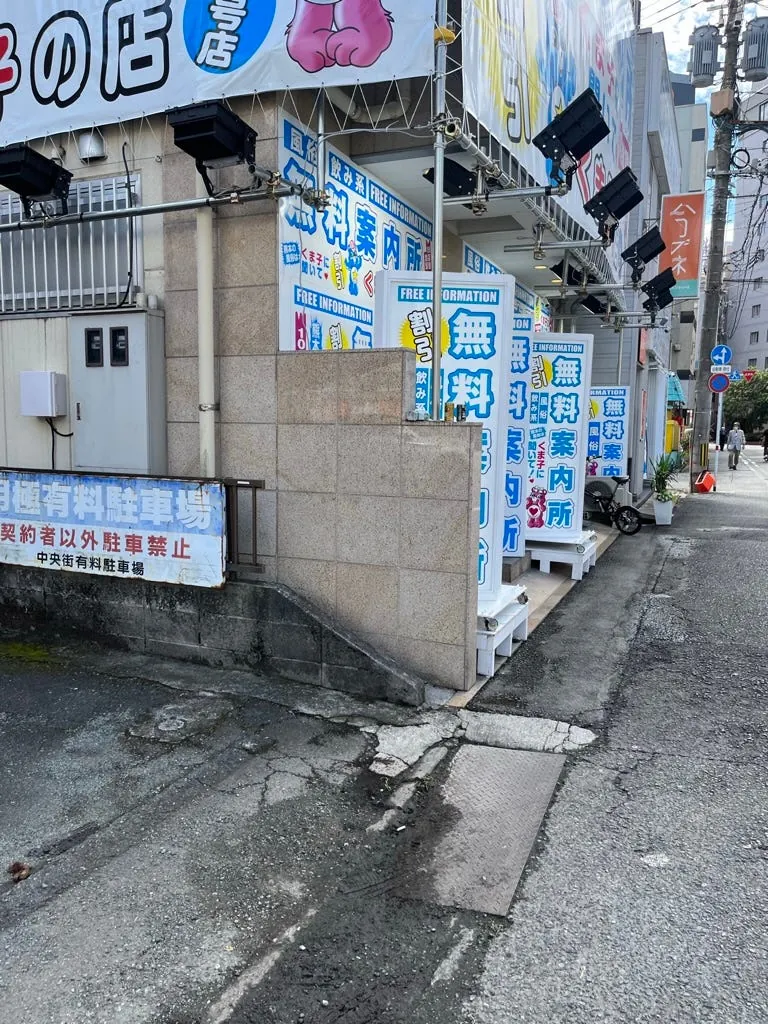
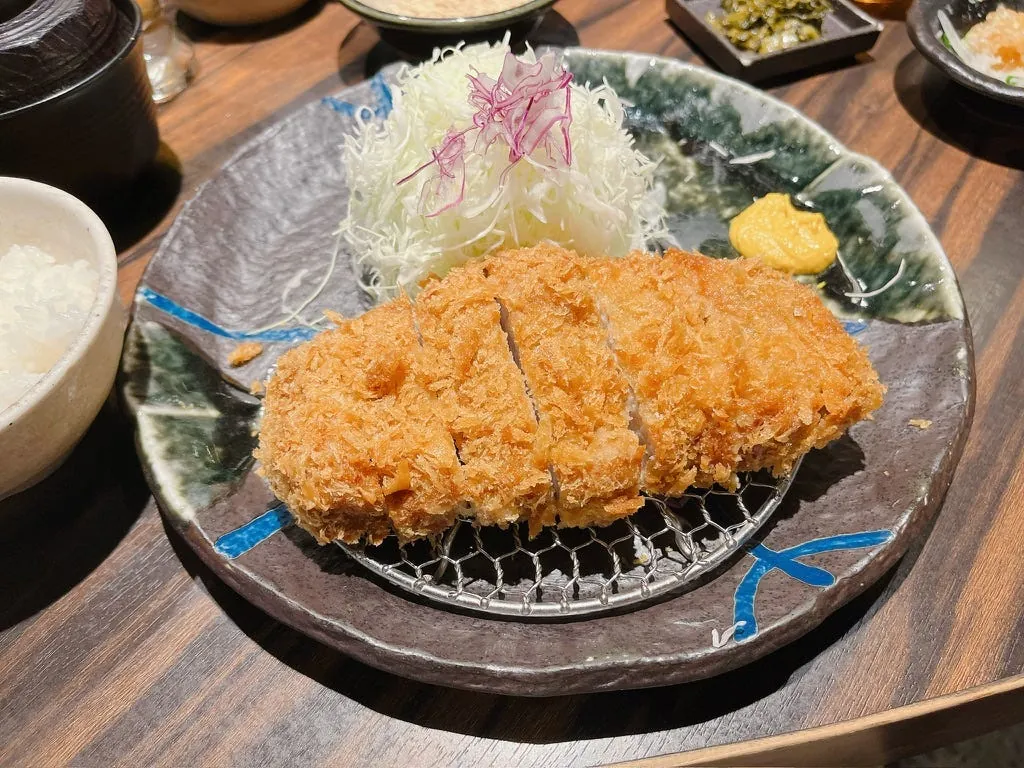
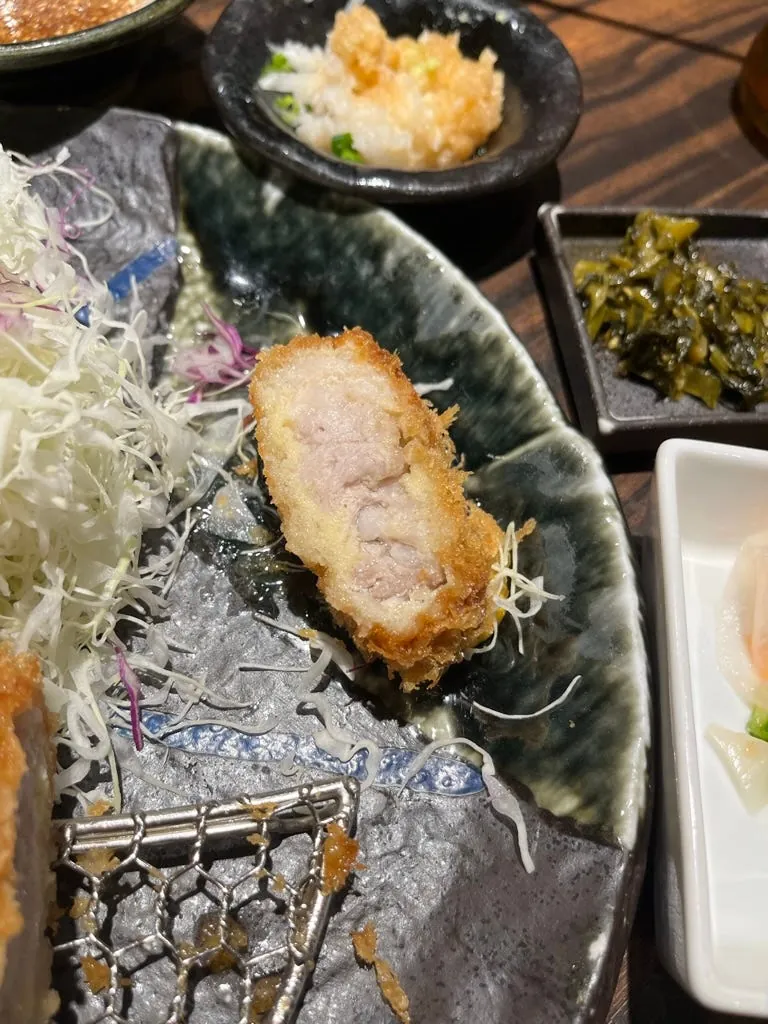
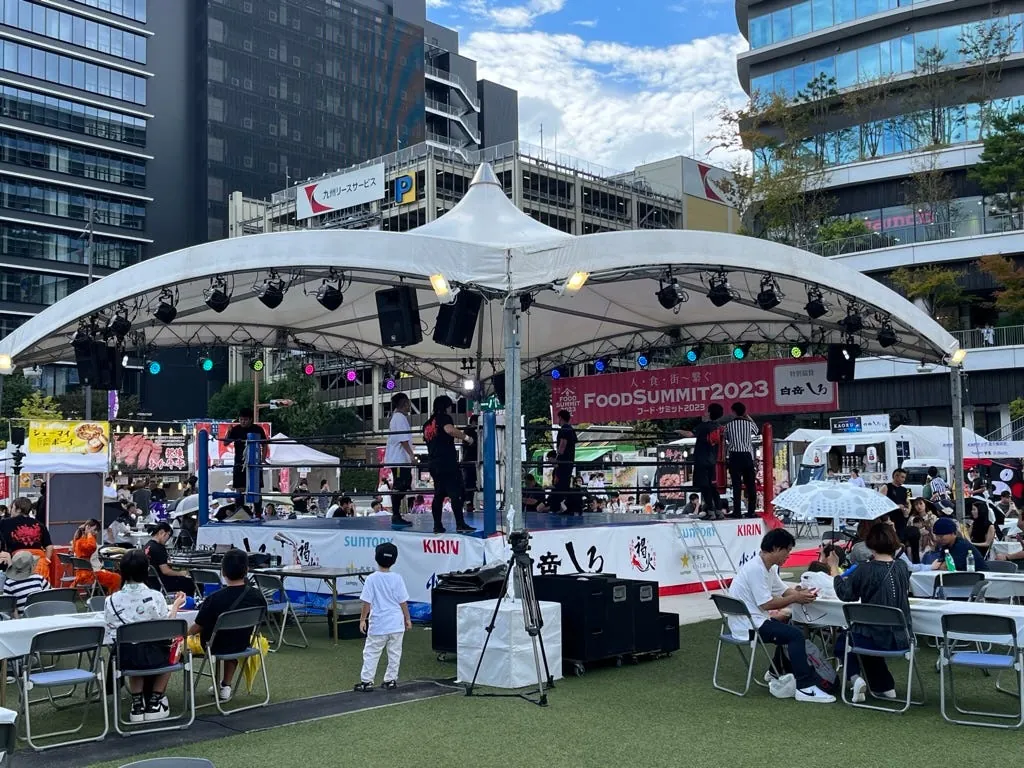
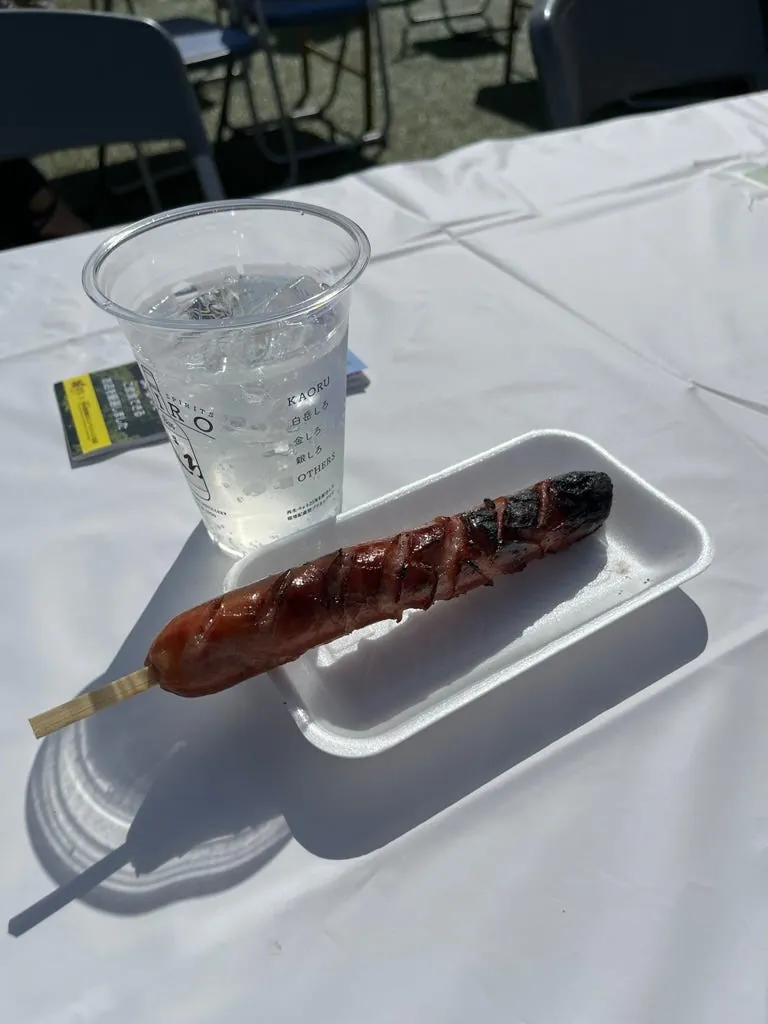
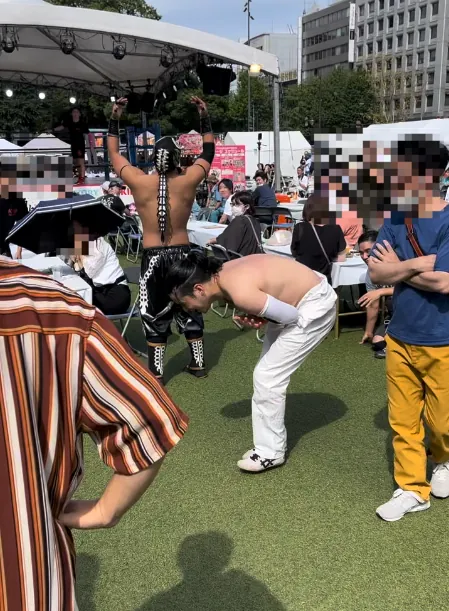
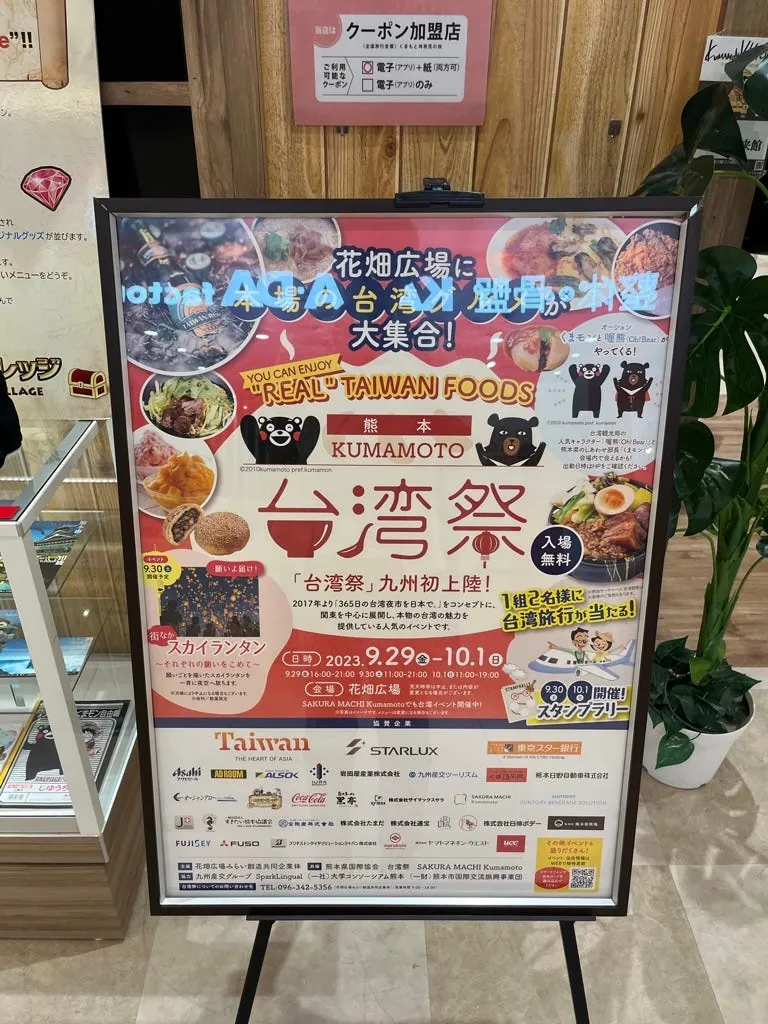
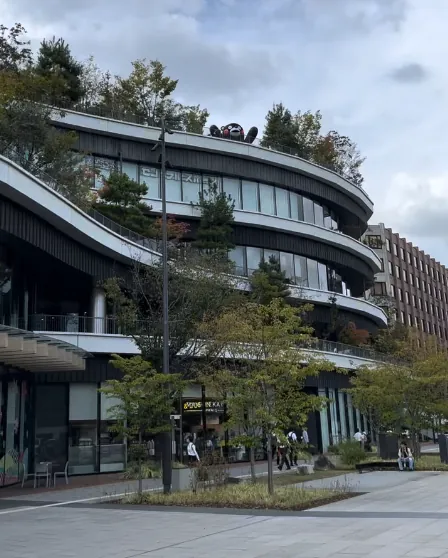
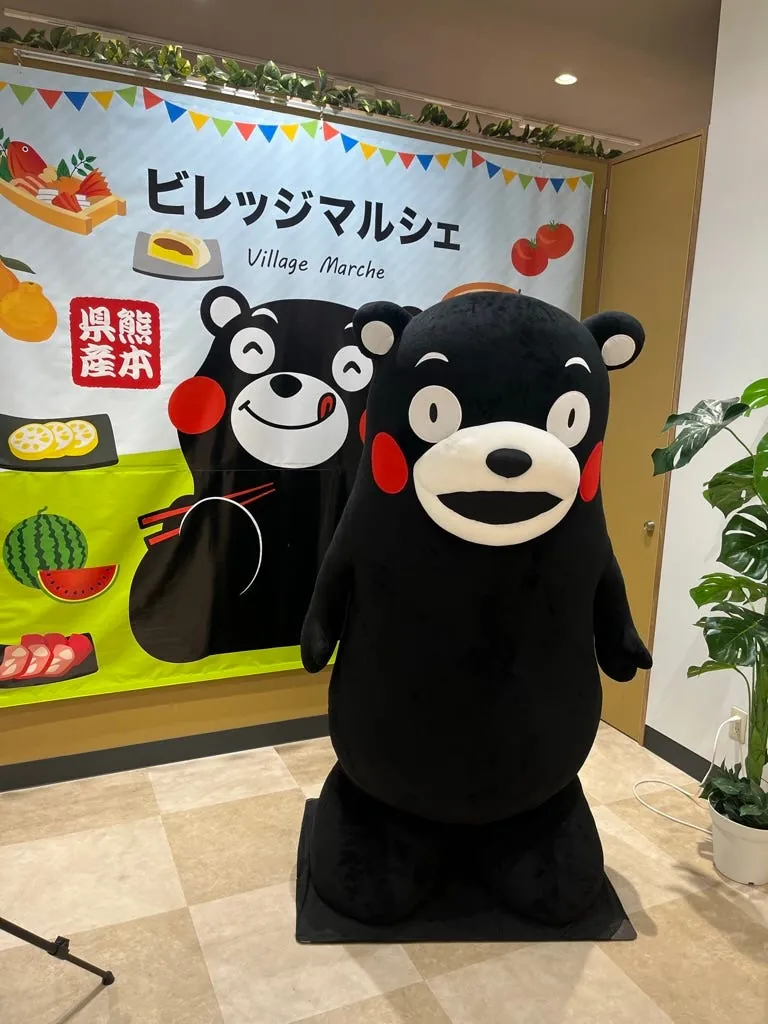
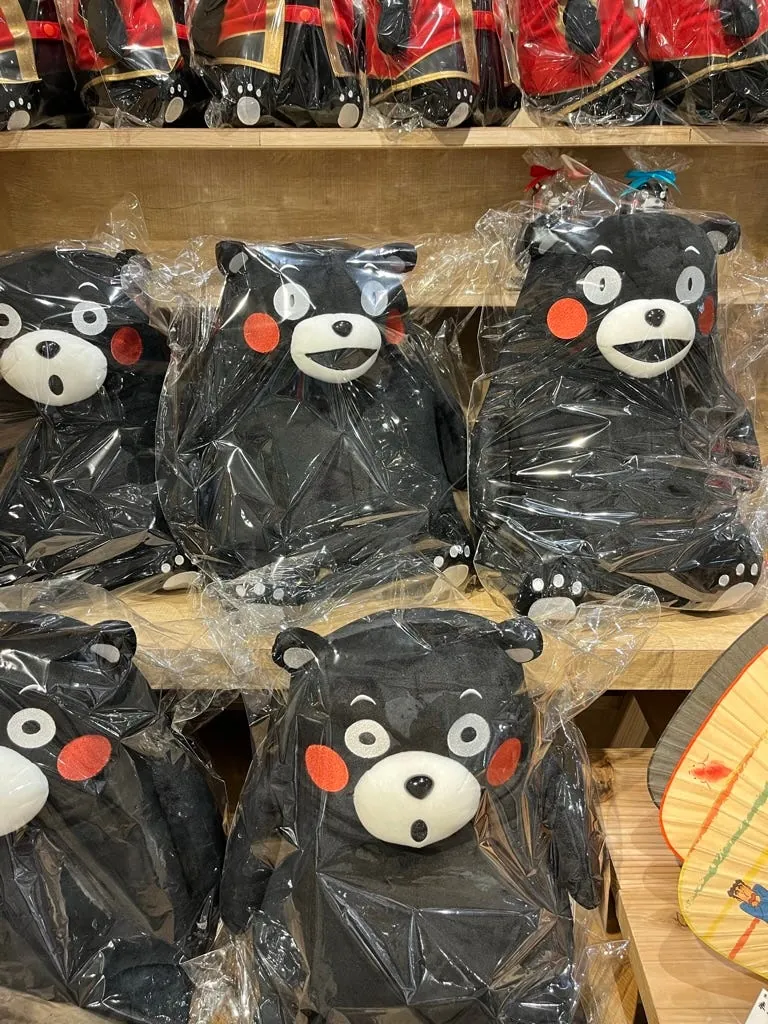
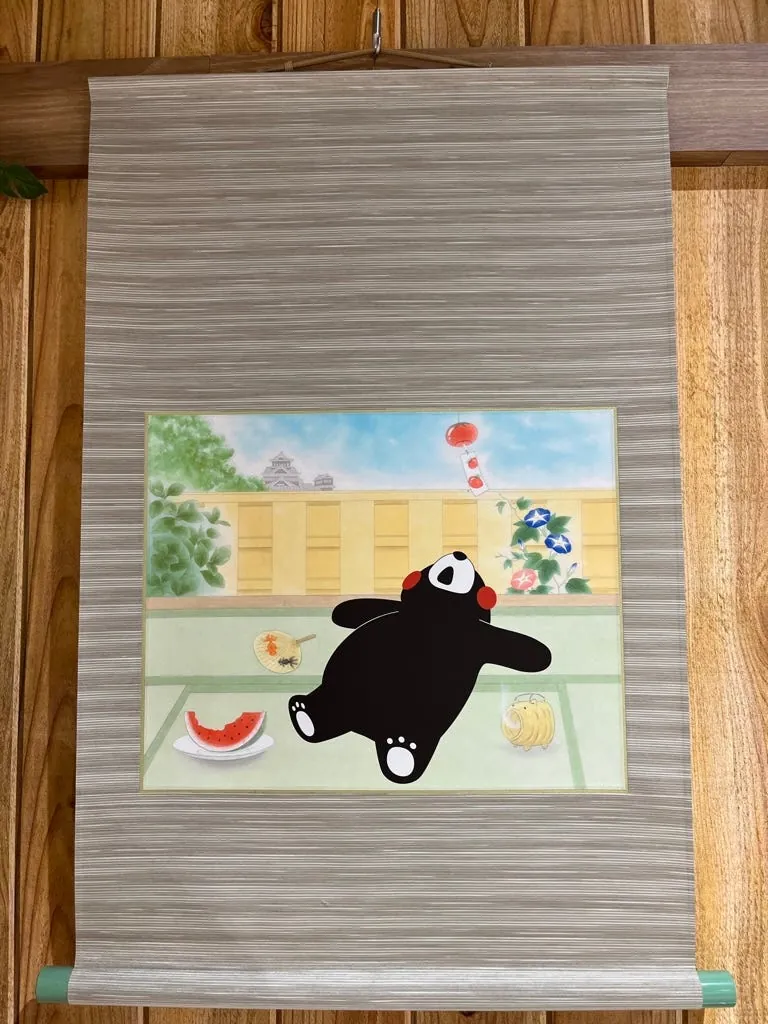
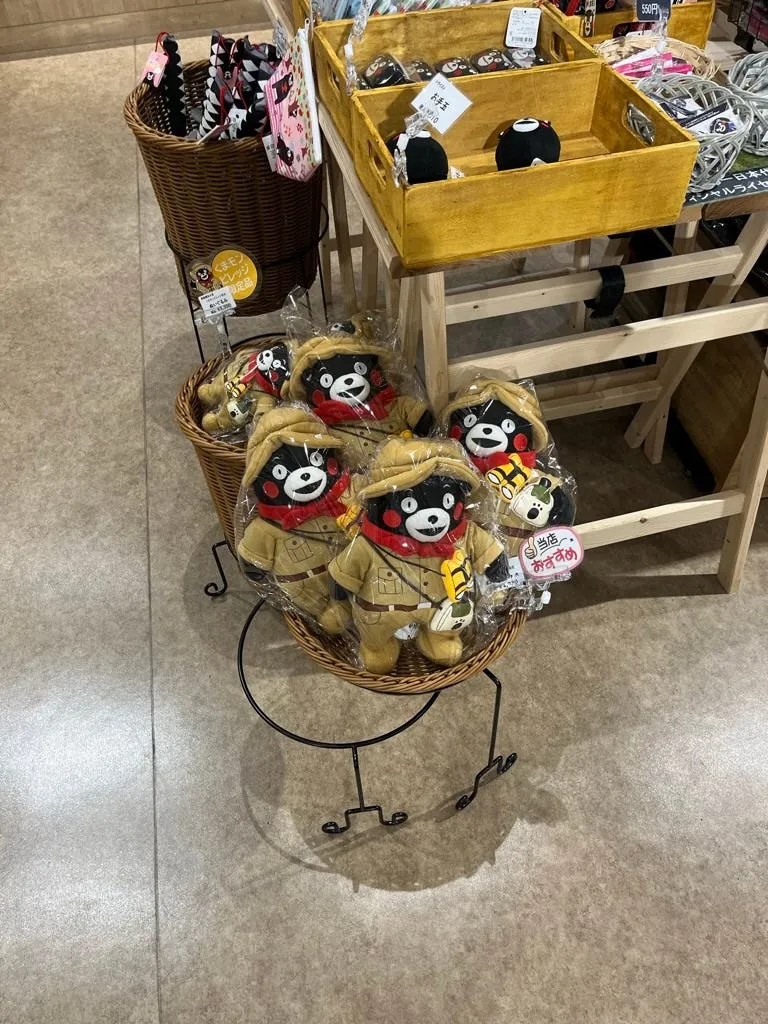
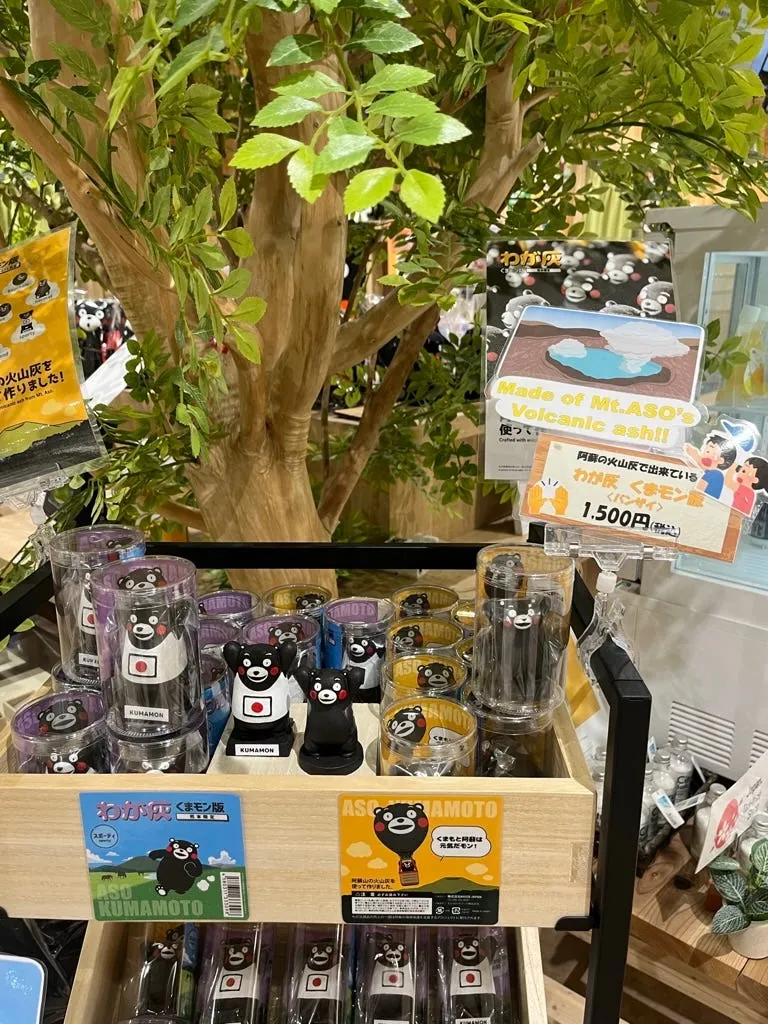
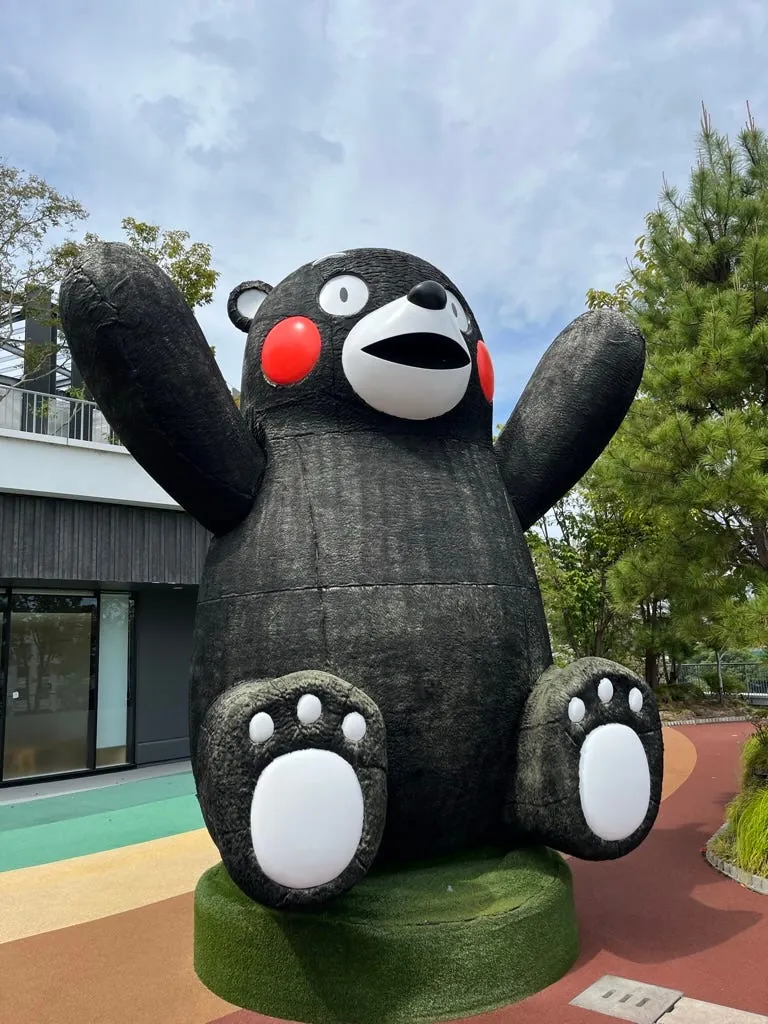
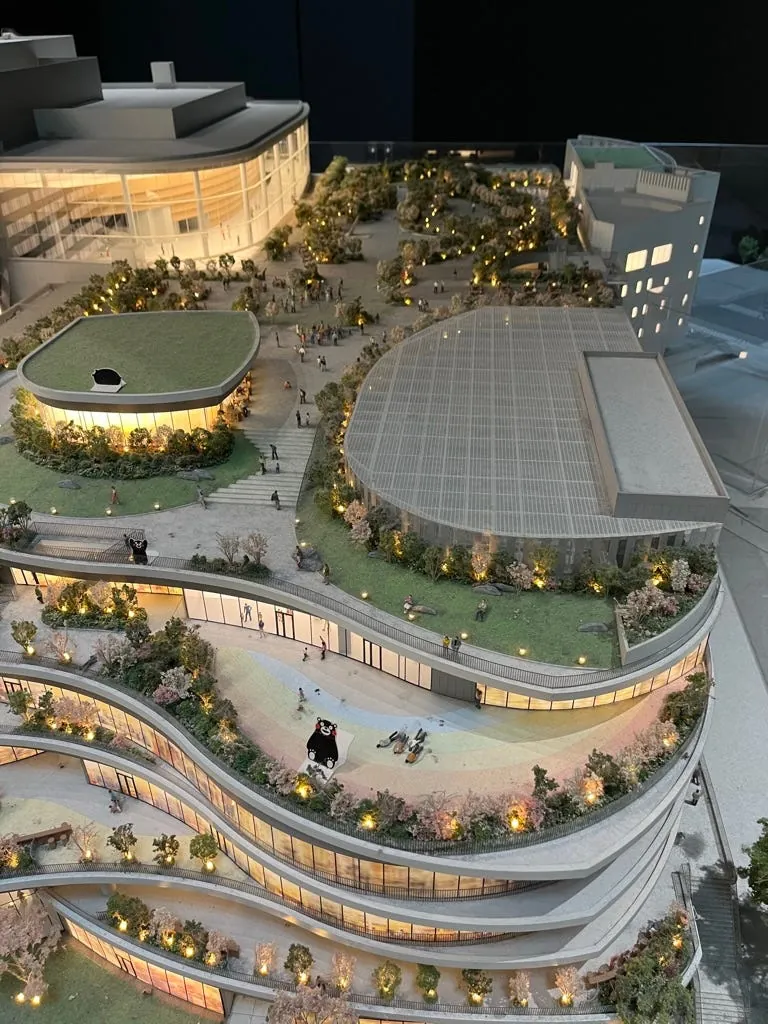
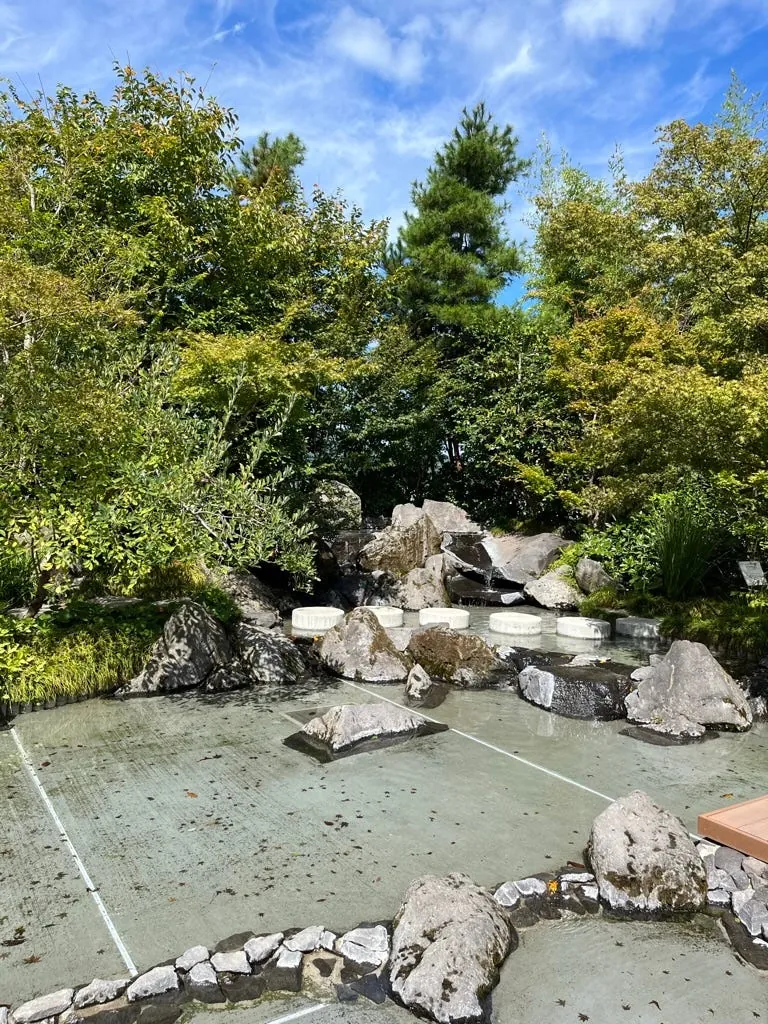
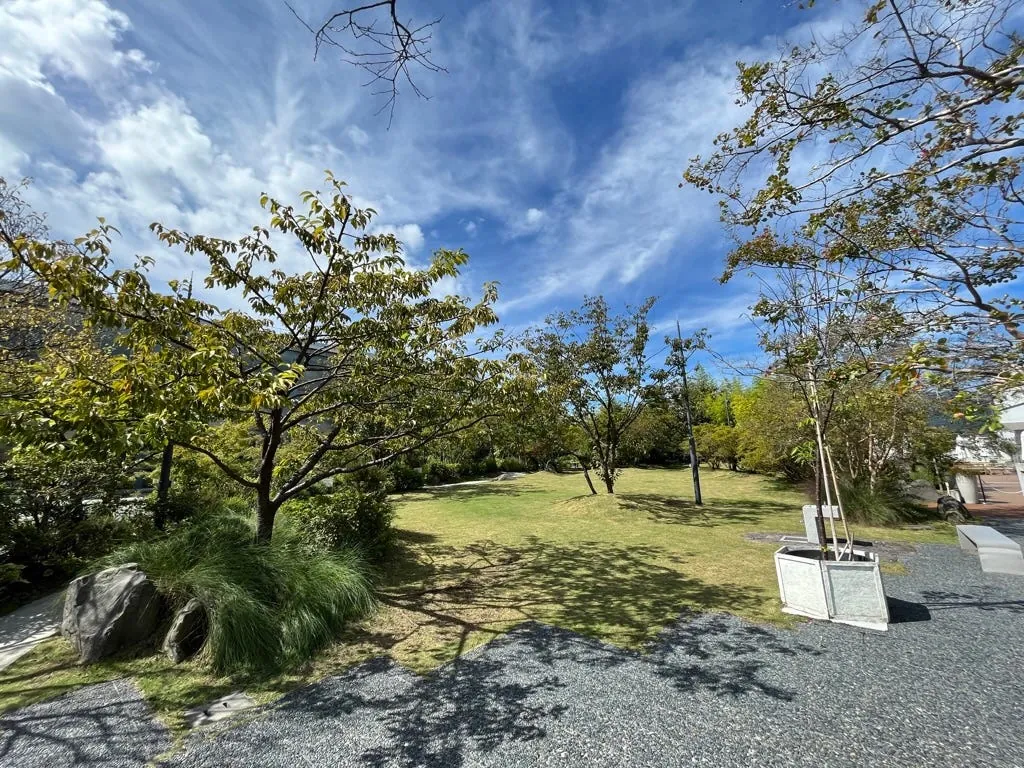
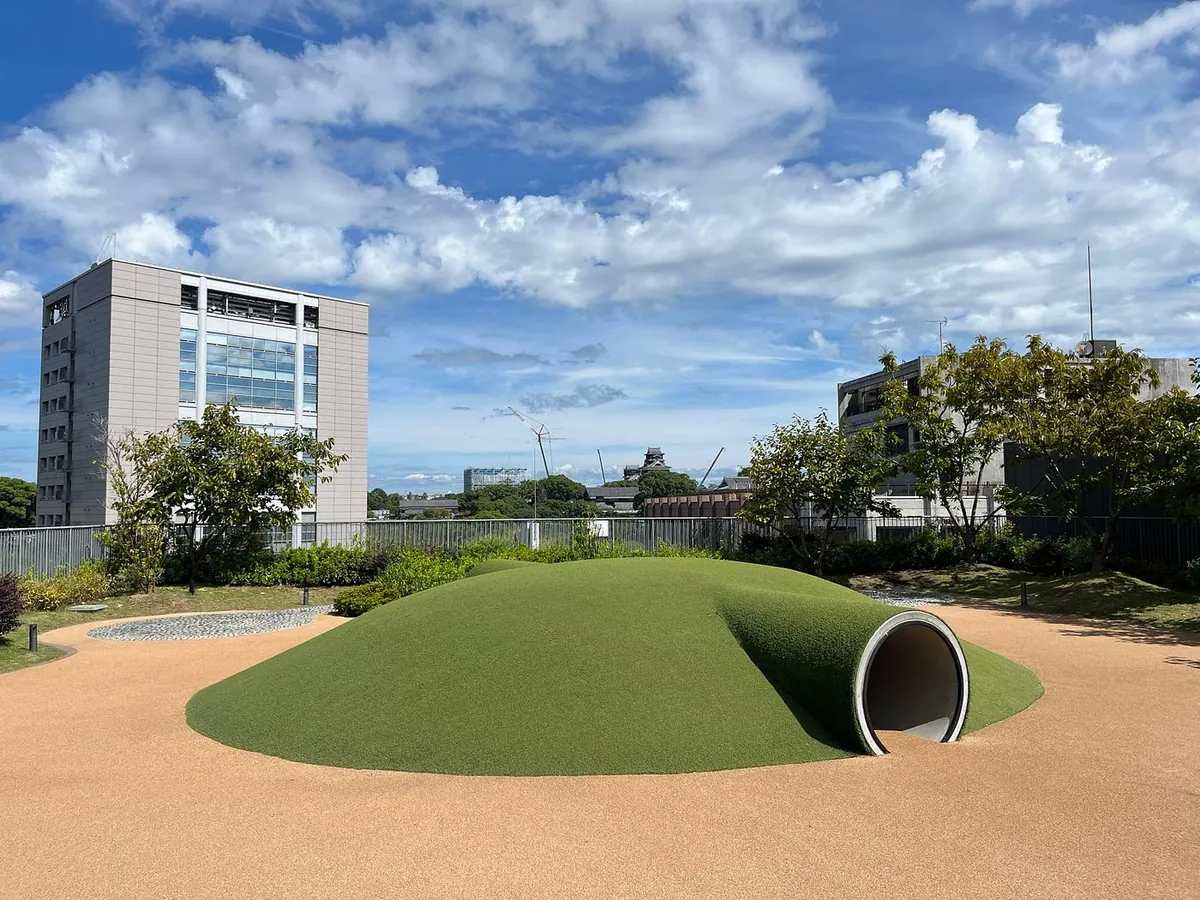
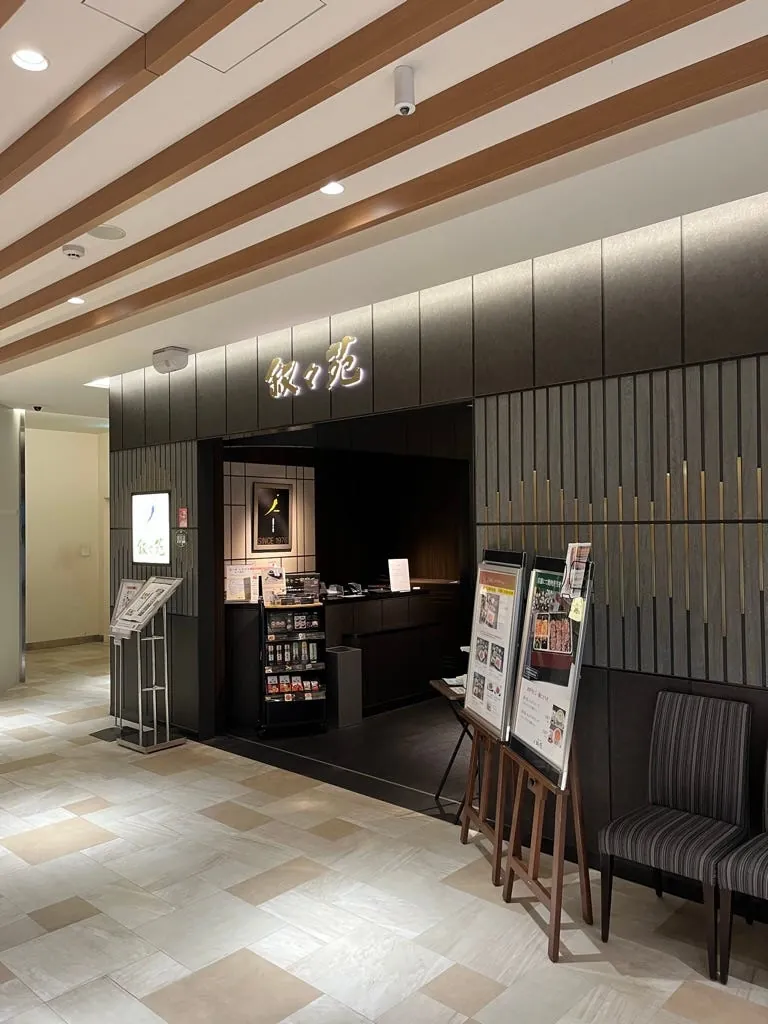
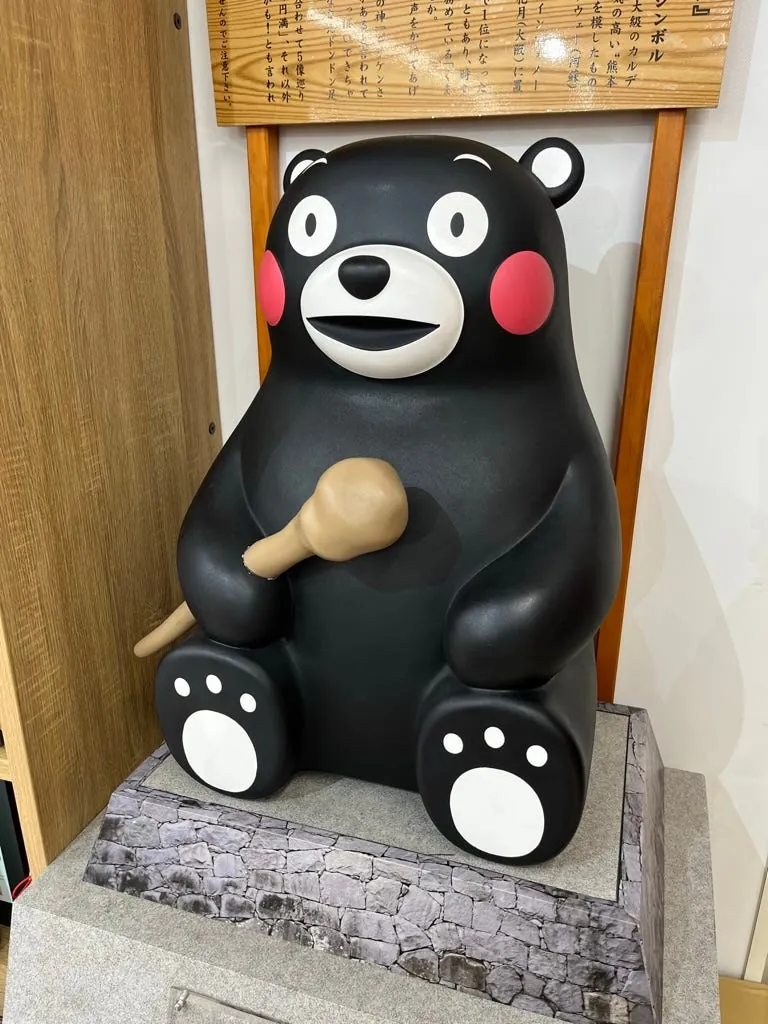
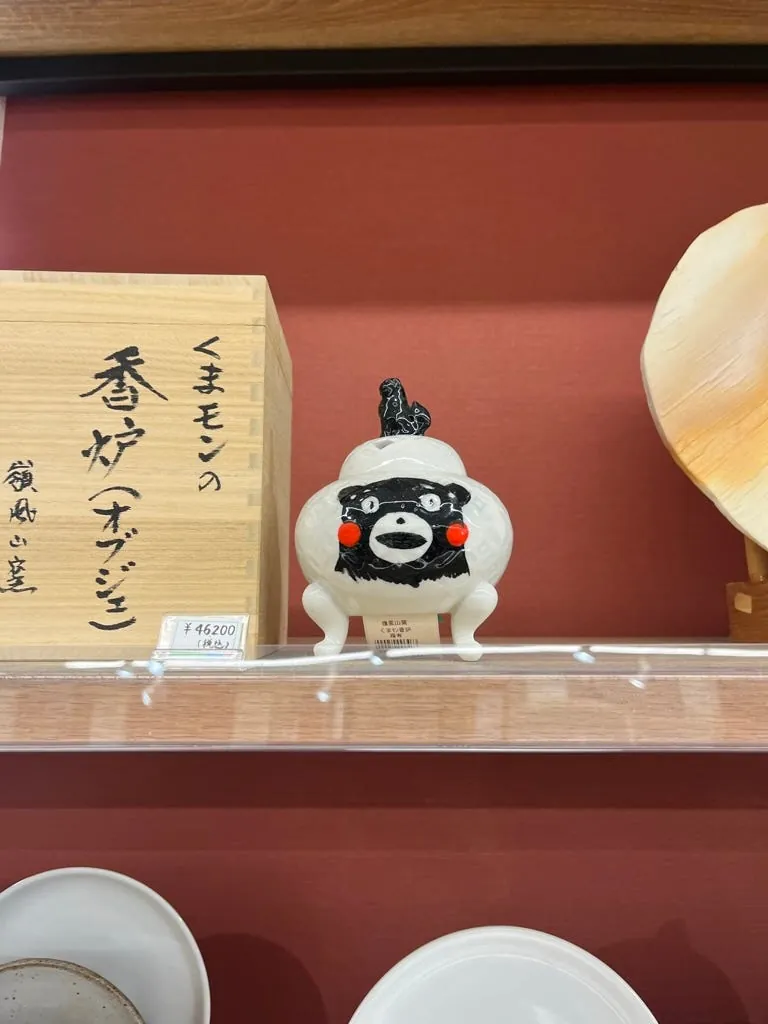
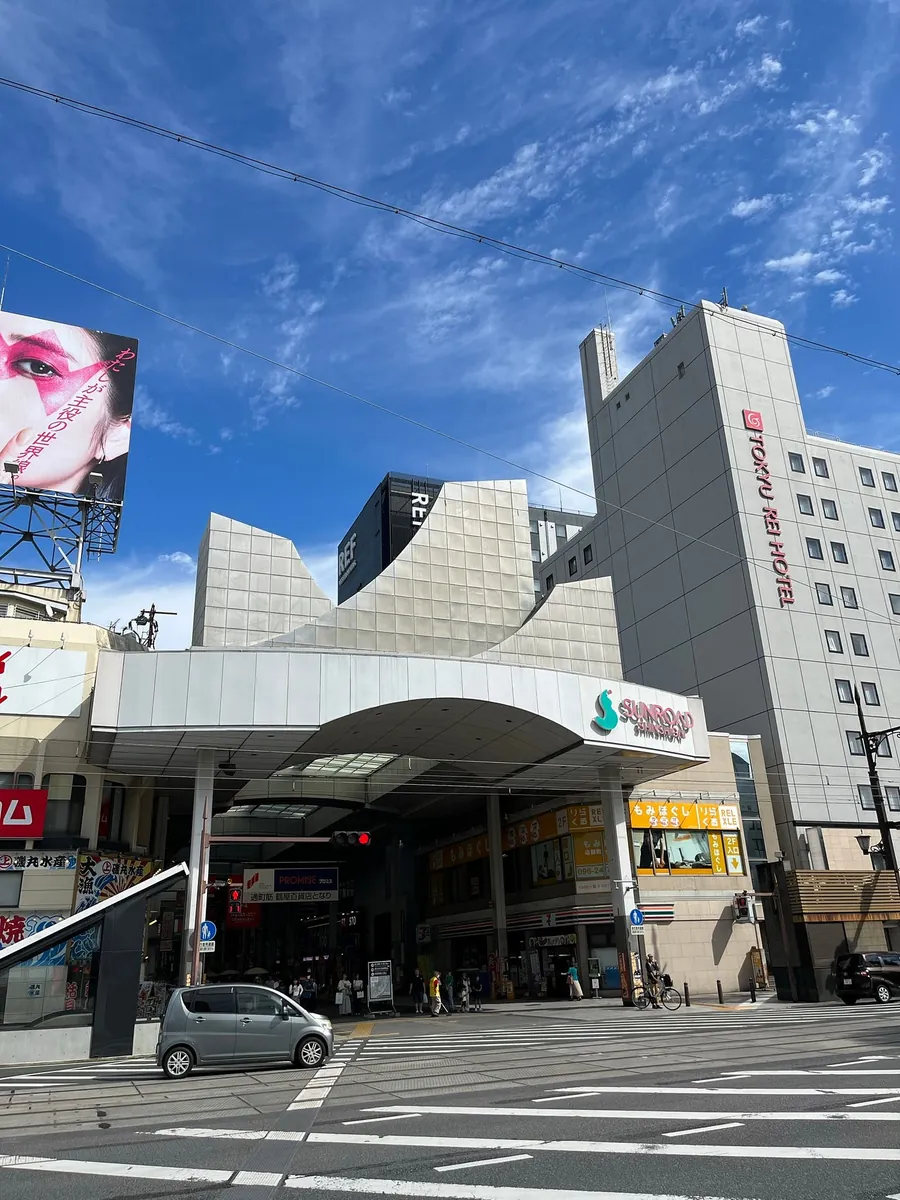
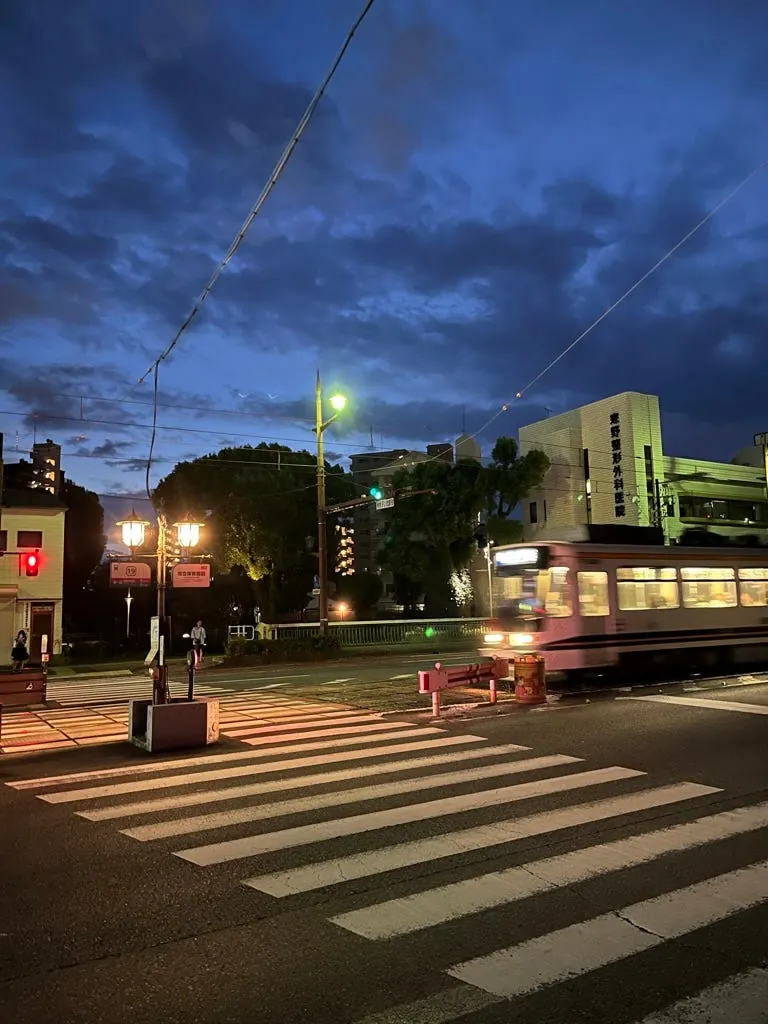
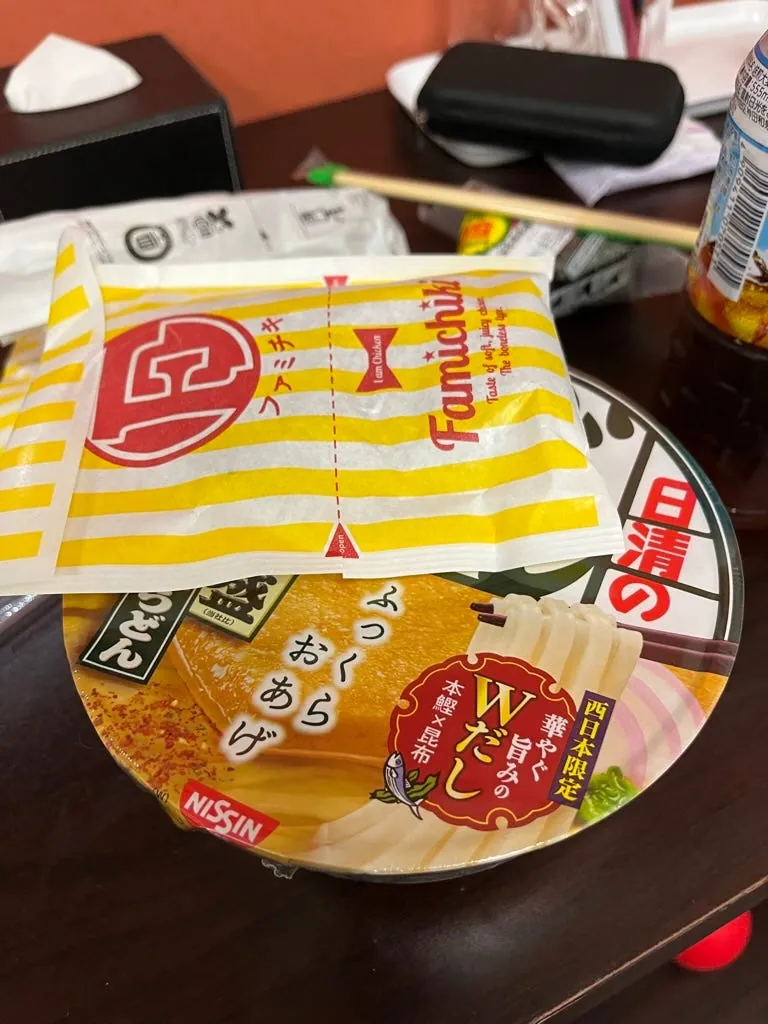
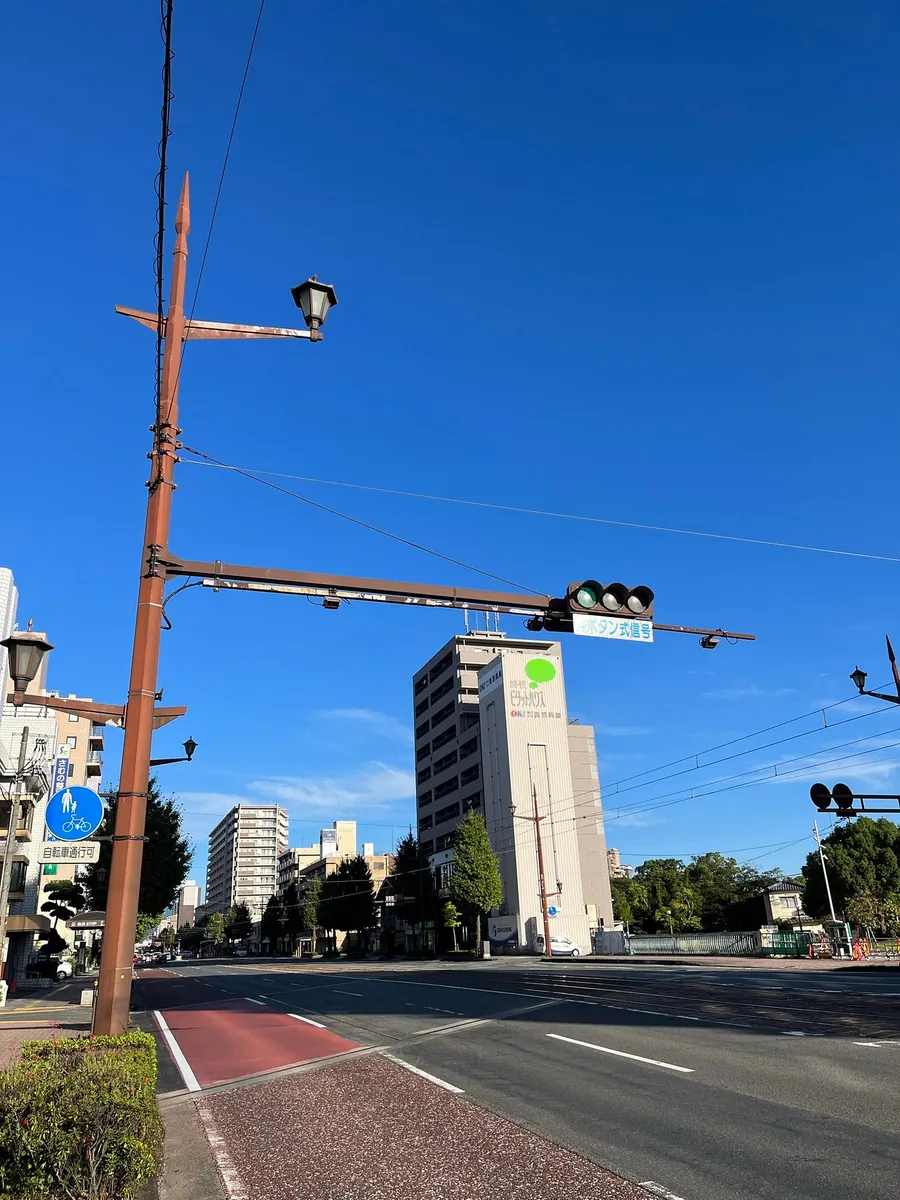
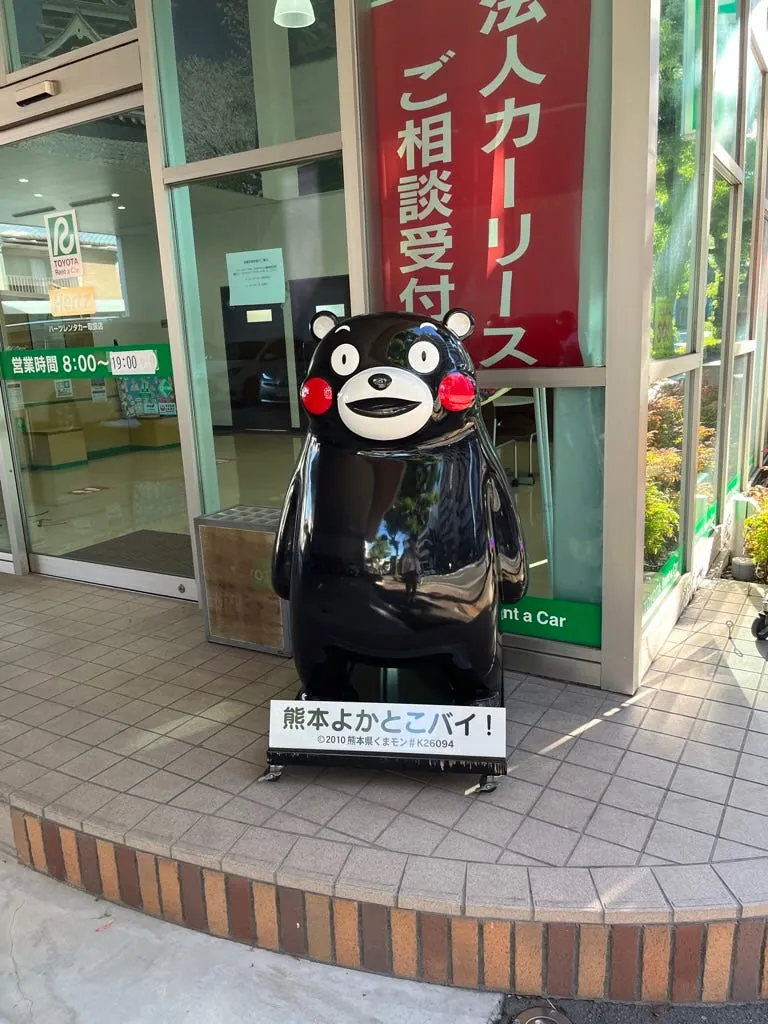
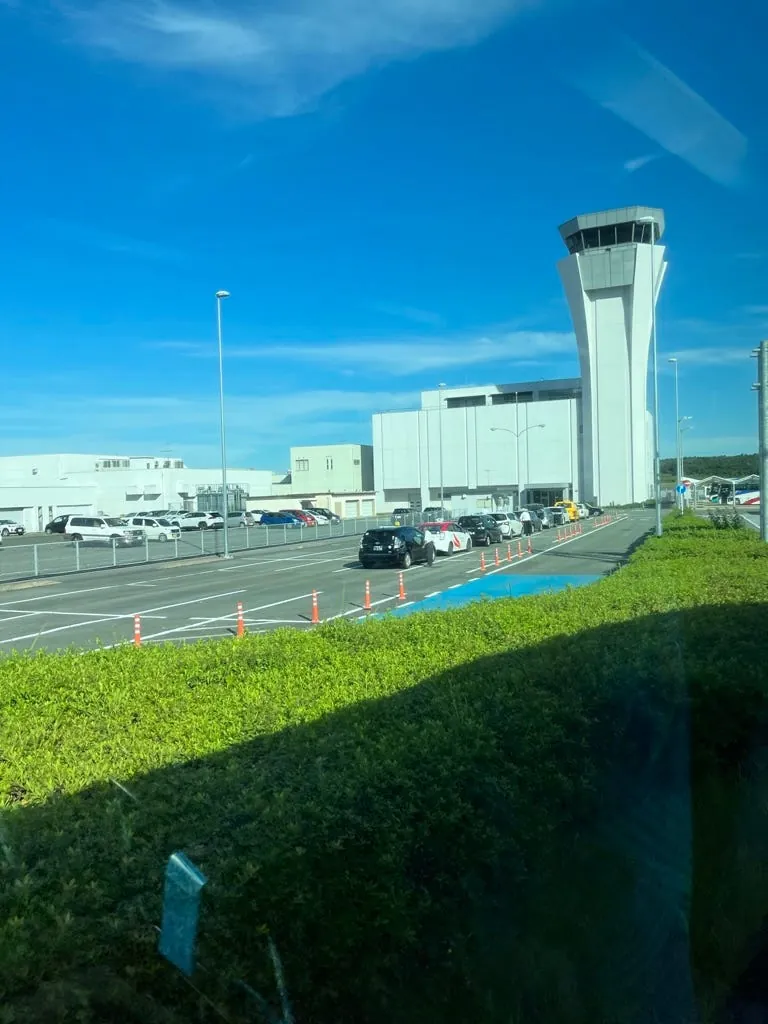
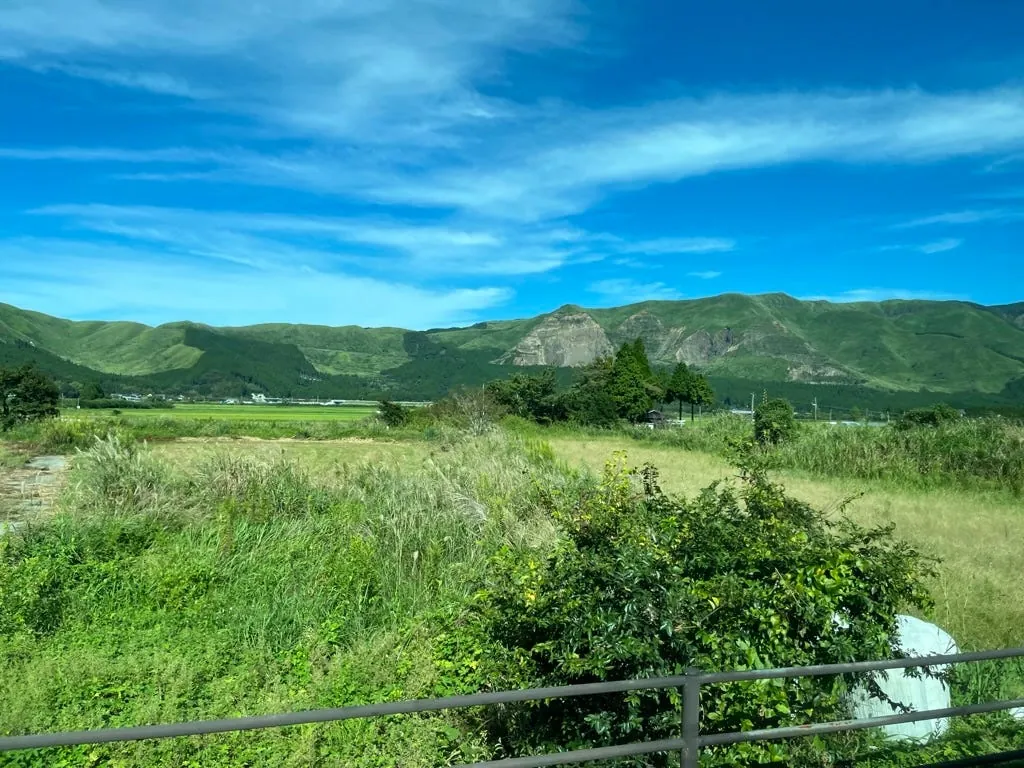
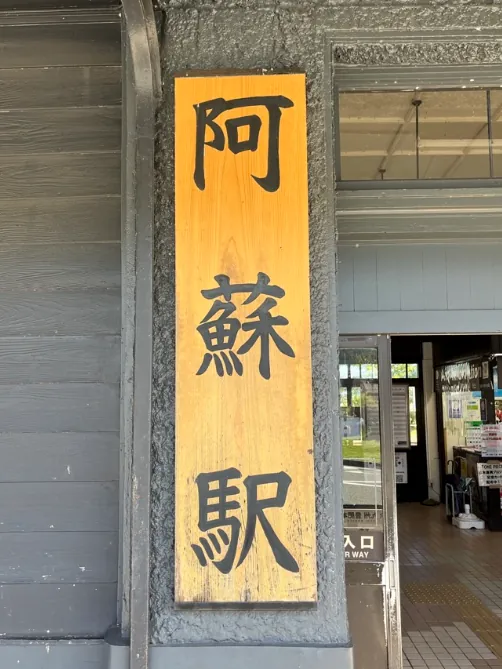
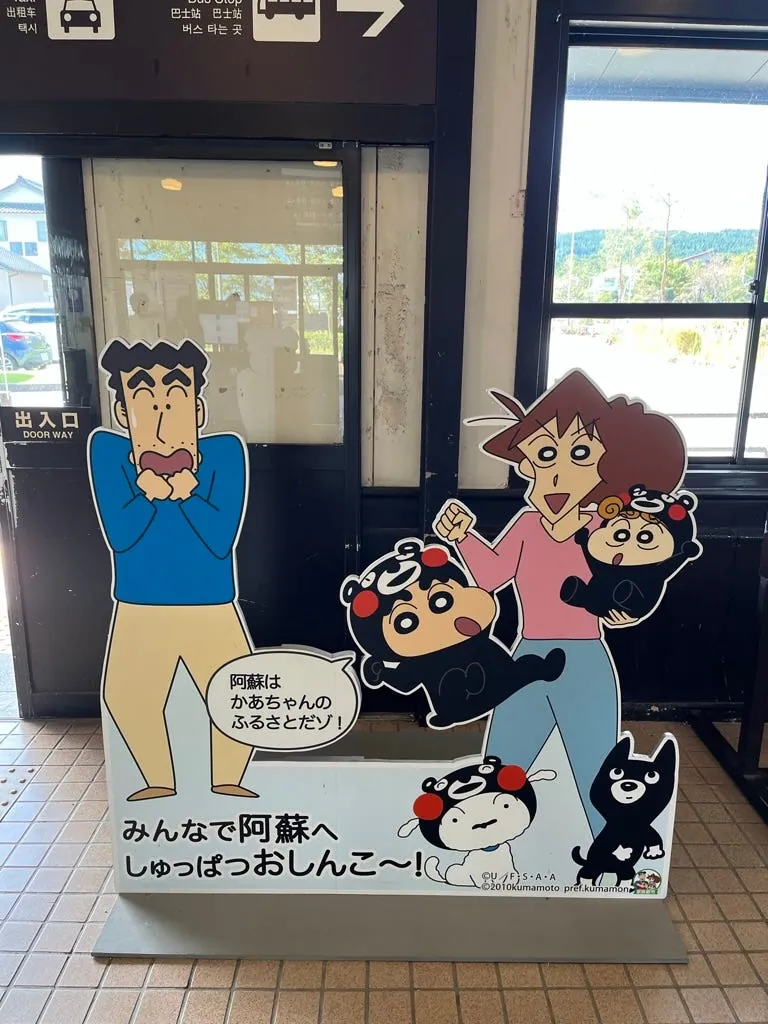
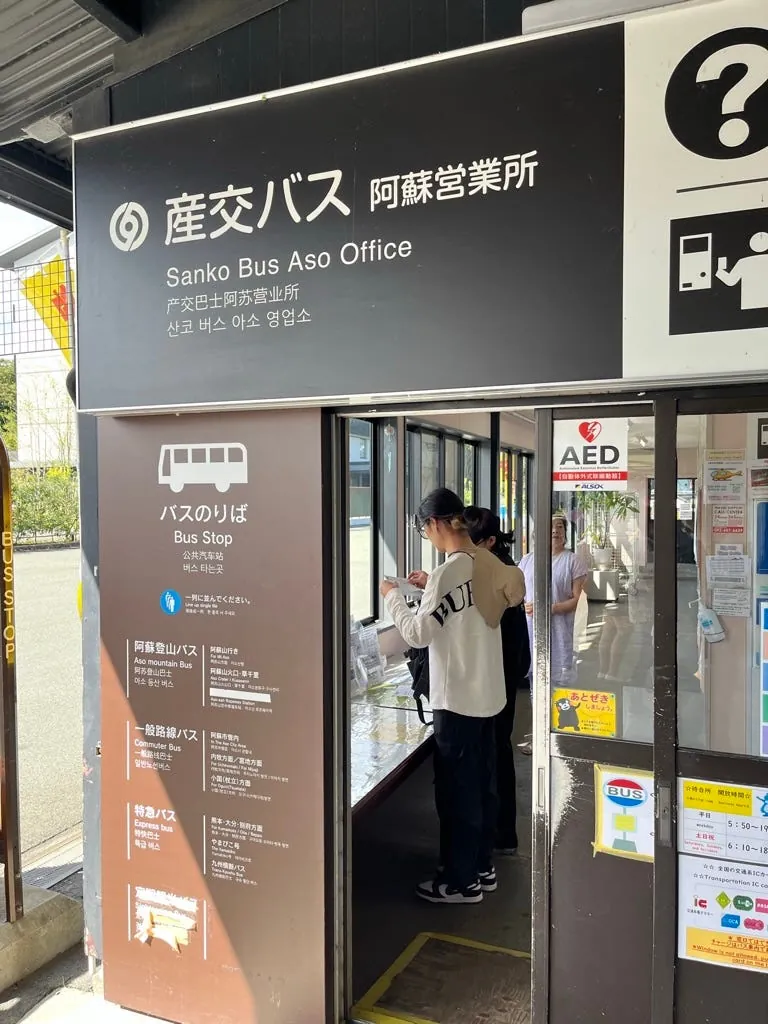
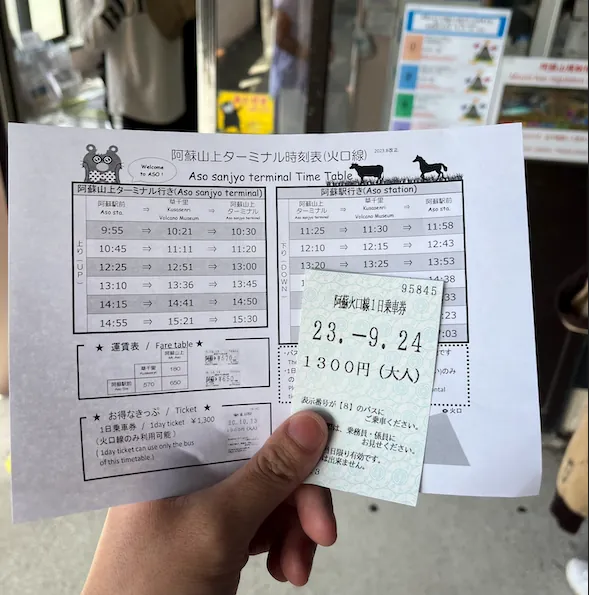
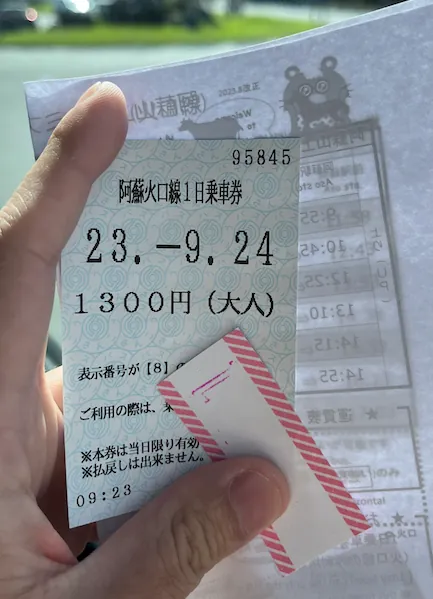
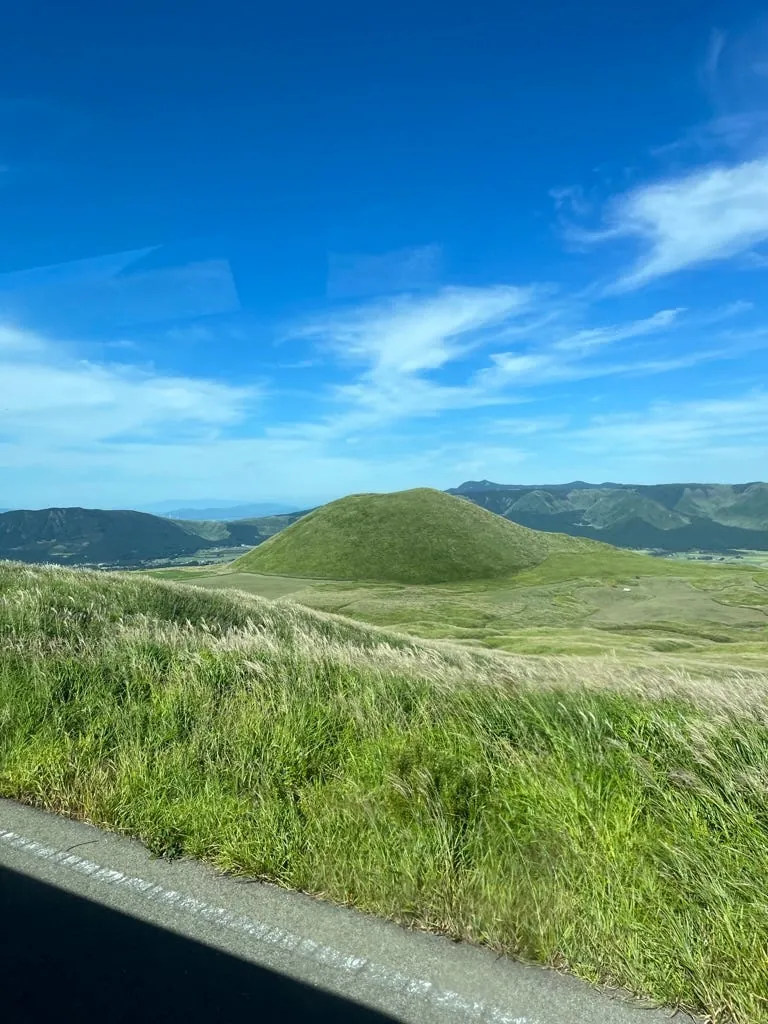
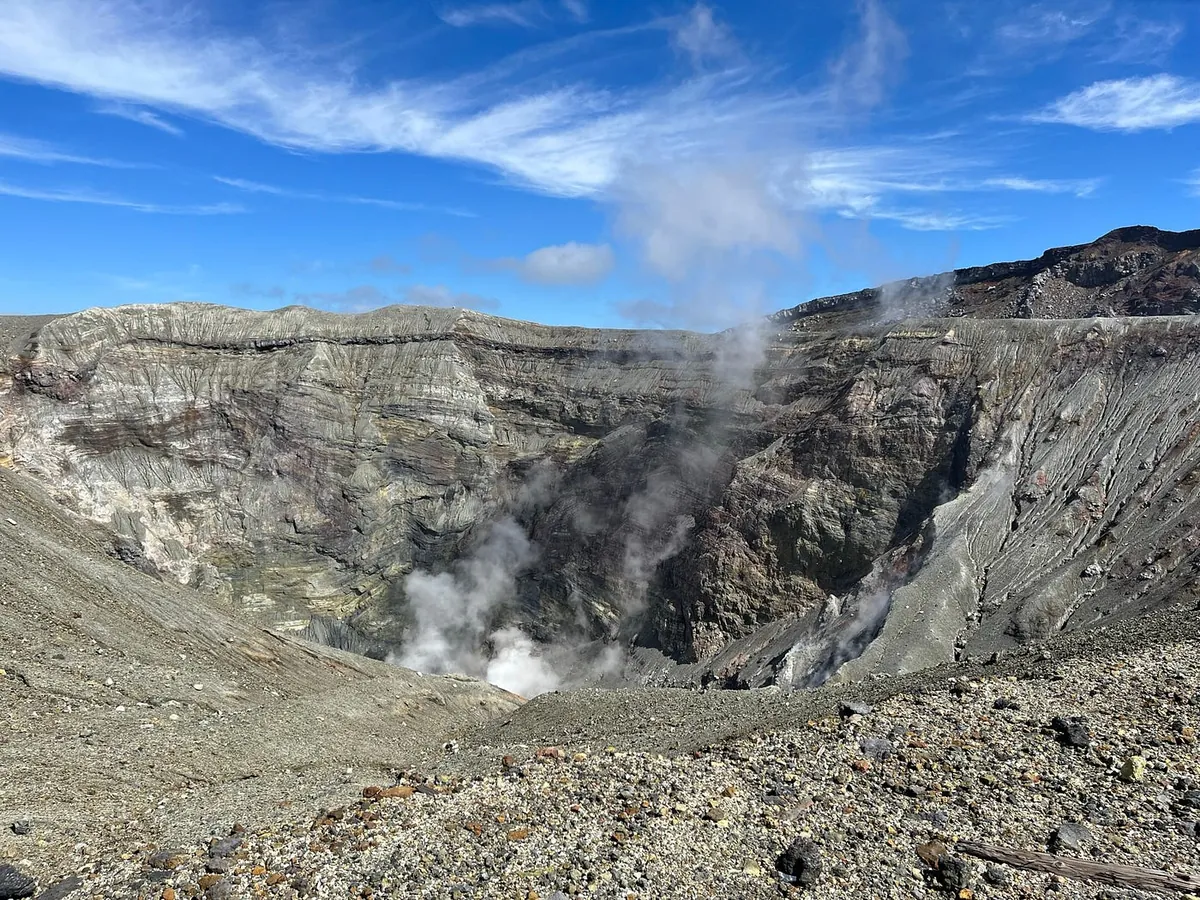
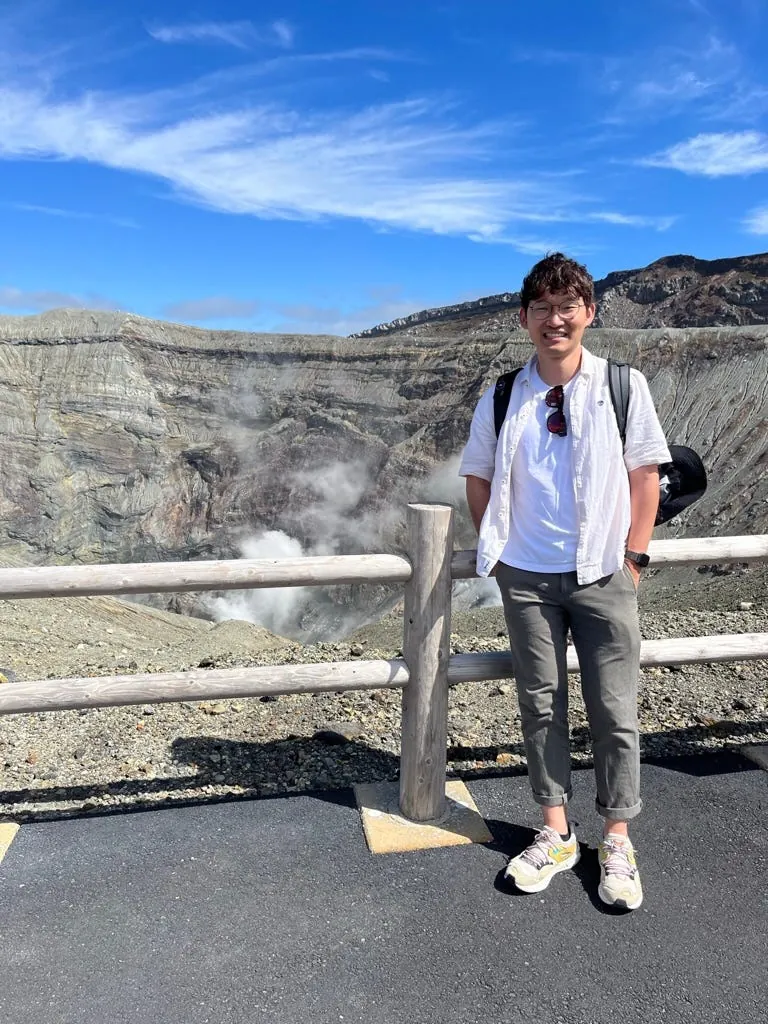
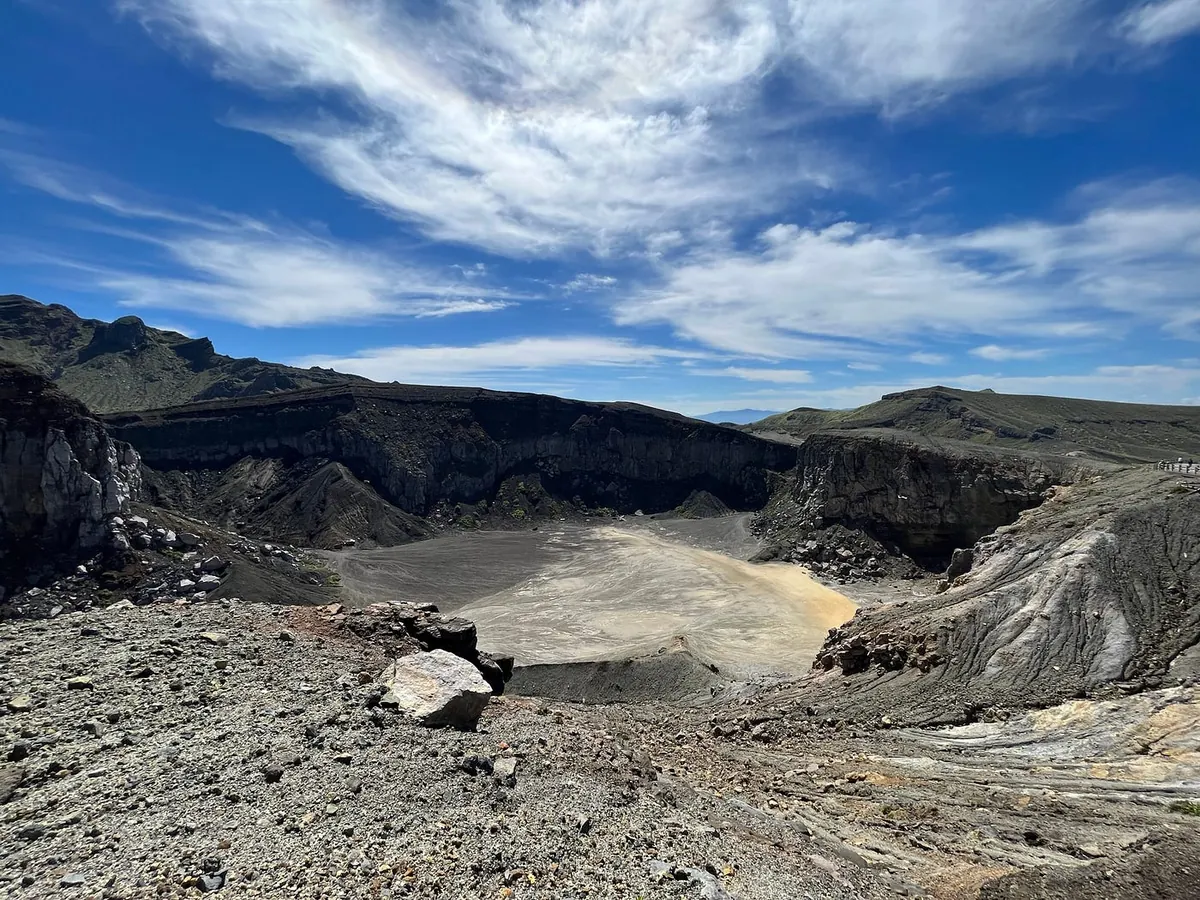
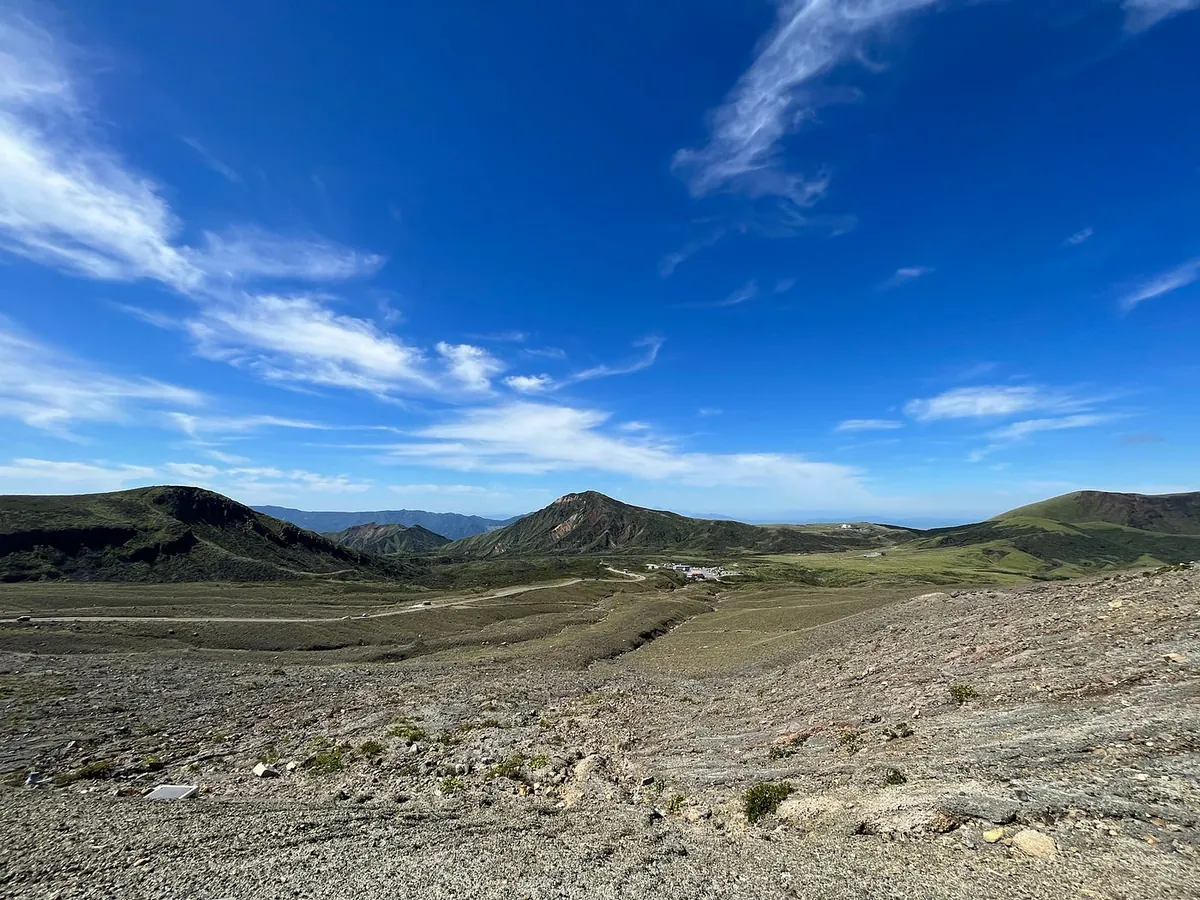
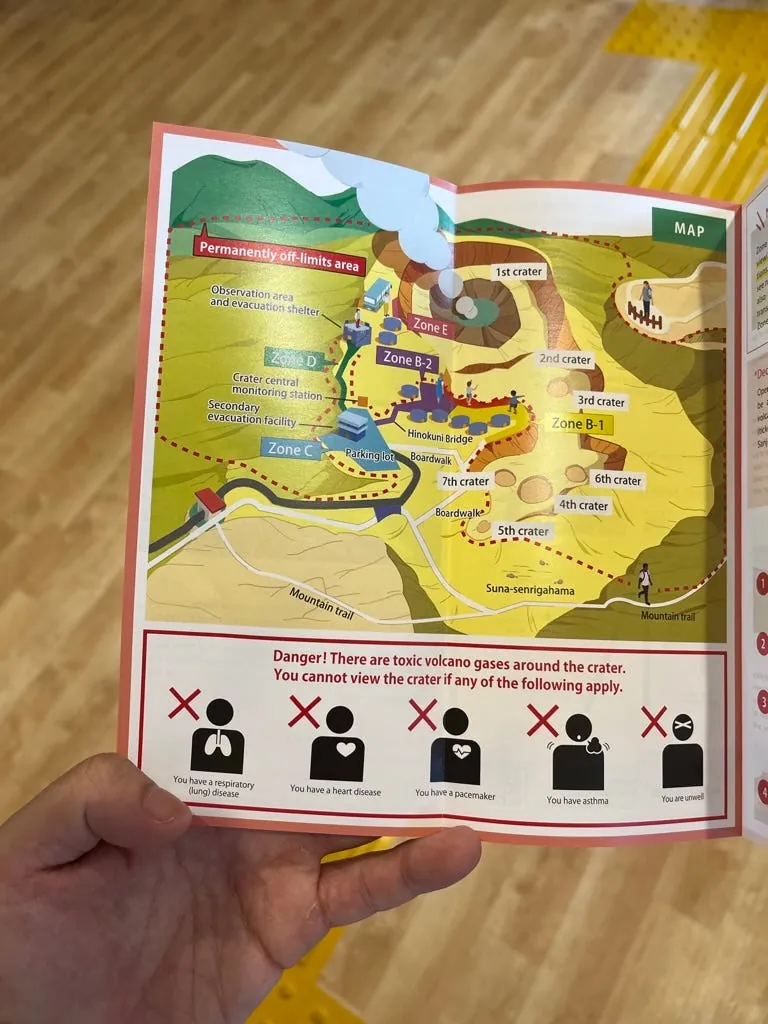

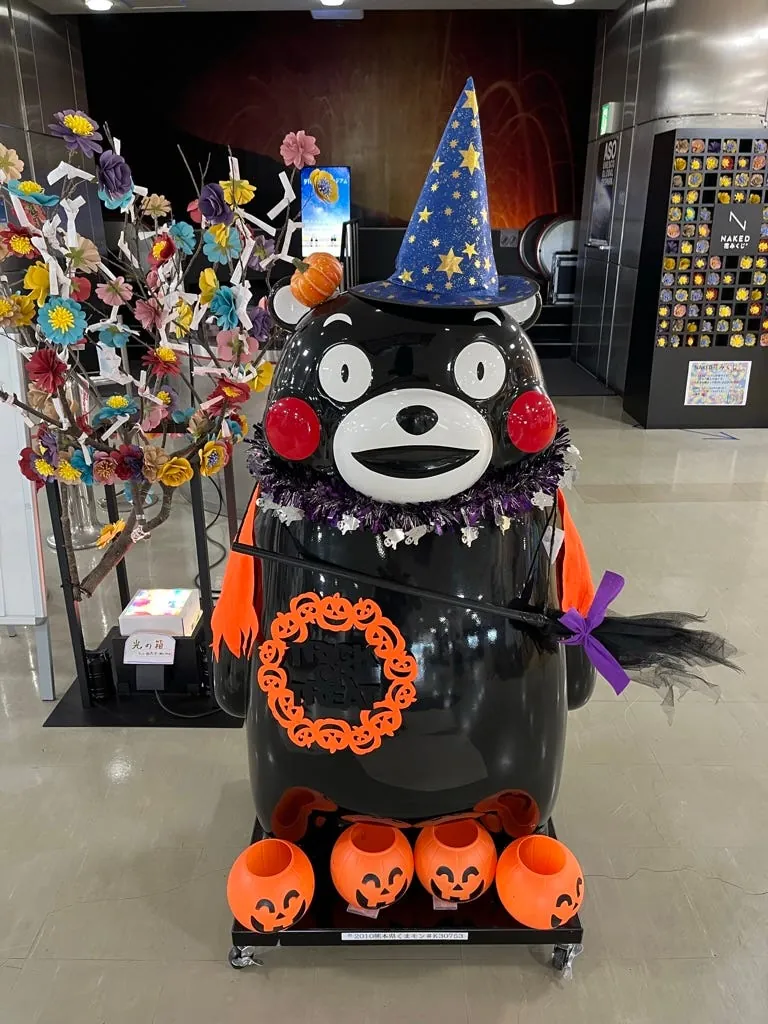
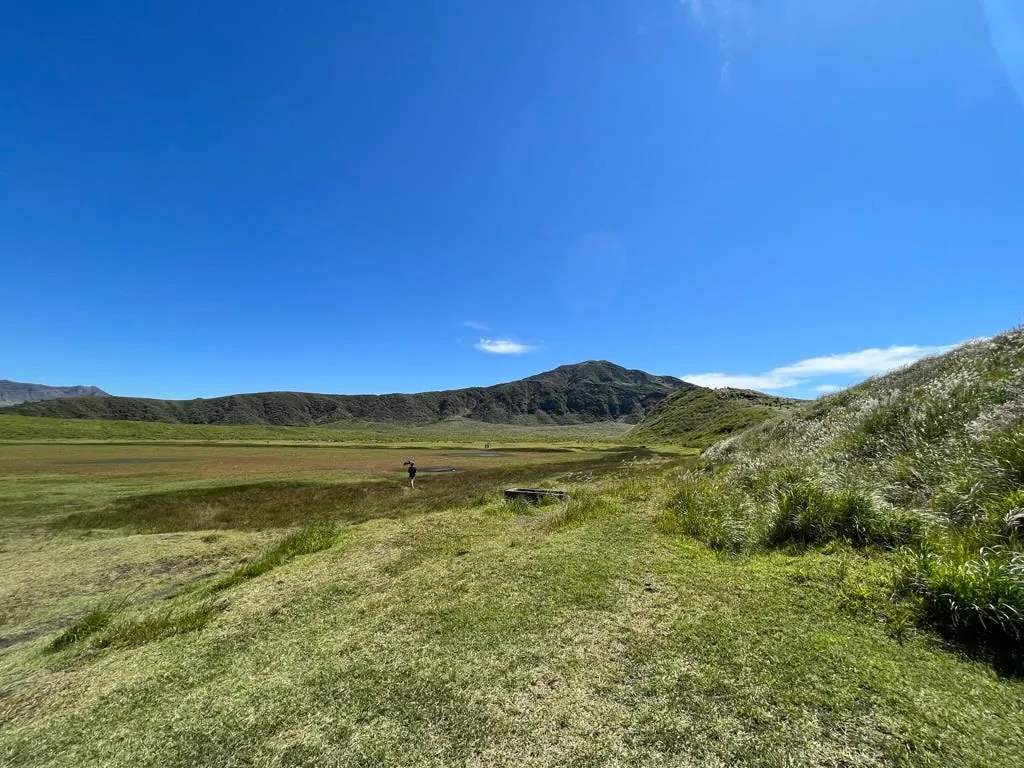
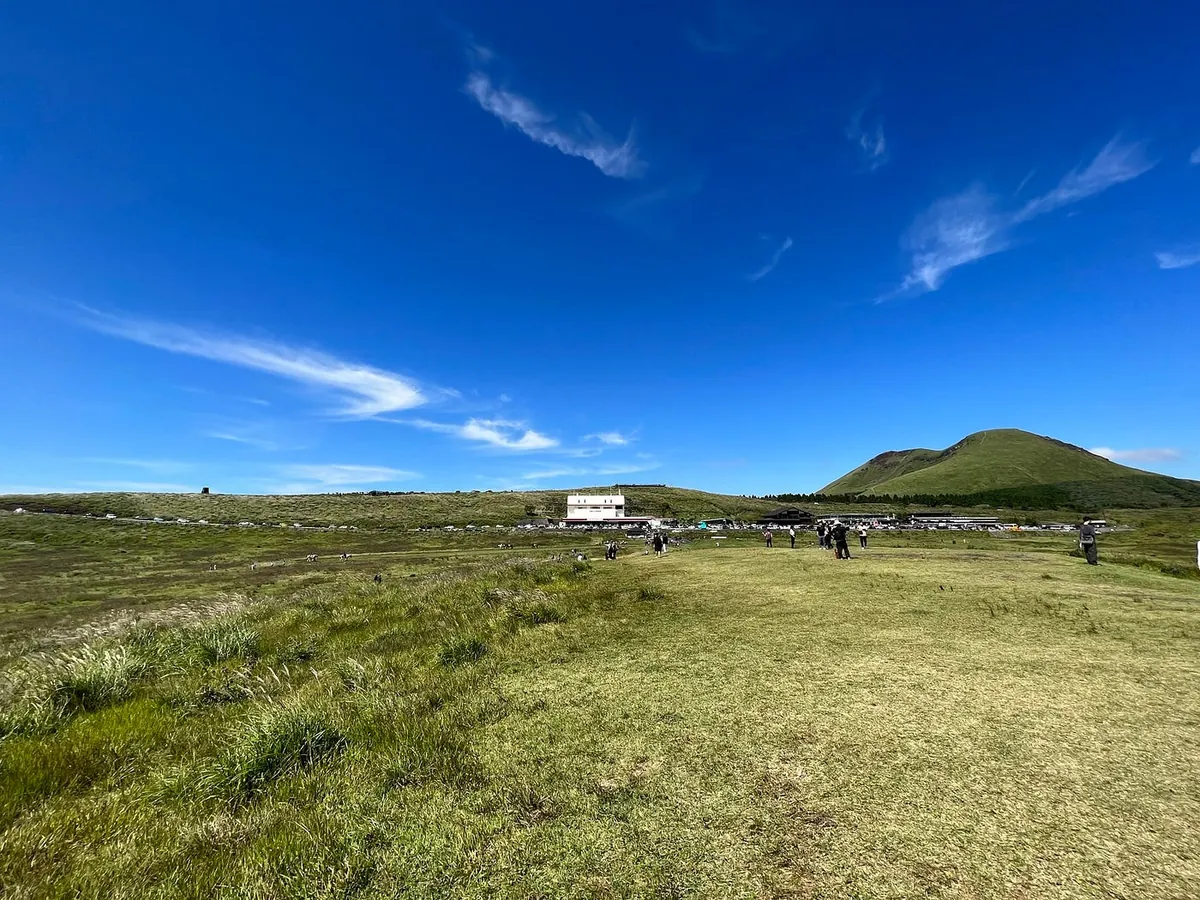
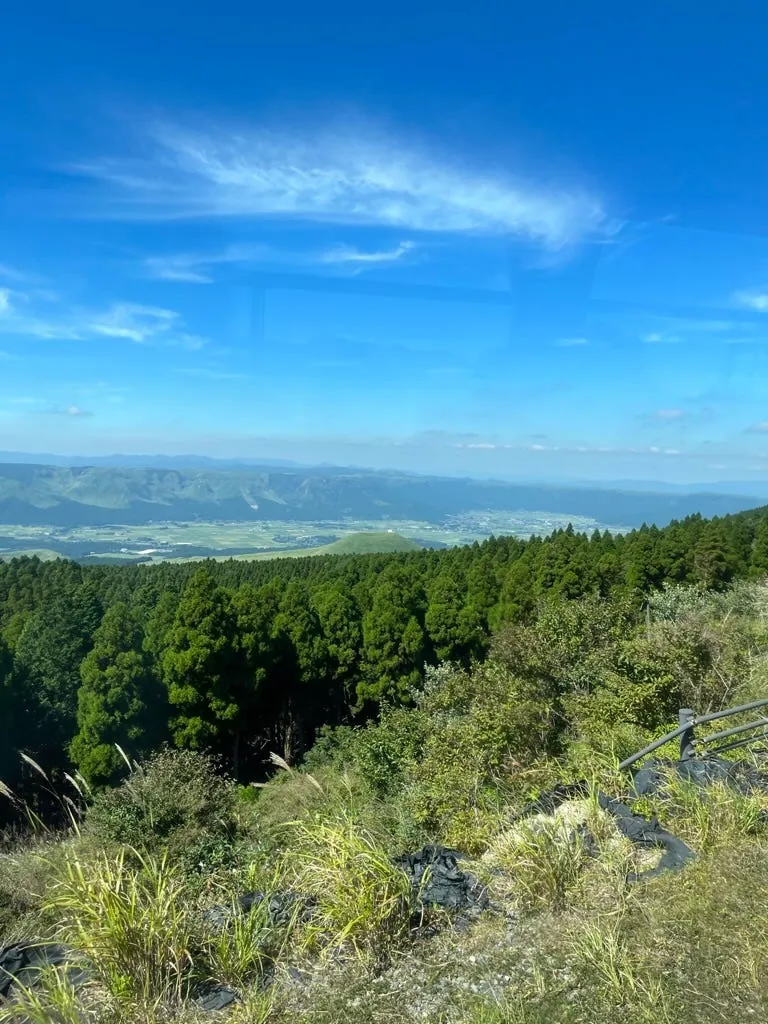
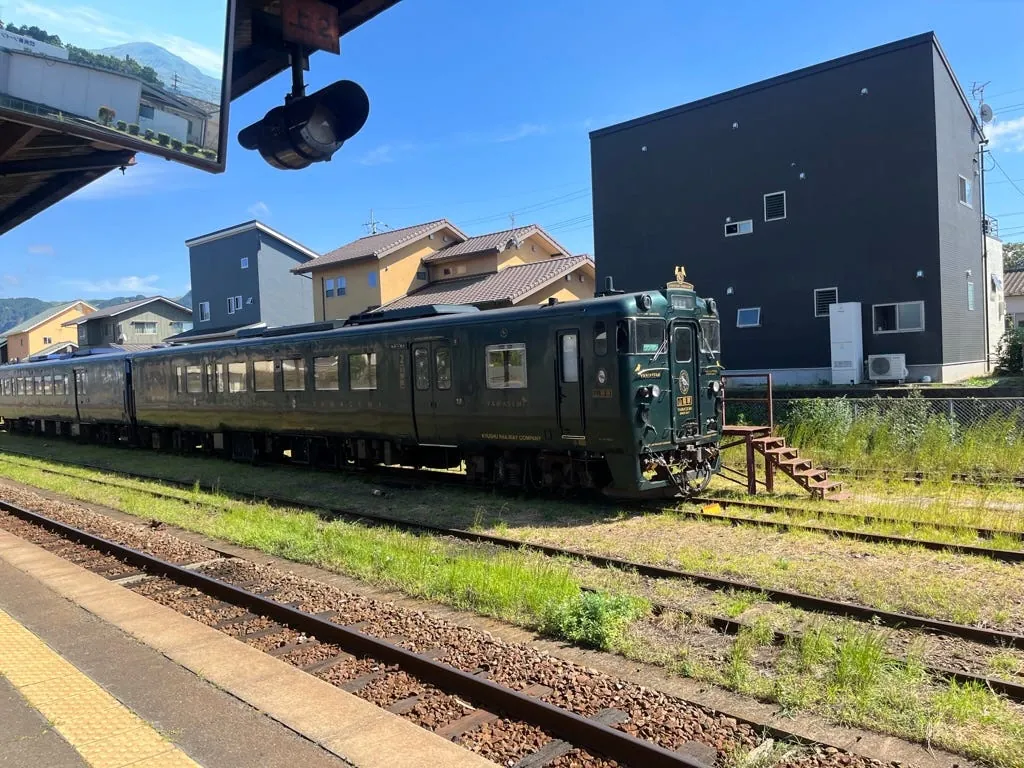
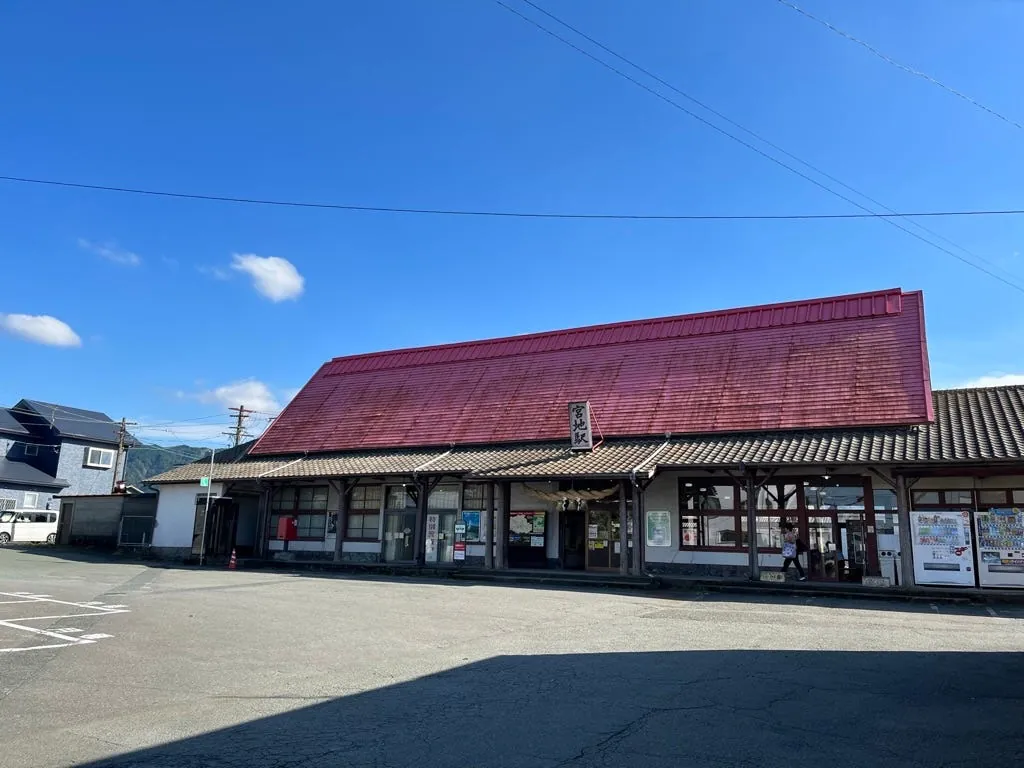
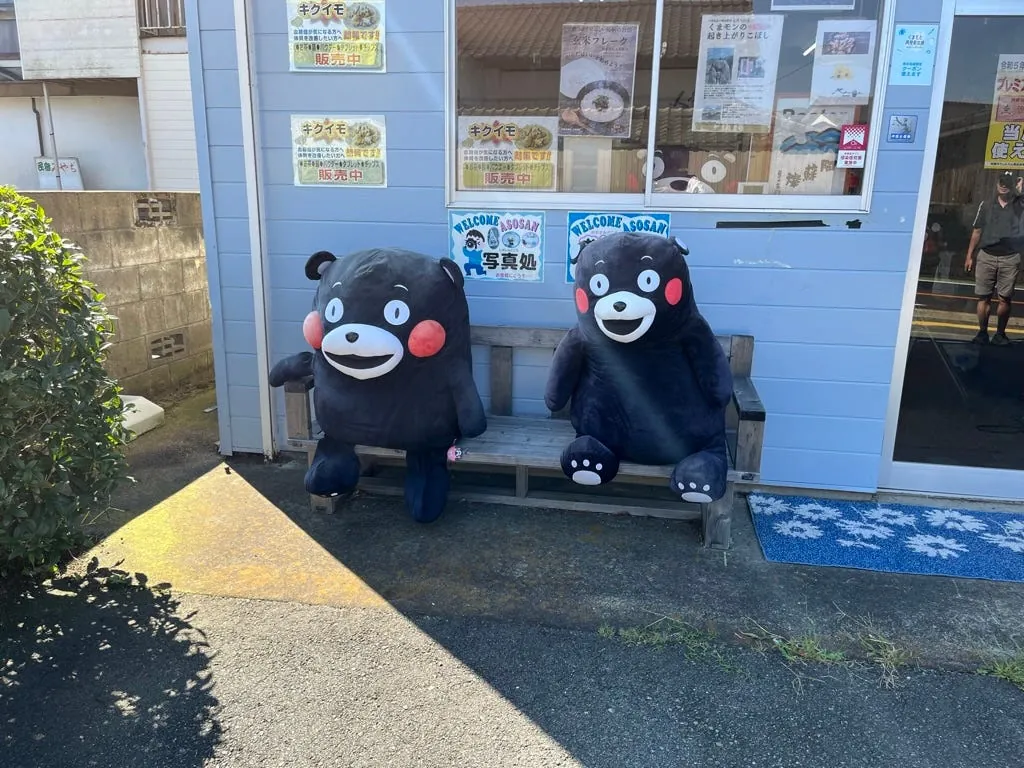
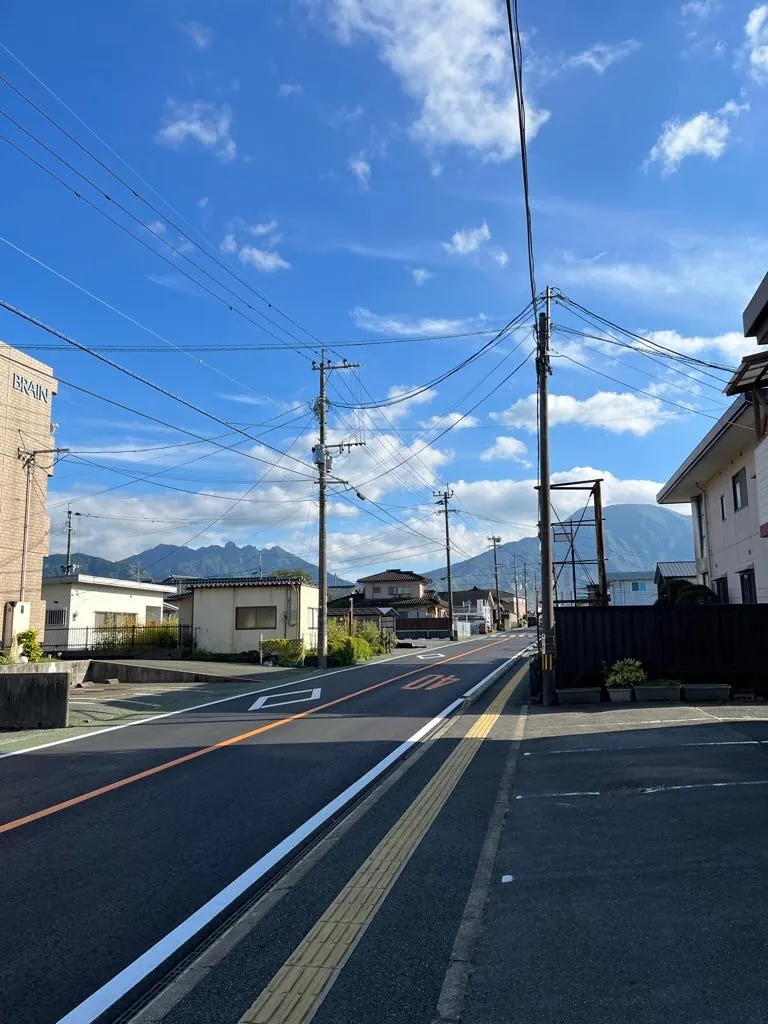
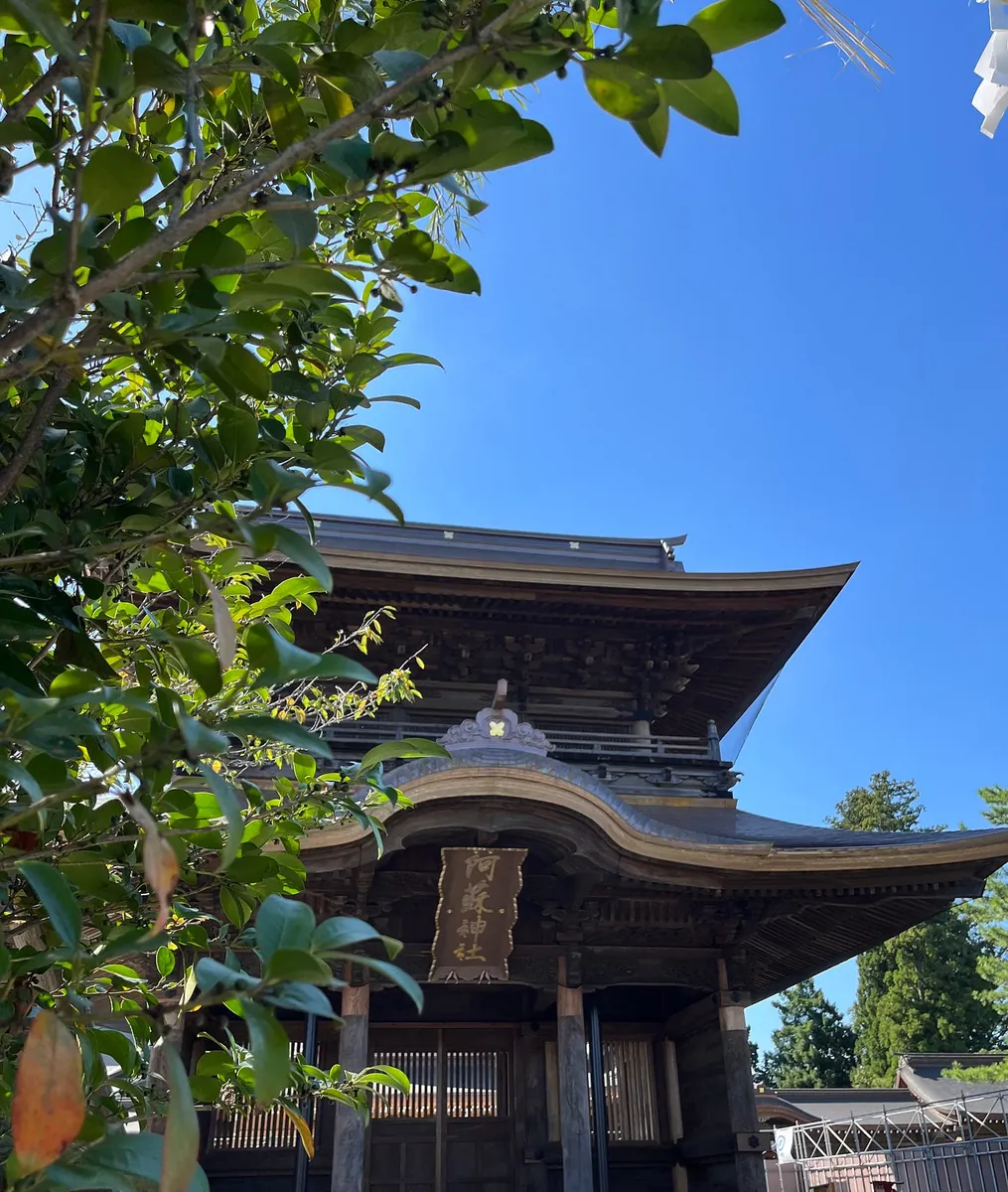
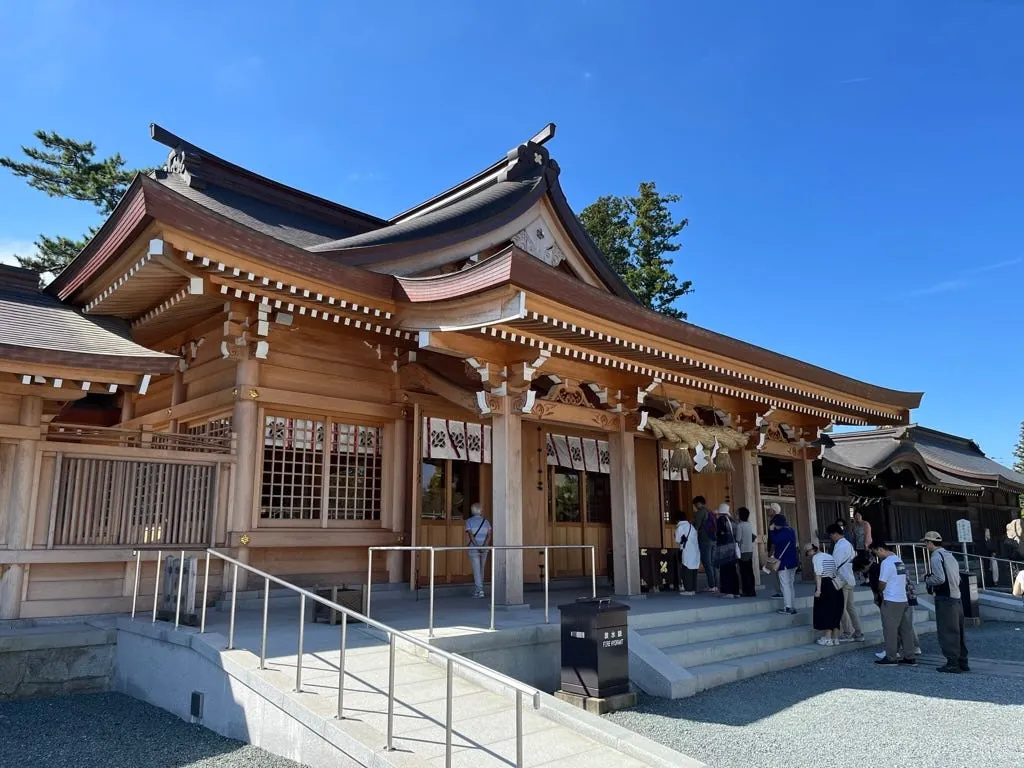
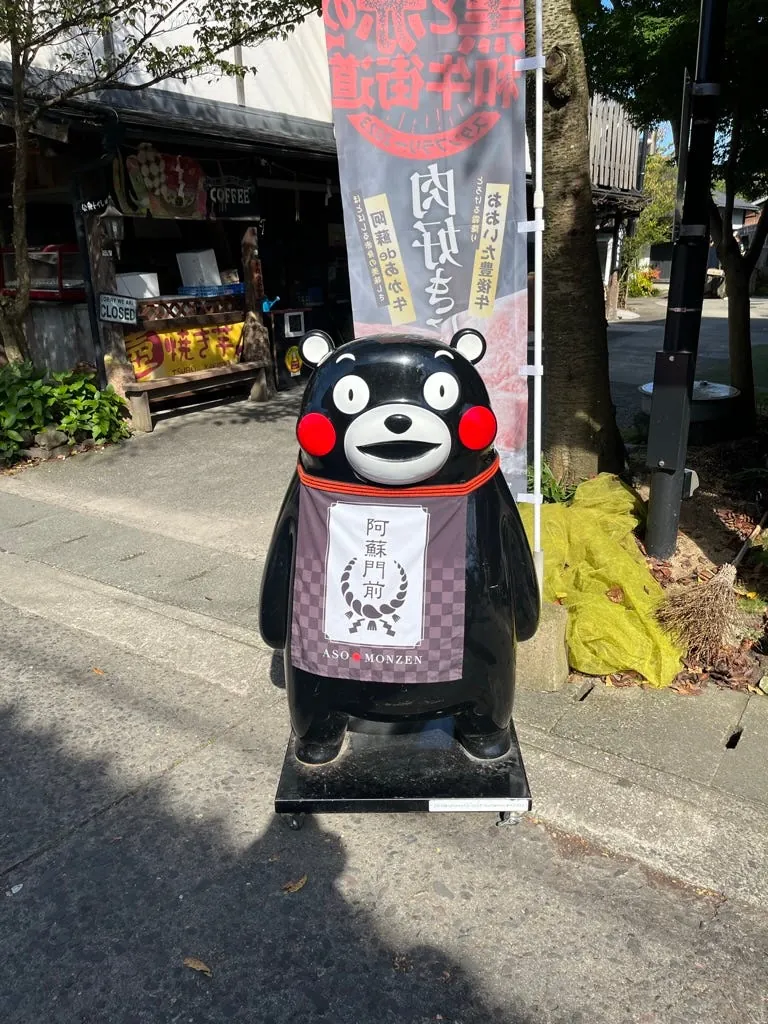
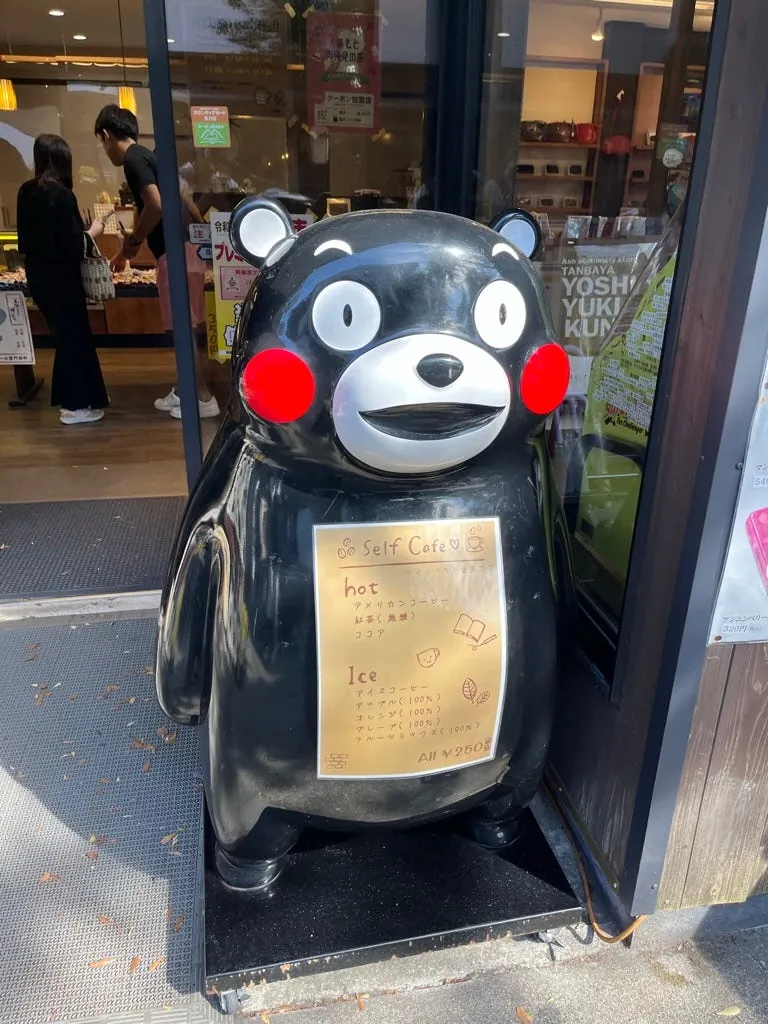
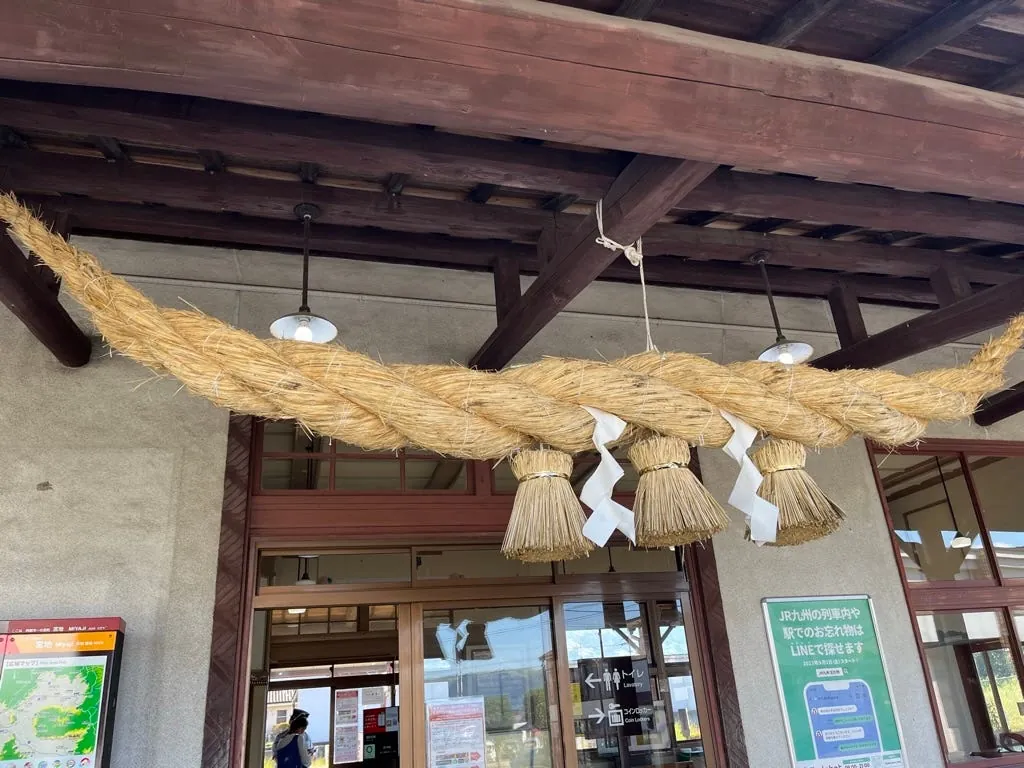
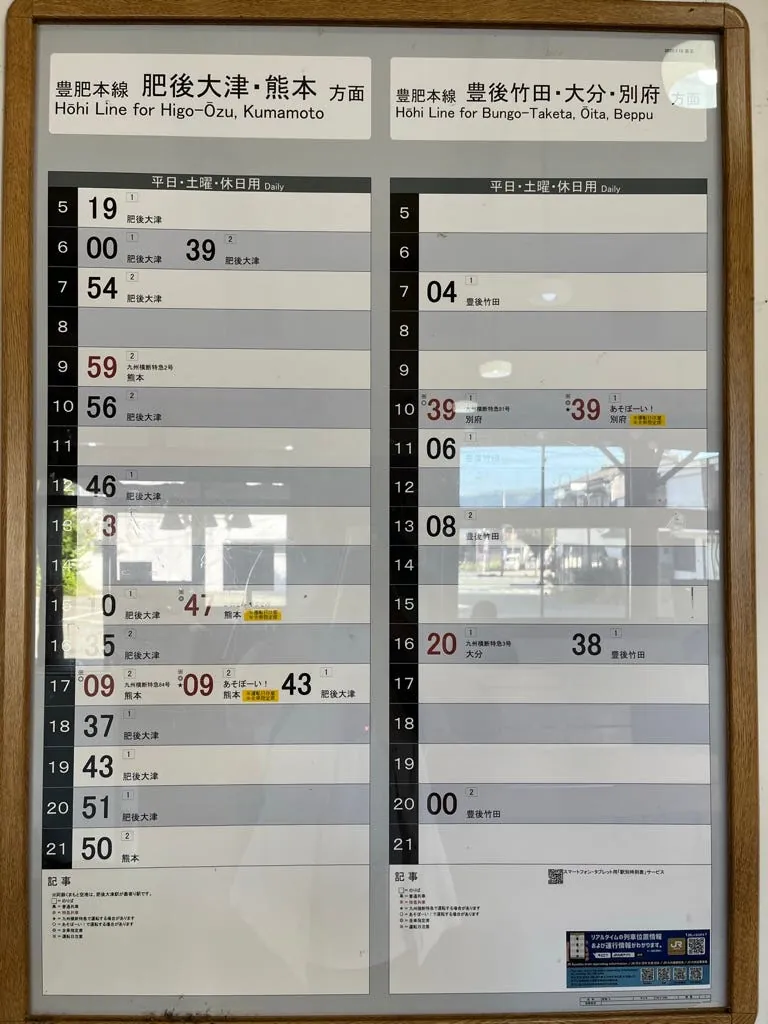
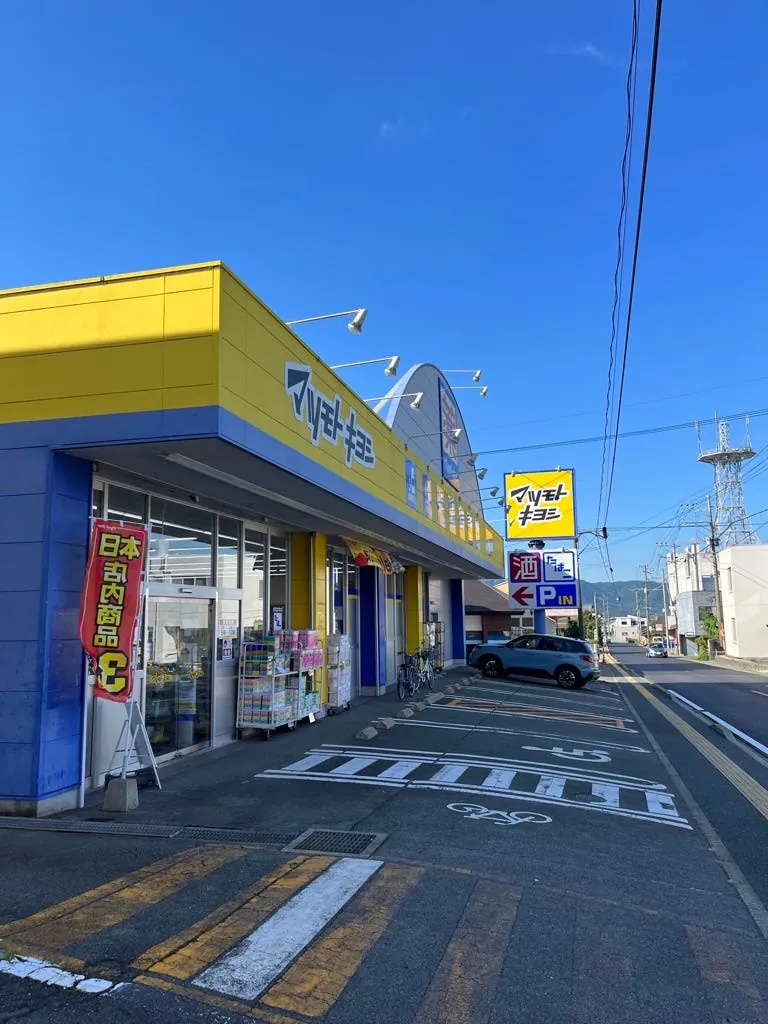
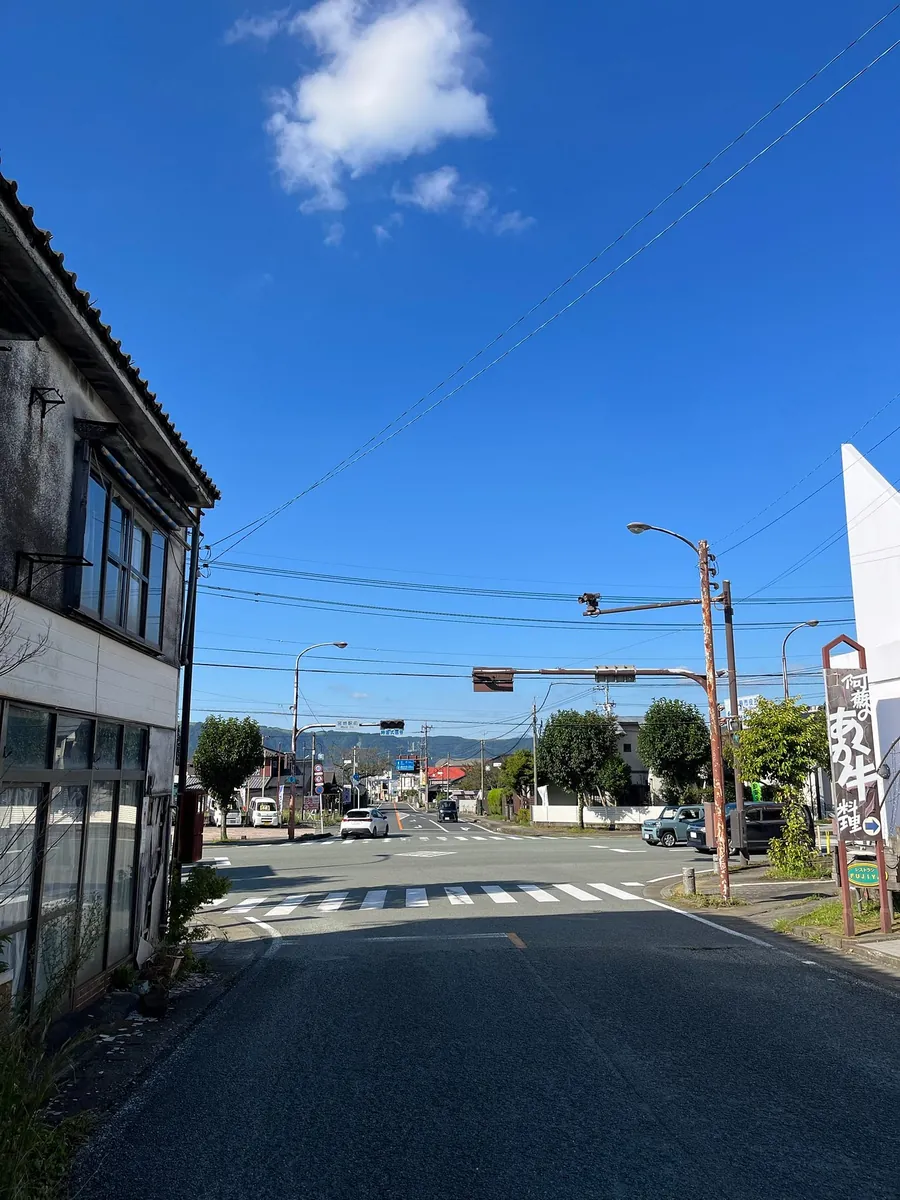
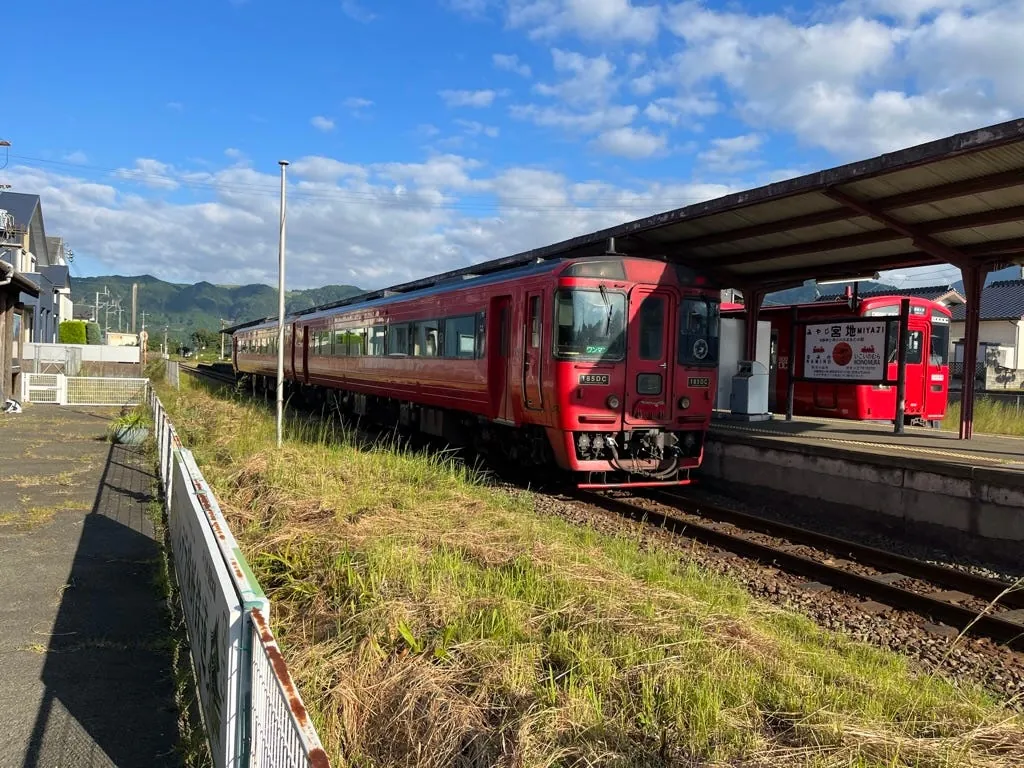
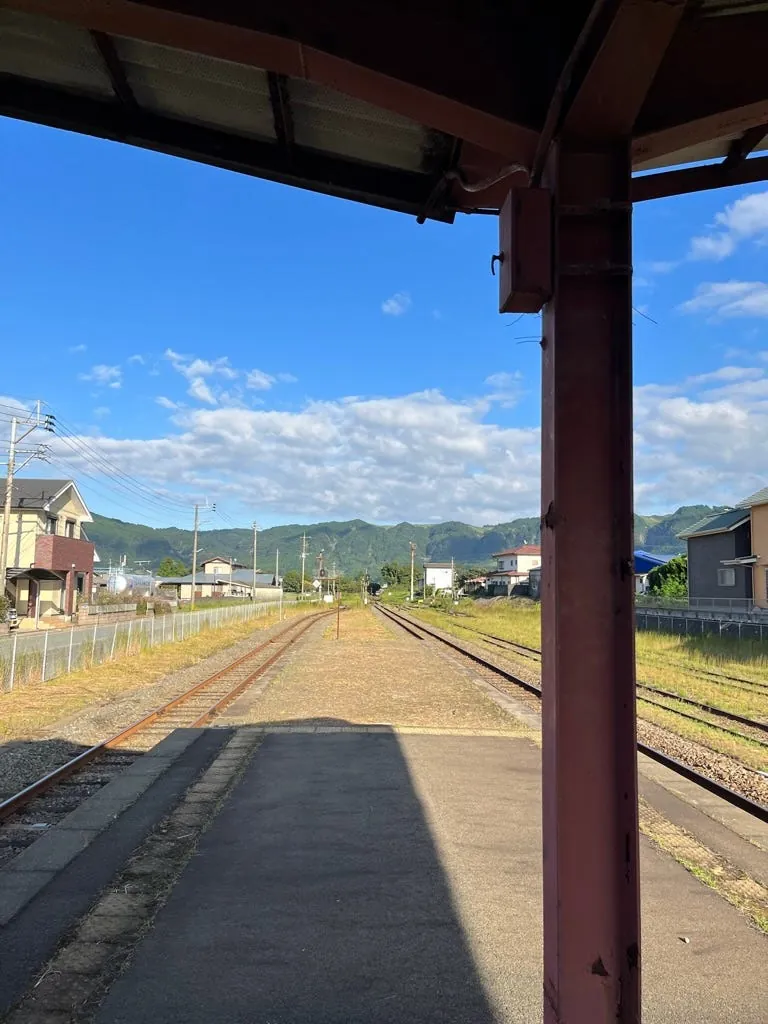
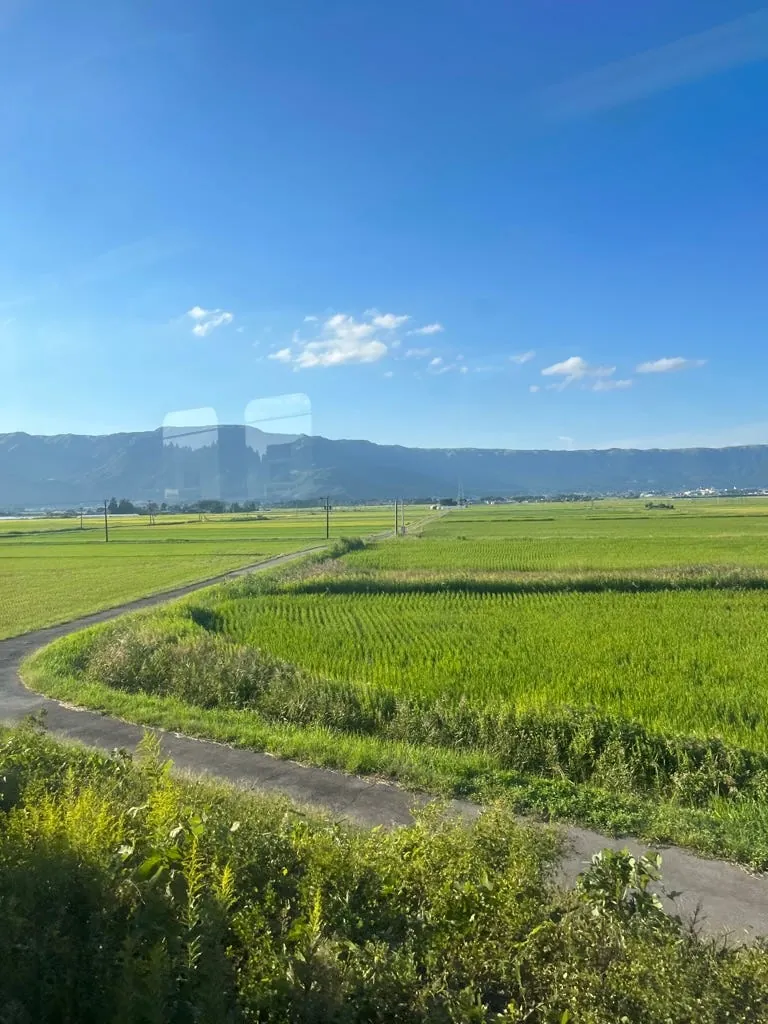
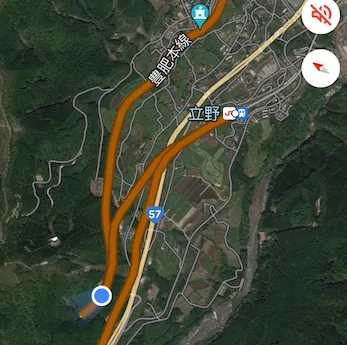
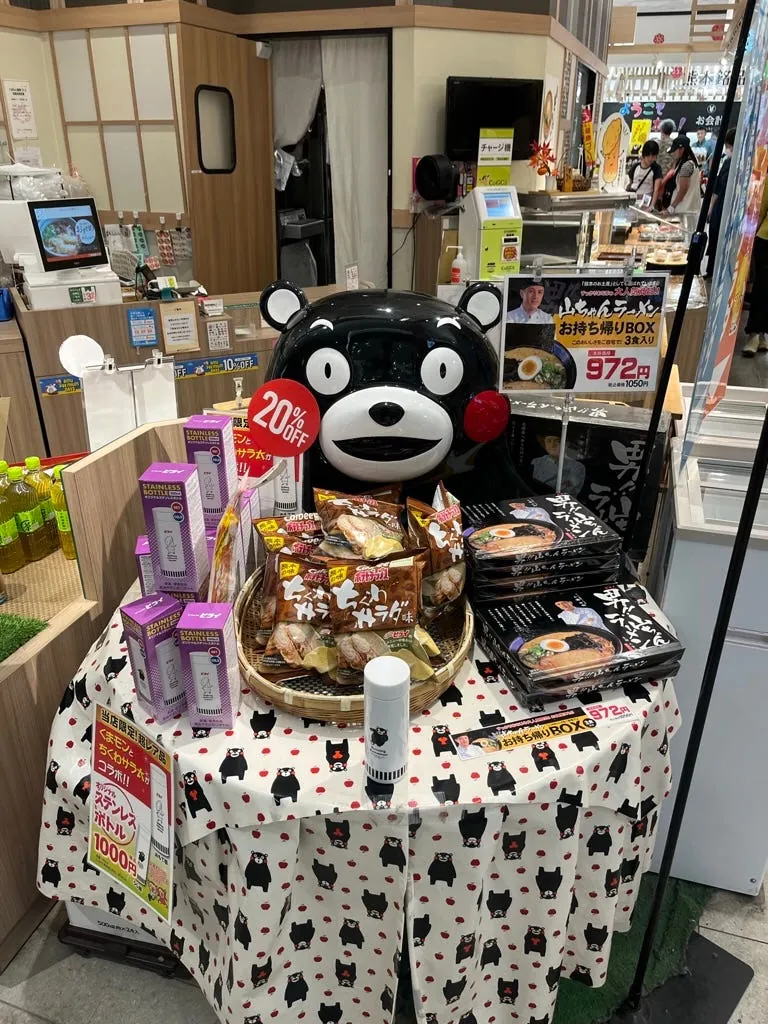
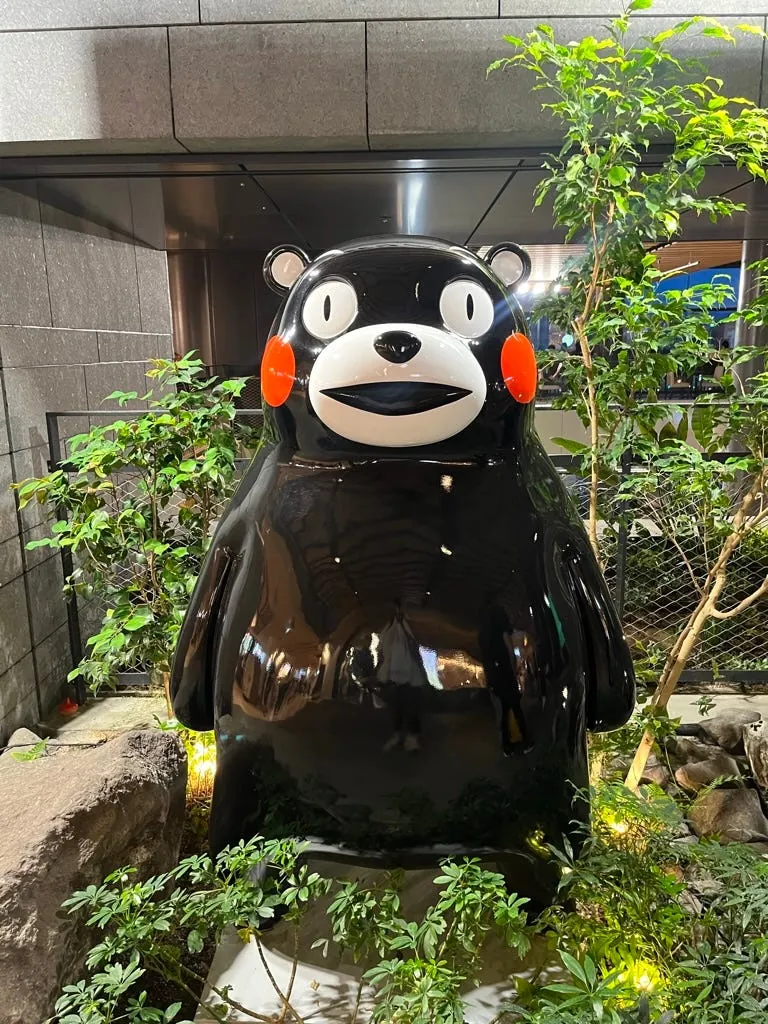
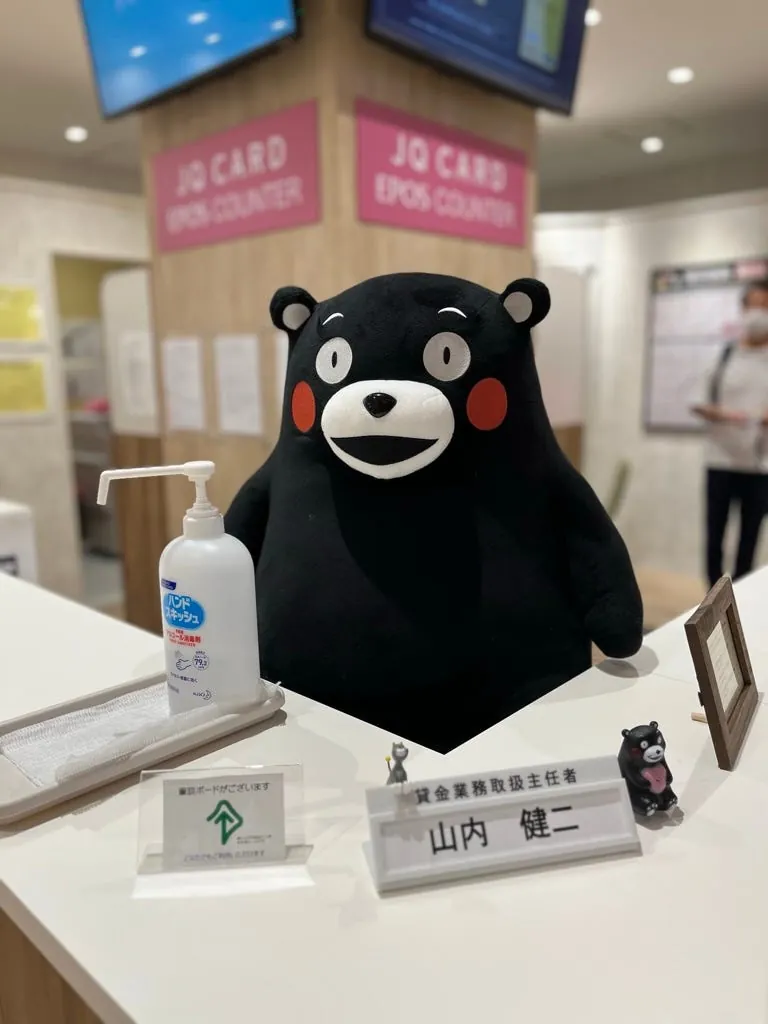
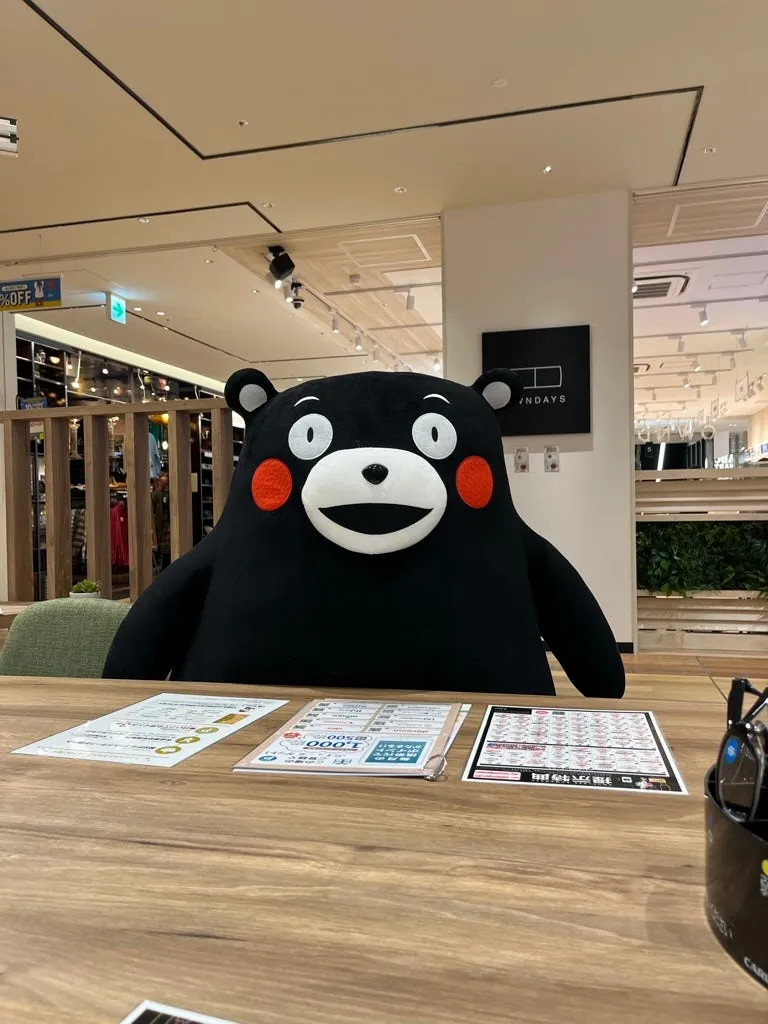
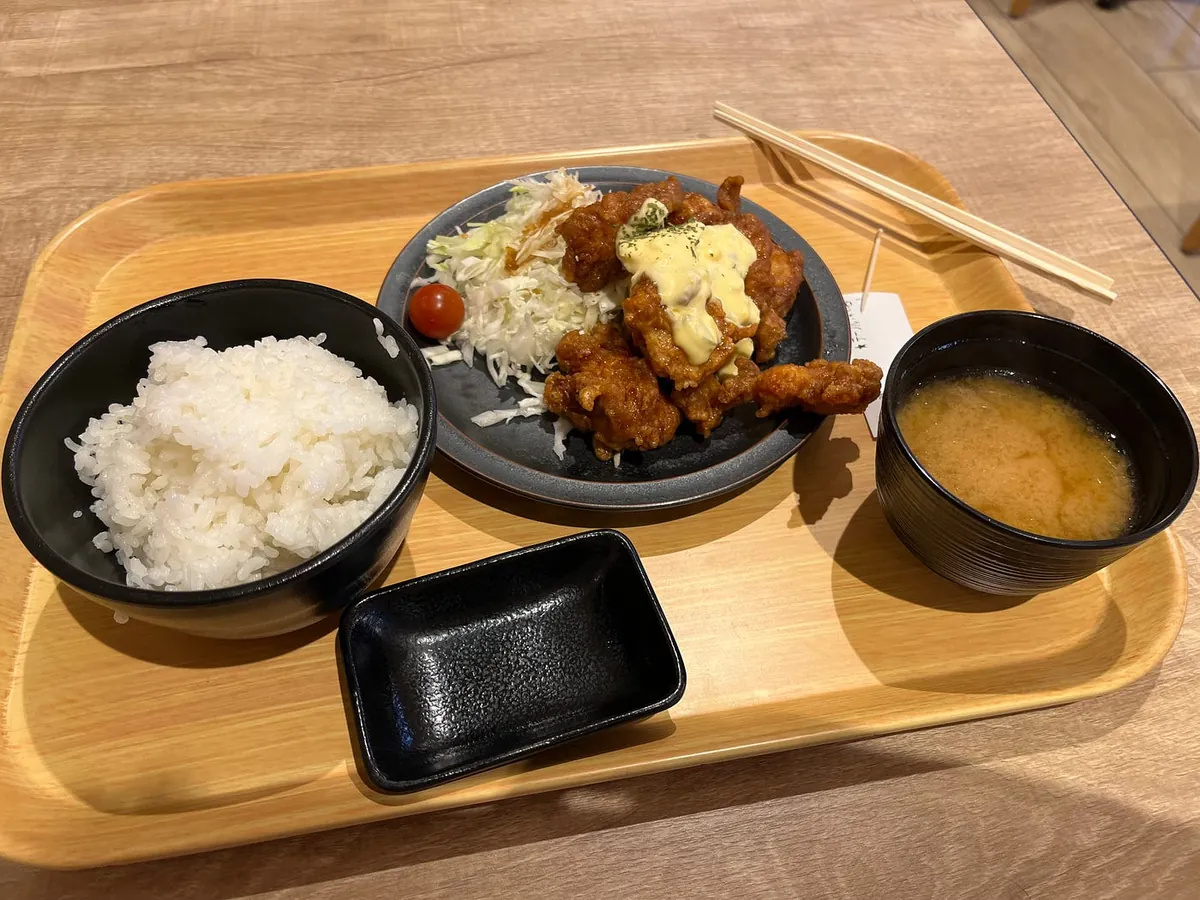
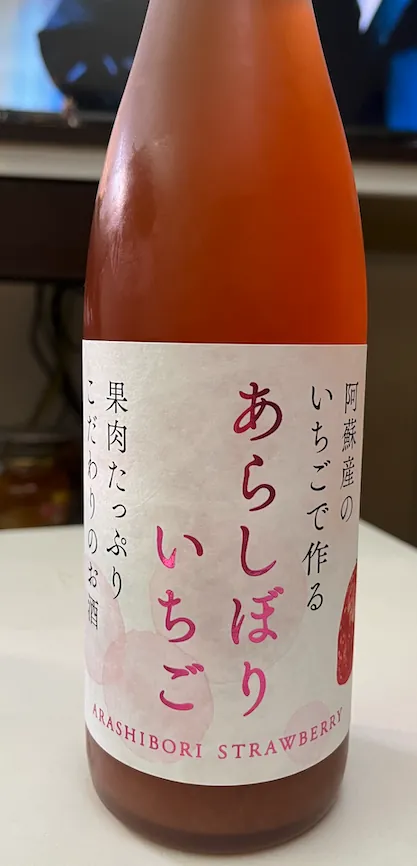
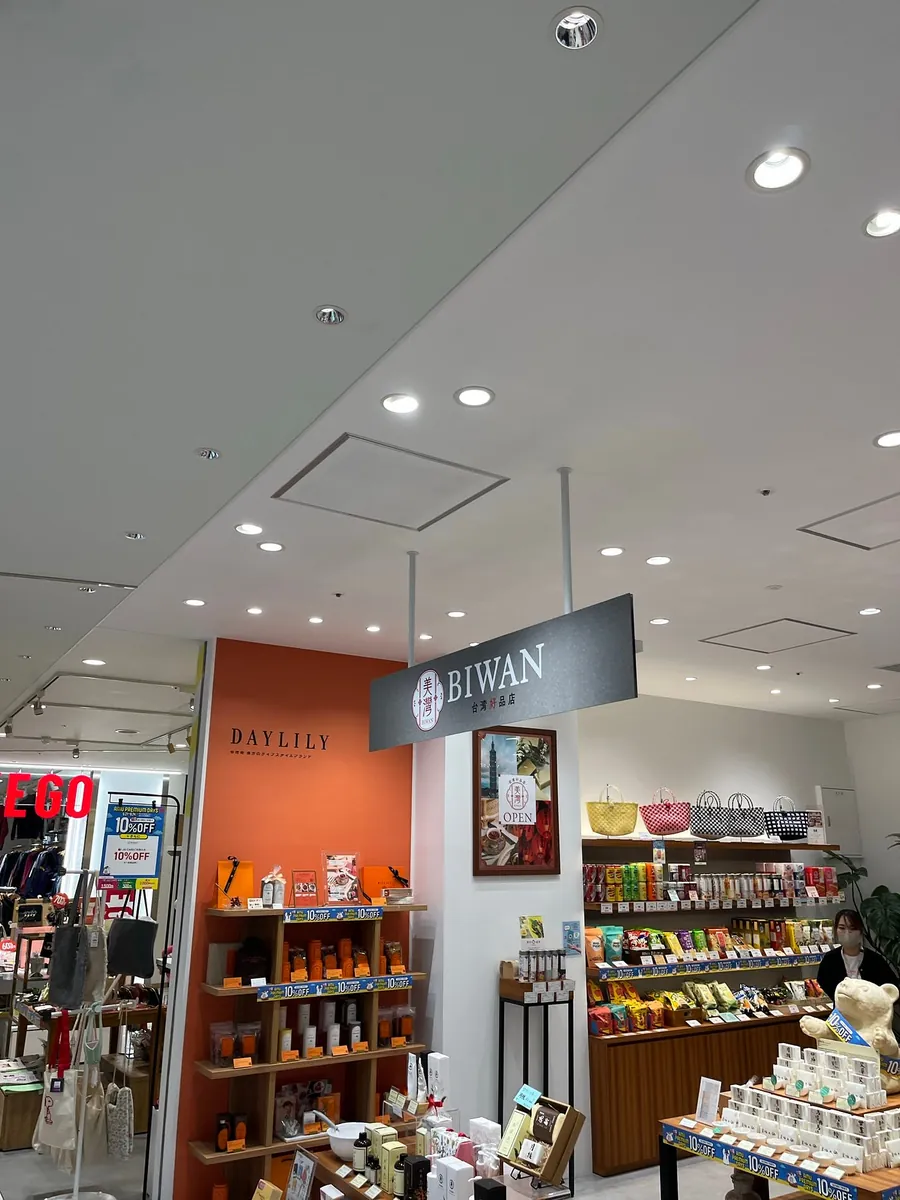
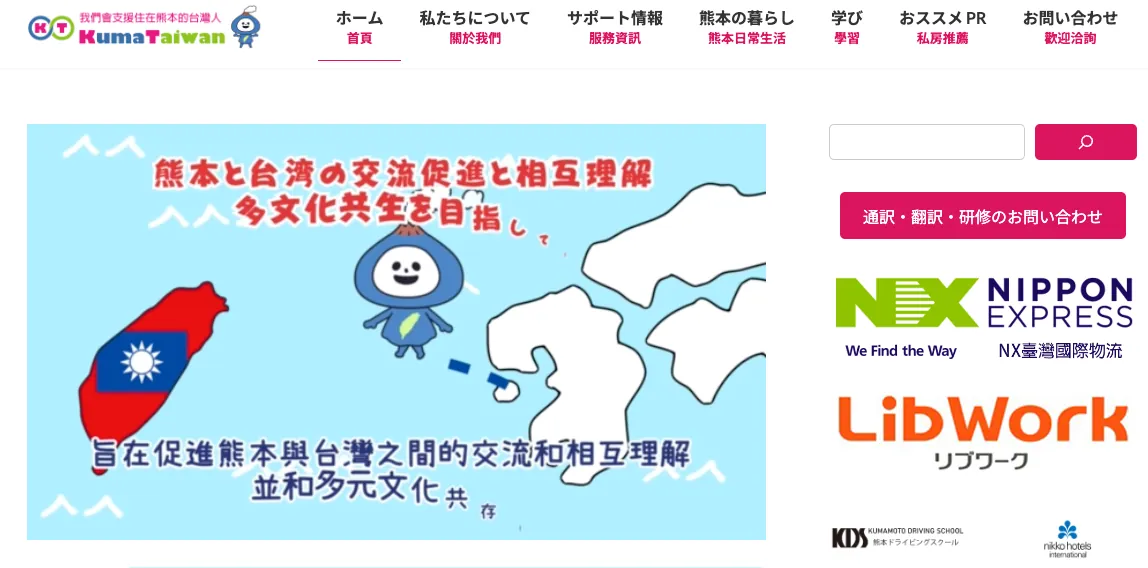
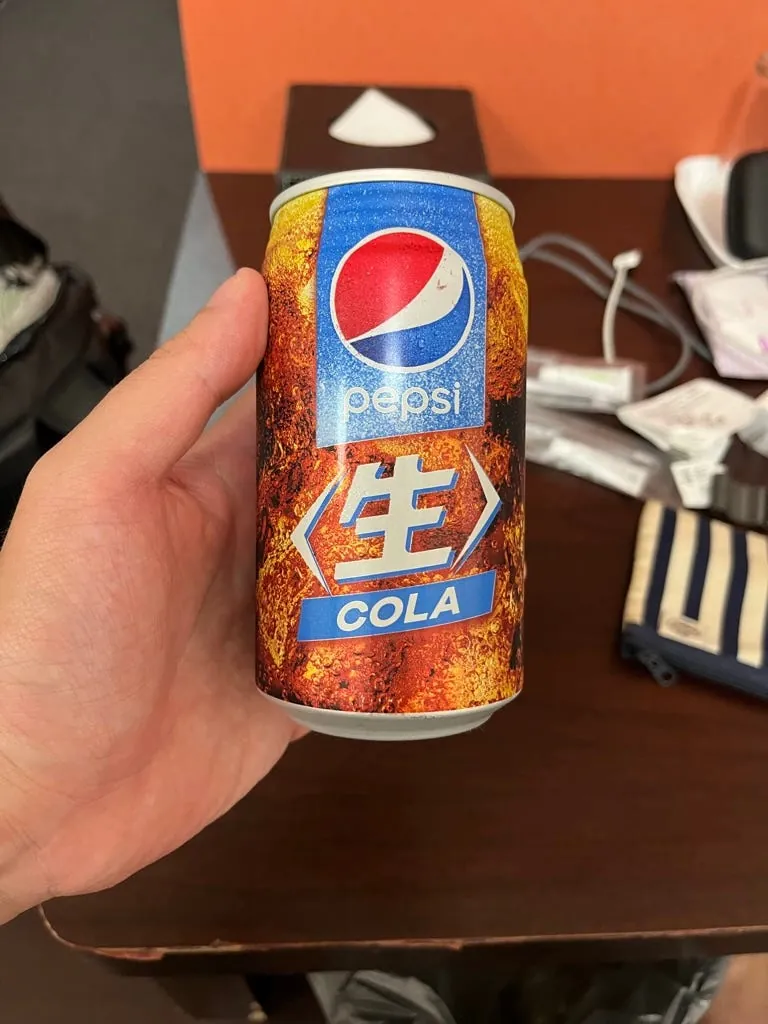
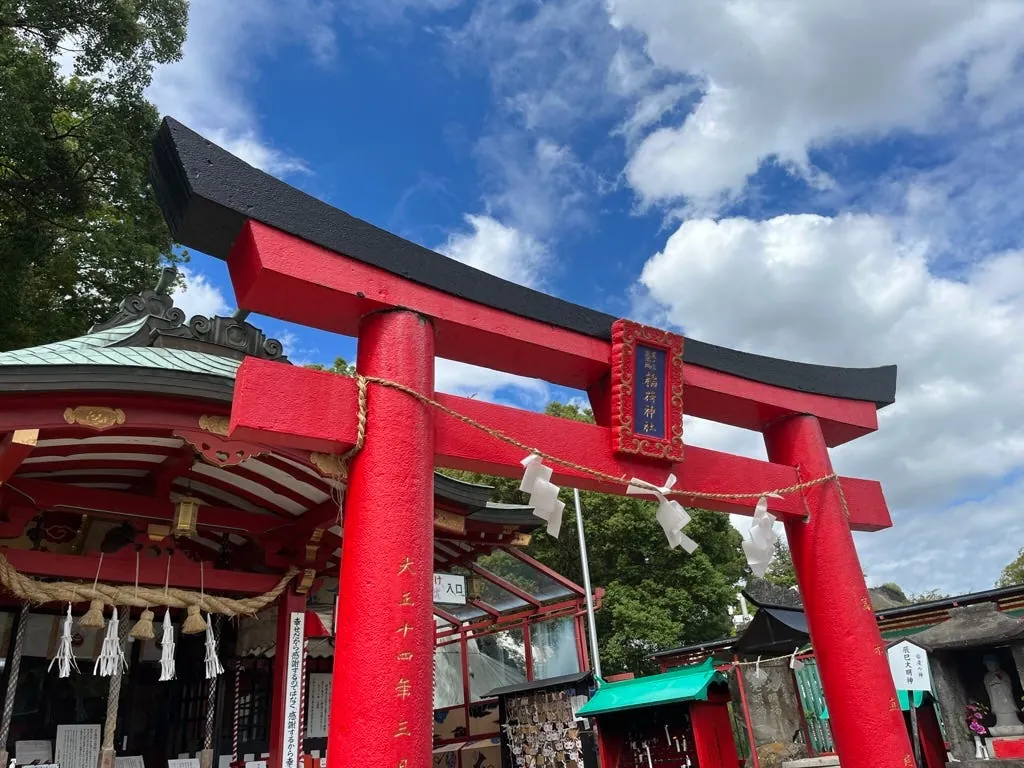
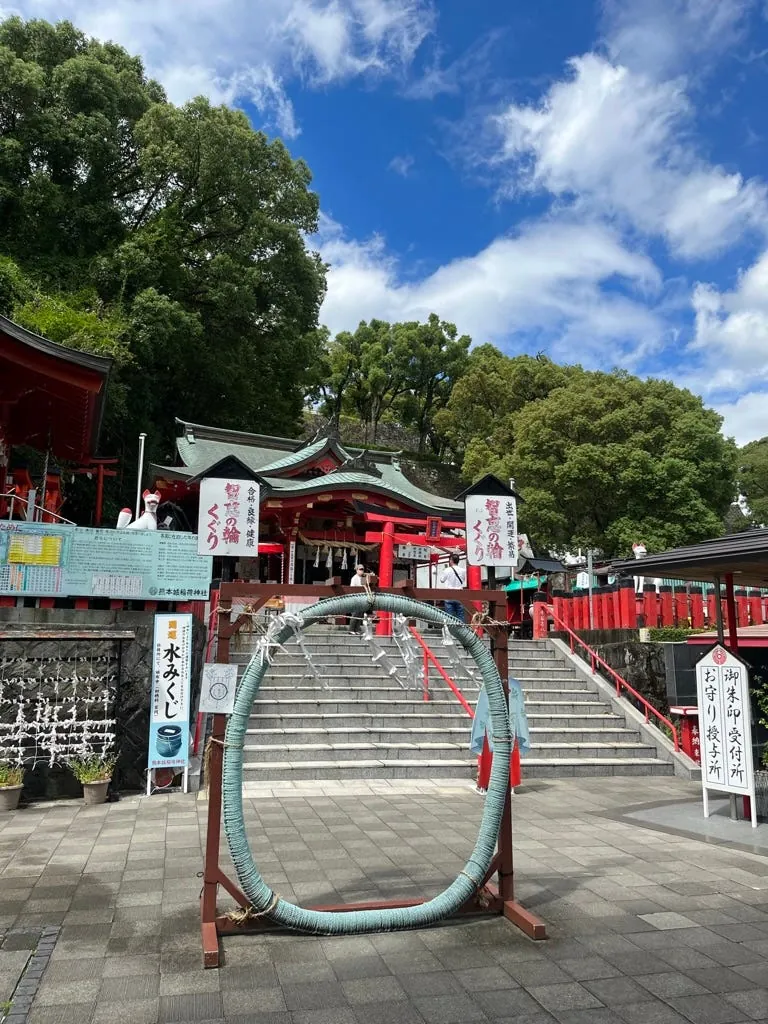
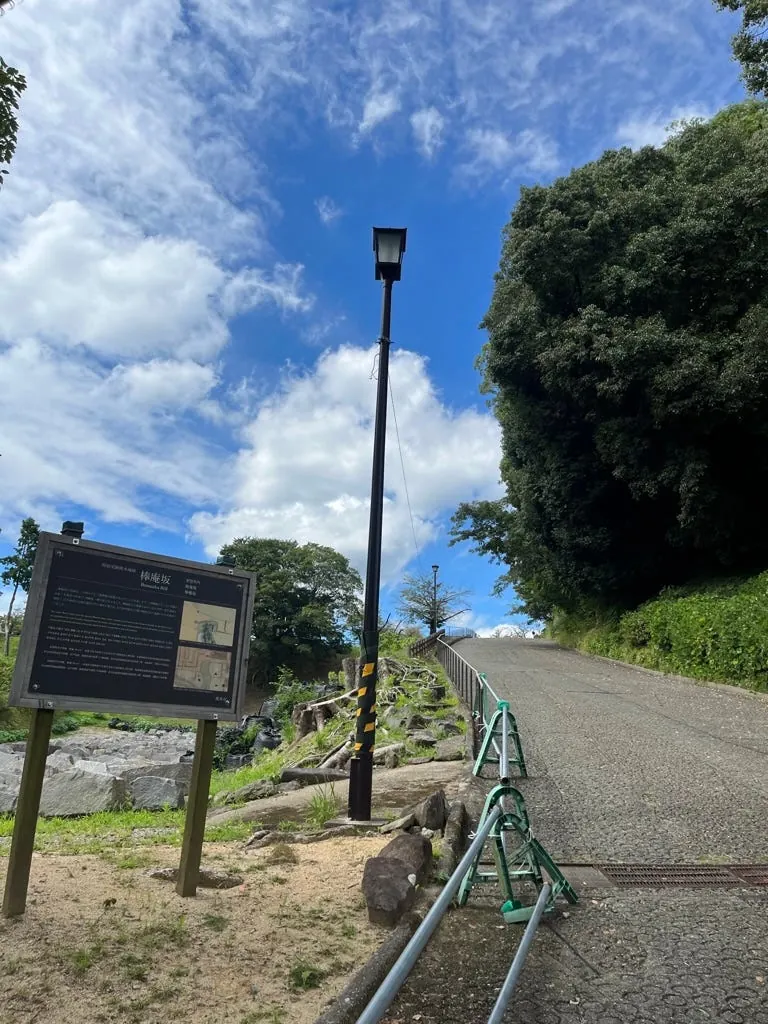
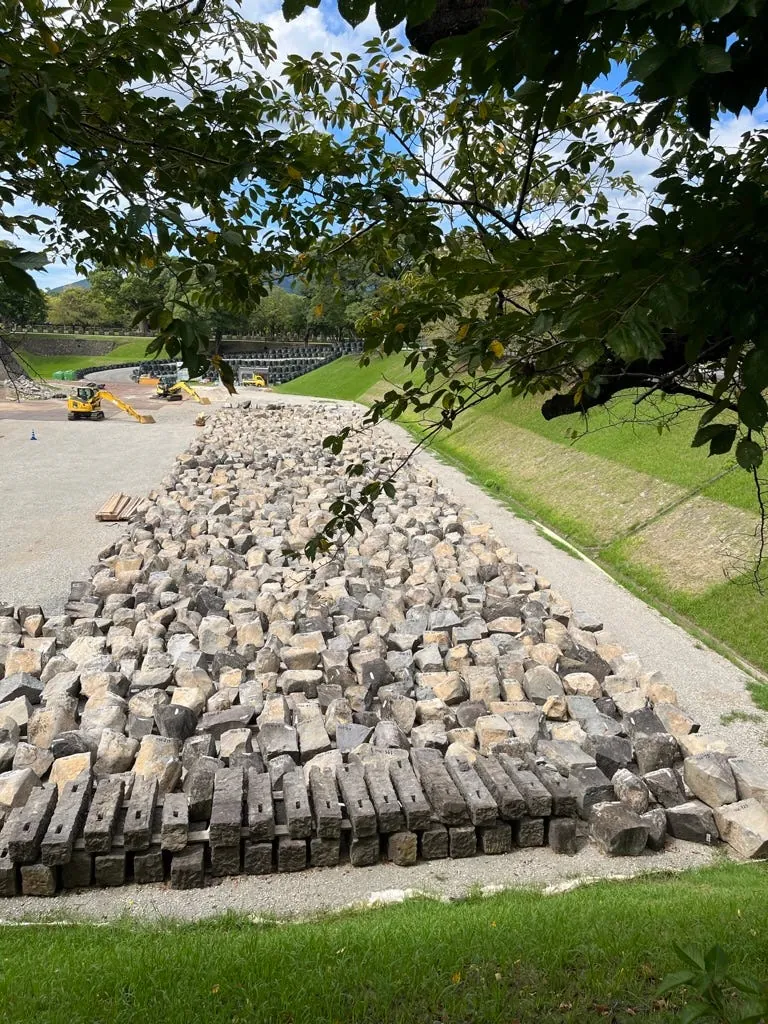
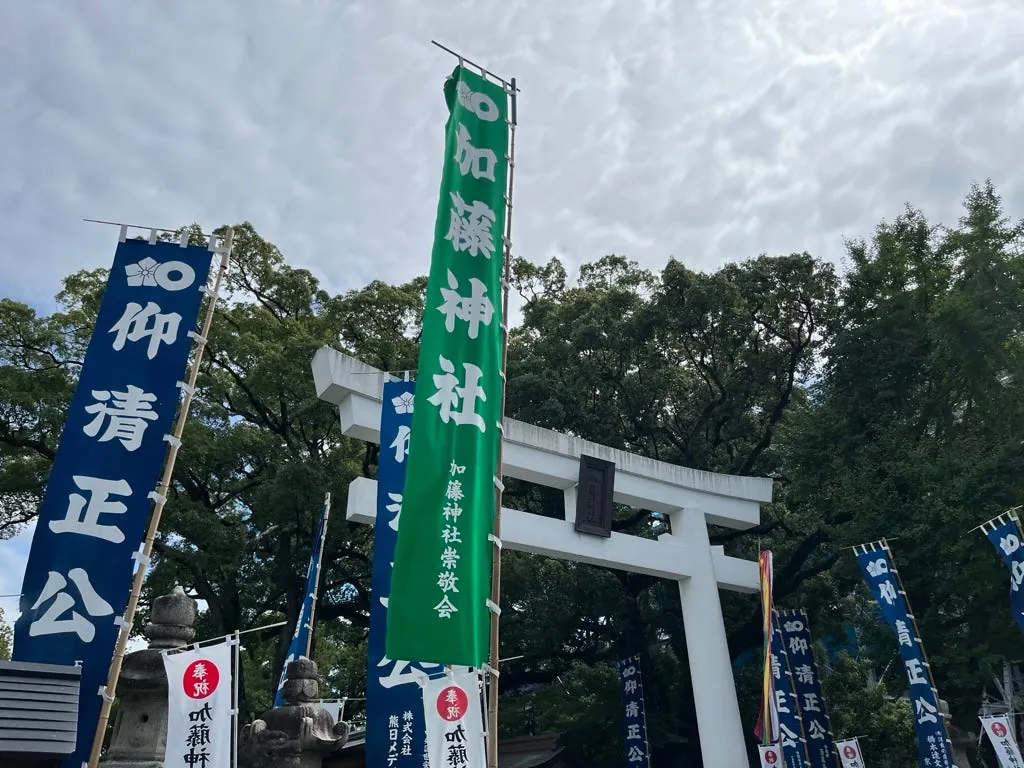
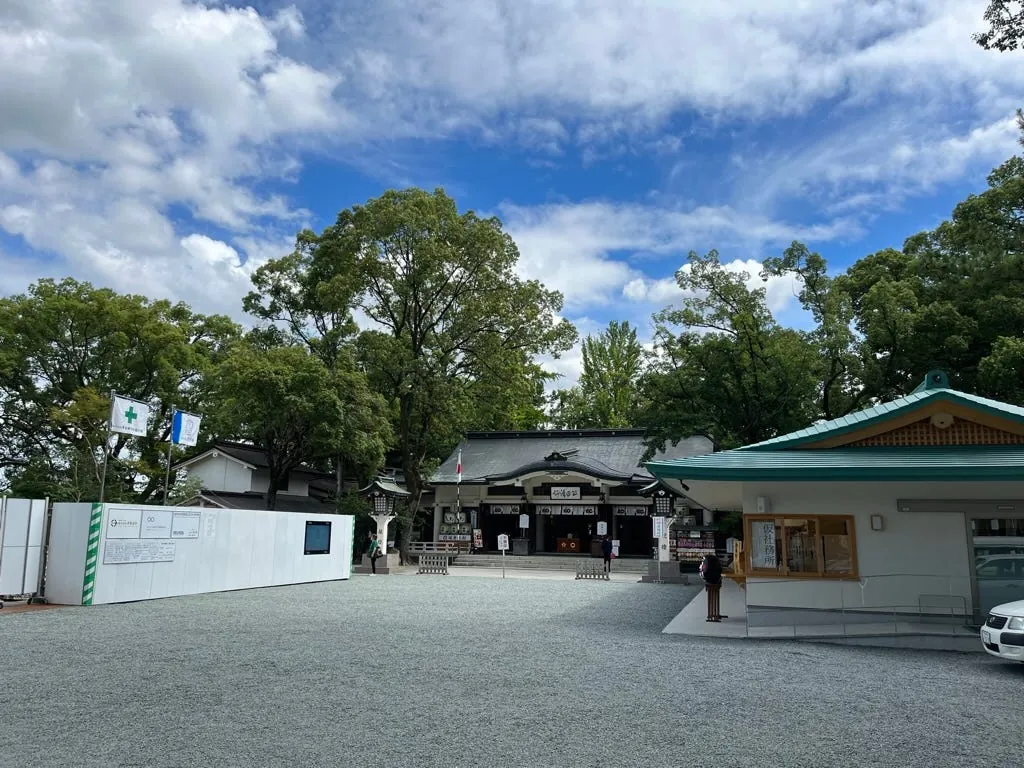
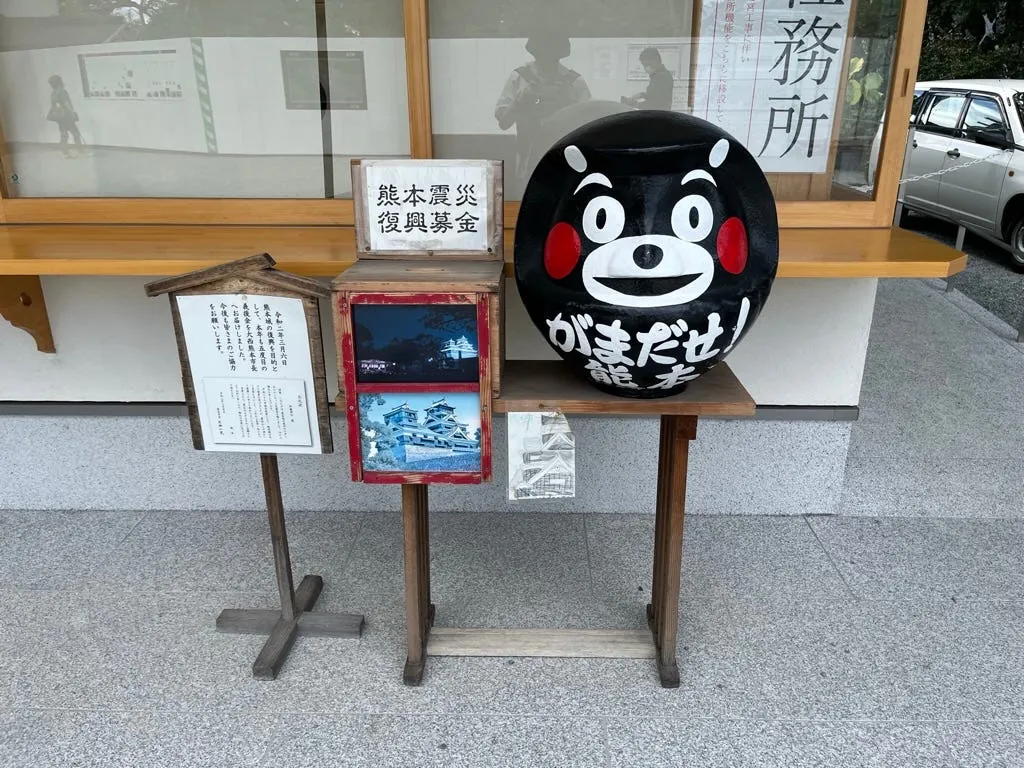
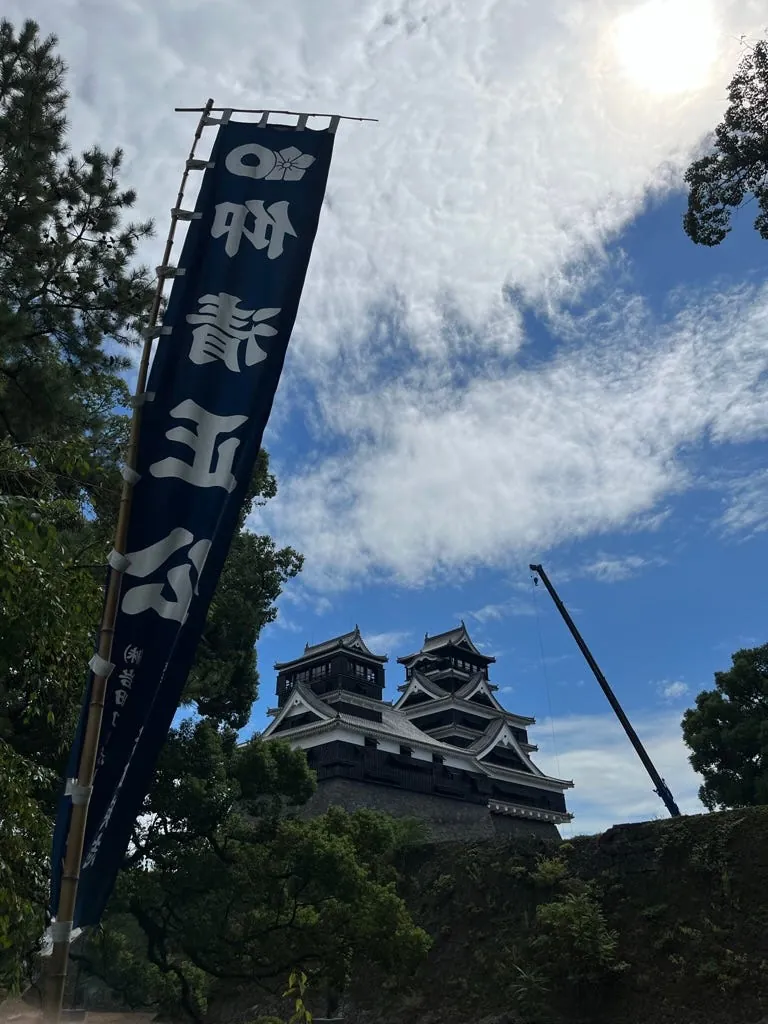
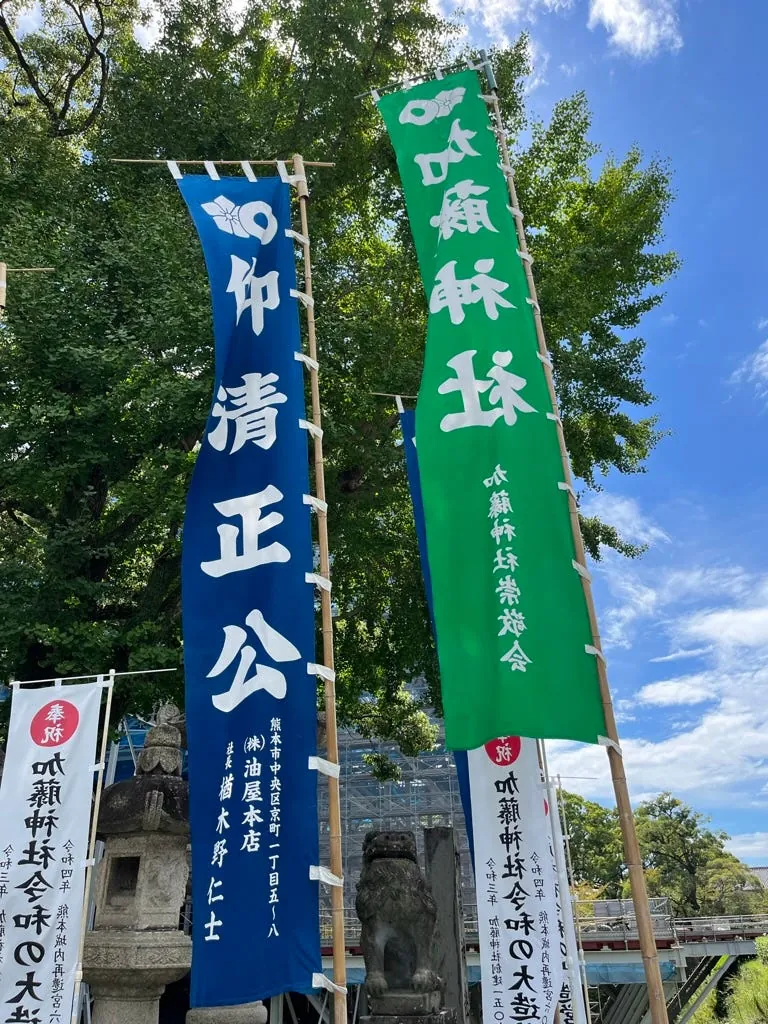
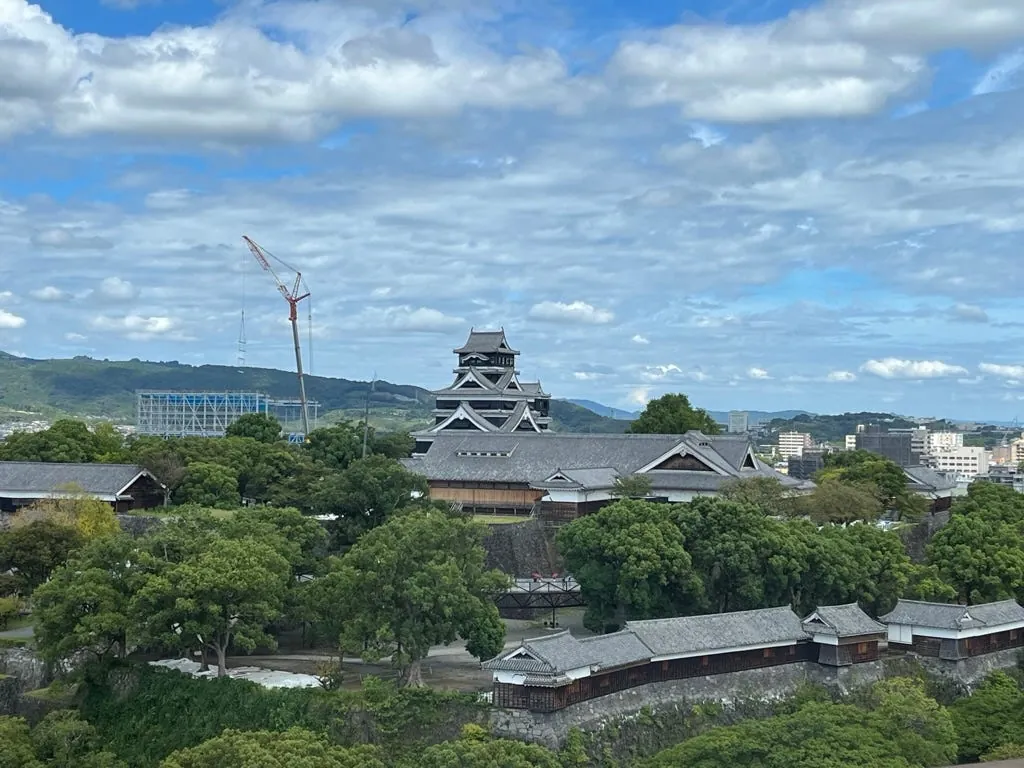
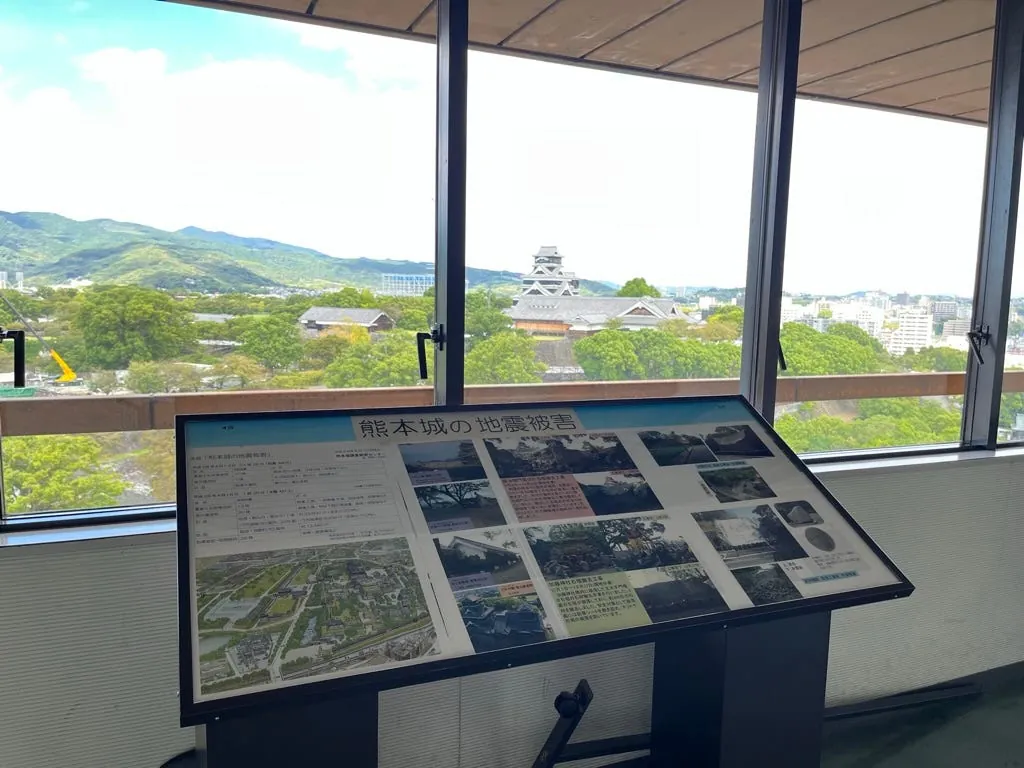
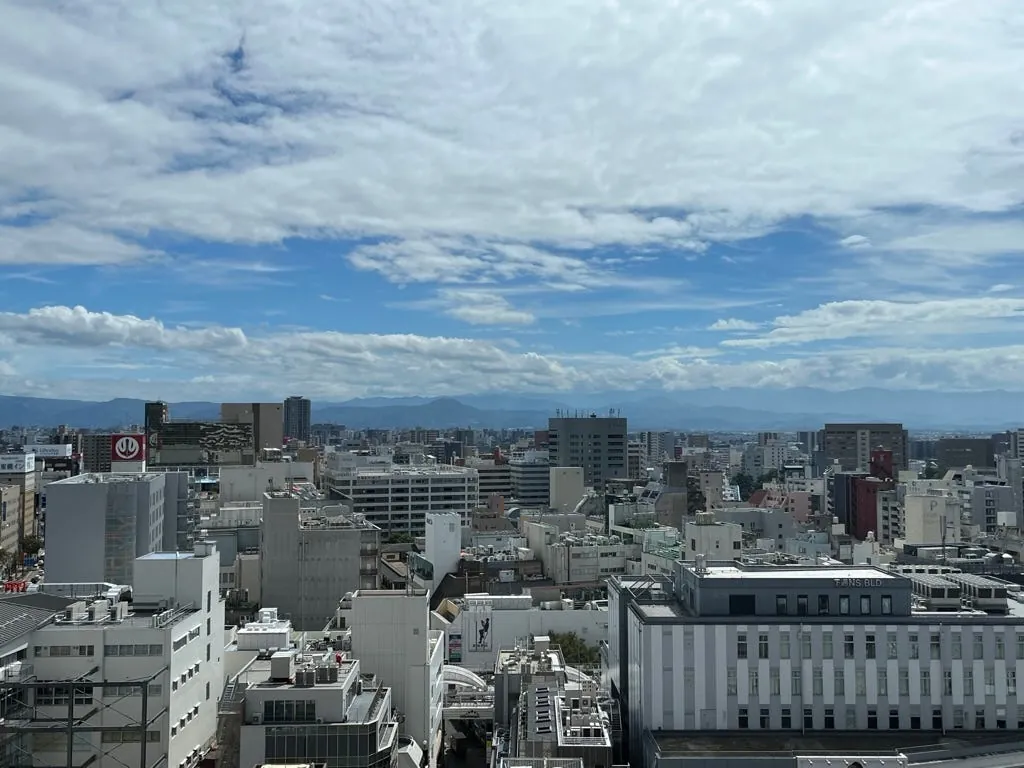
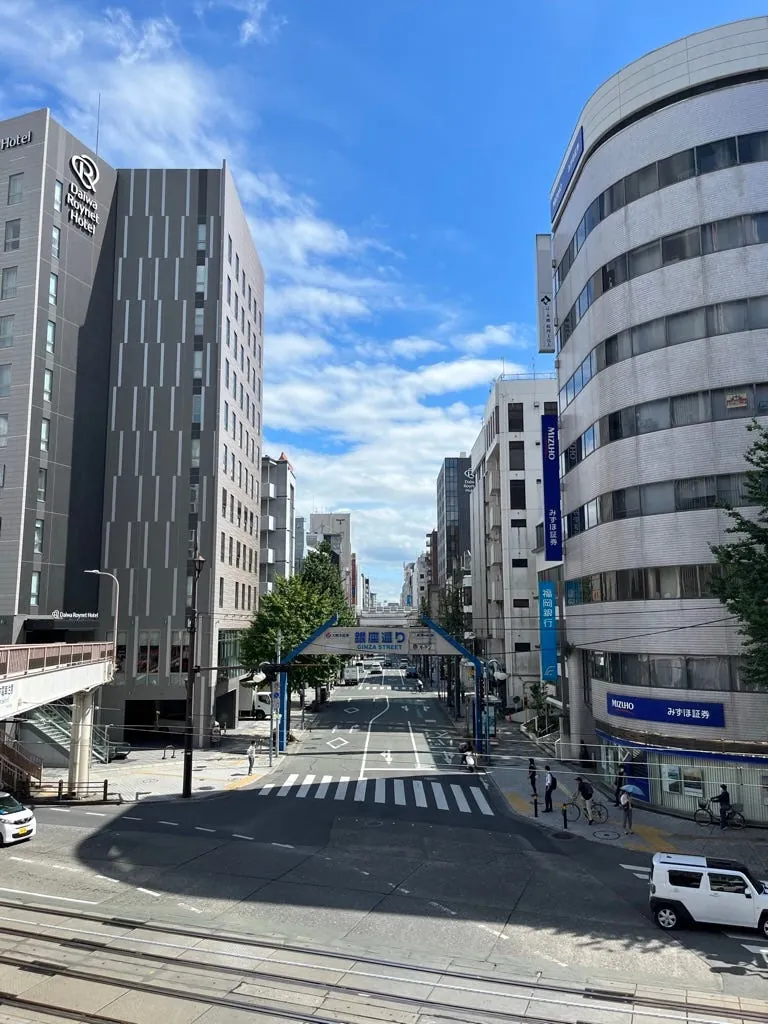
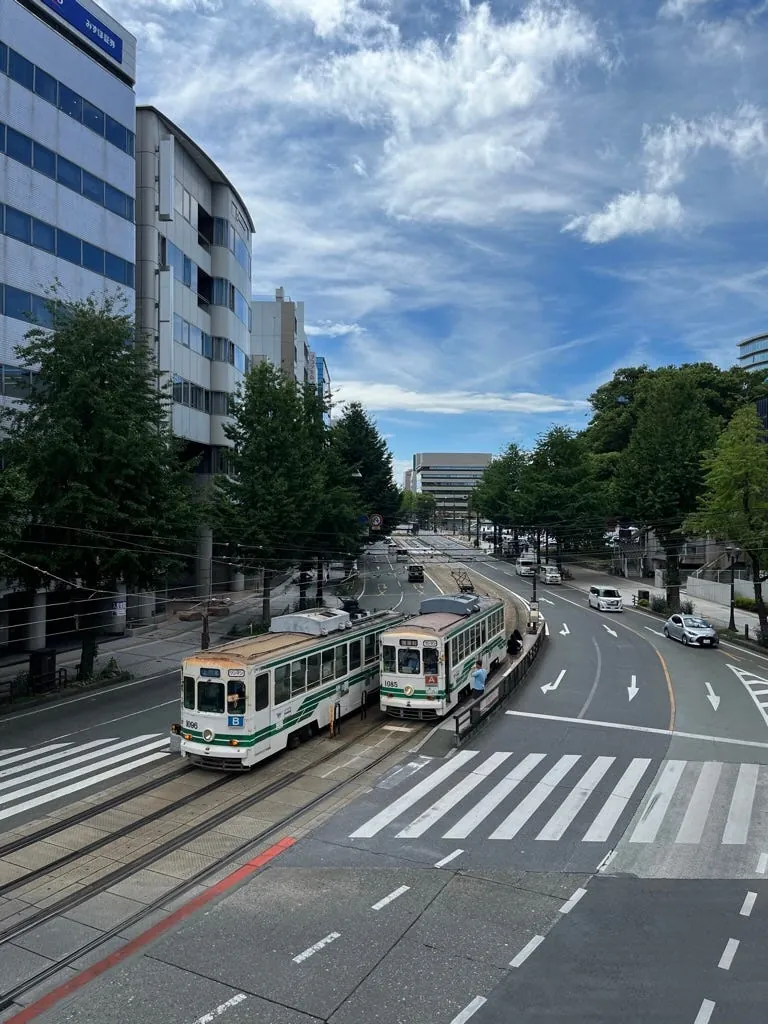
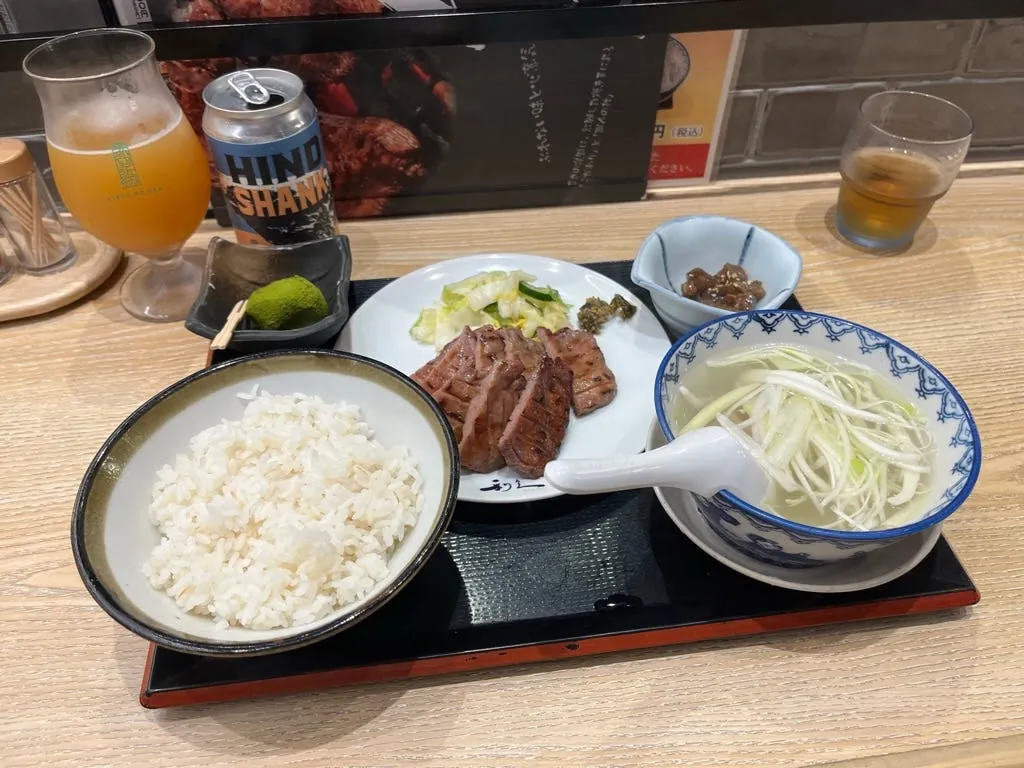
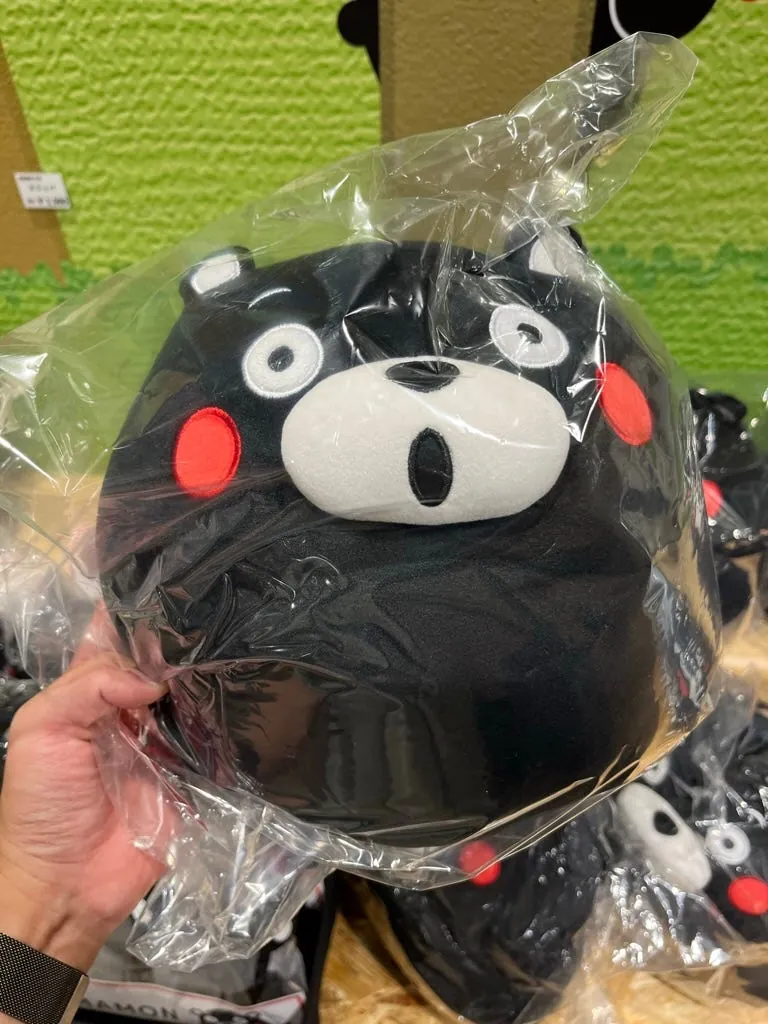
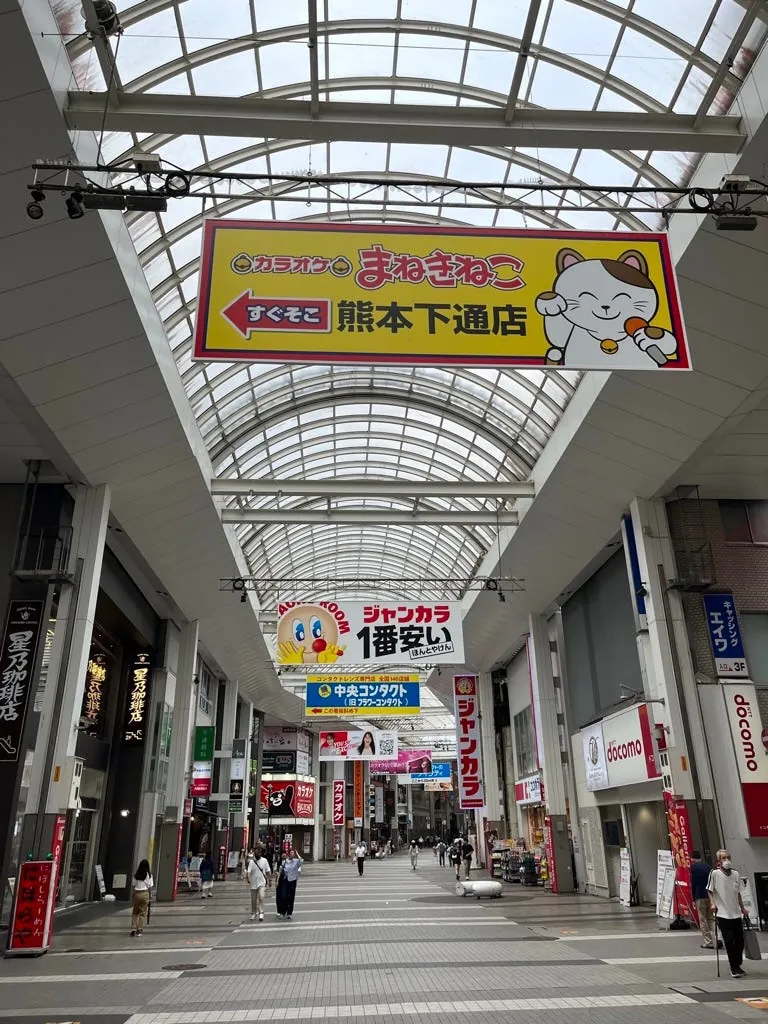
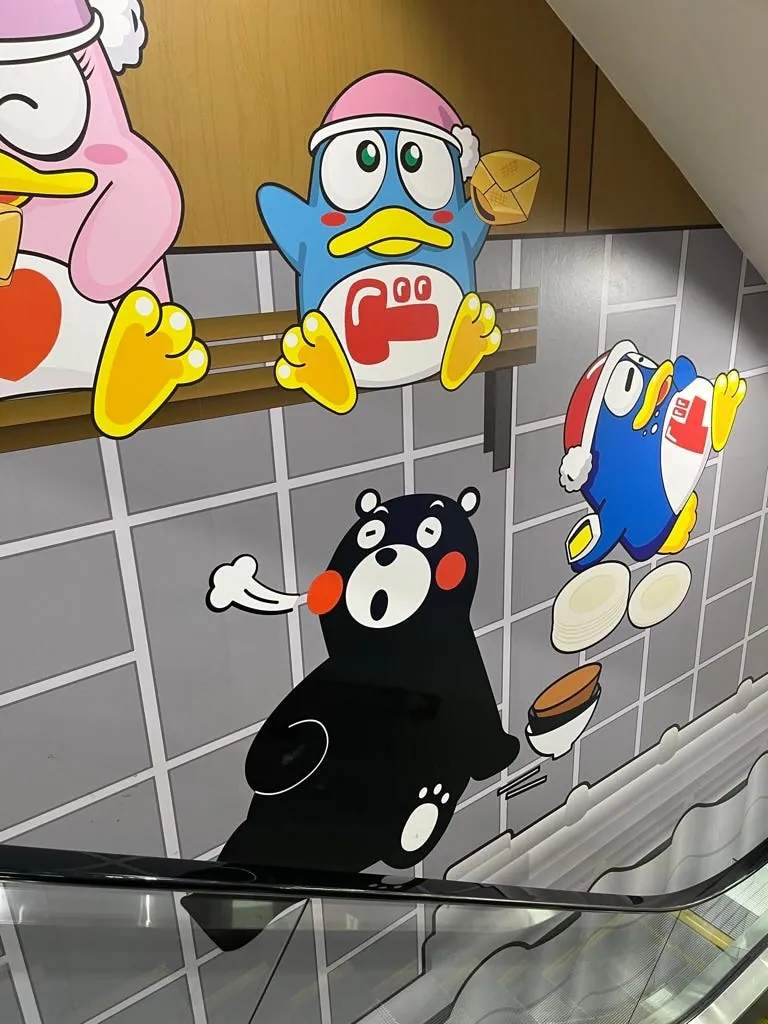
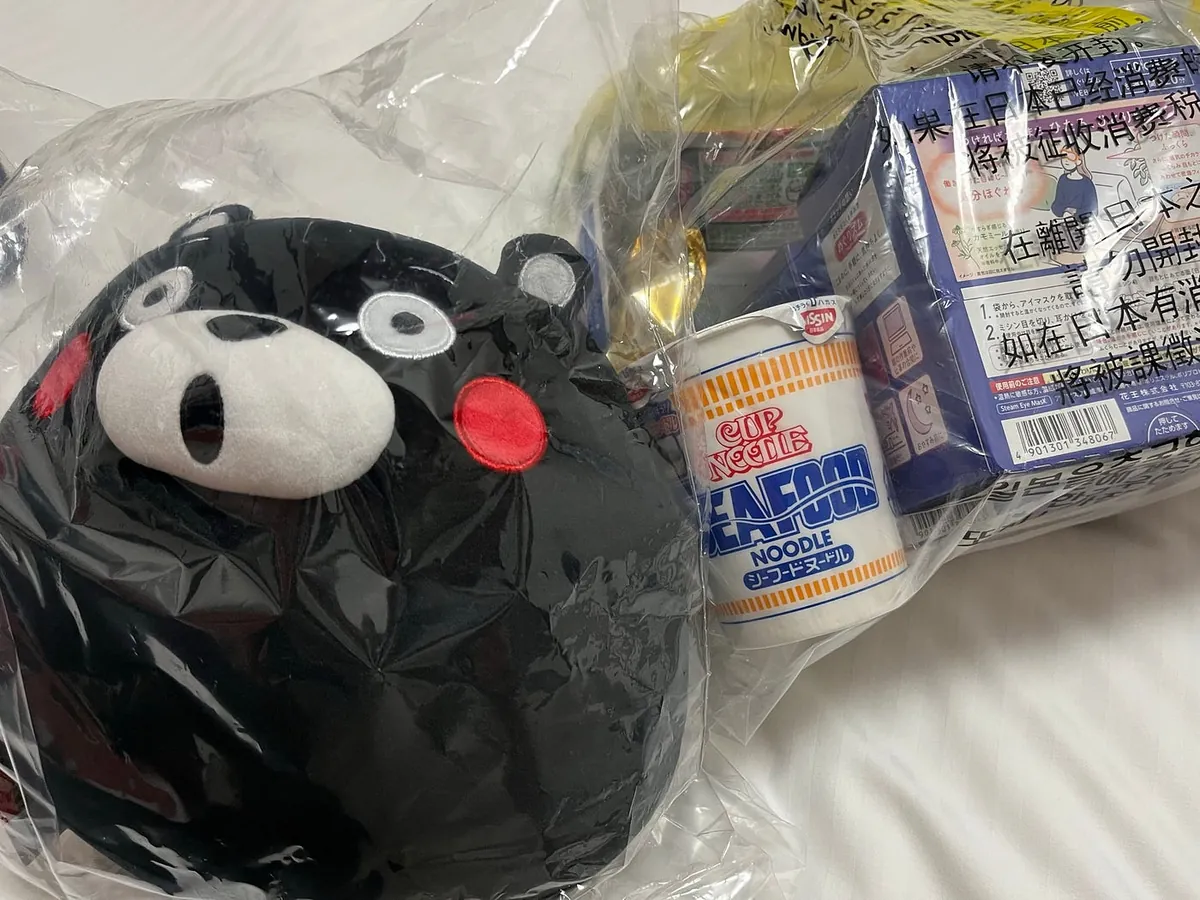
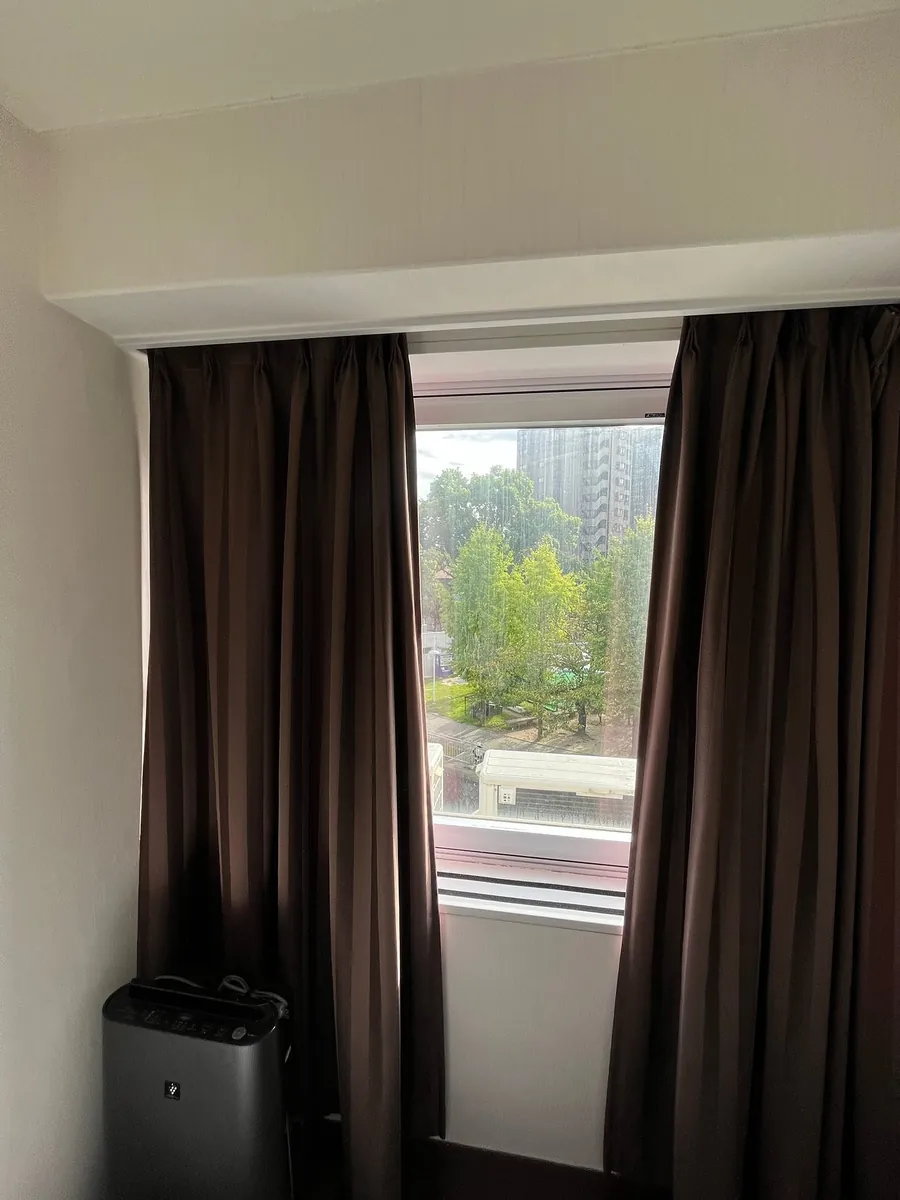
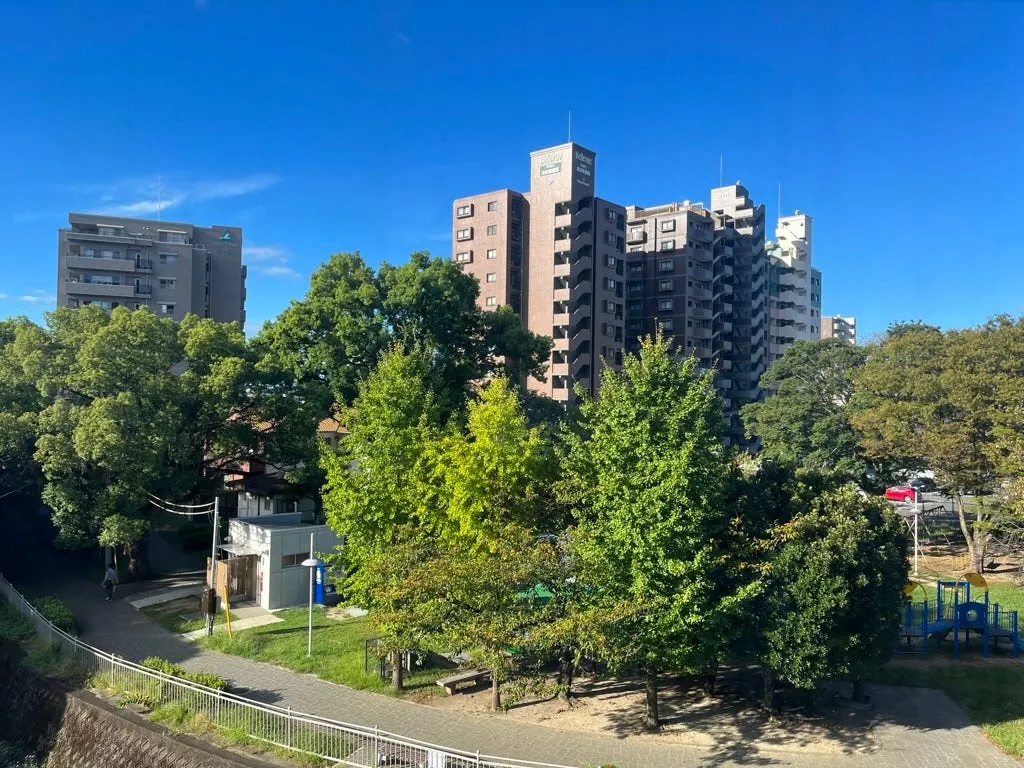
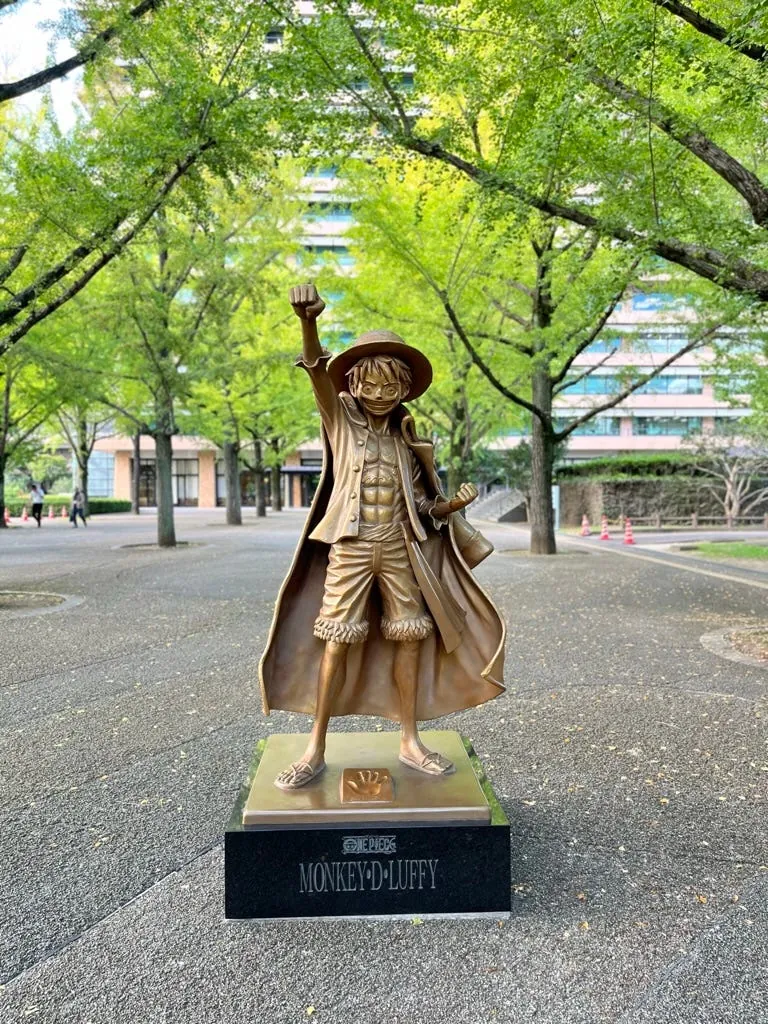
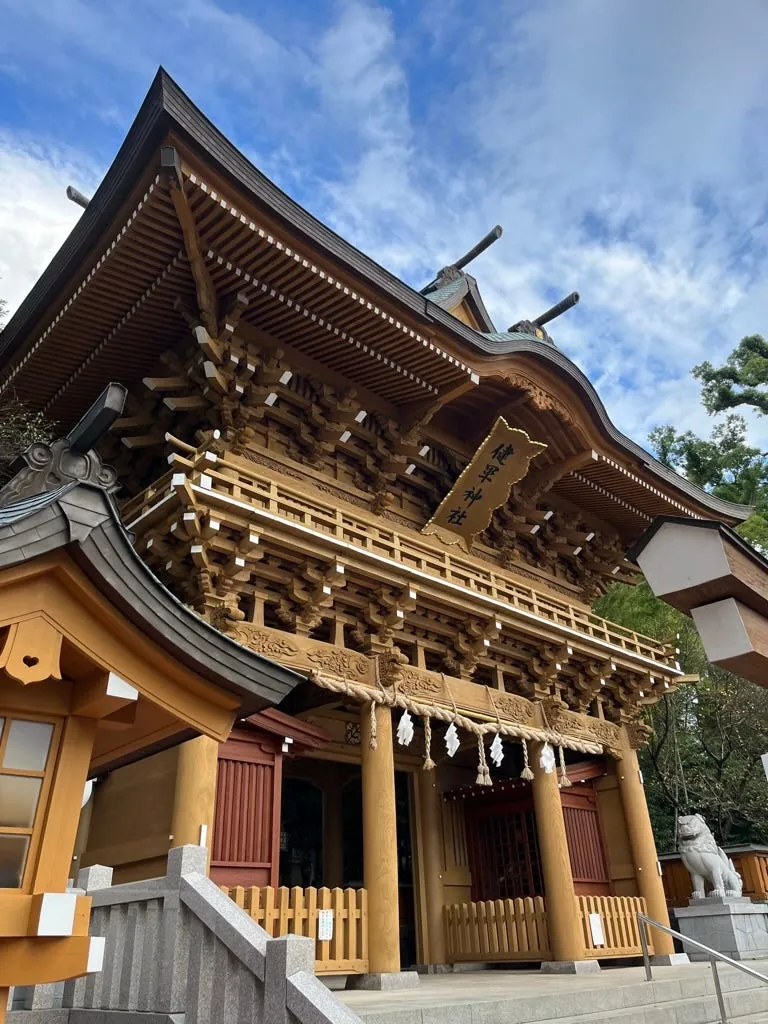
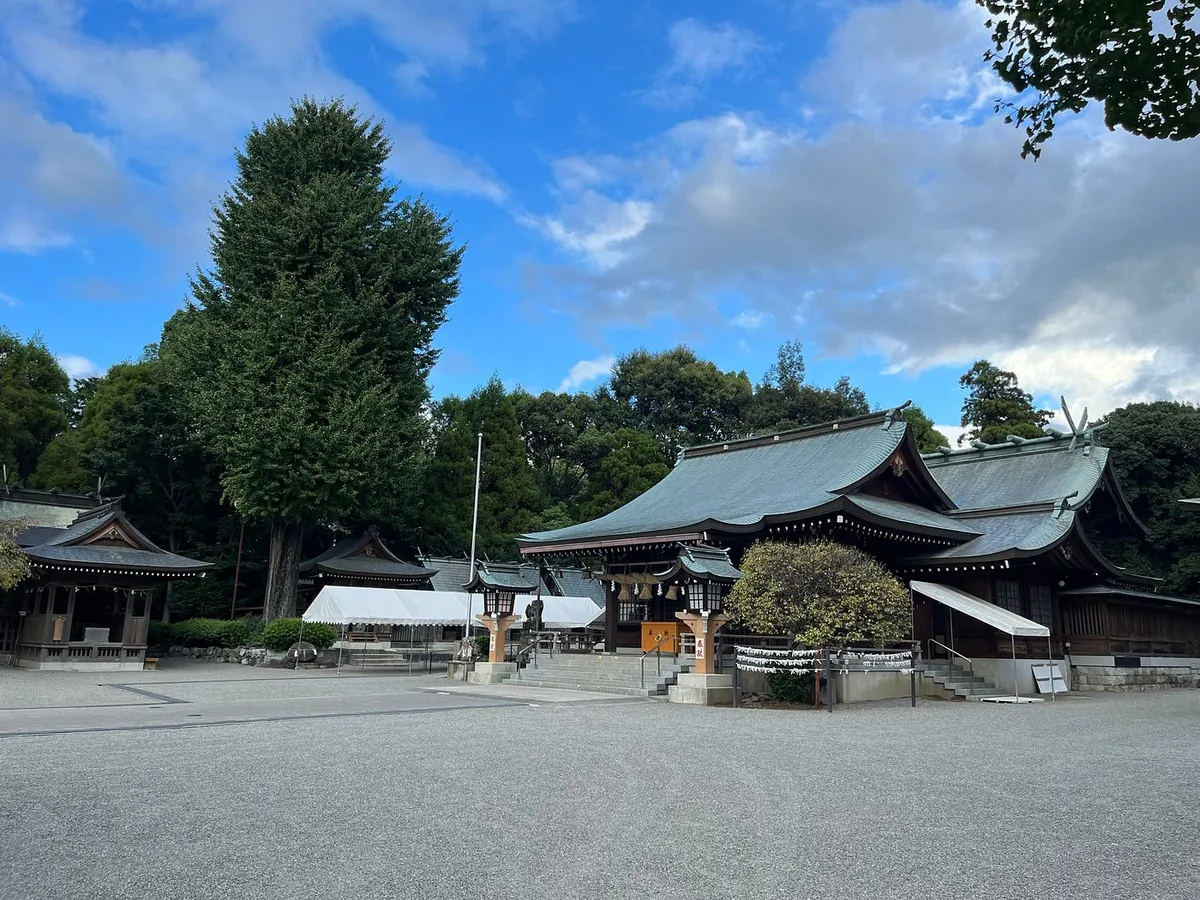
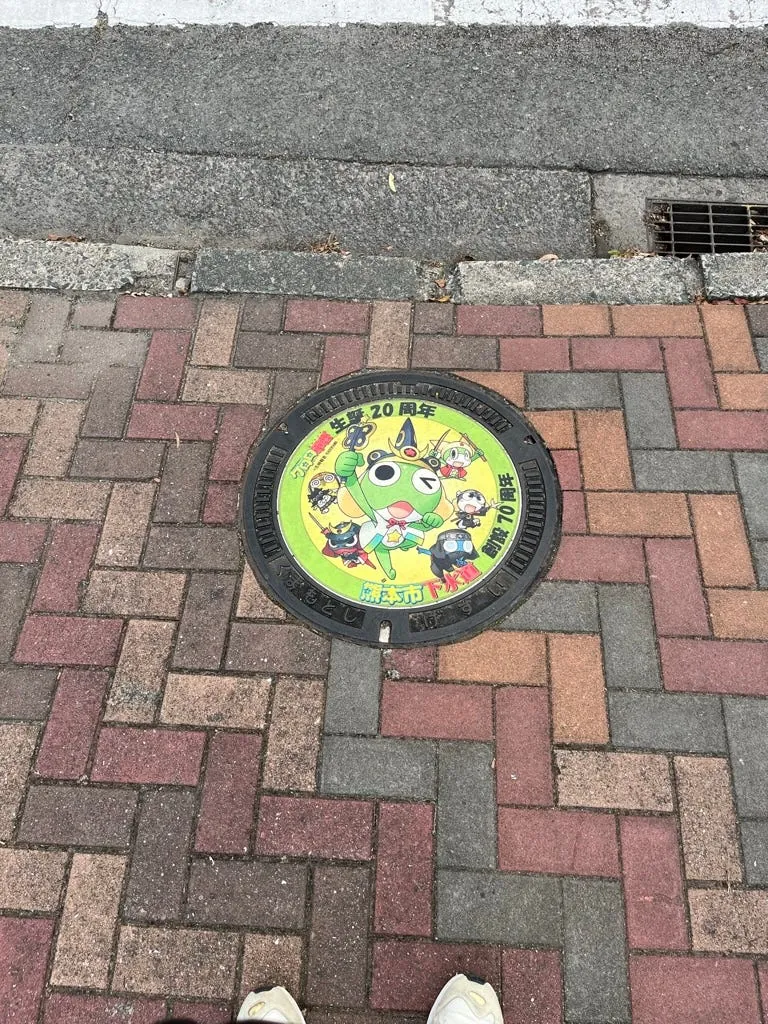
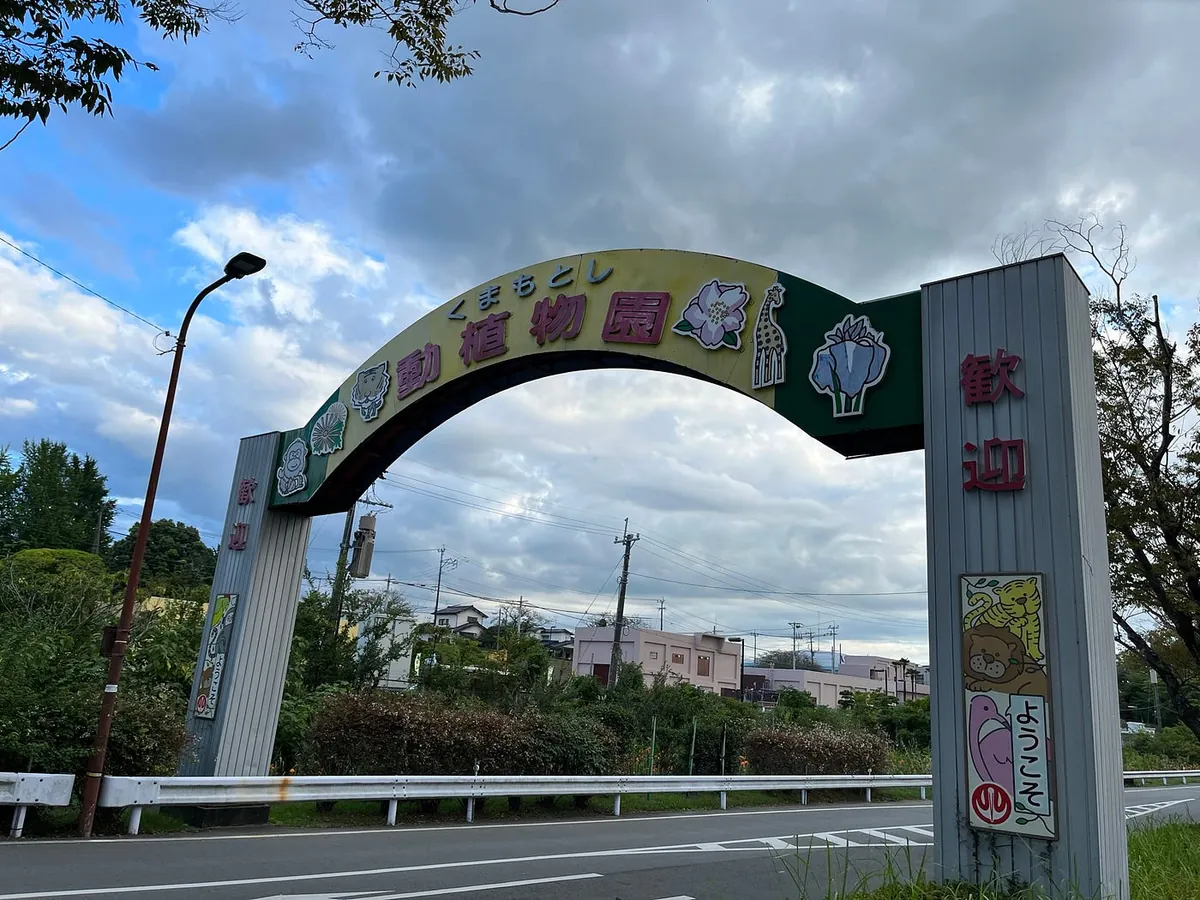
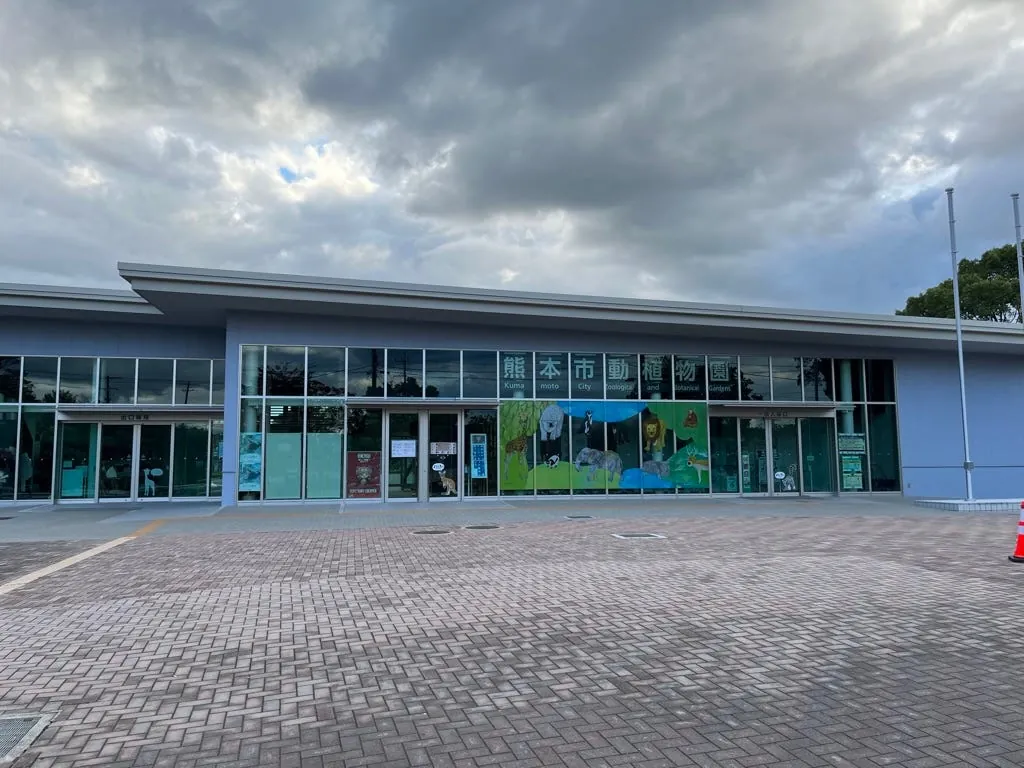
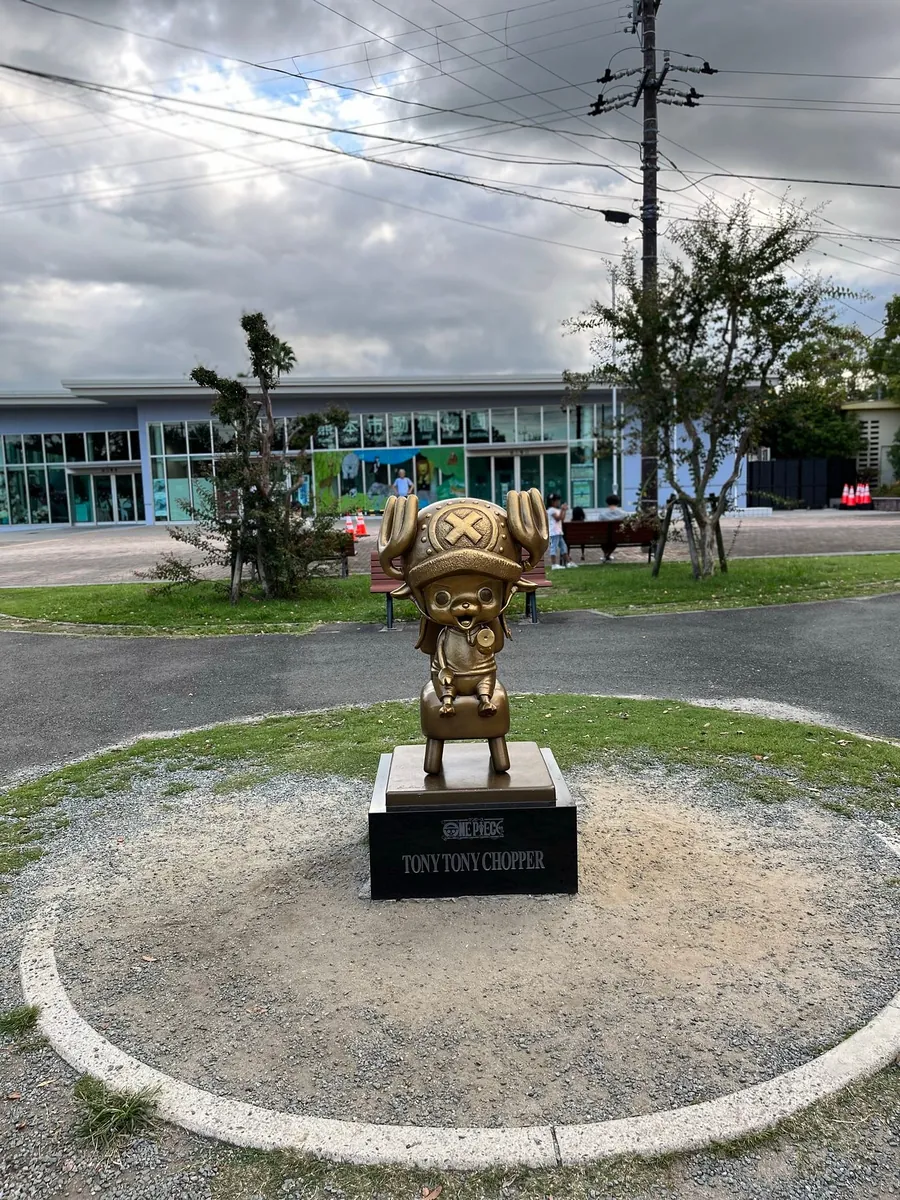
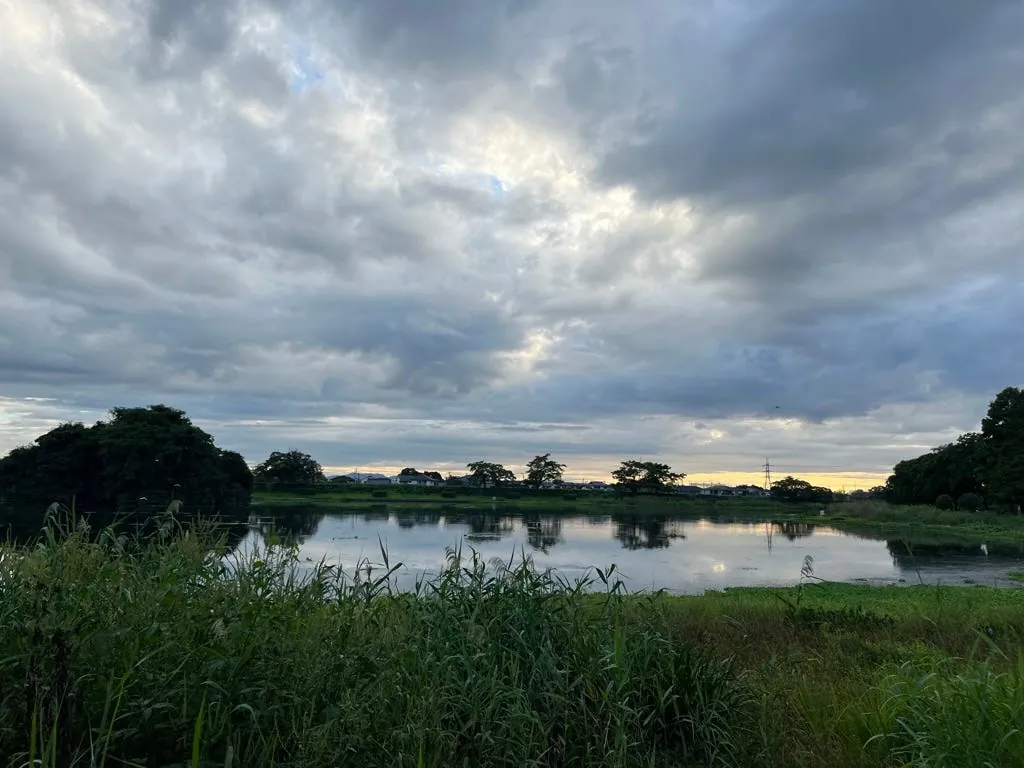
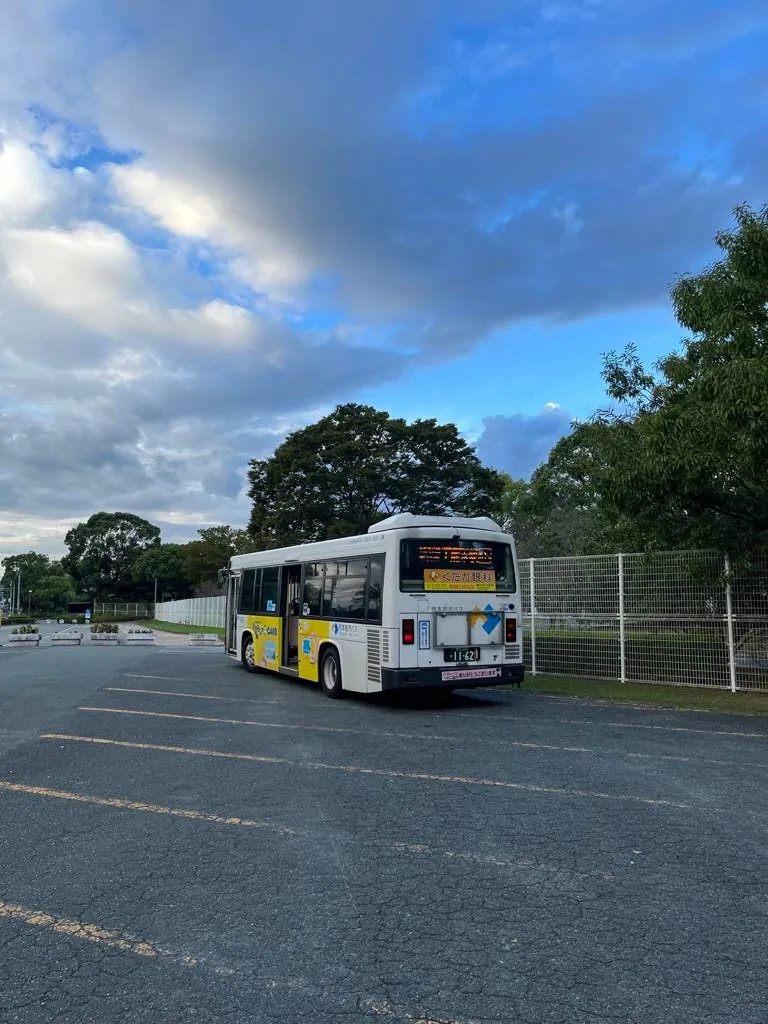
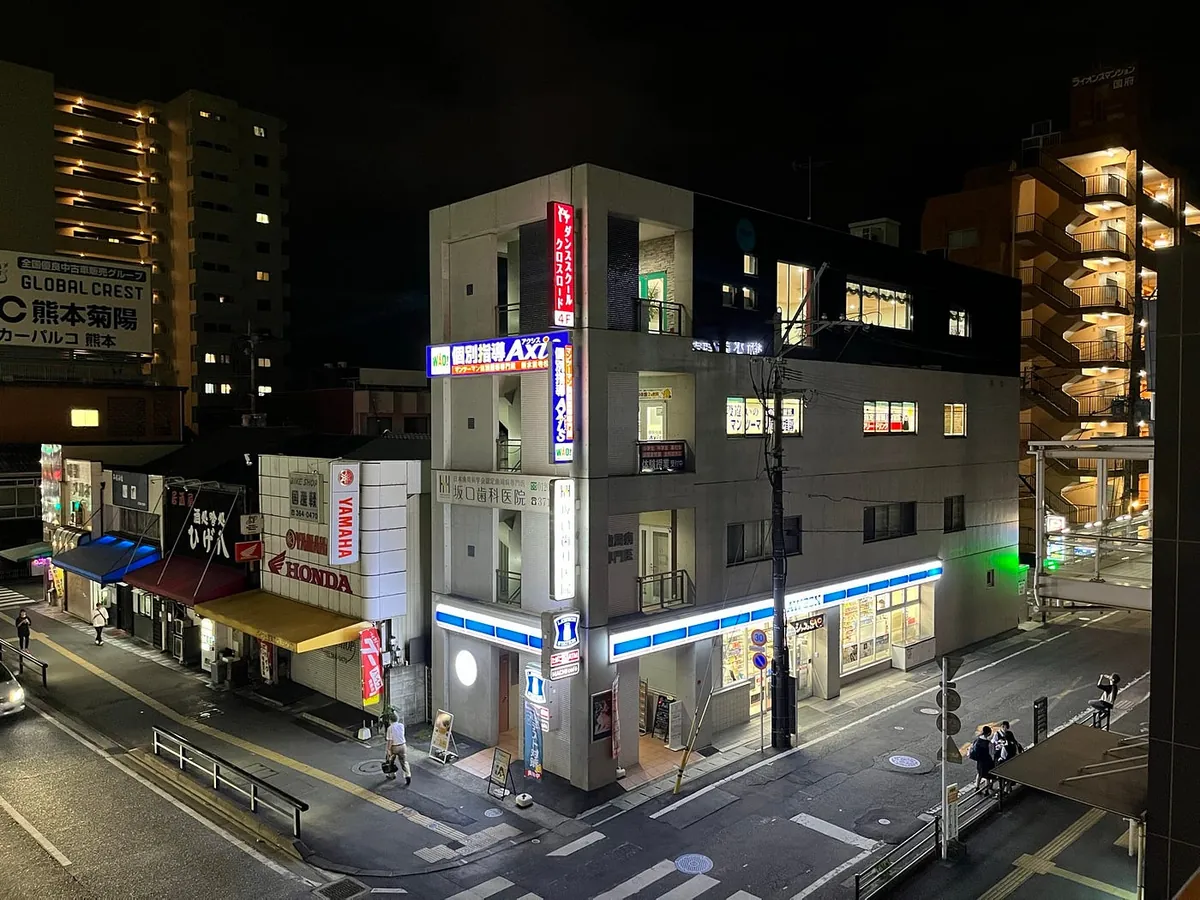
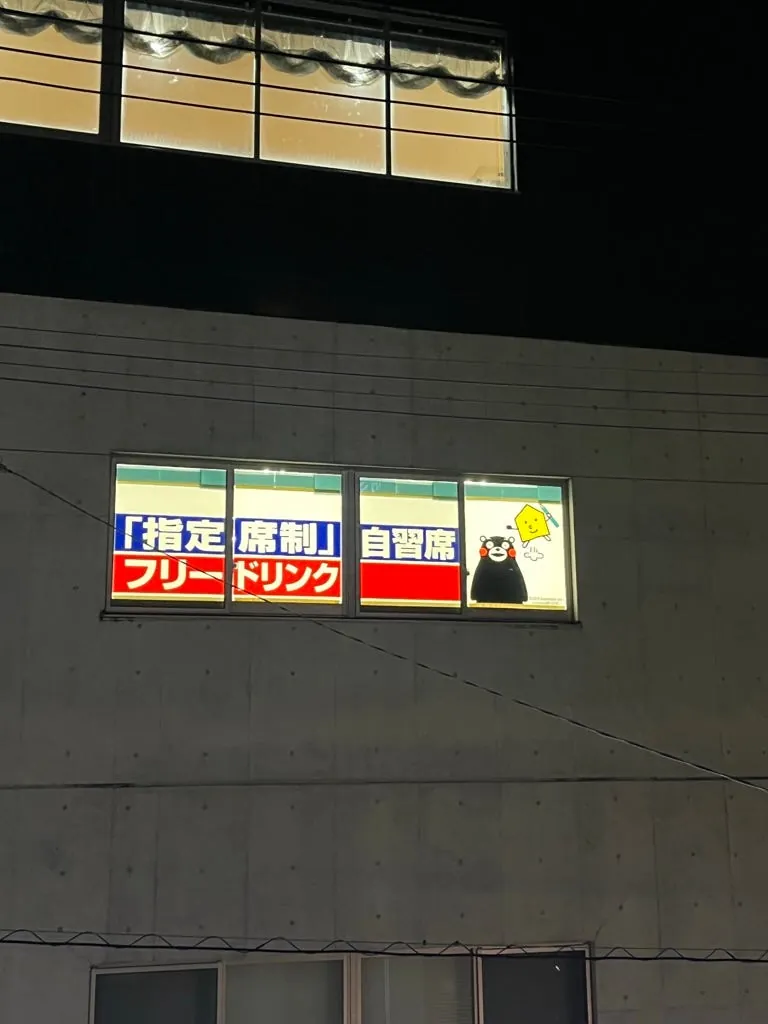
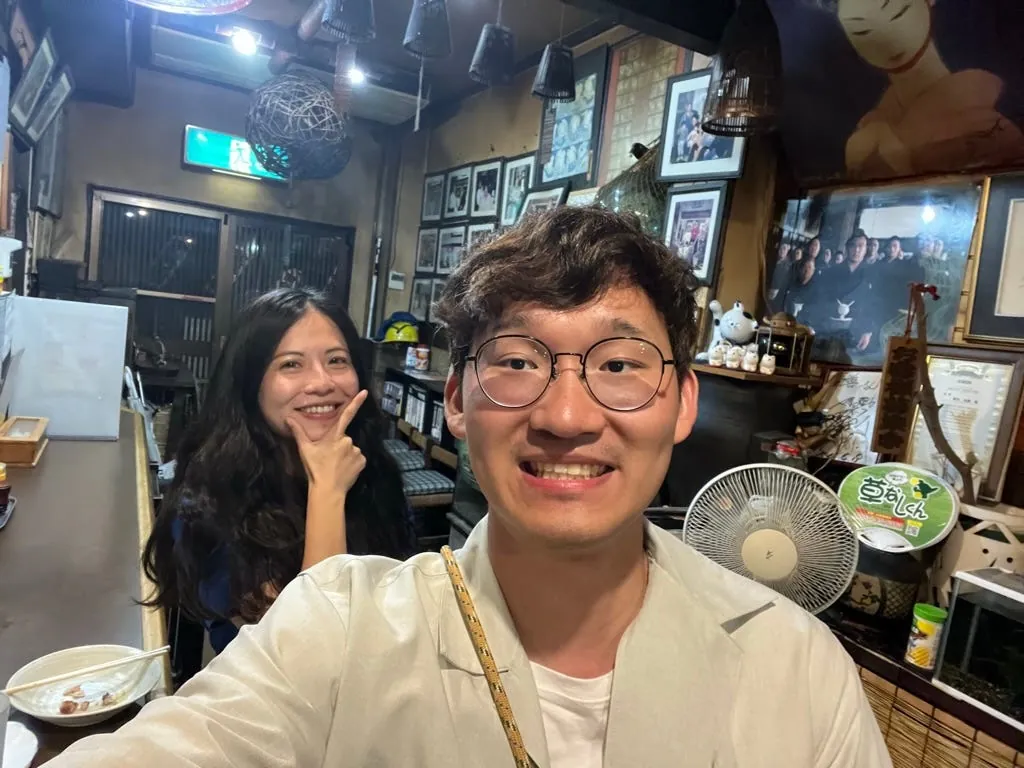

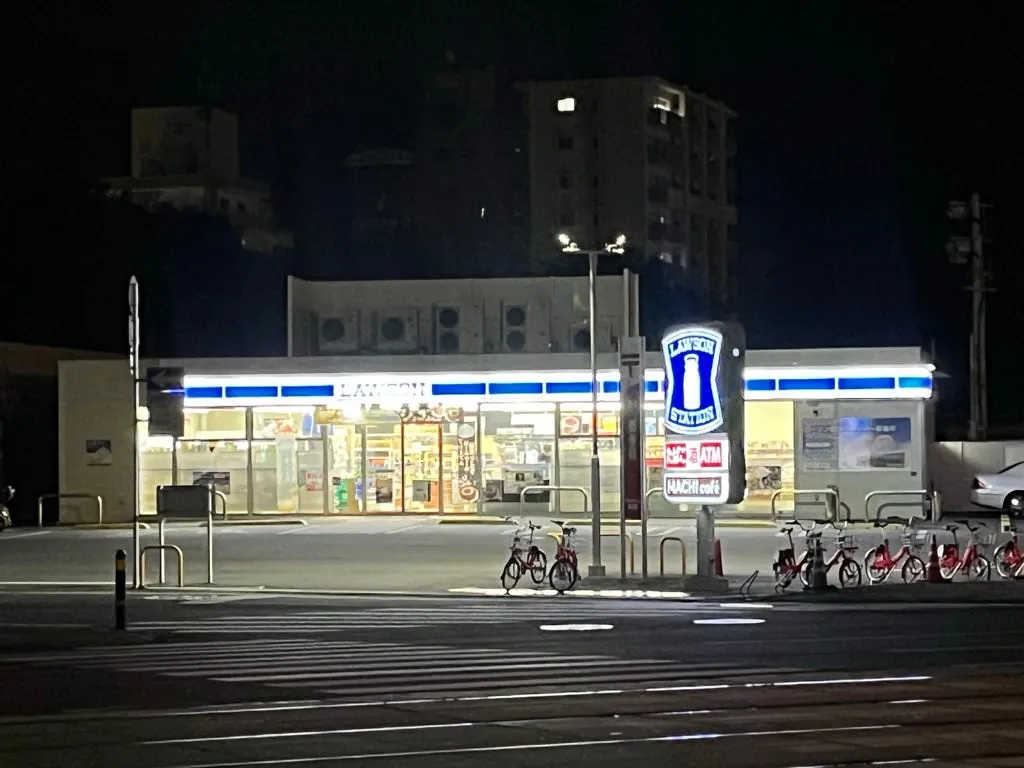

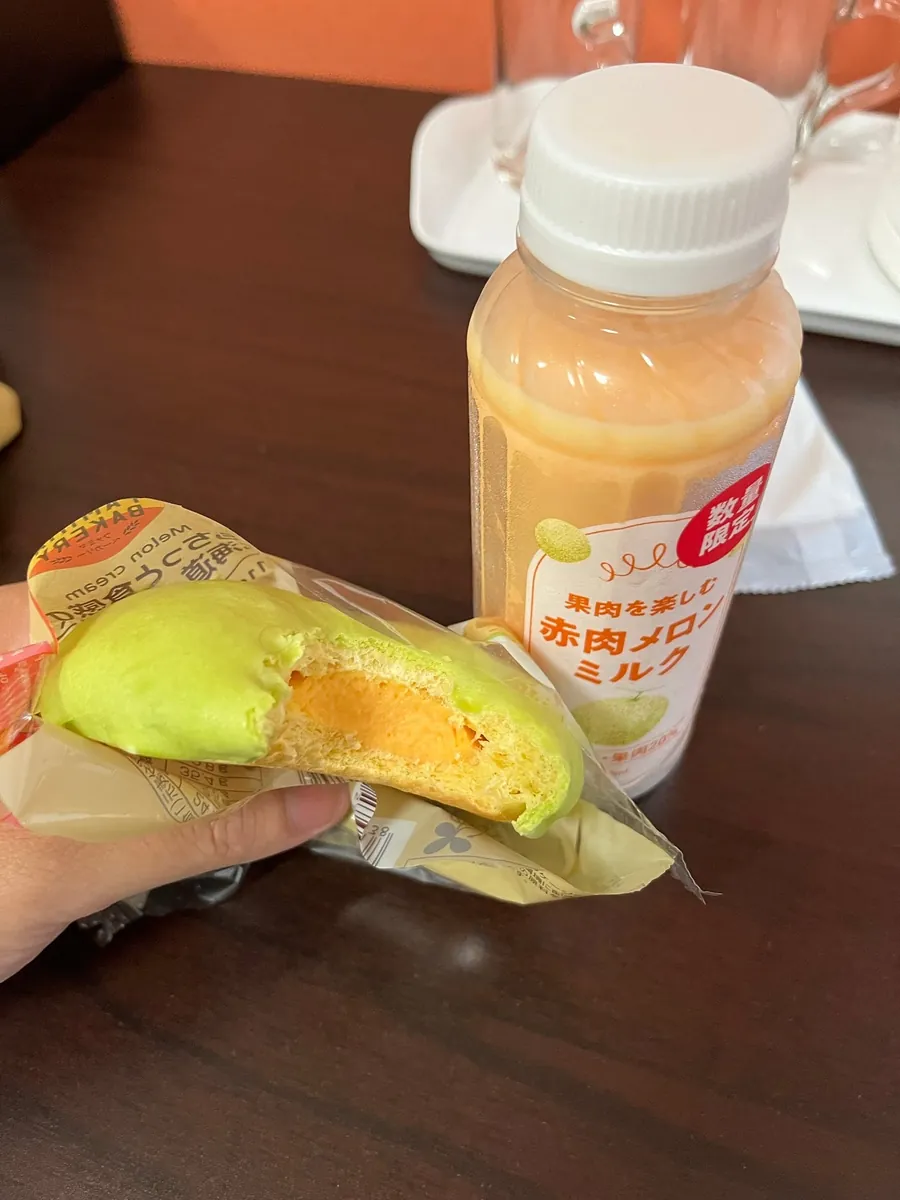
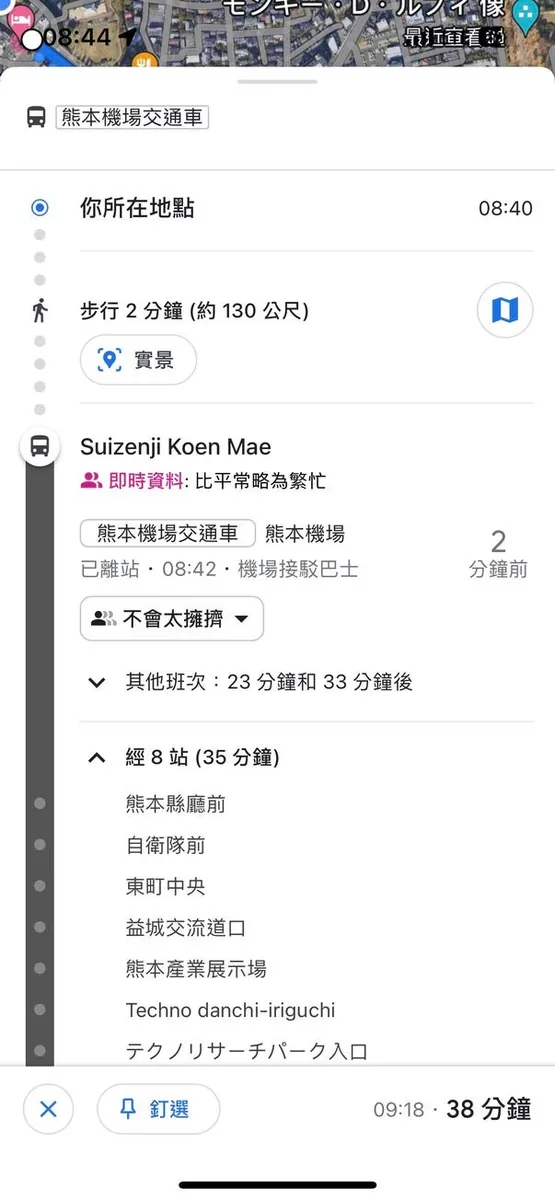

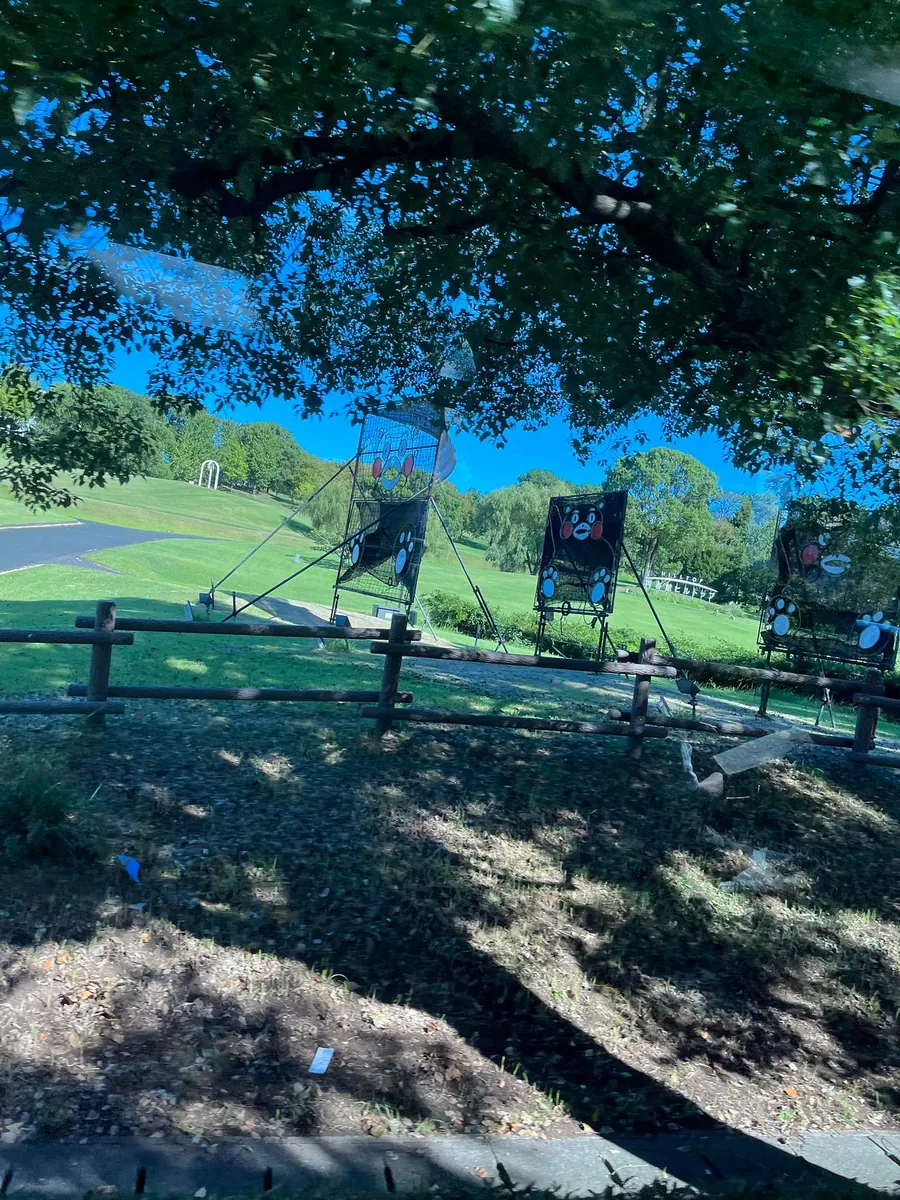
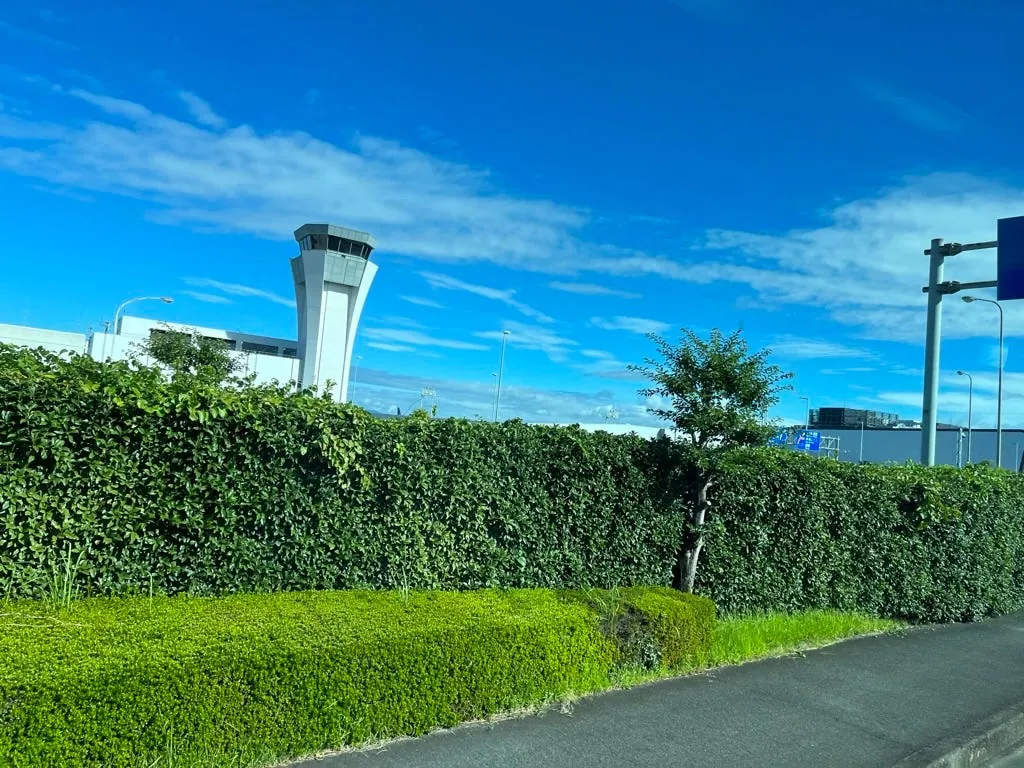
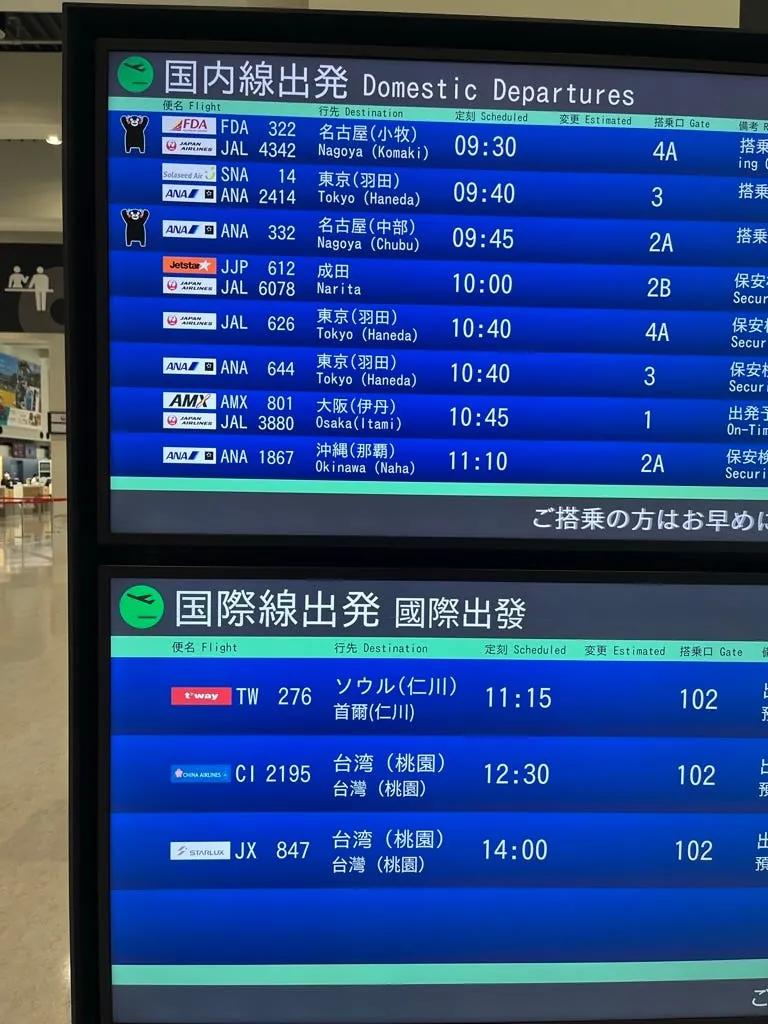
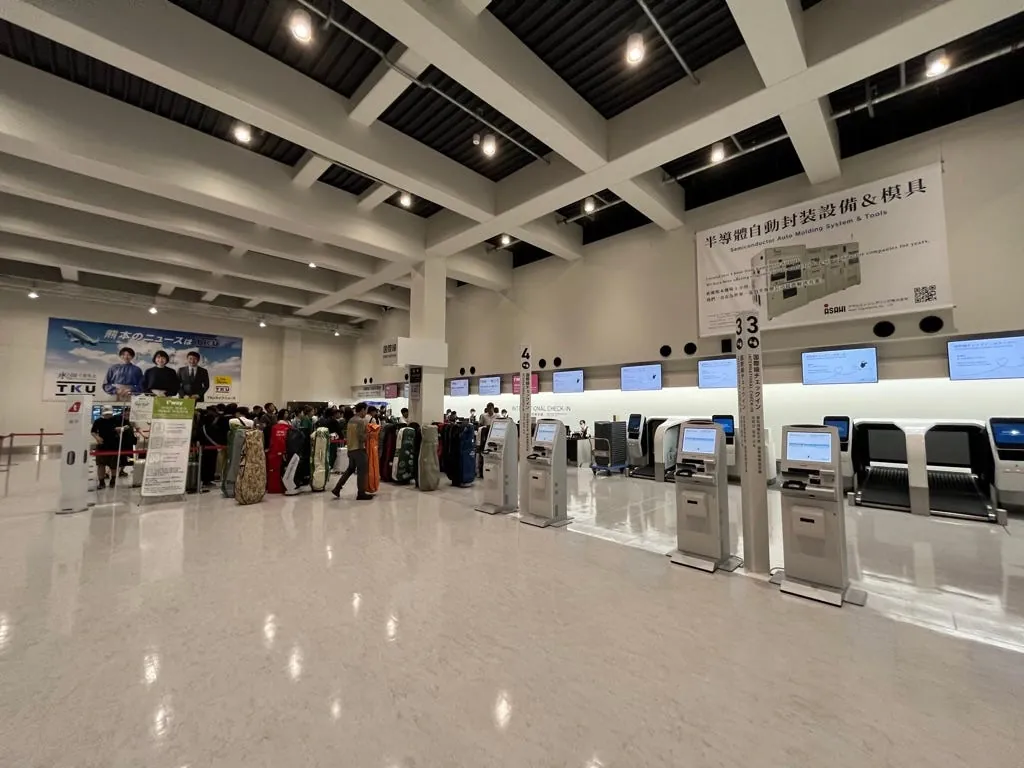
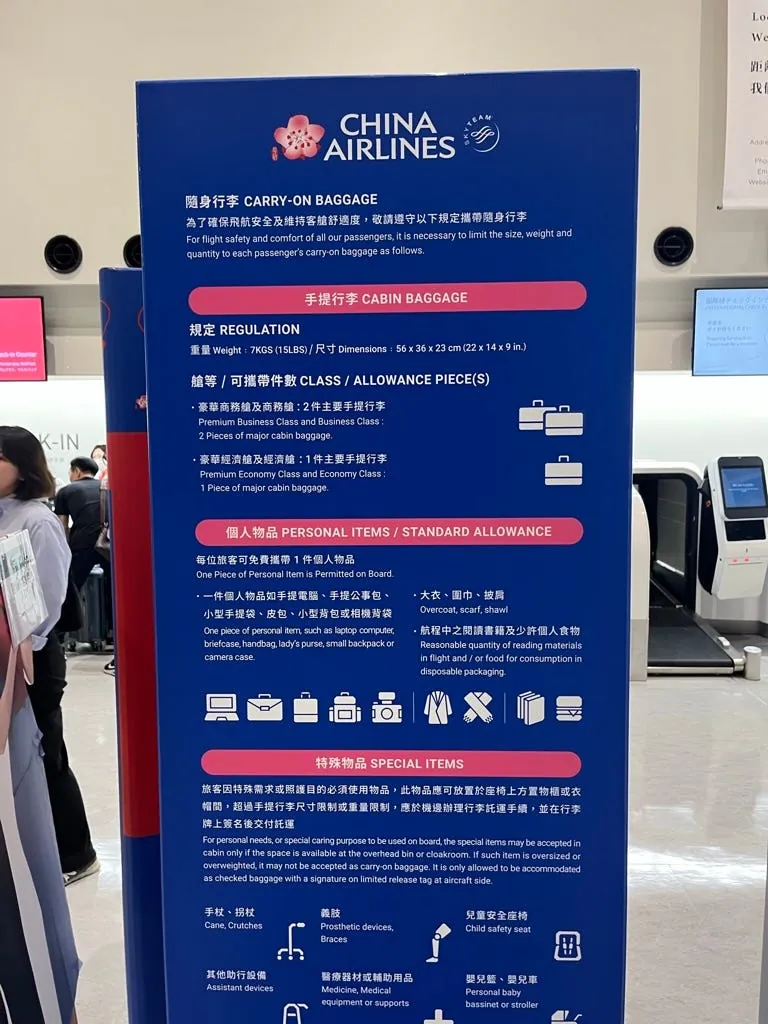
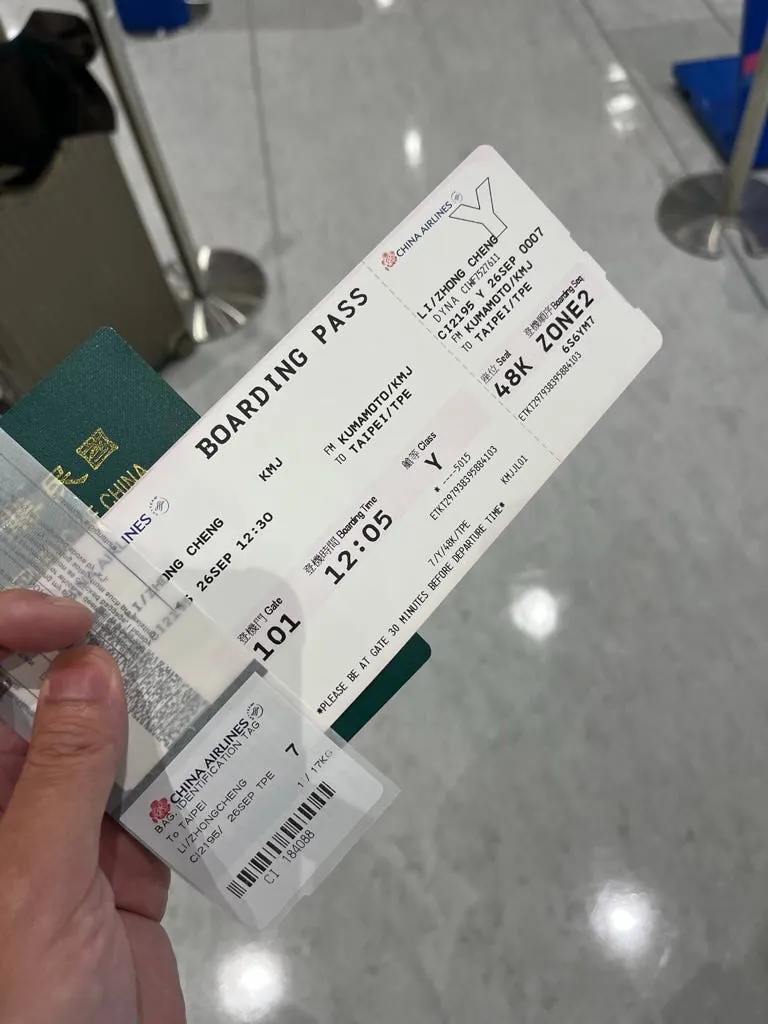
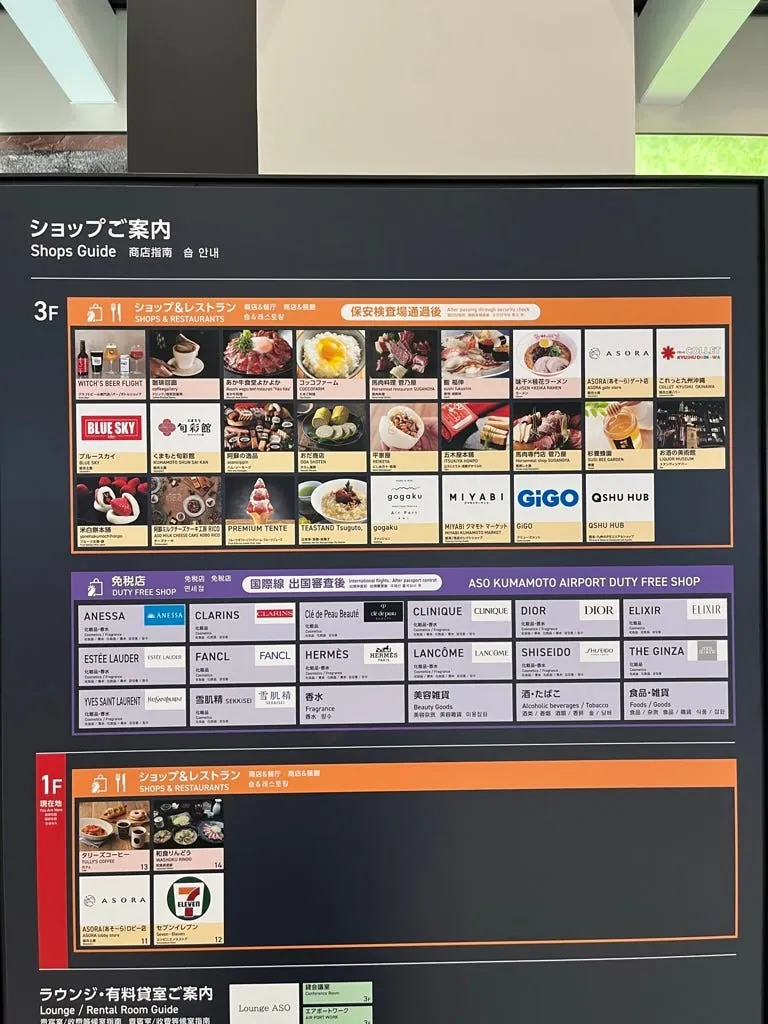
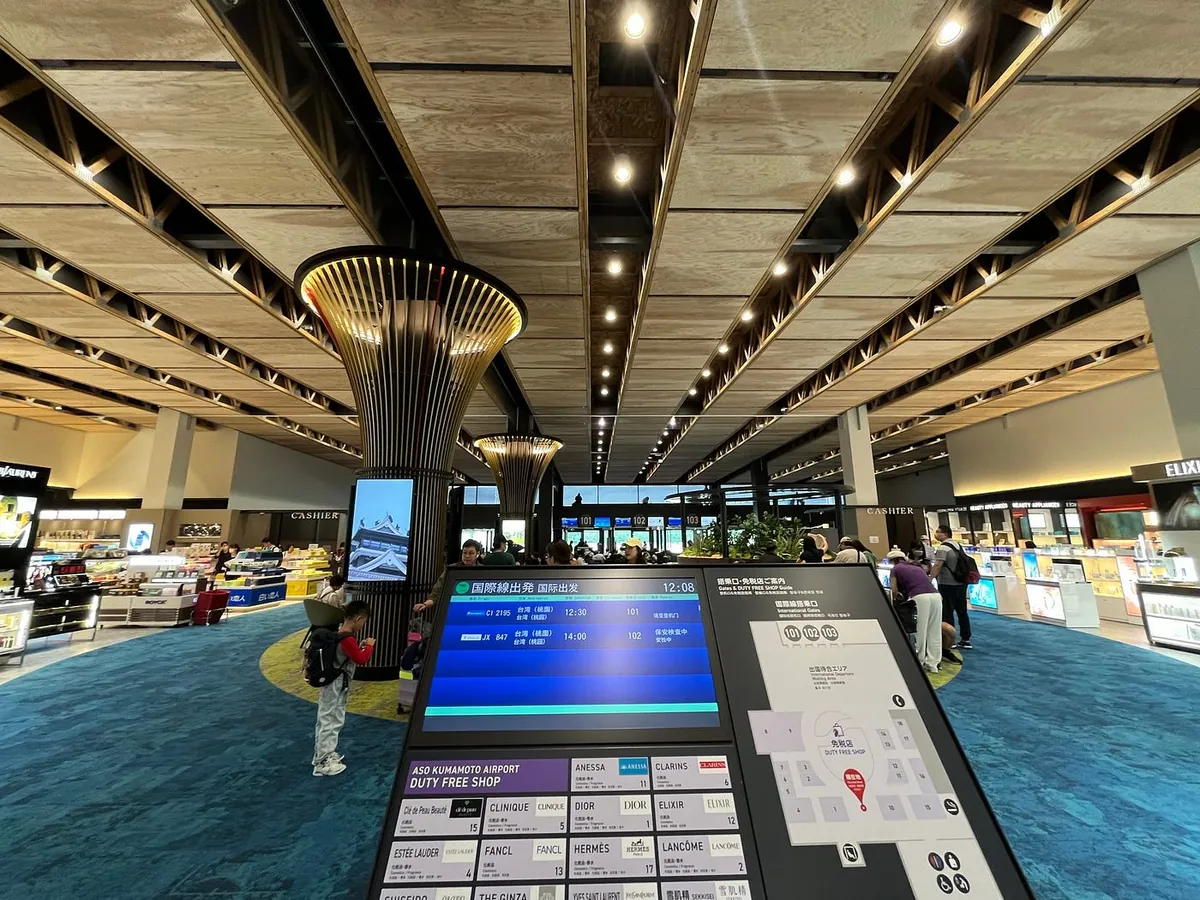
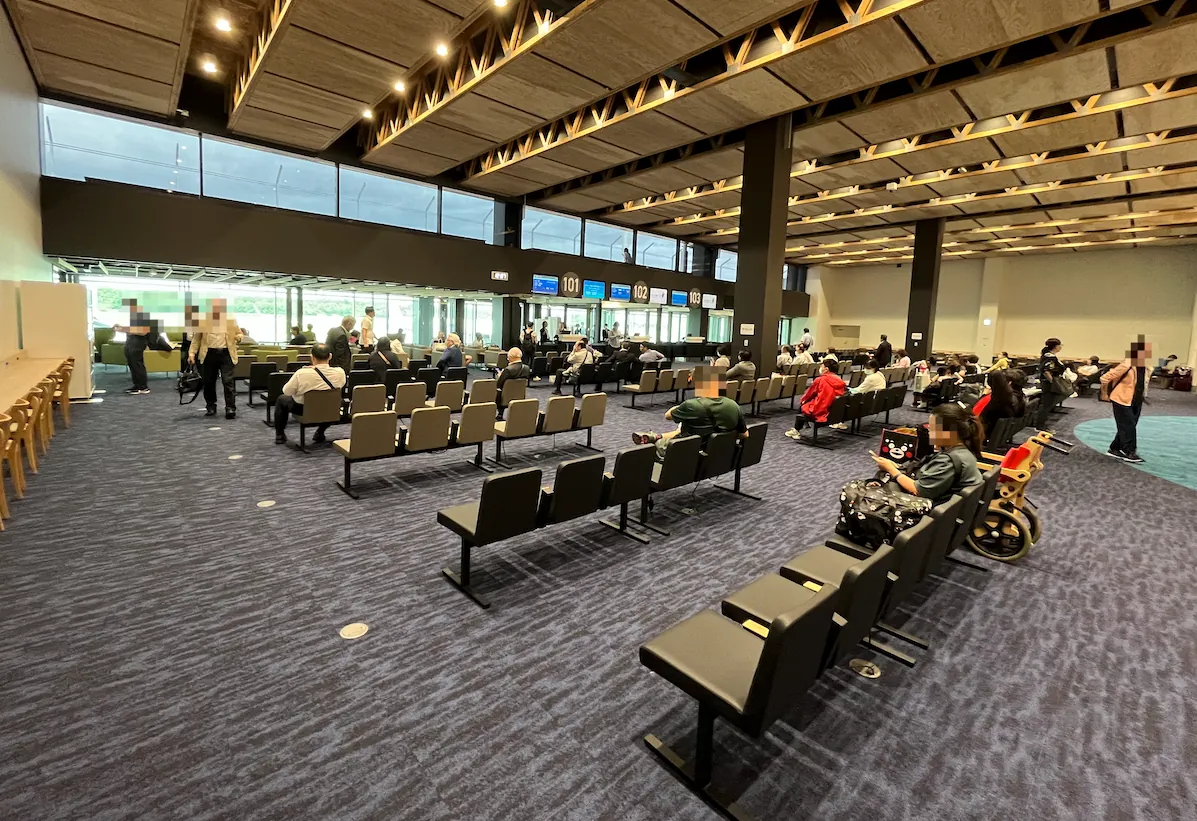
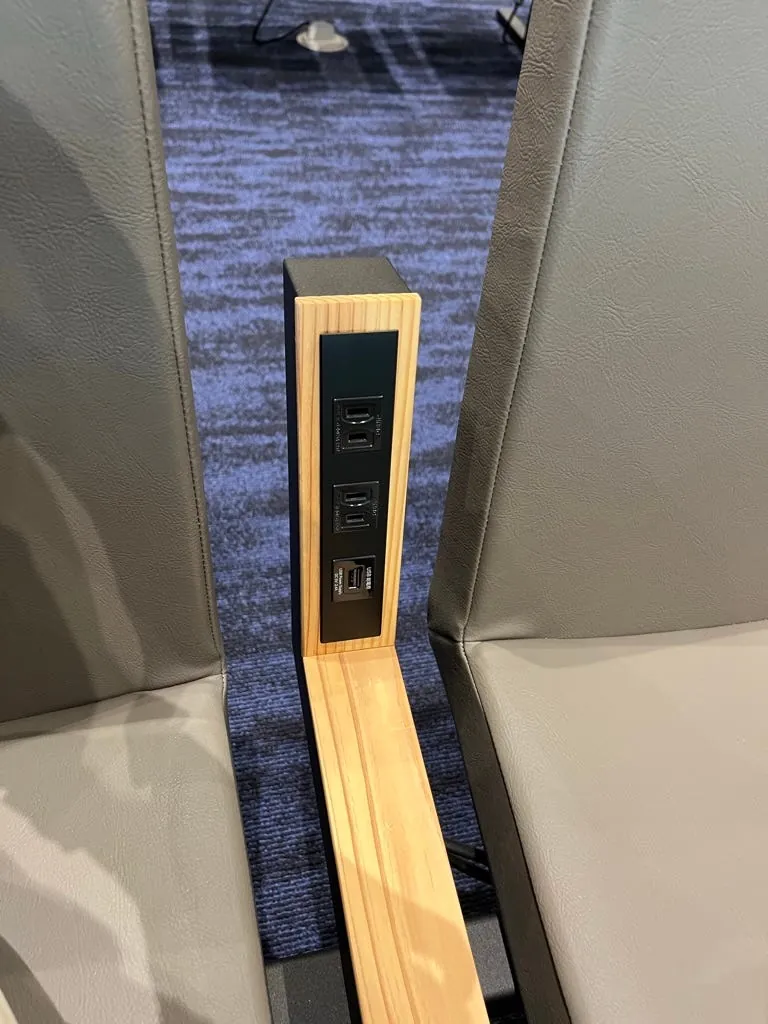
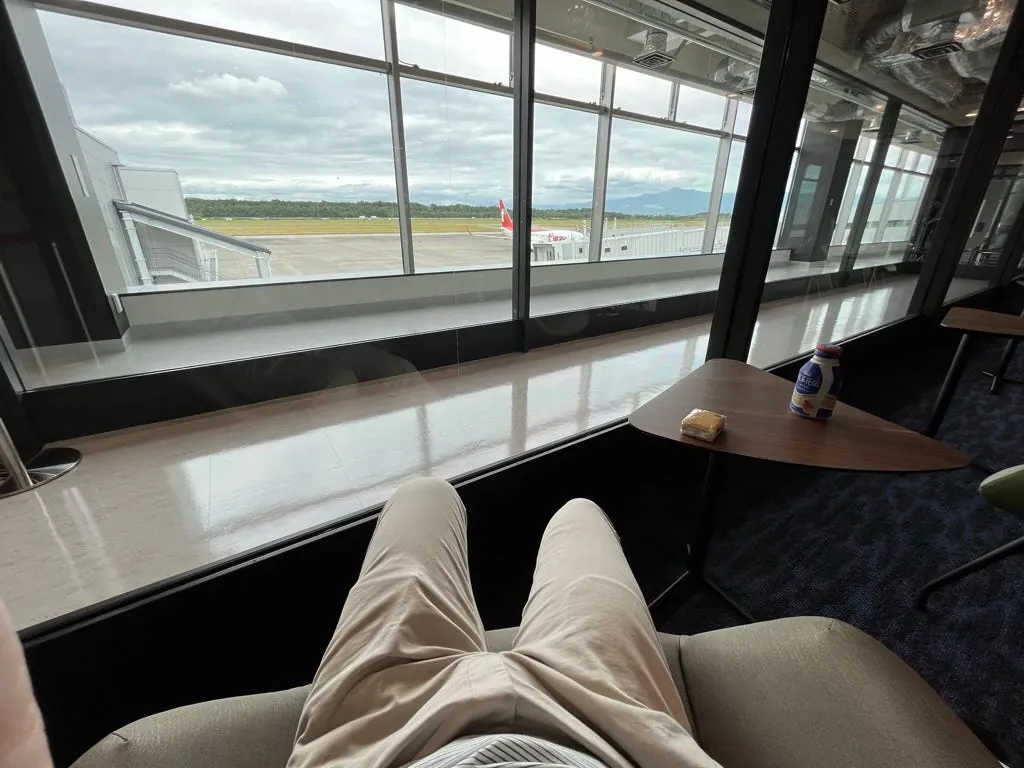
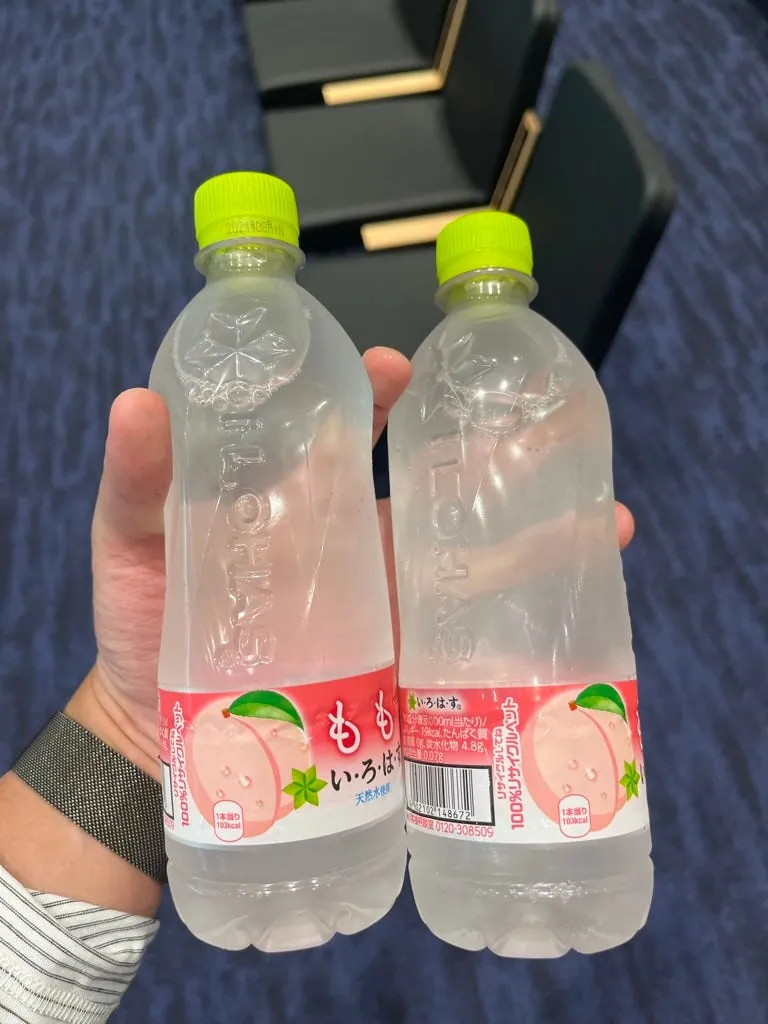

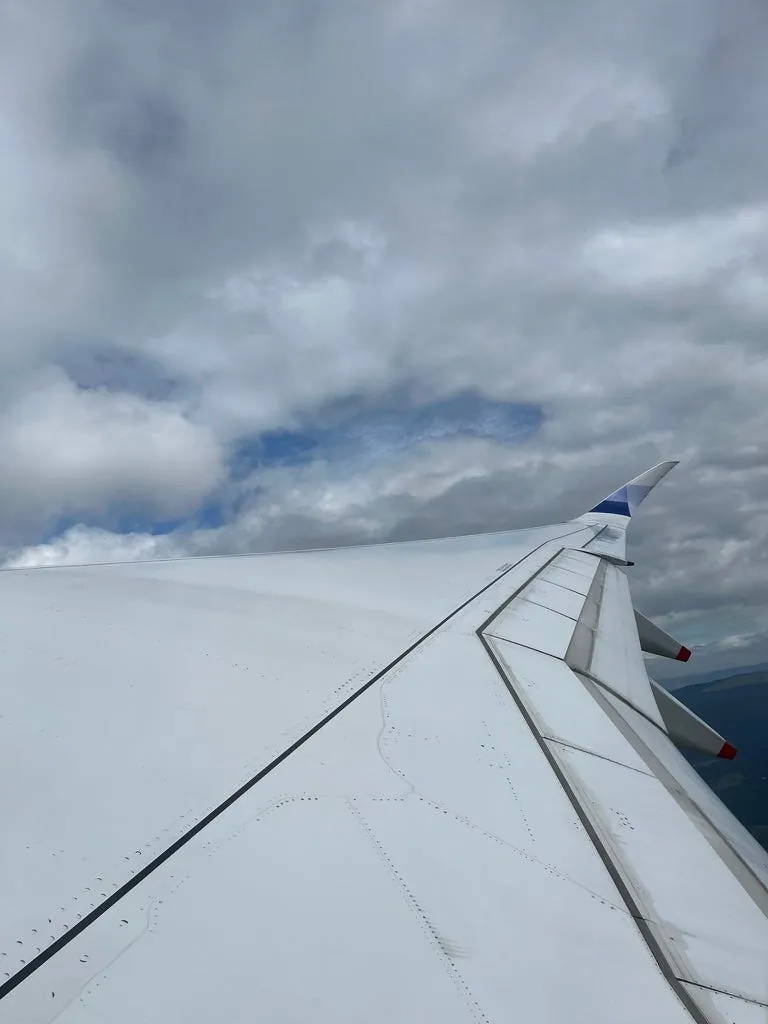
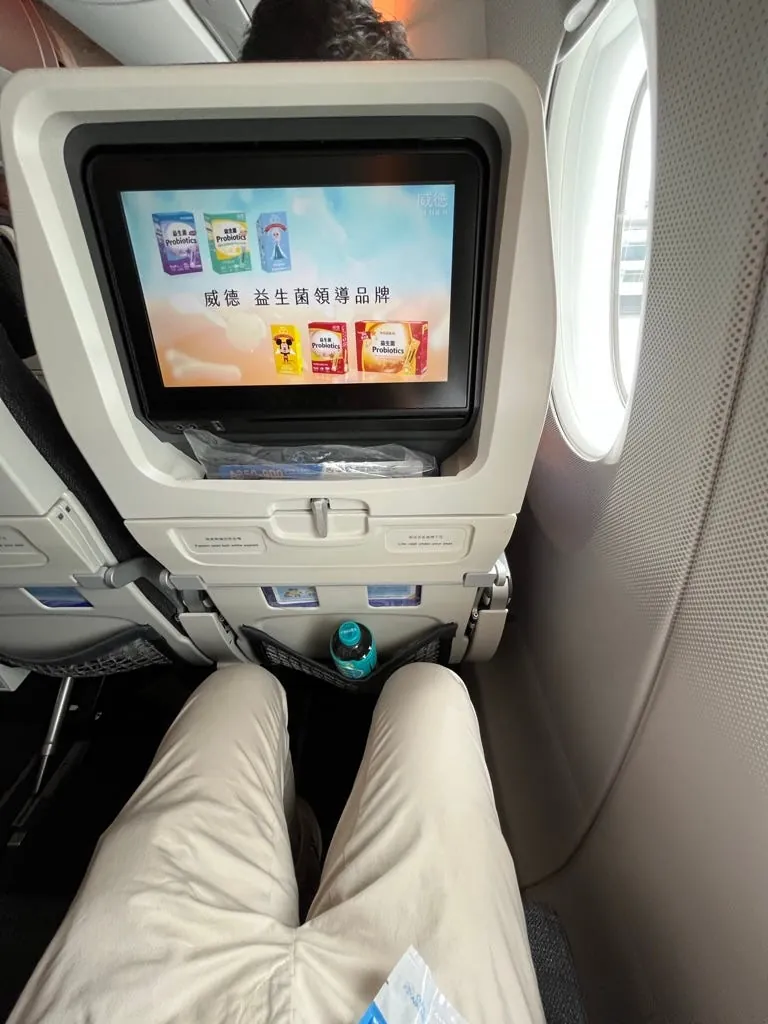
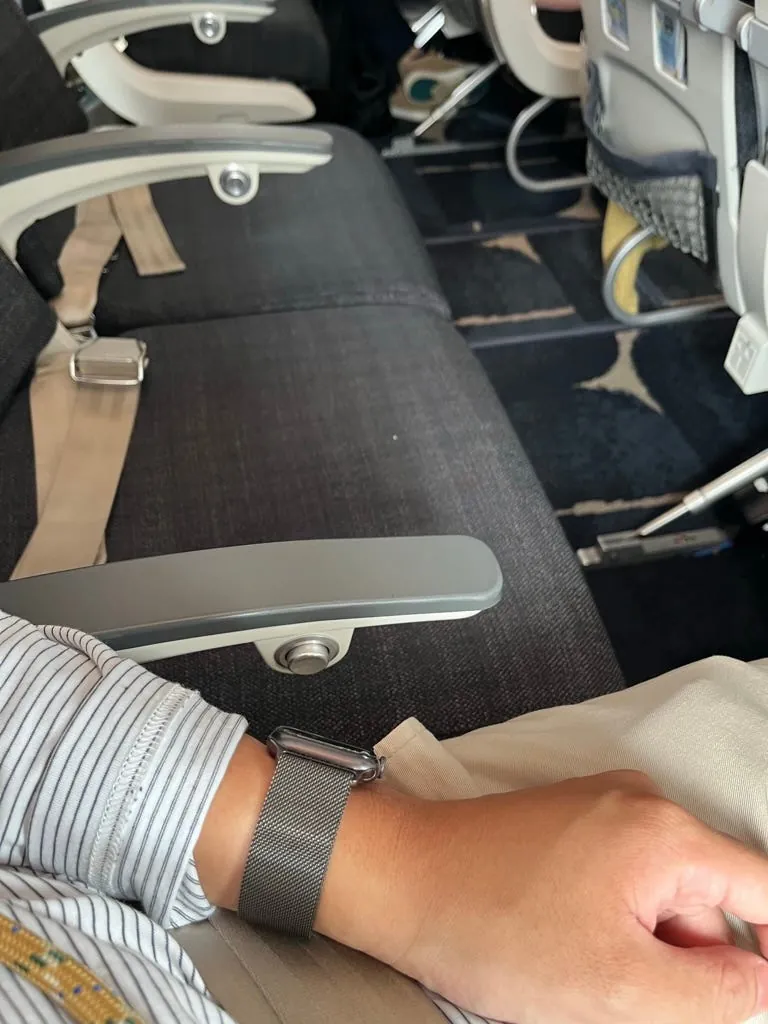
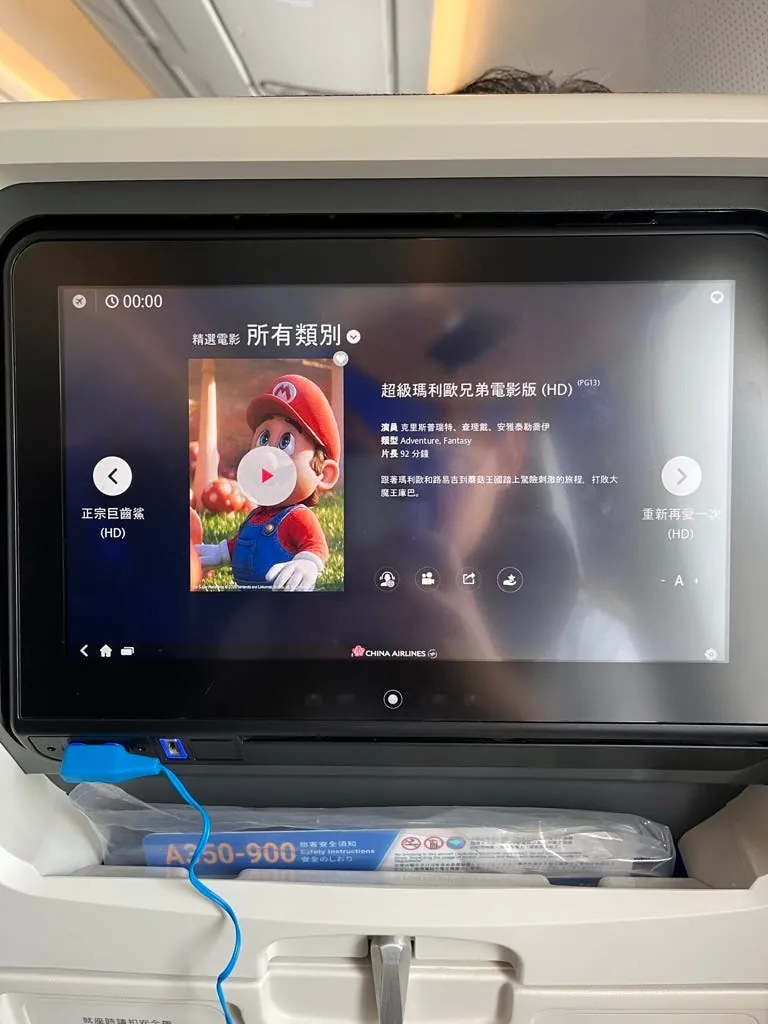
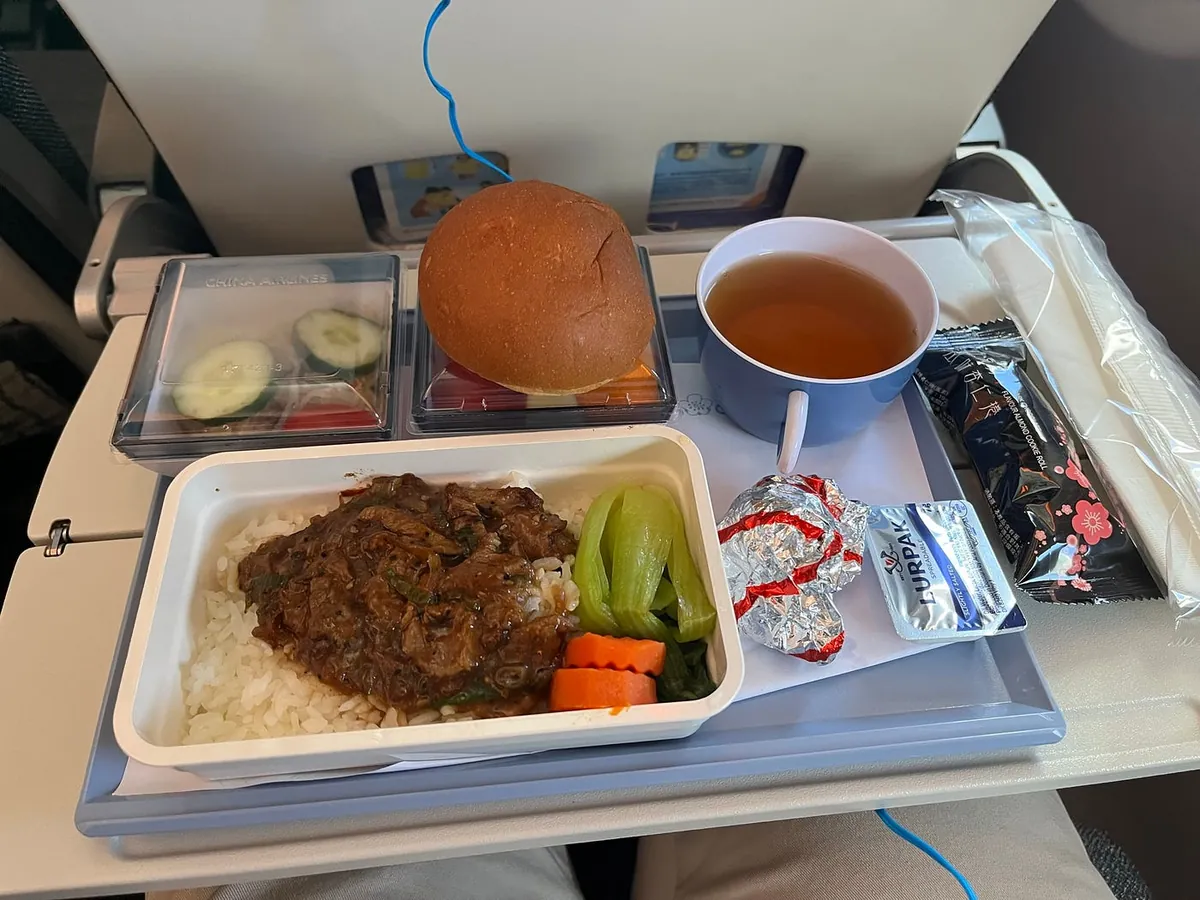
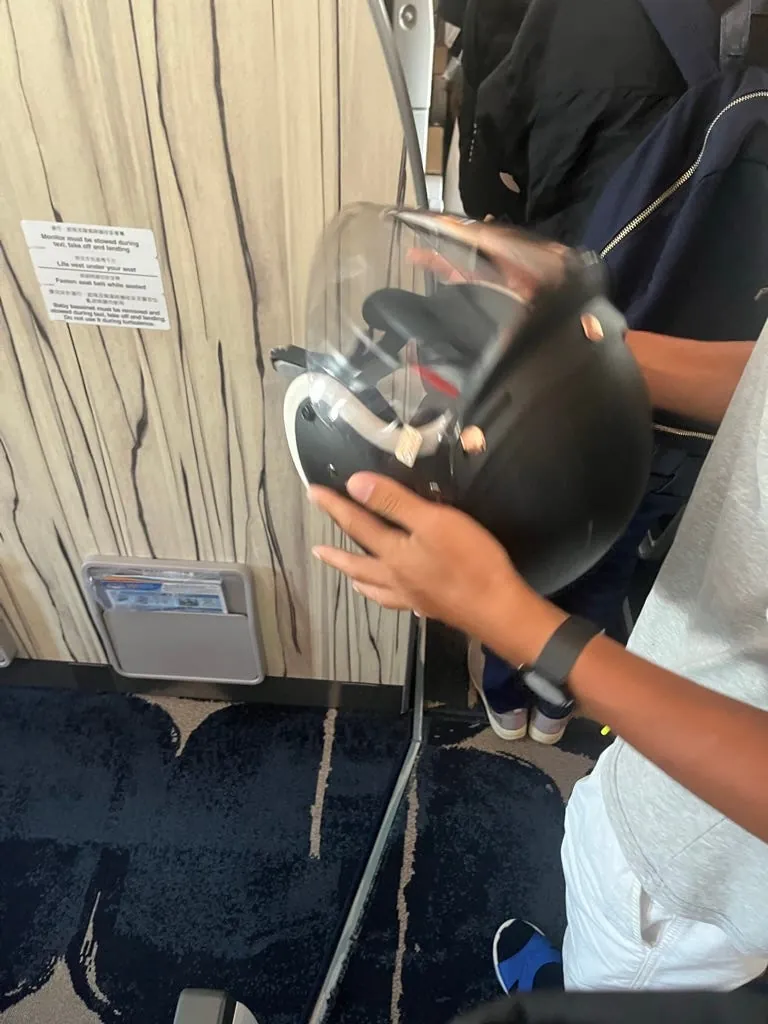
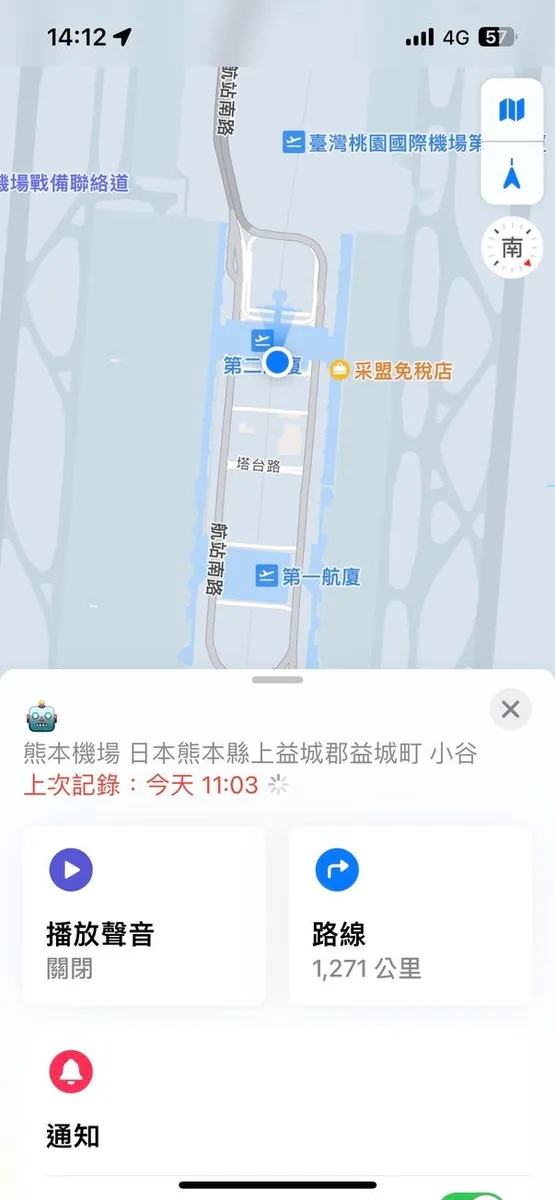
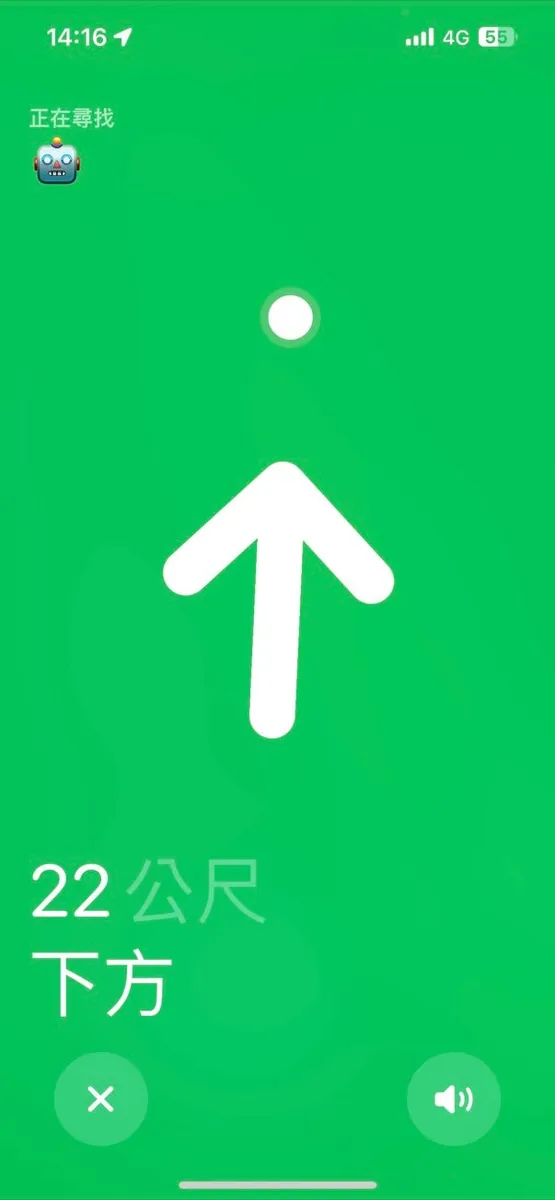
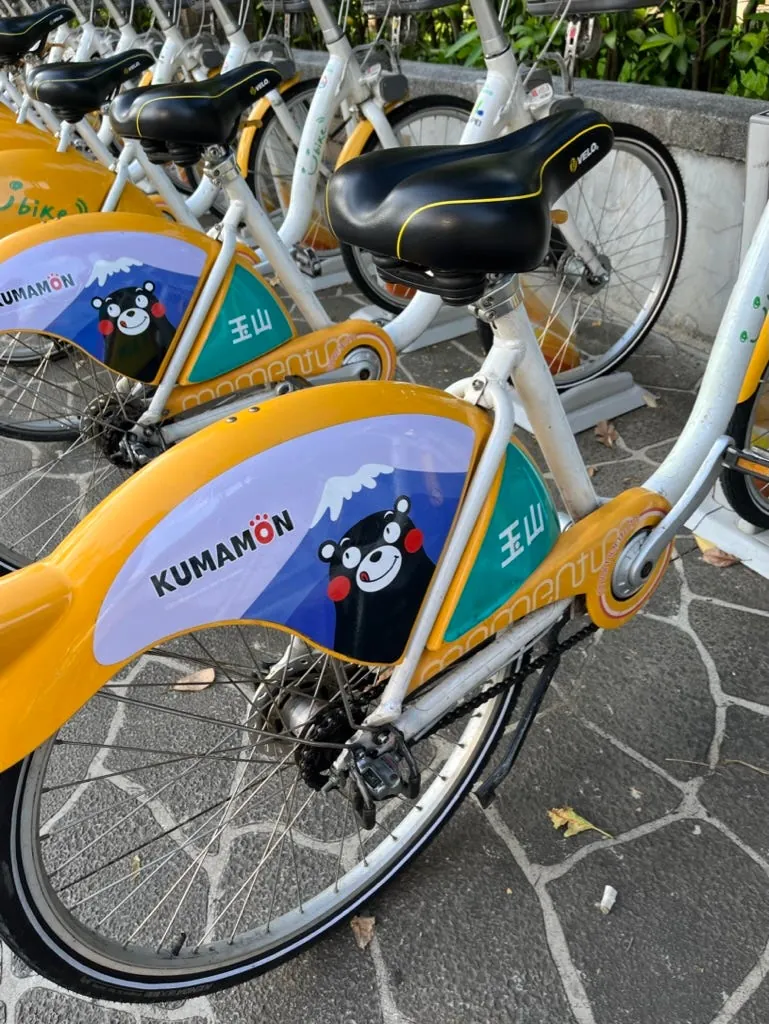
{:target="_blank"}](/assets/d78e0b15a08a/1*8eXbNJkiQfl3gKZ6VHsqtg.webp)
